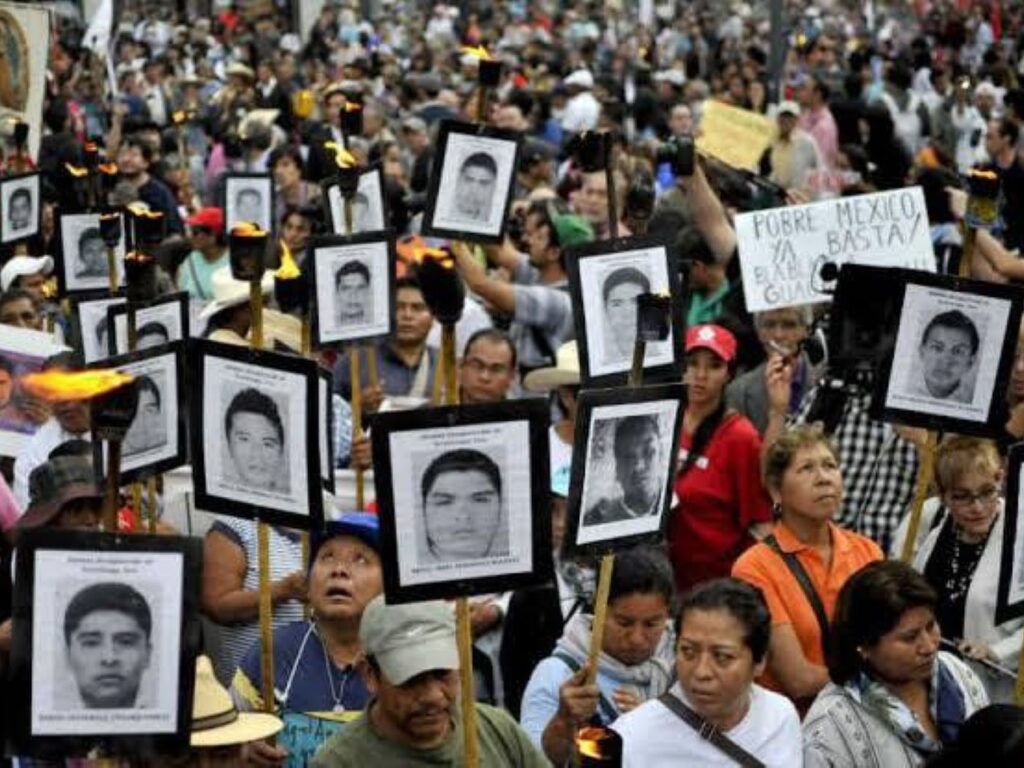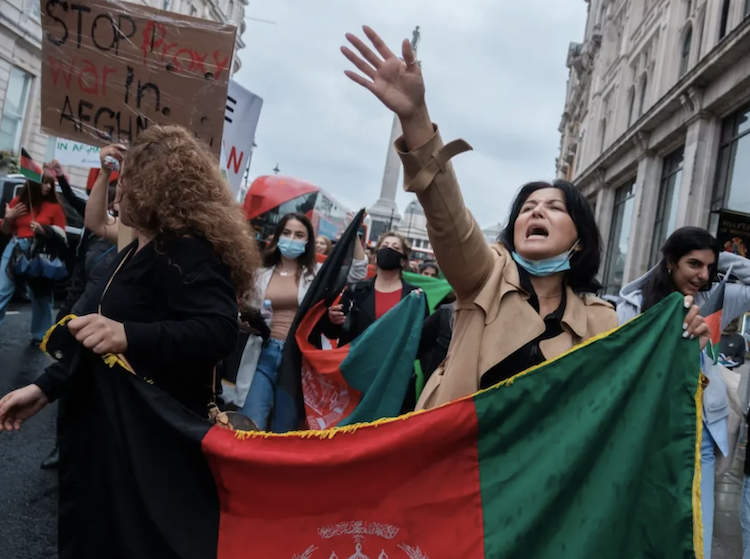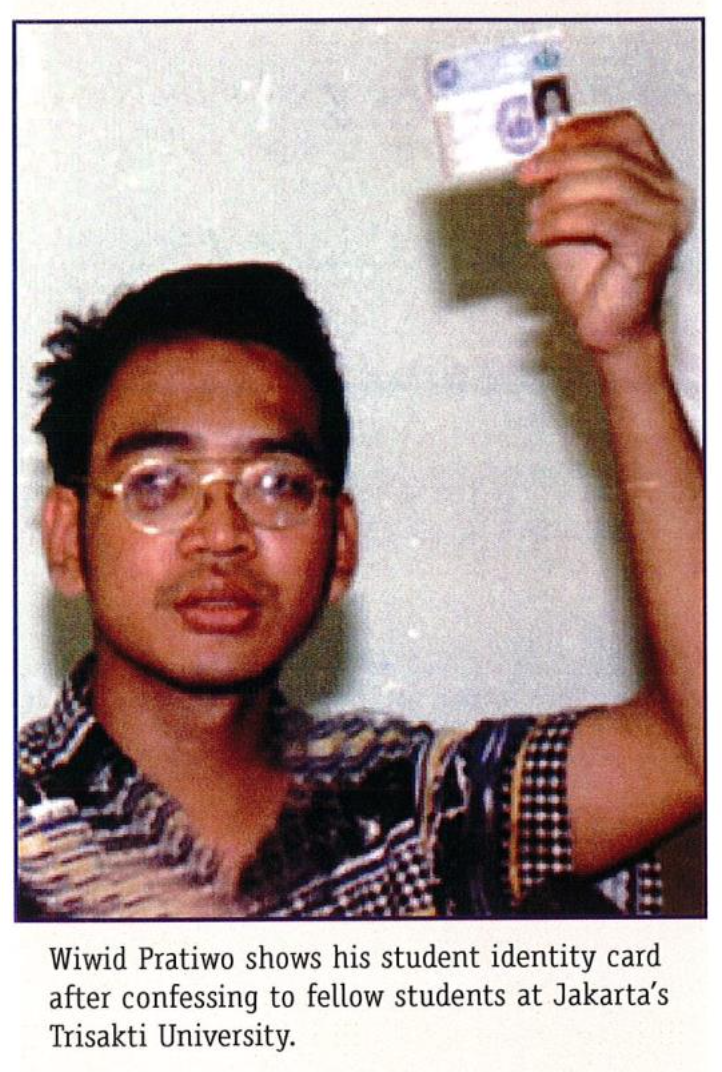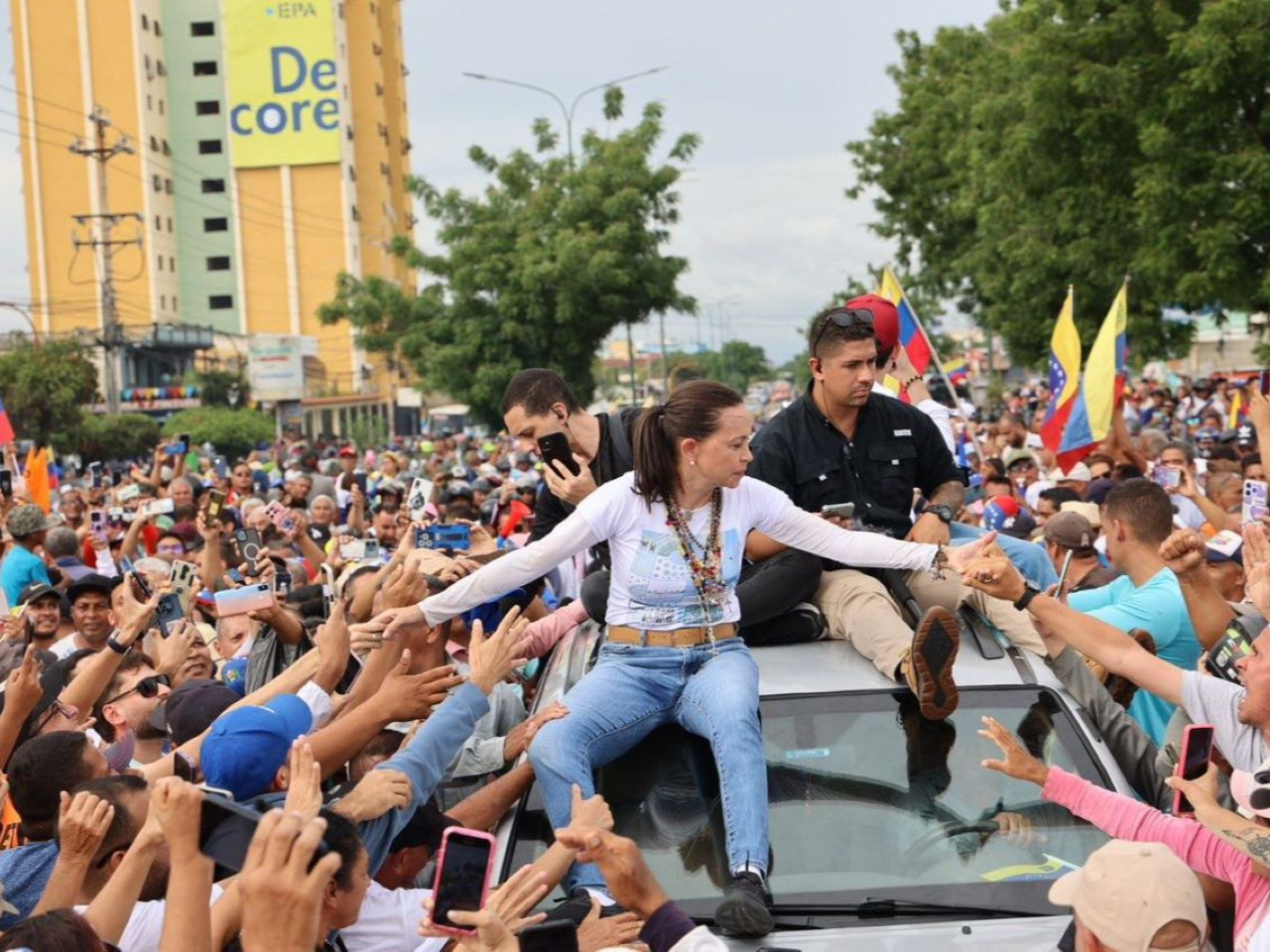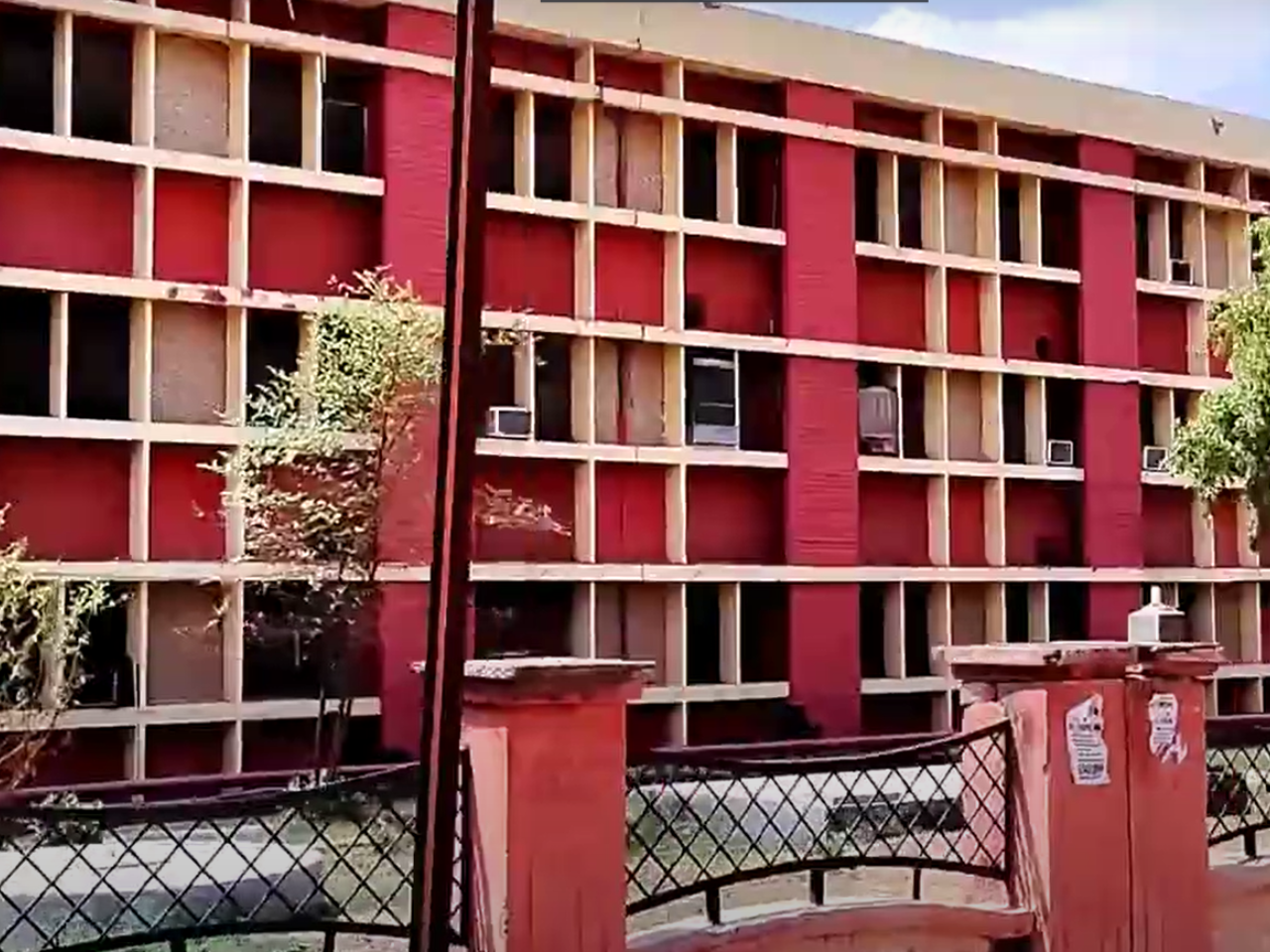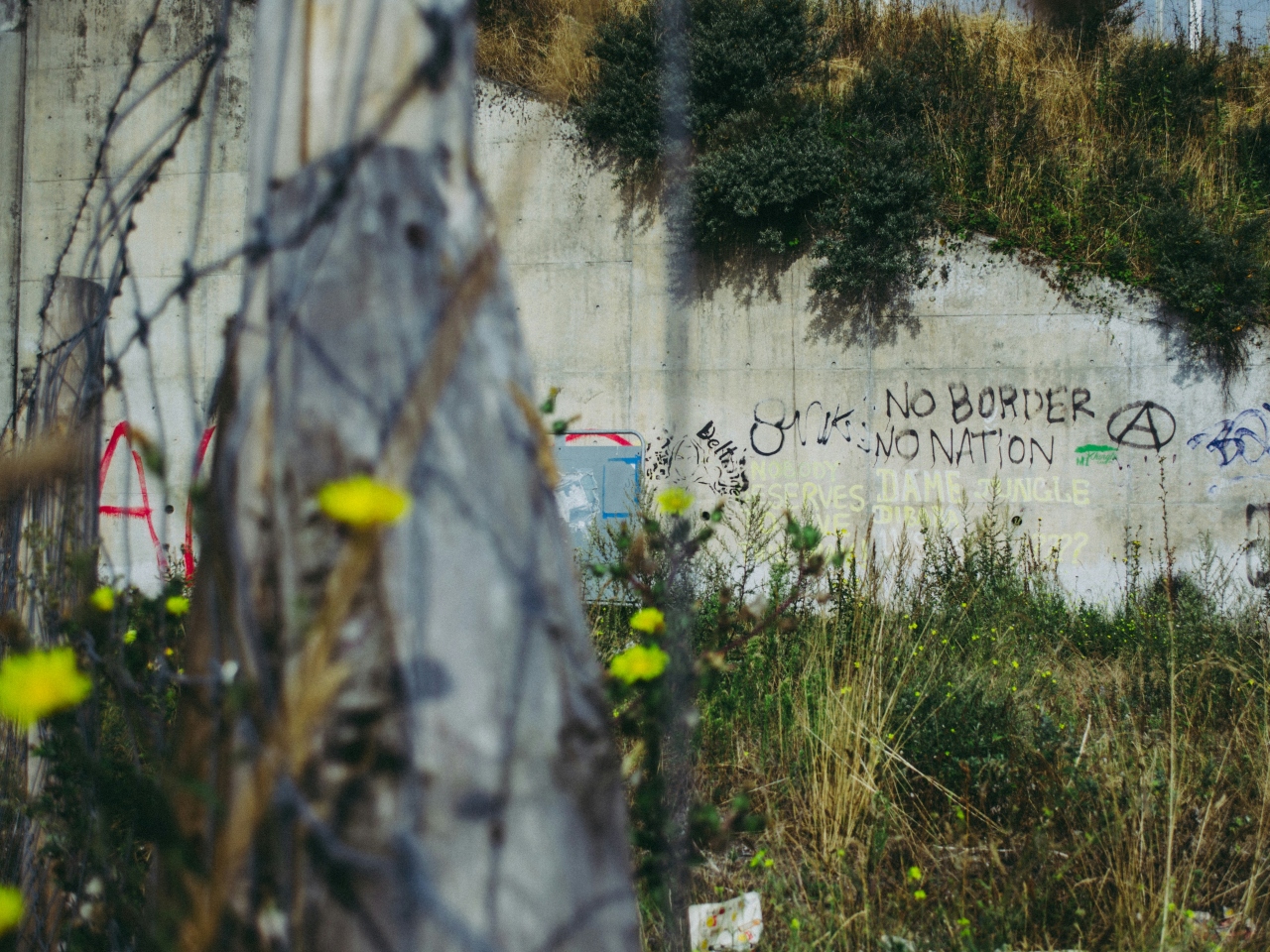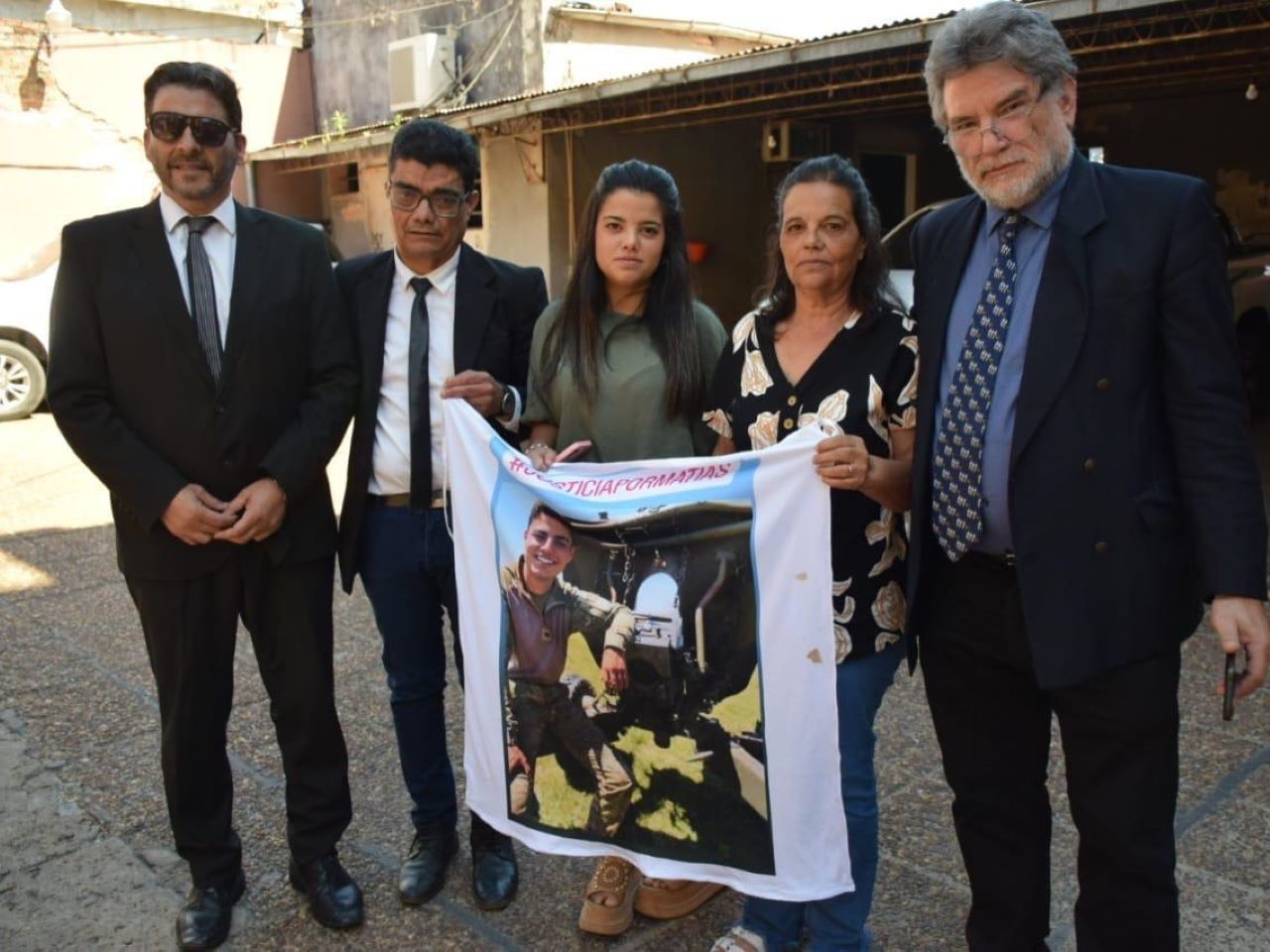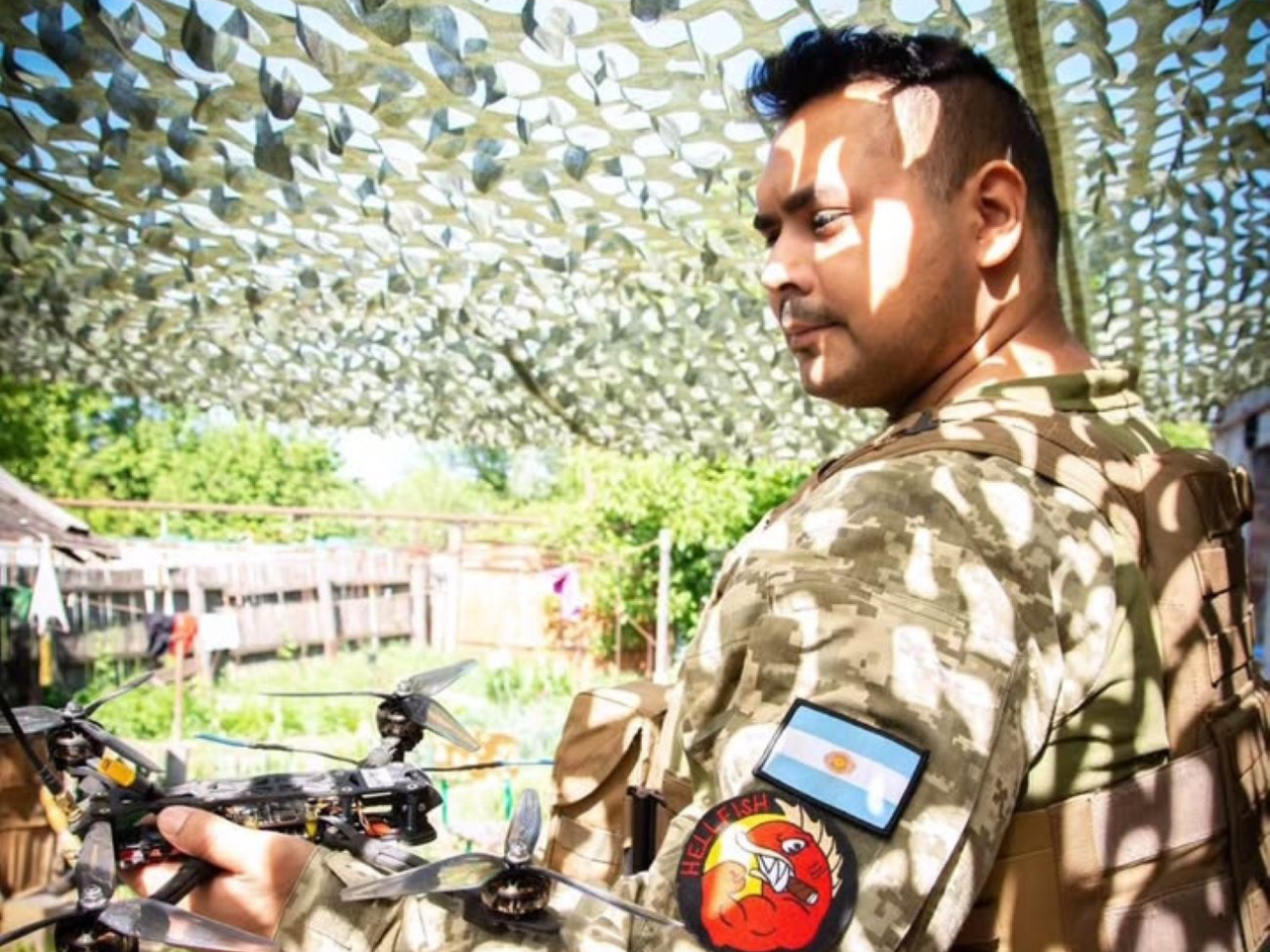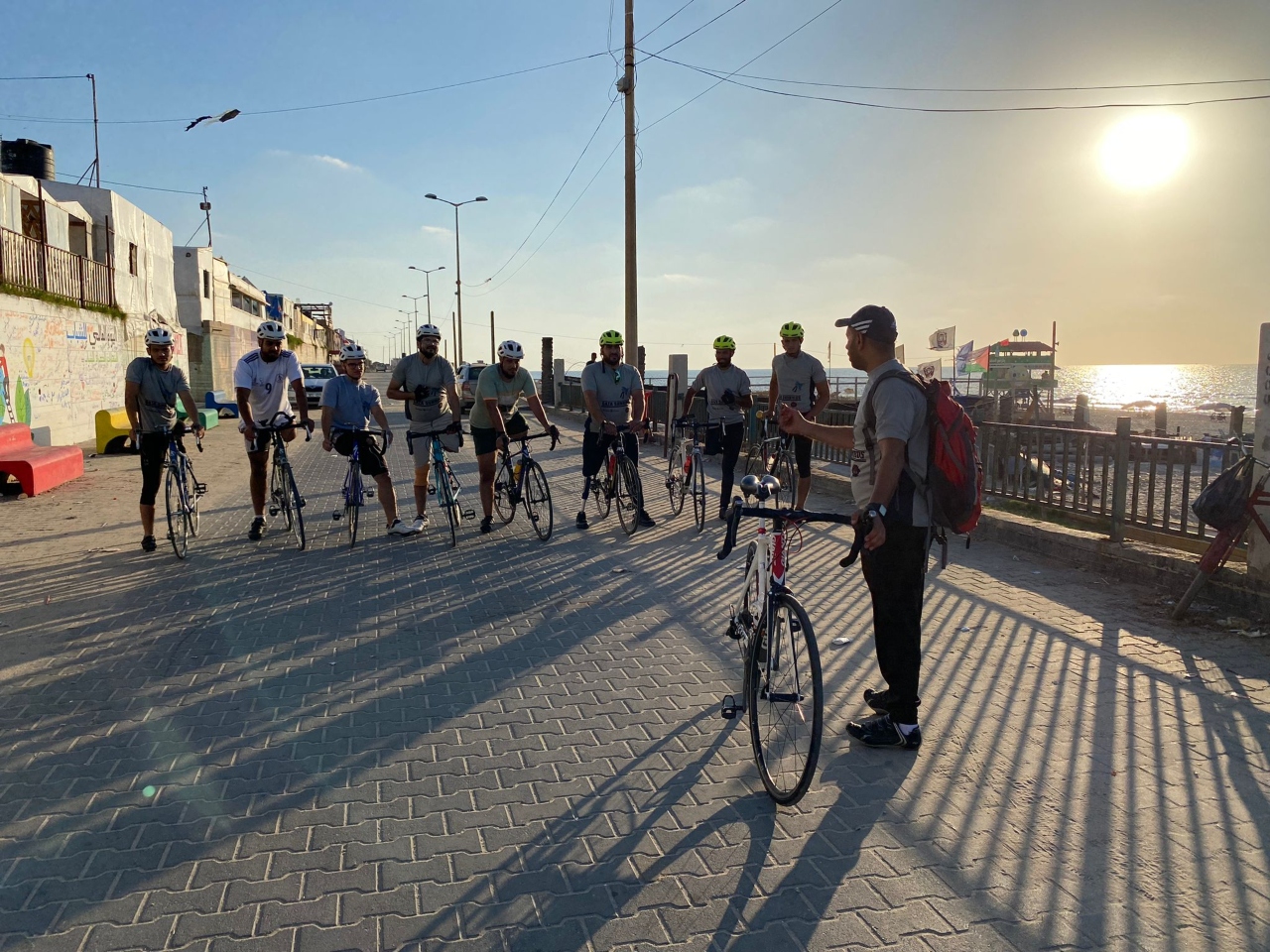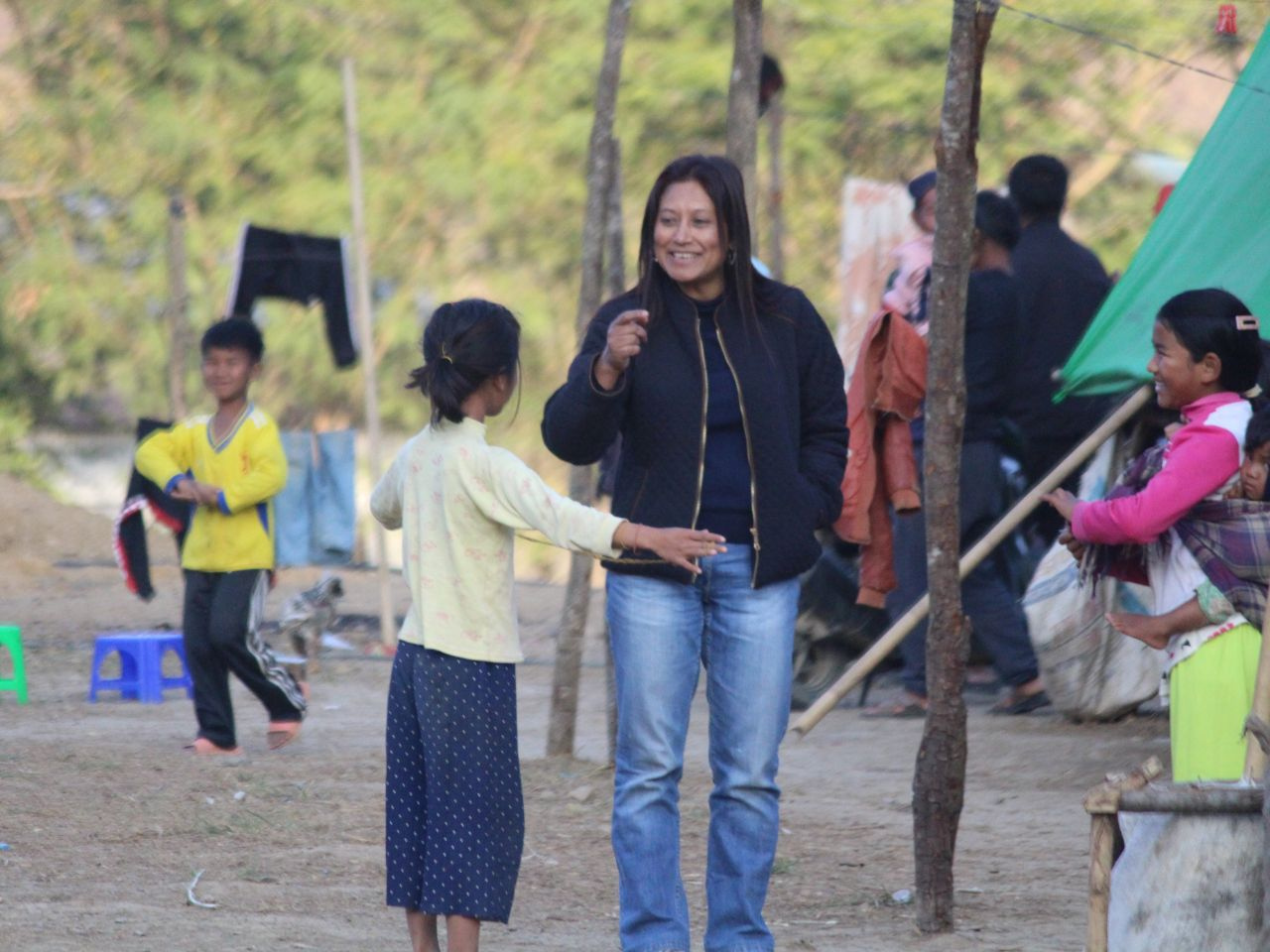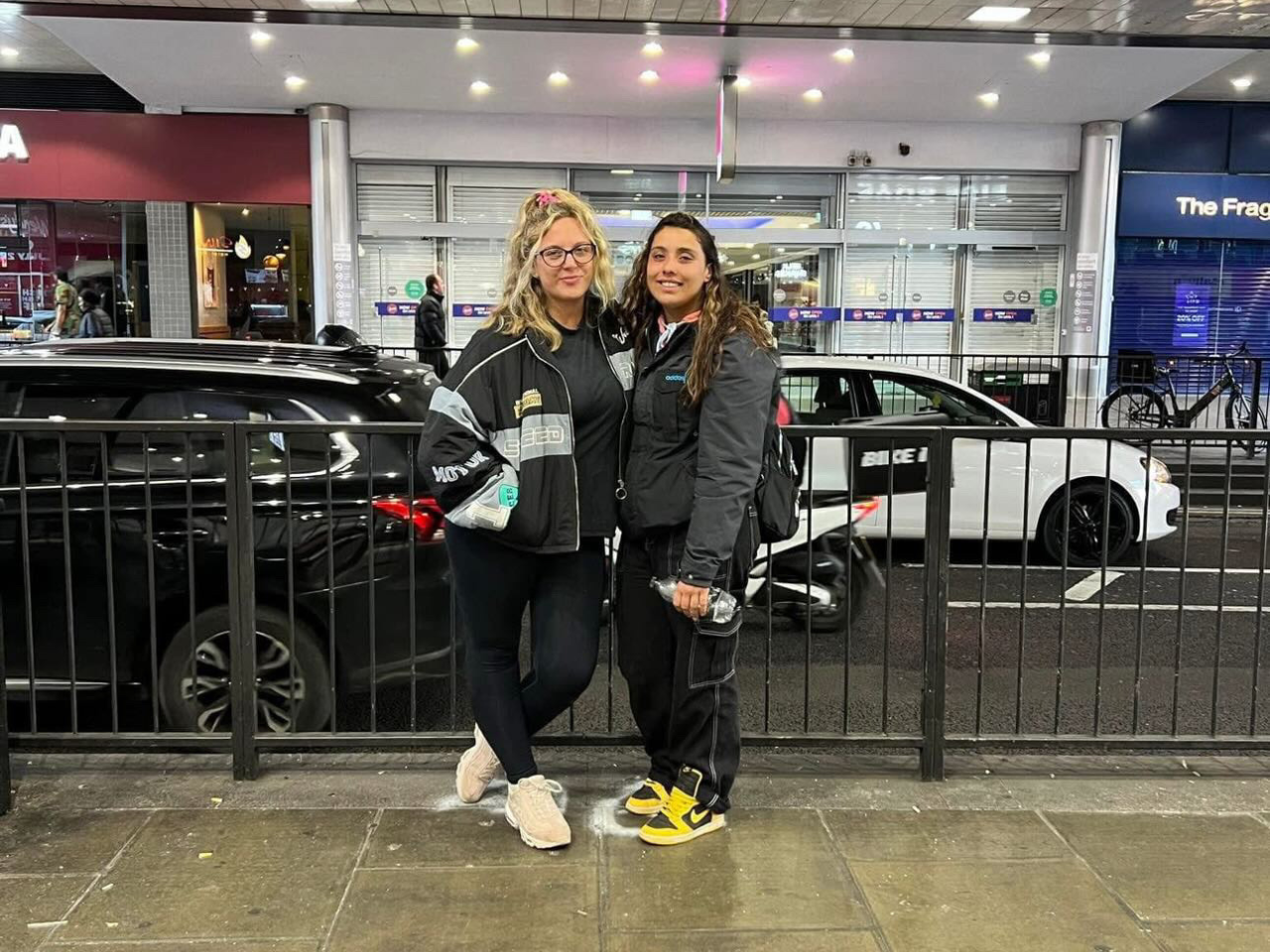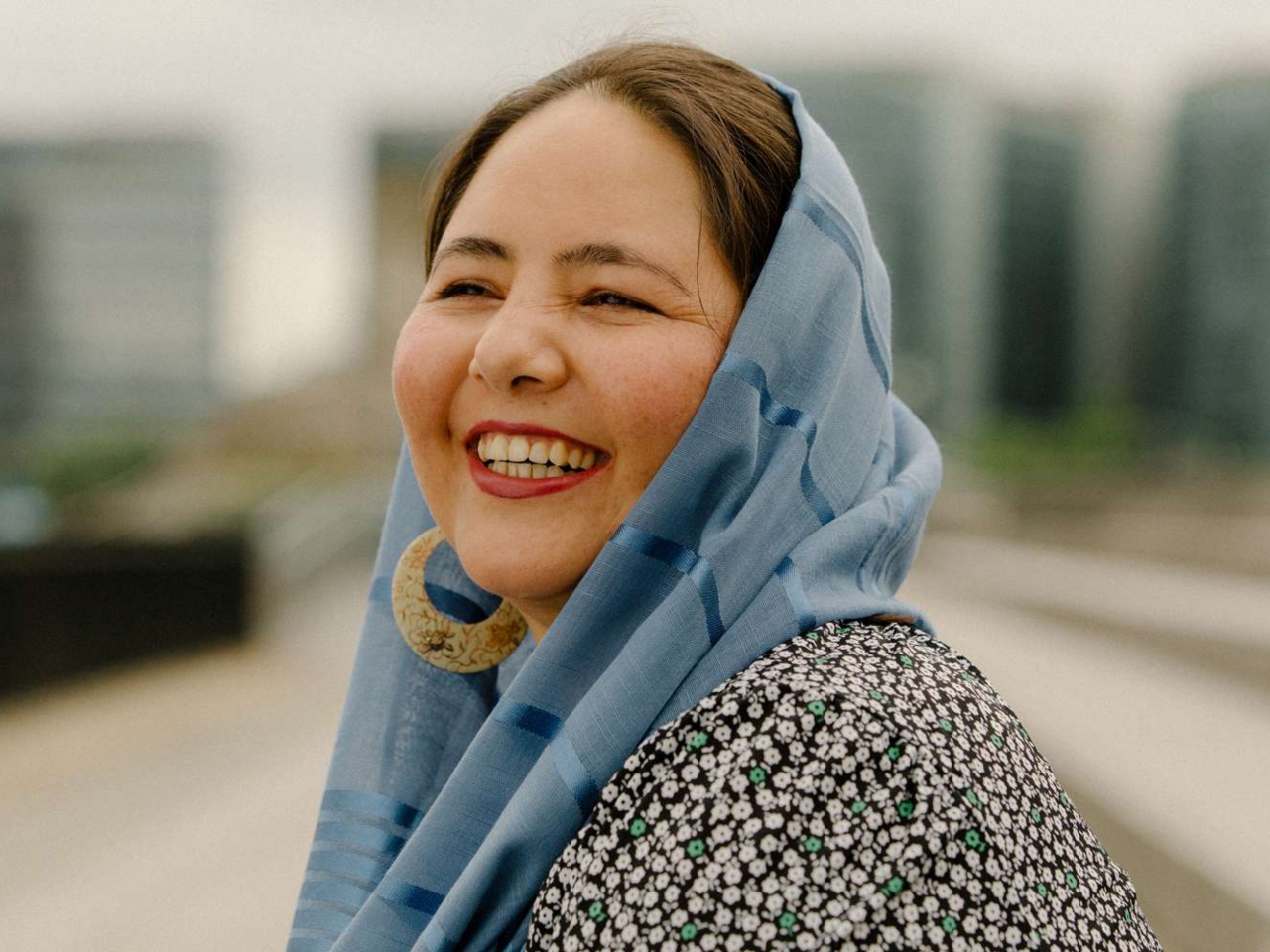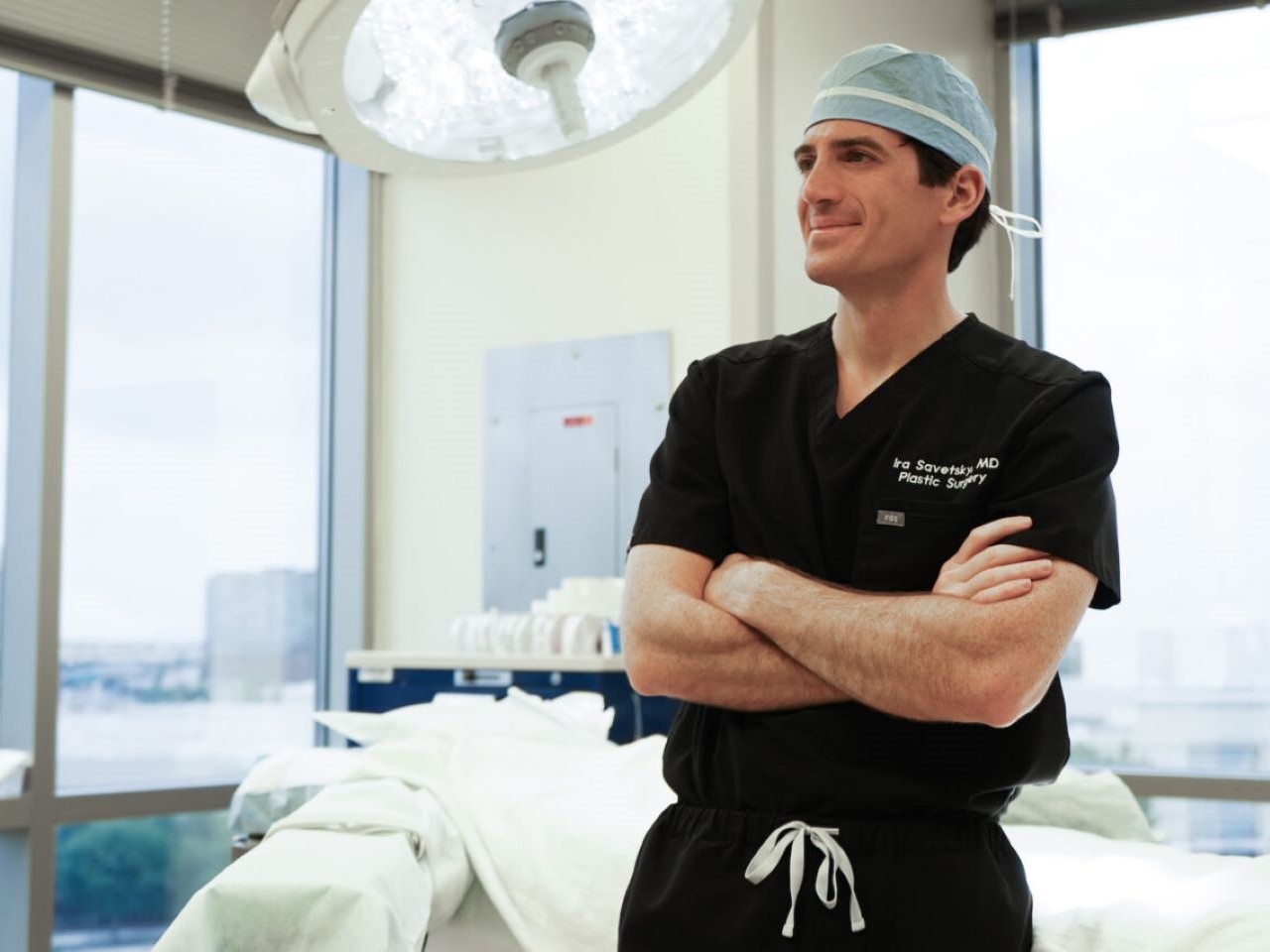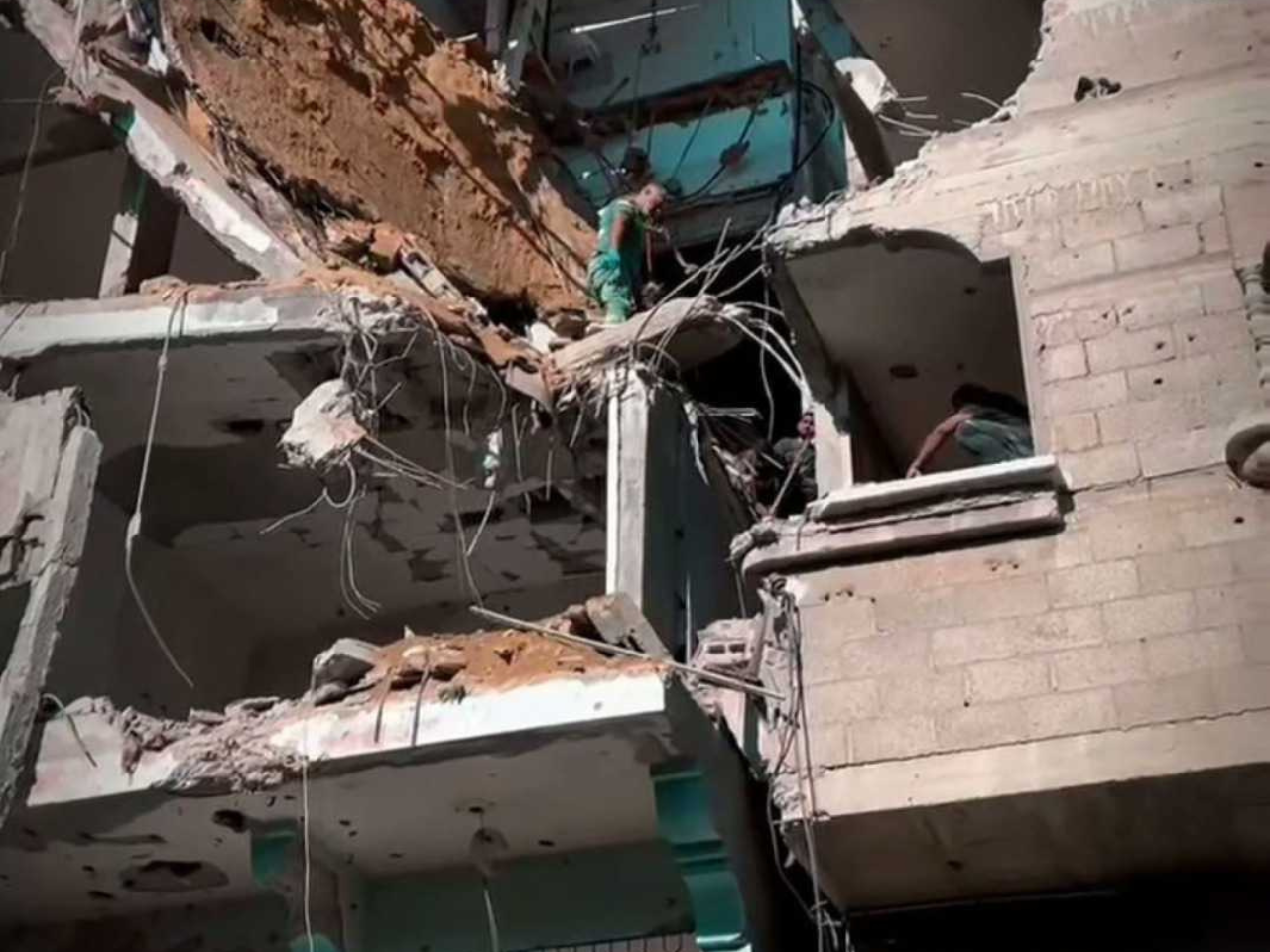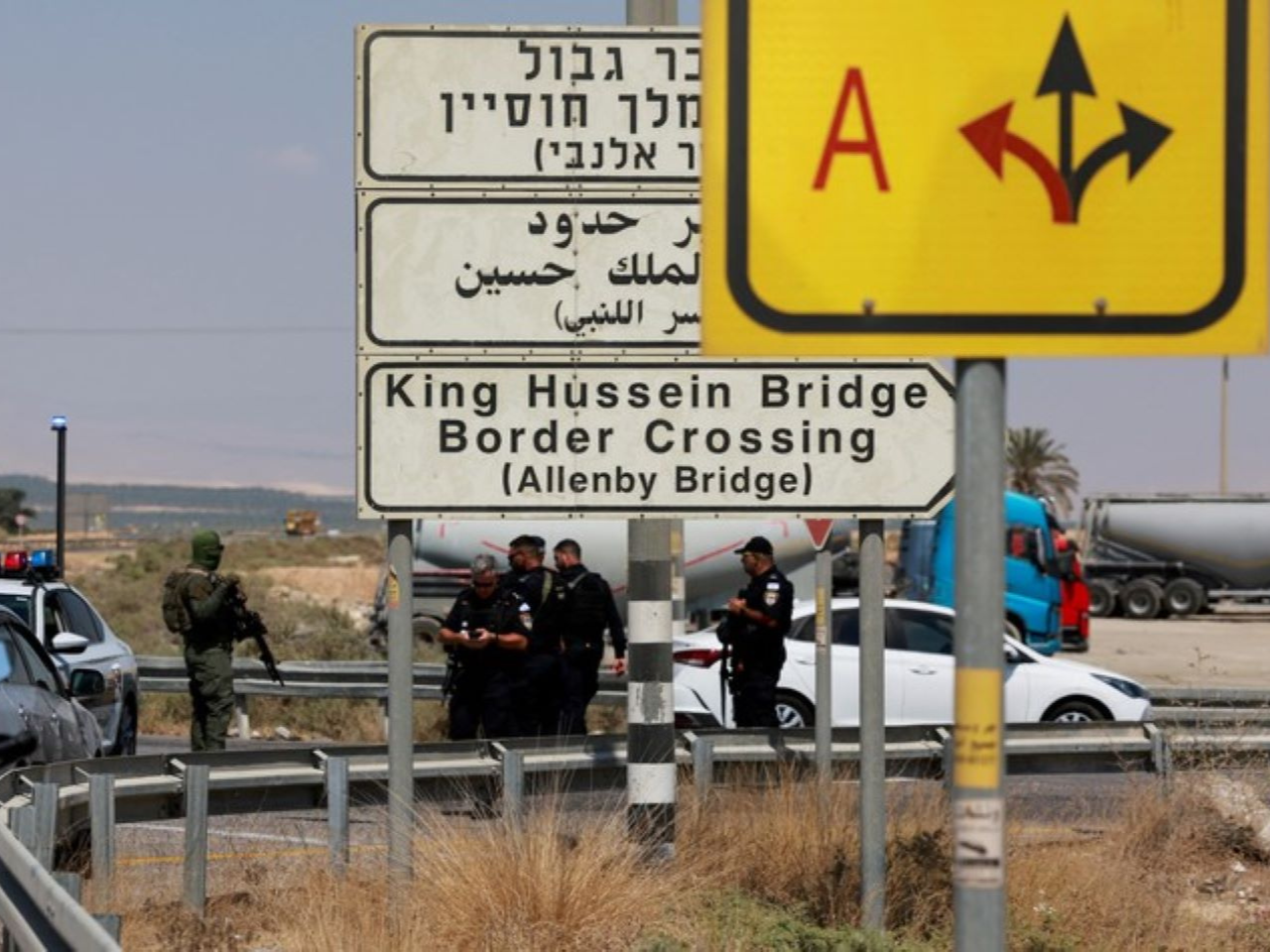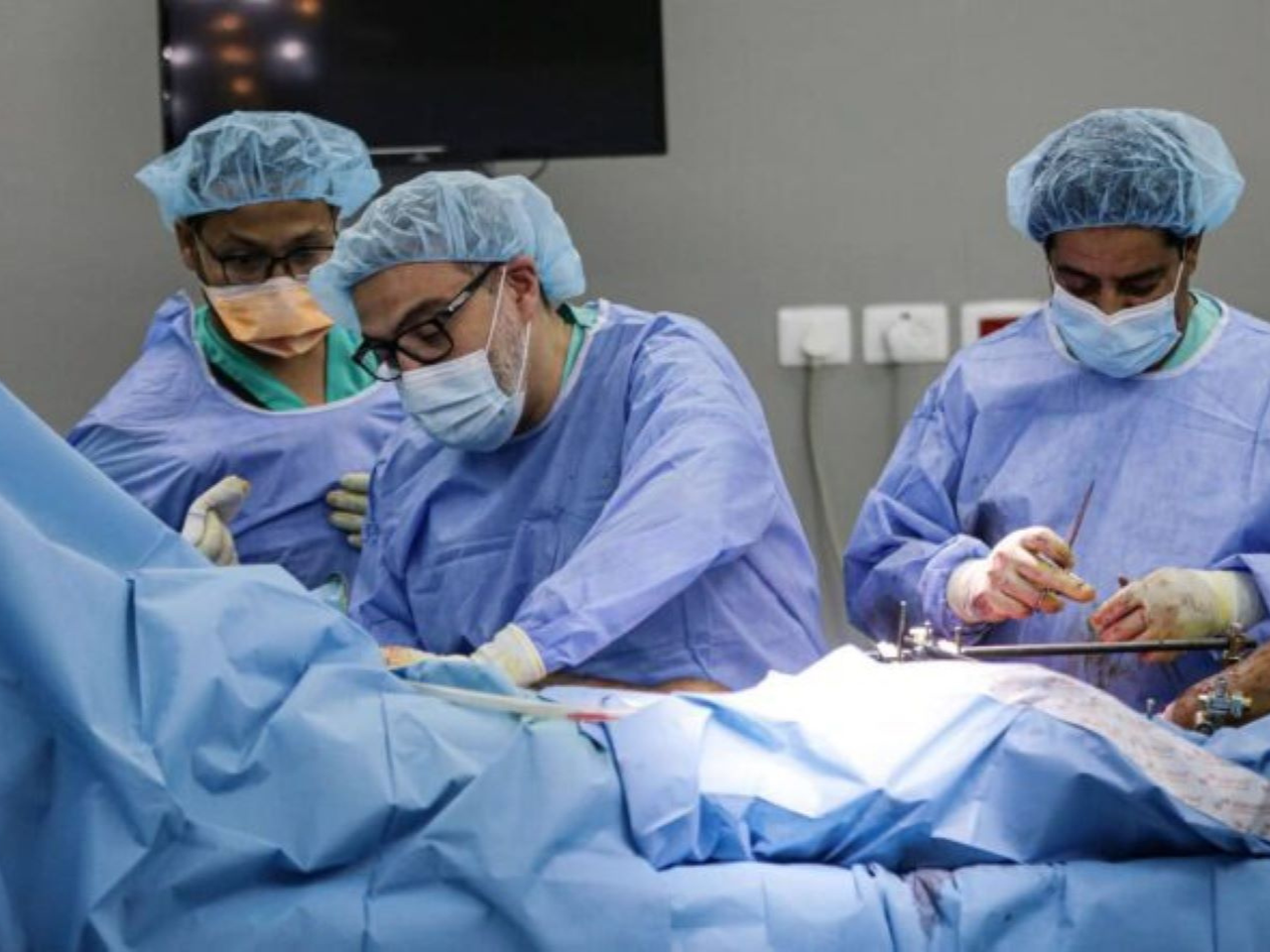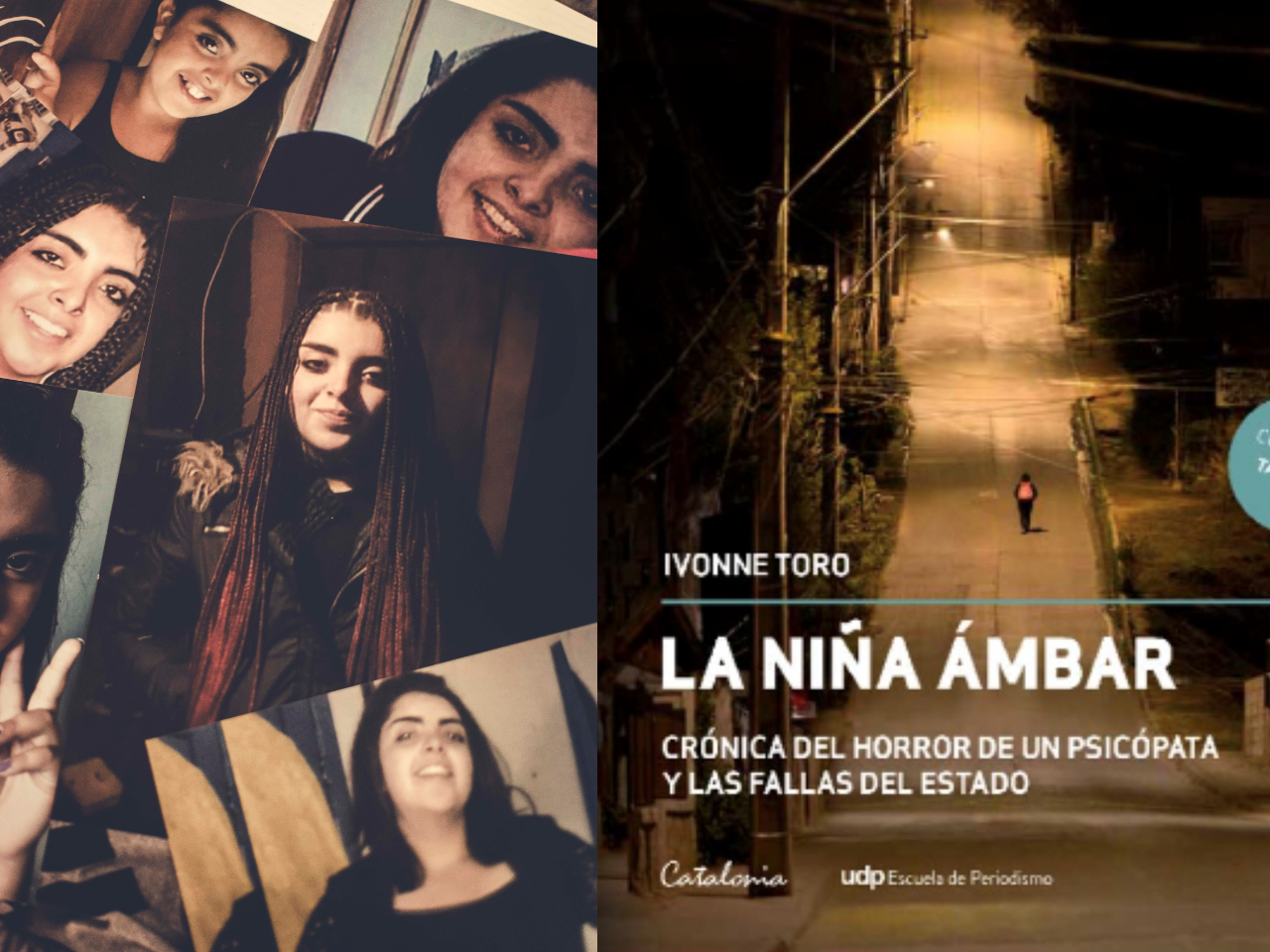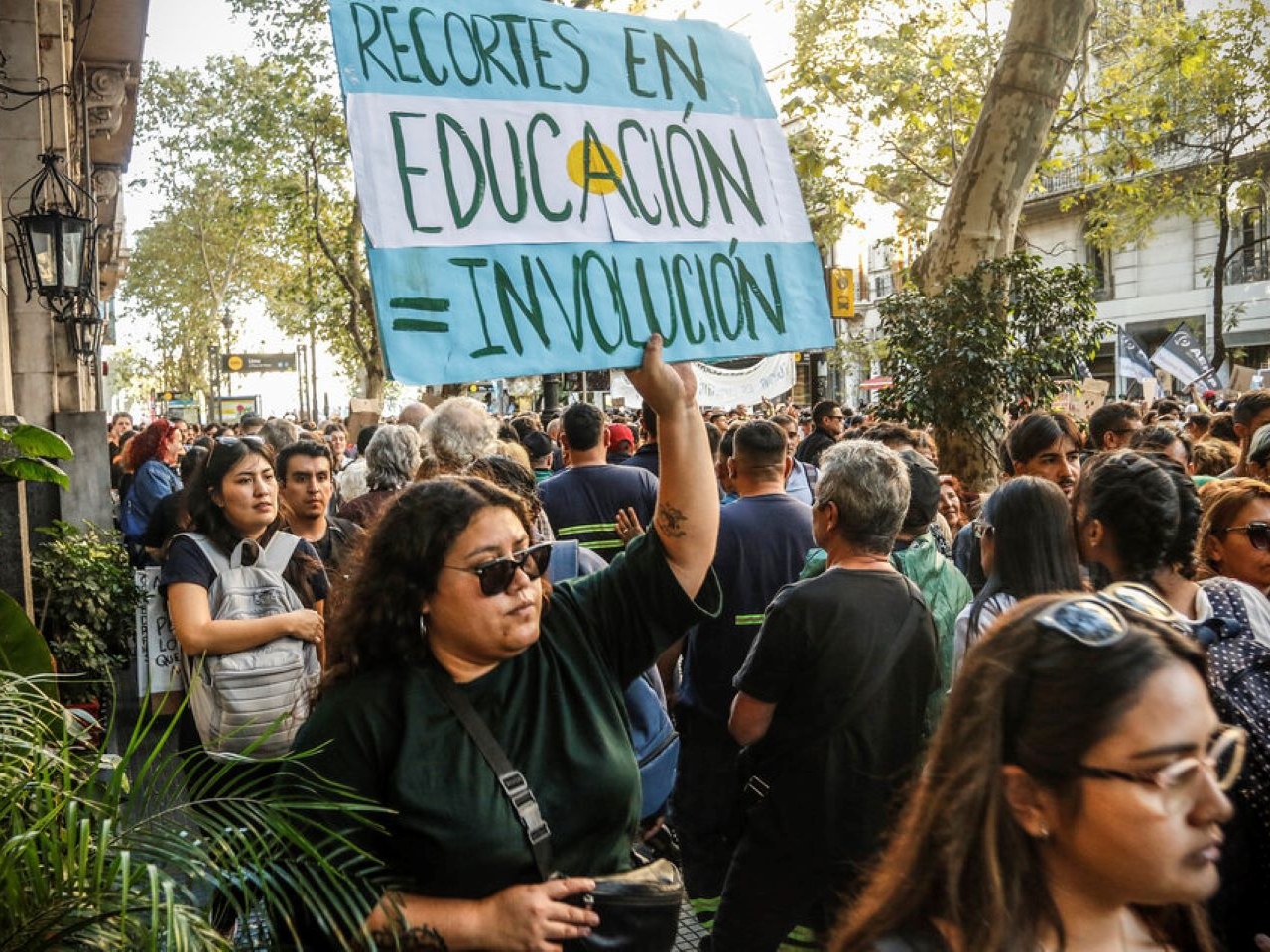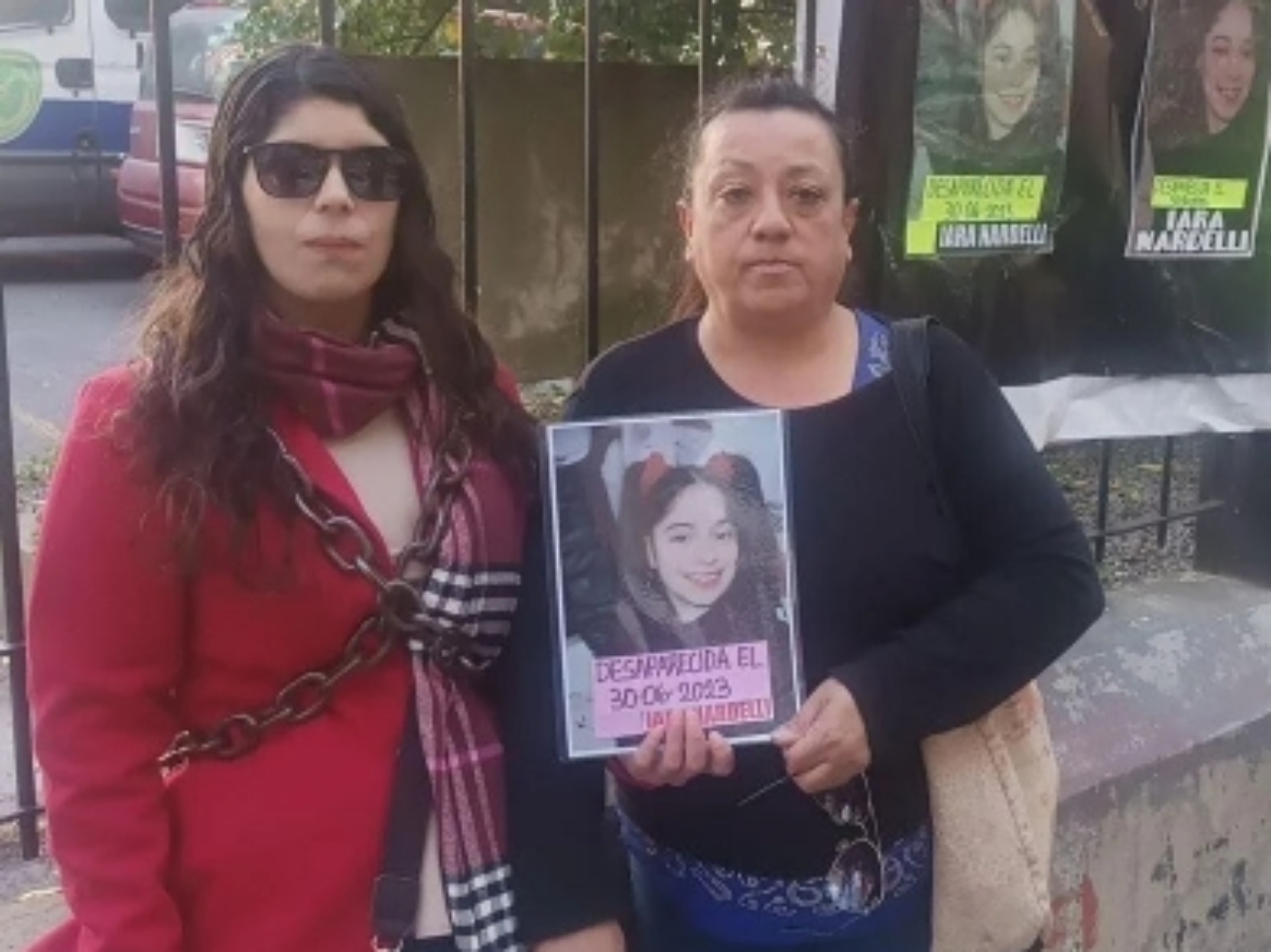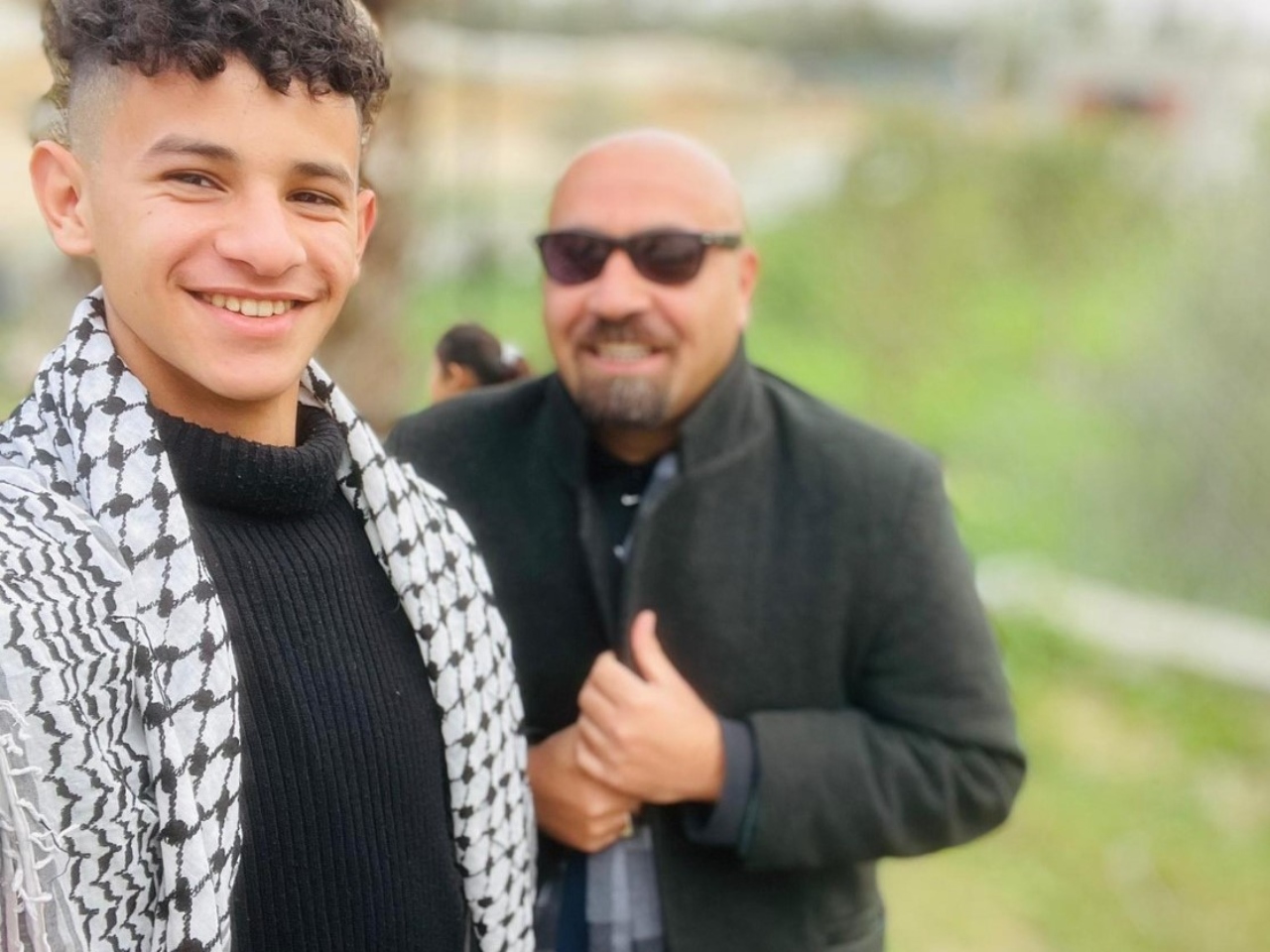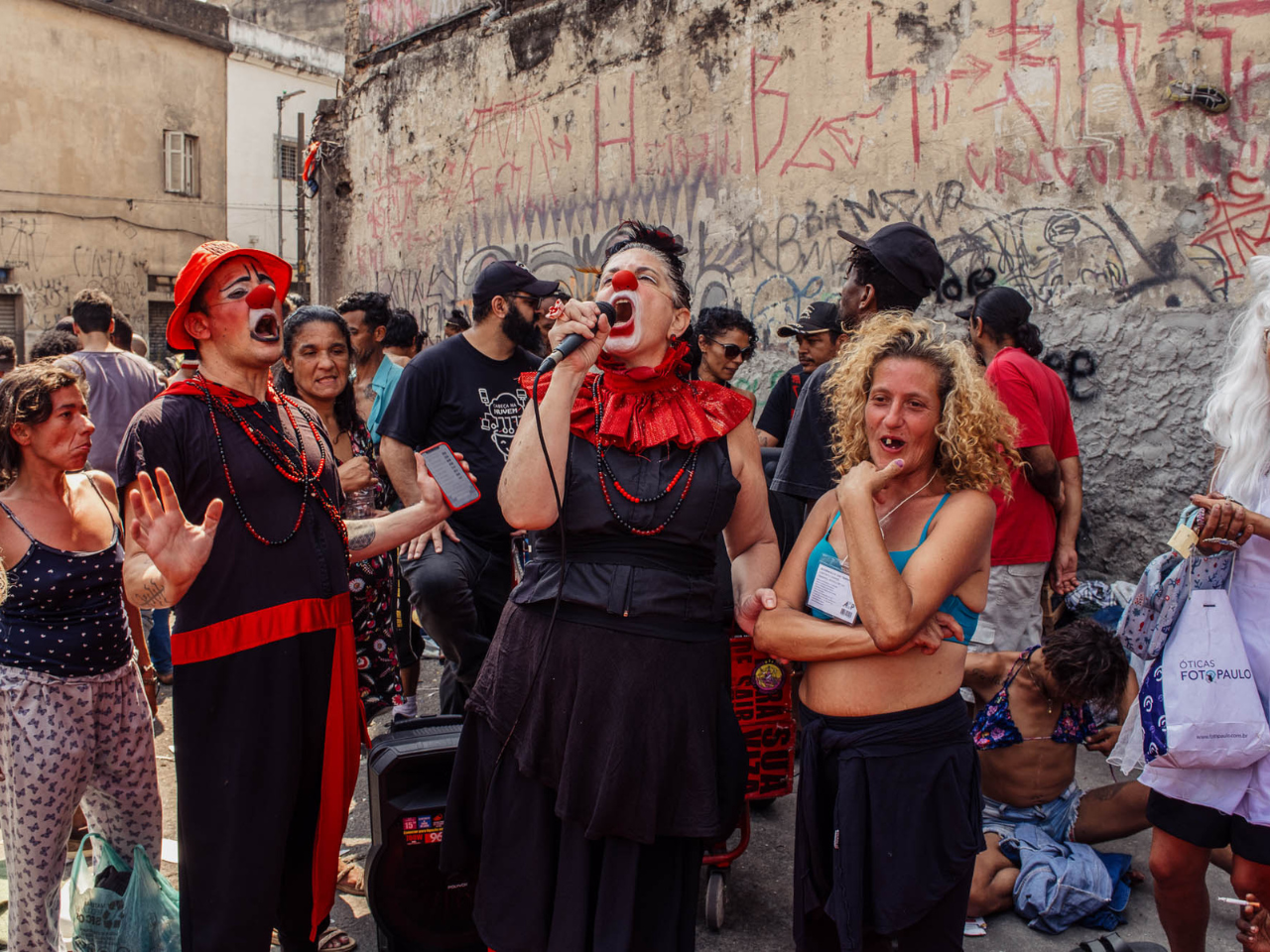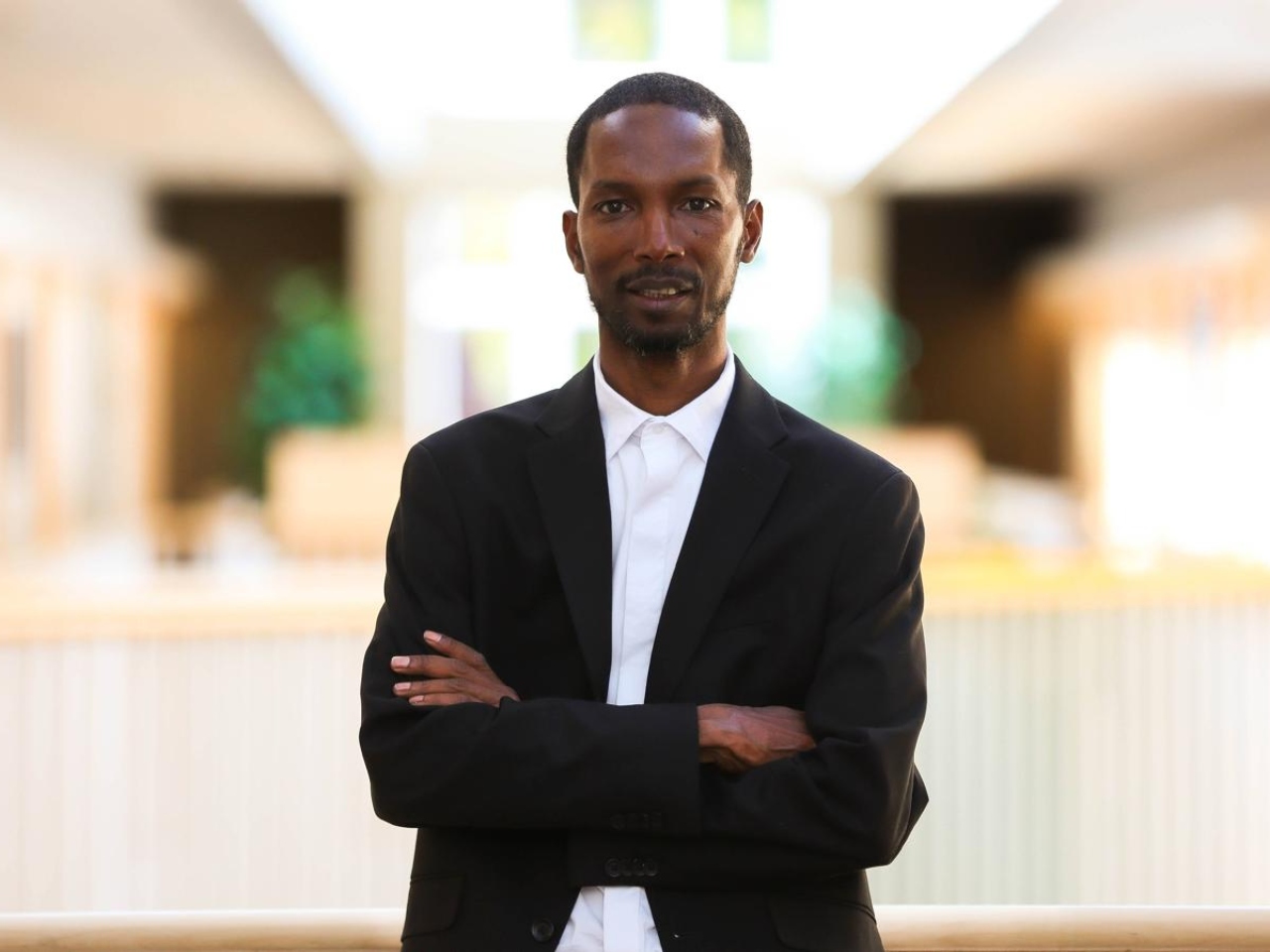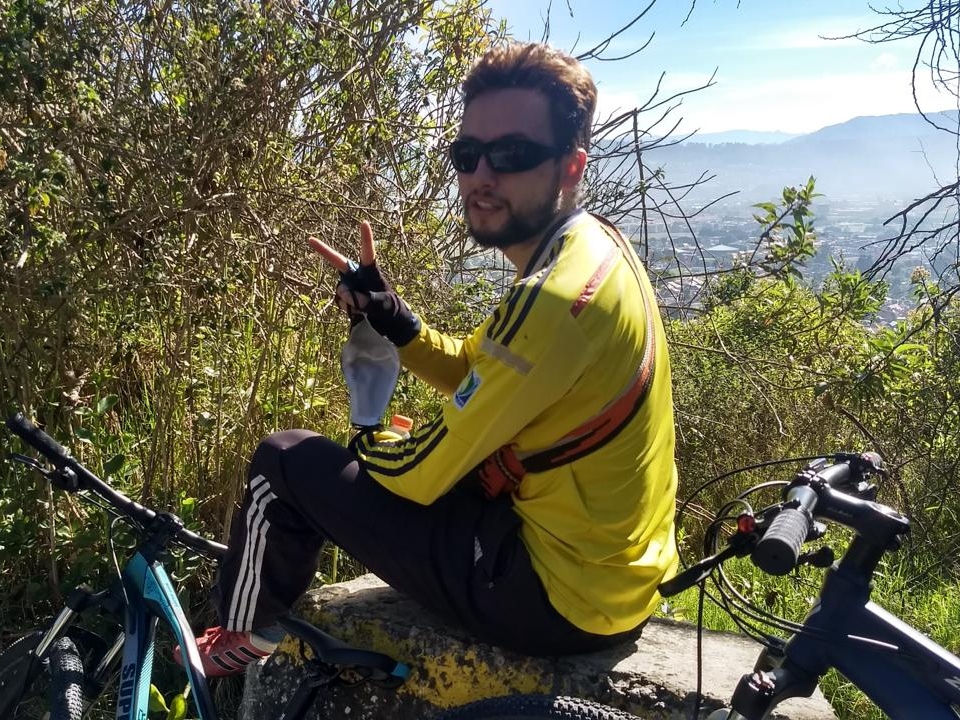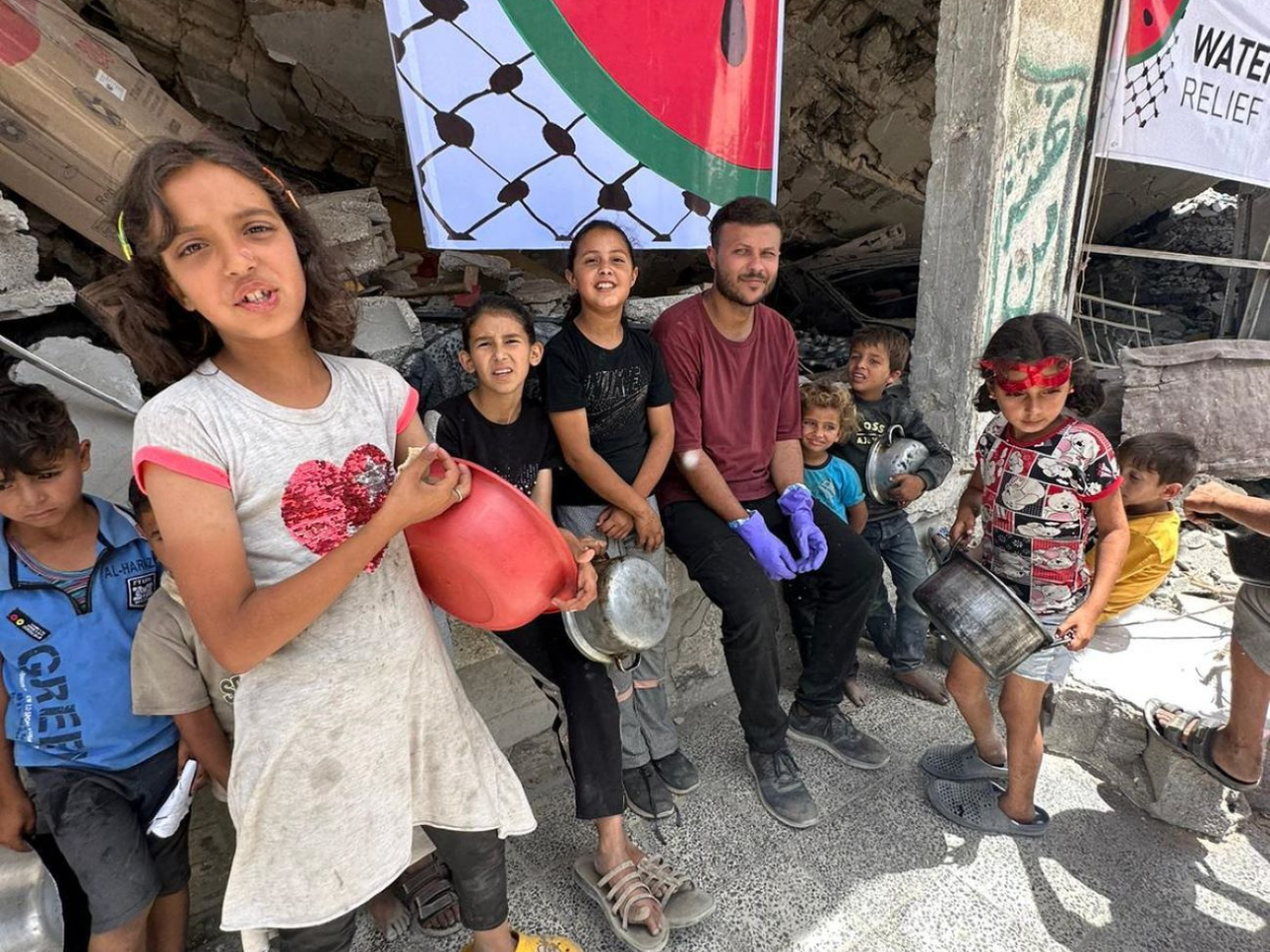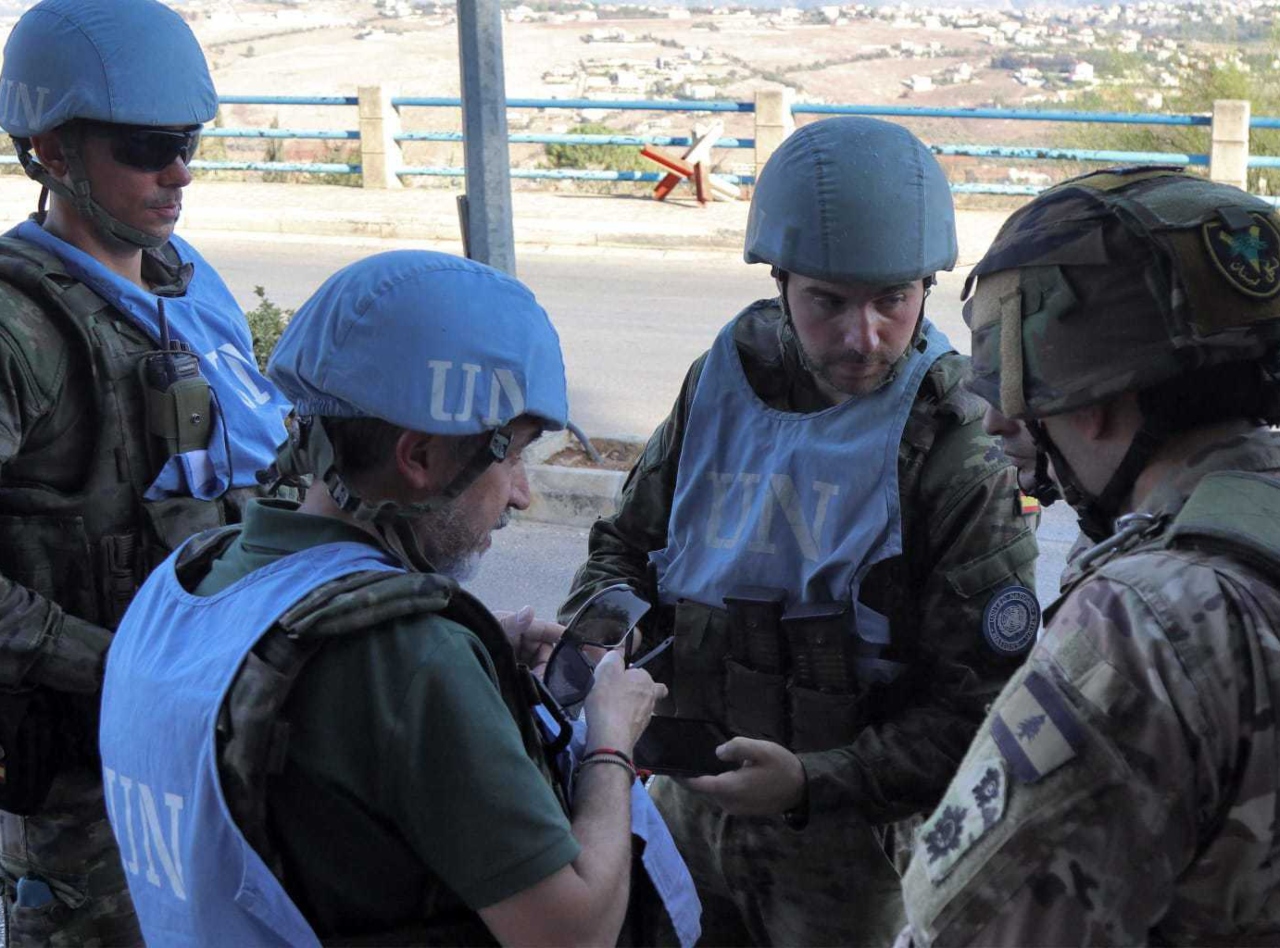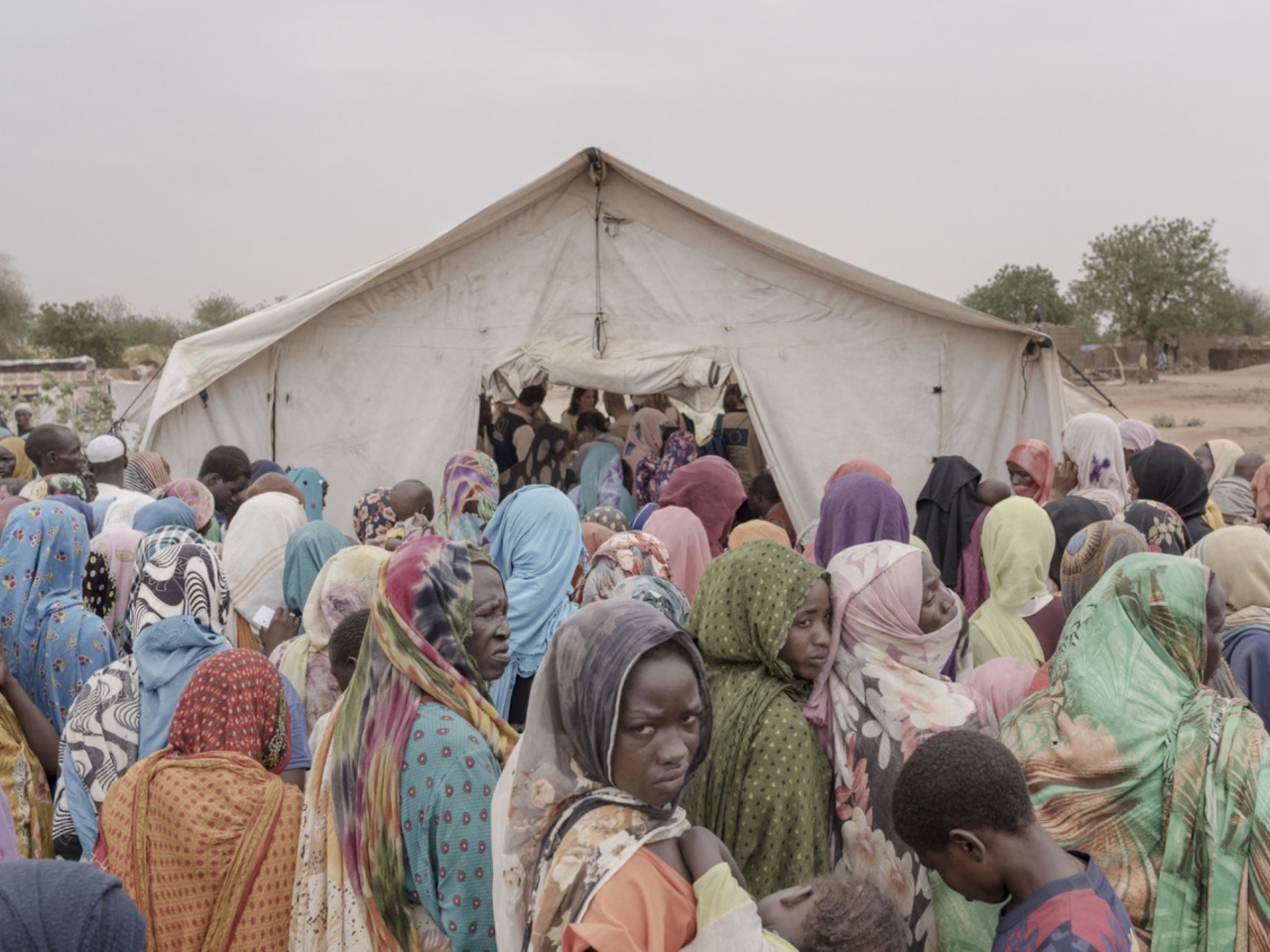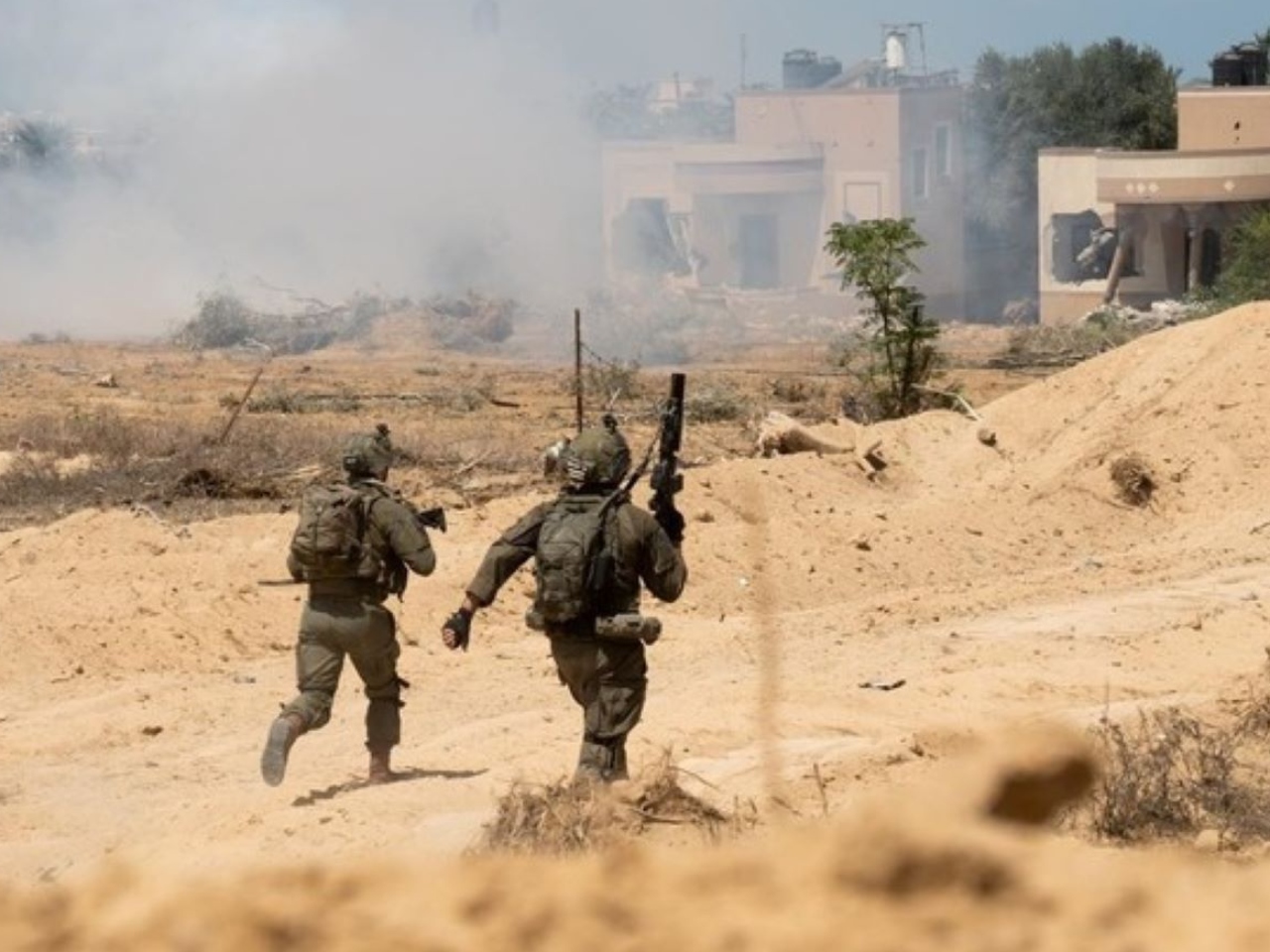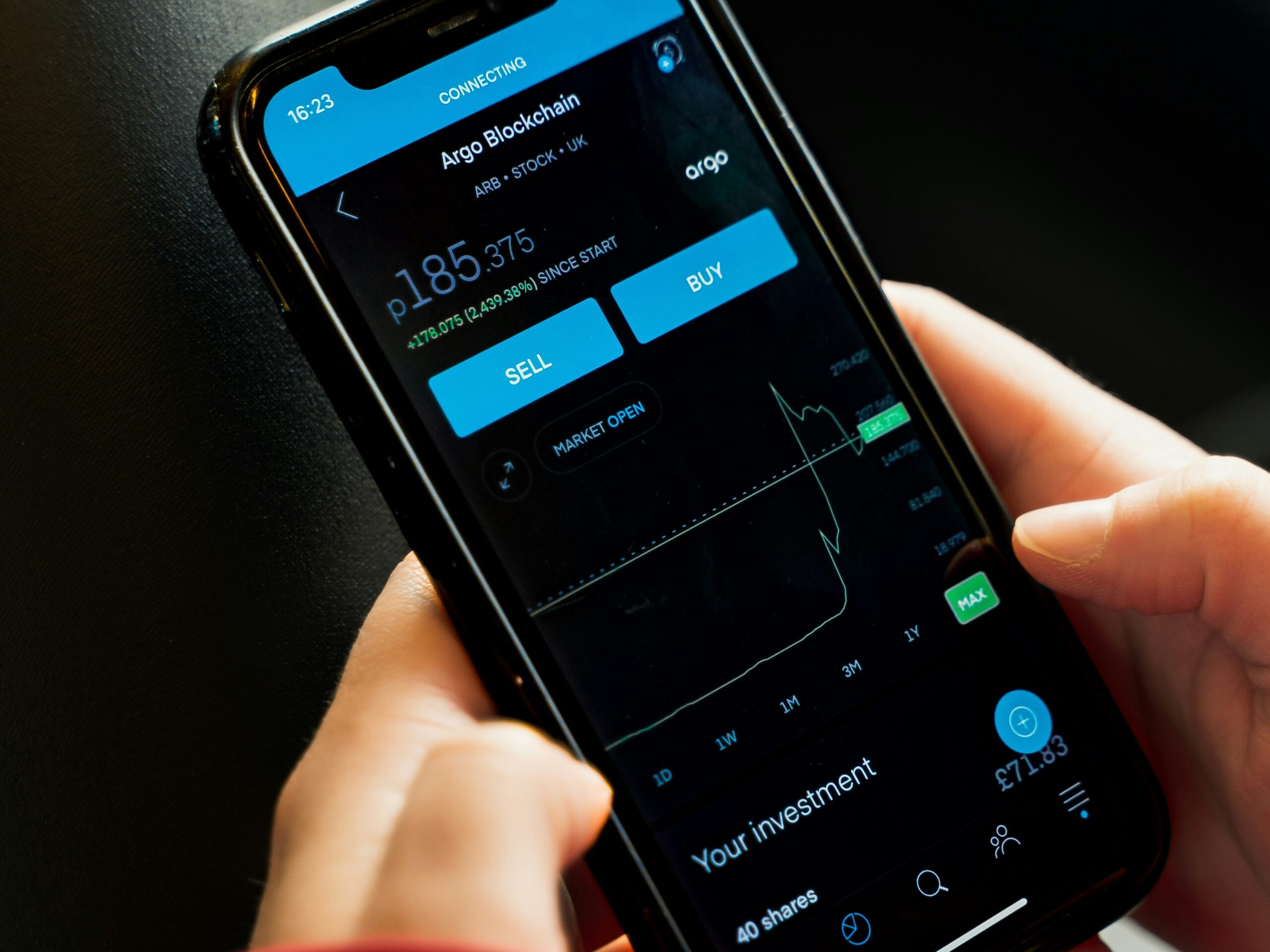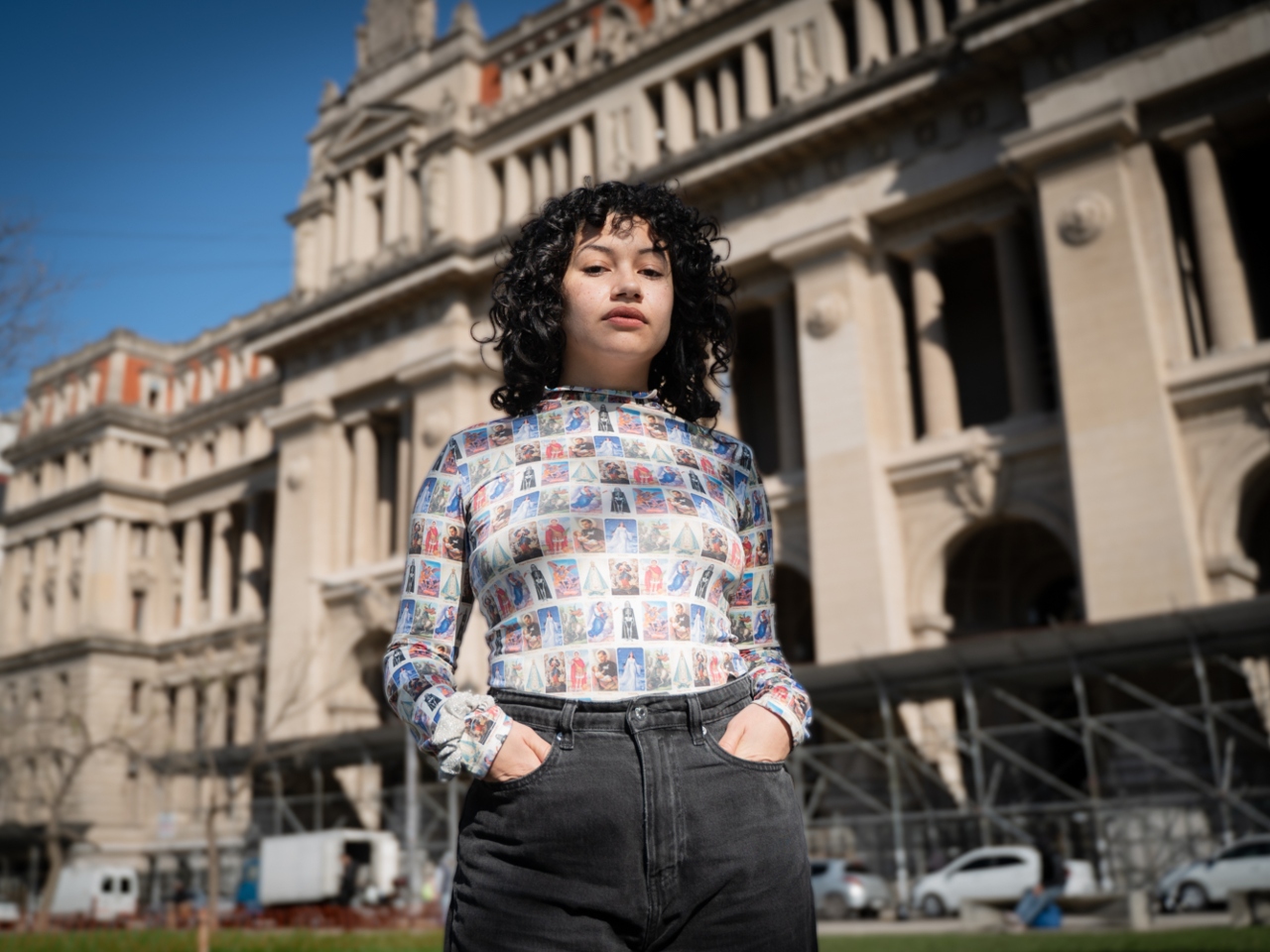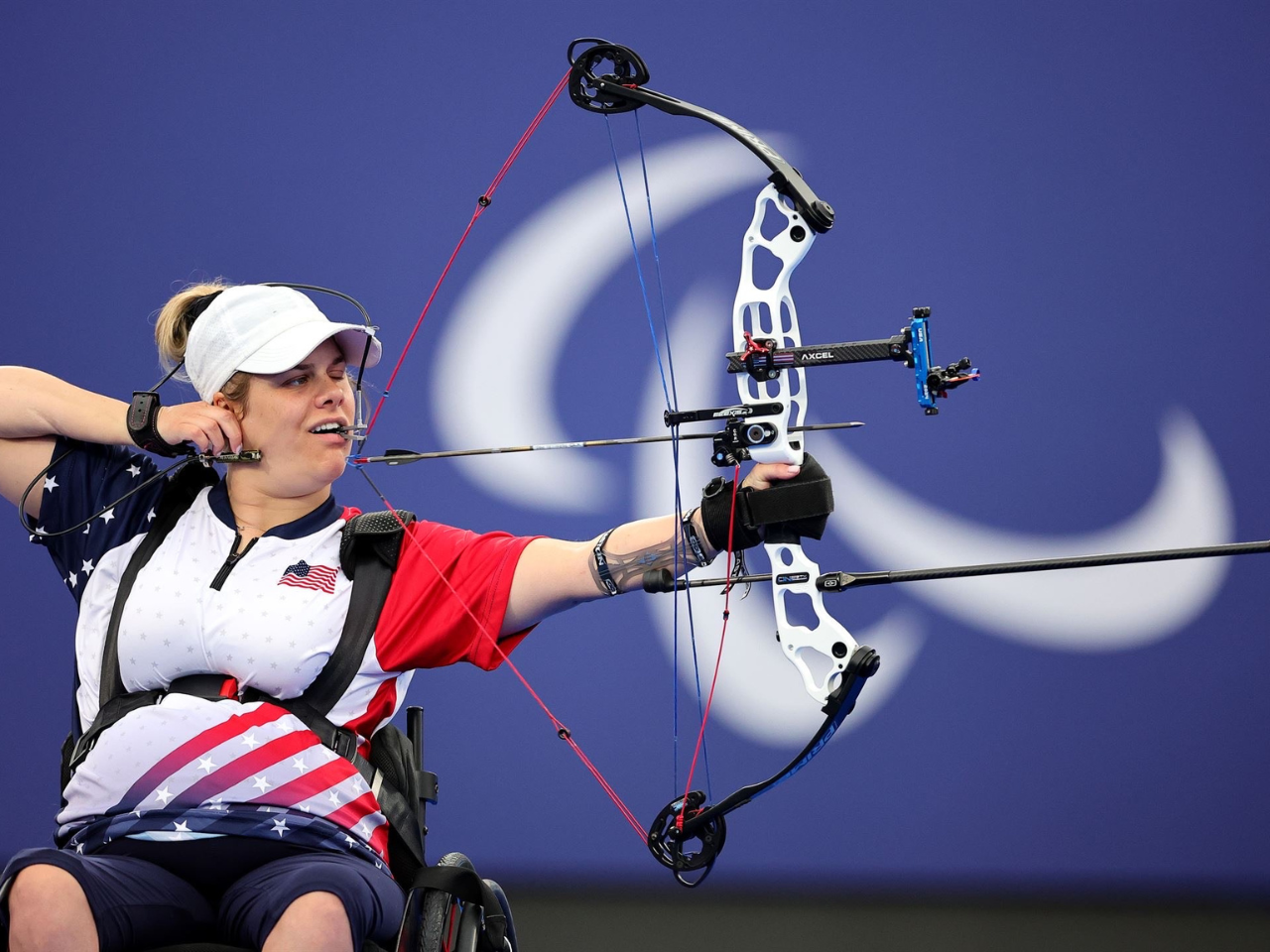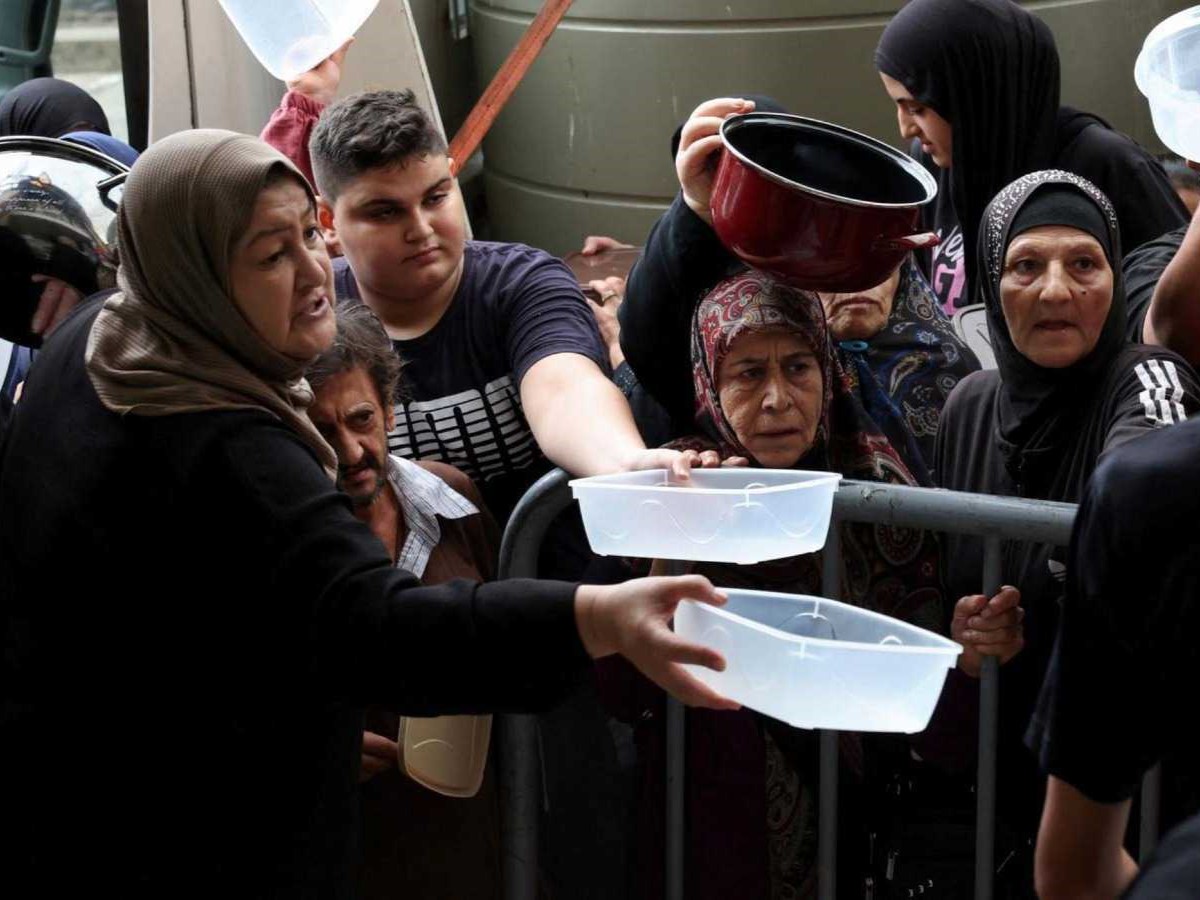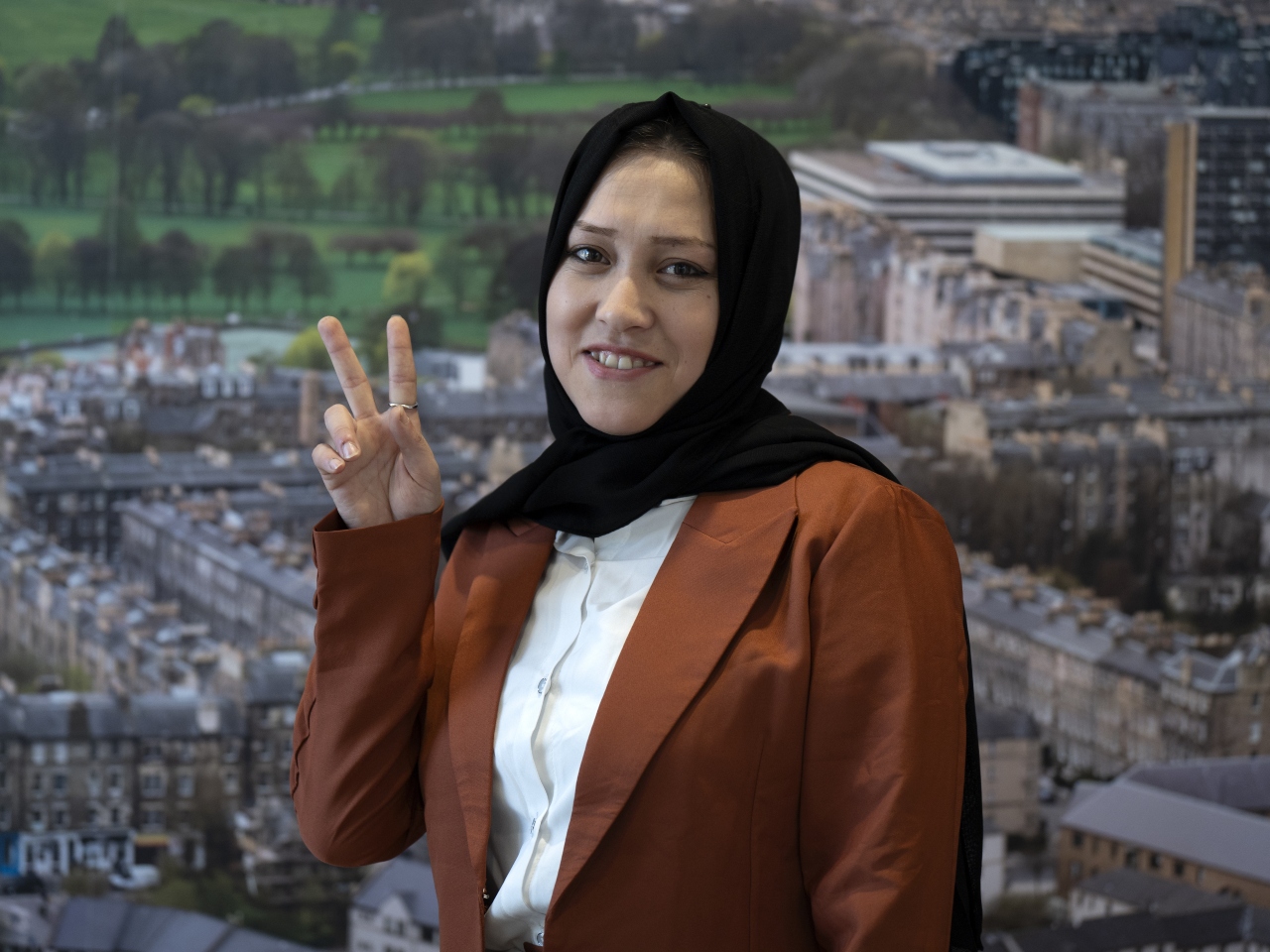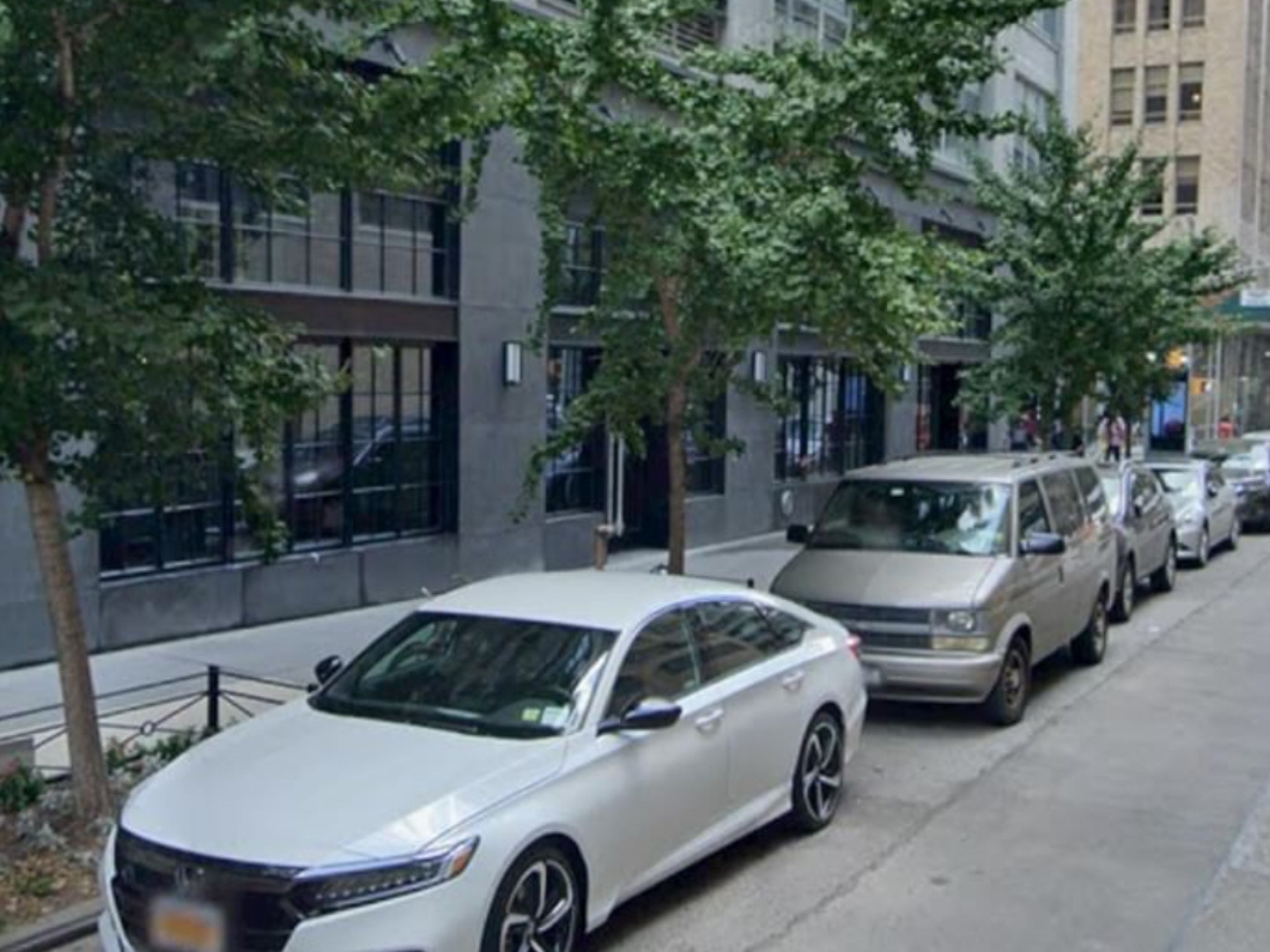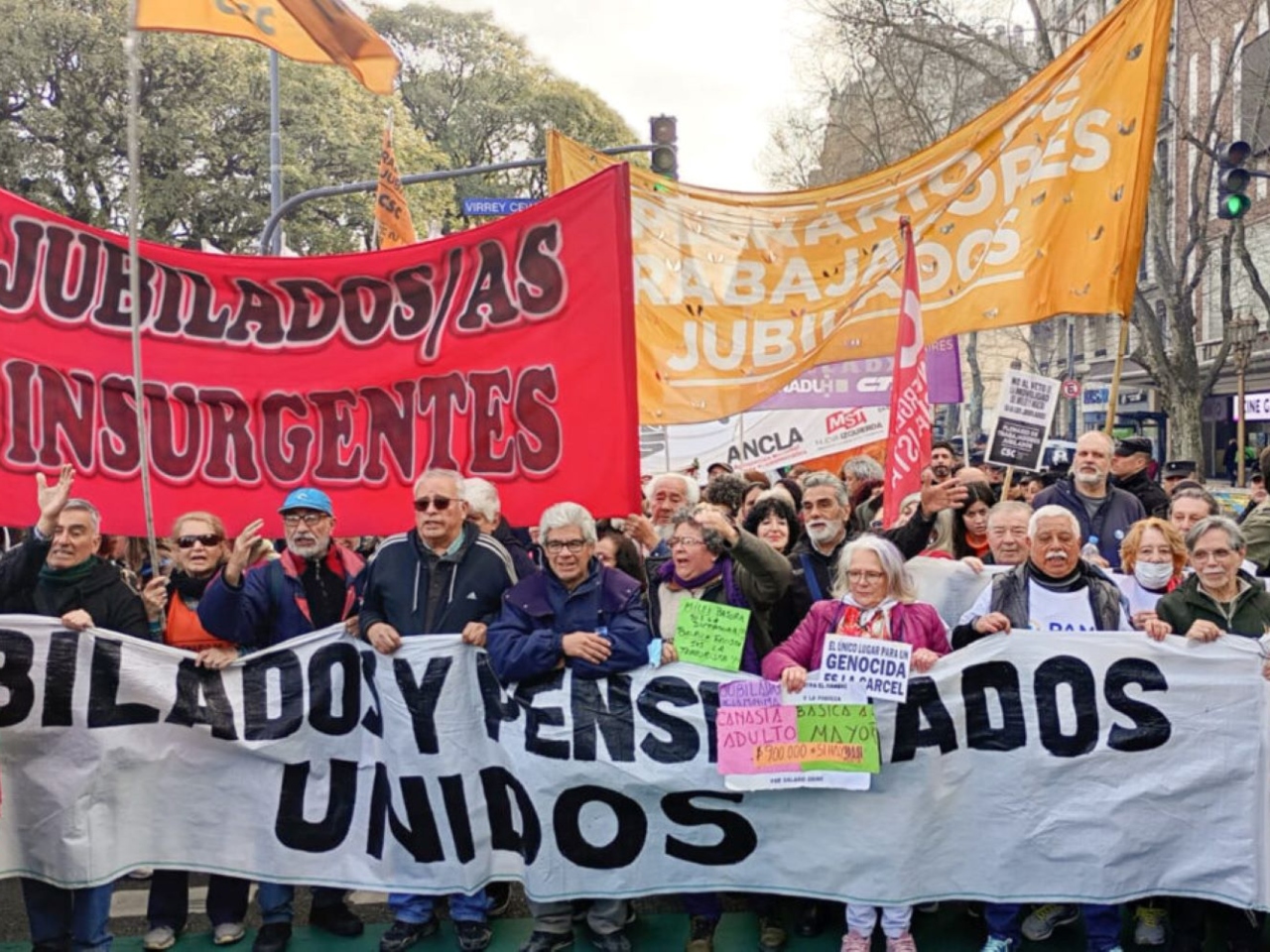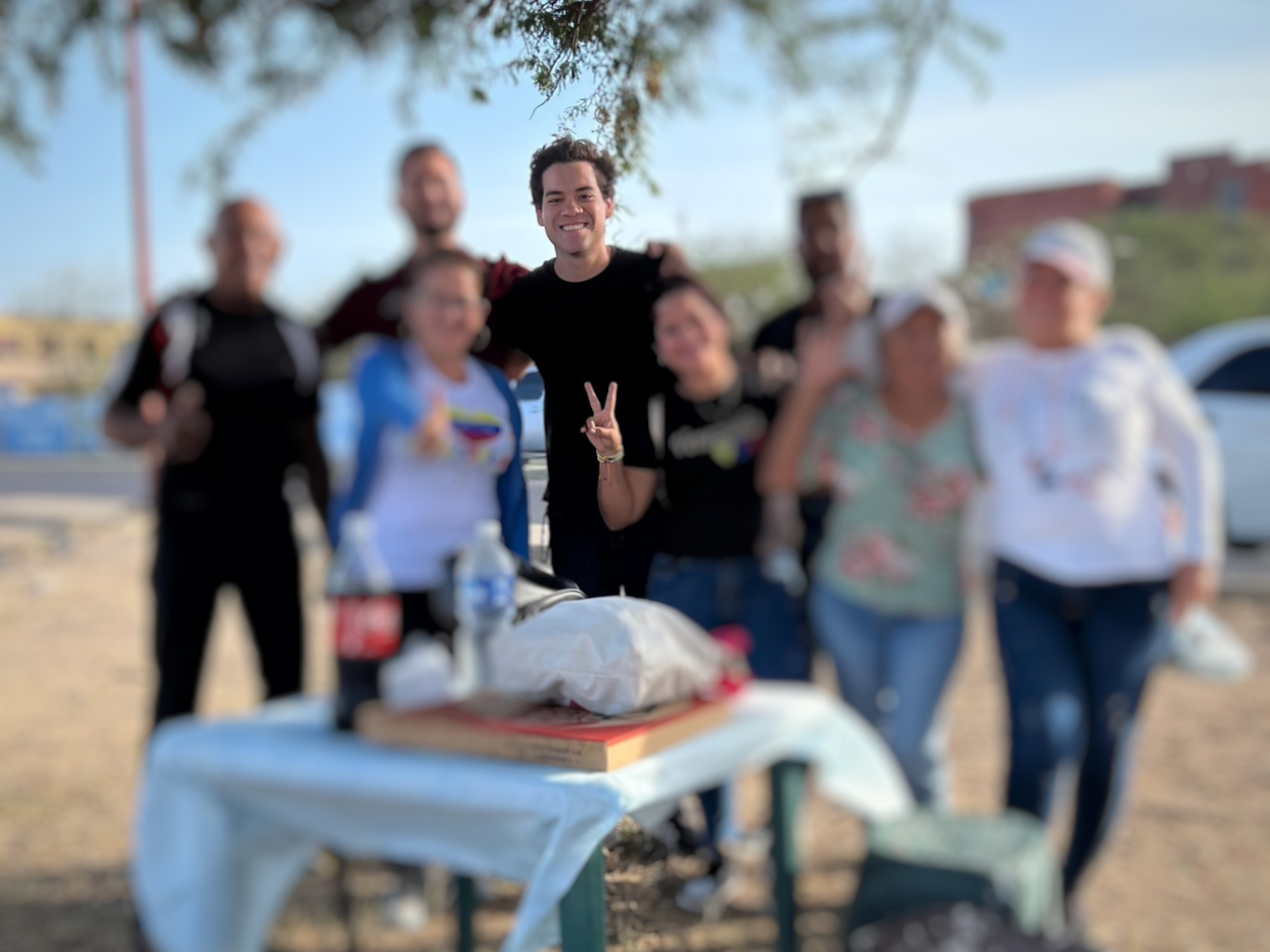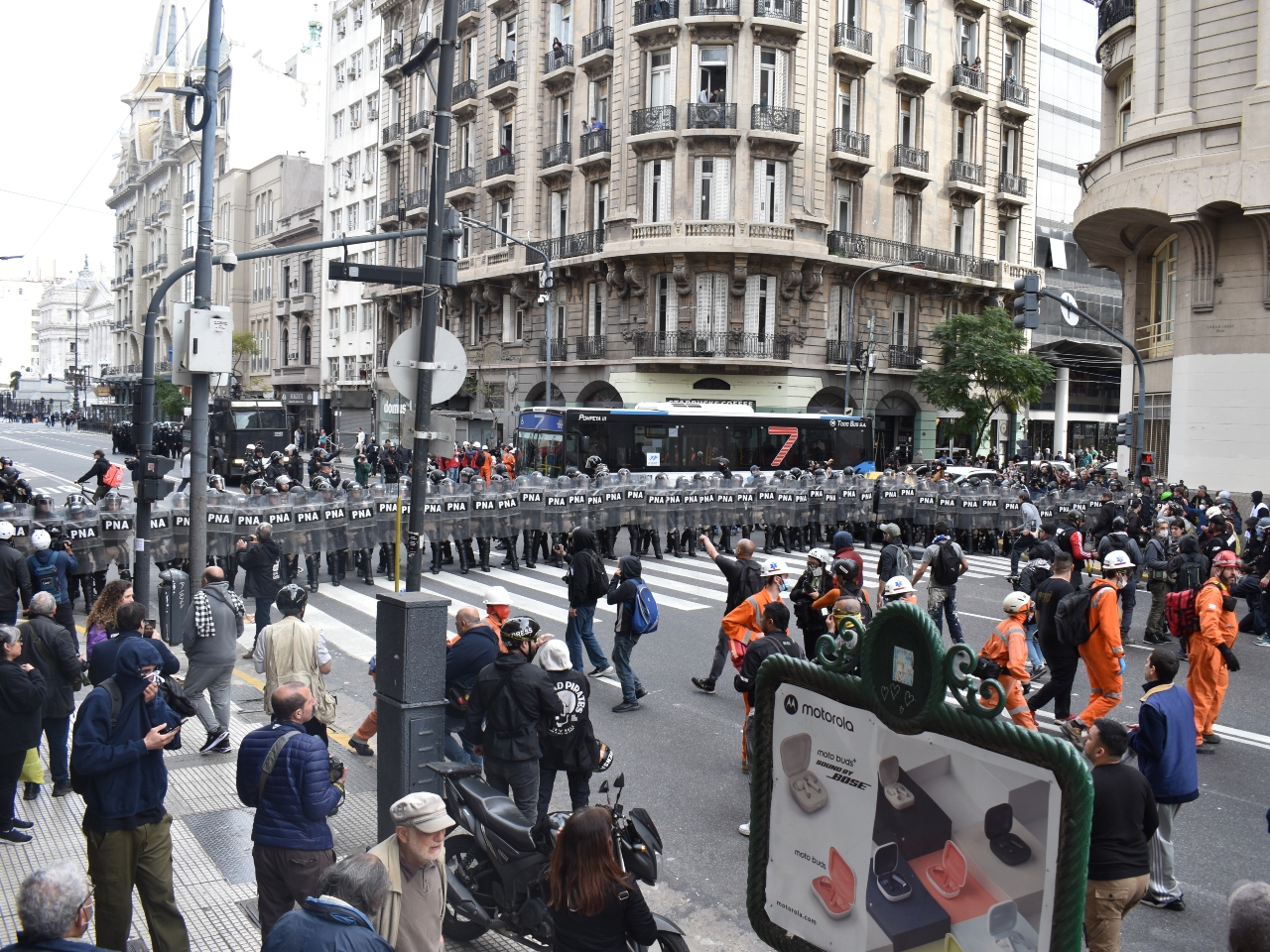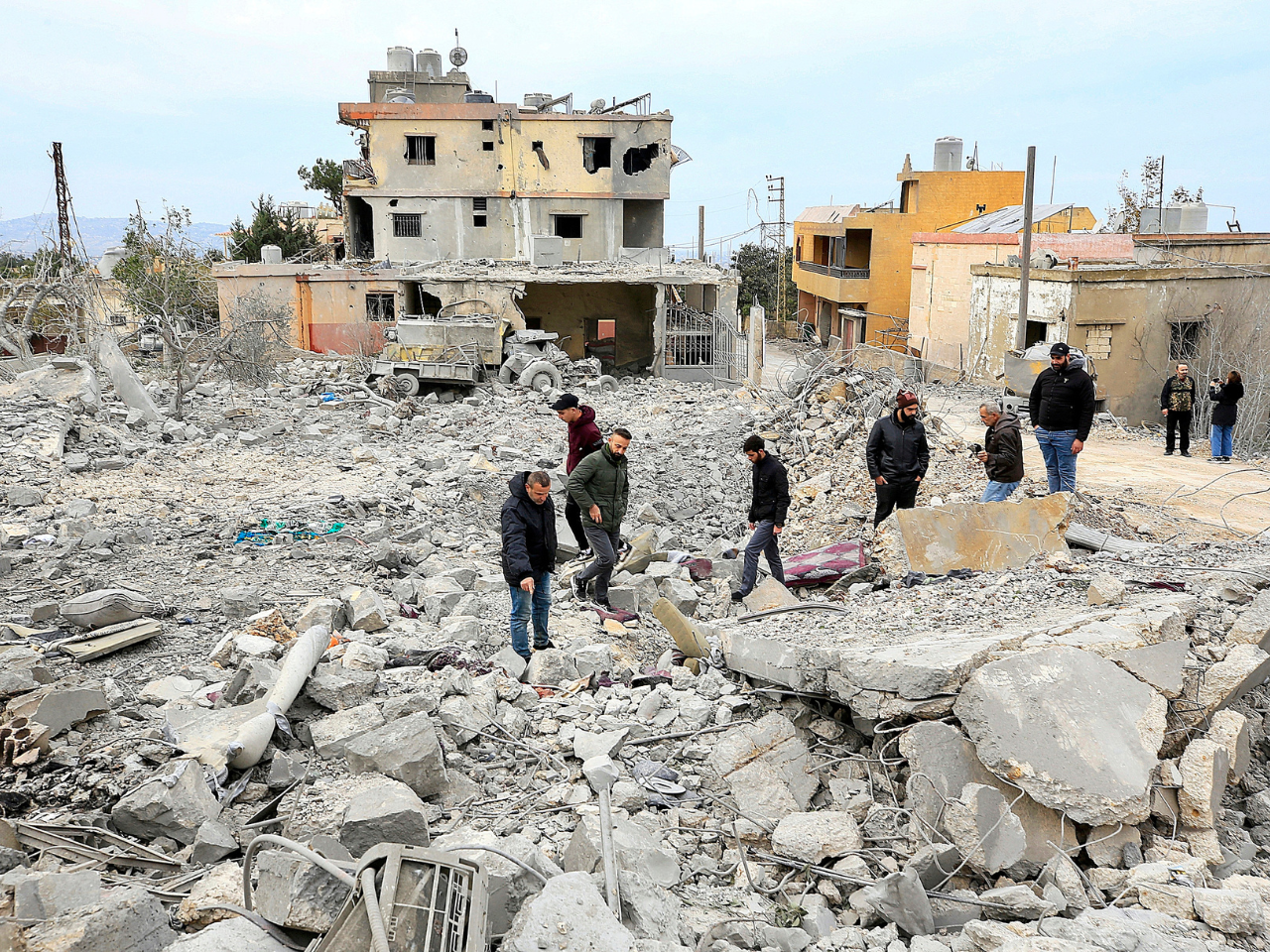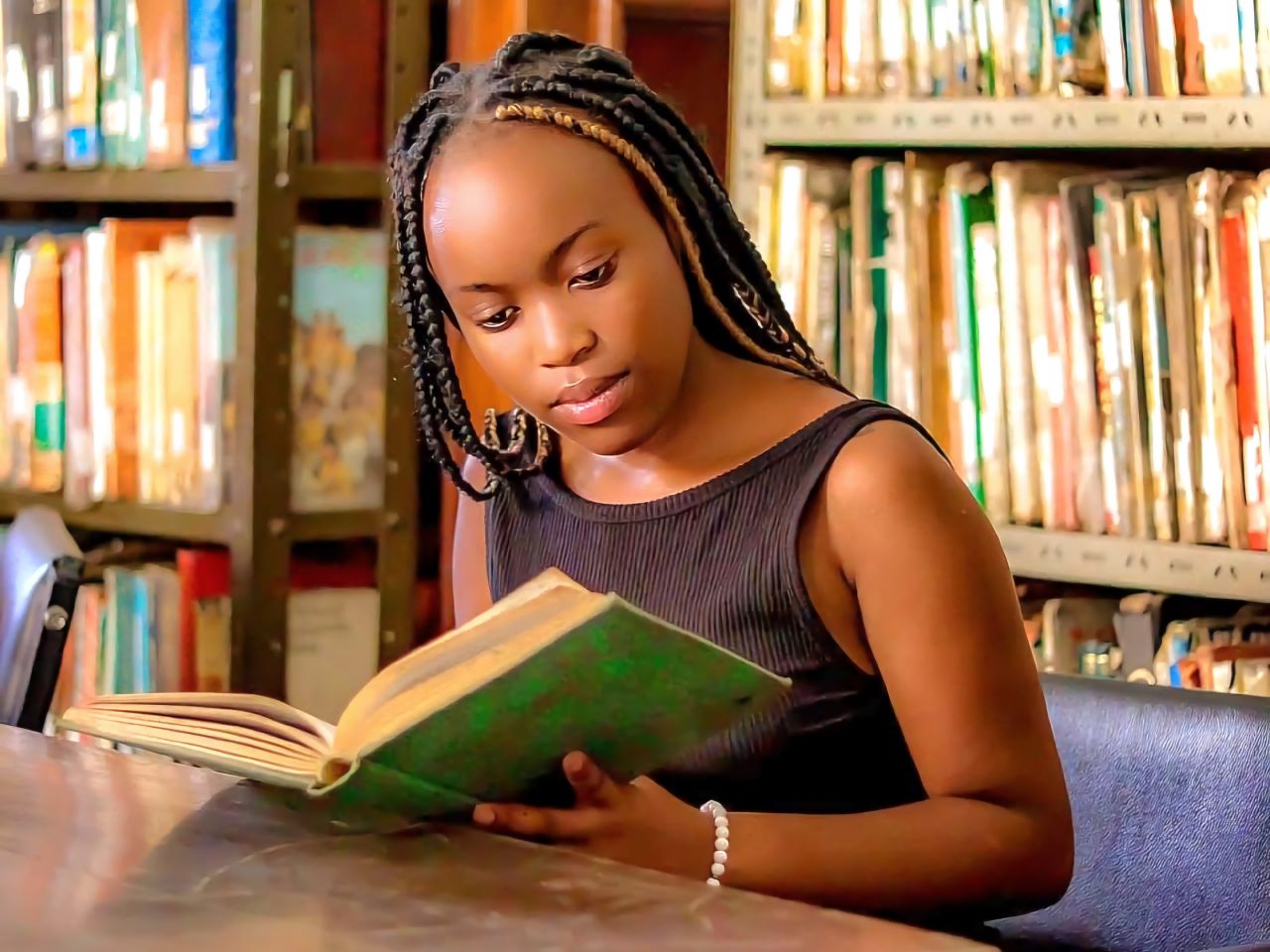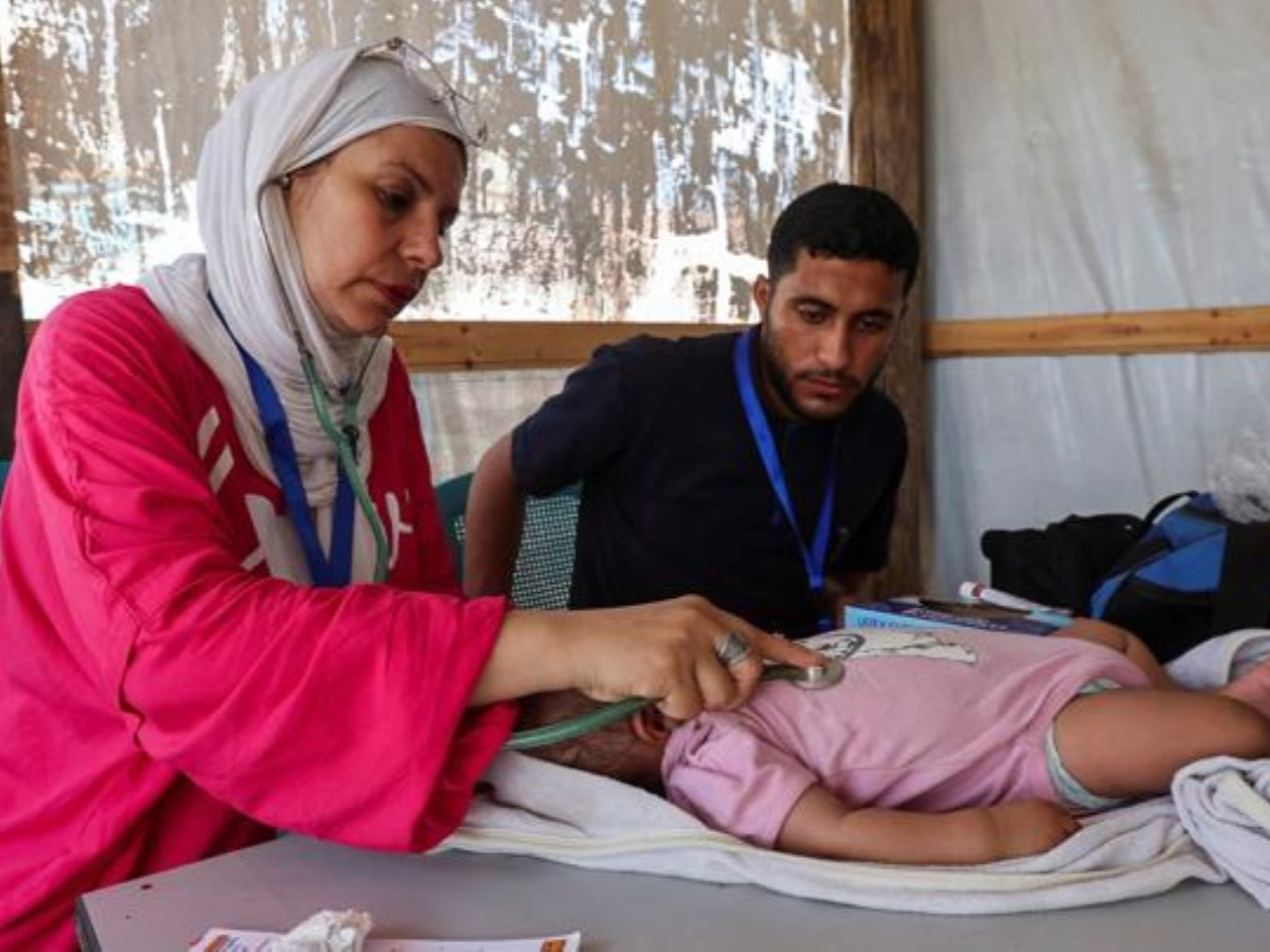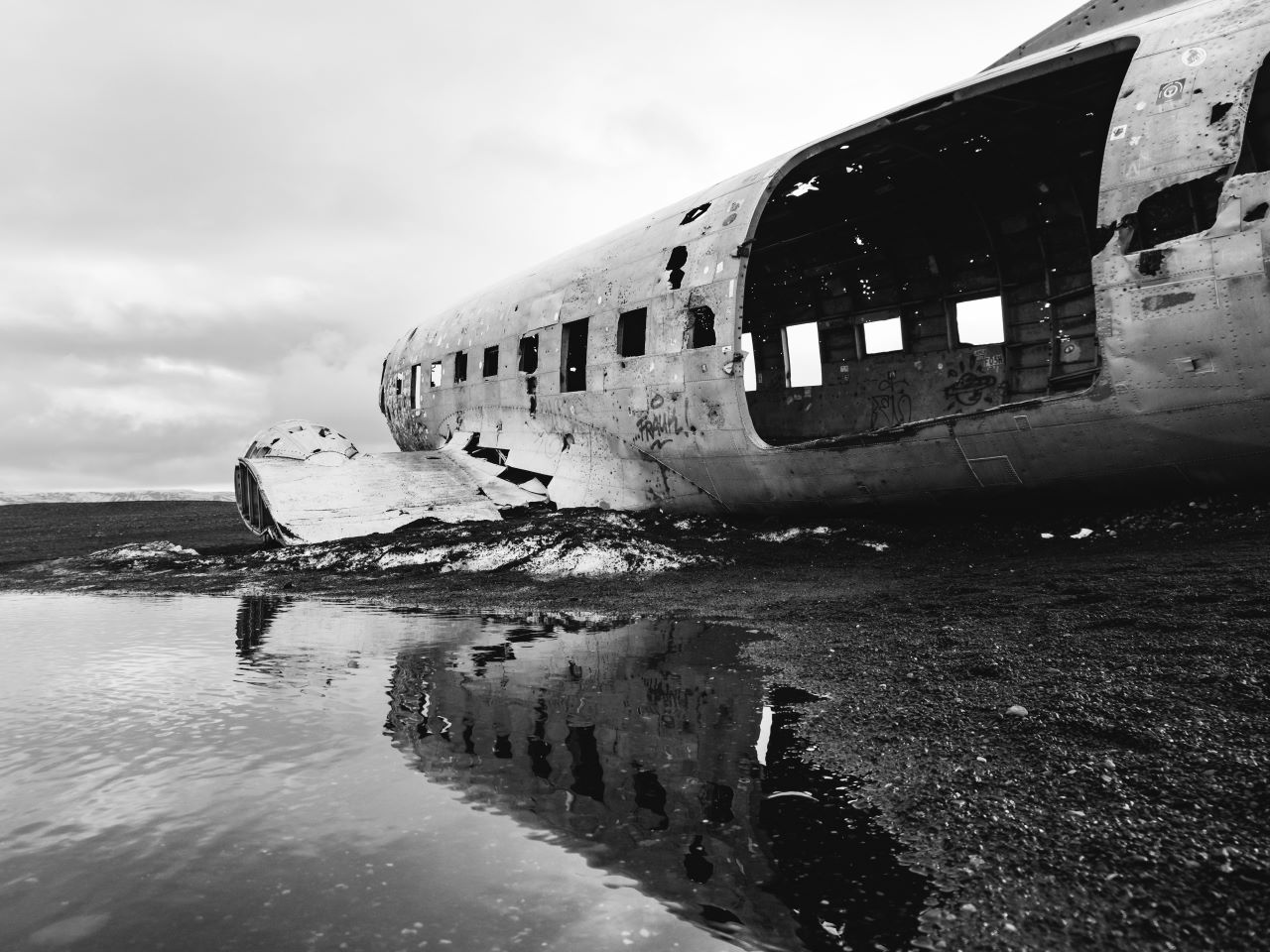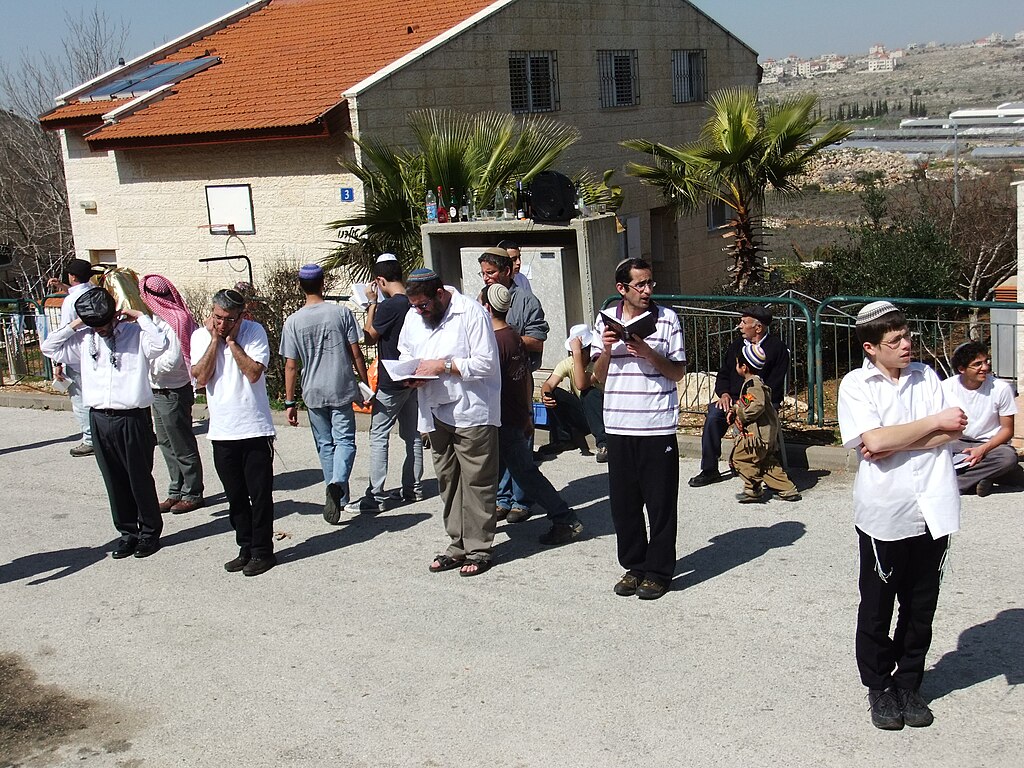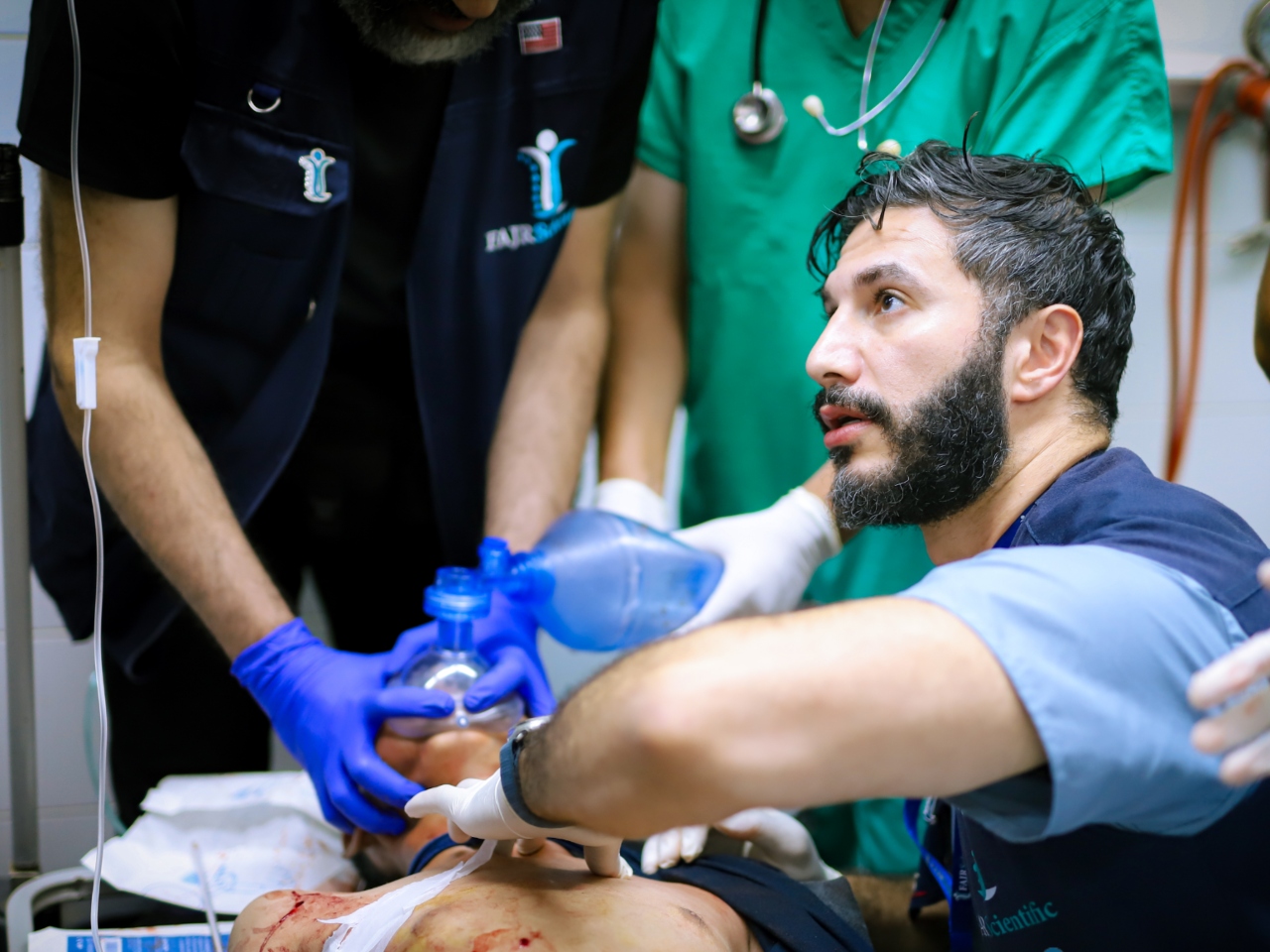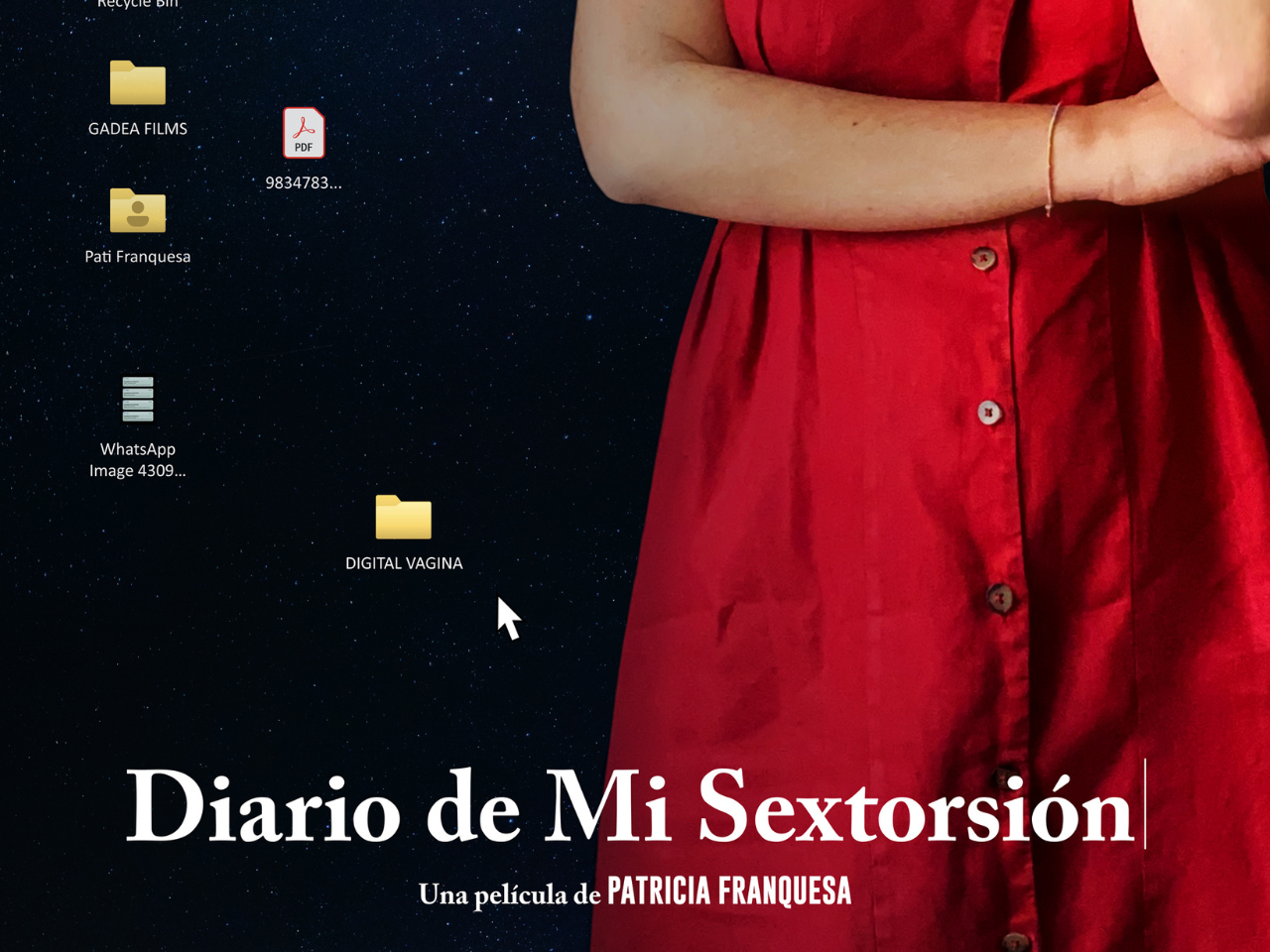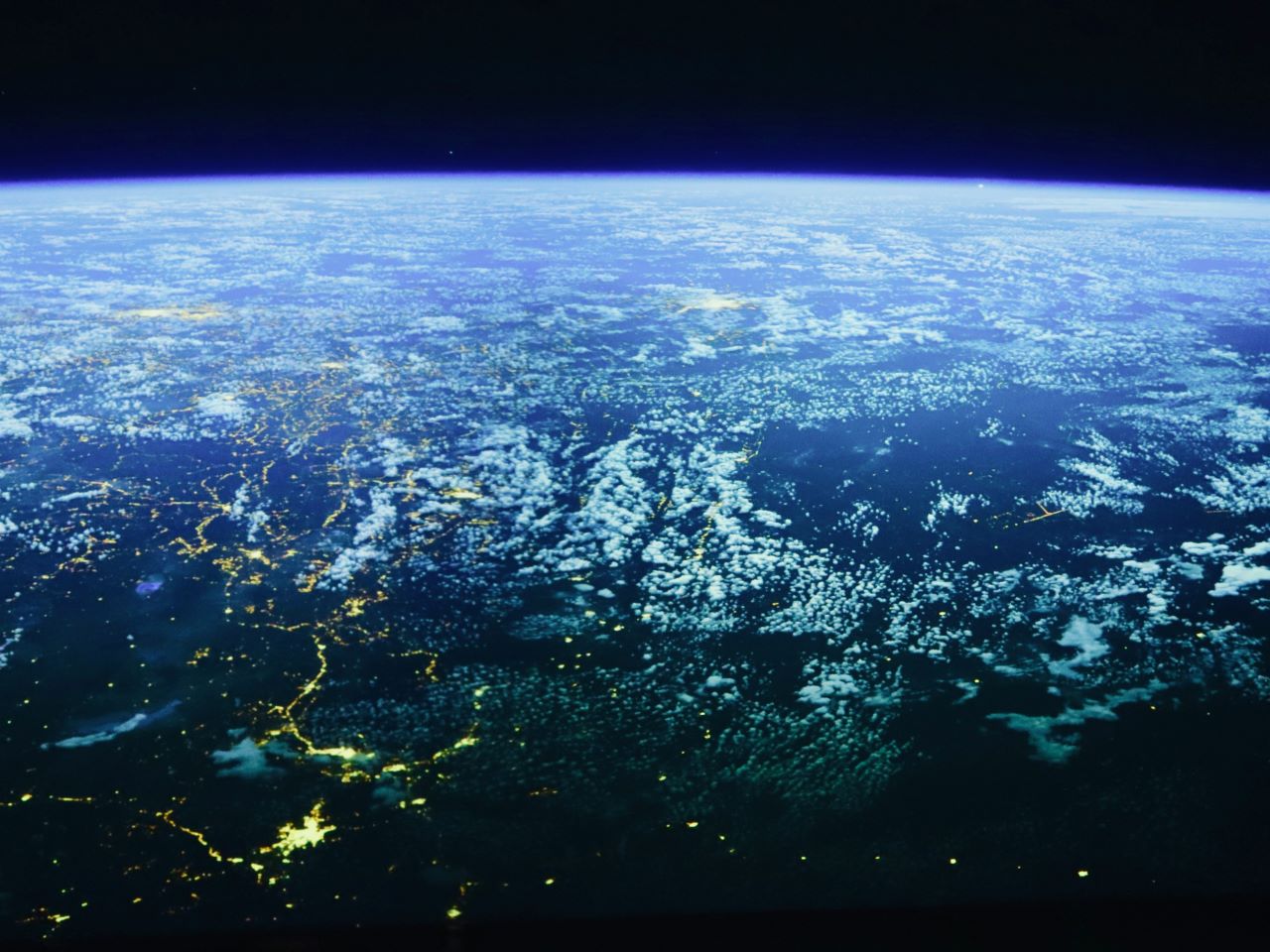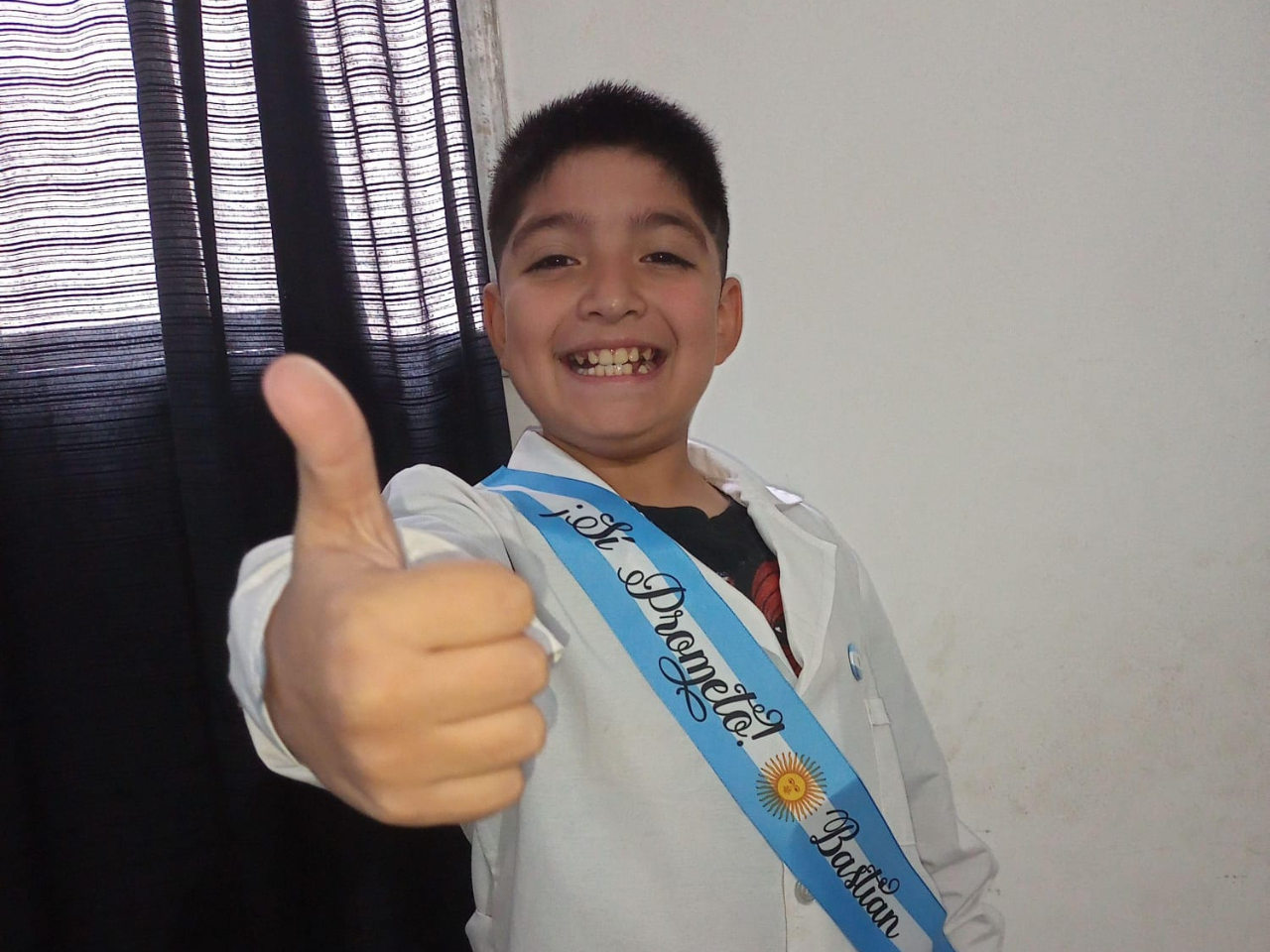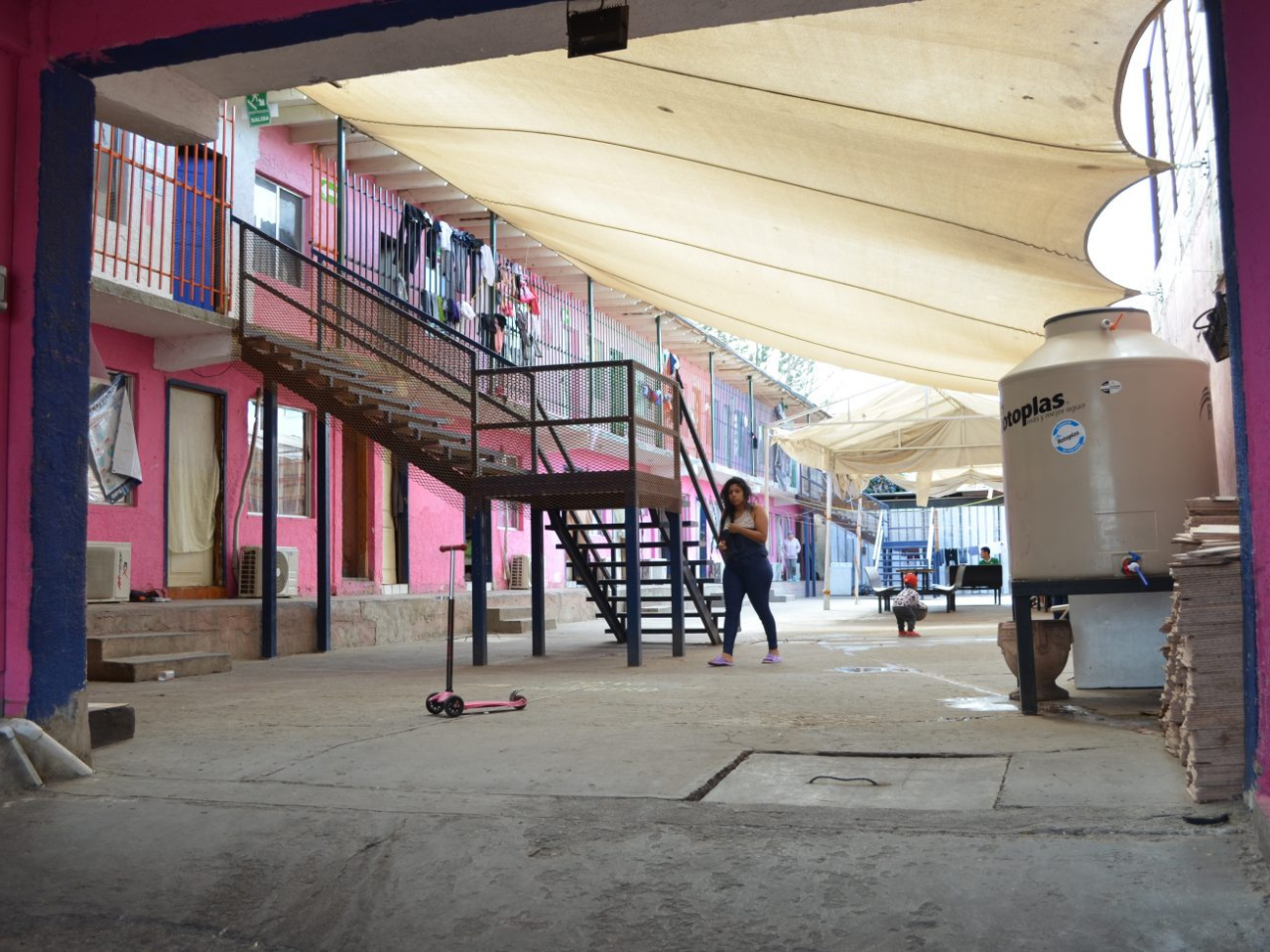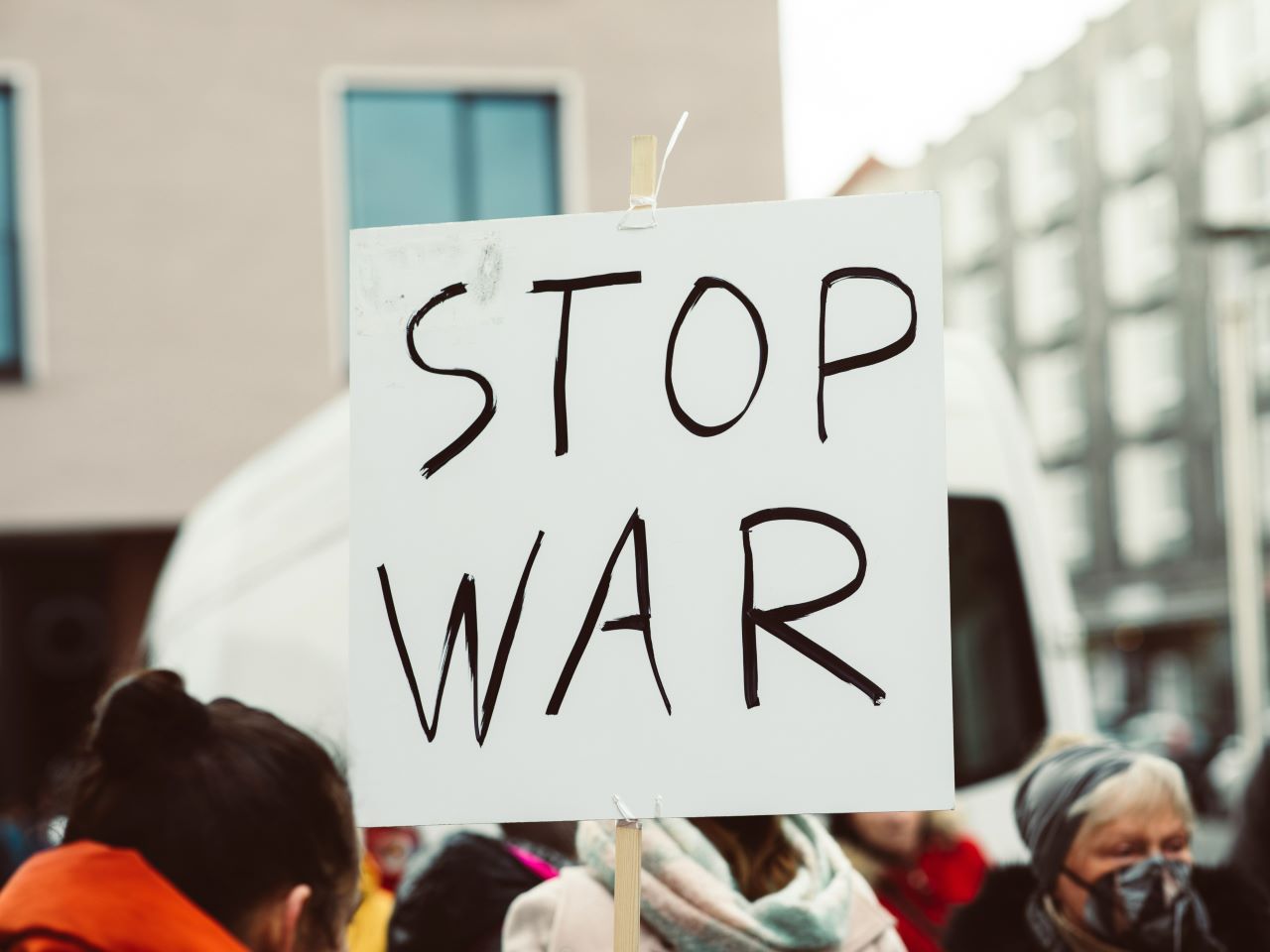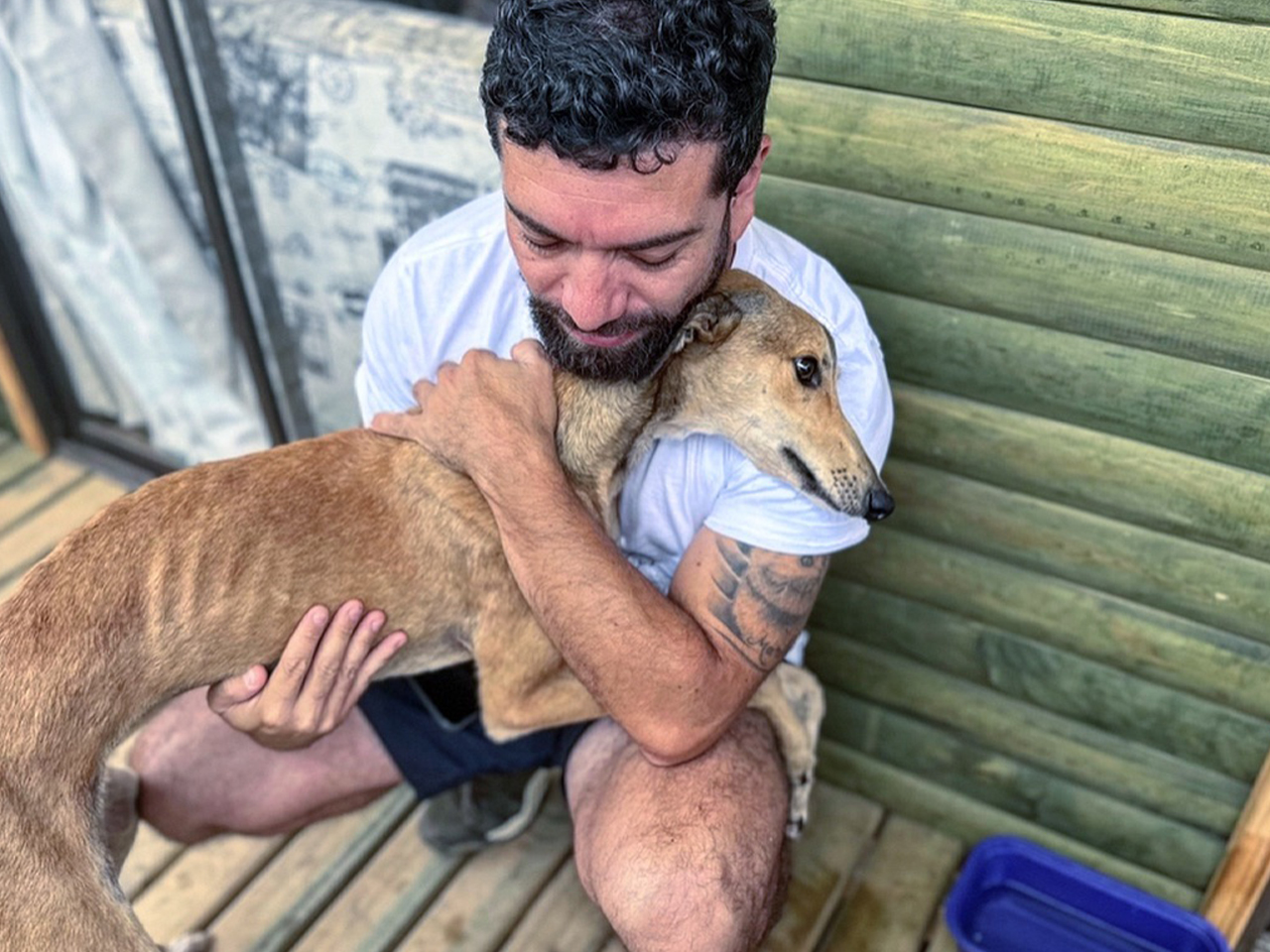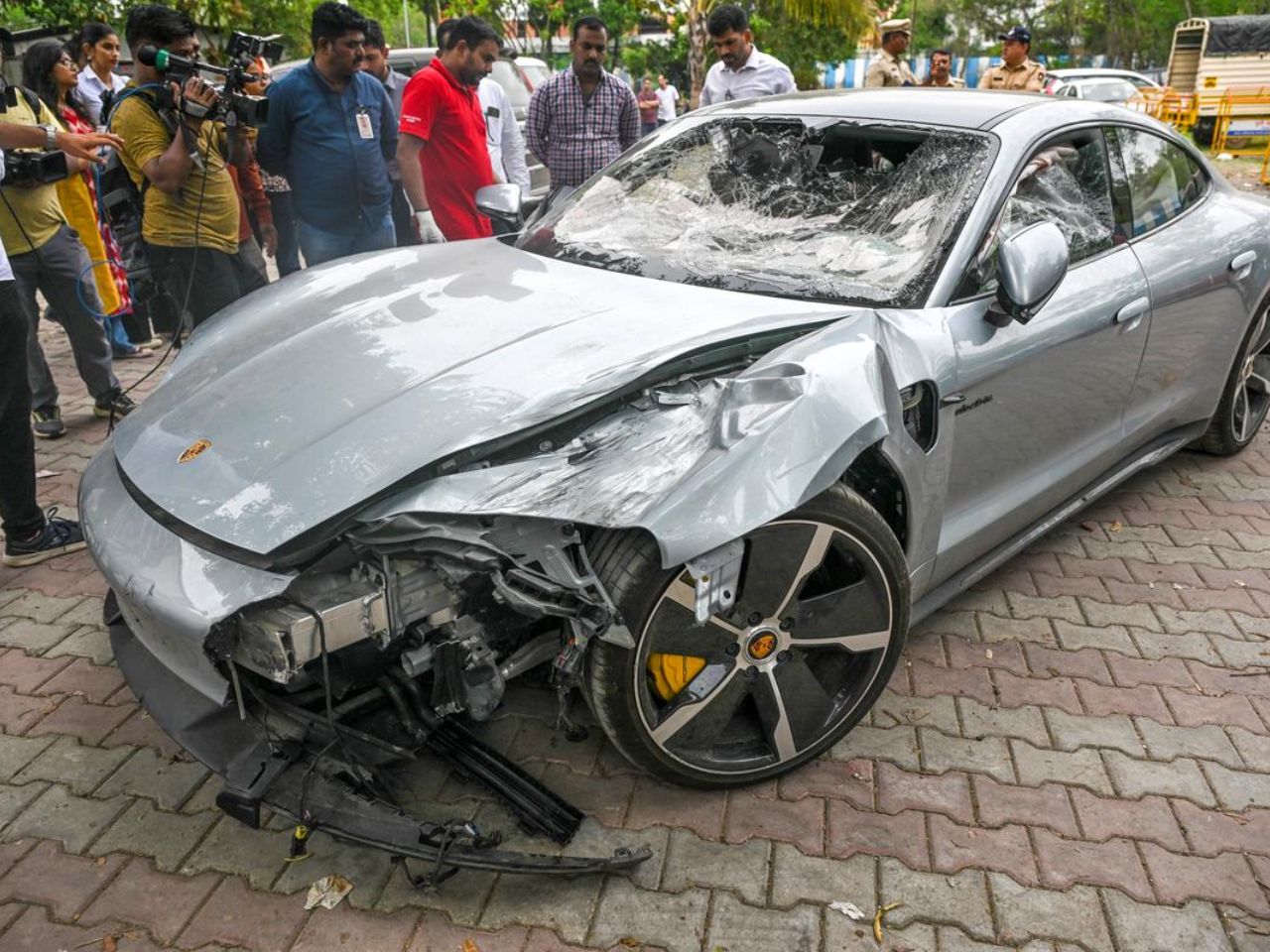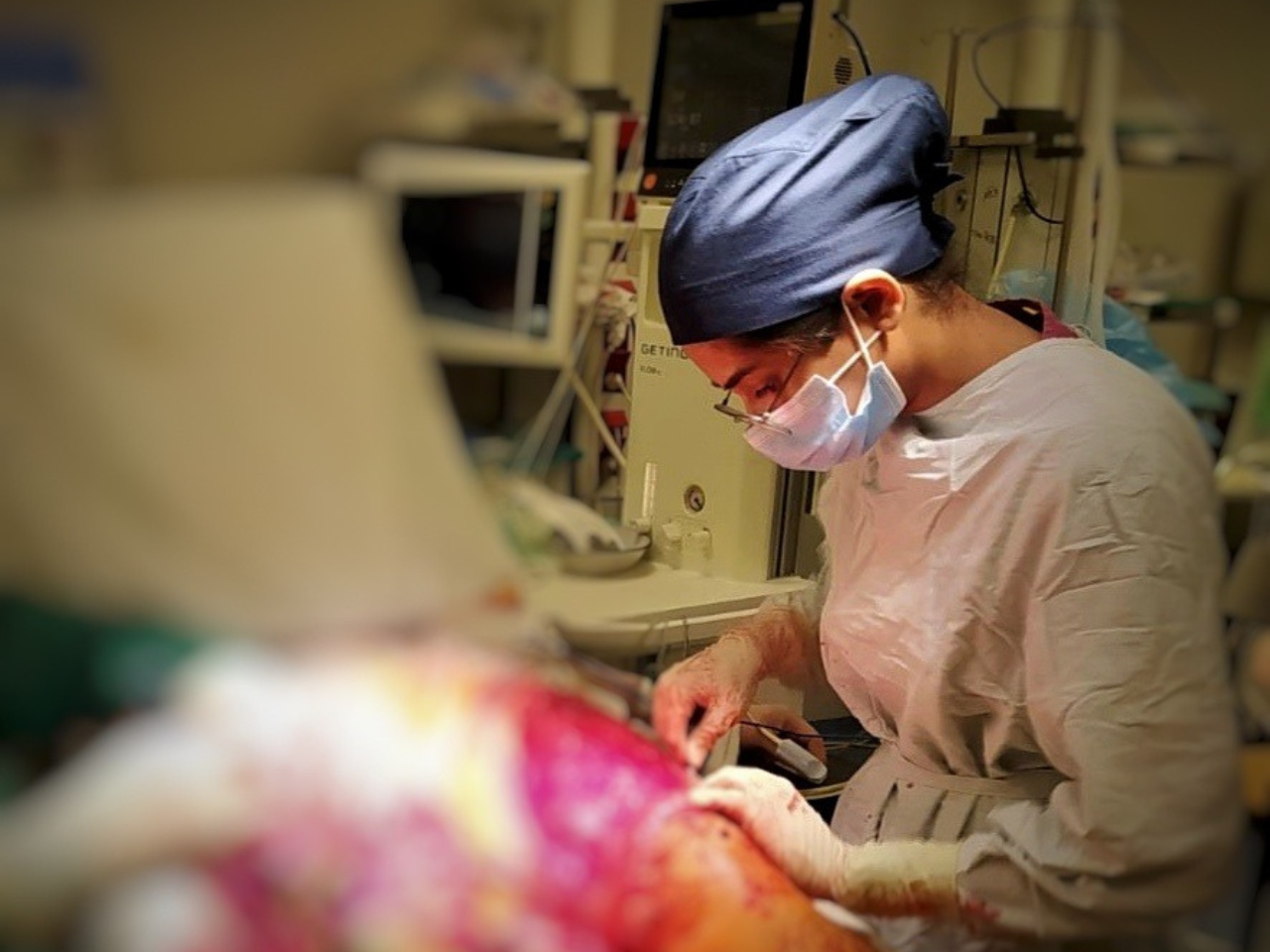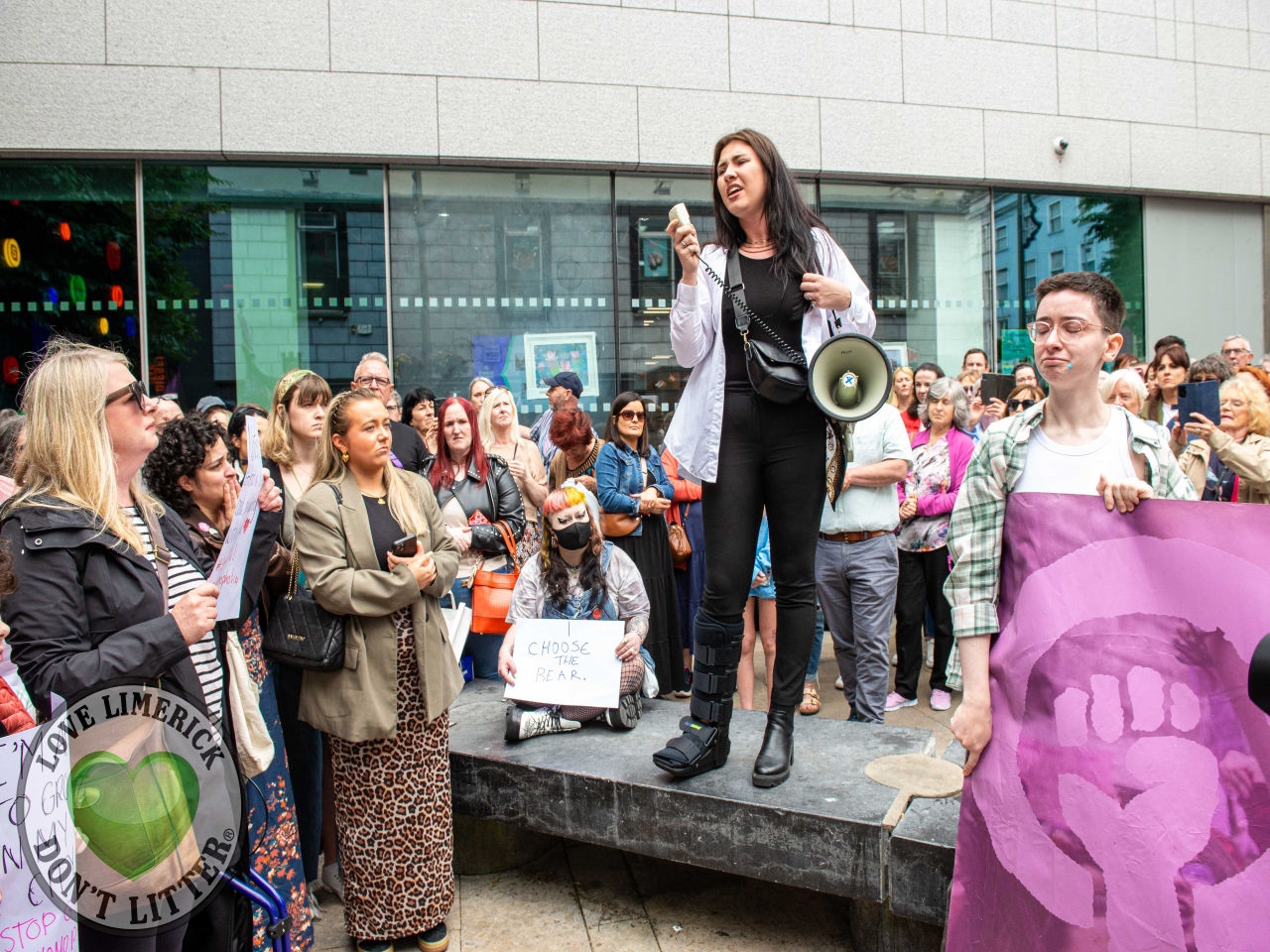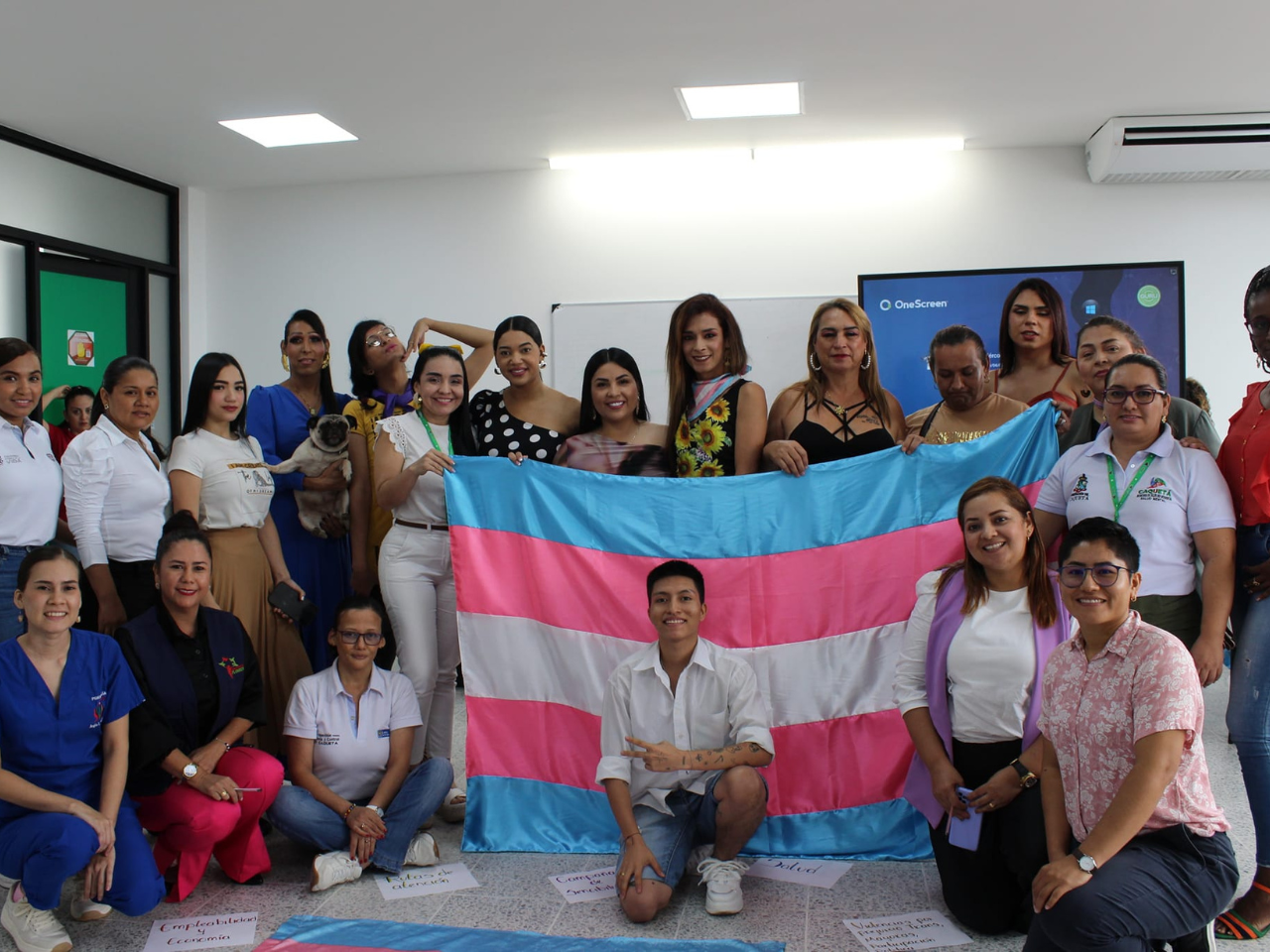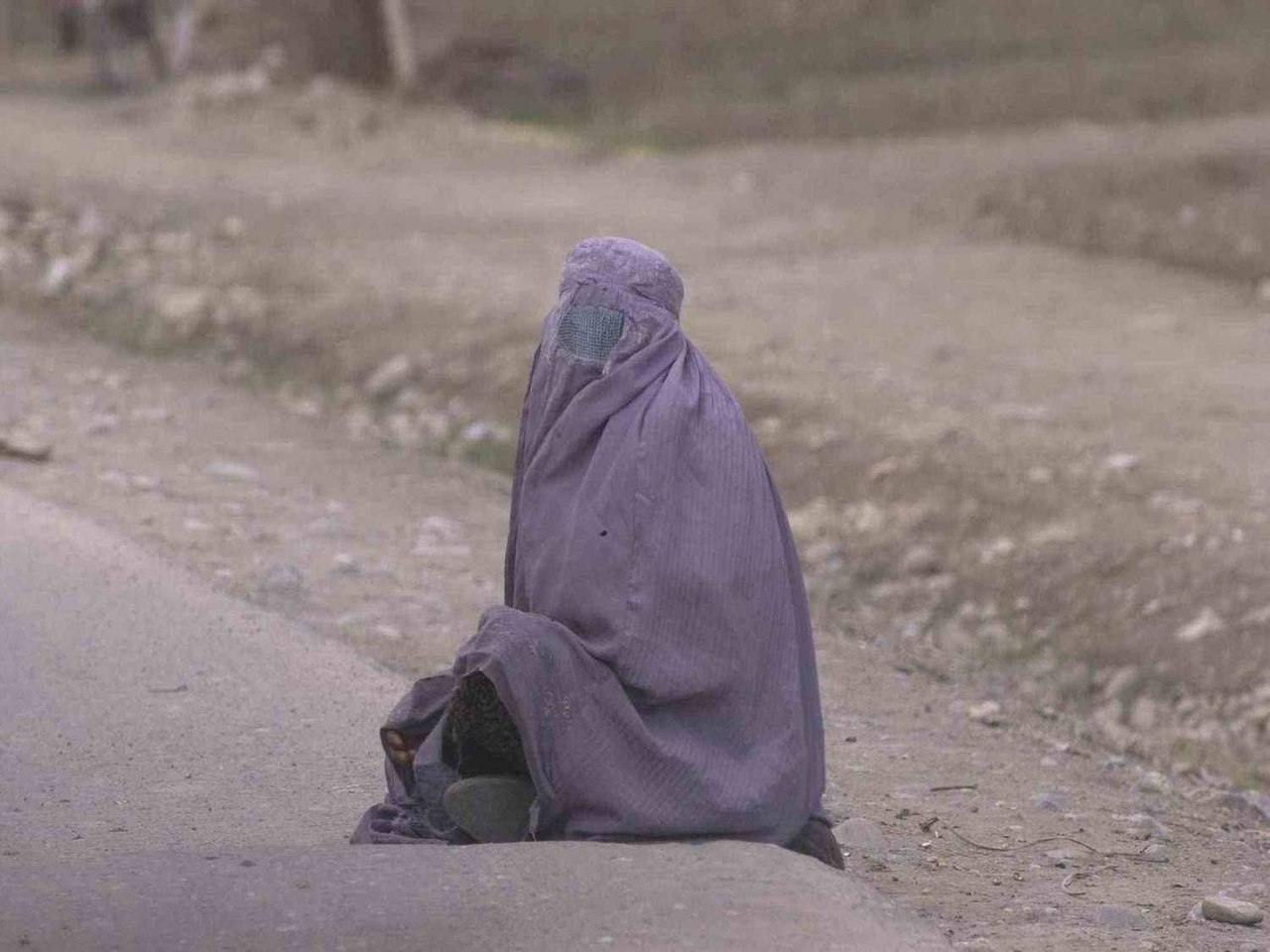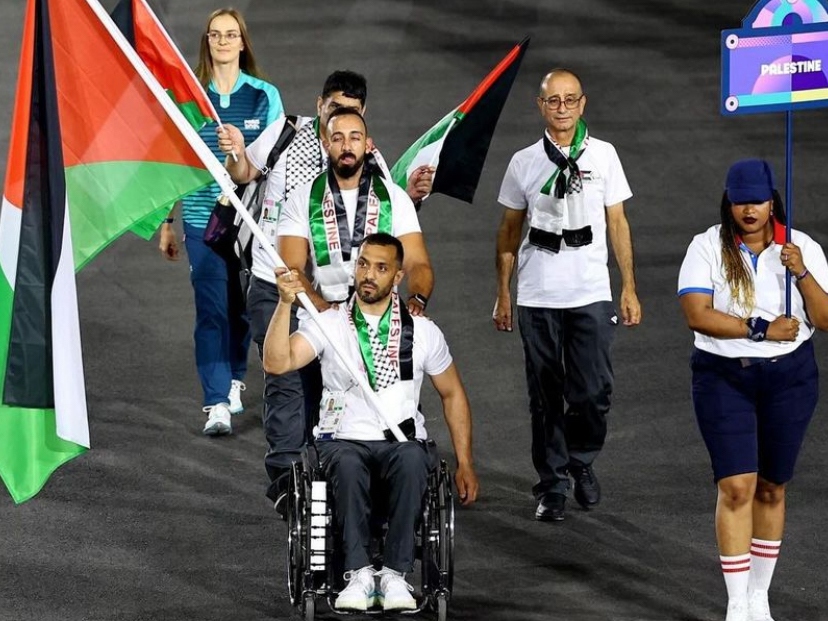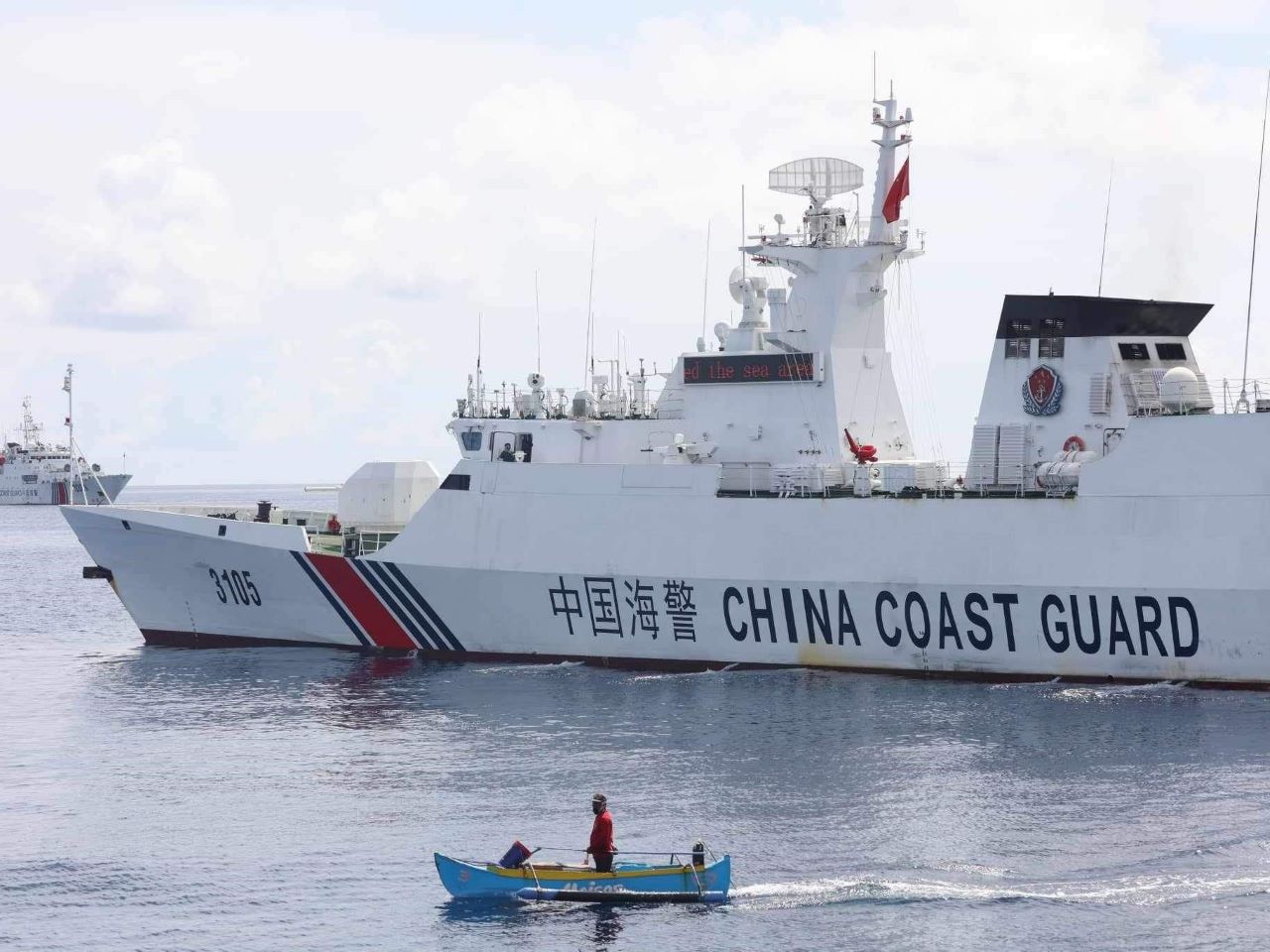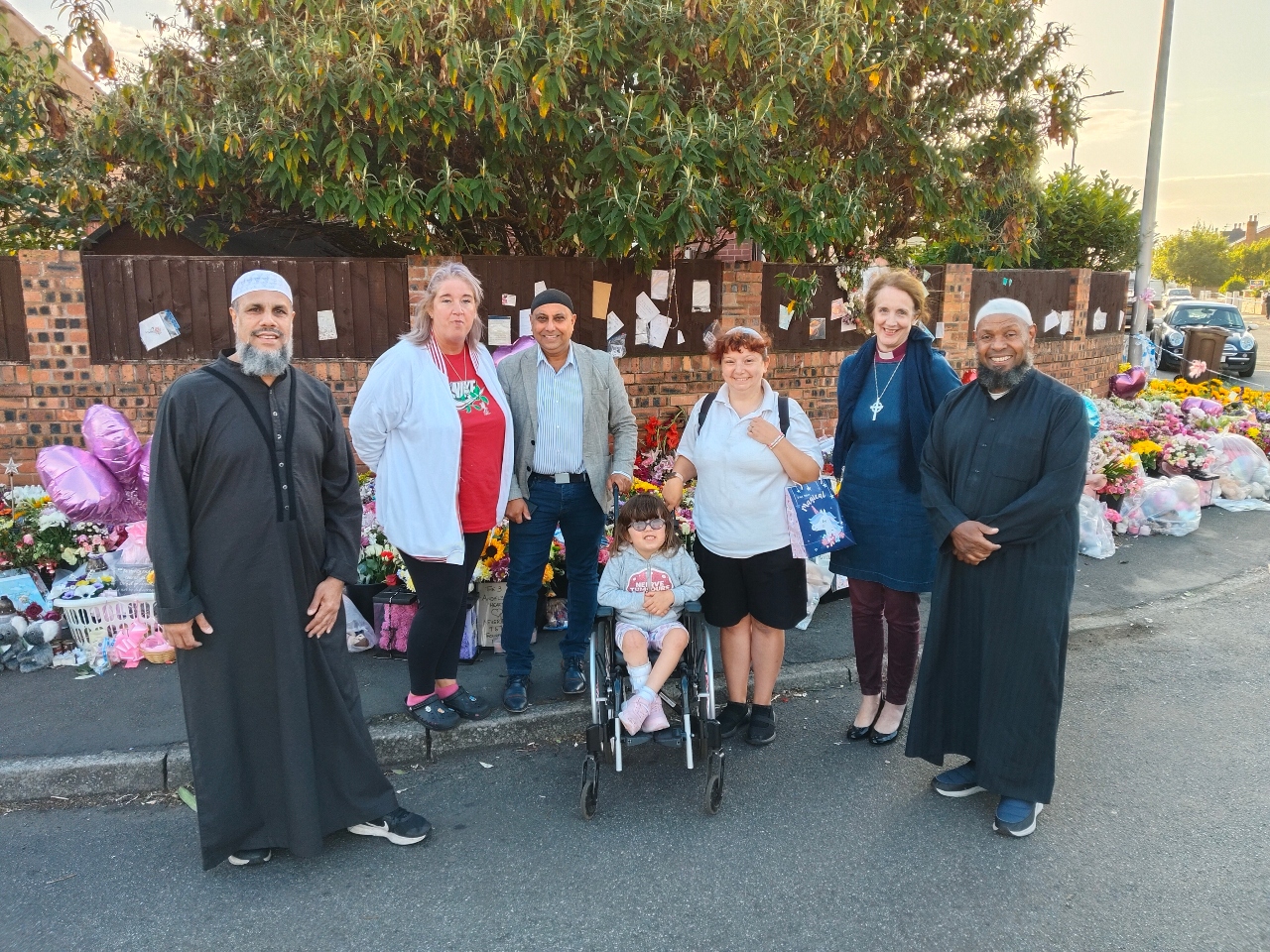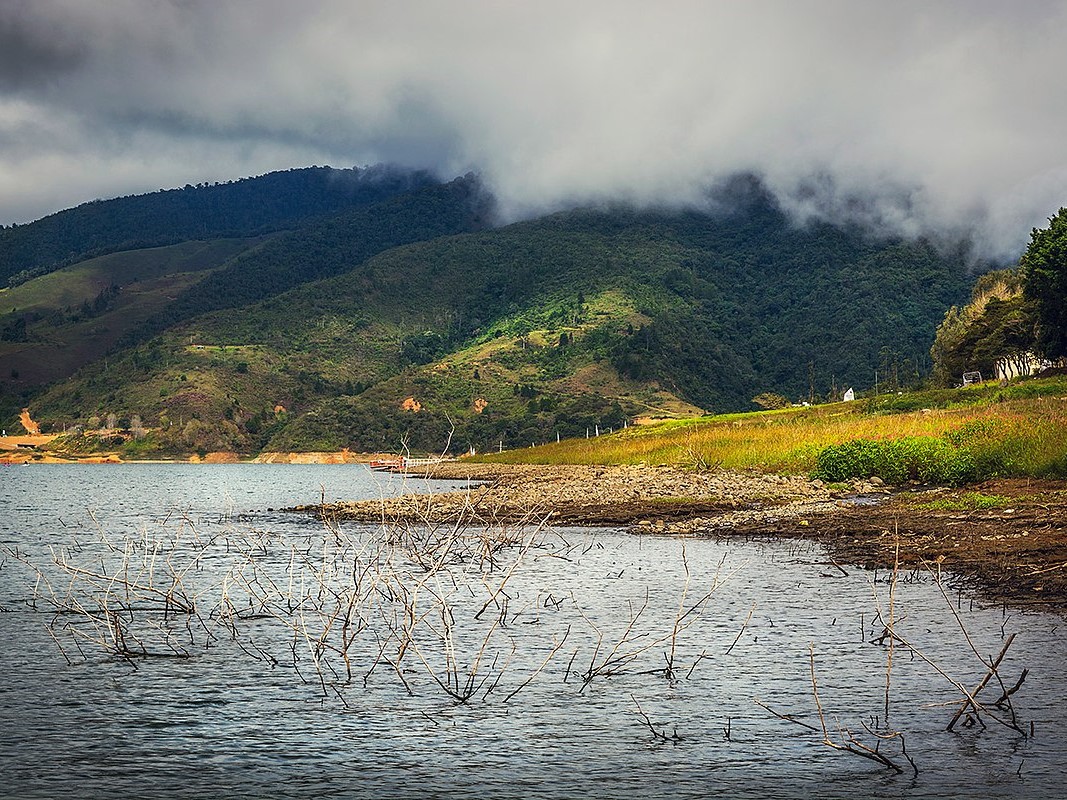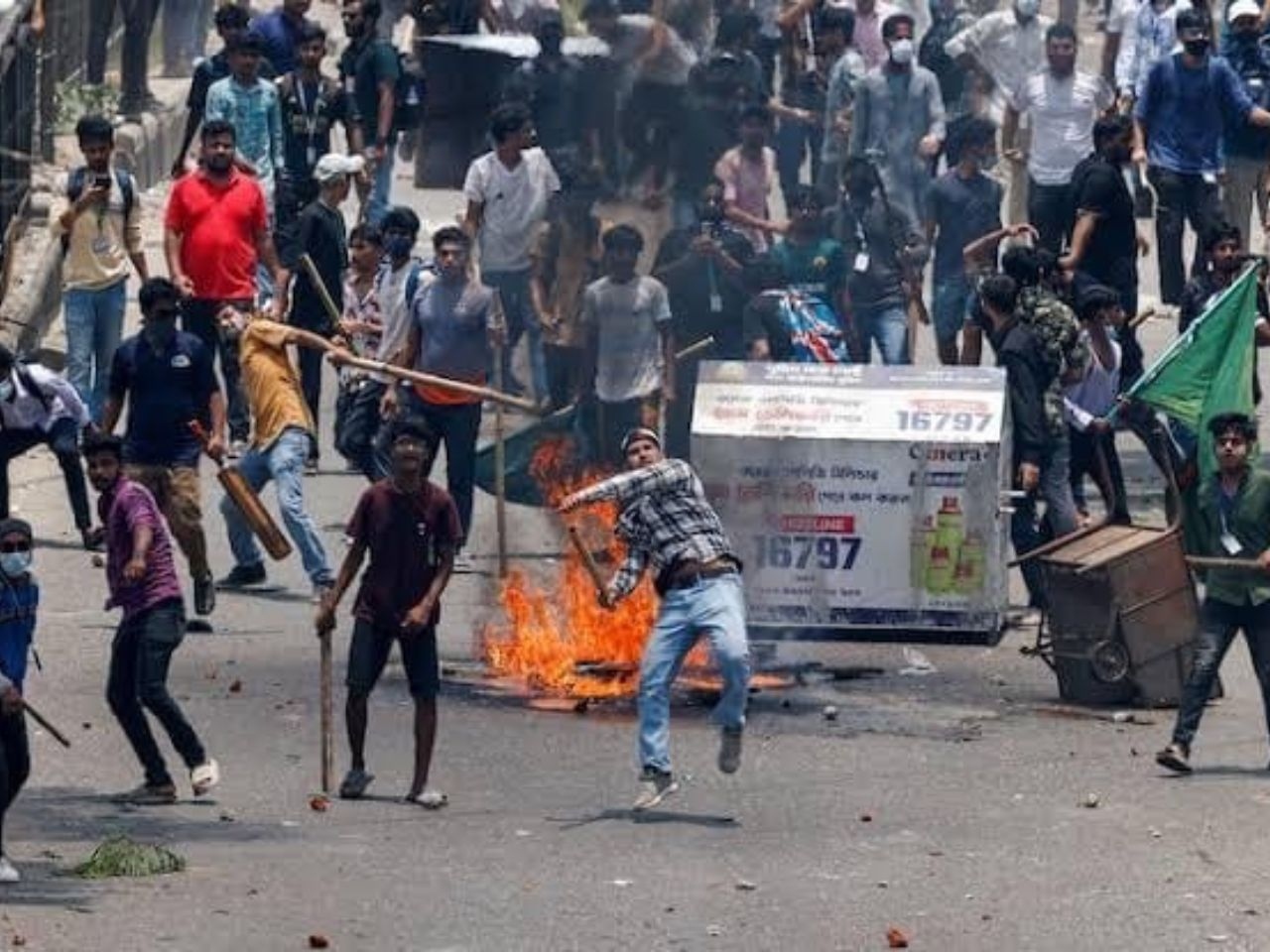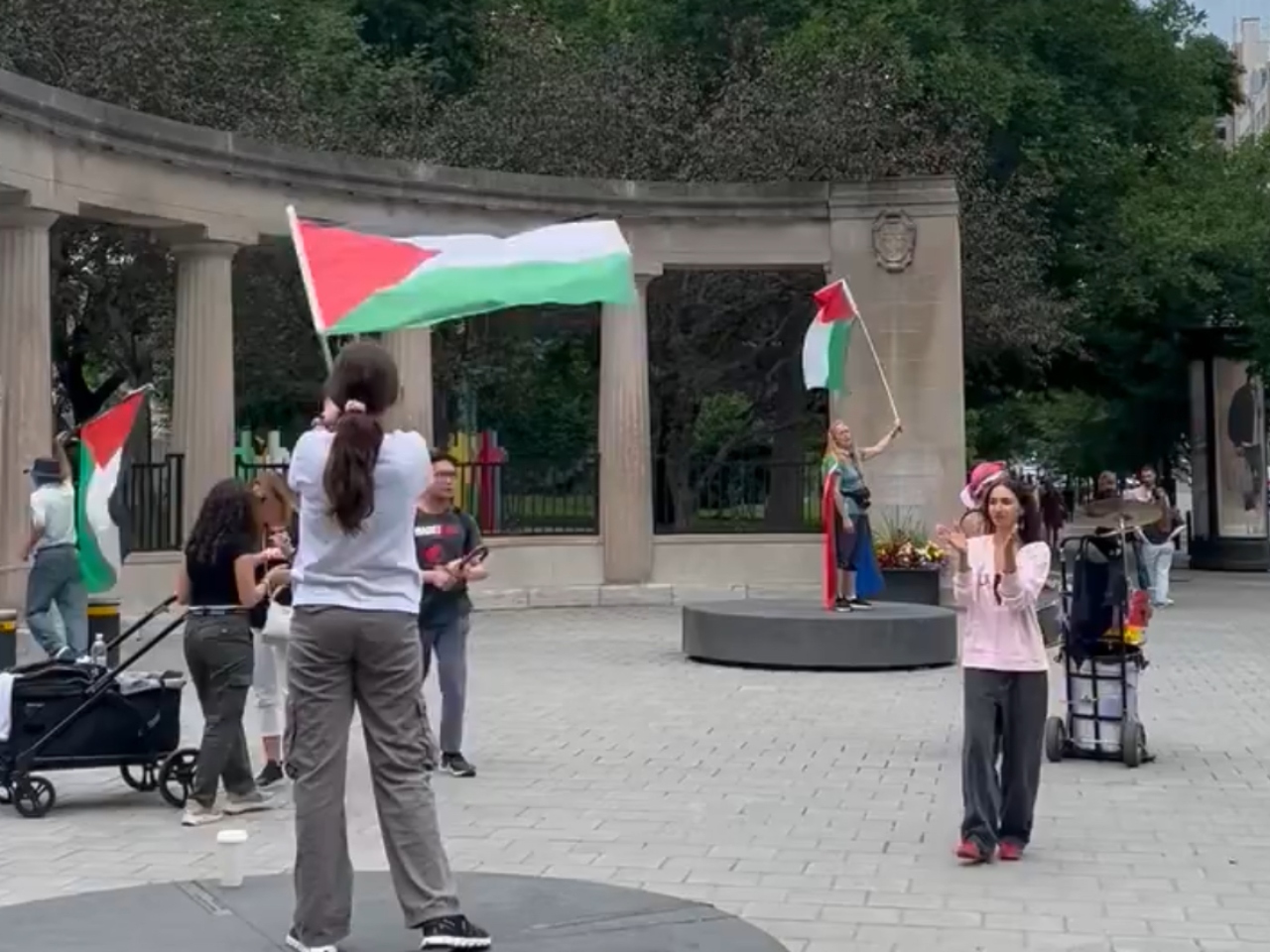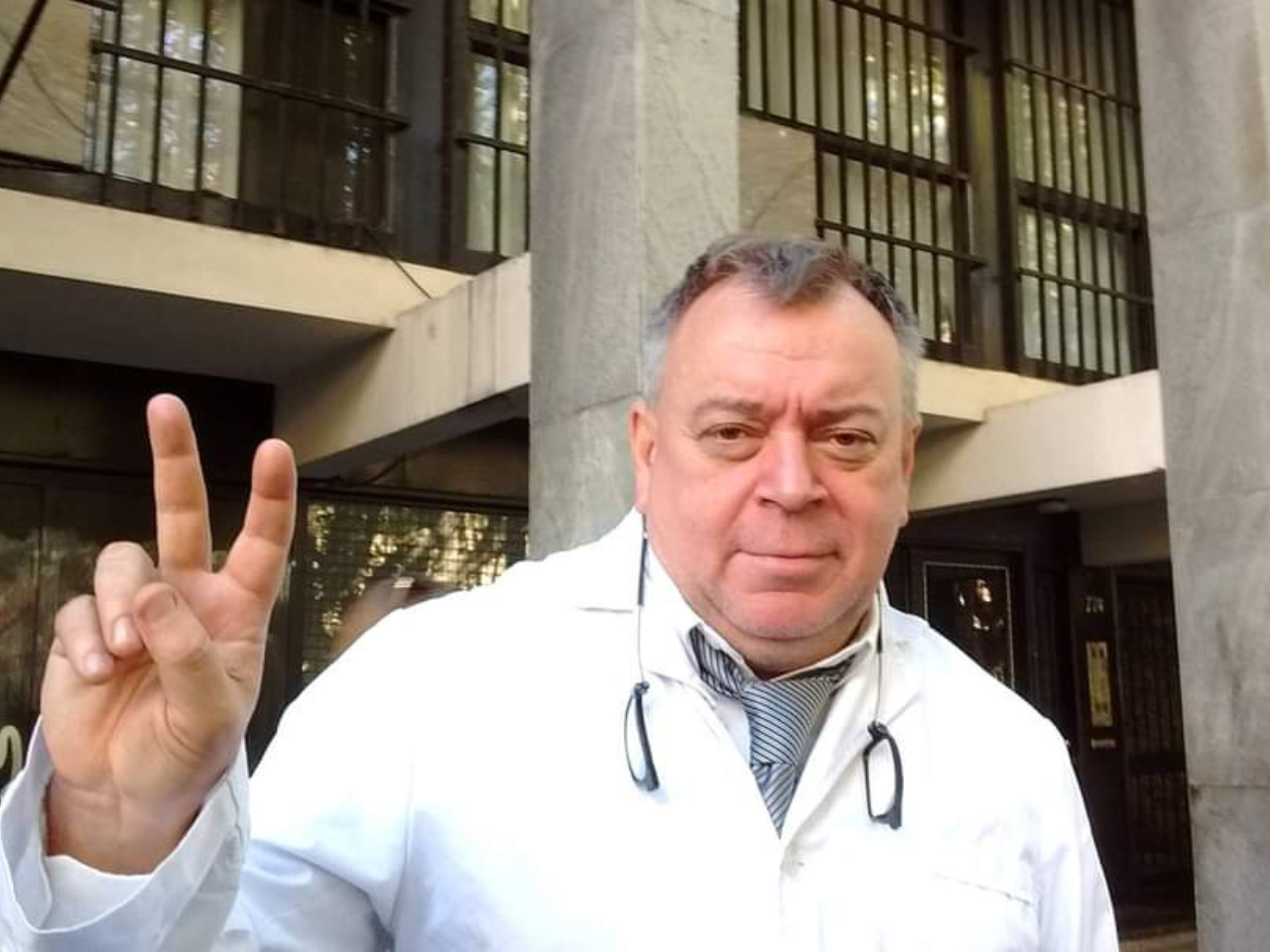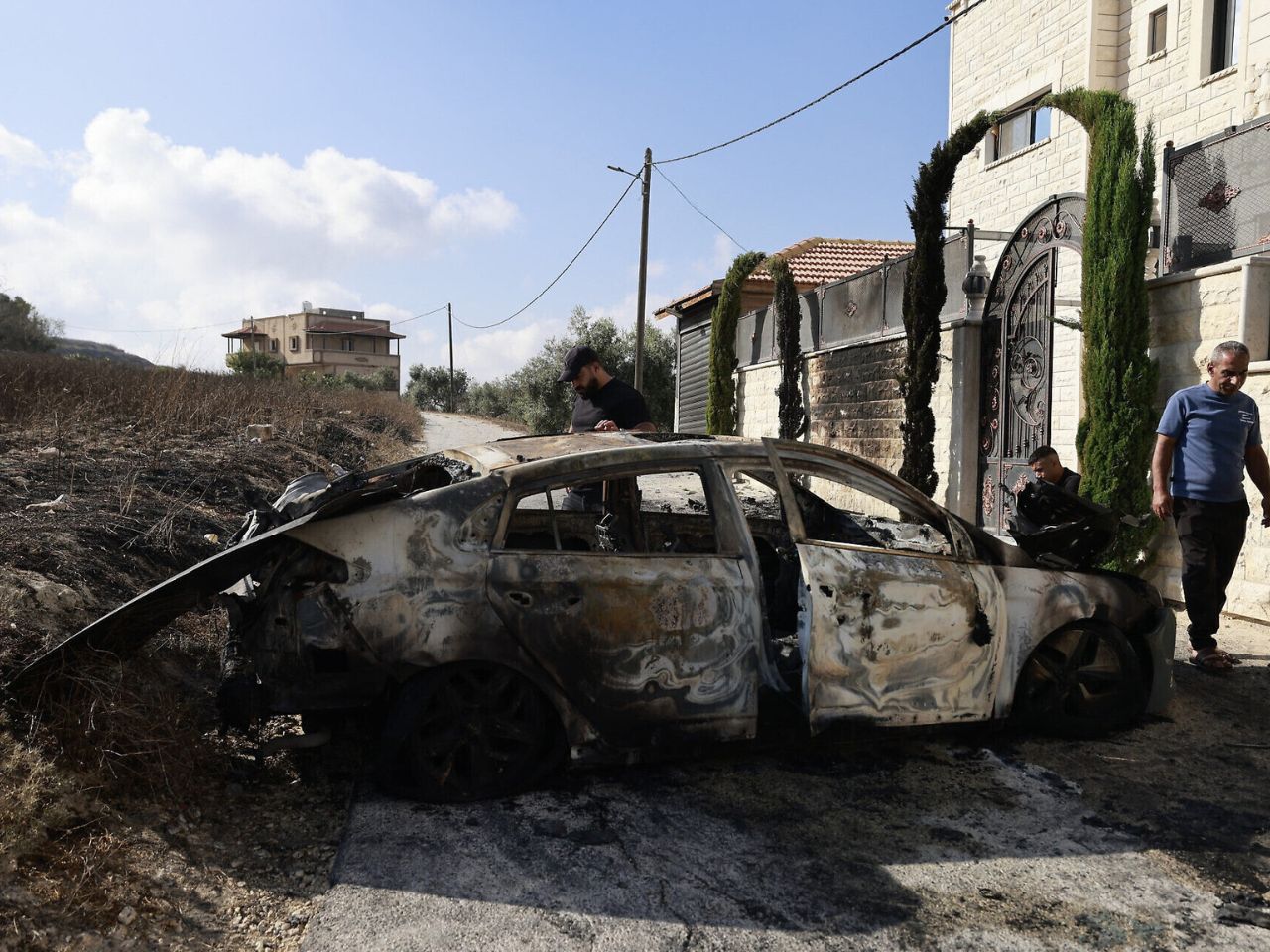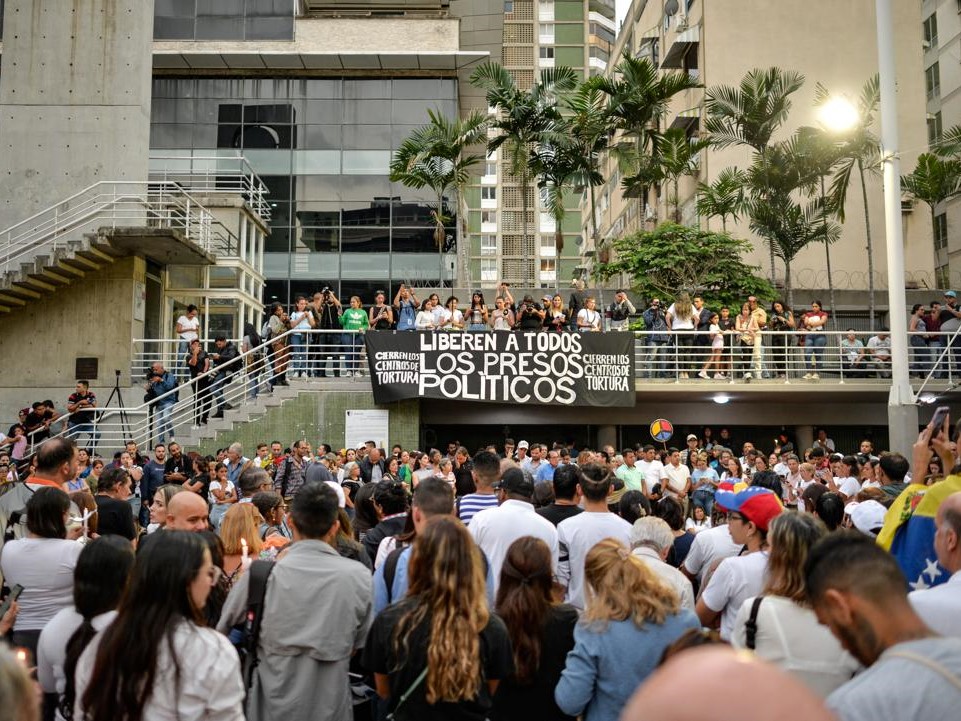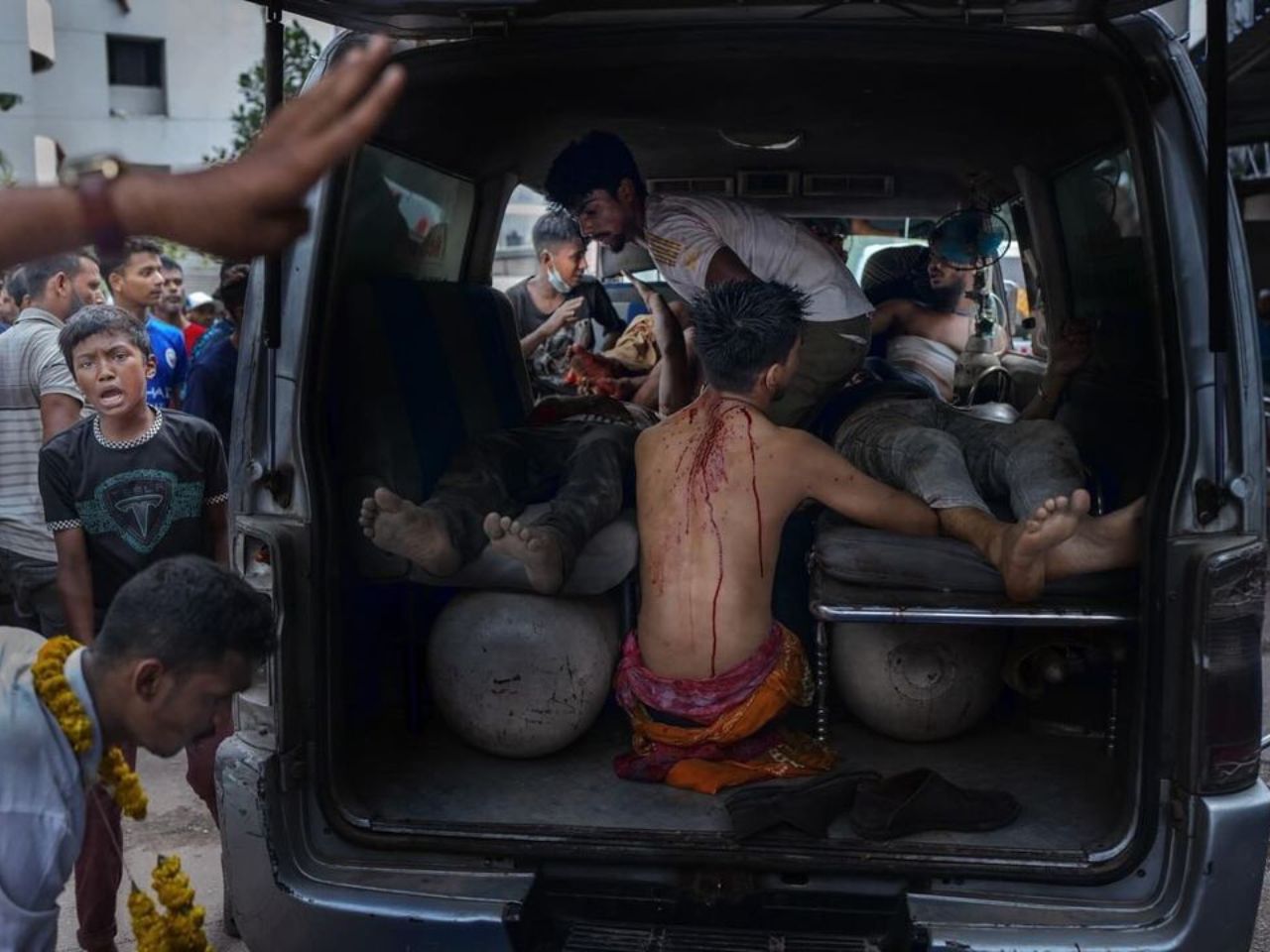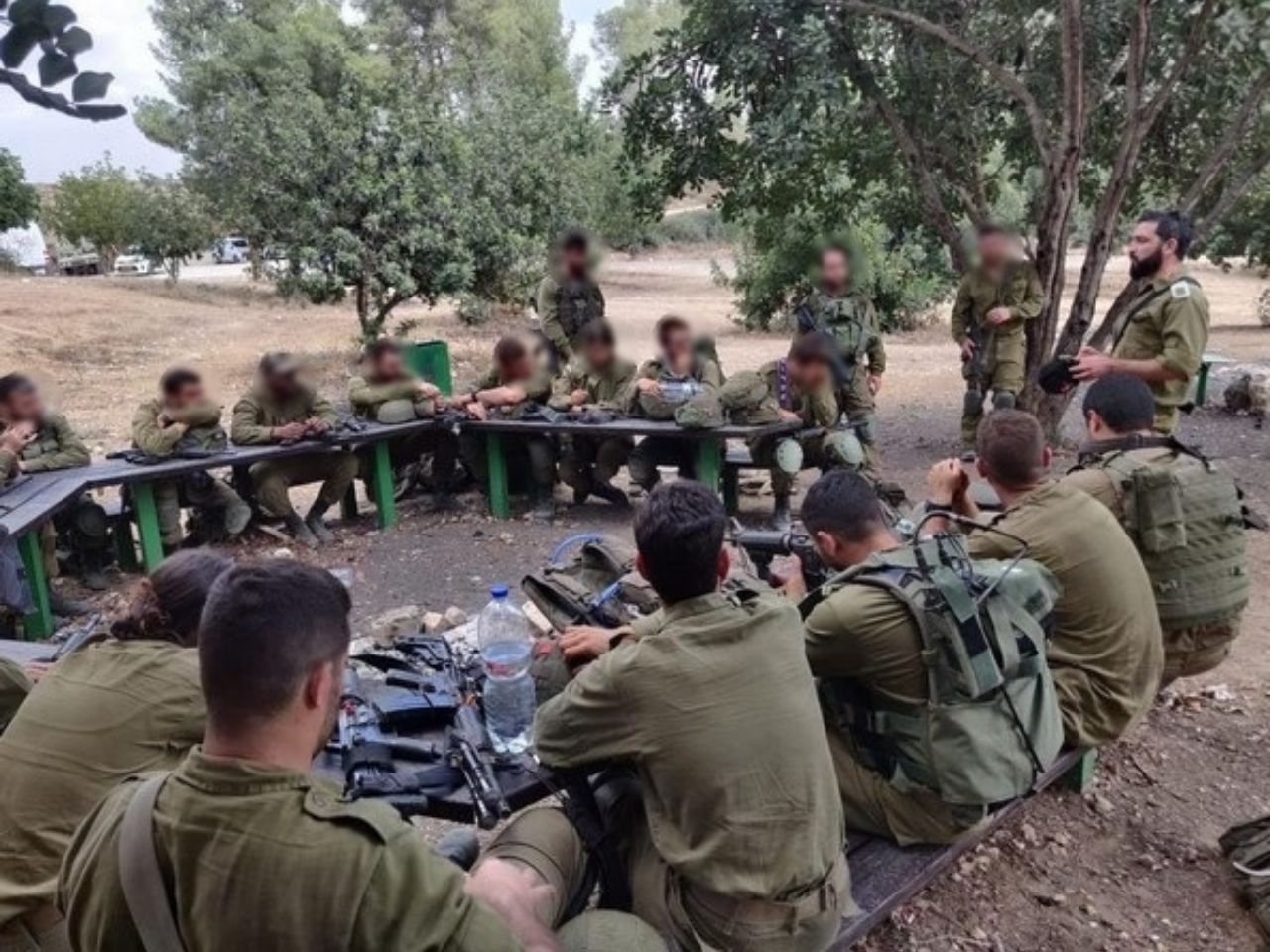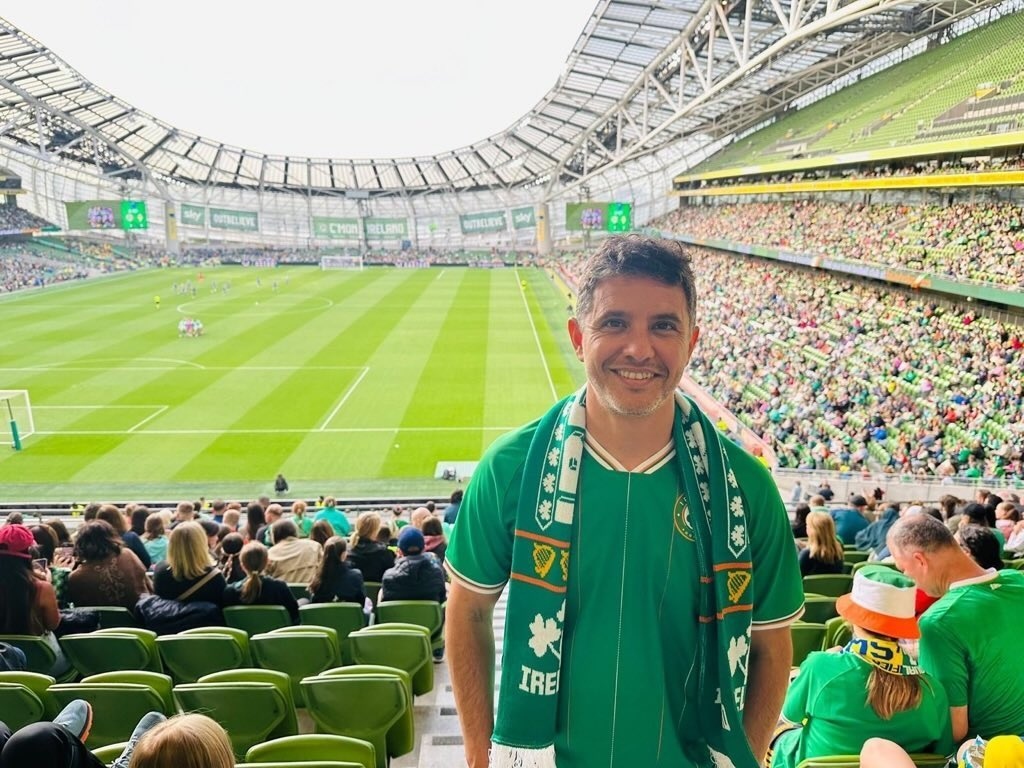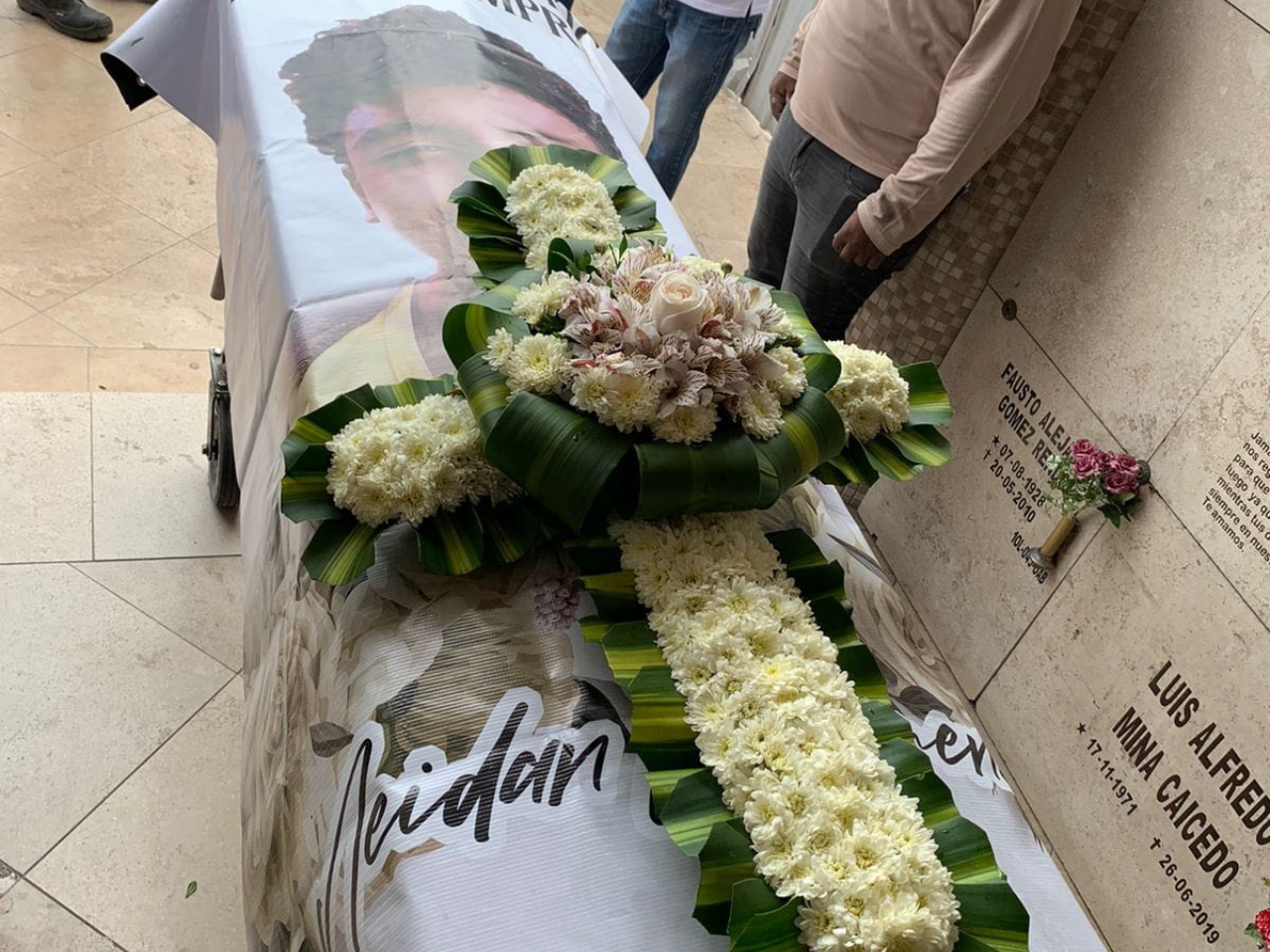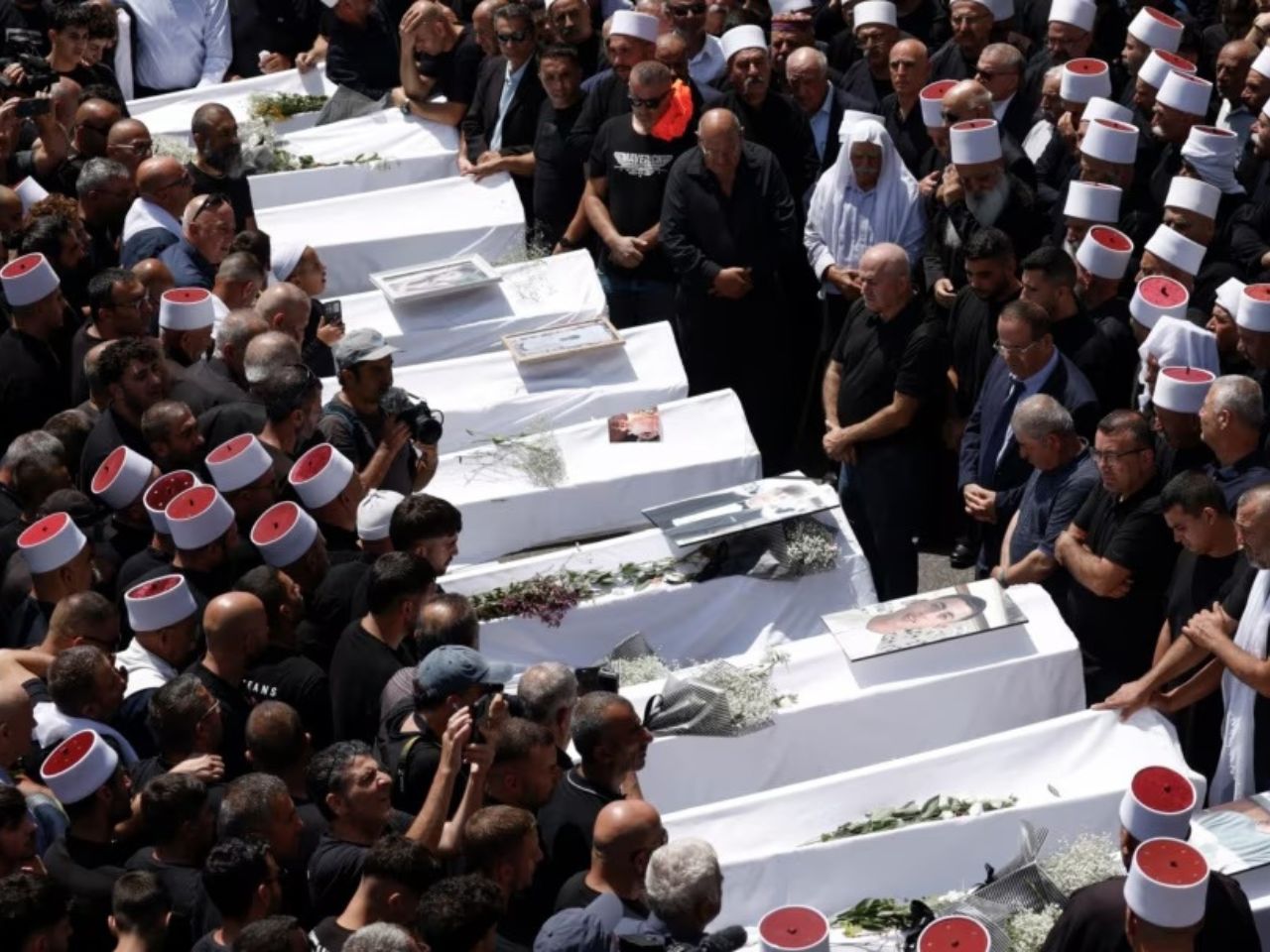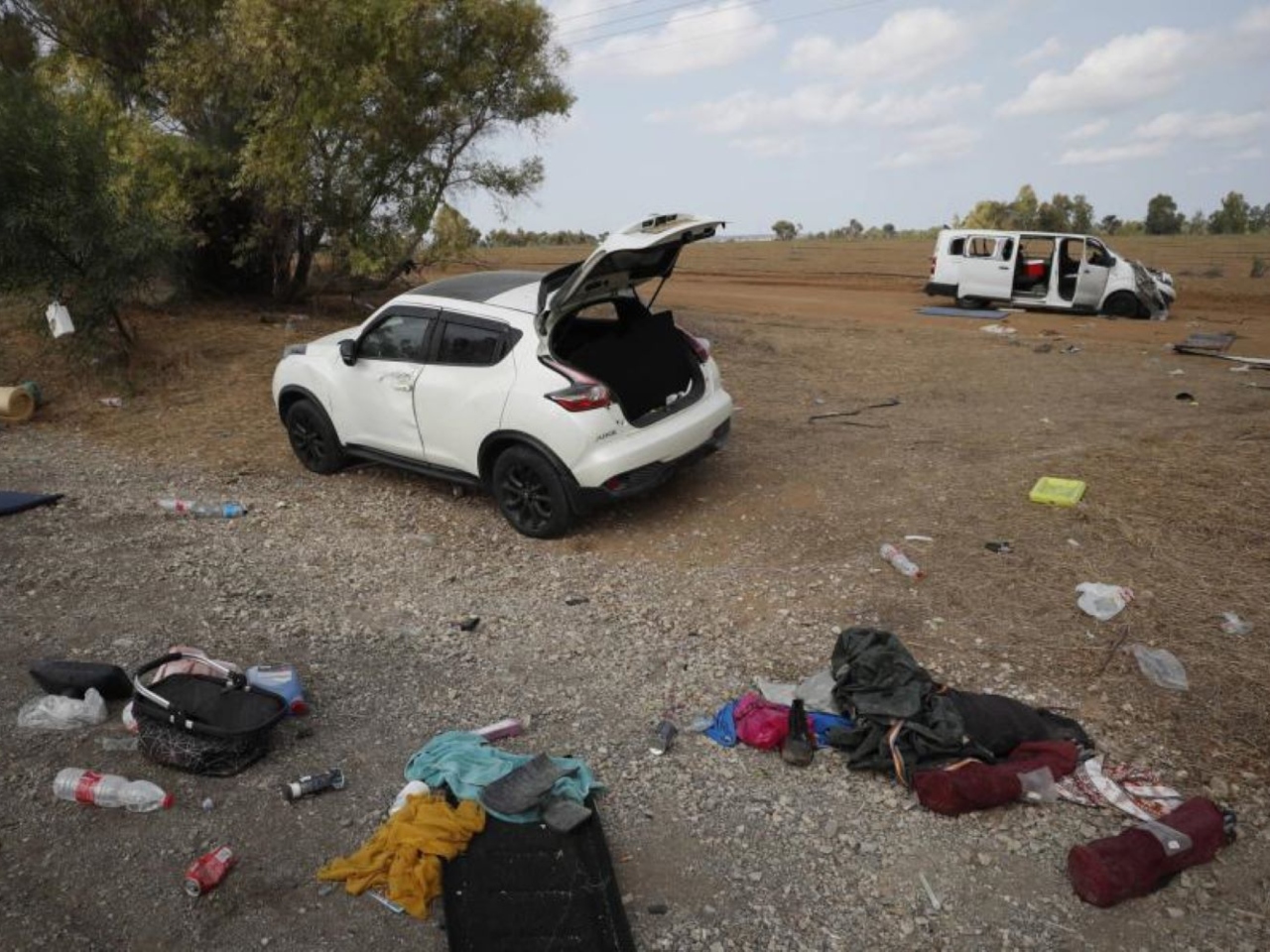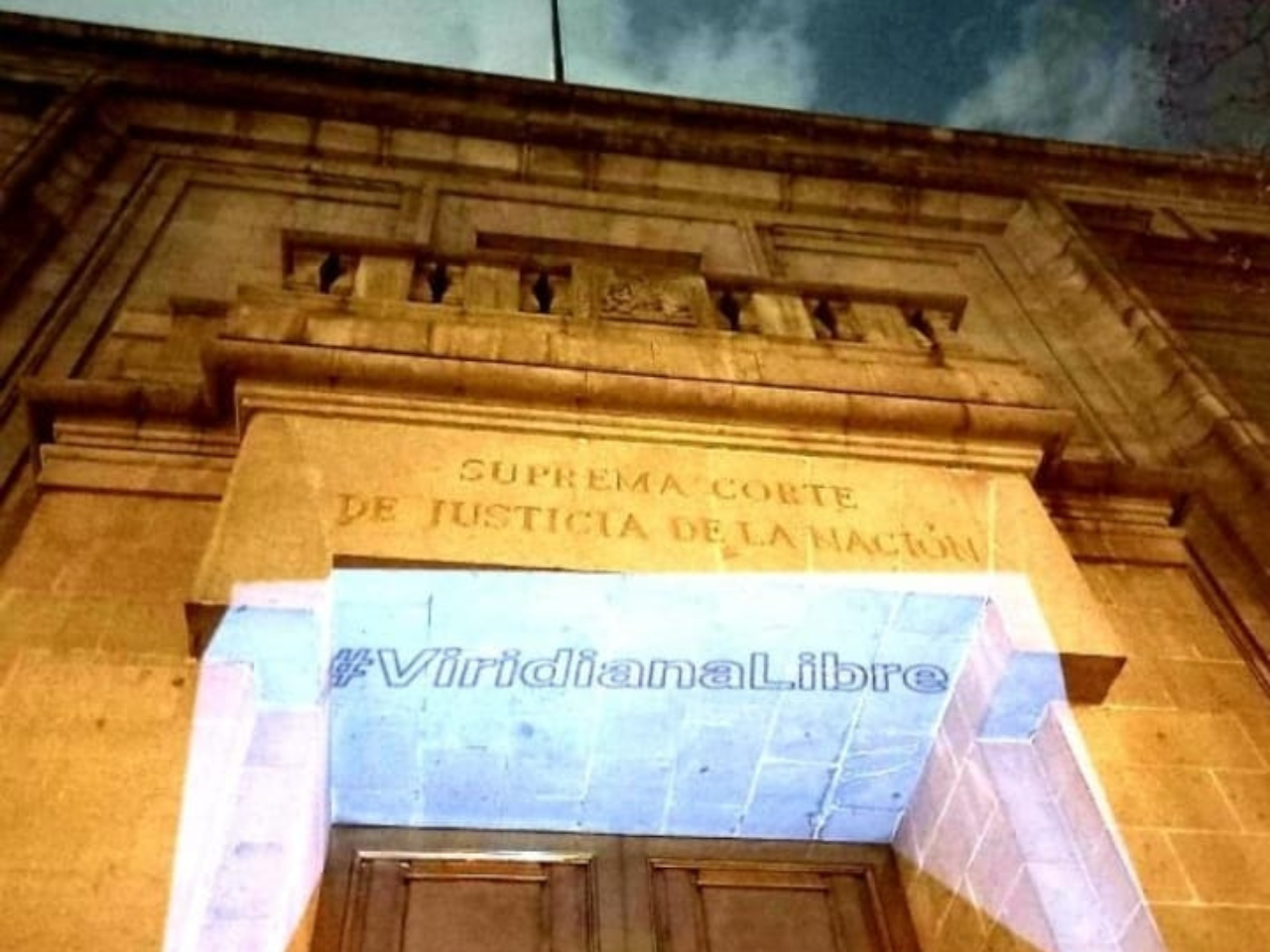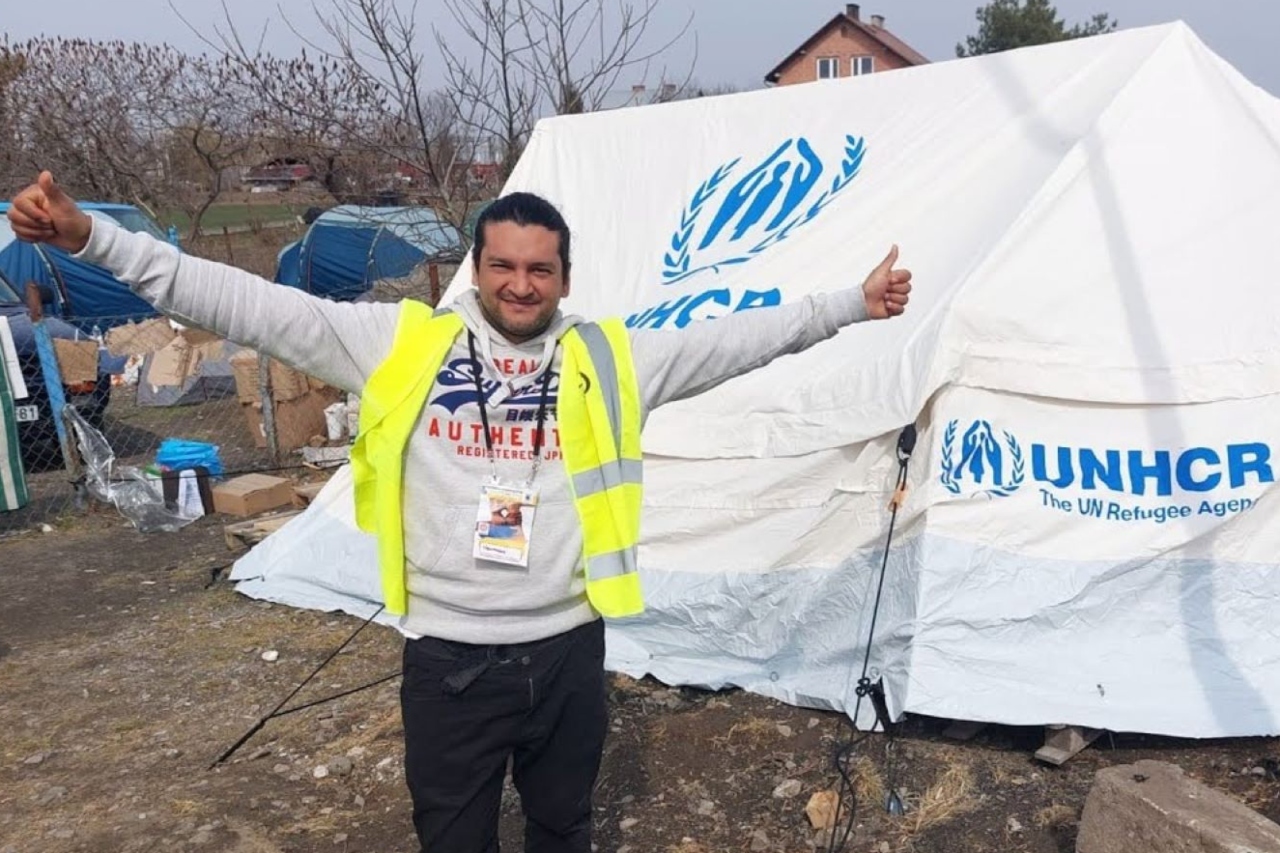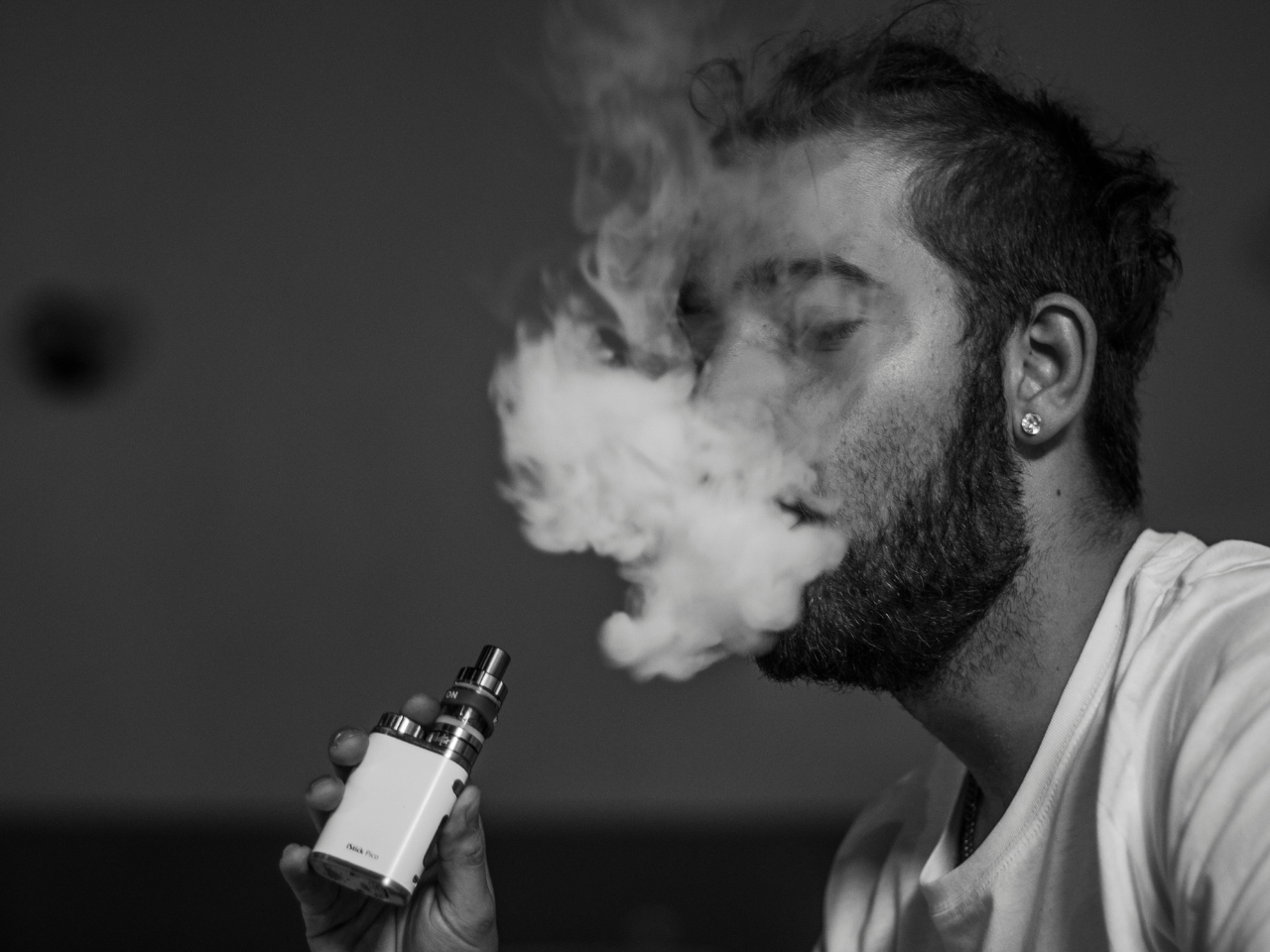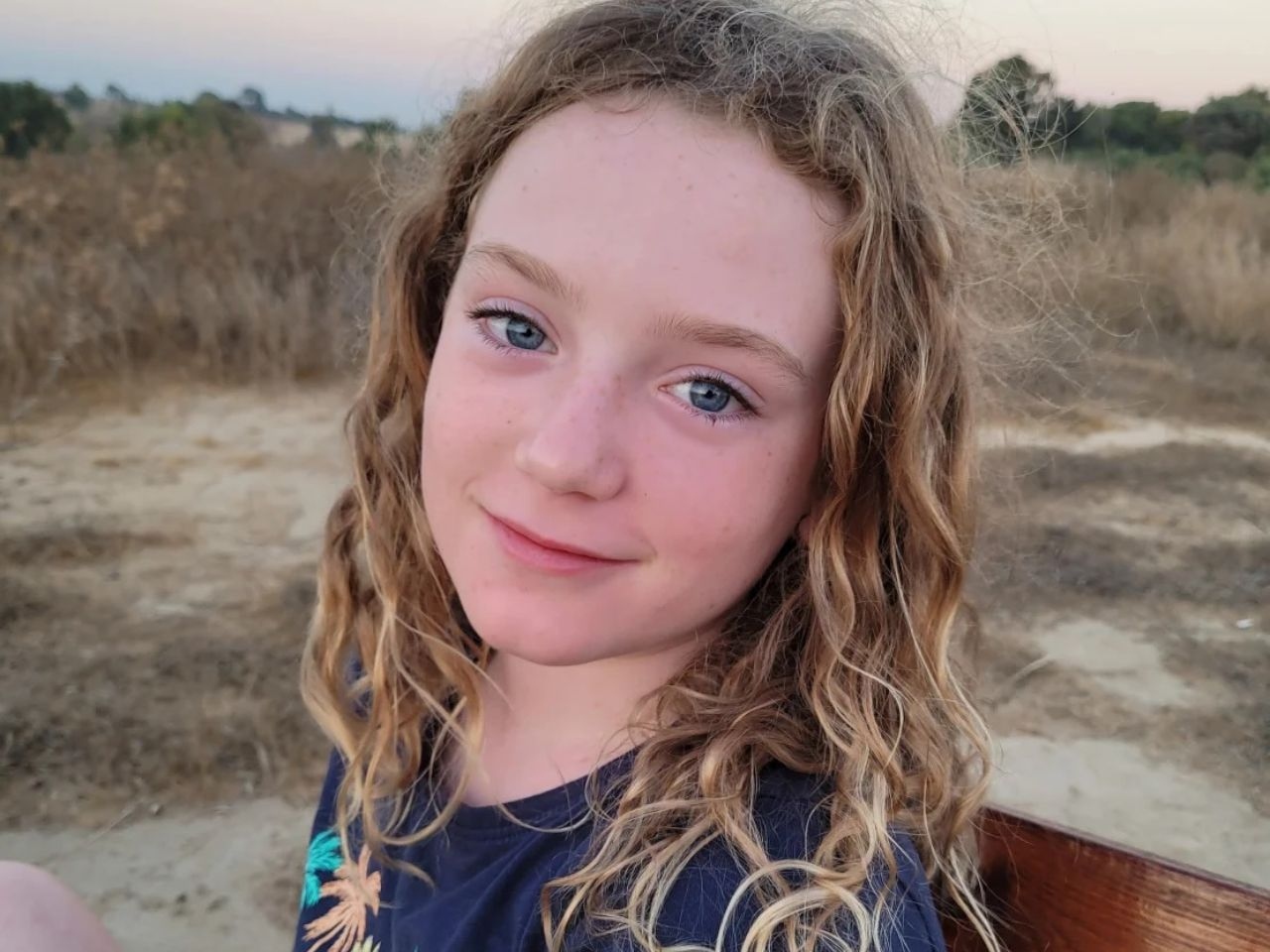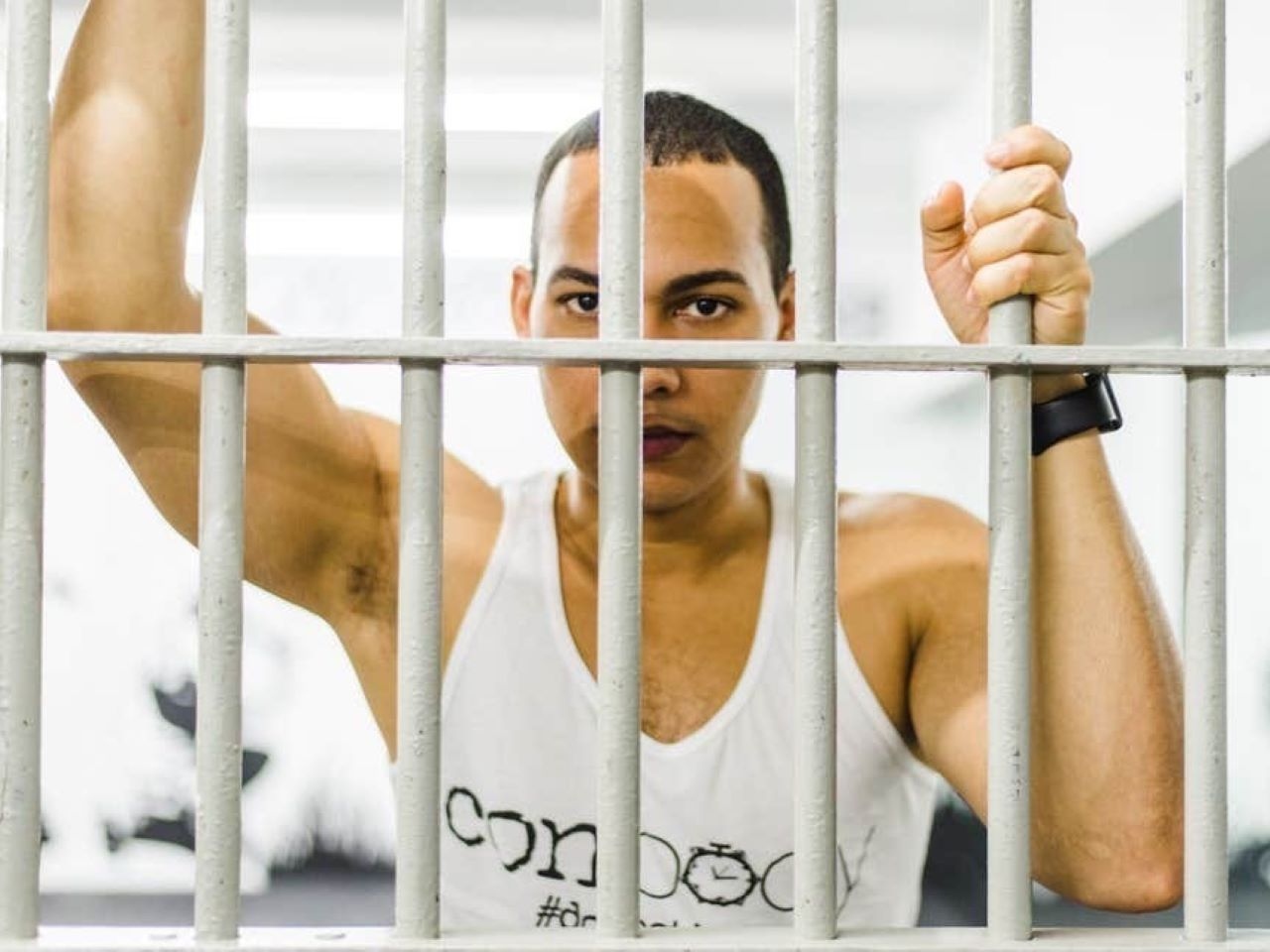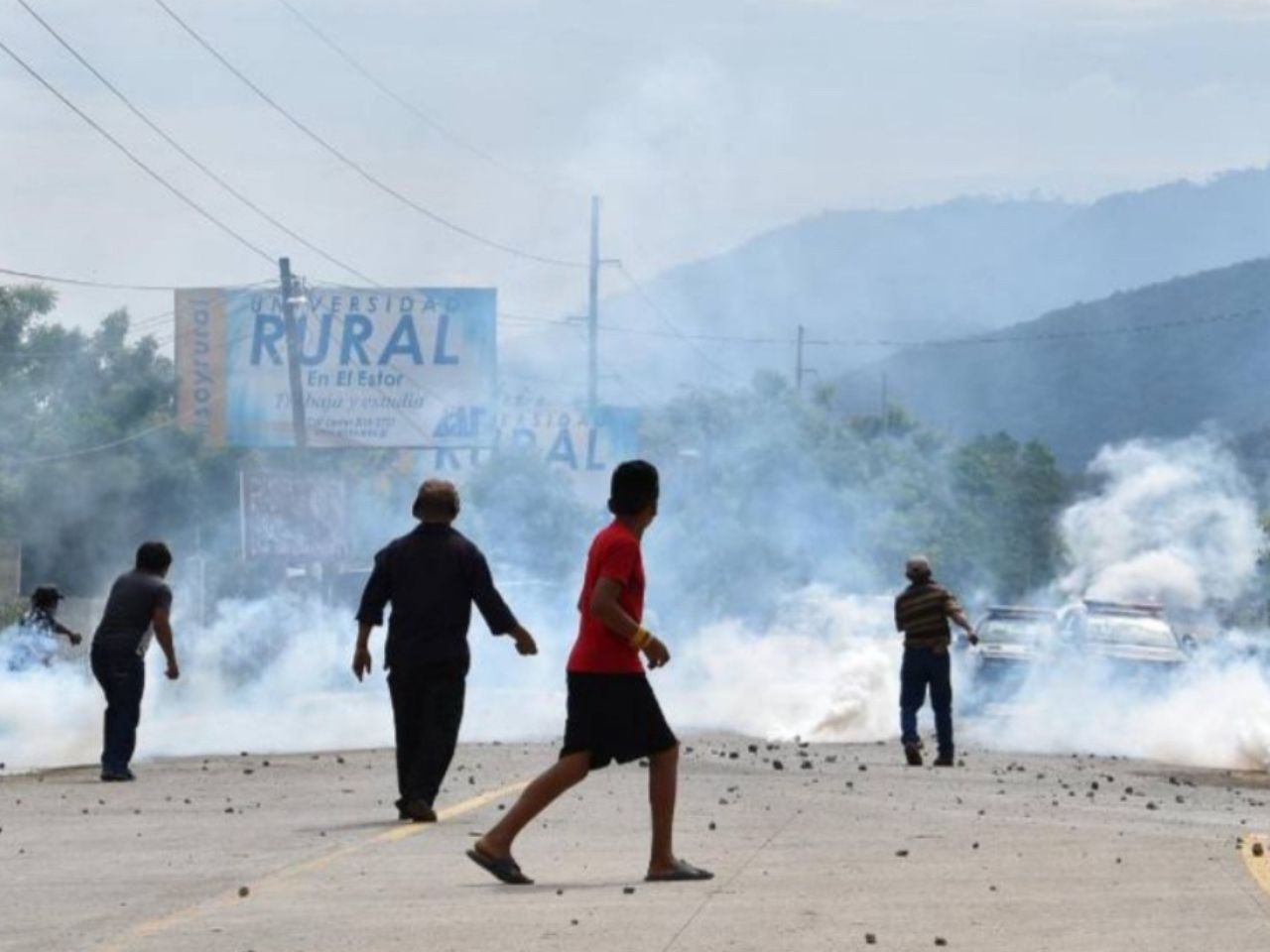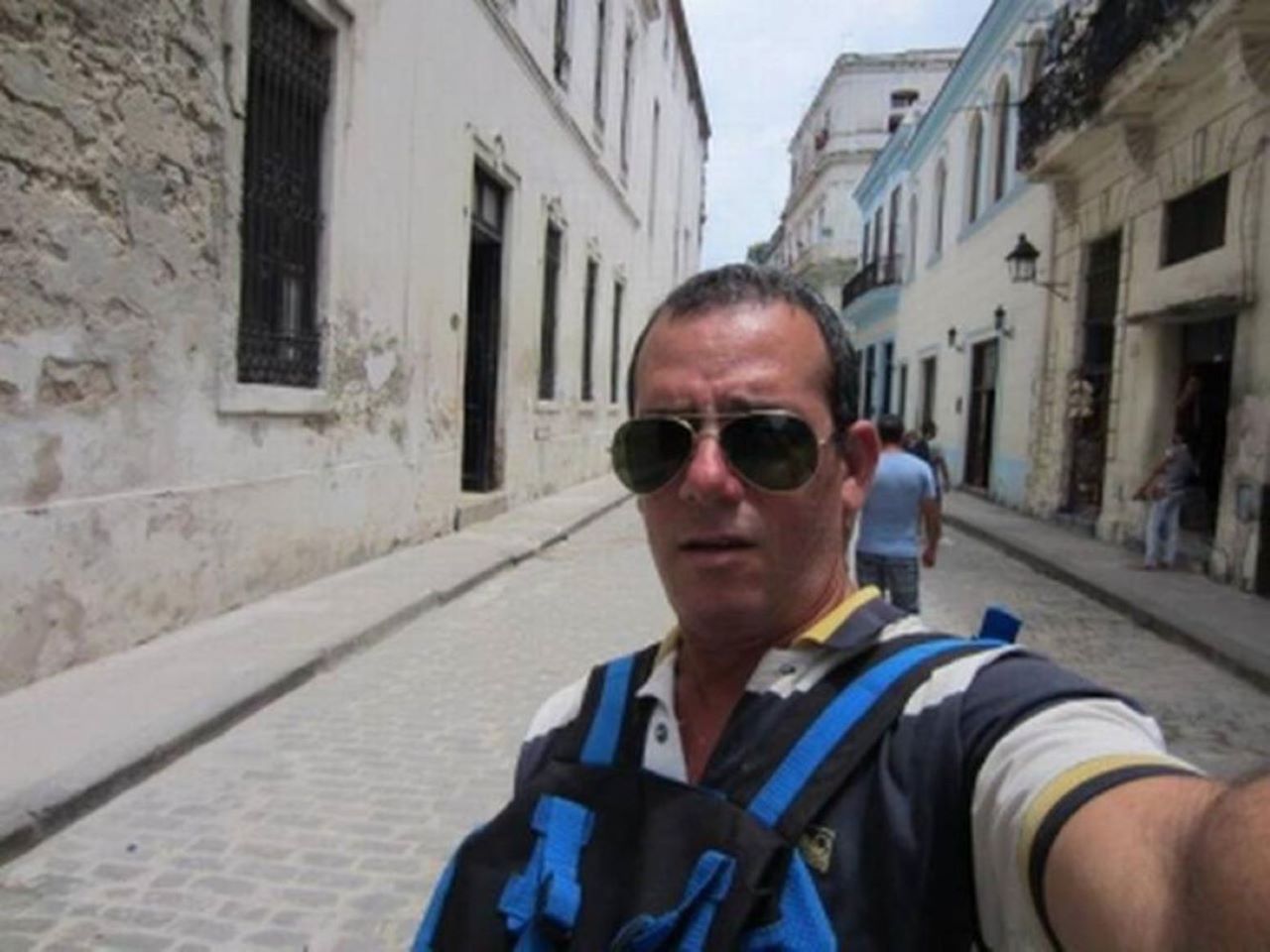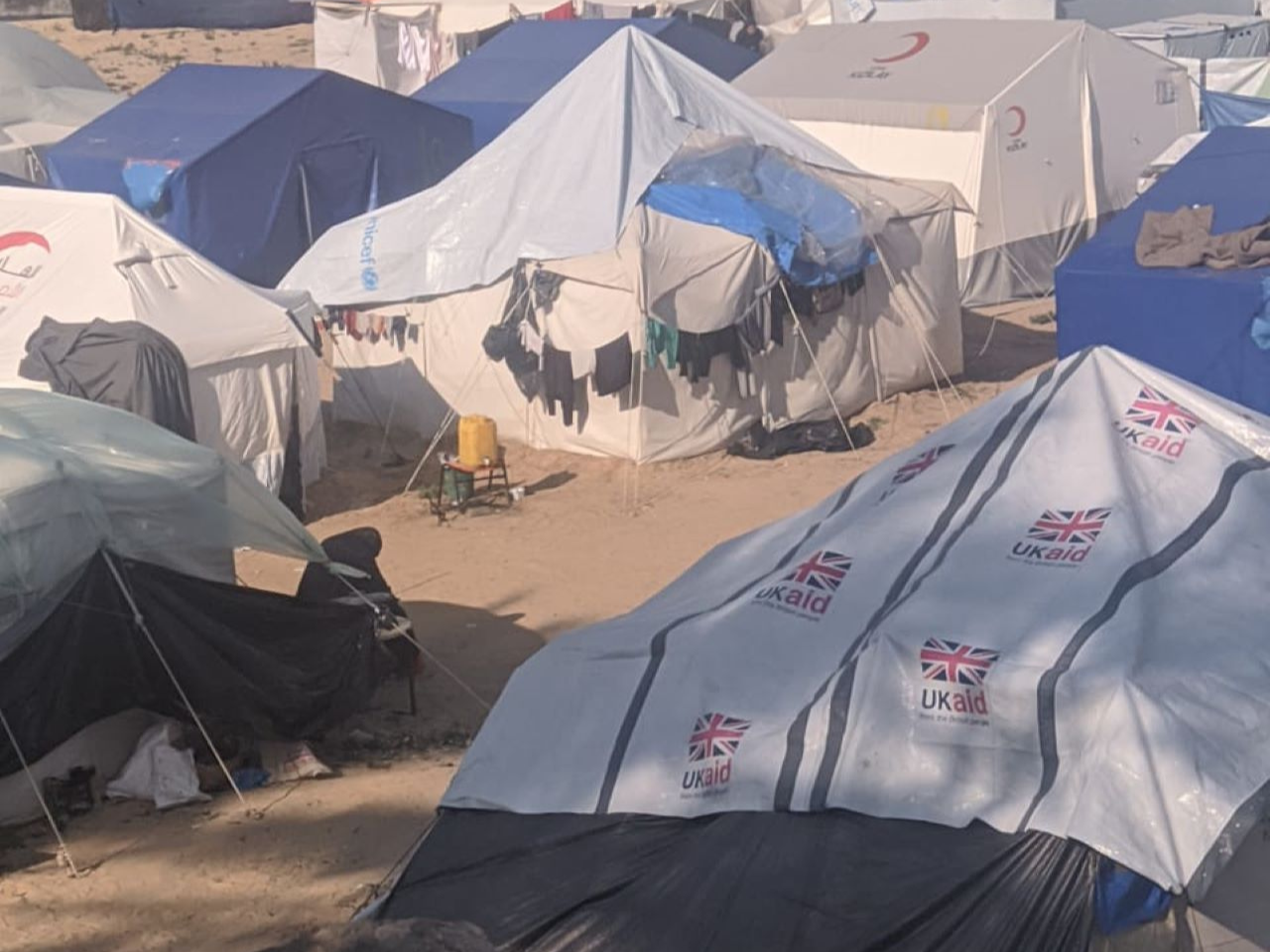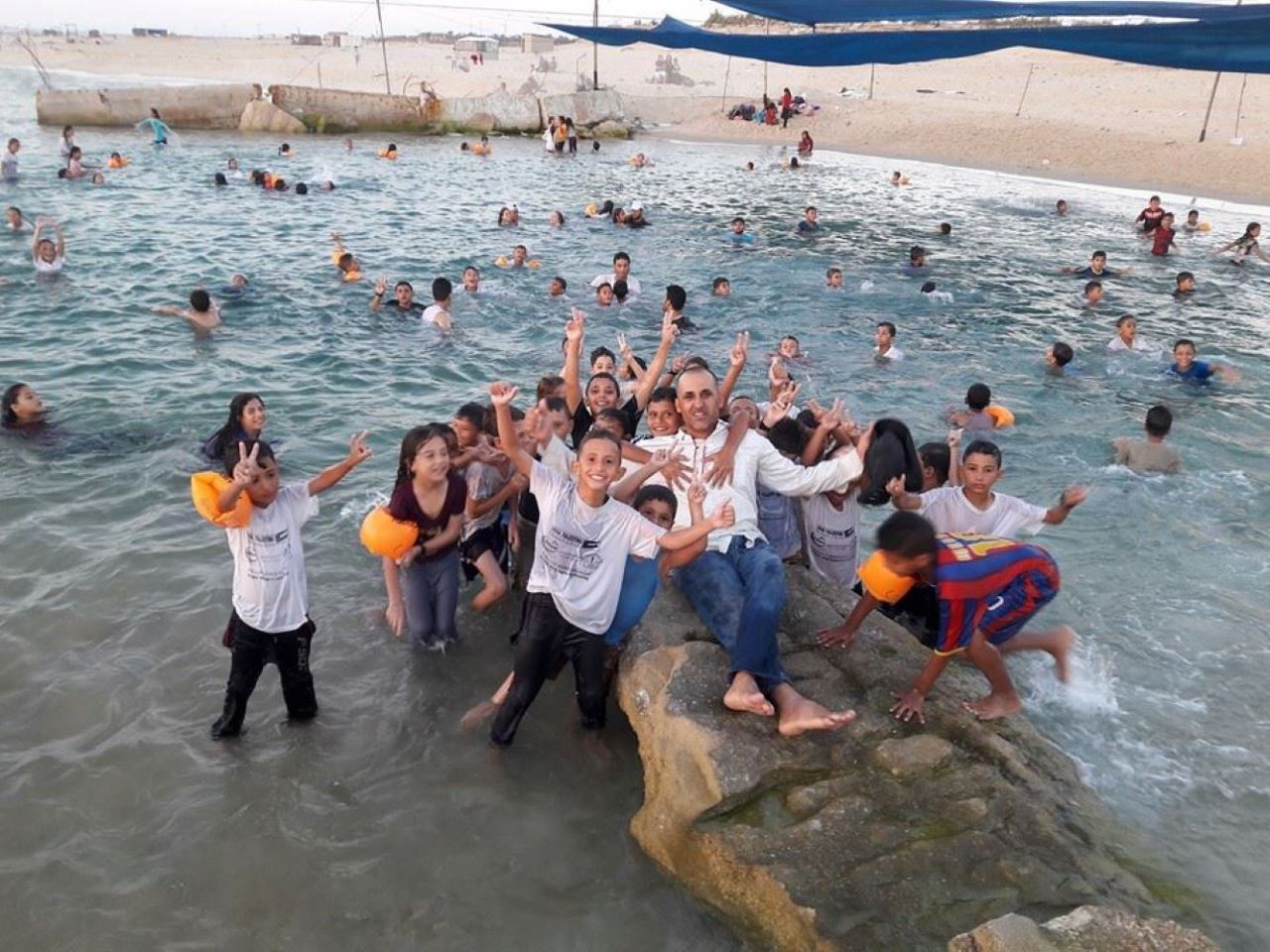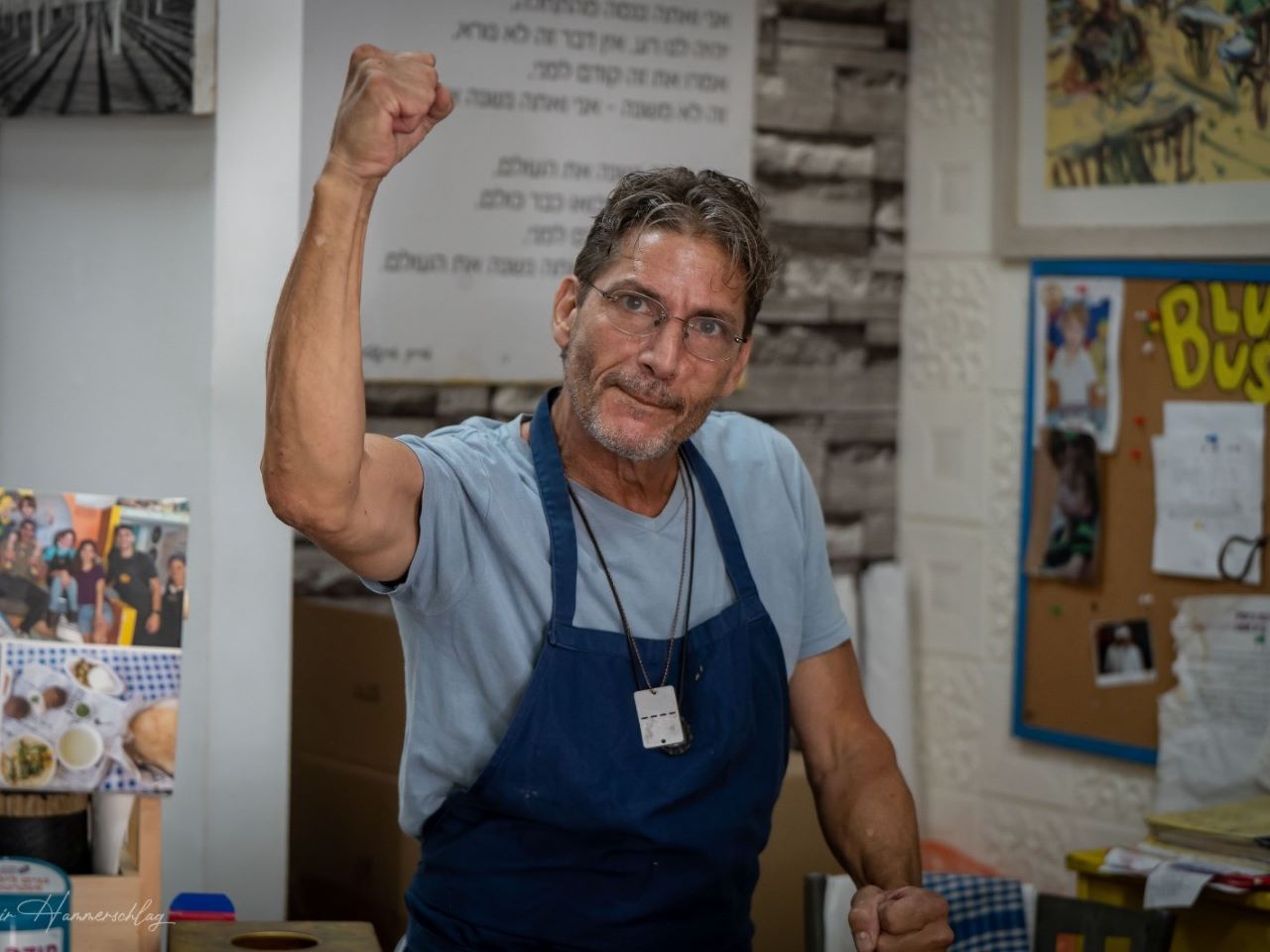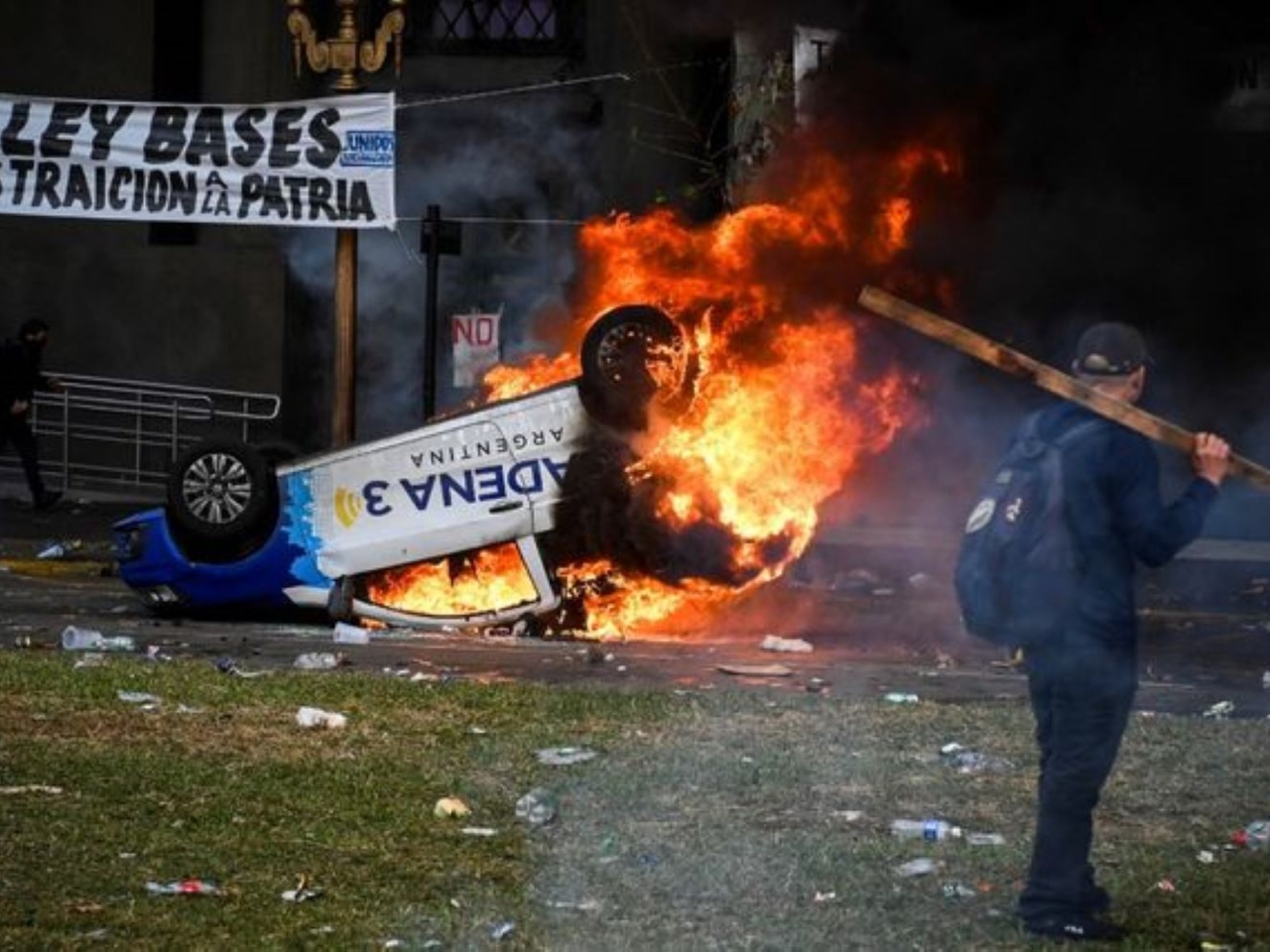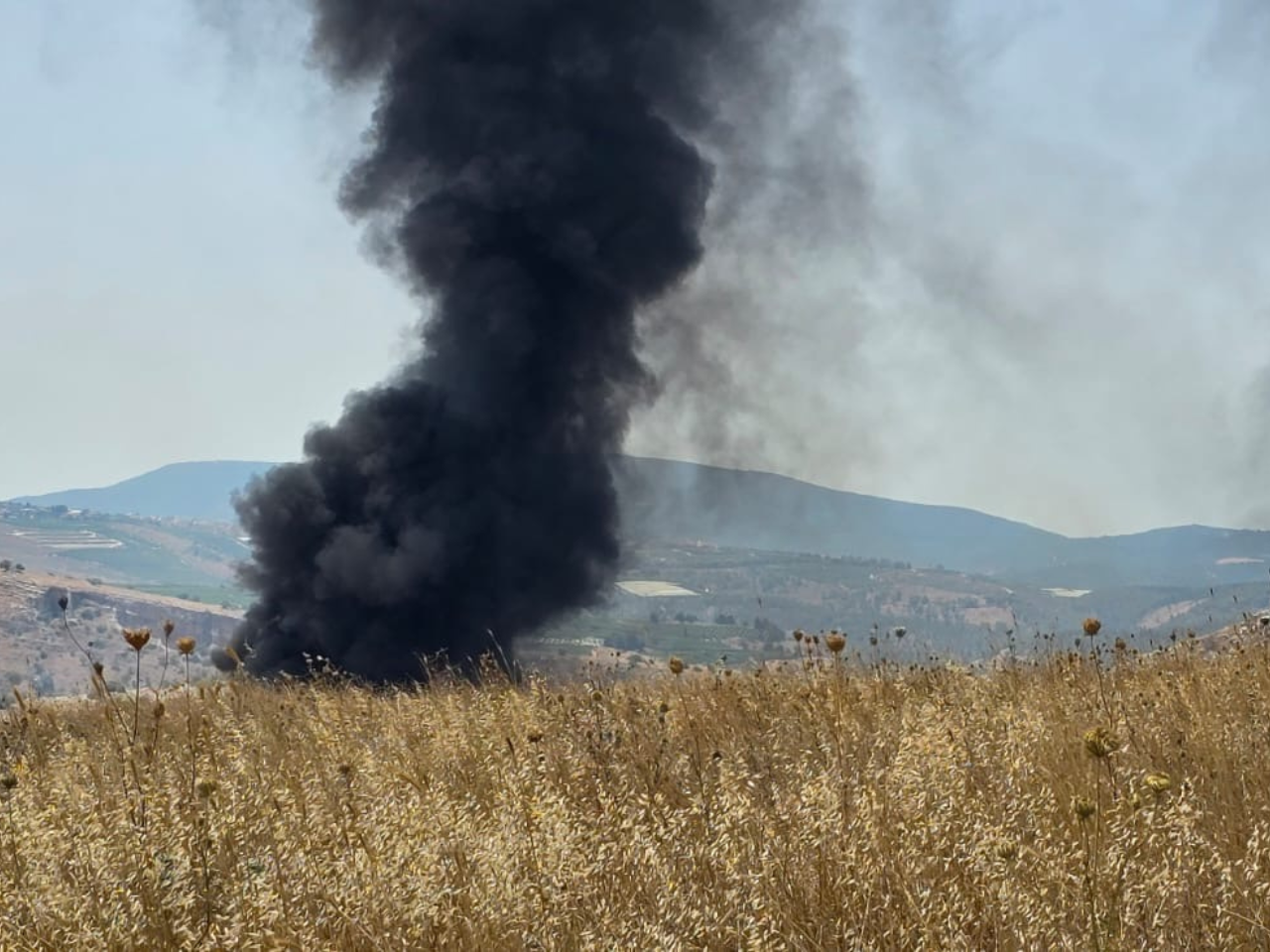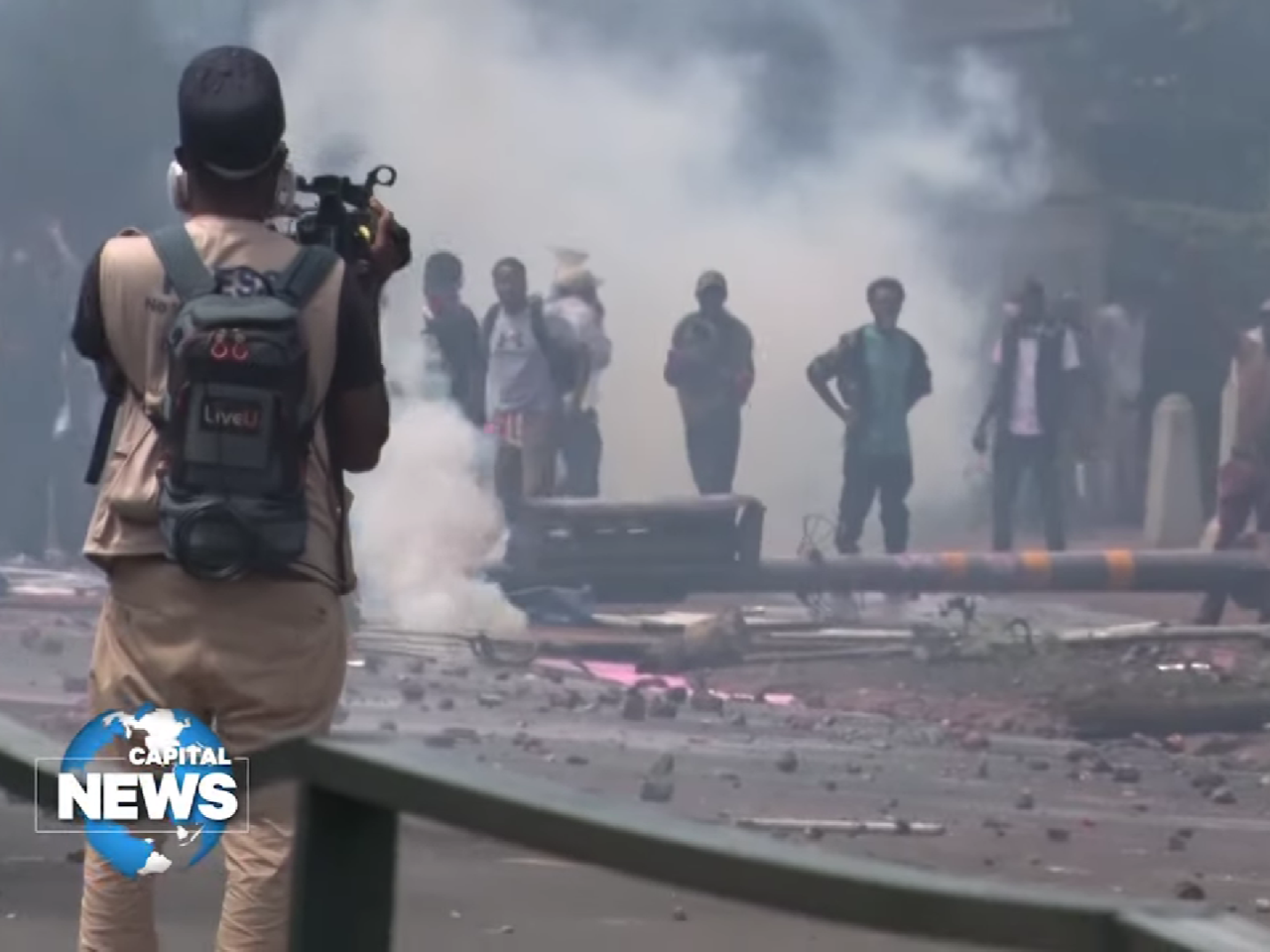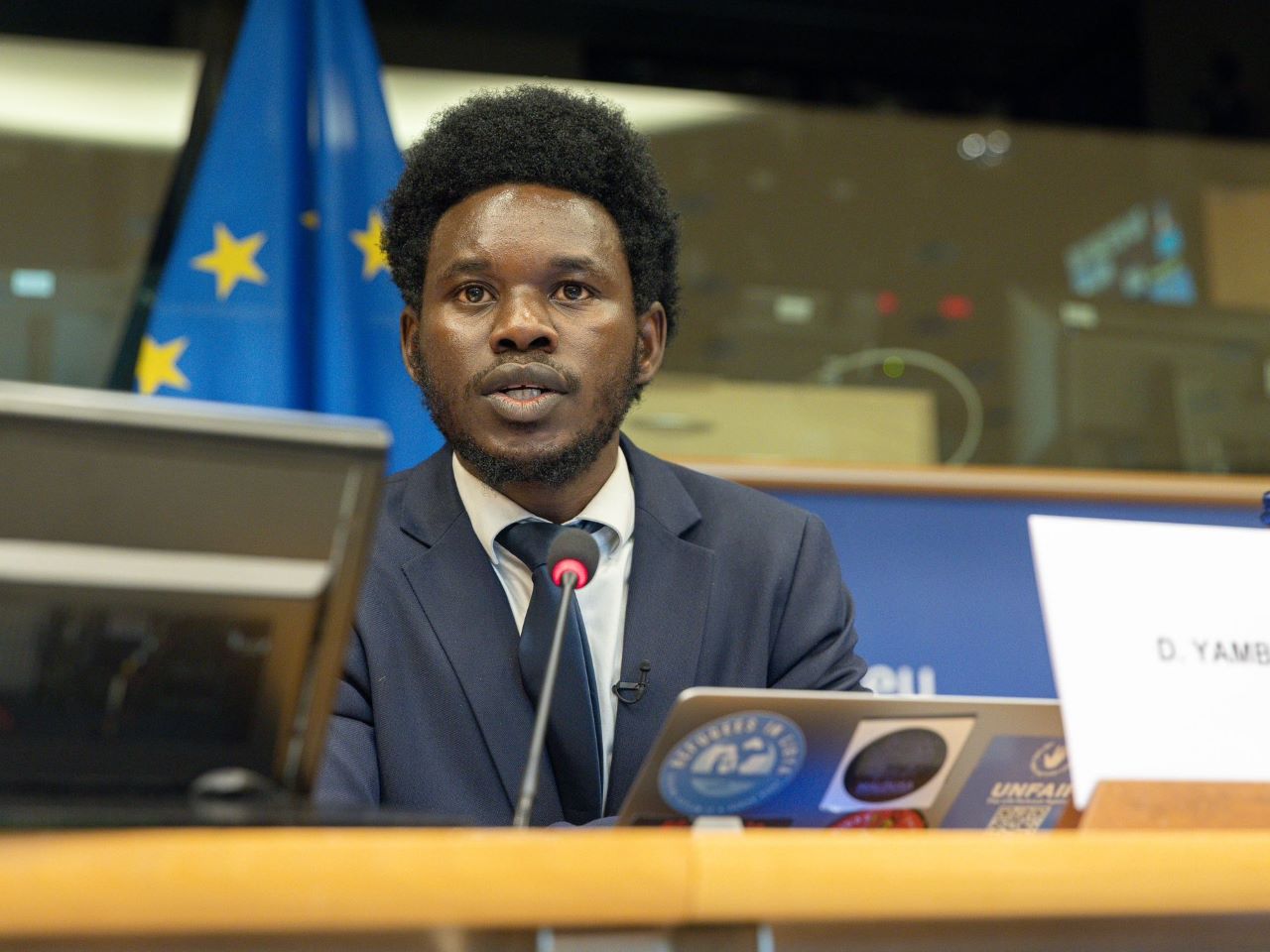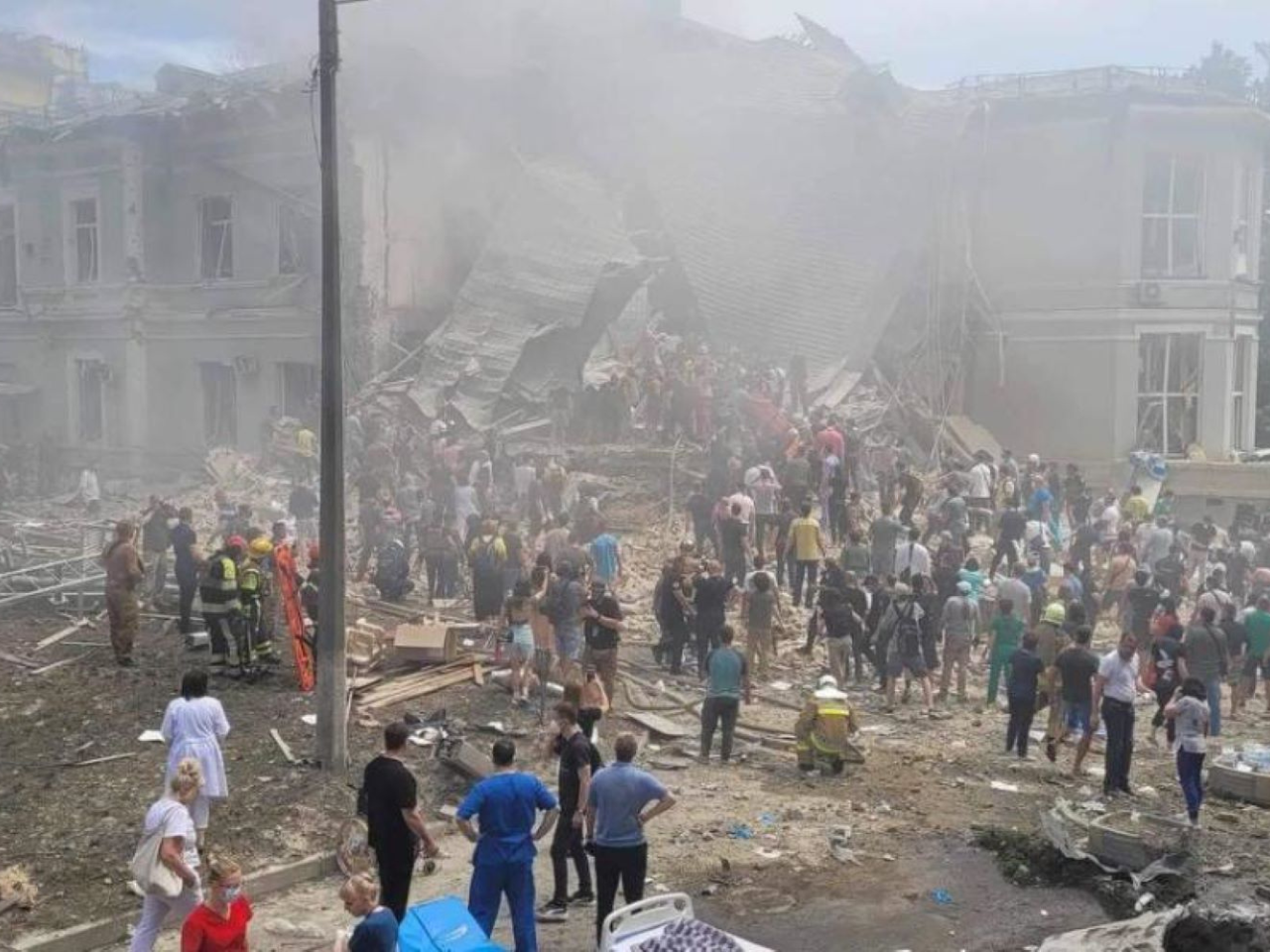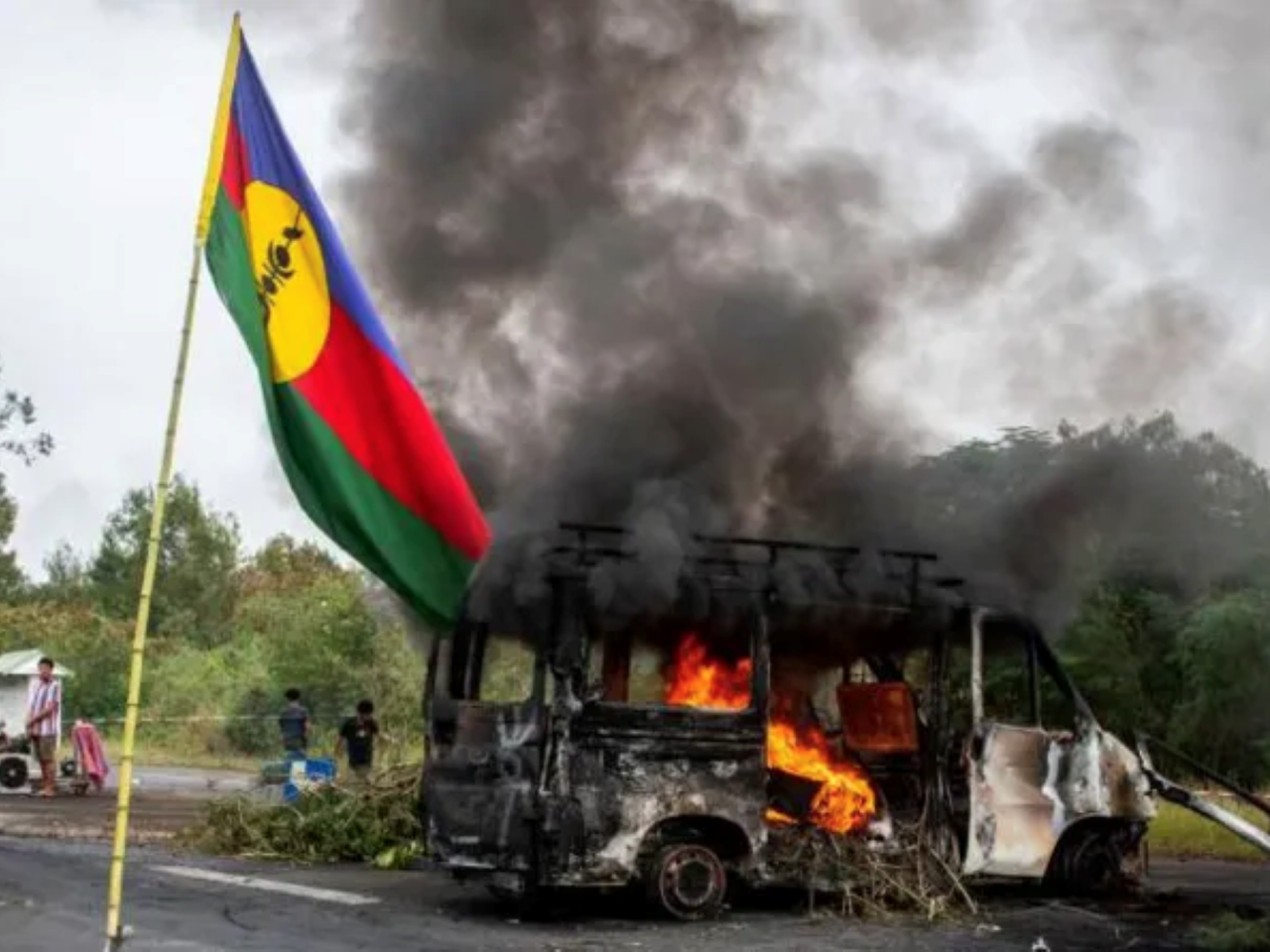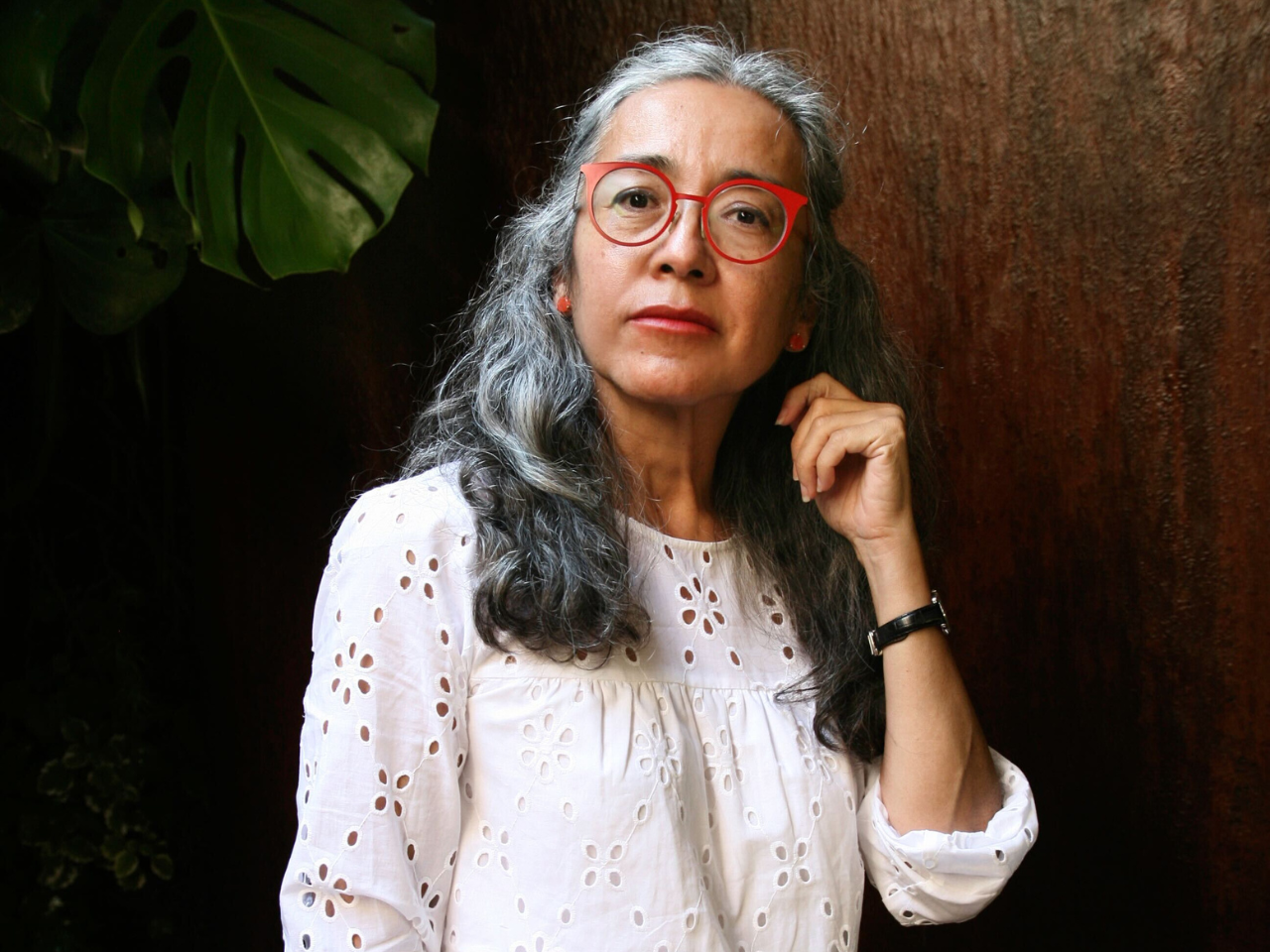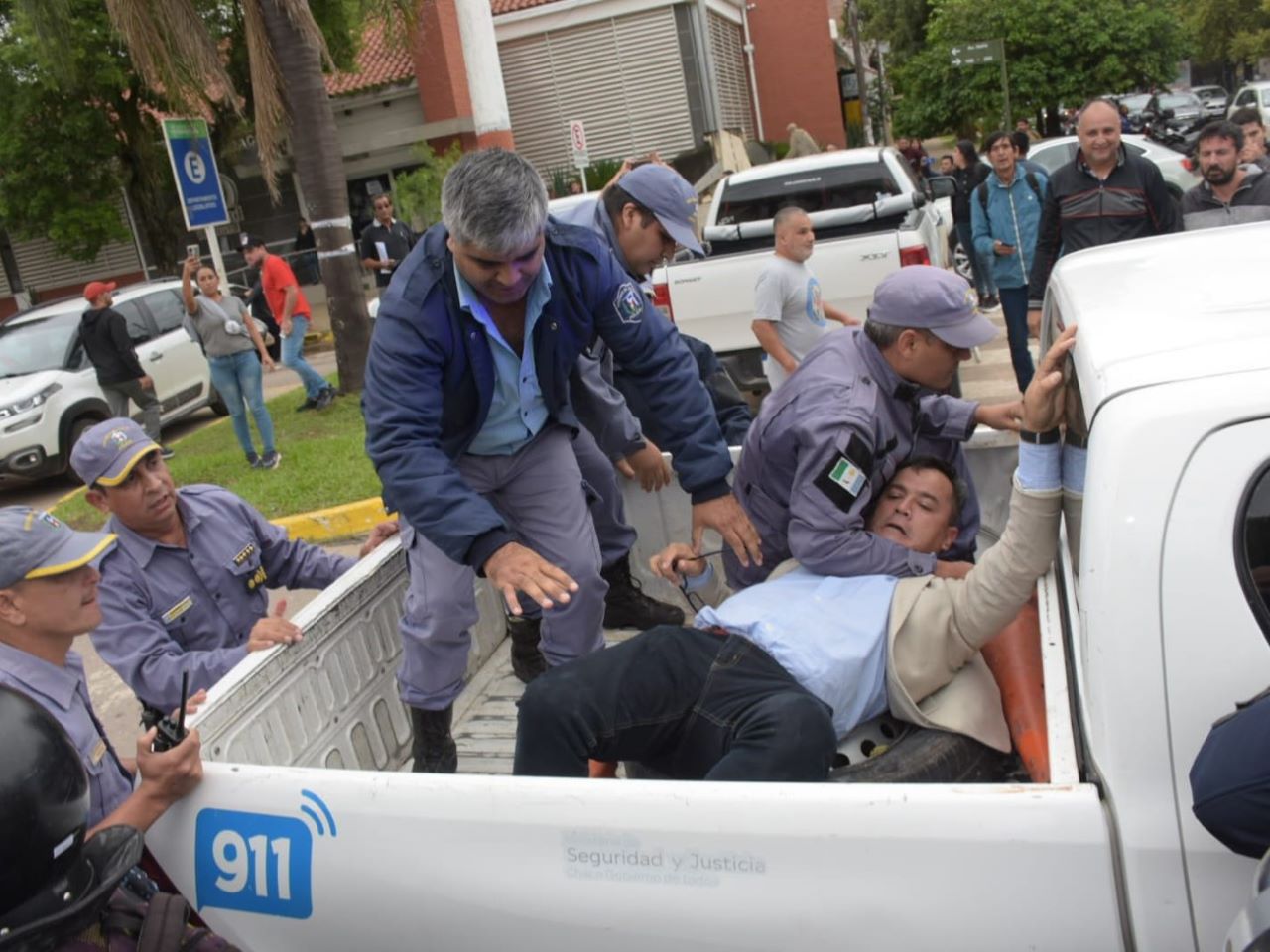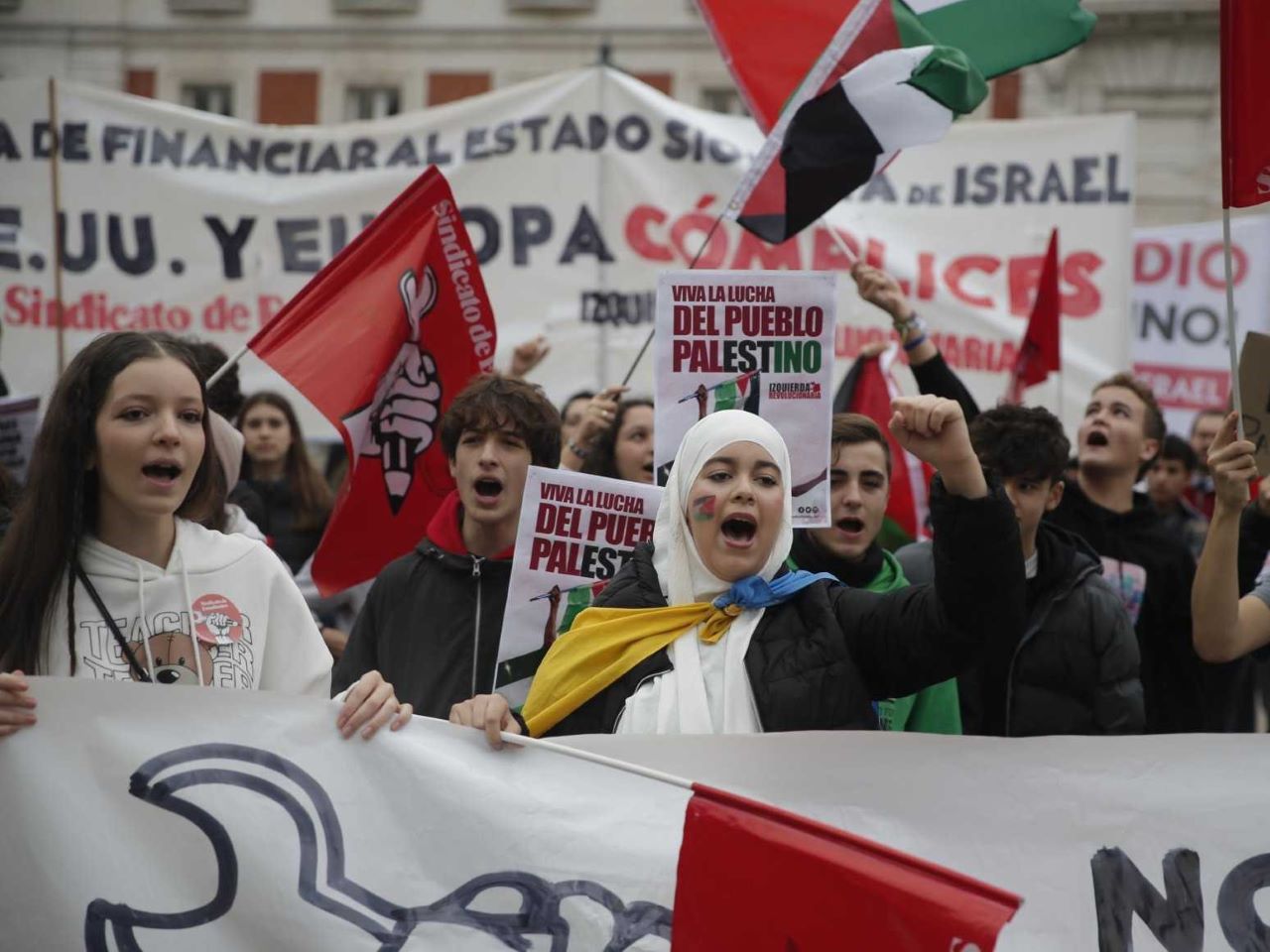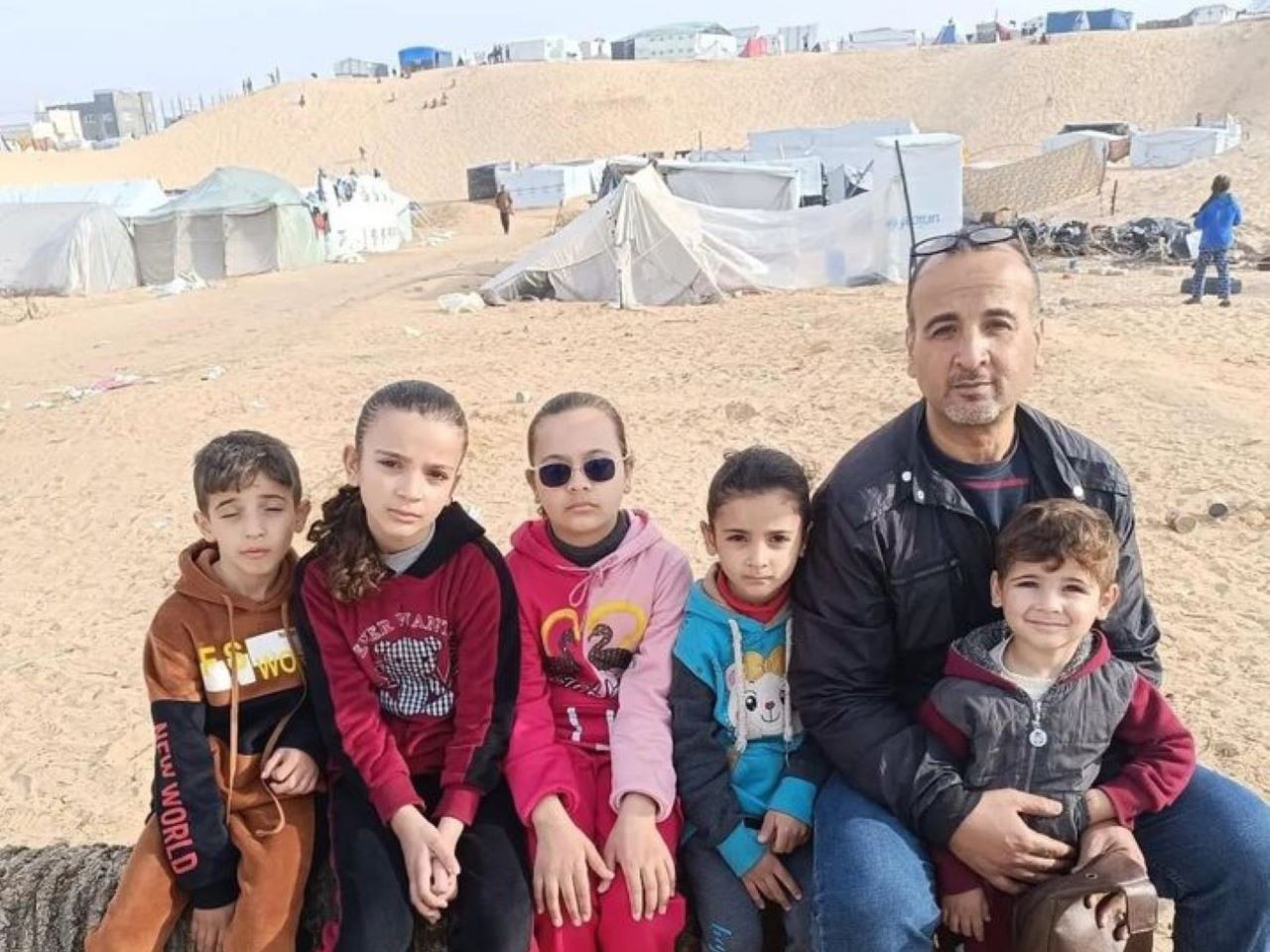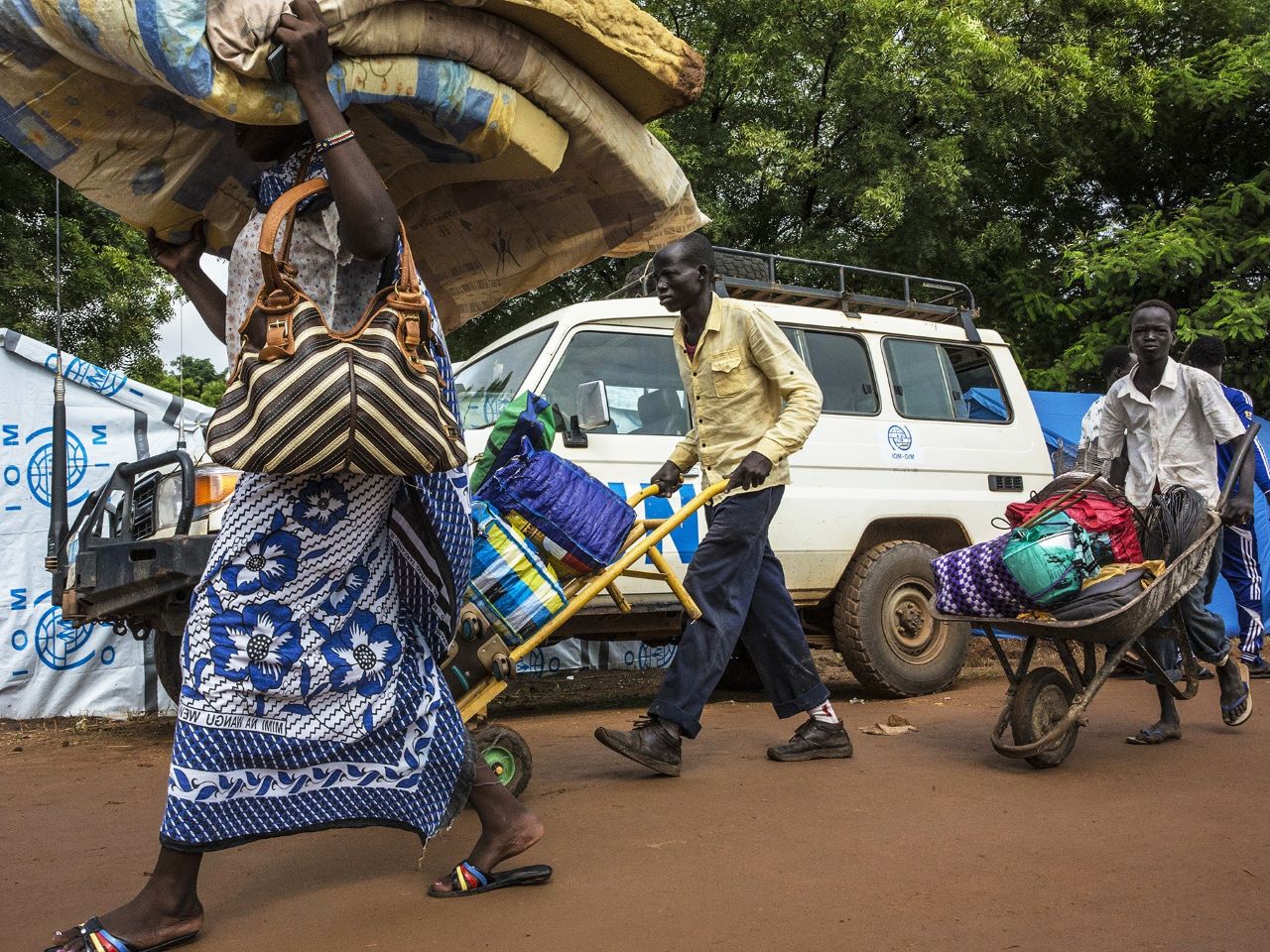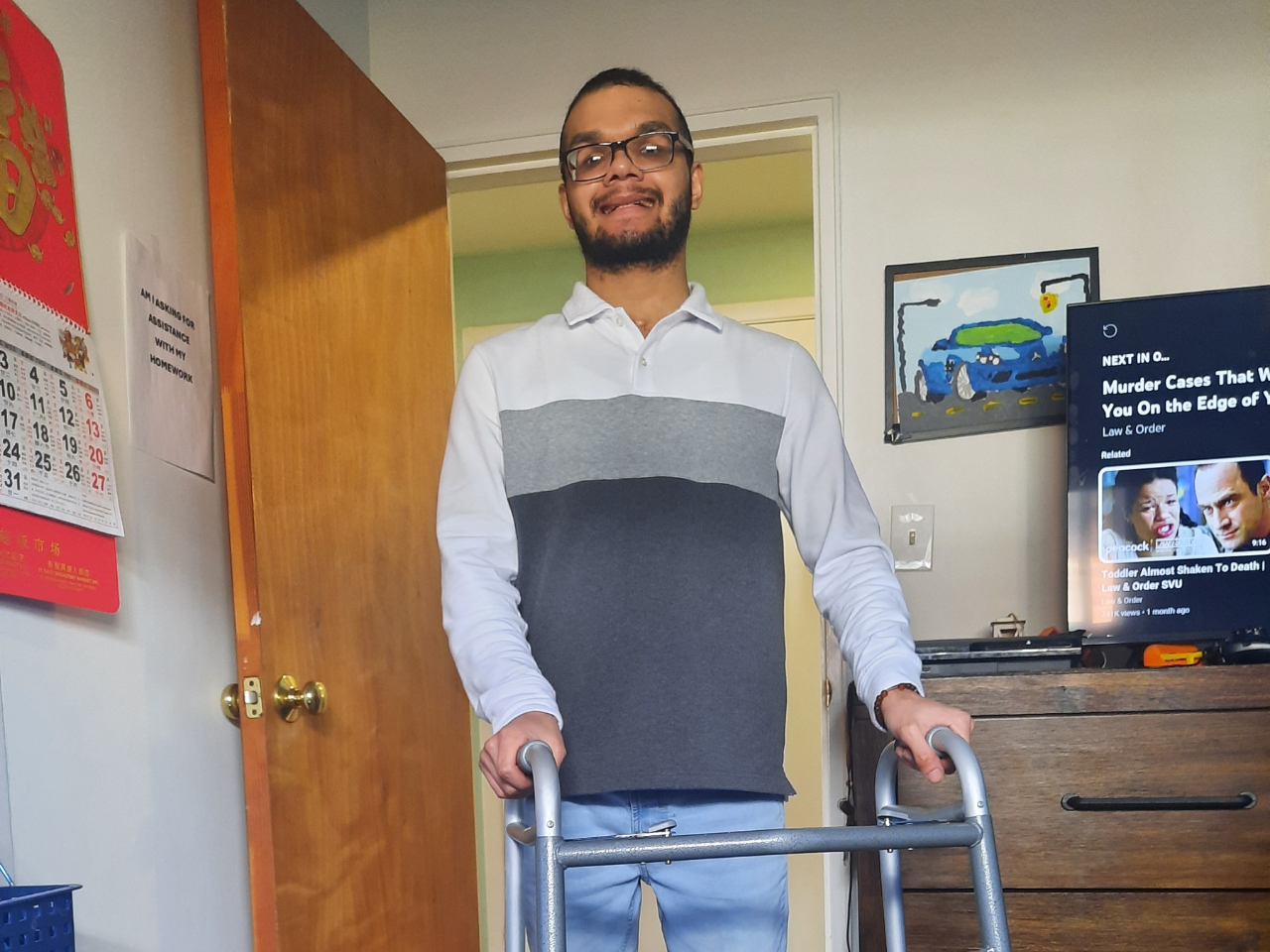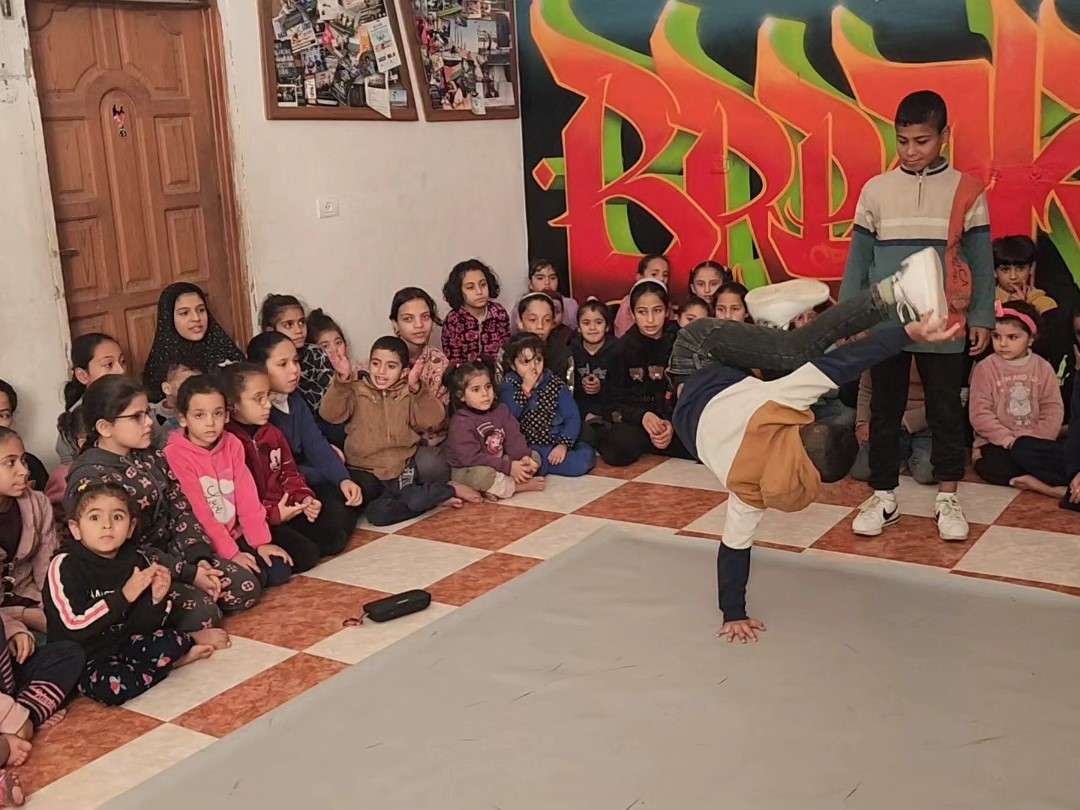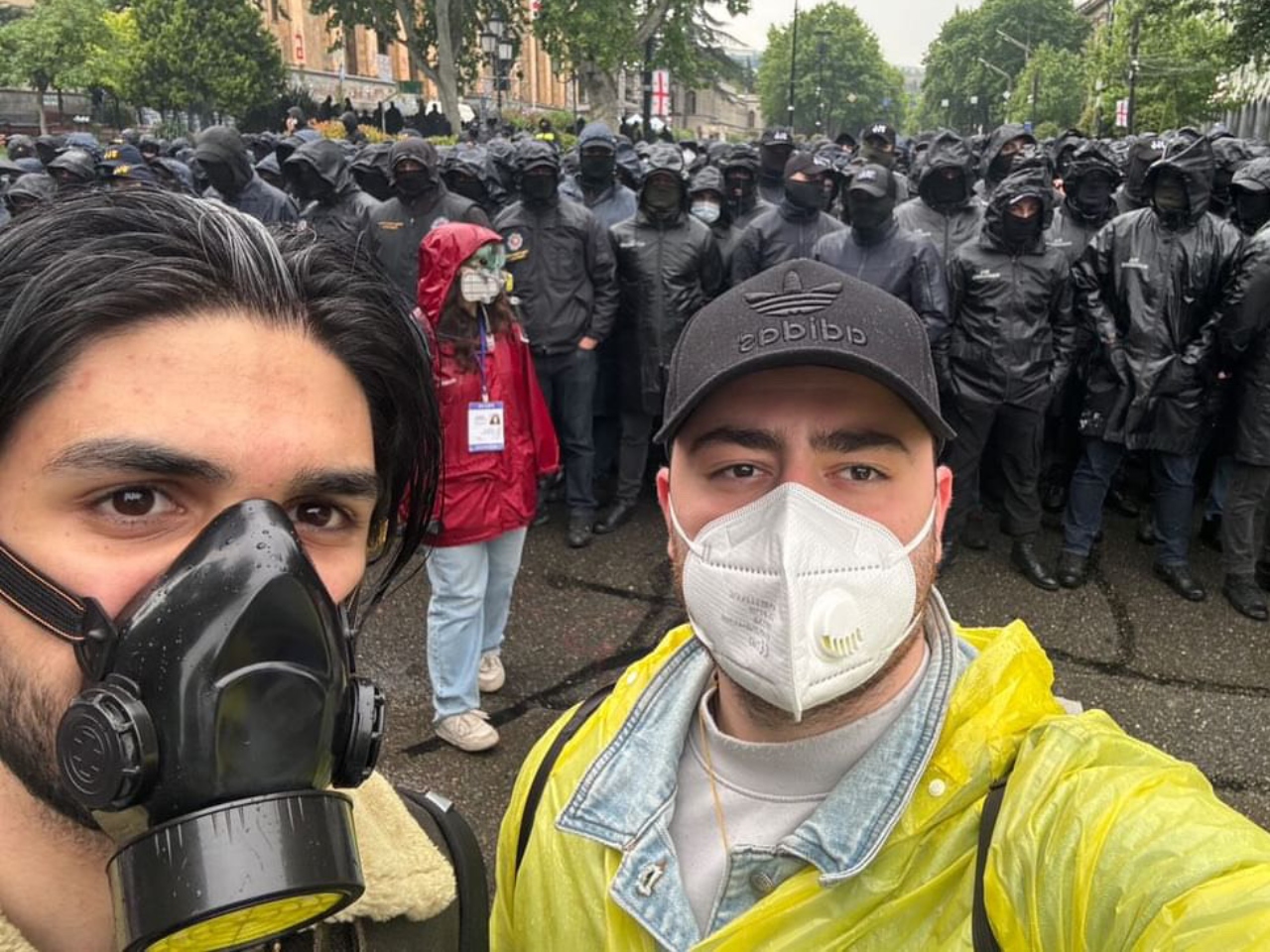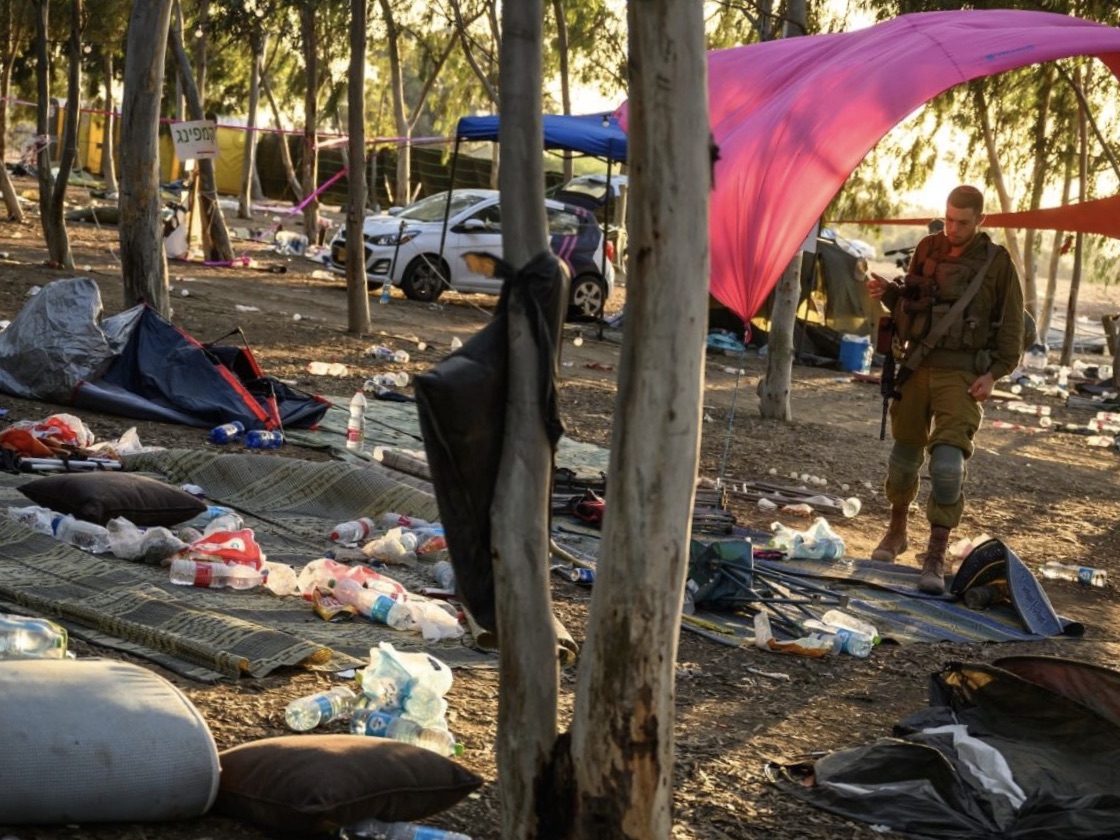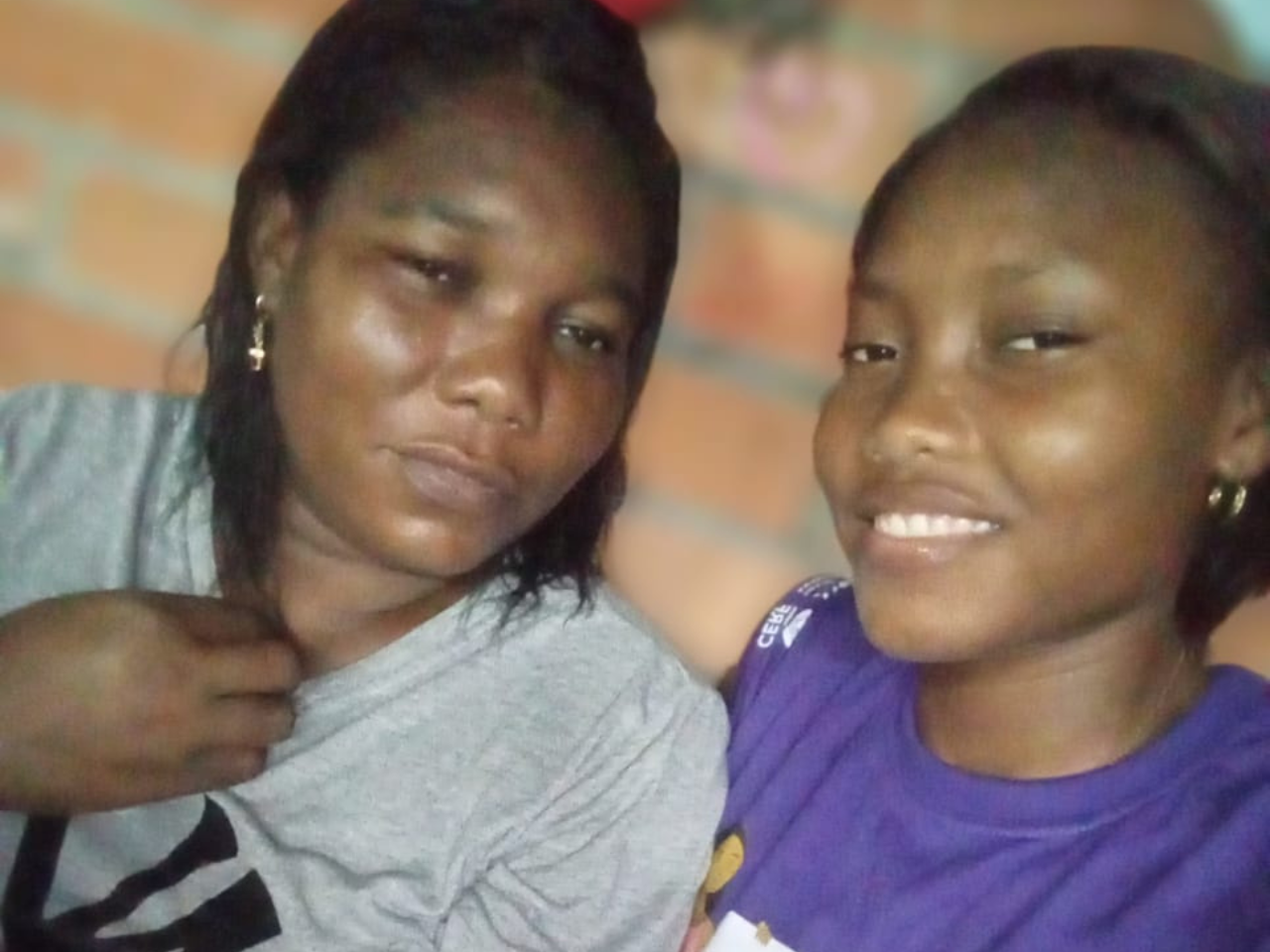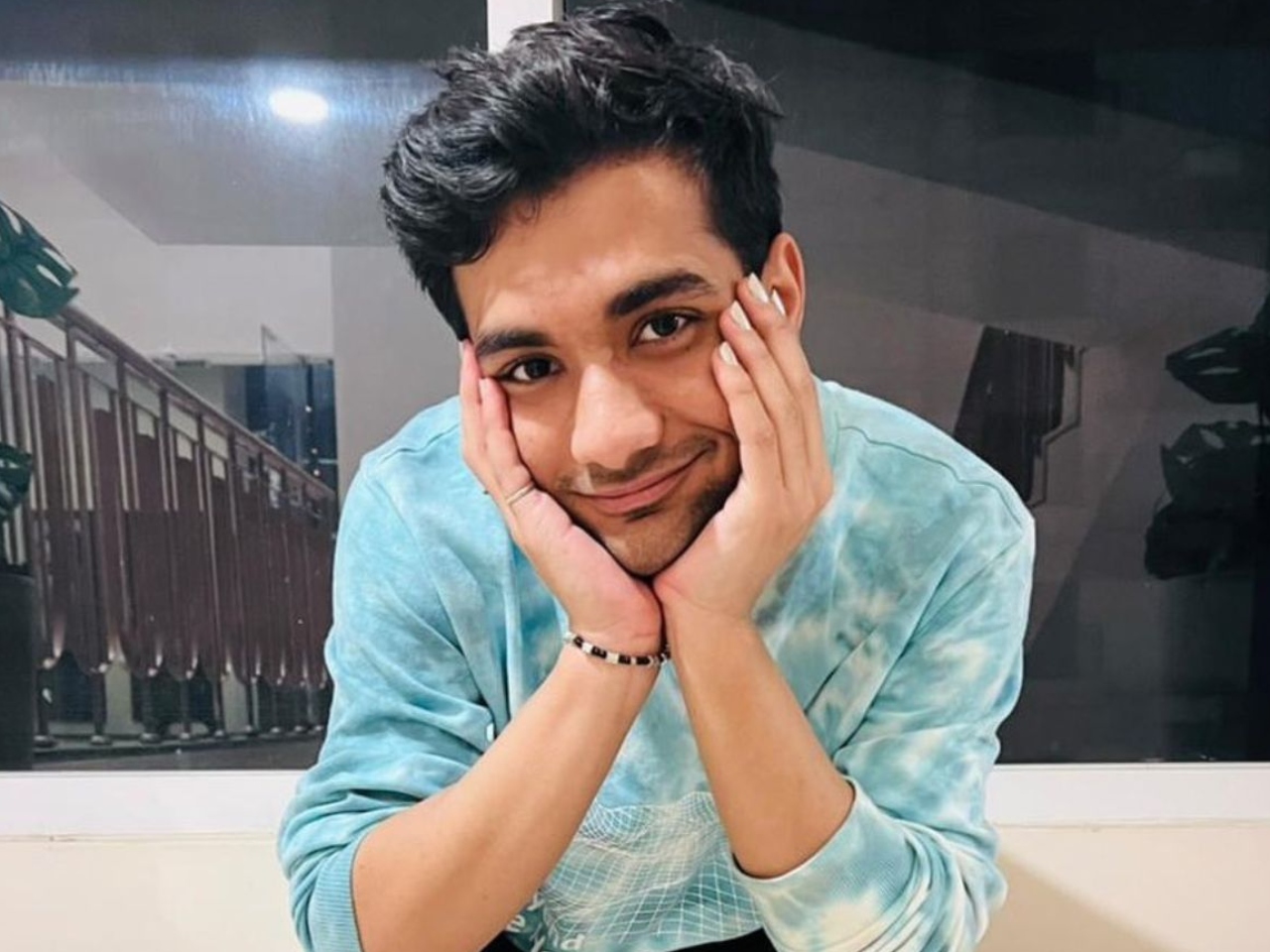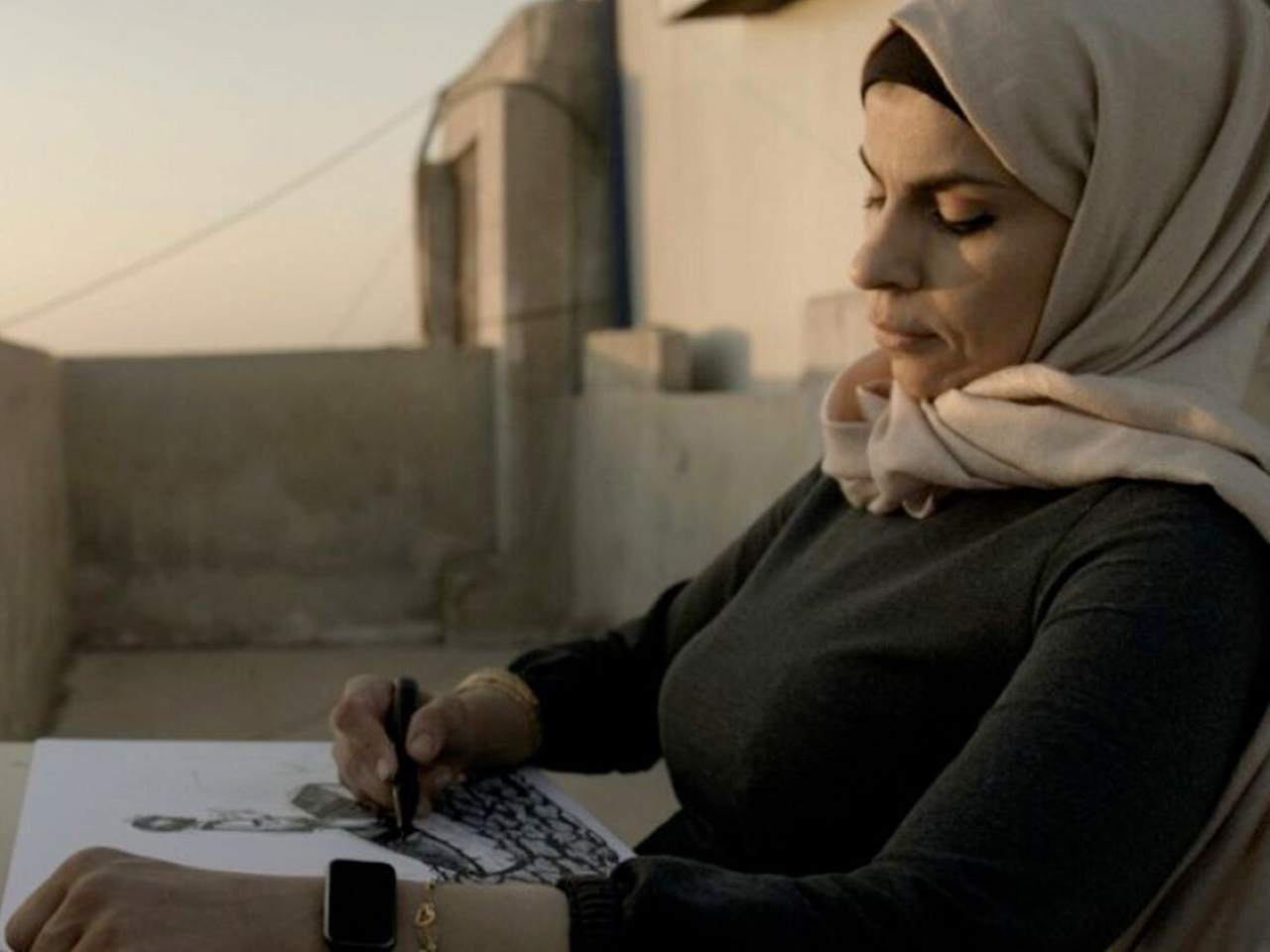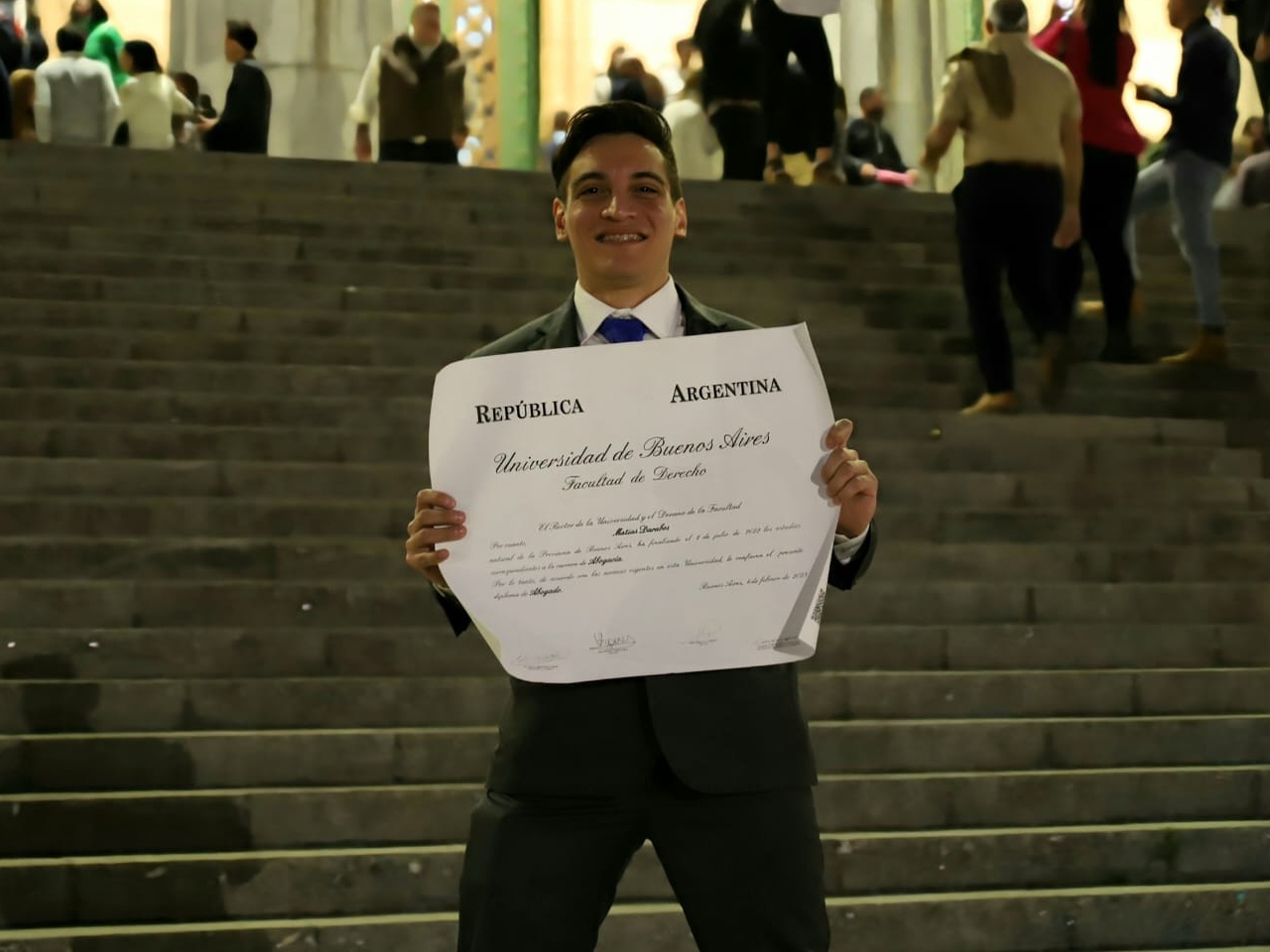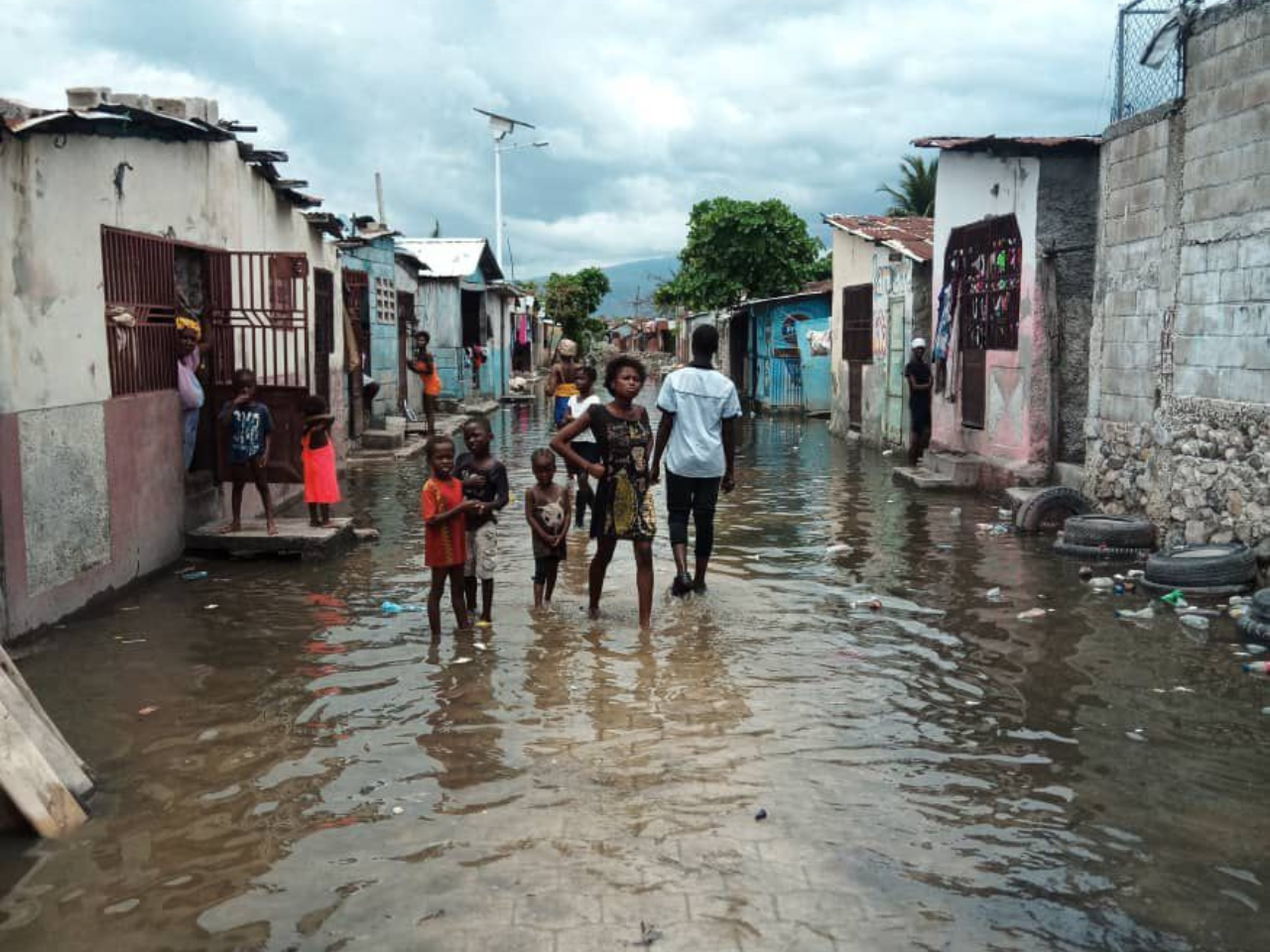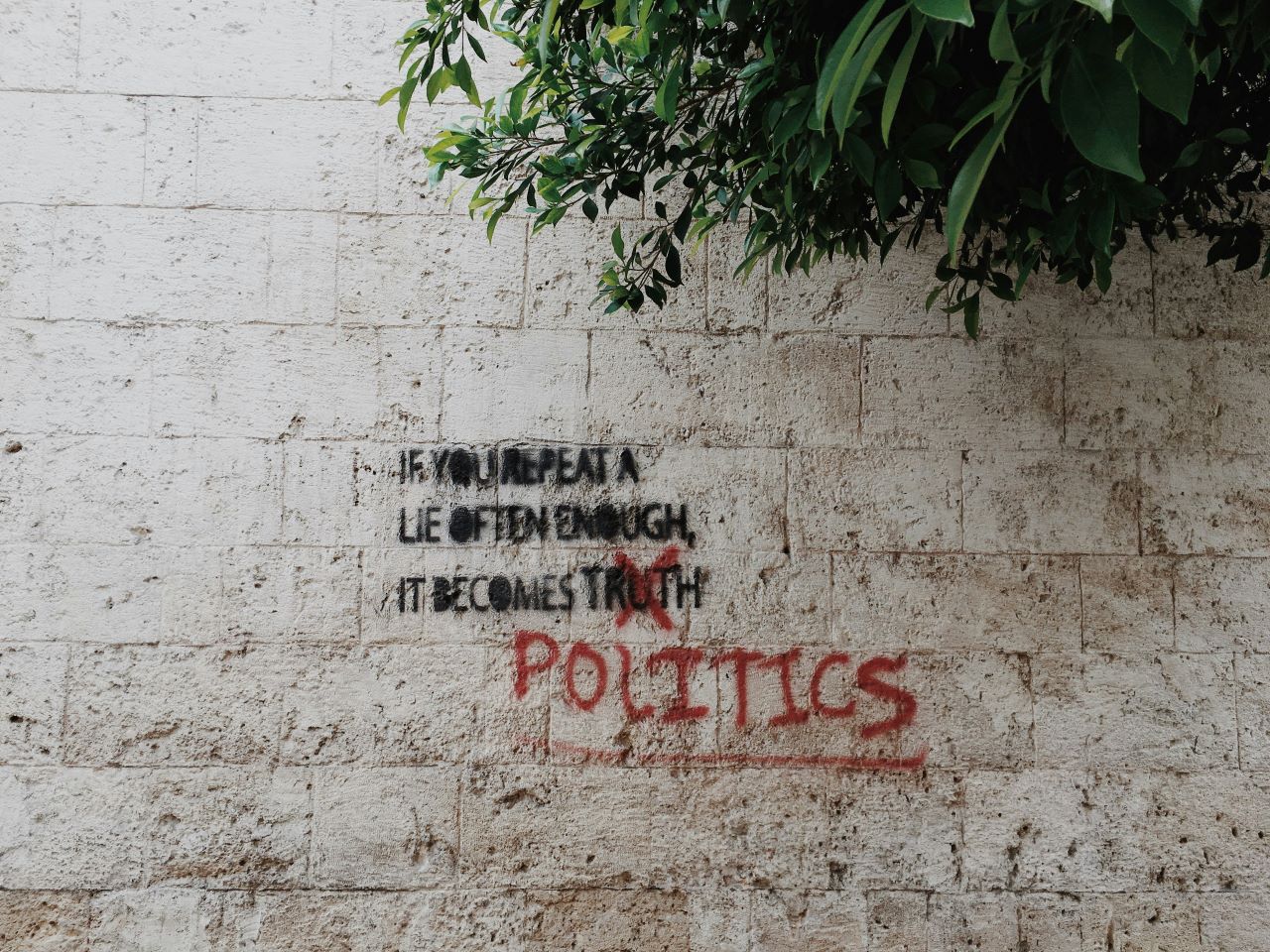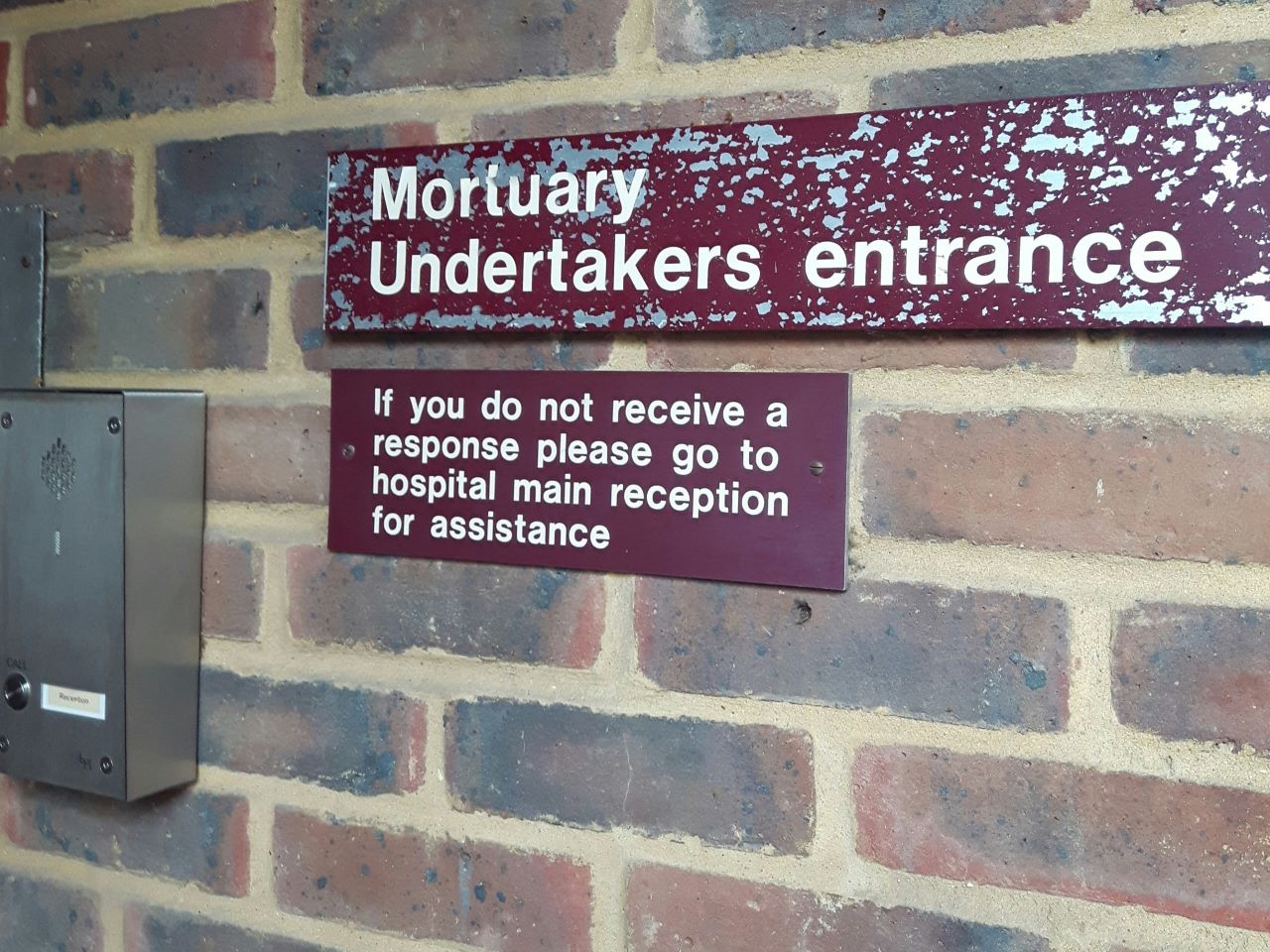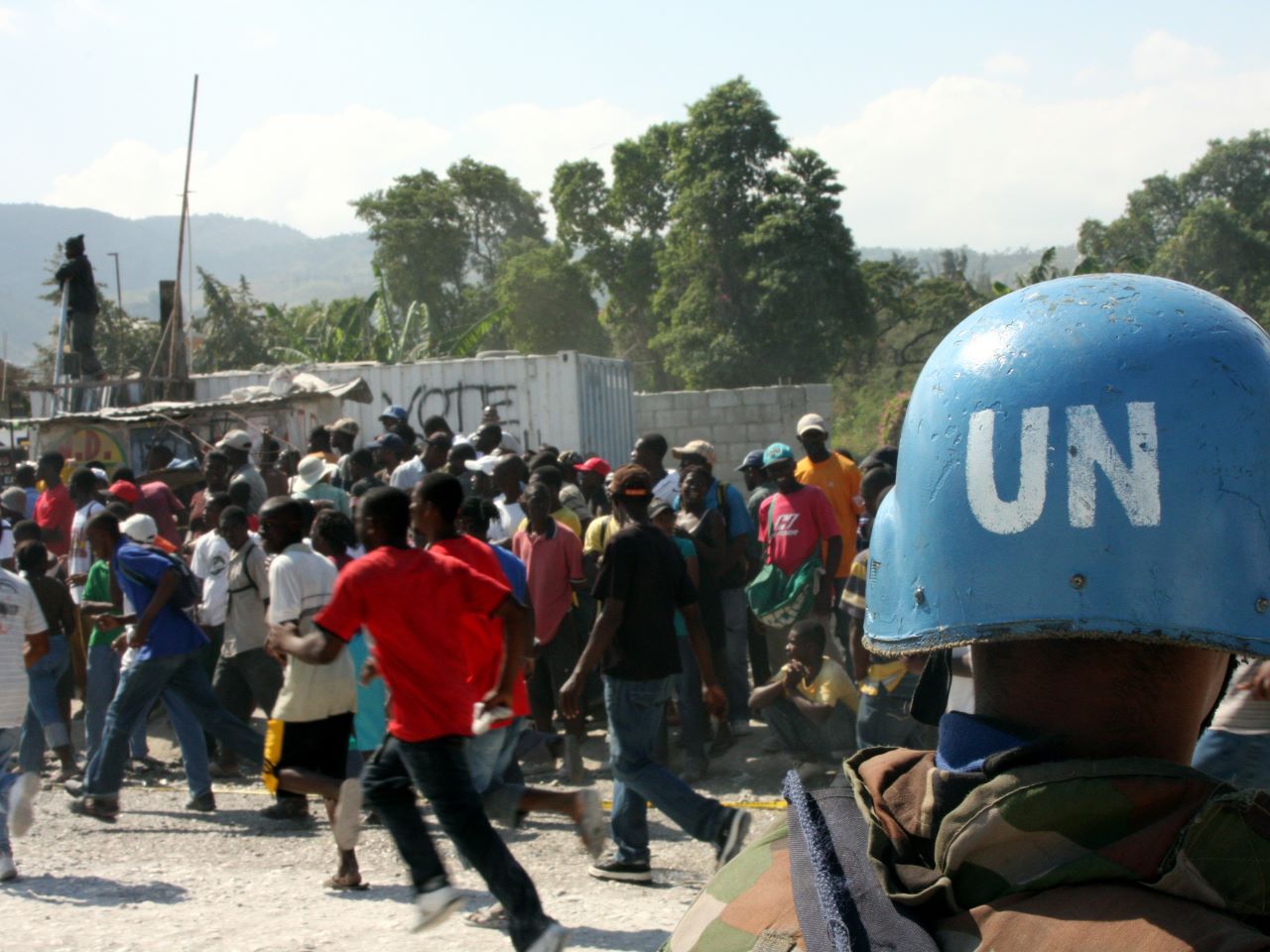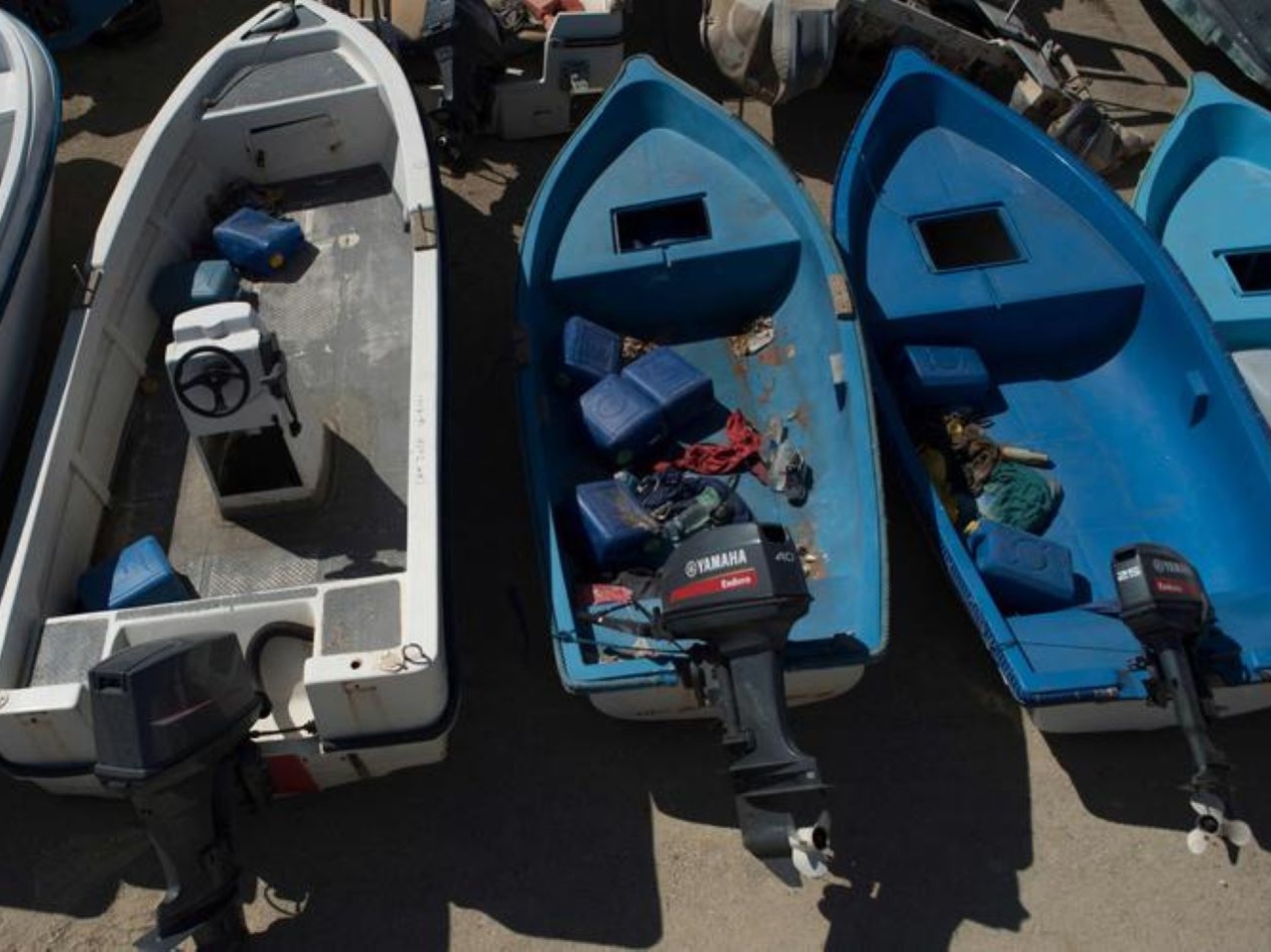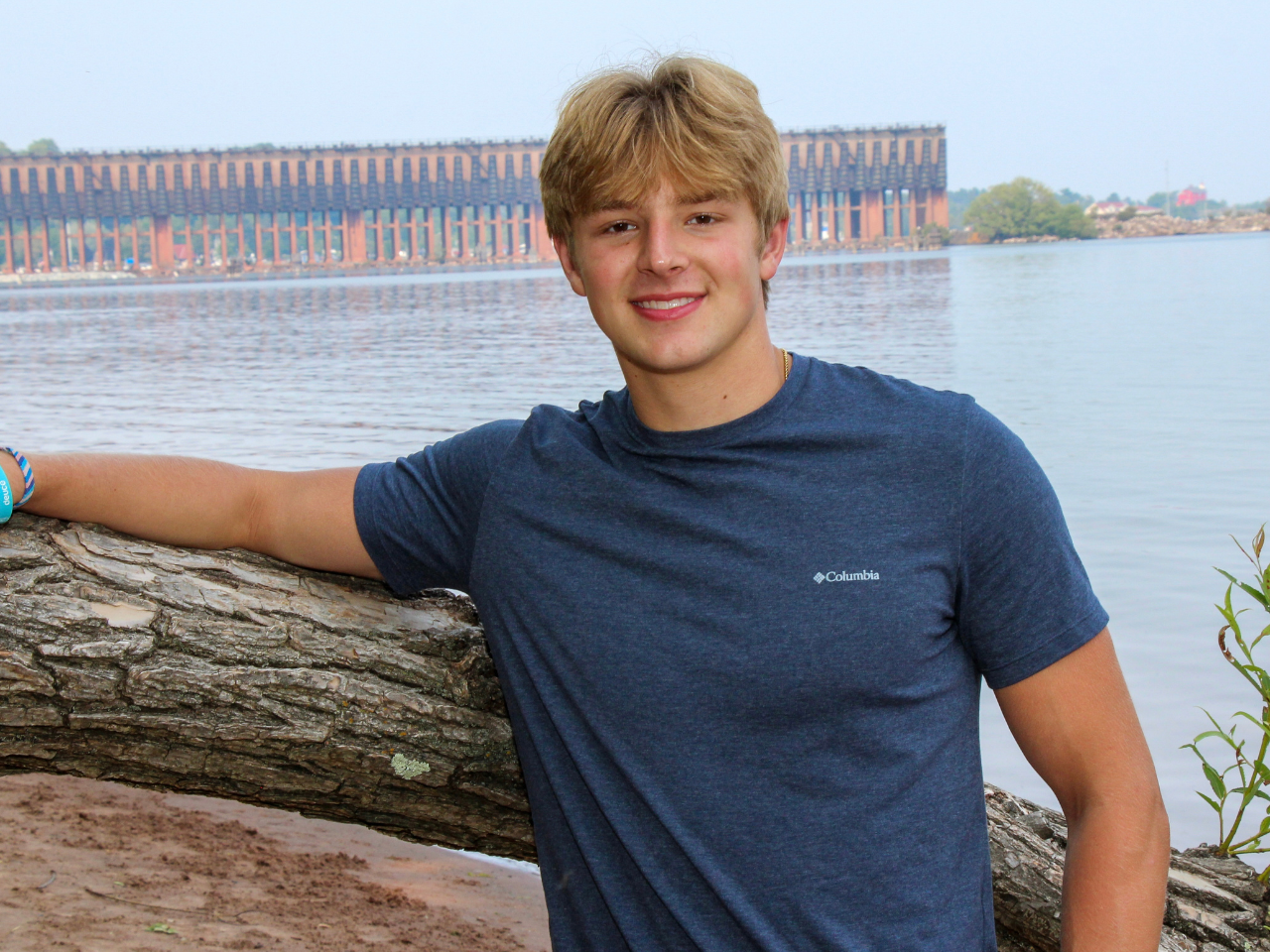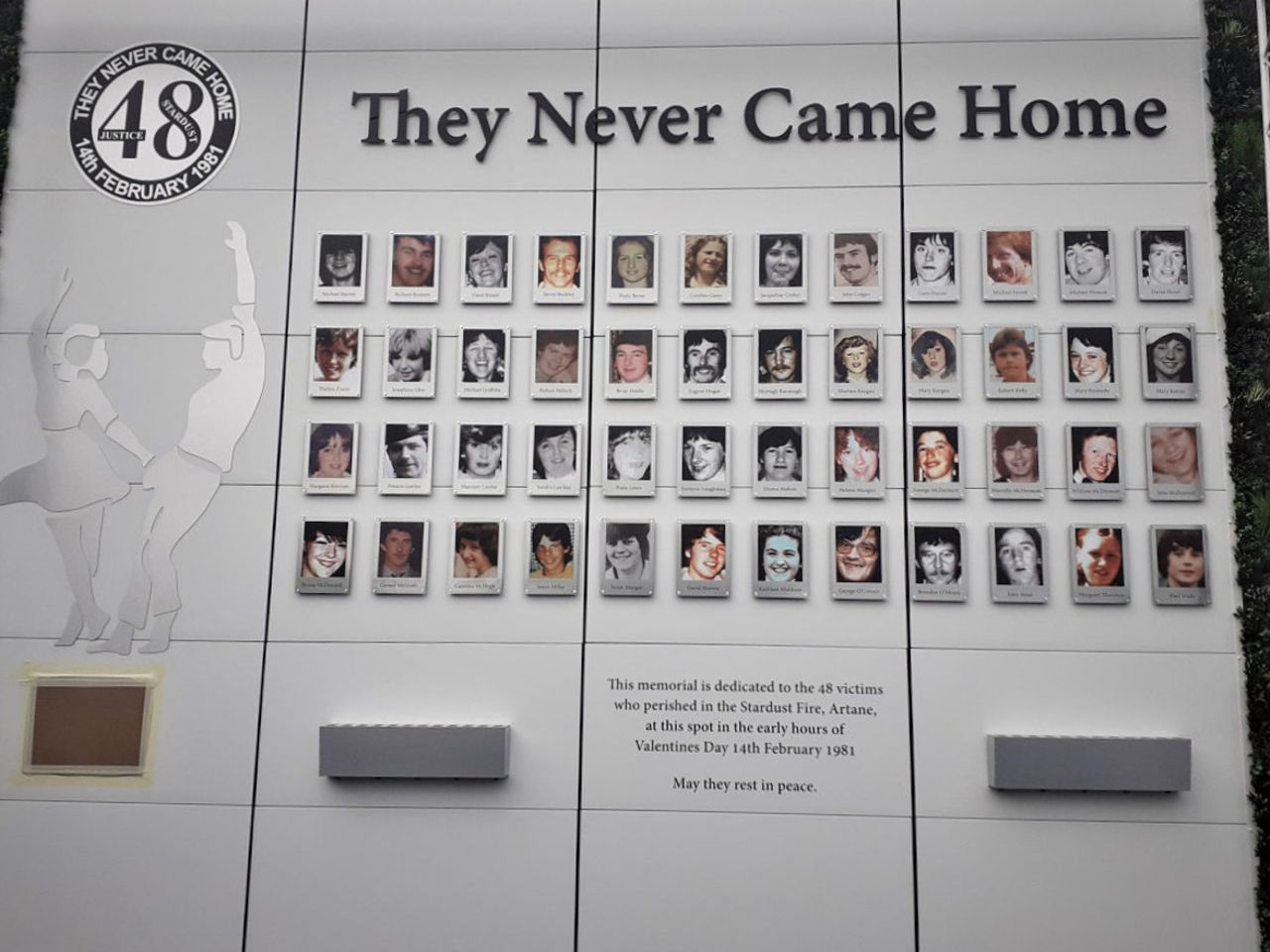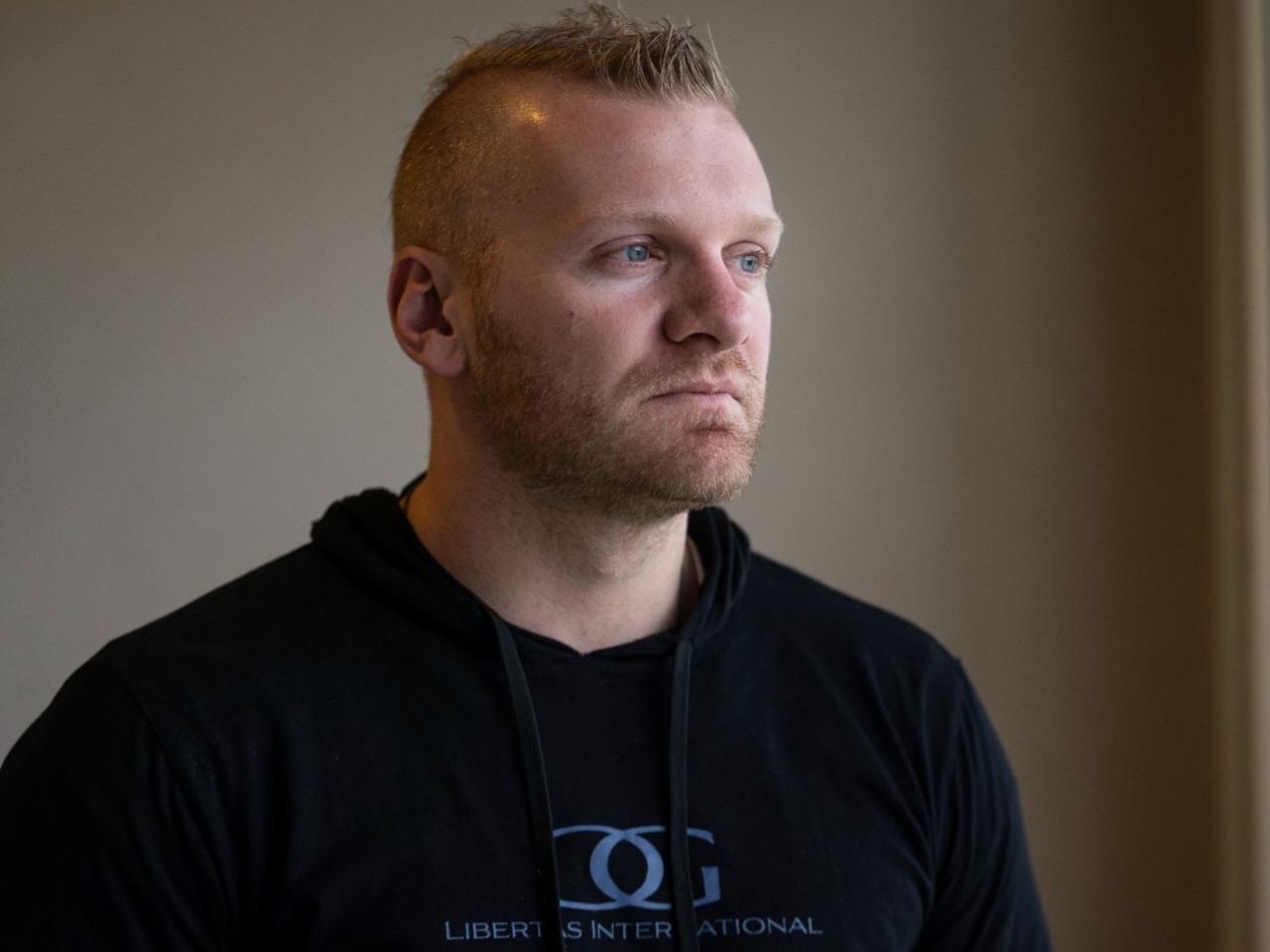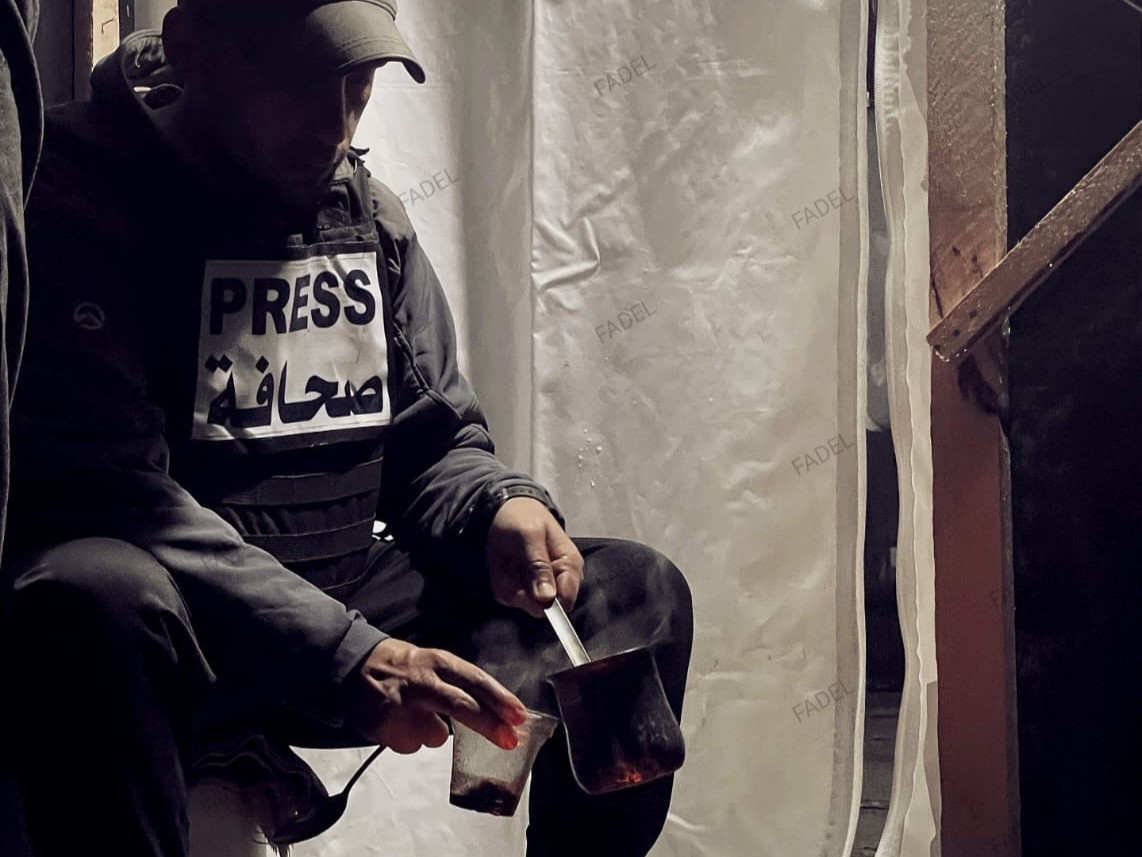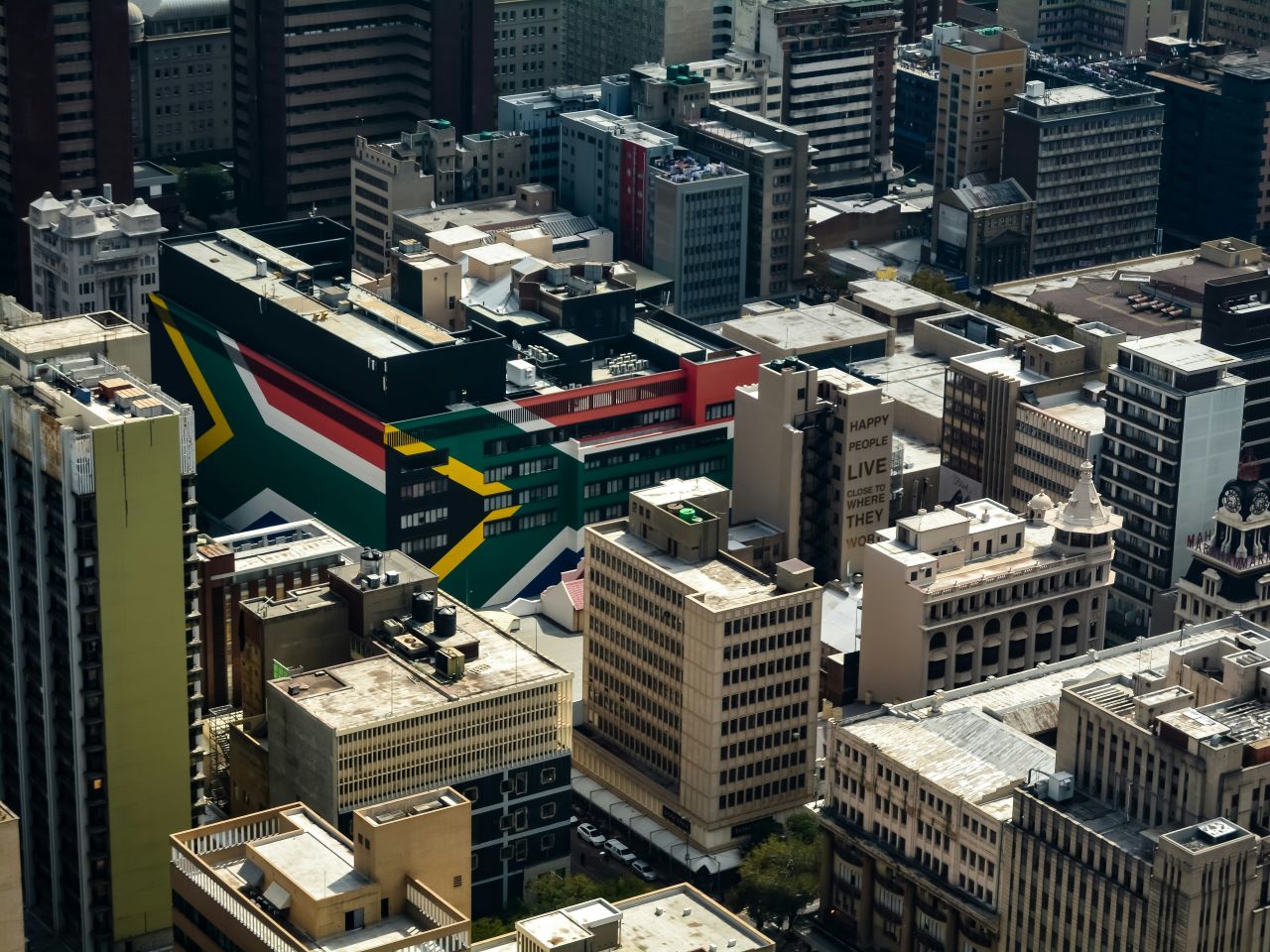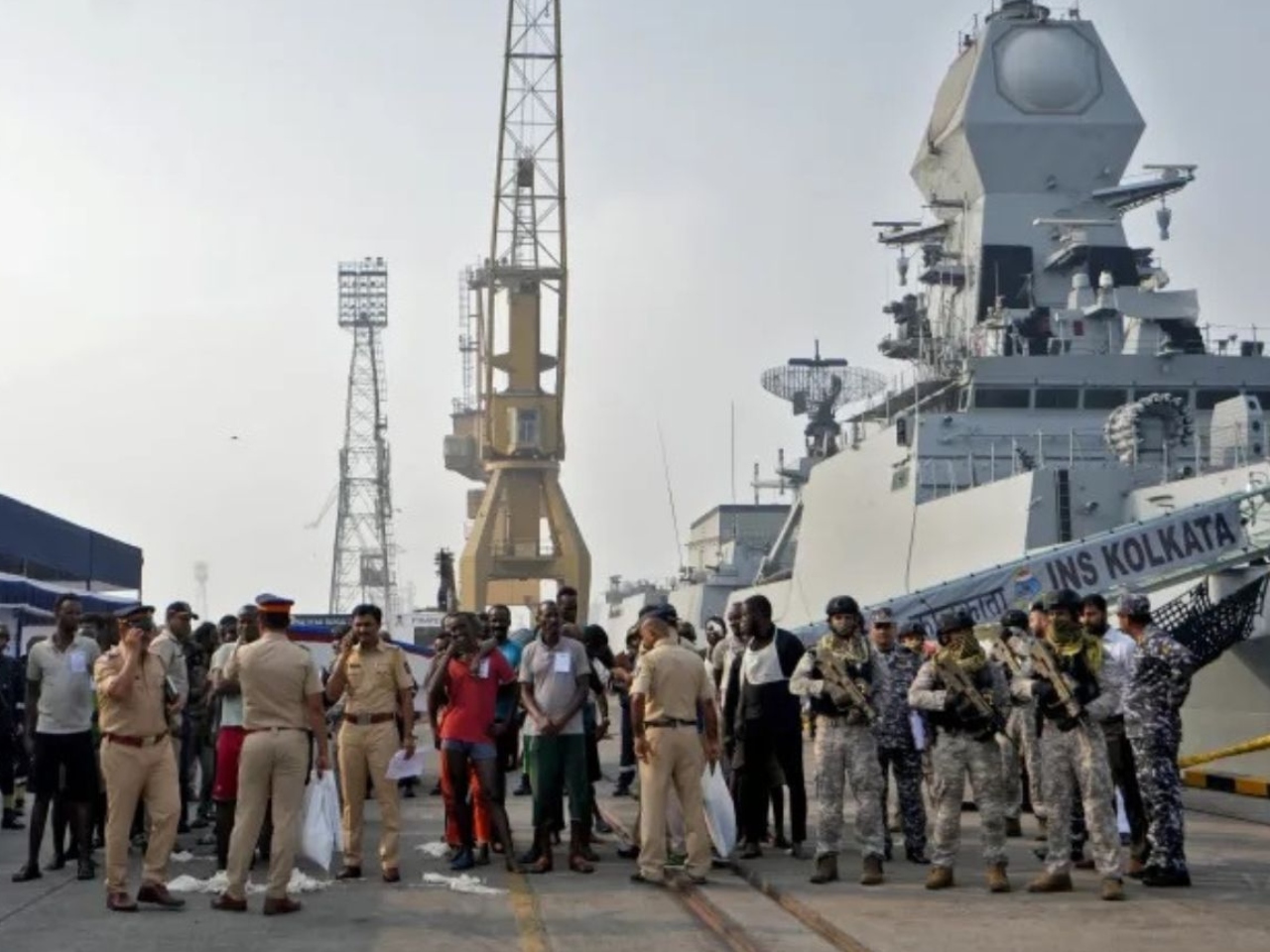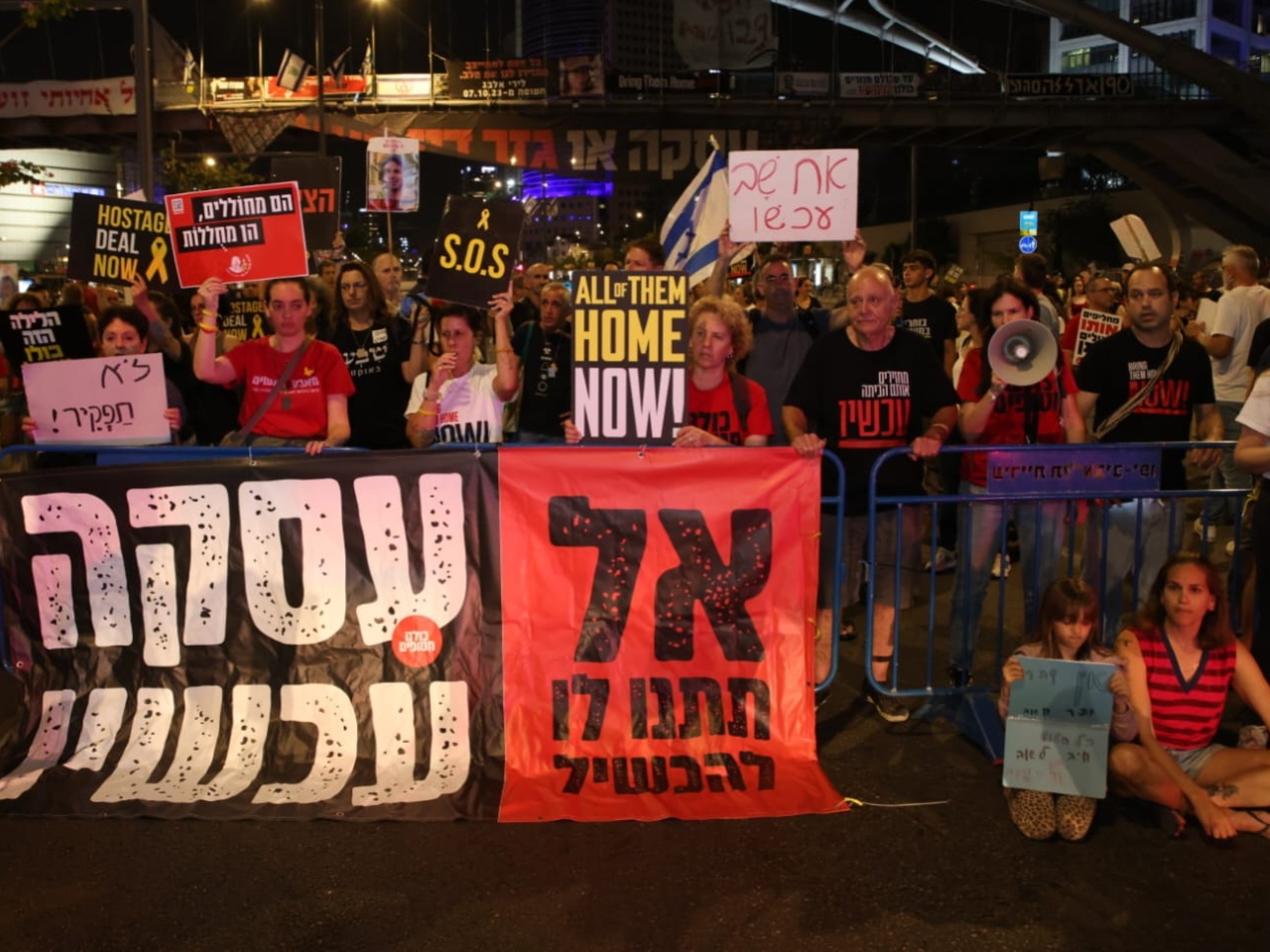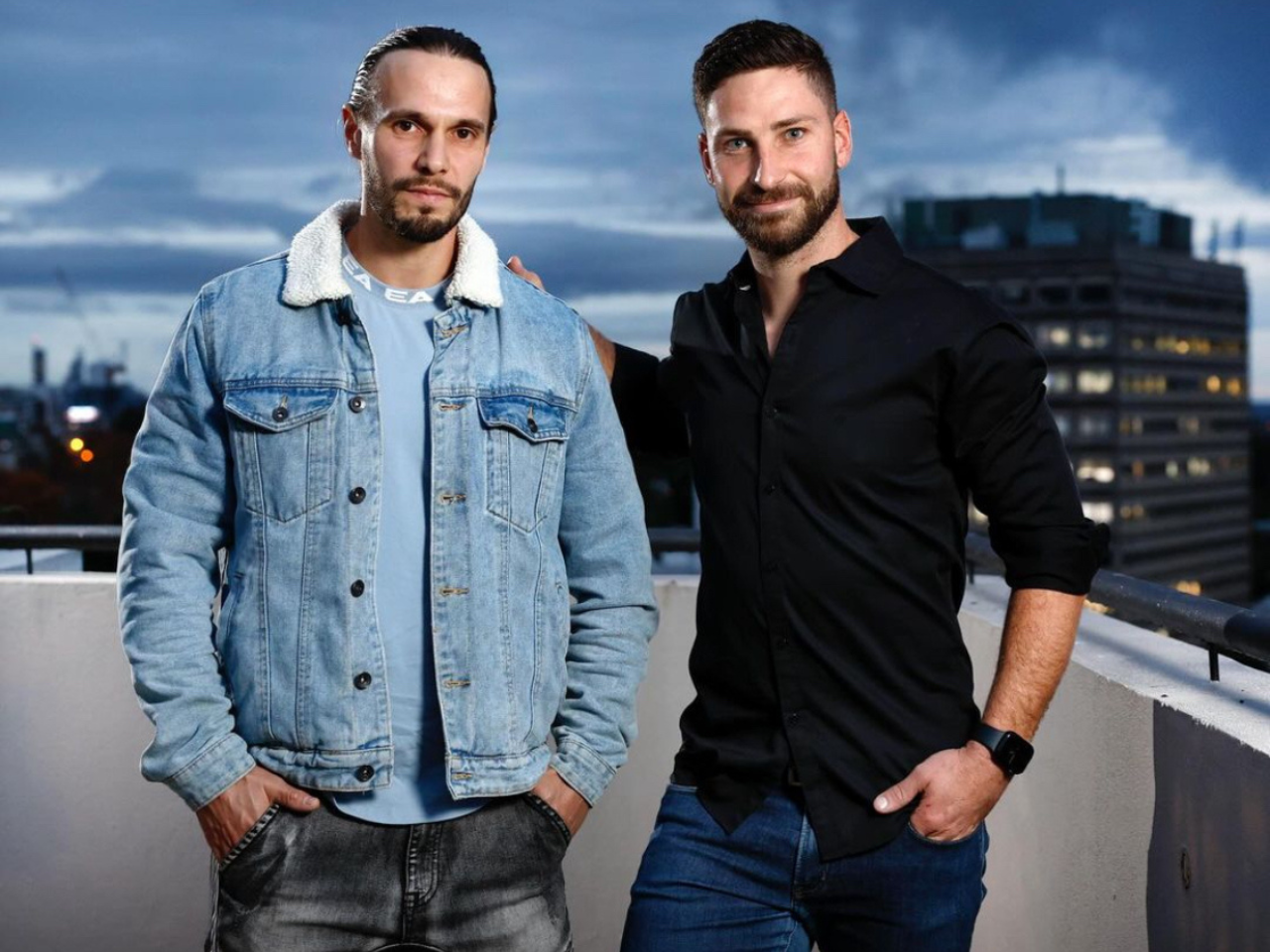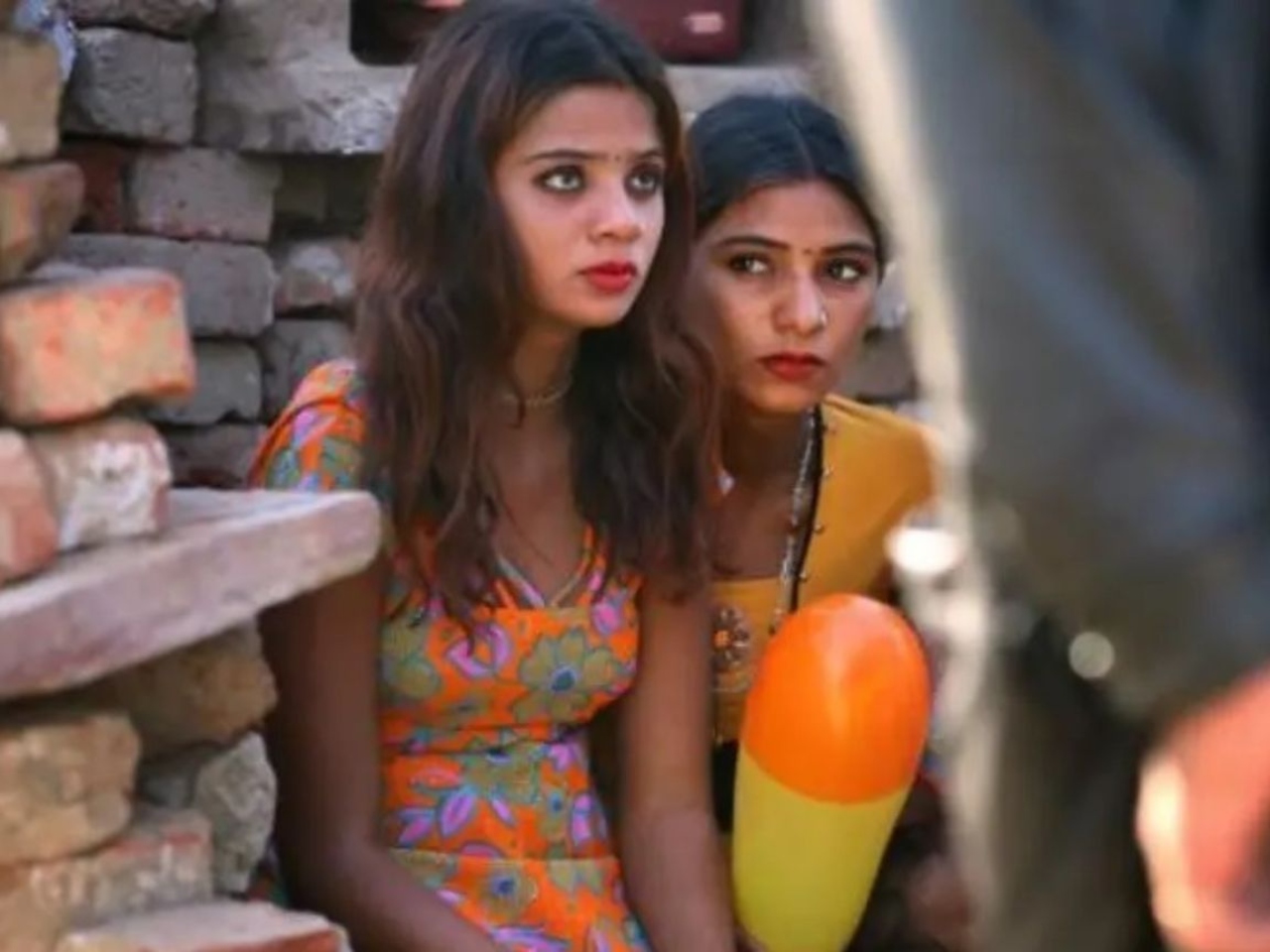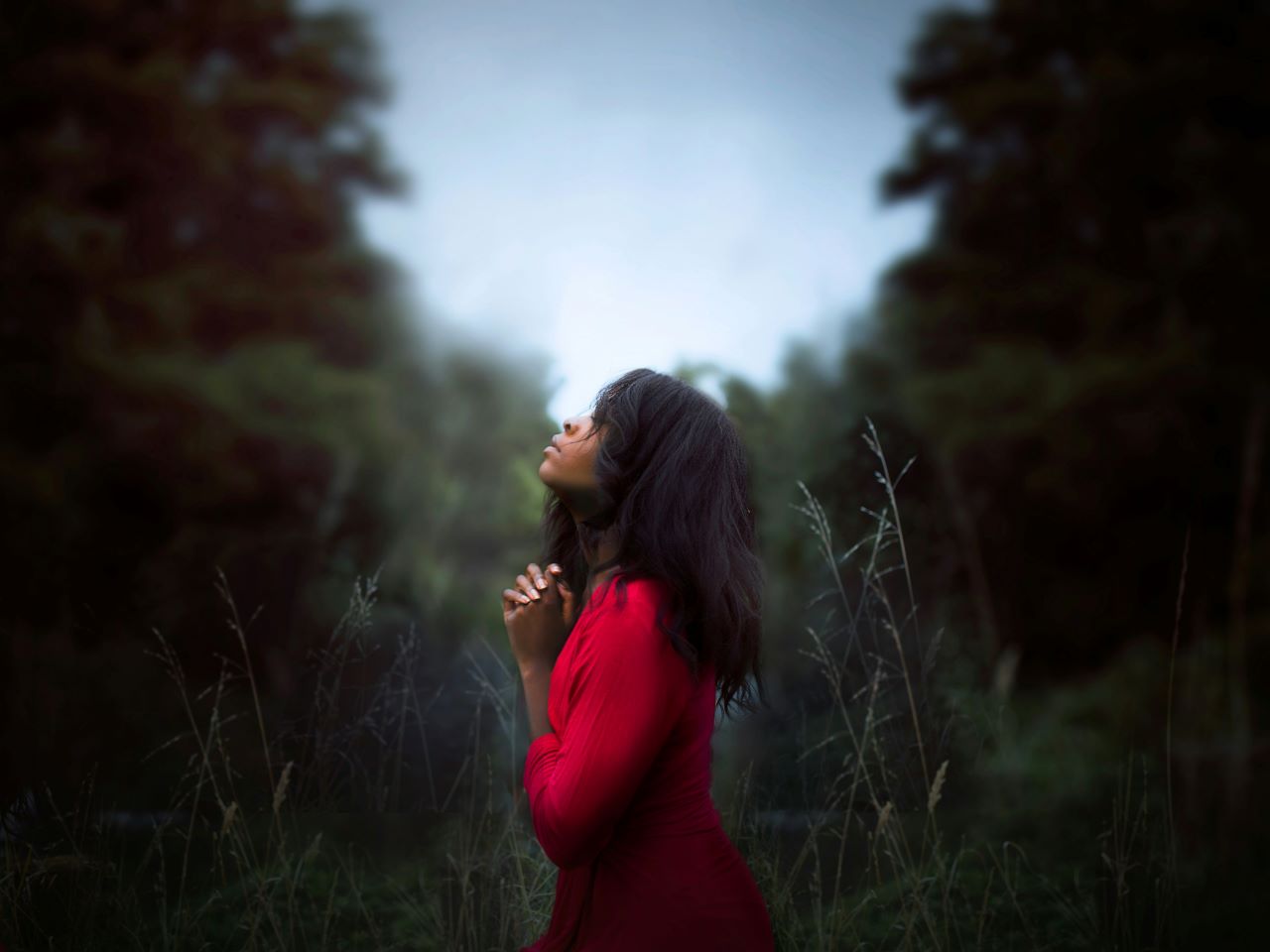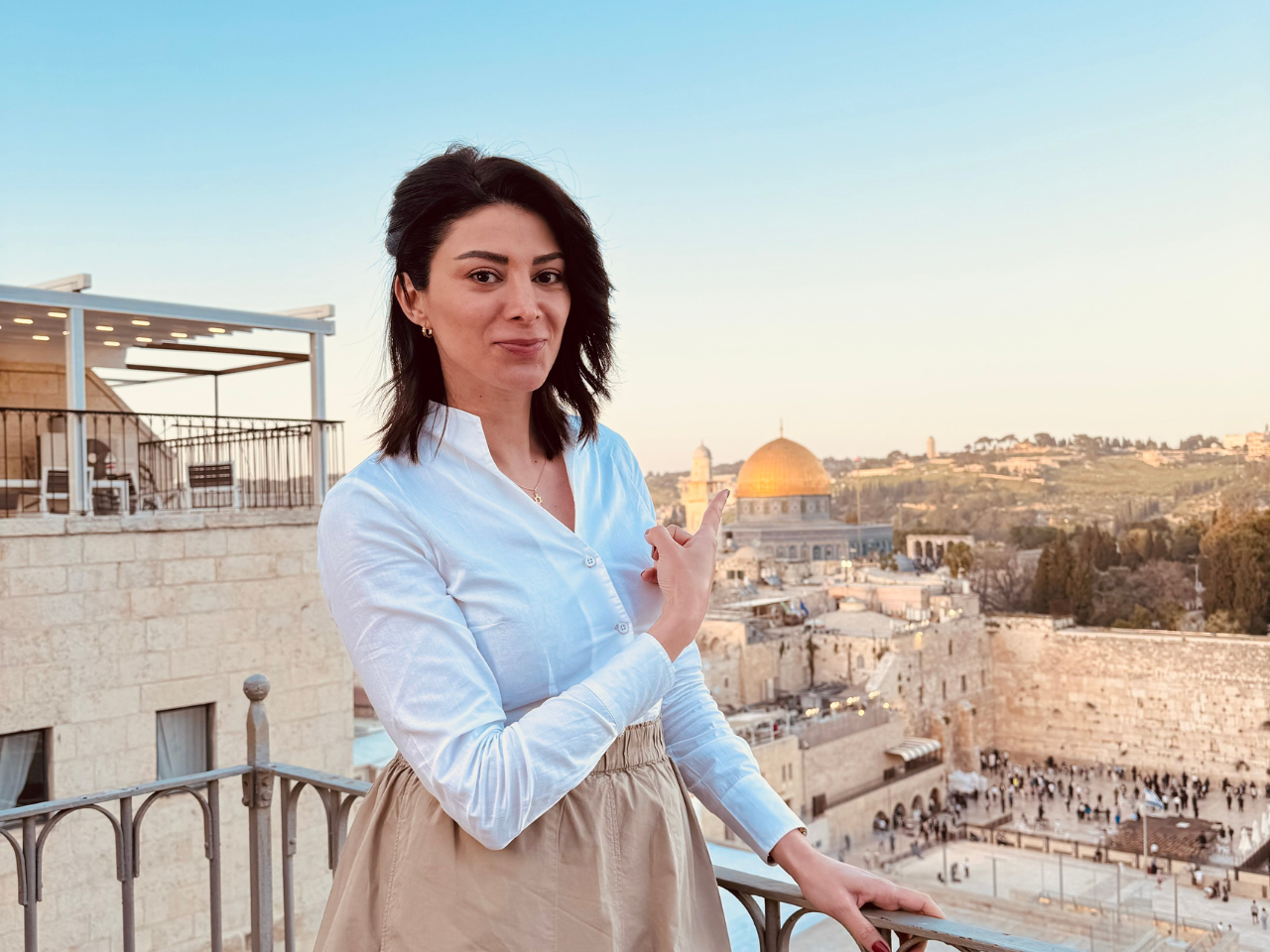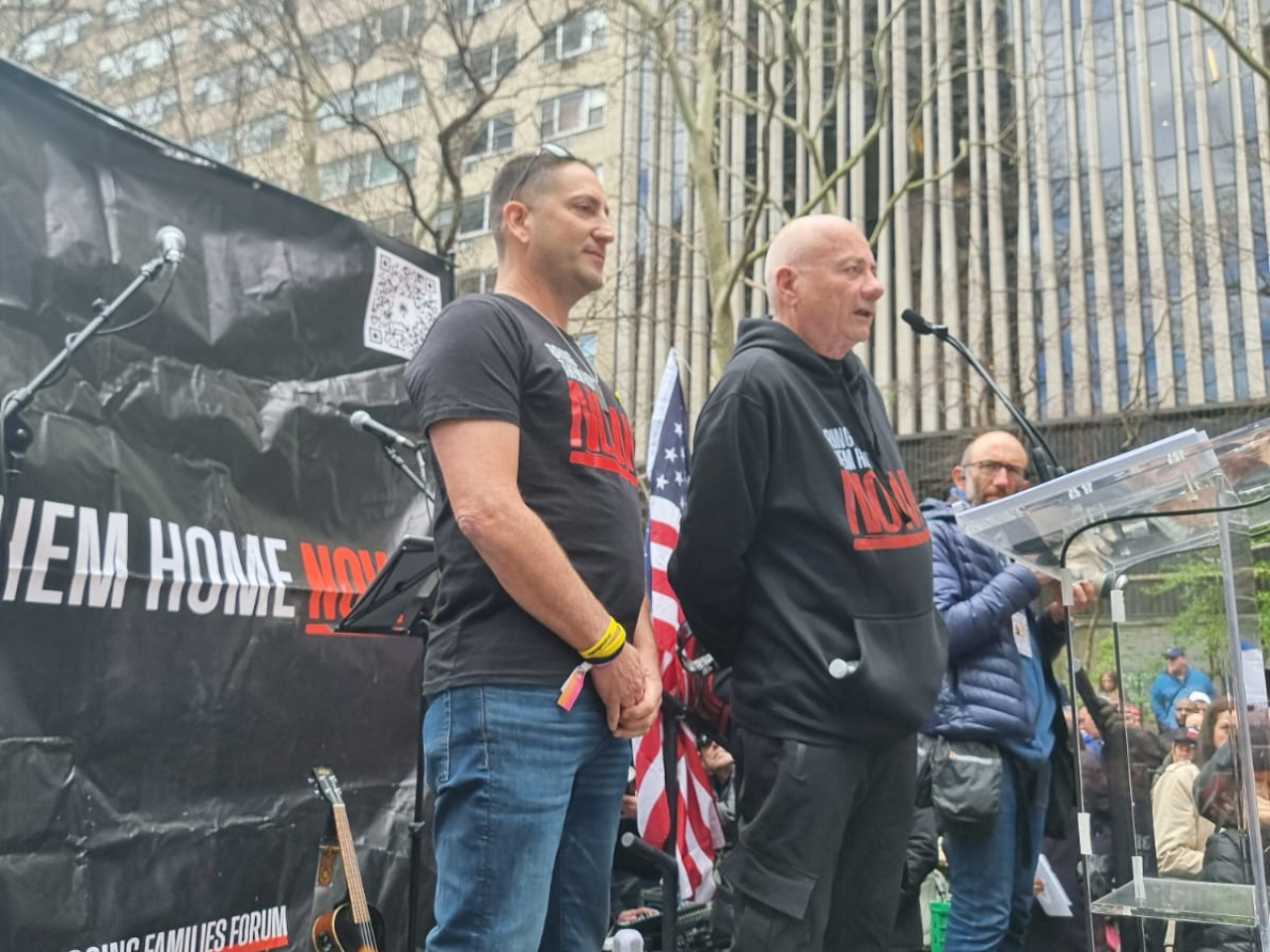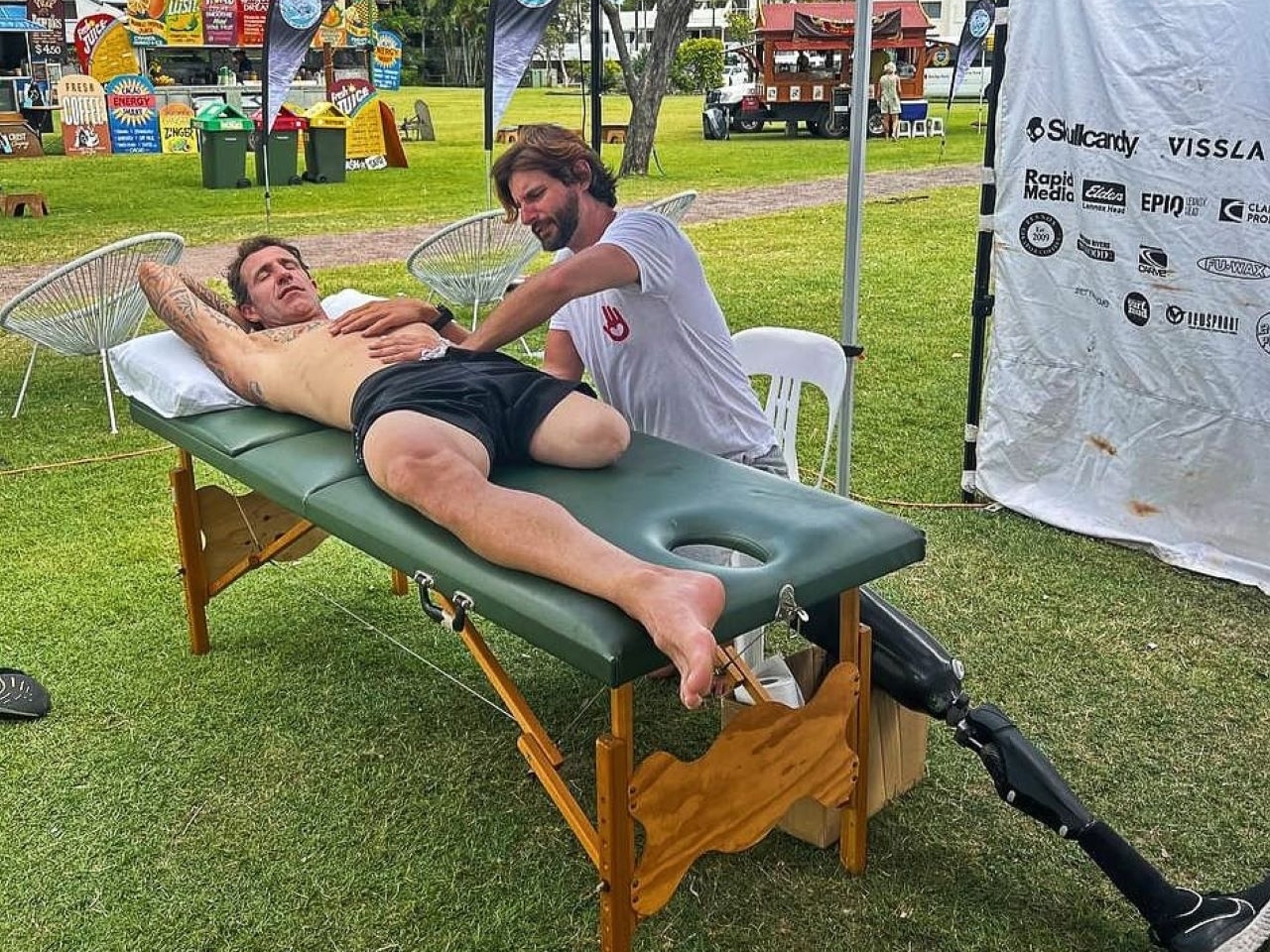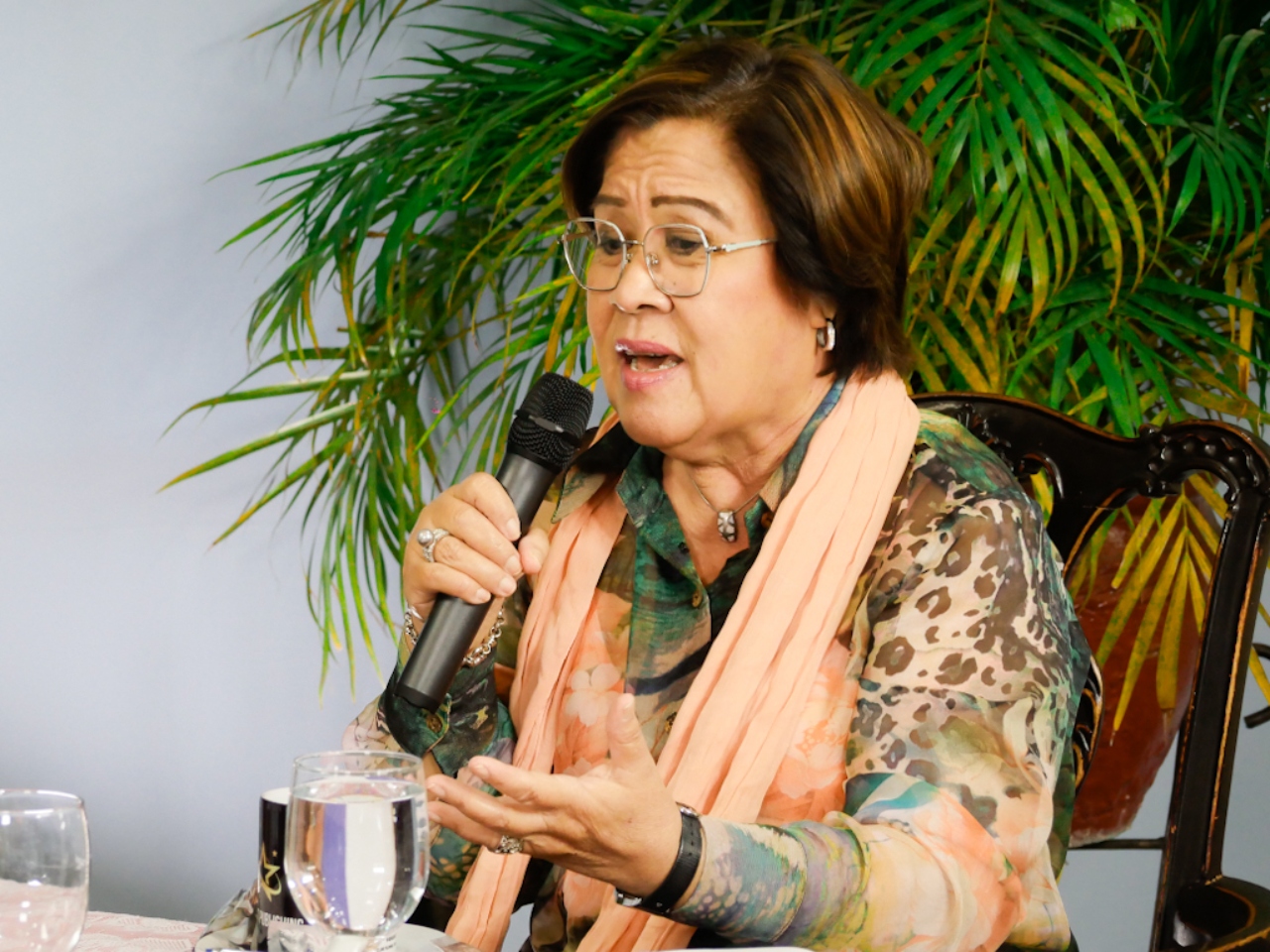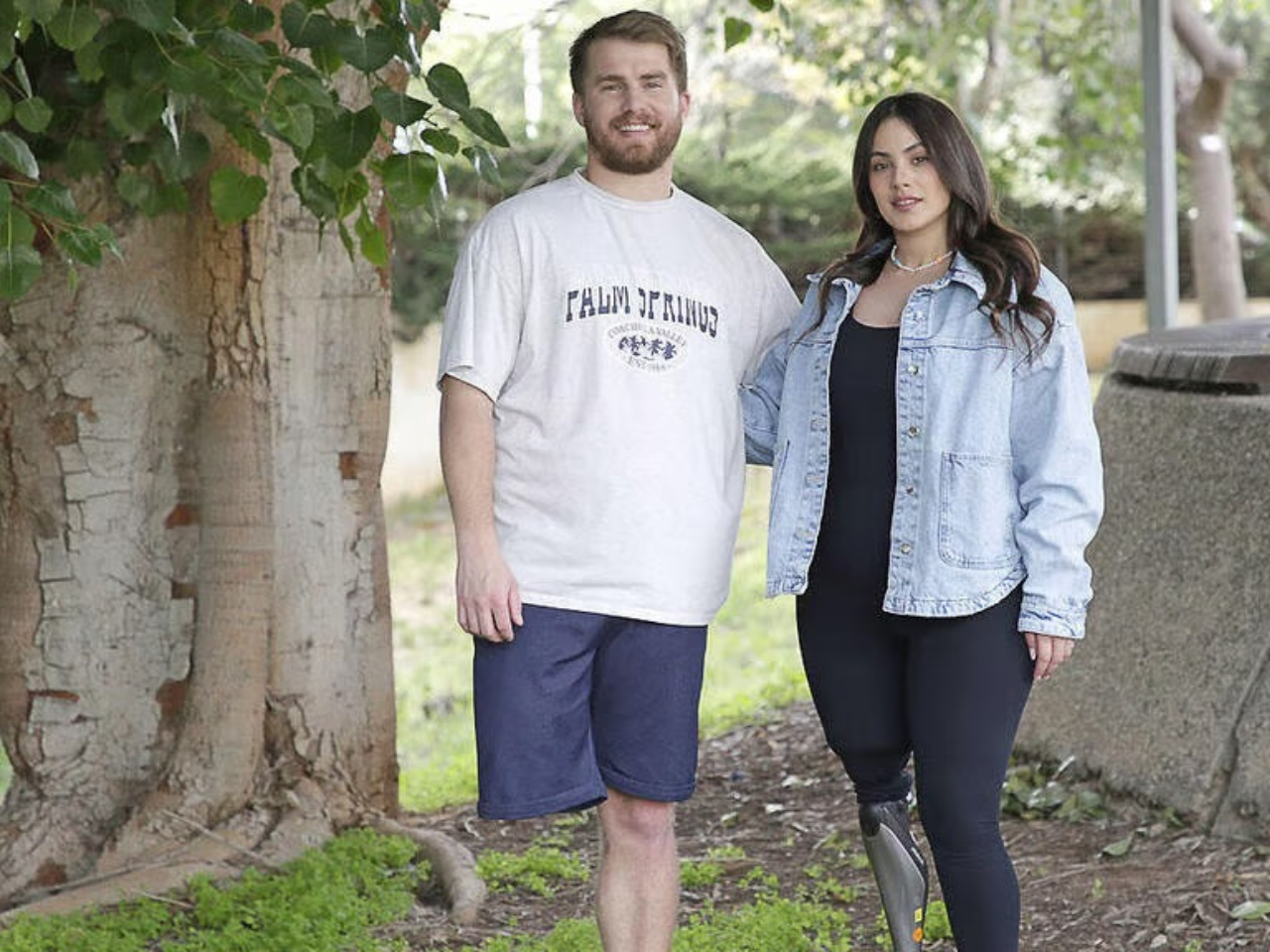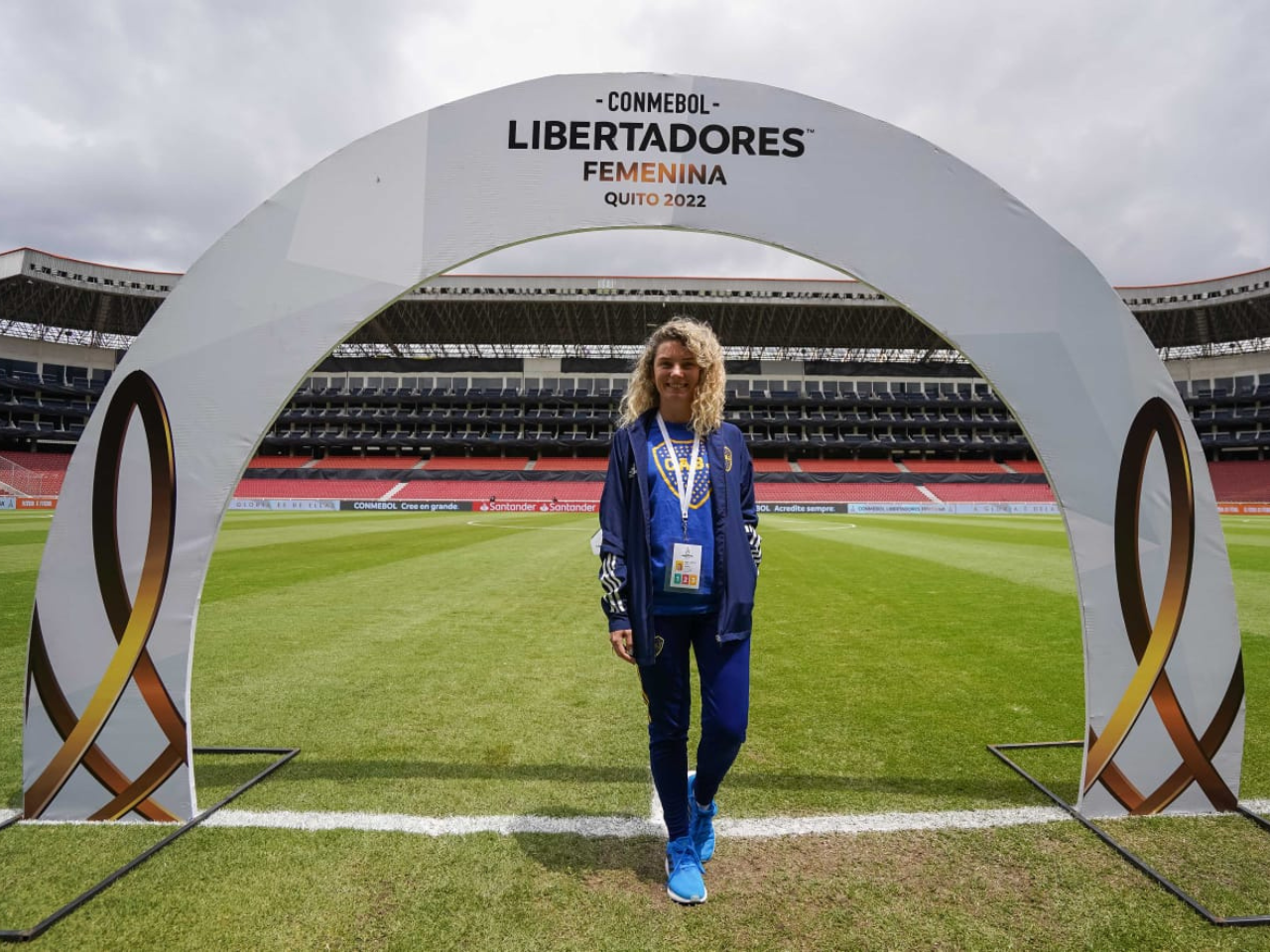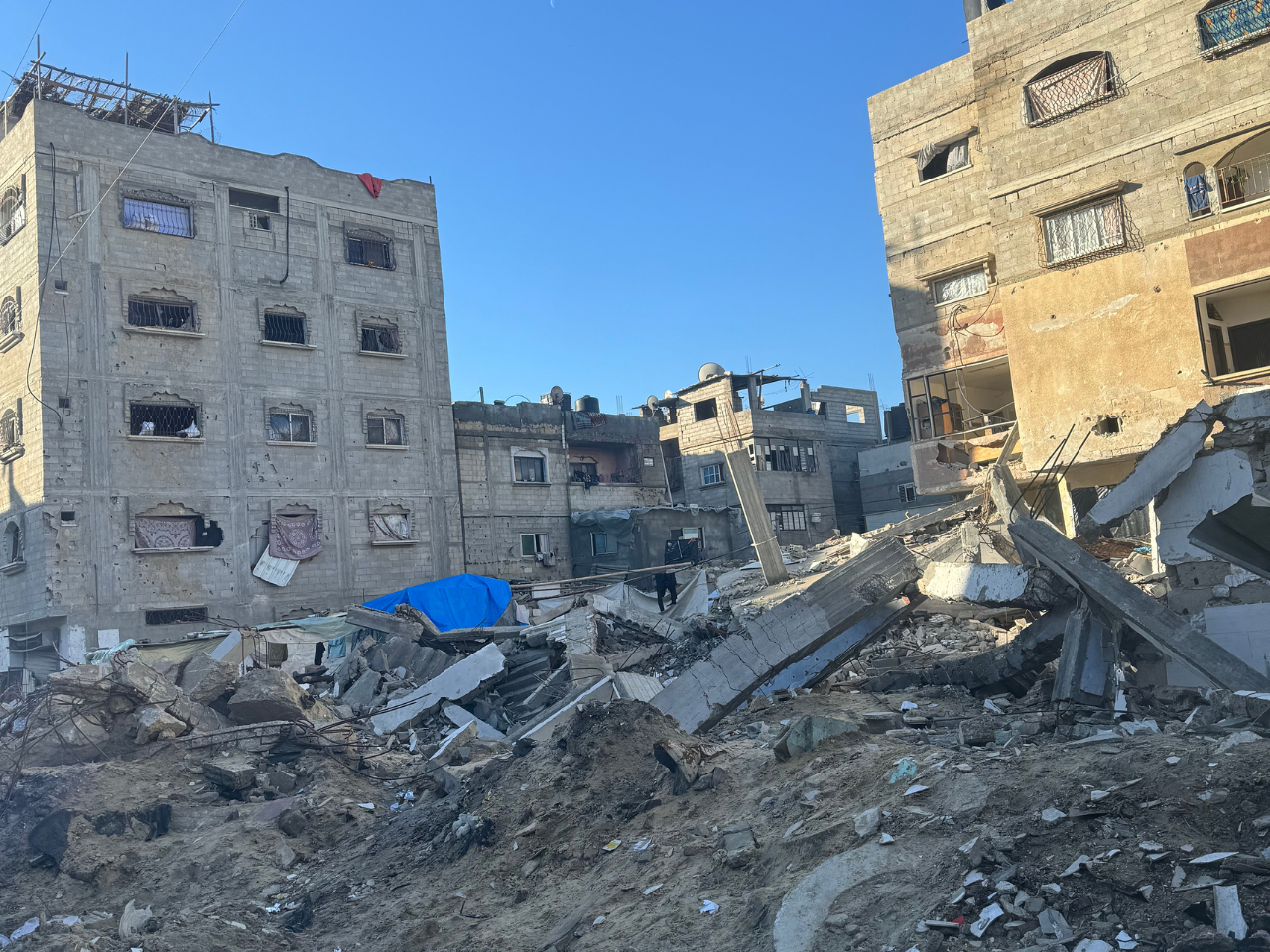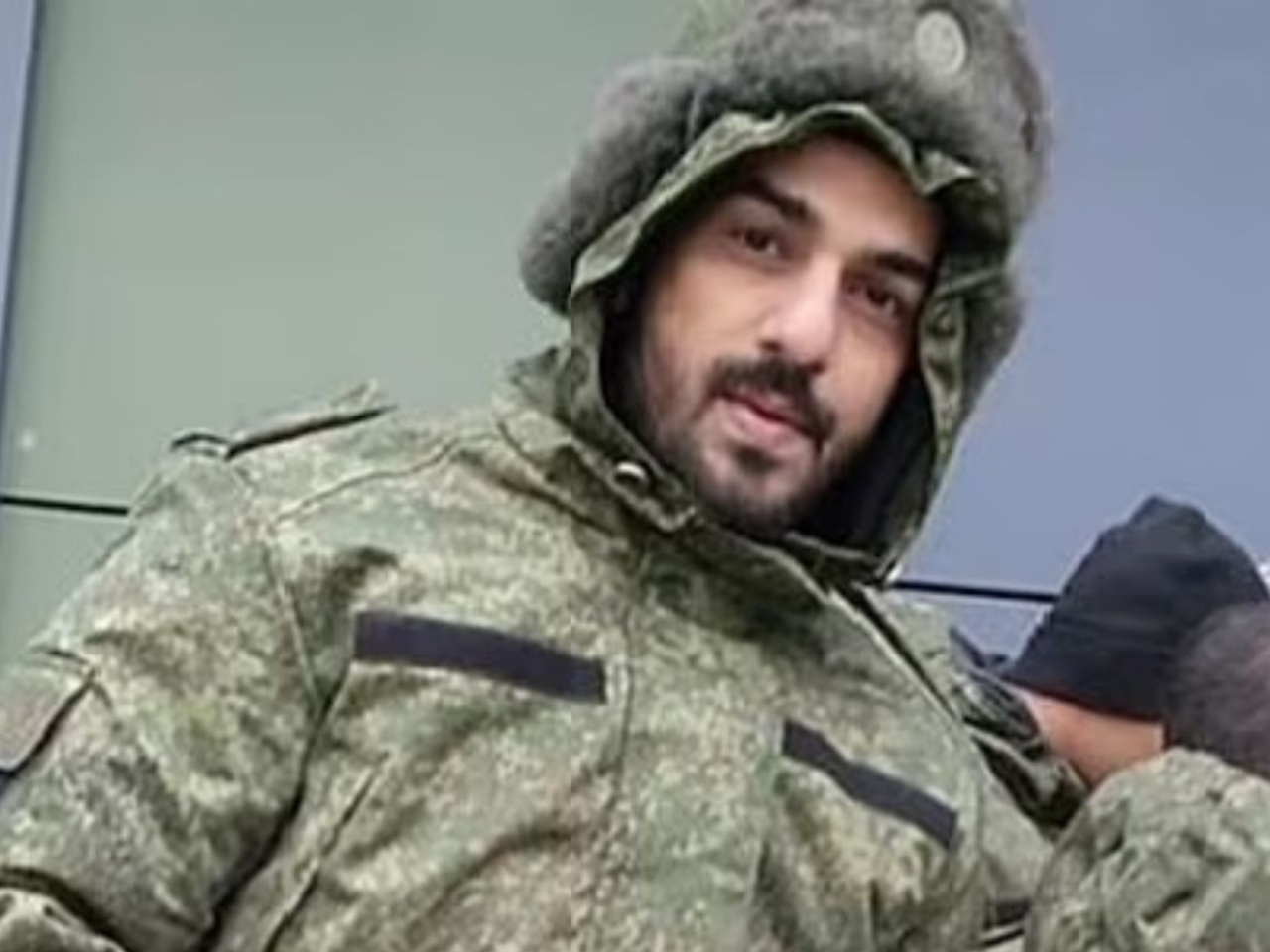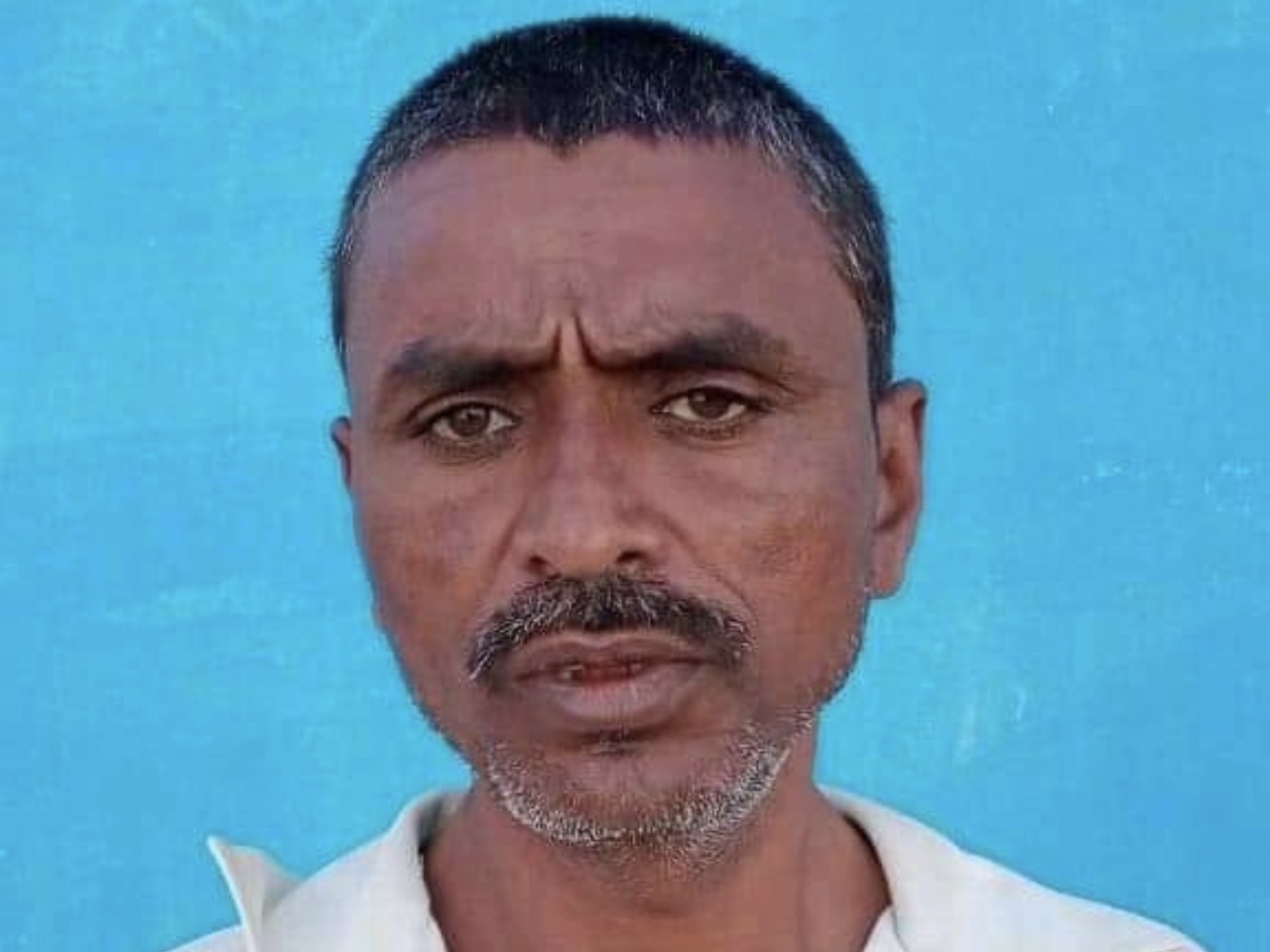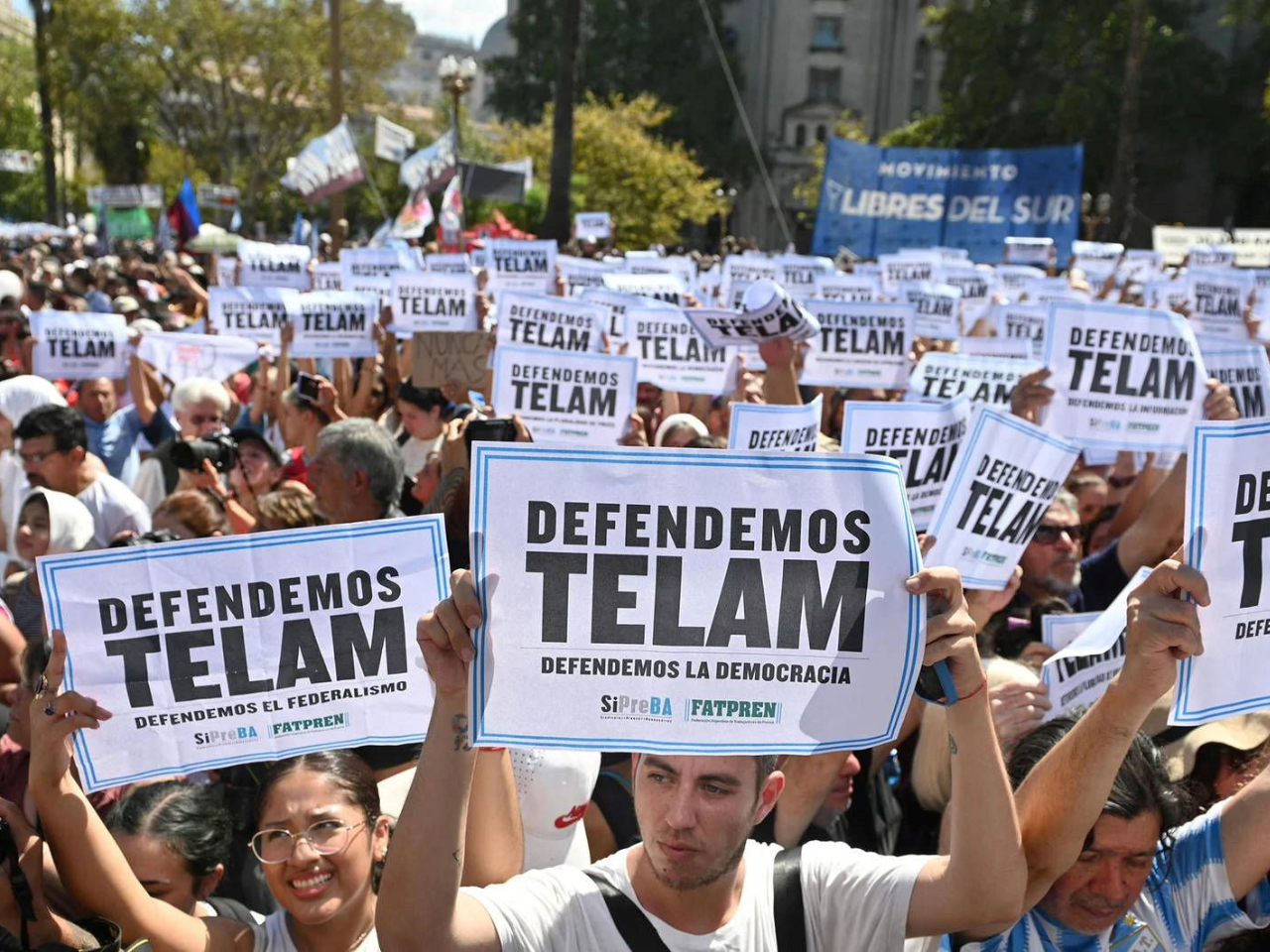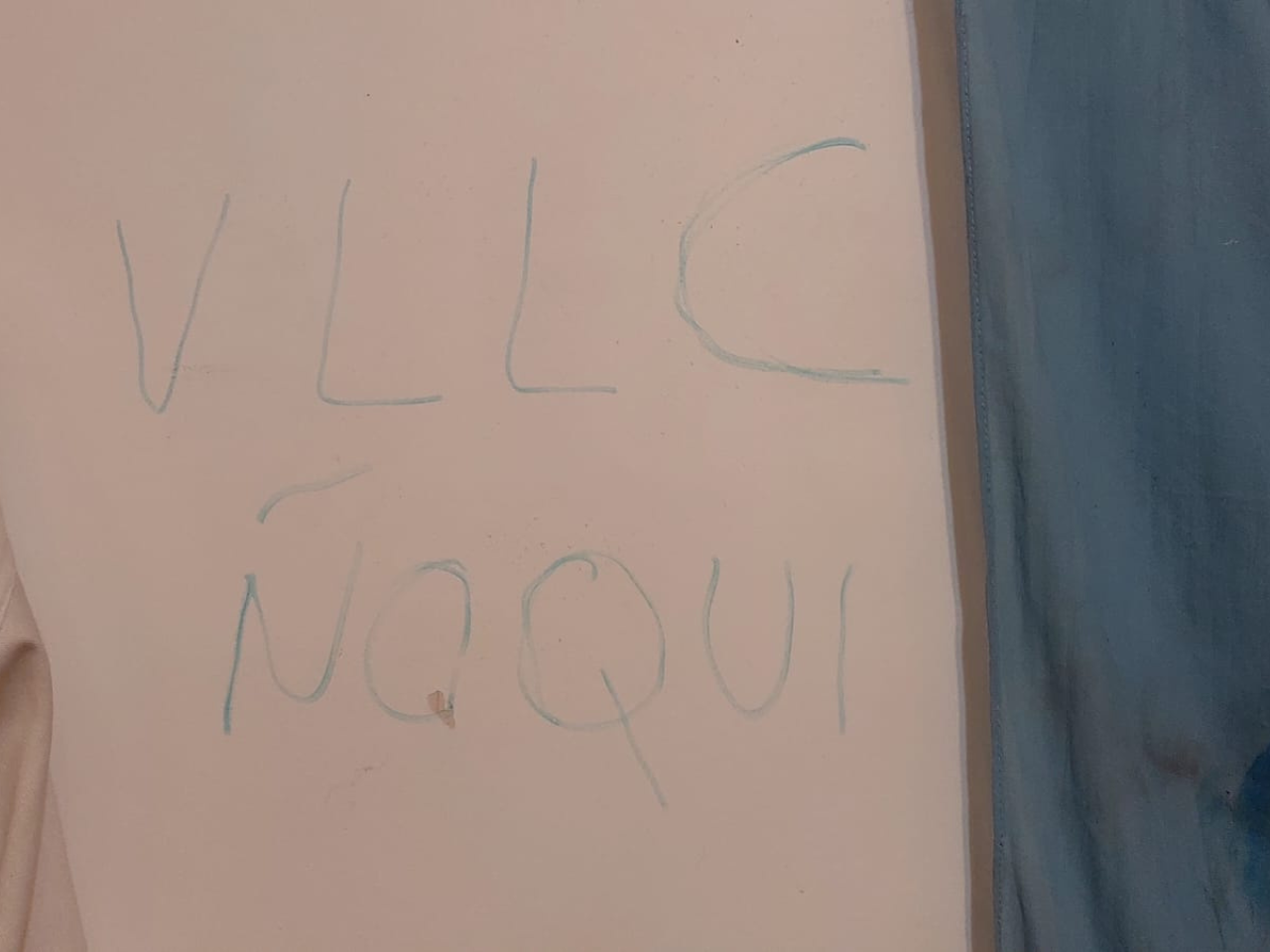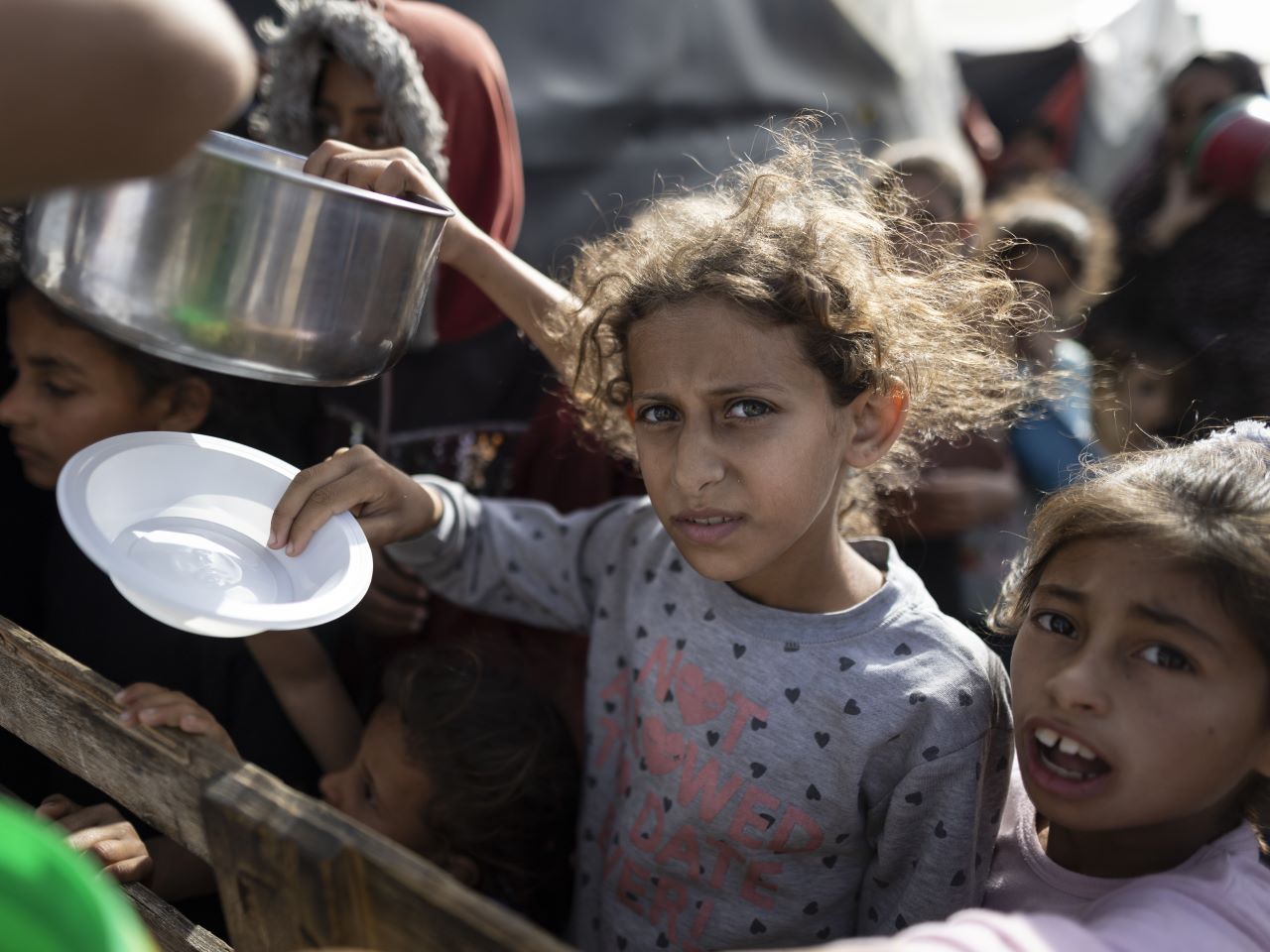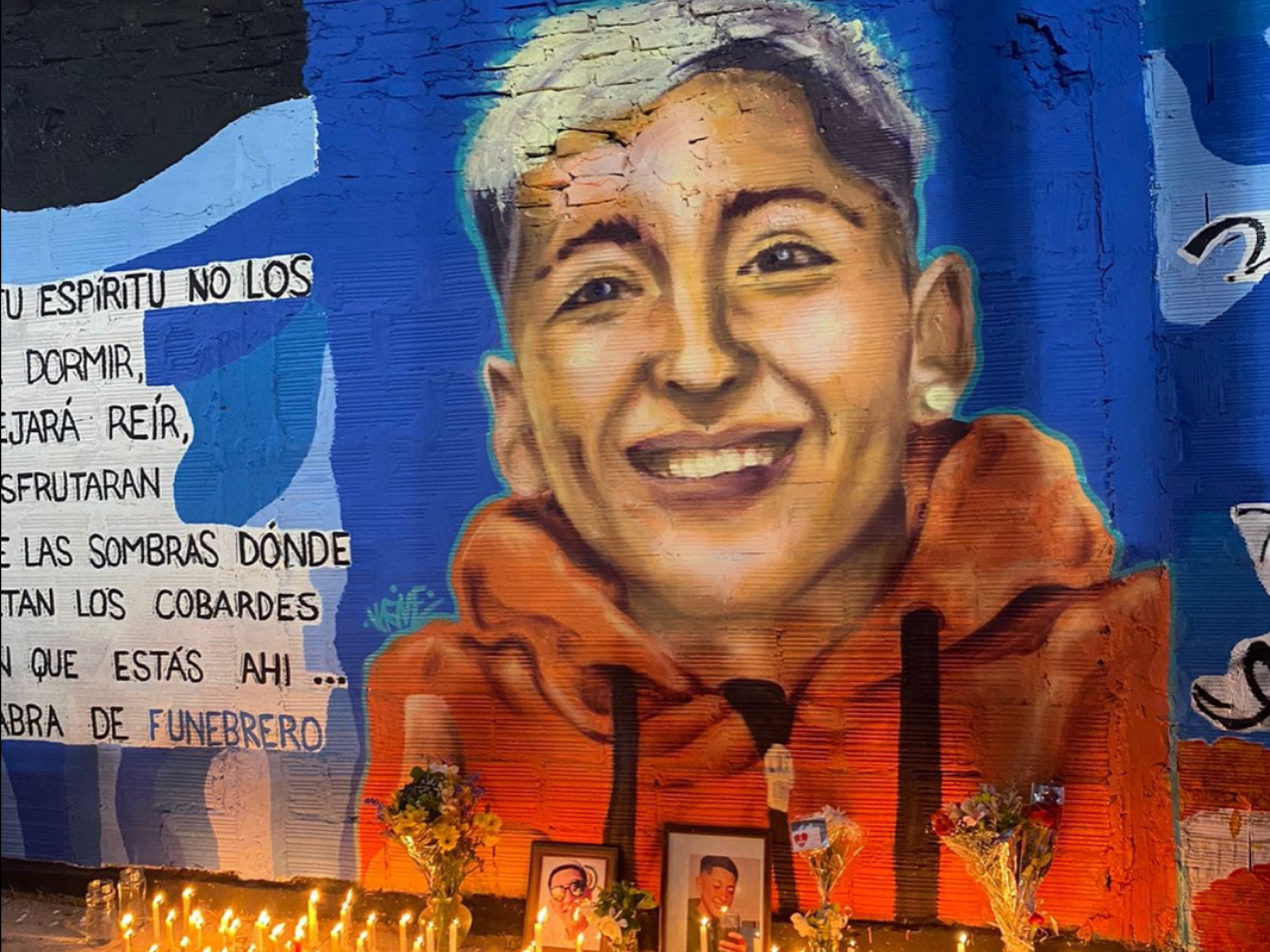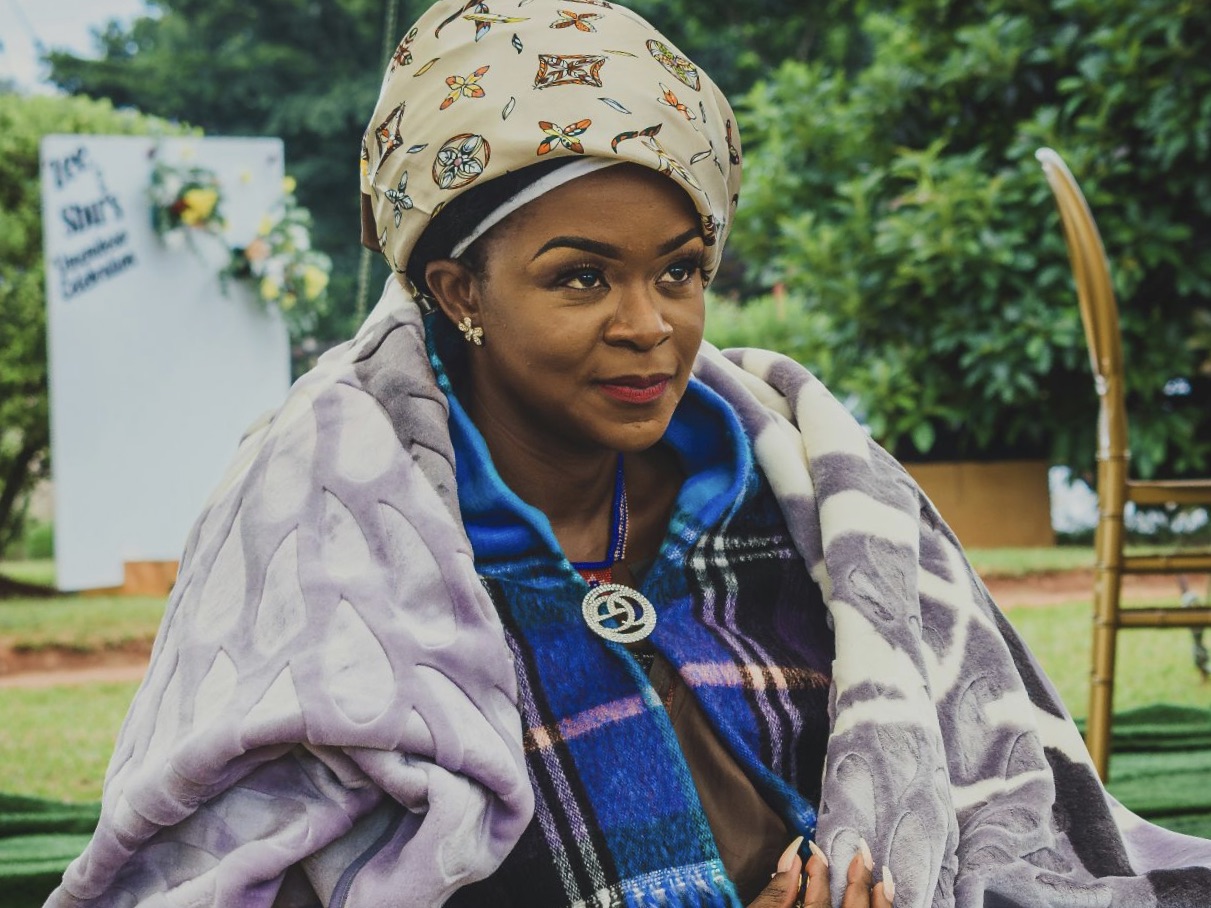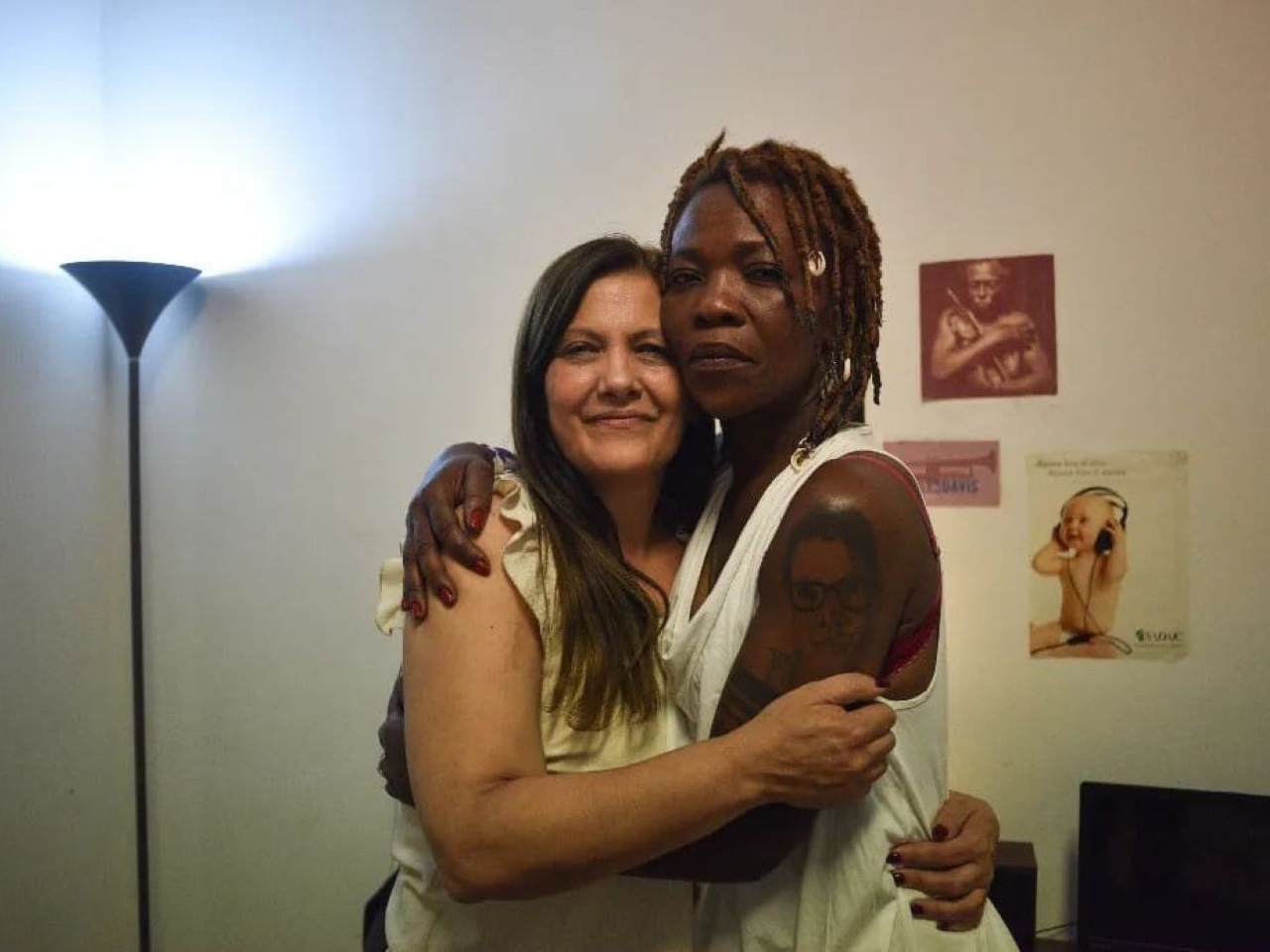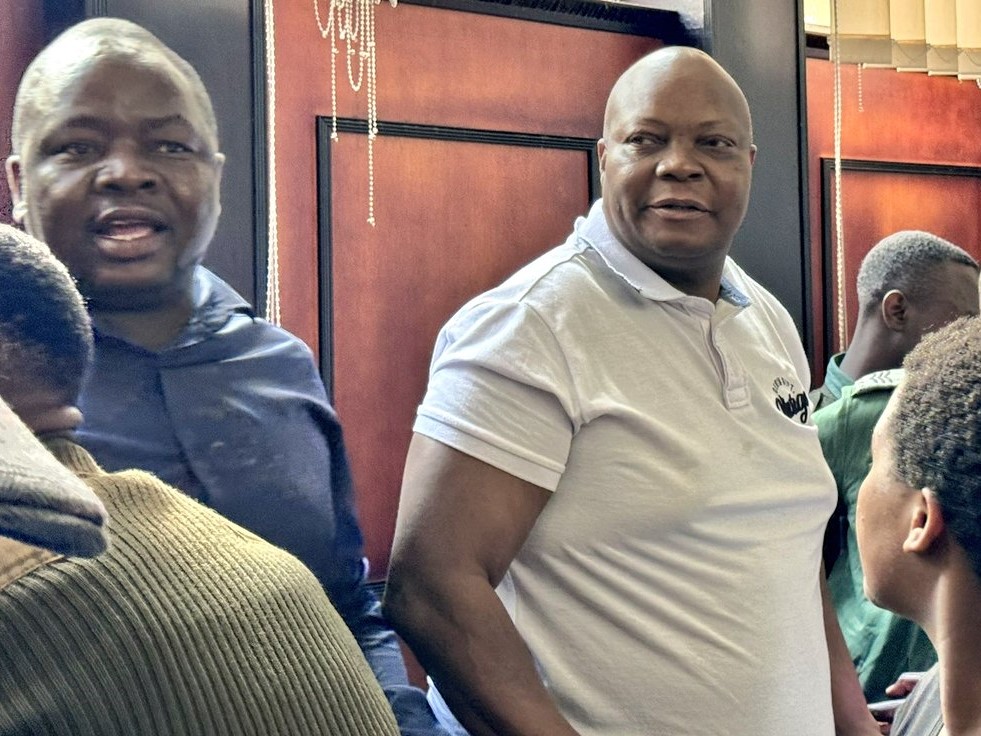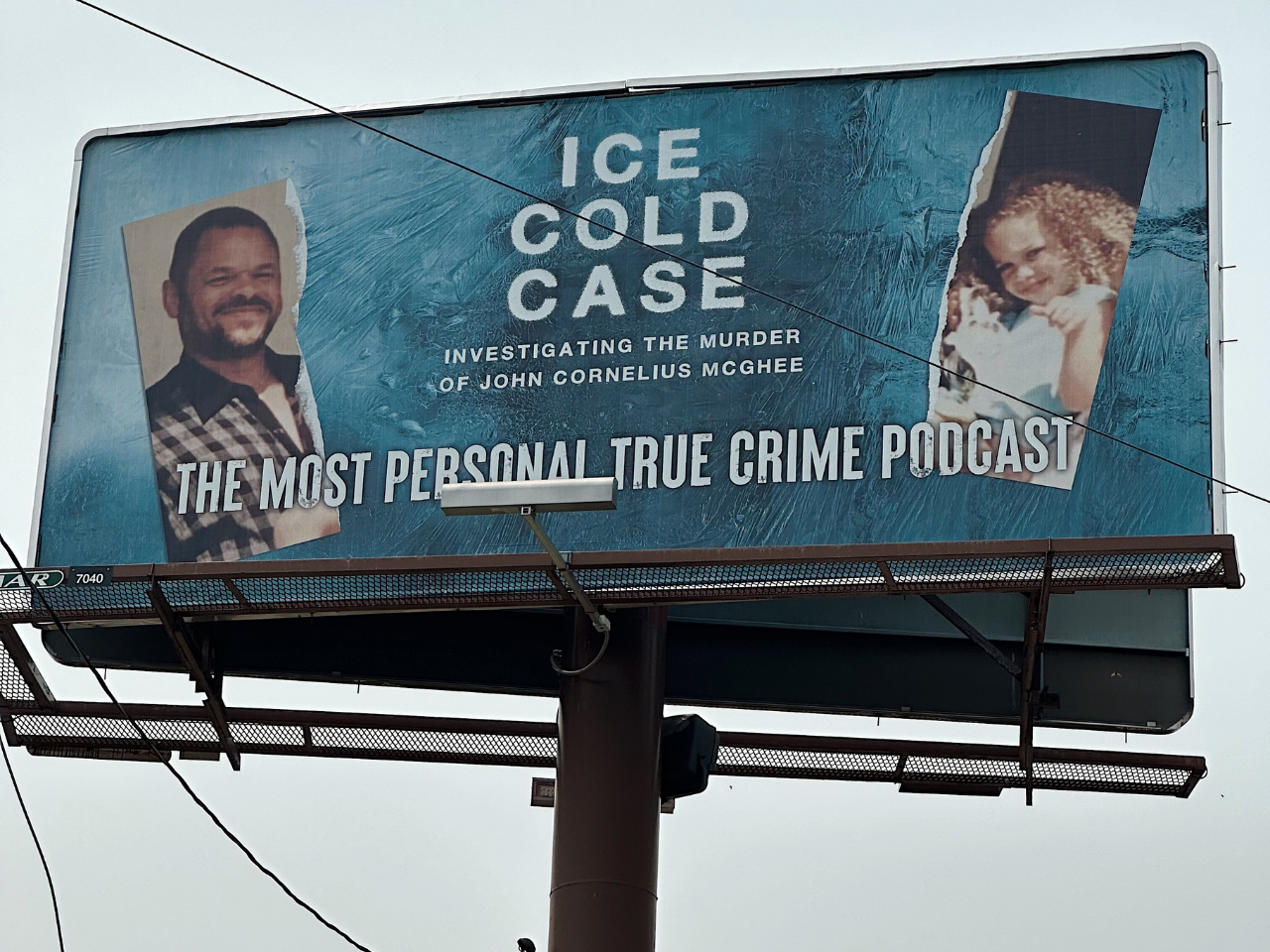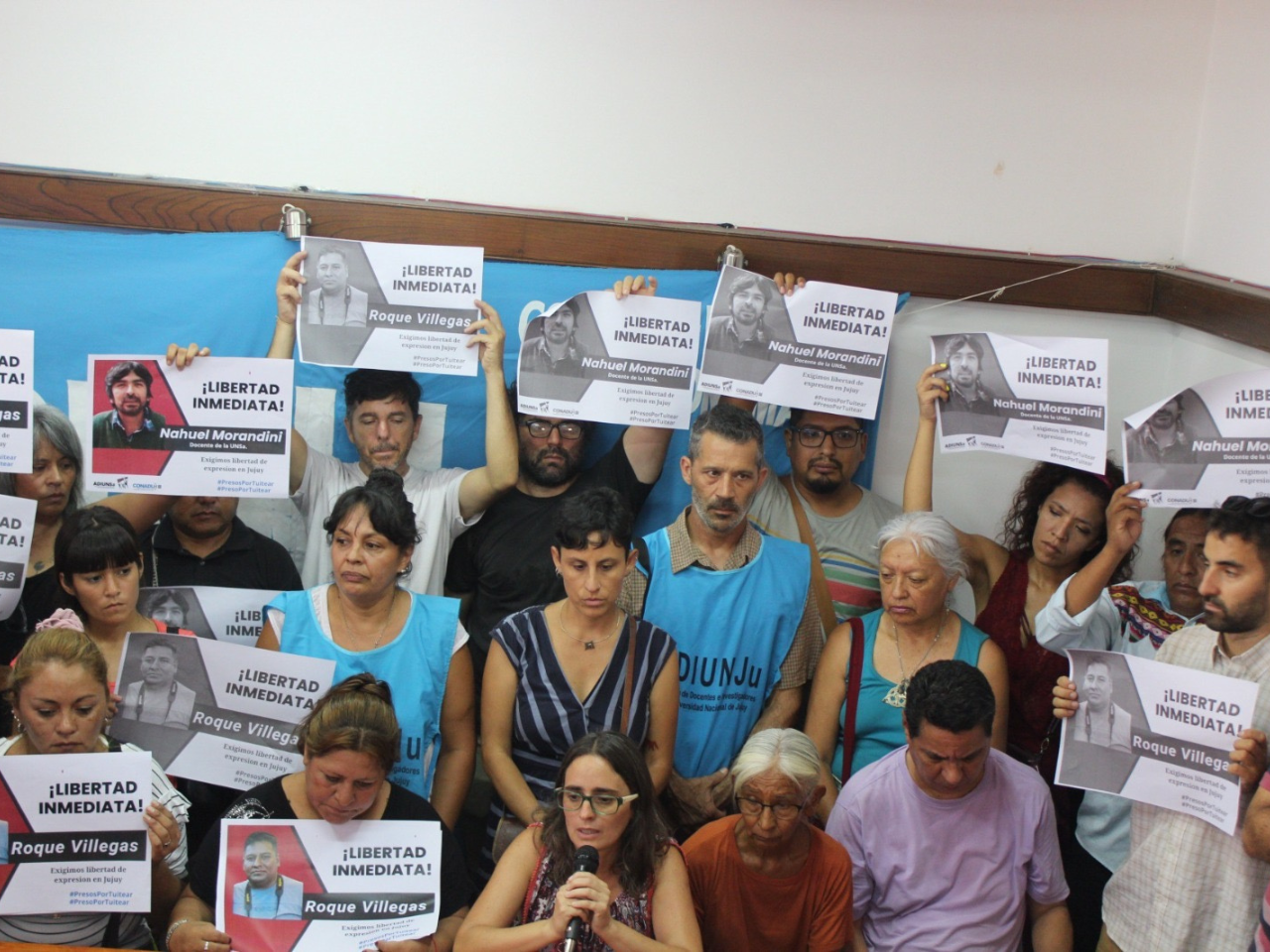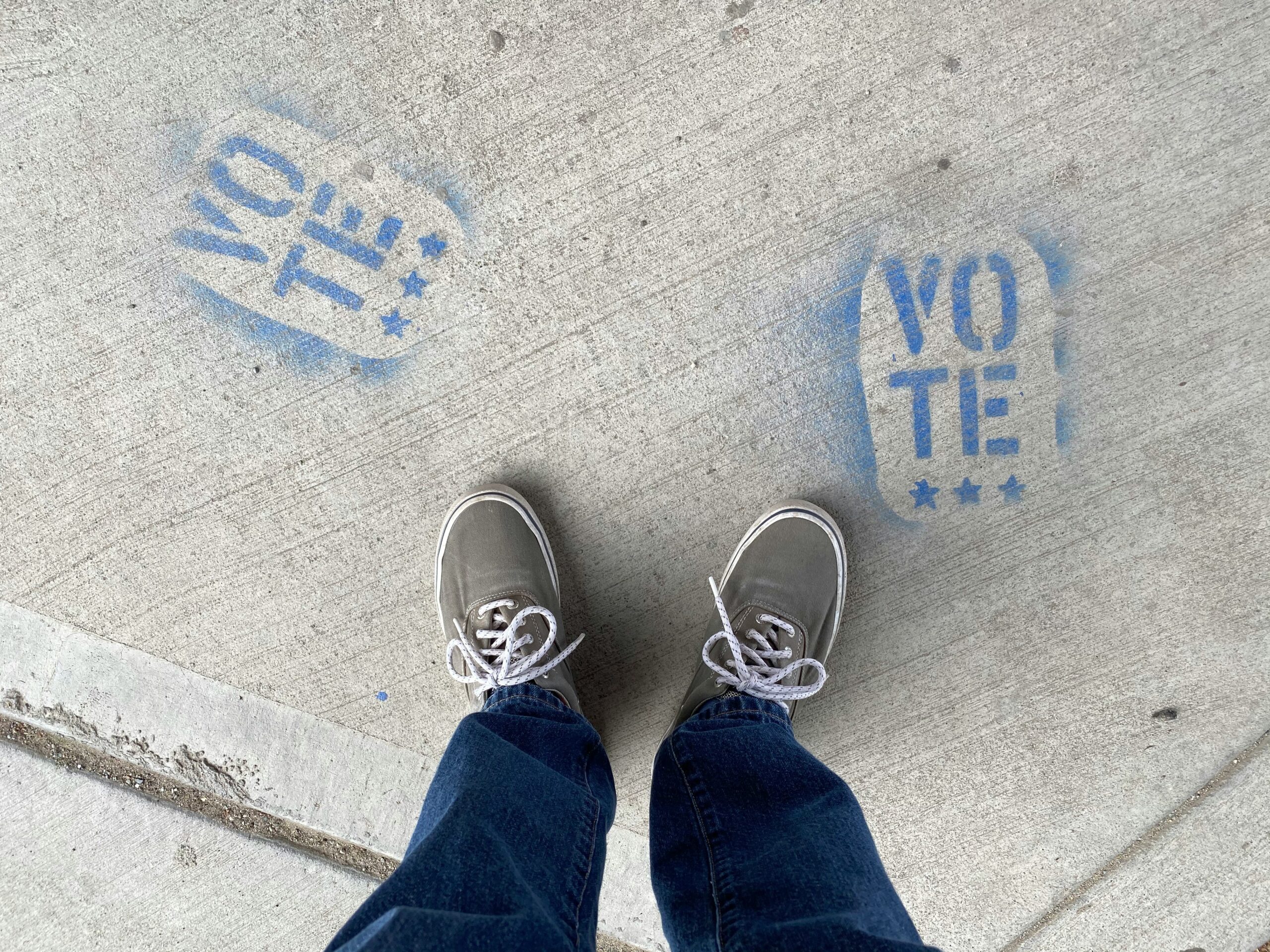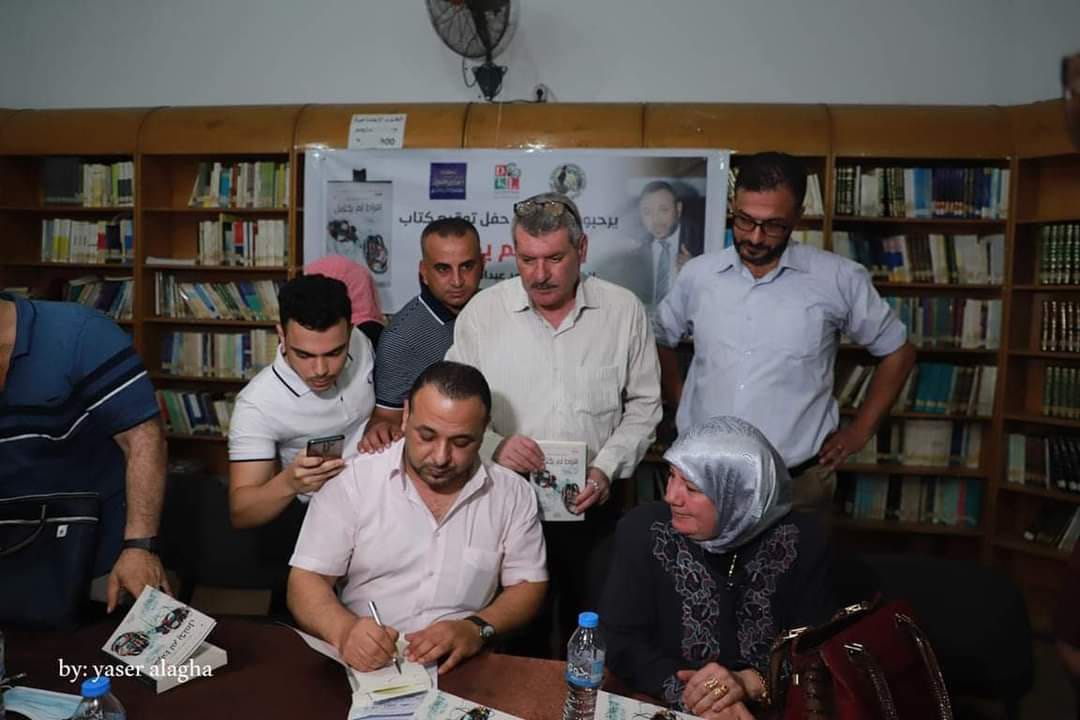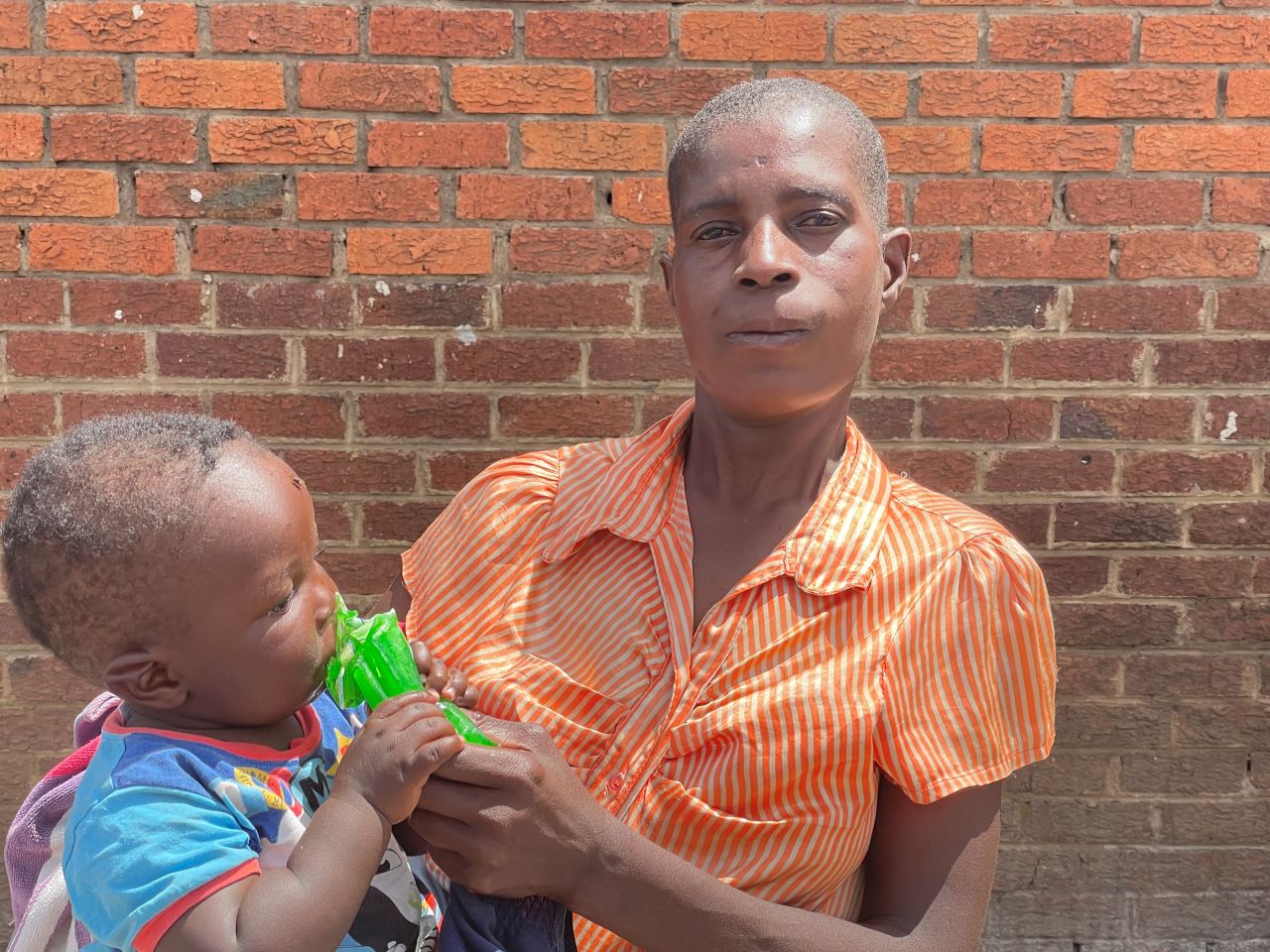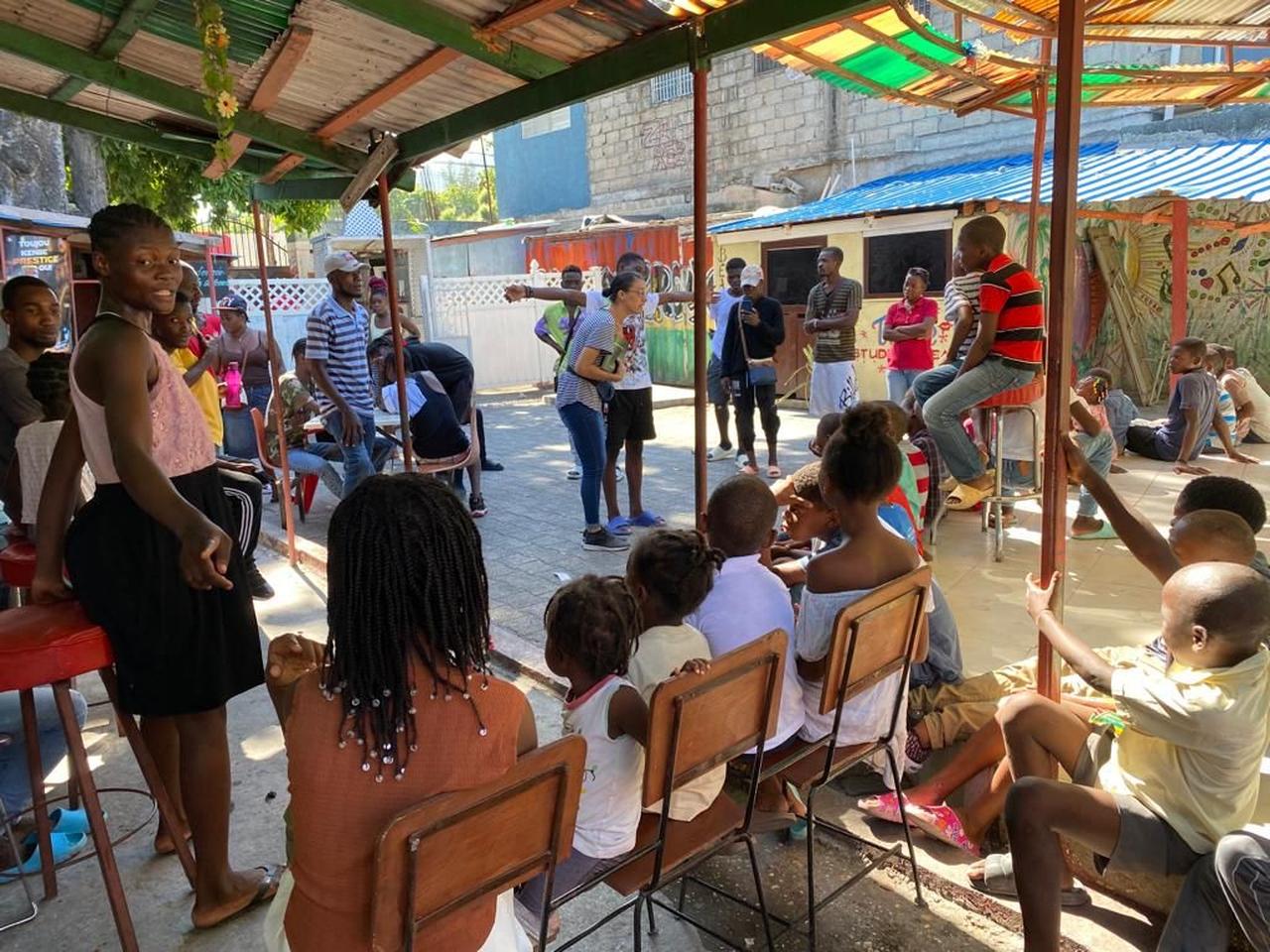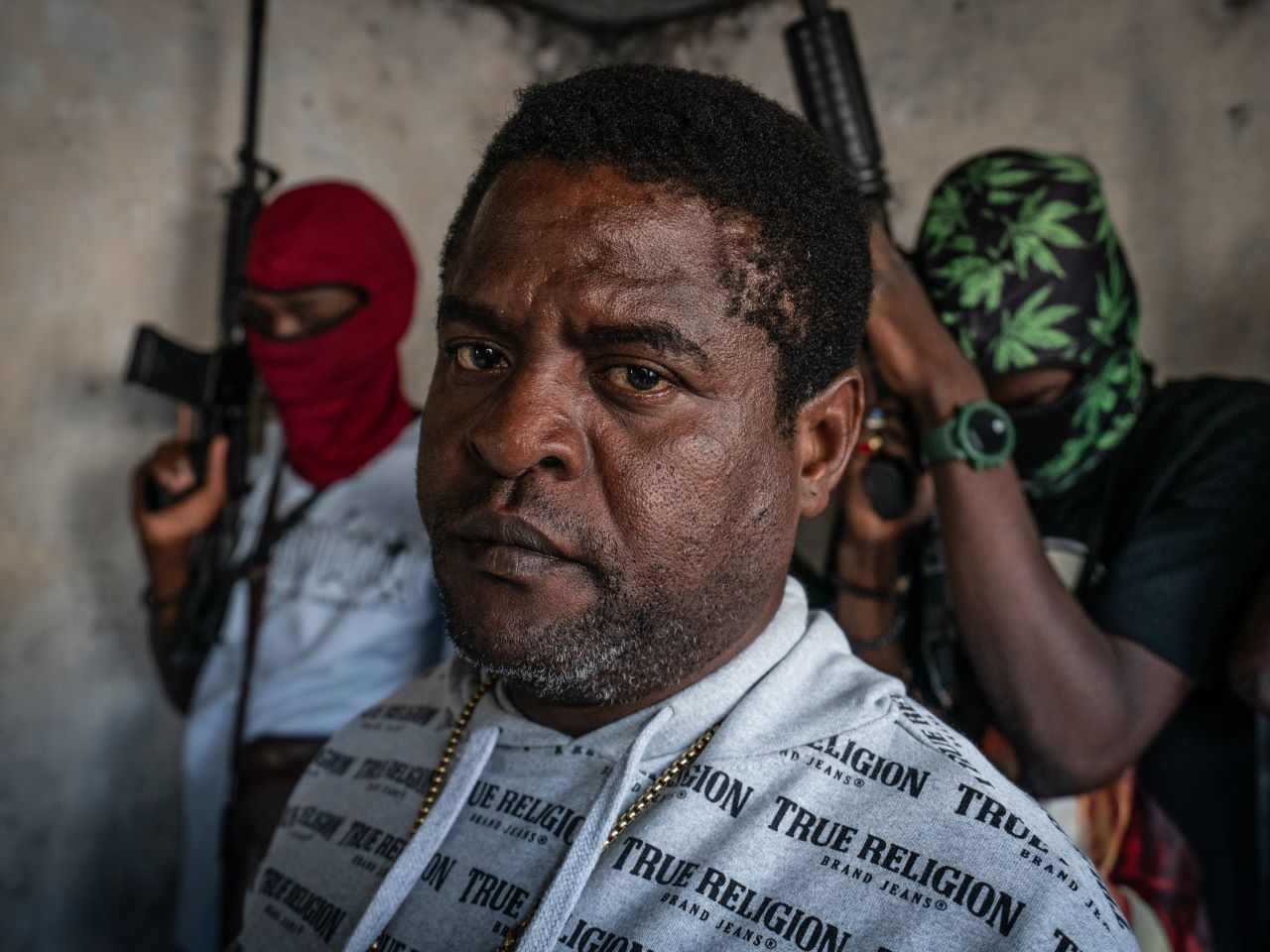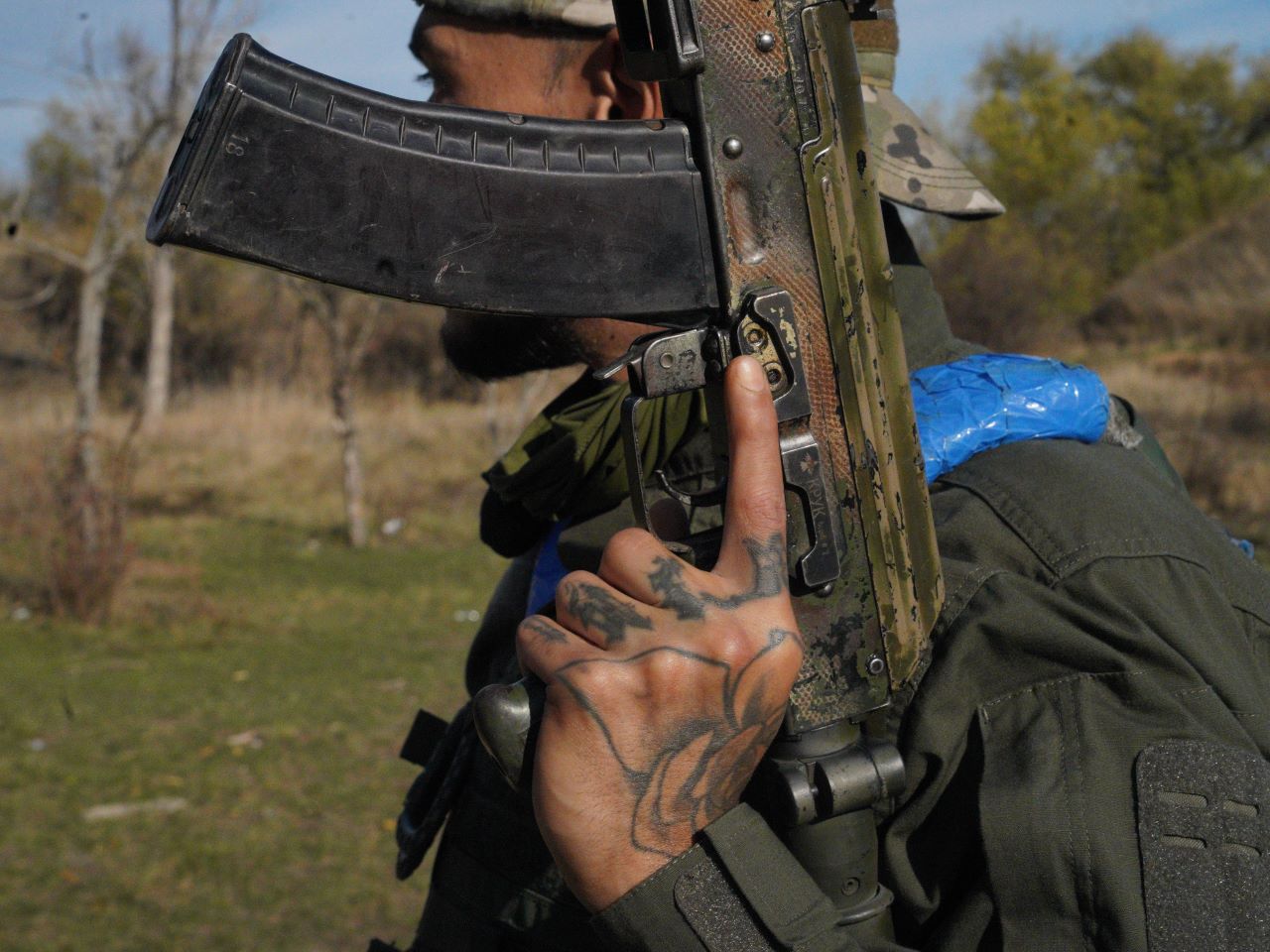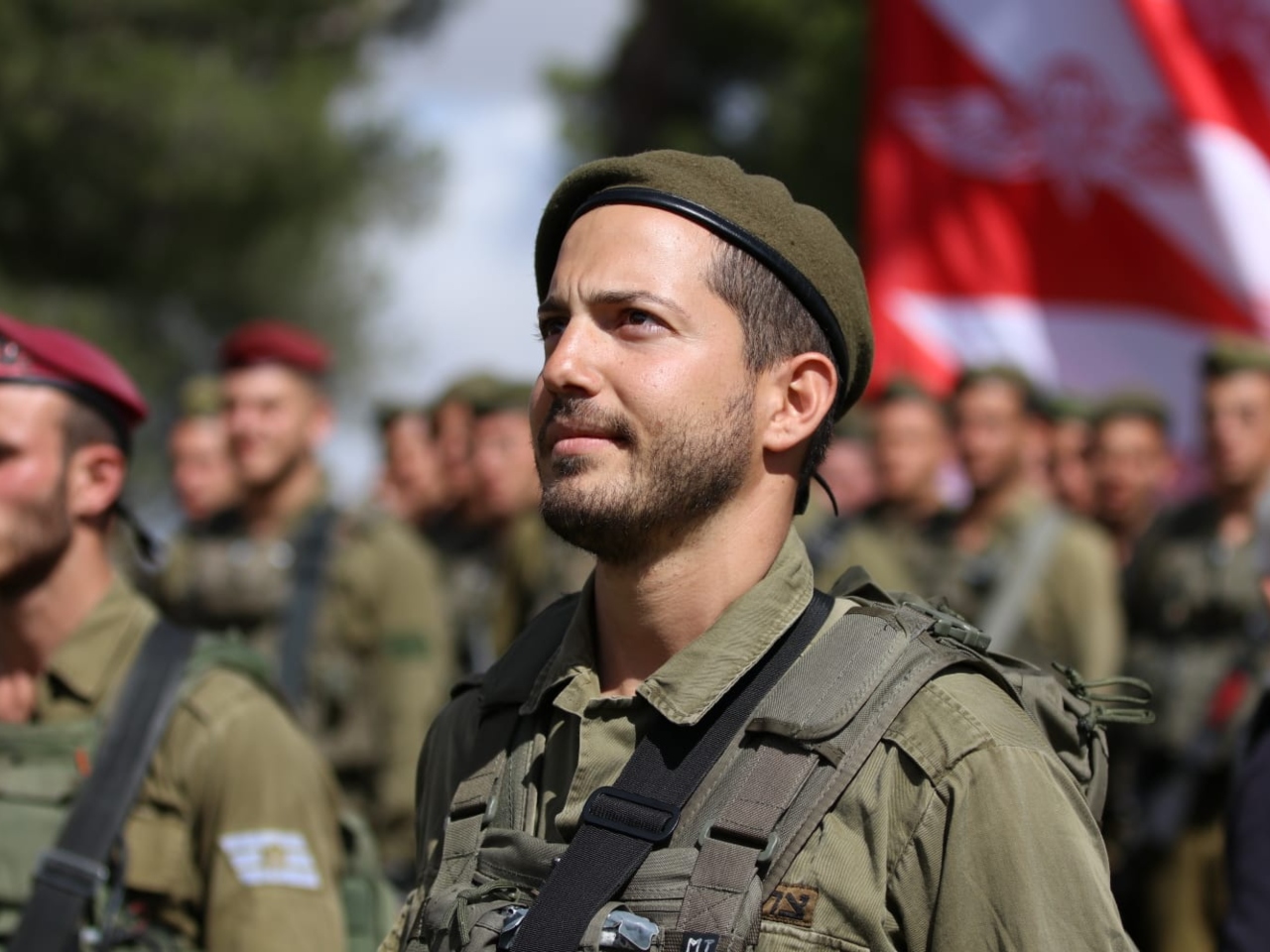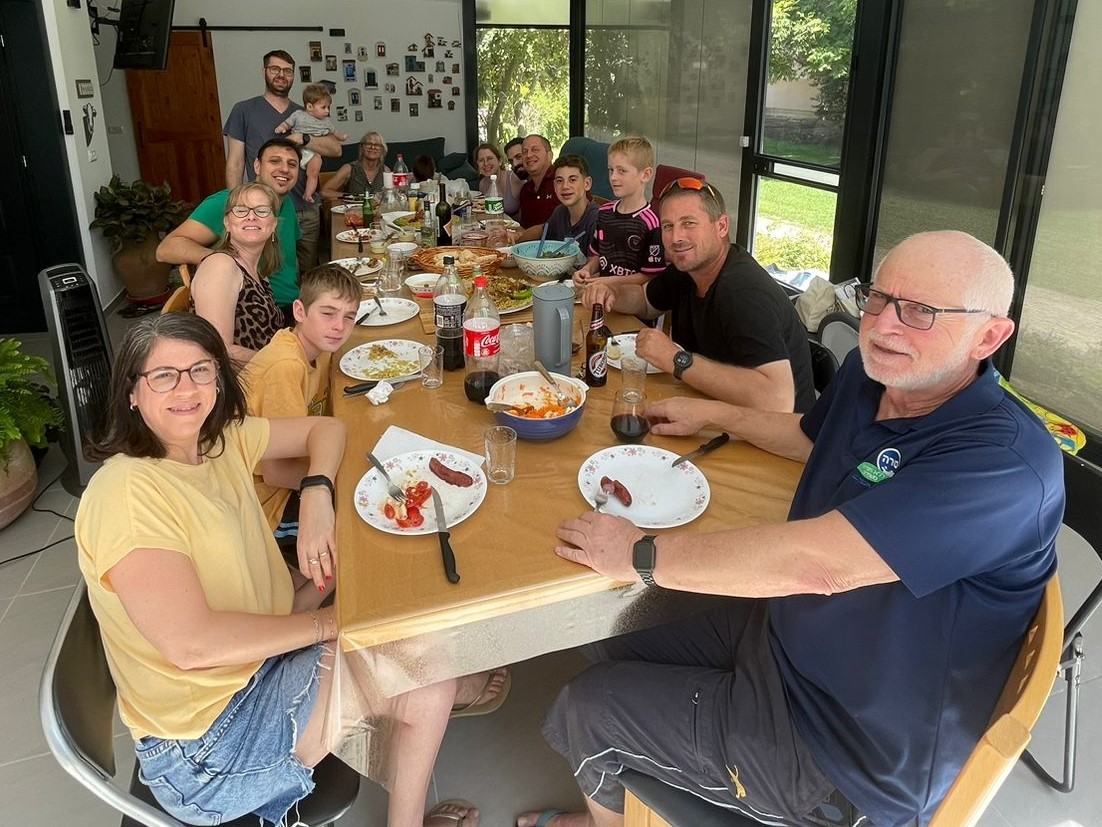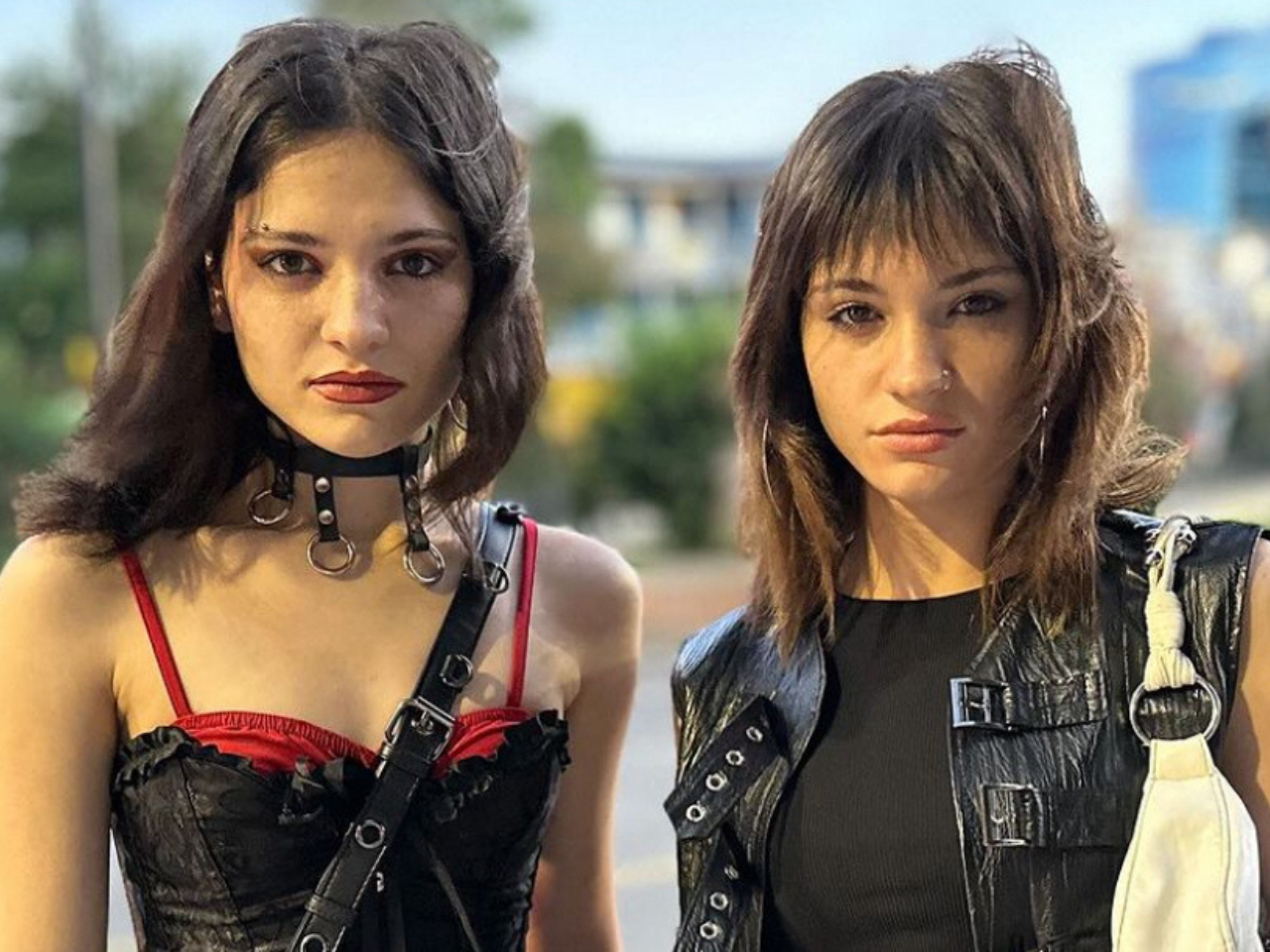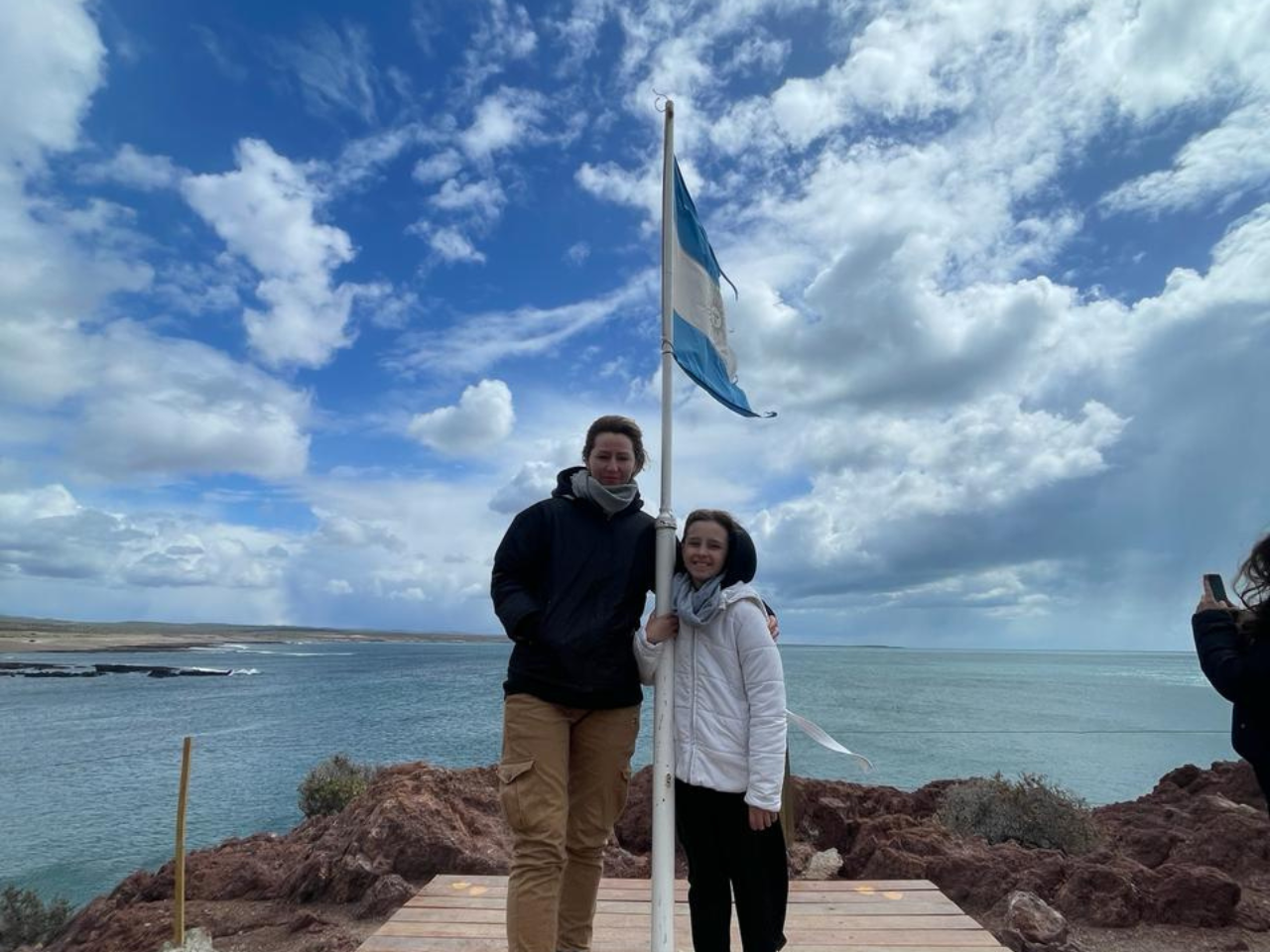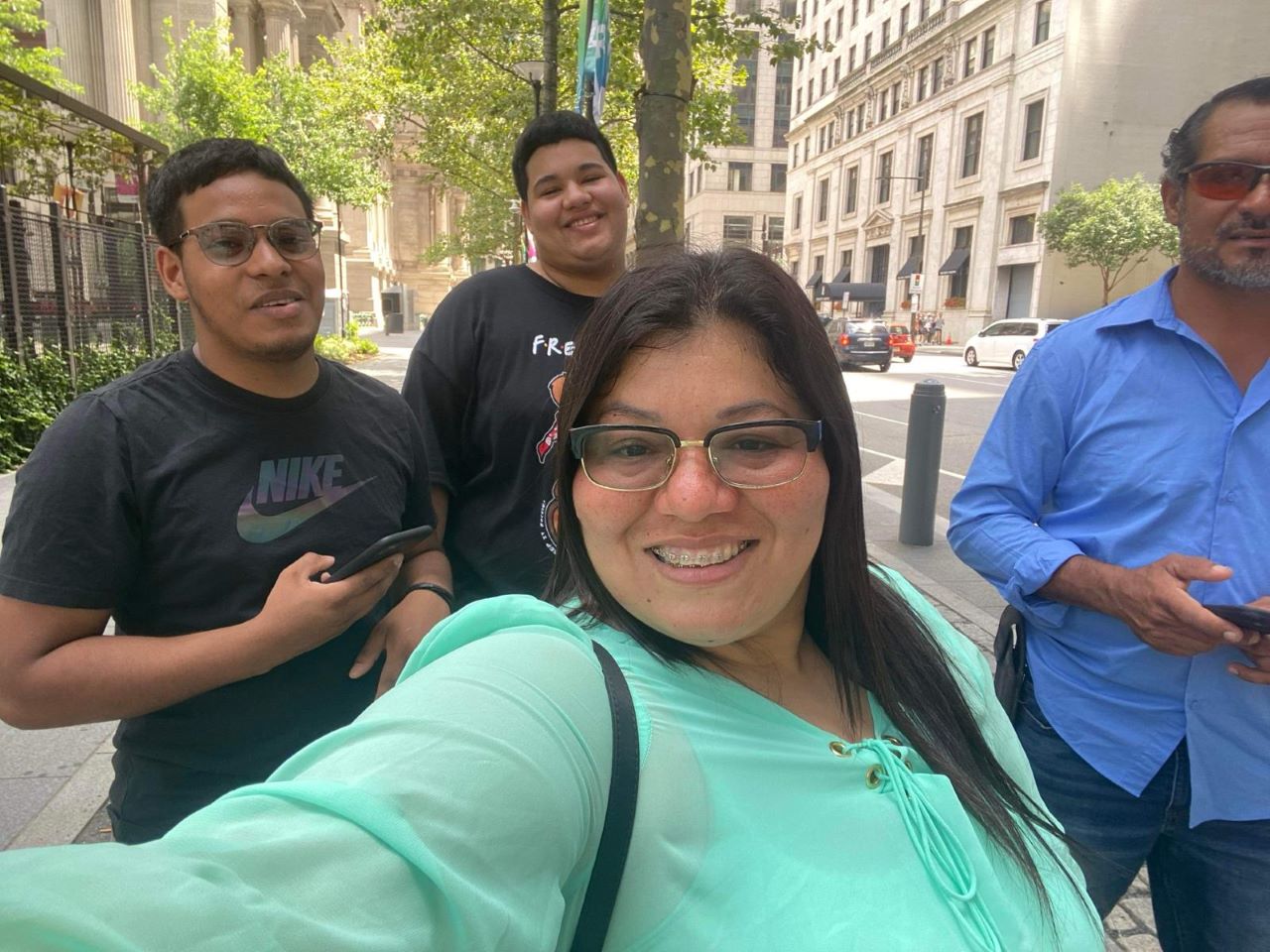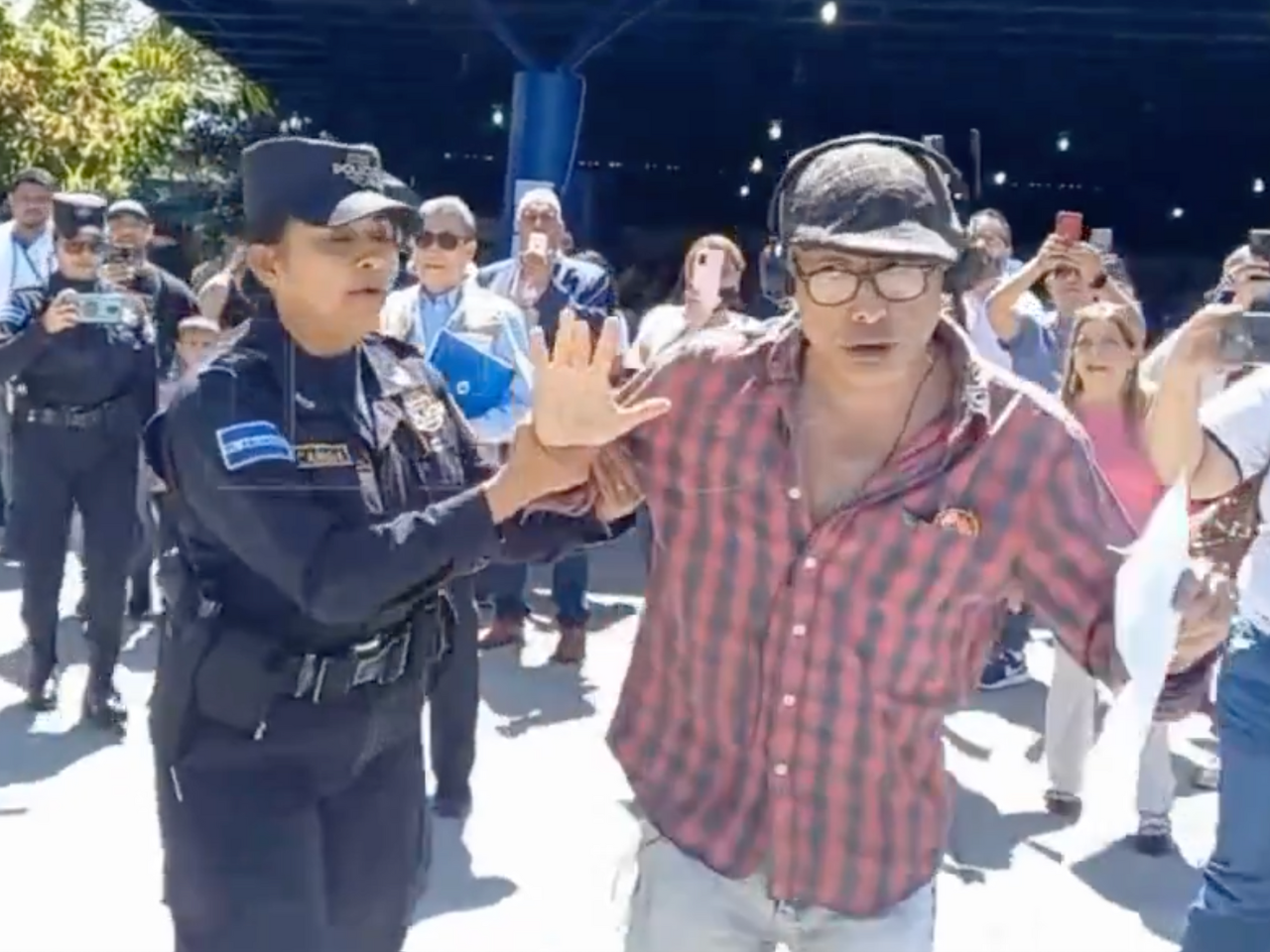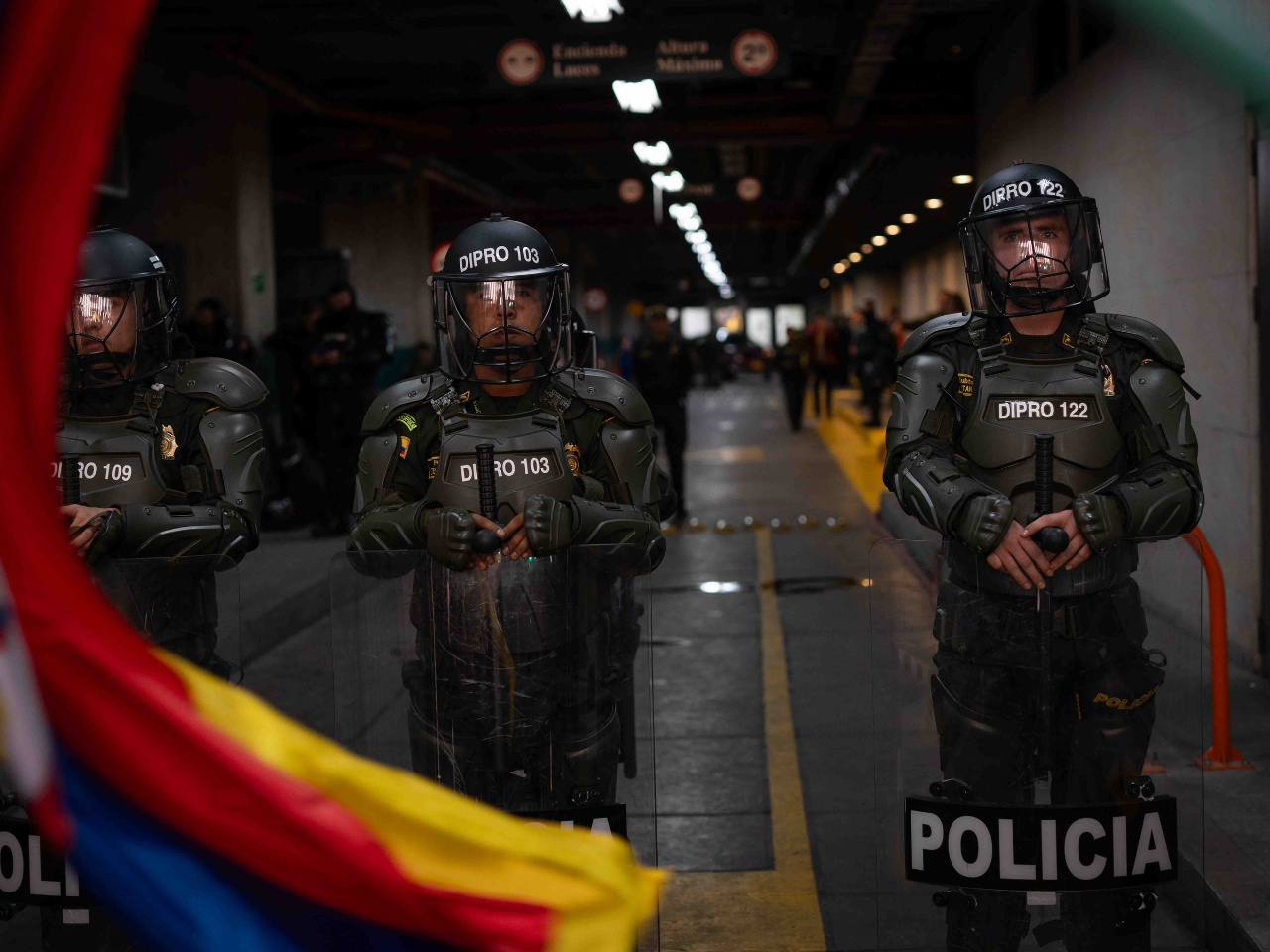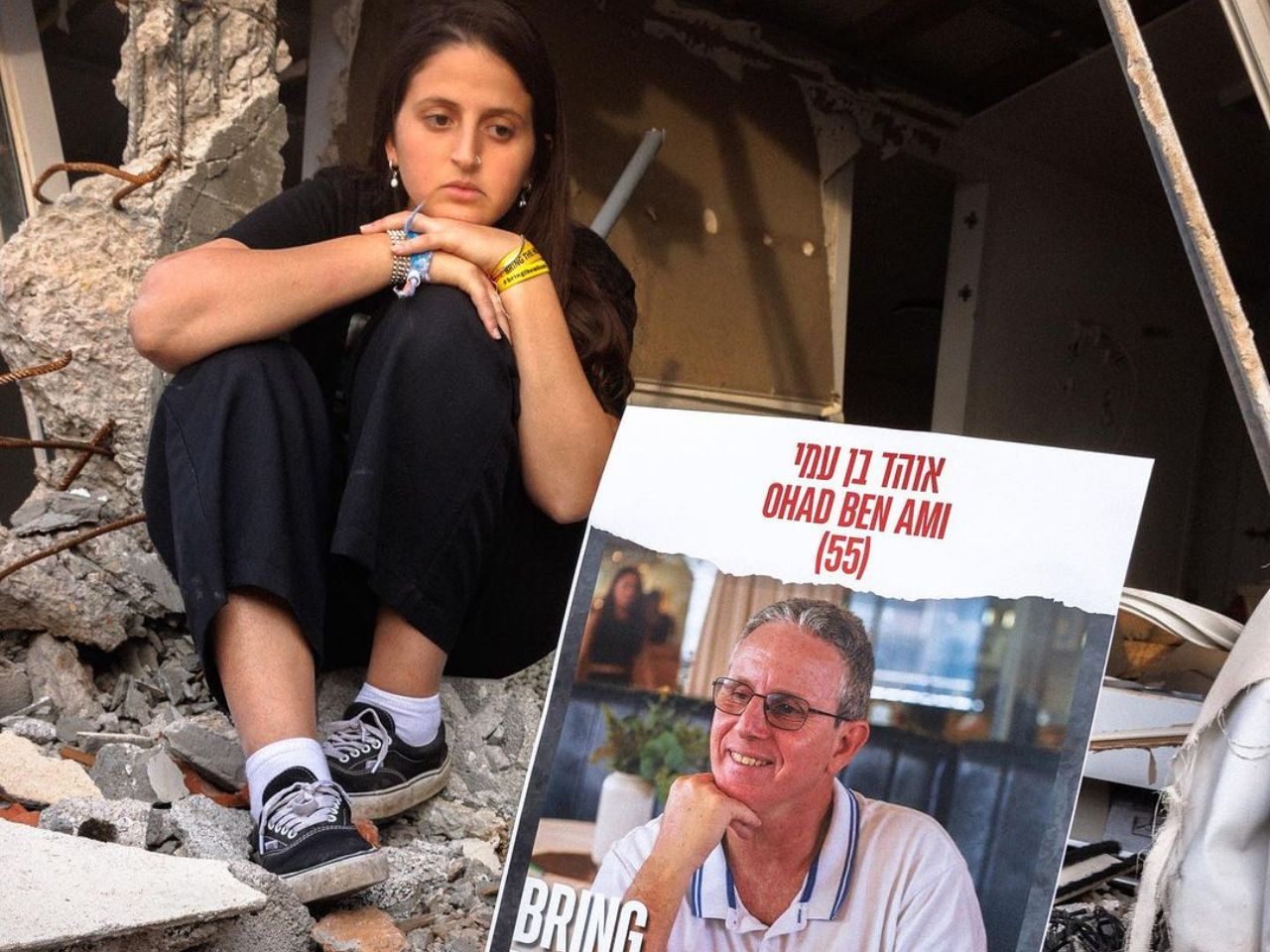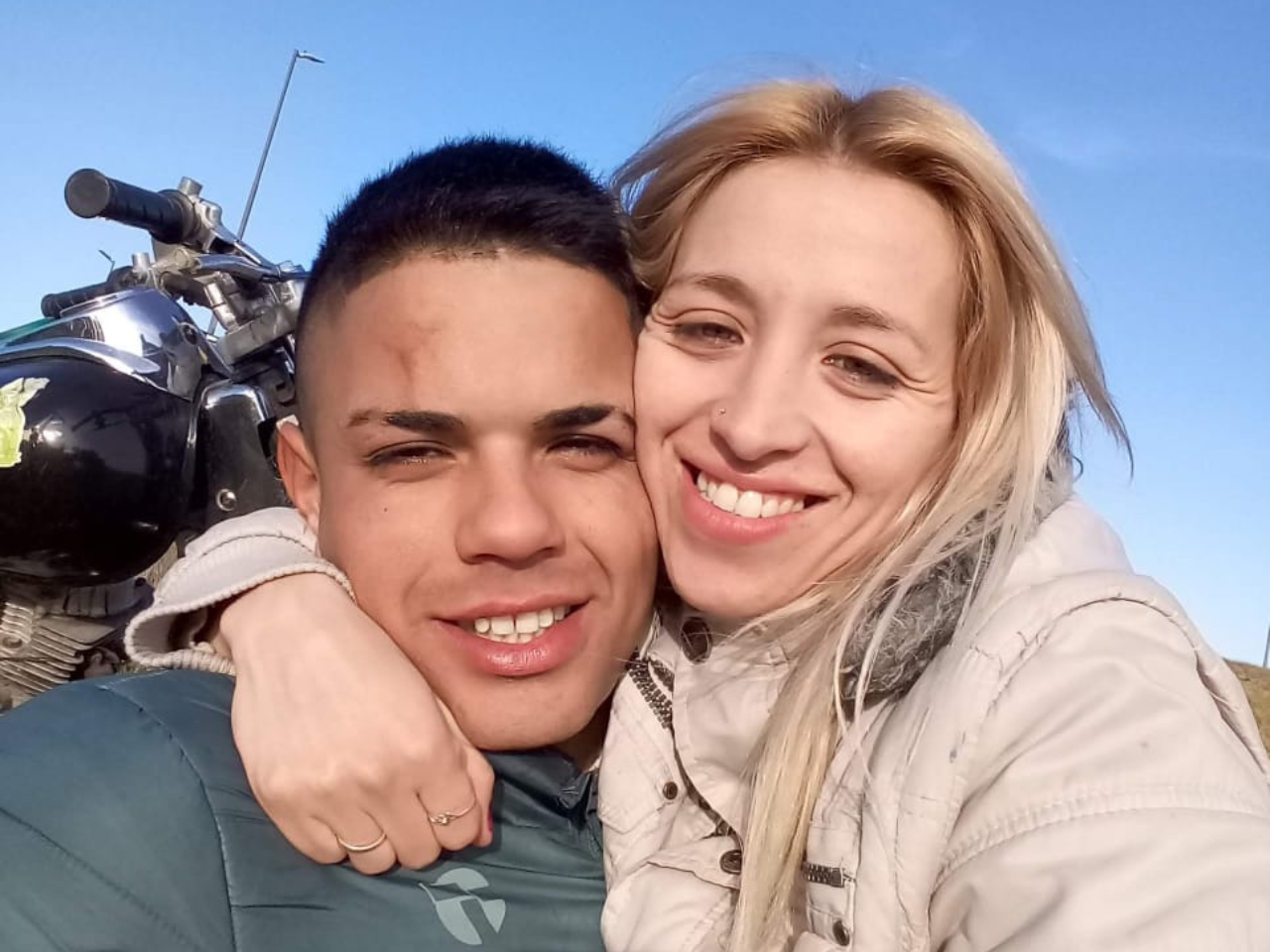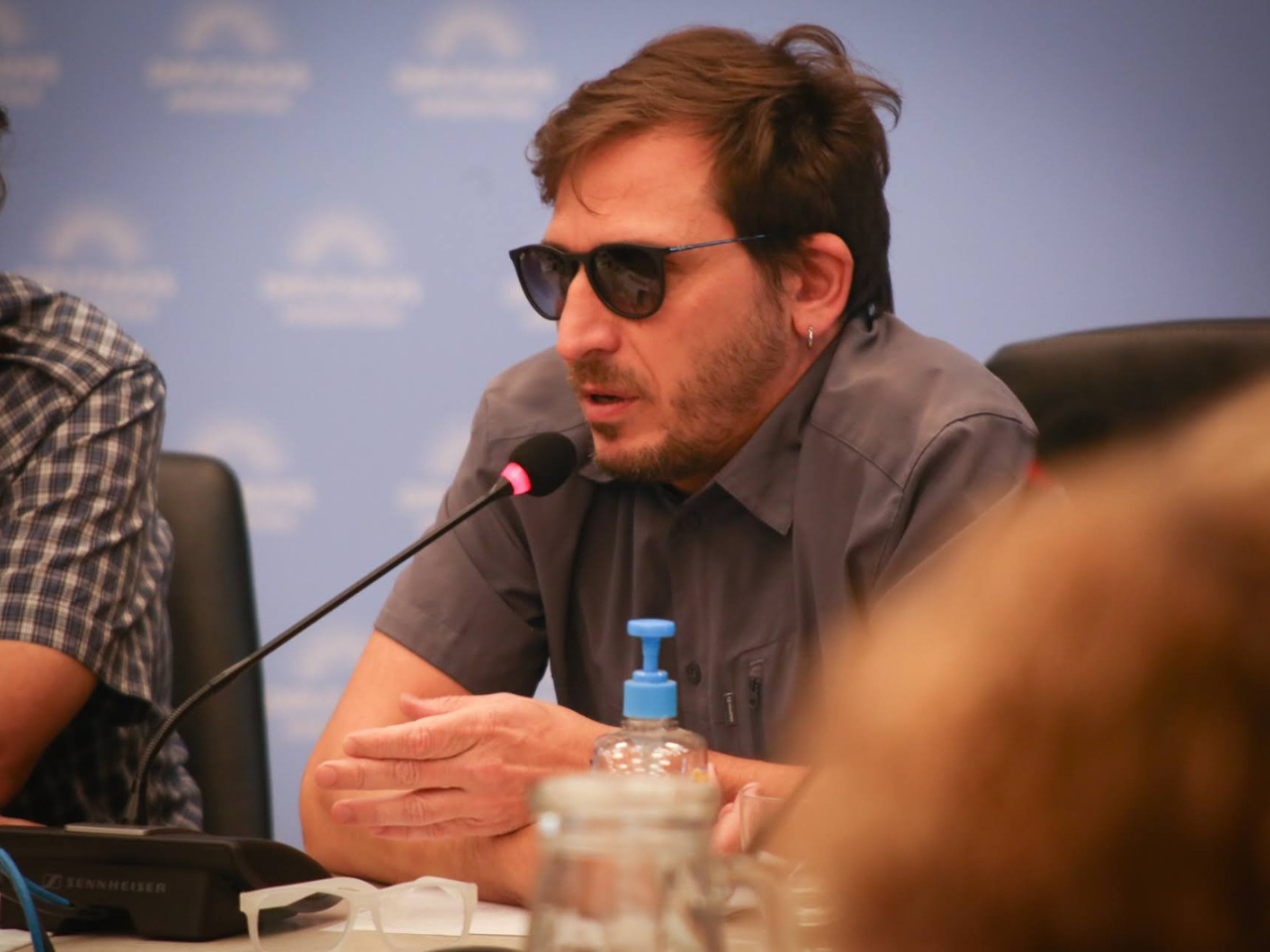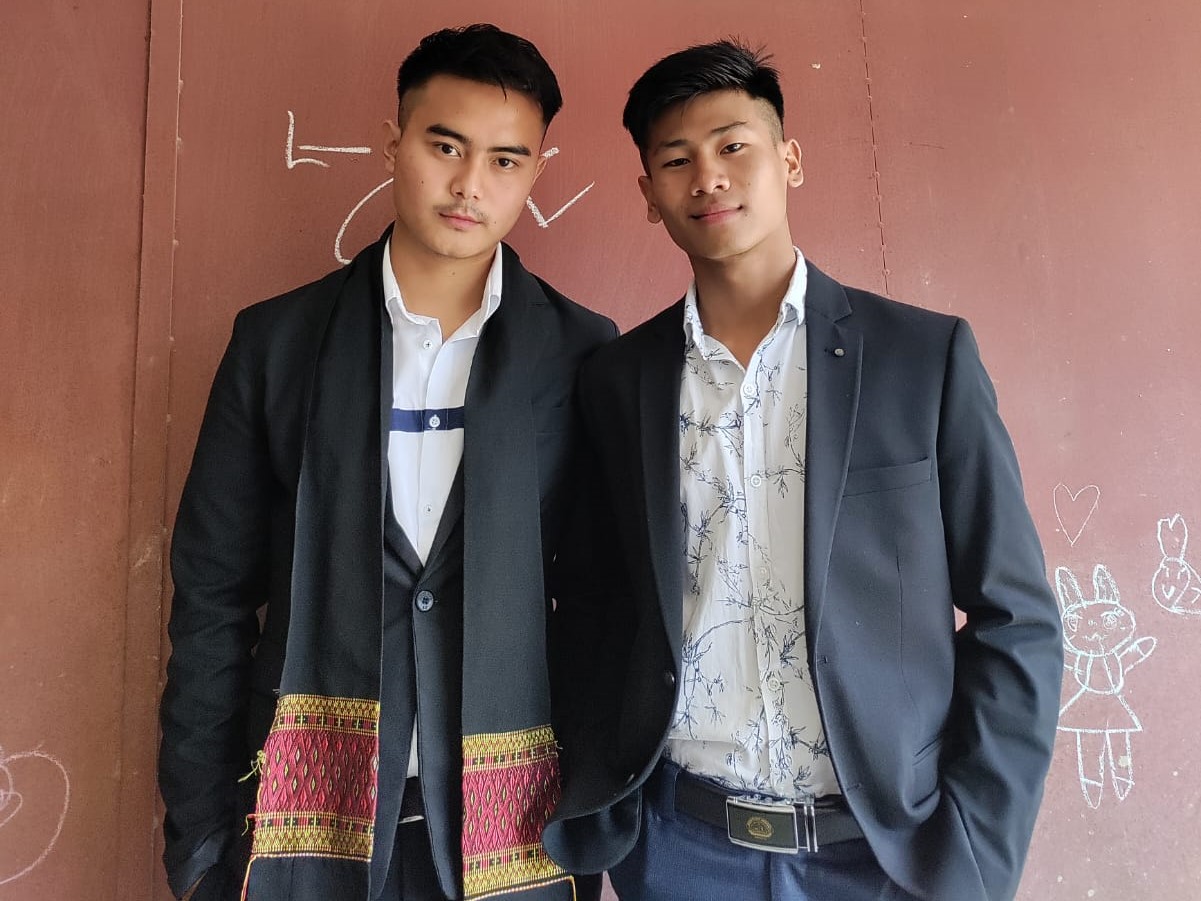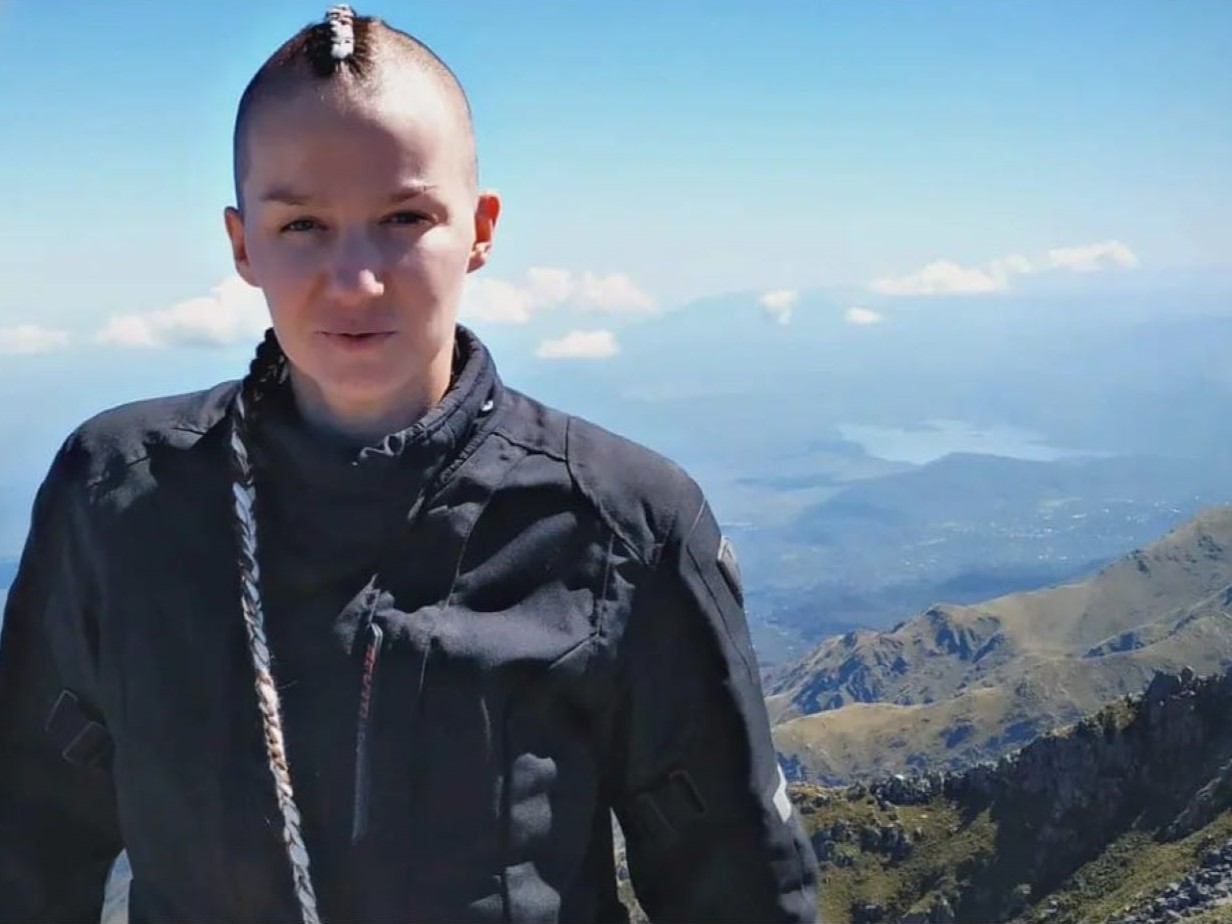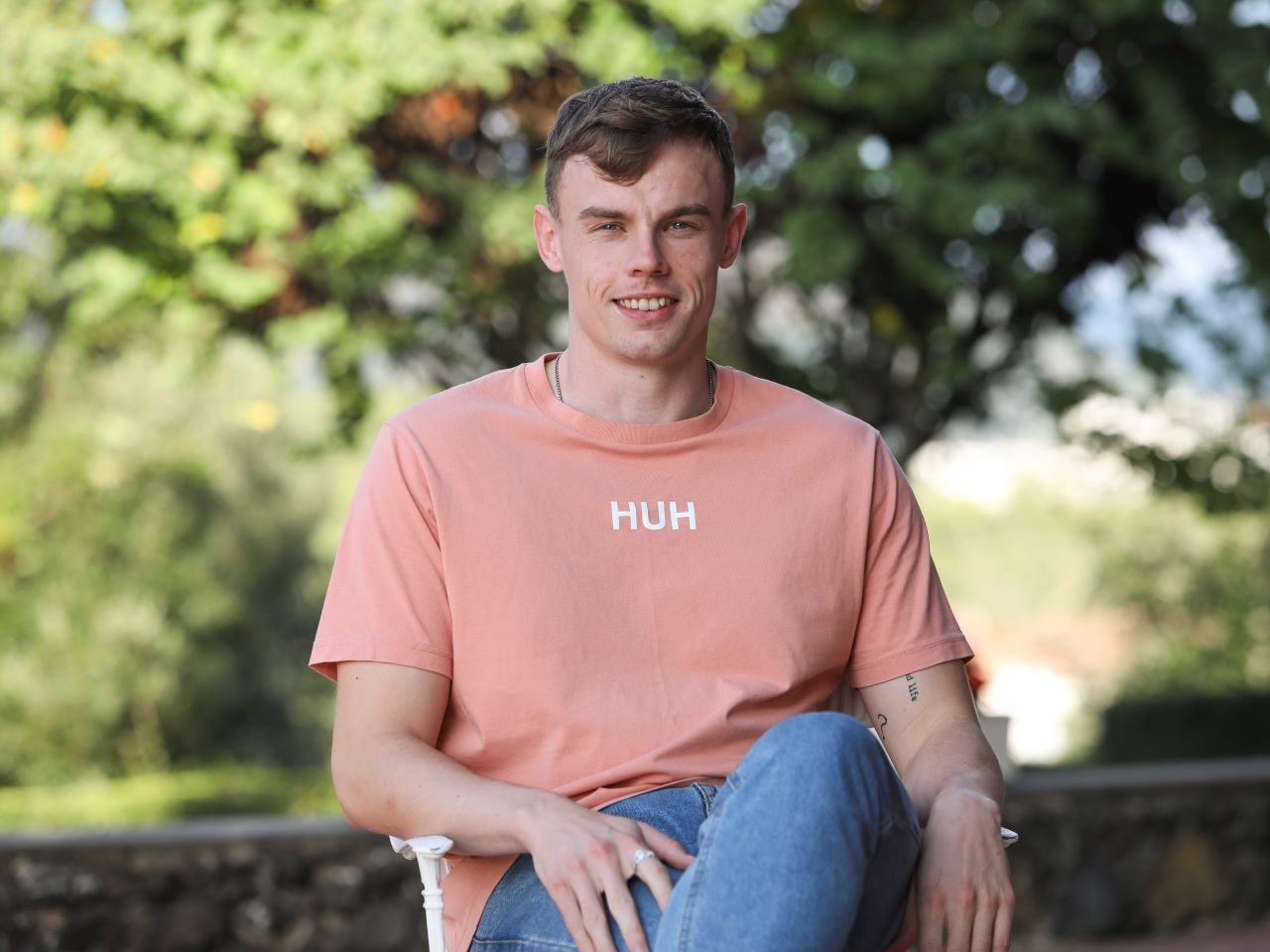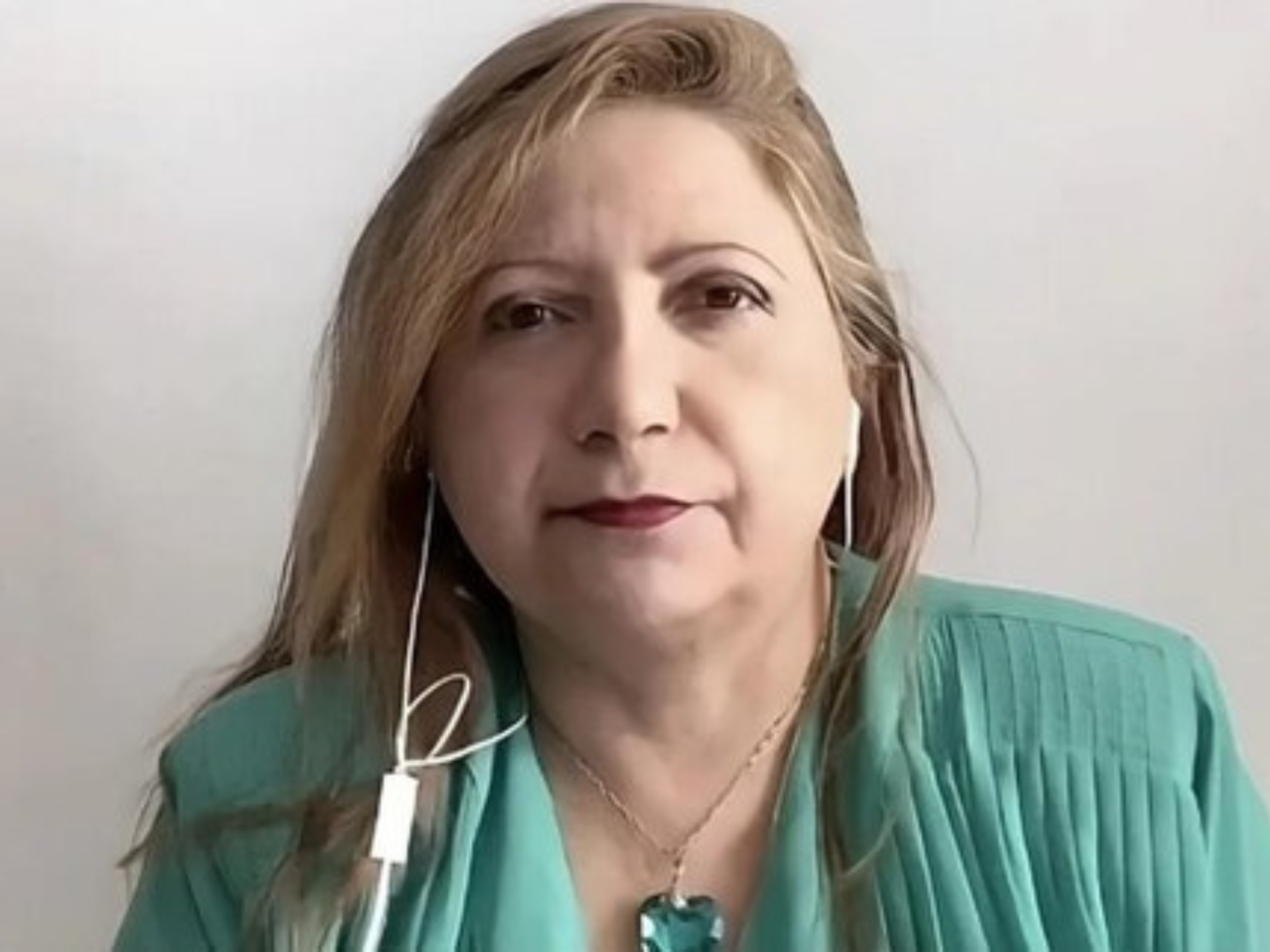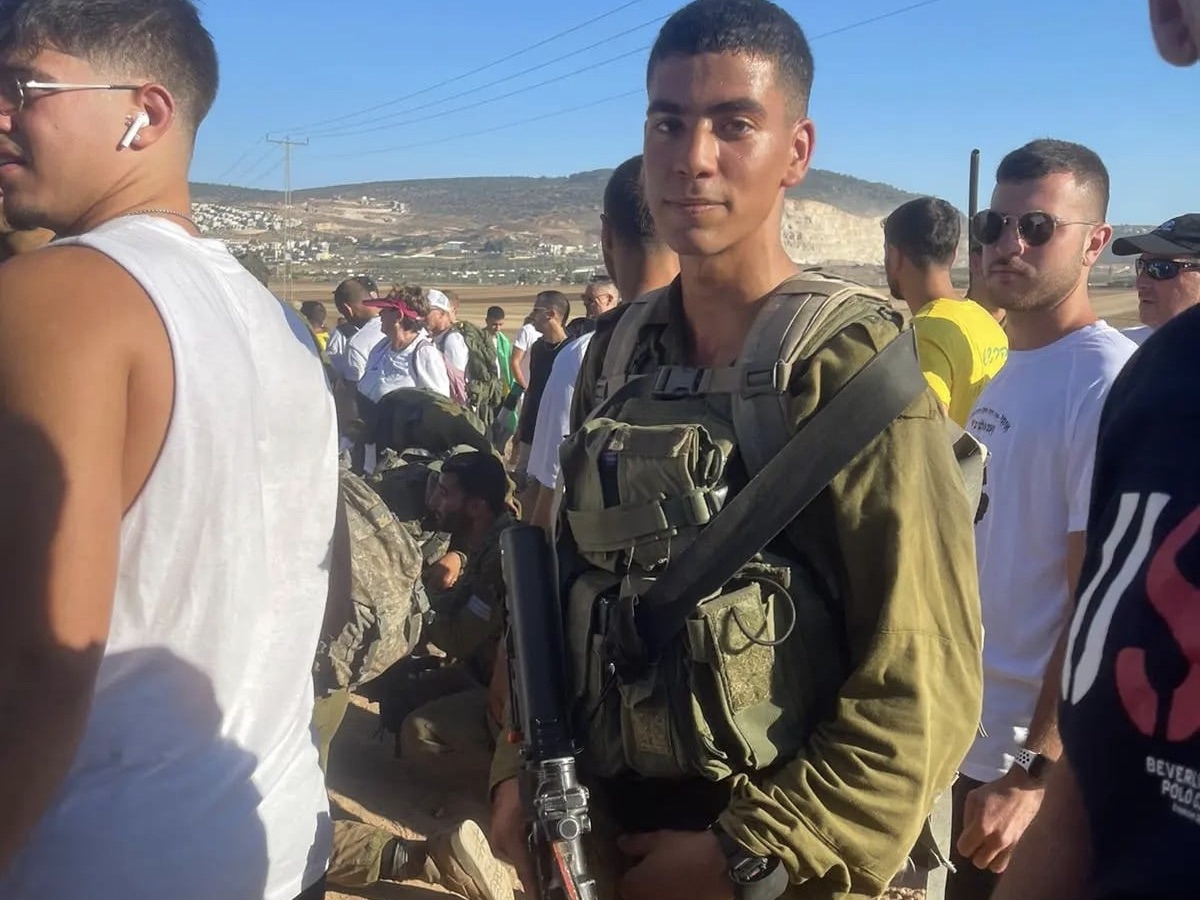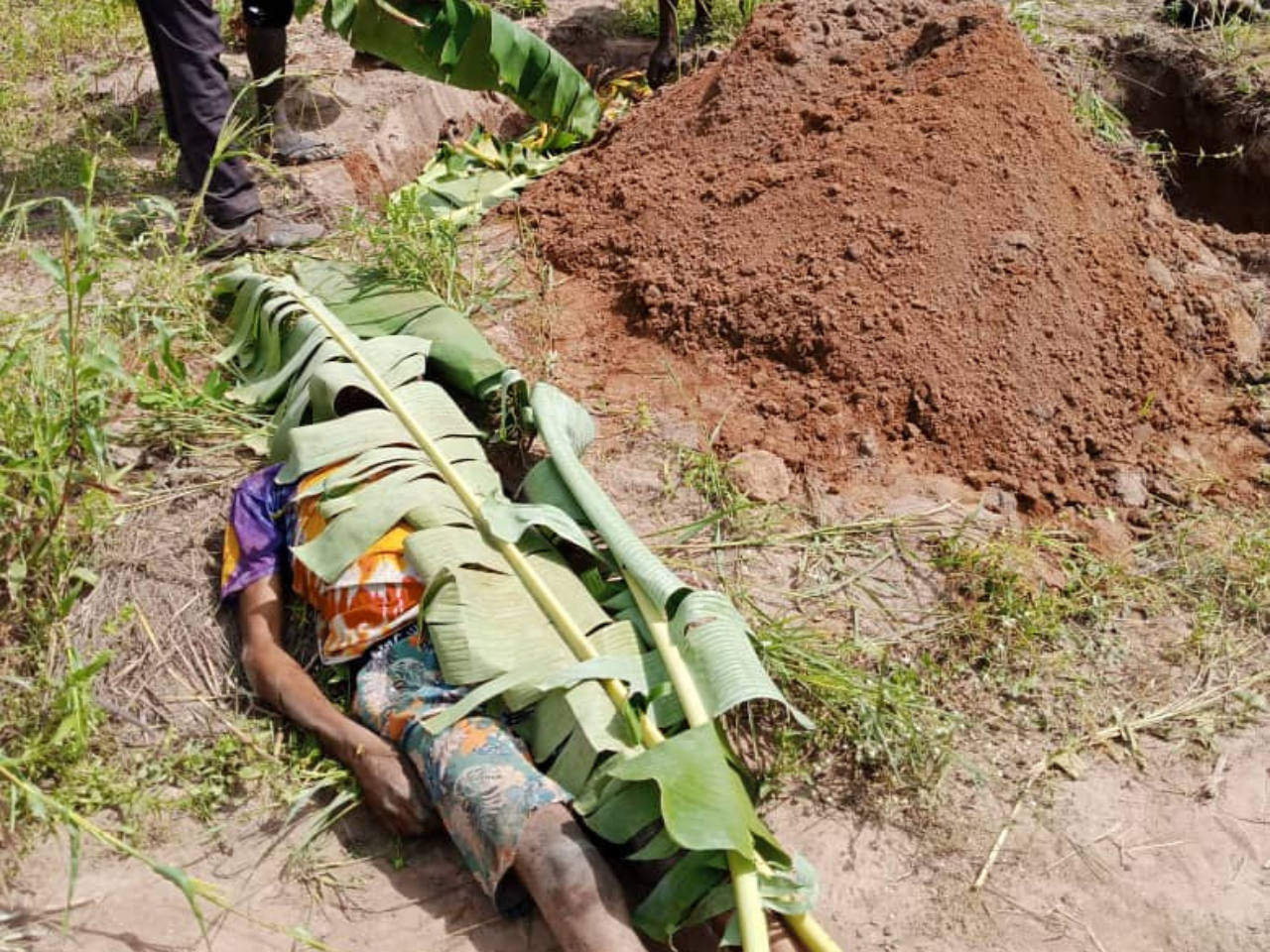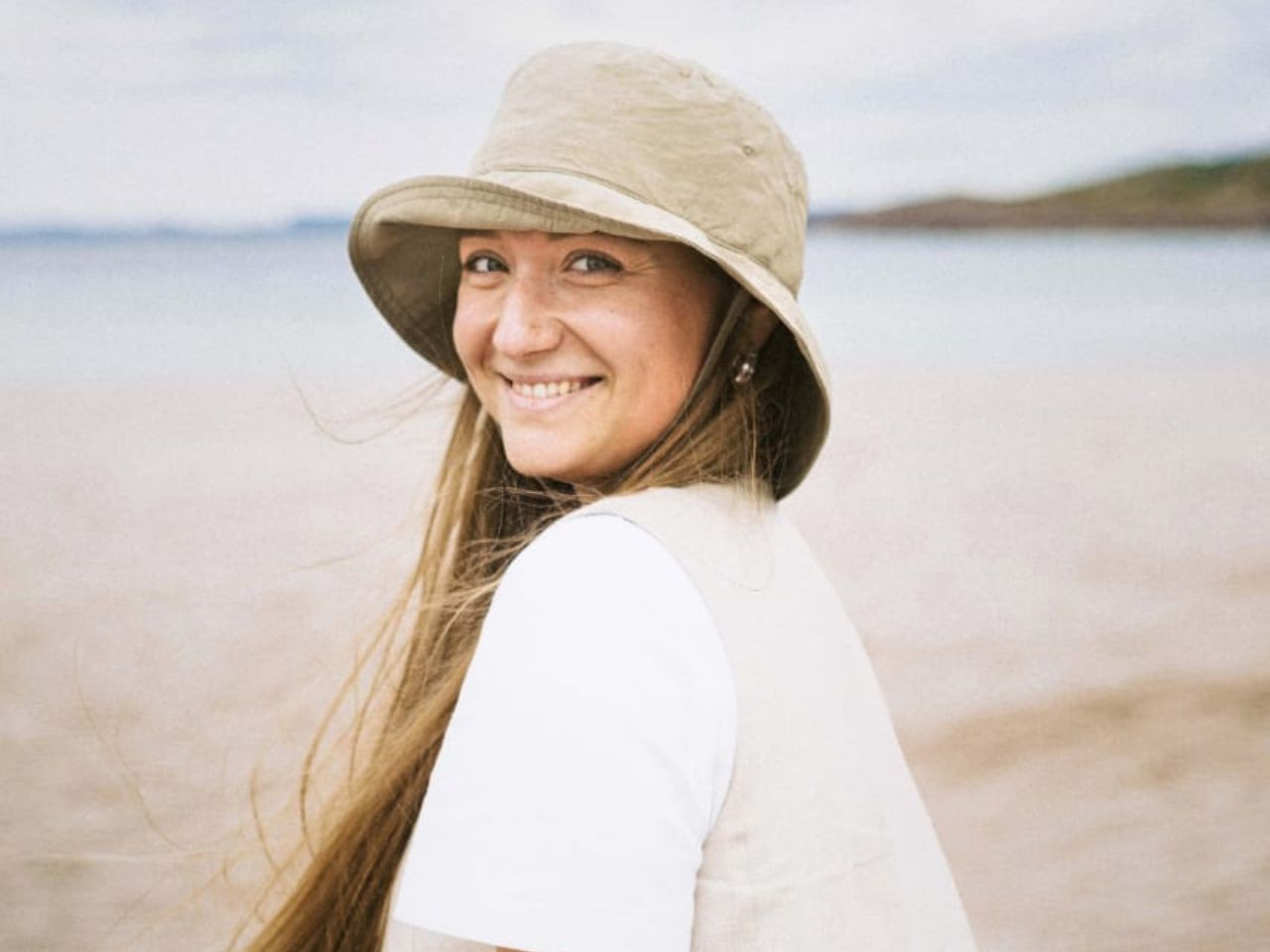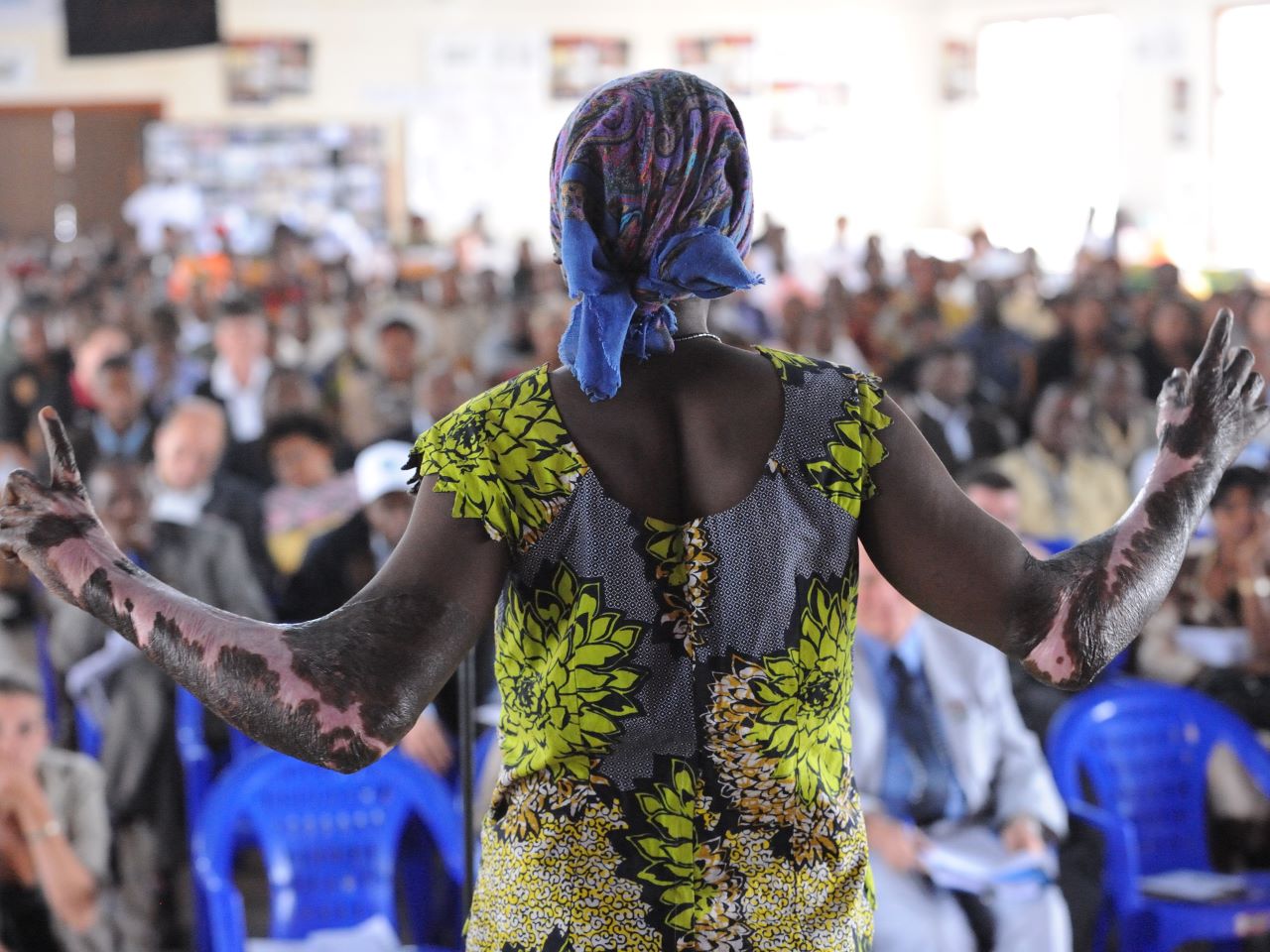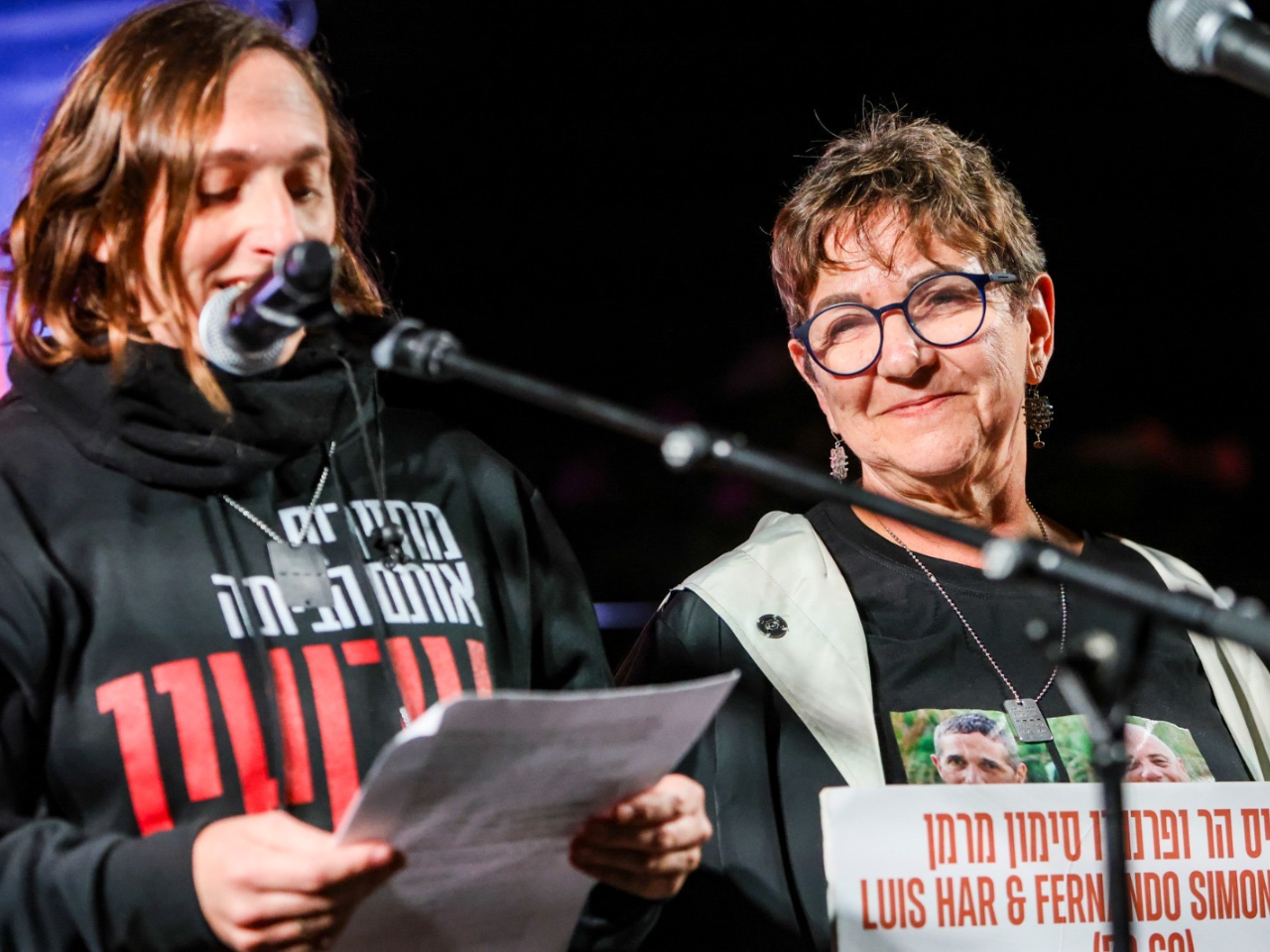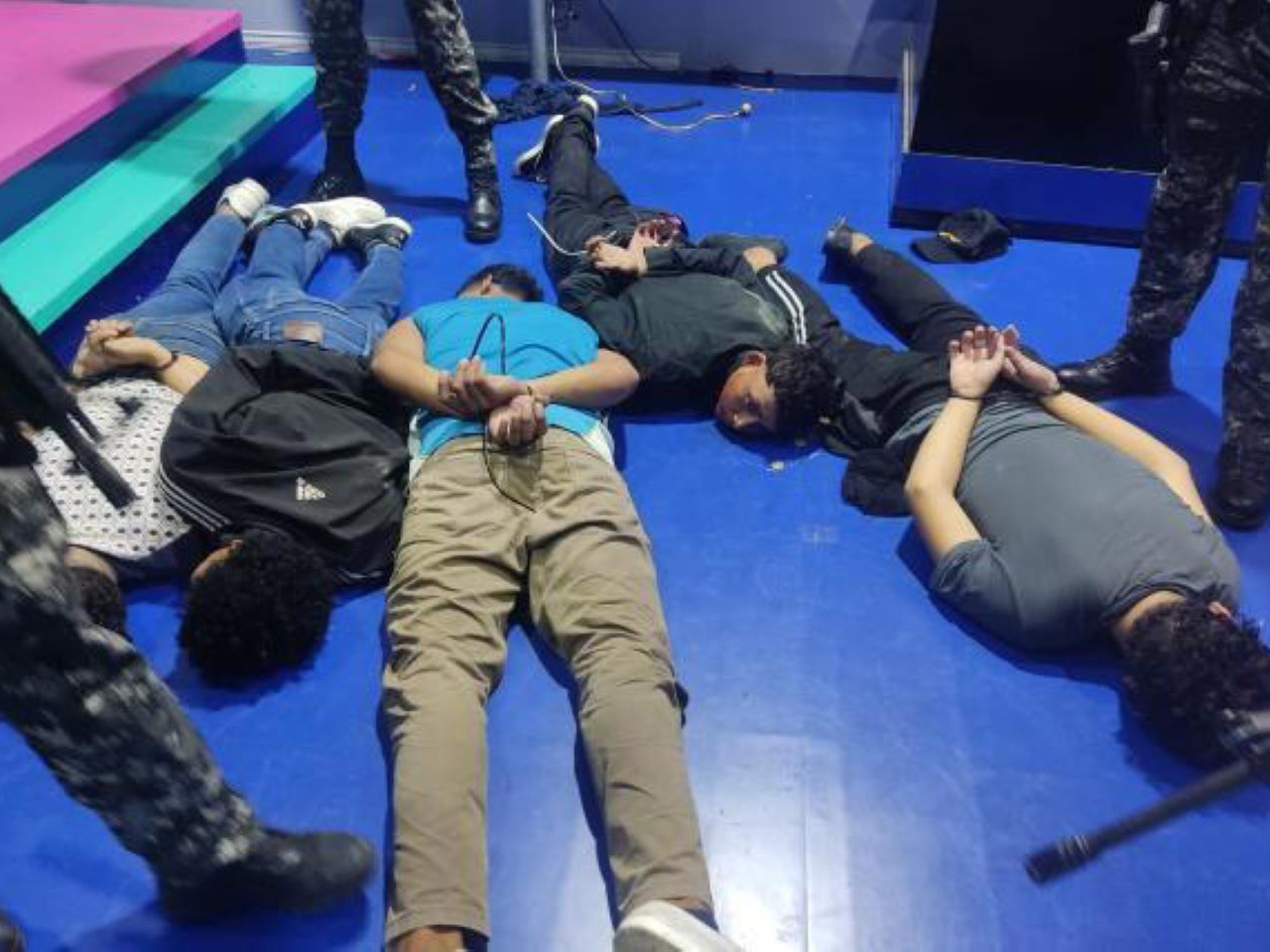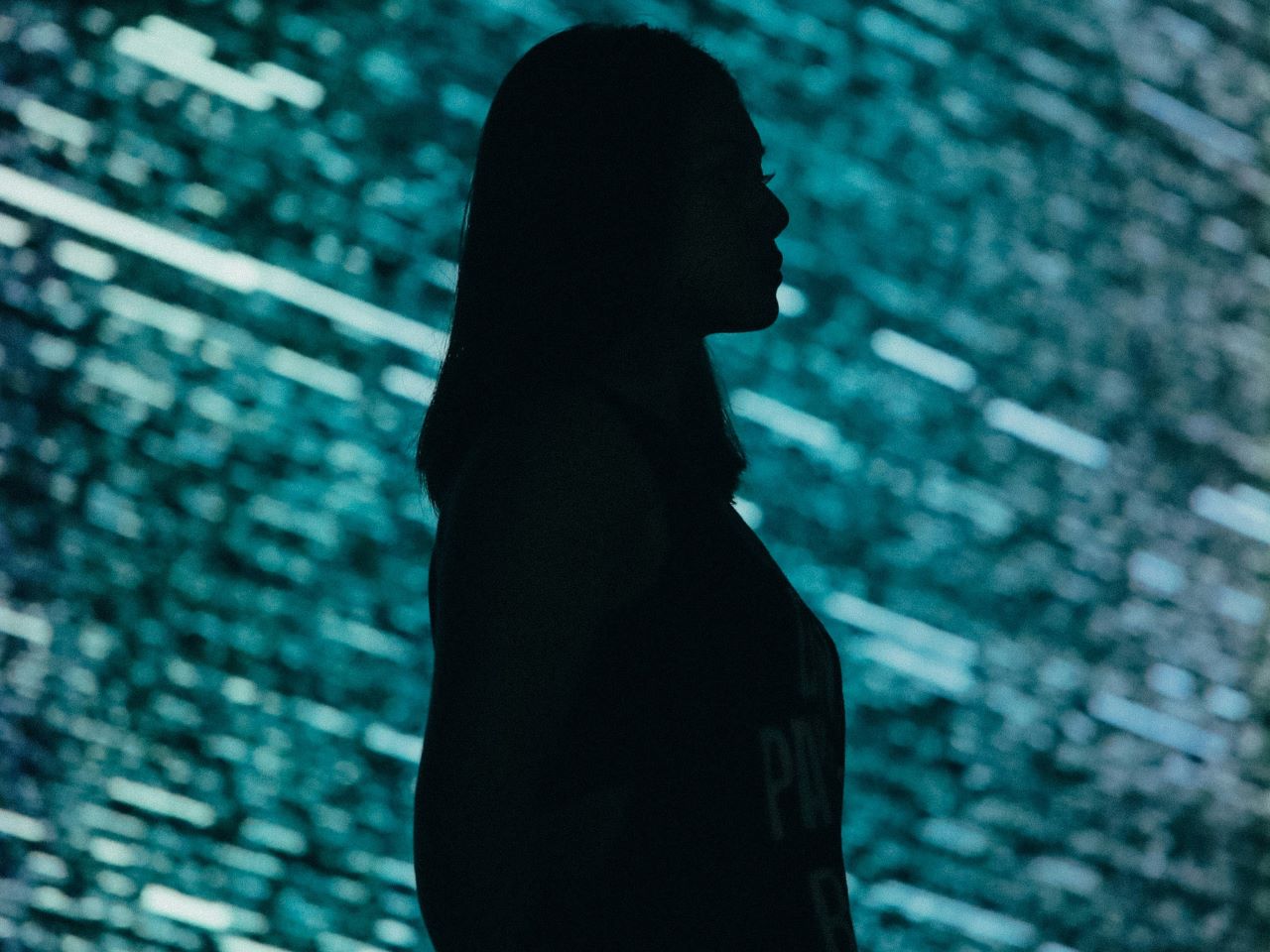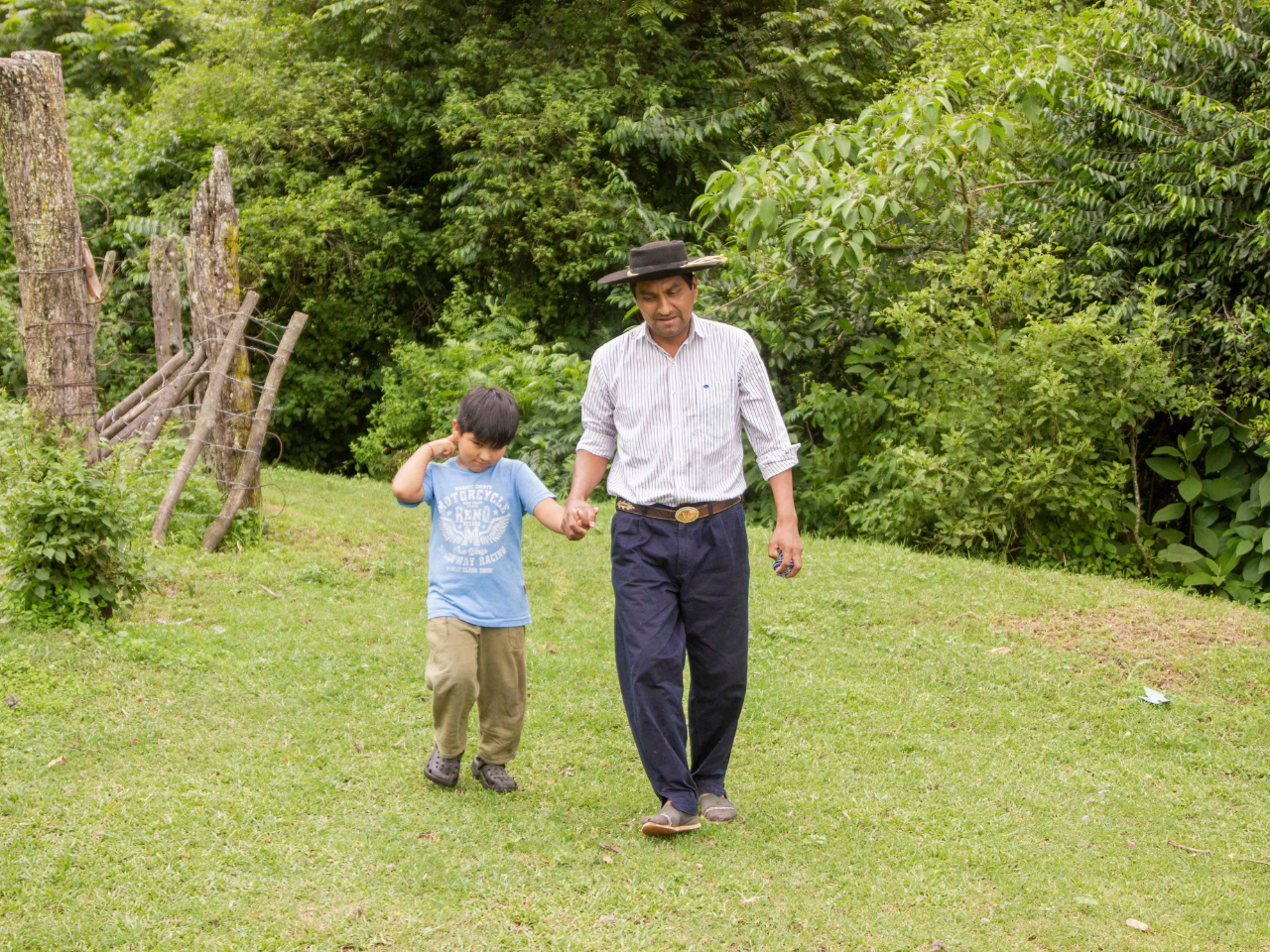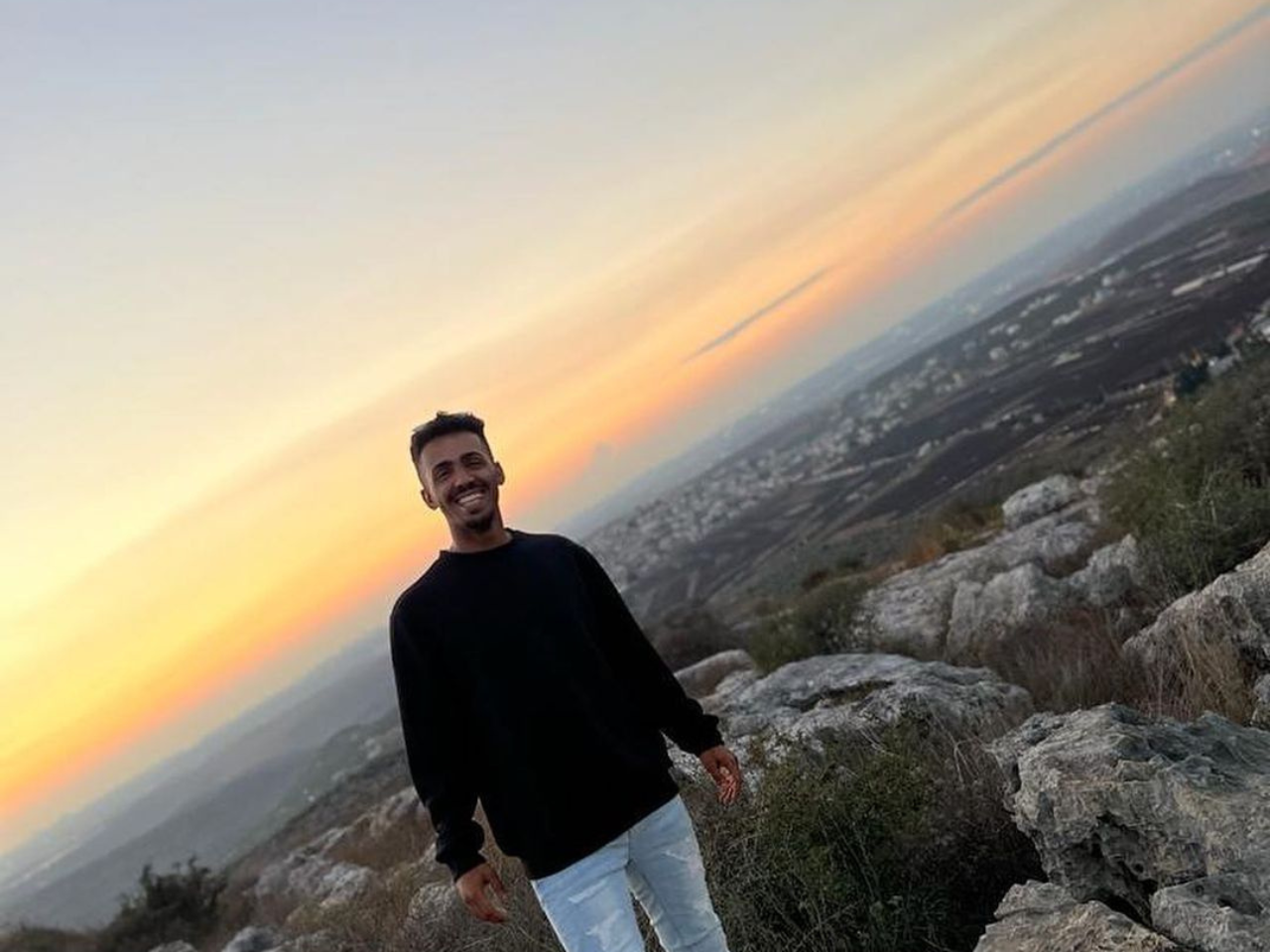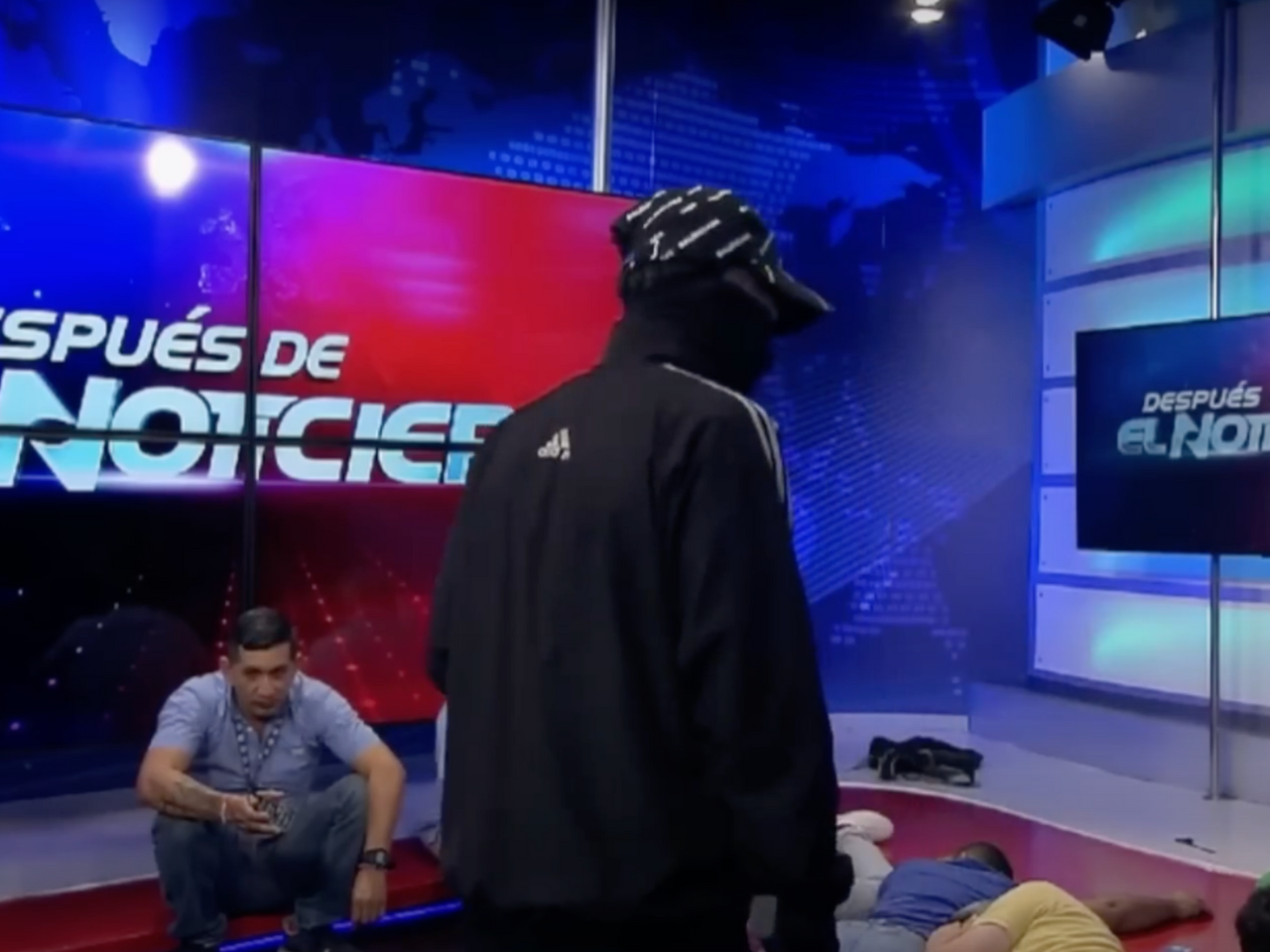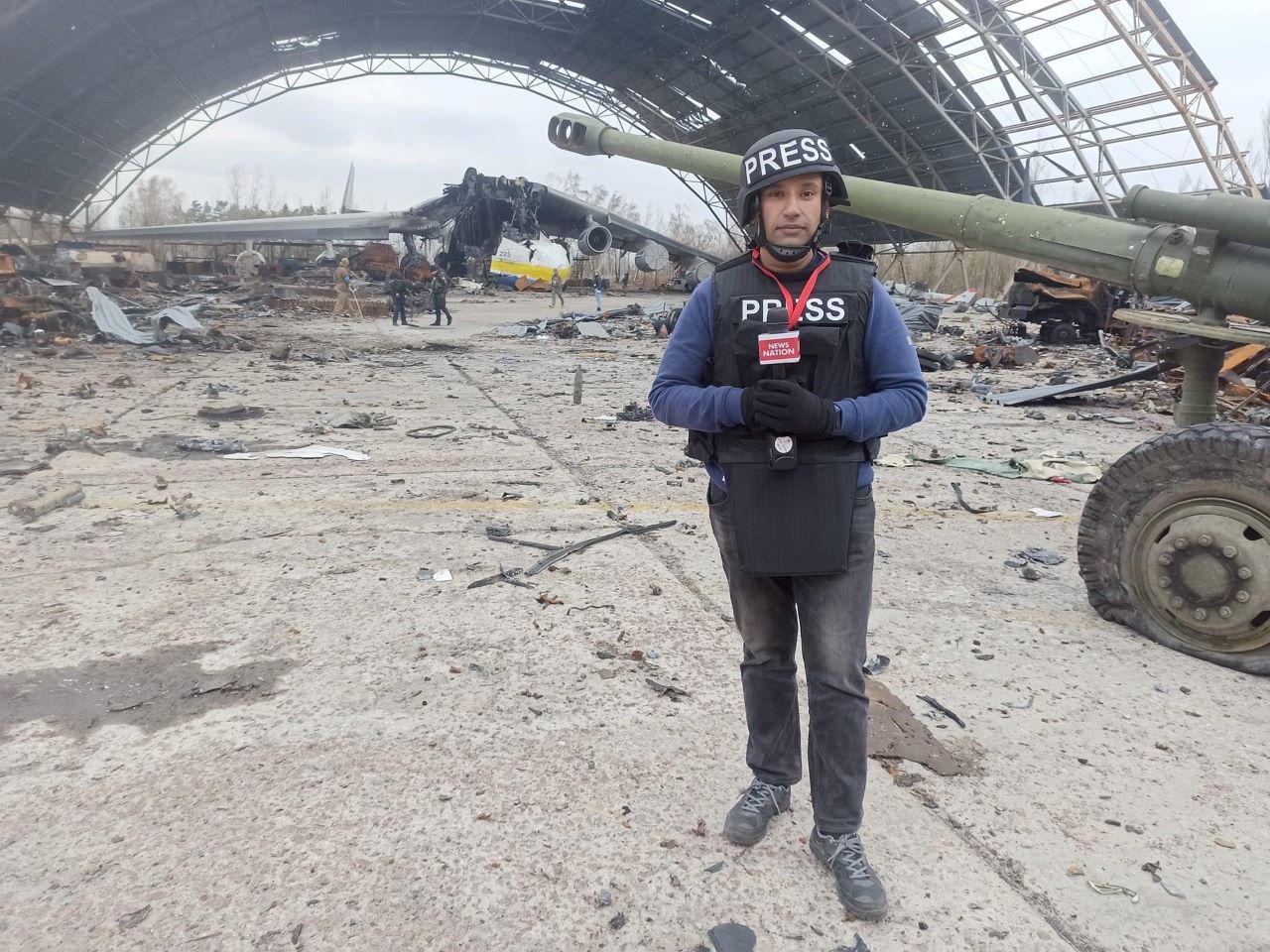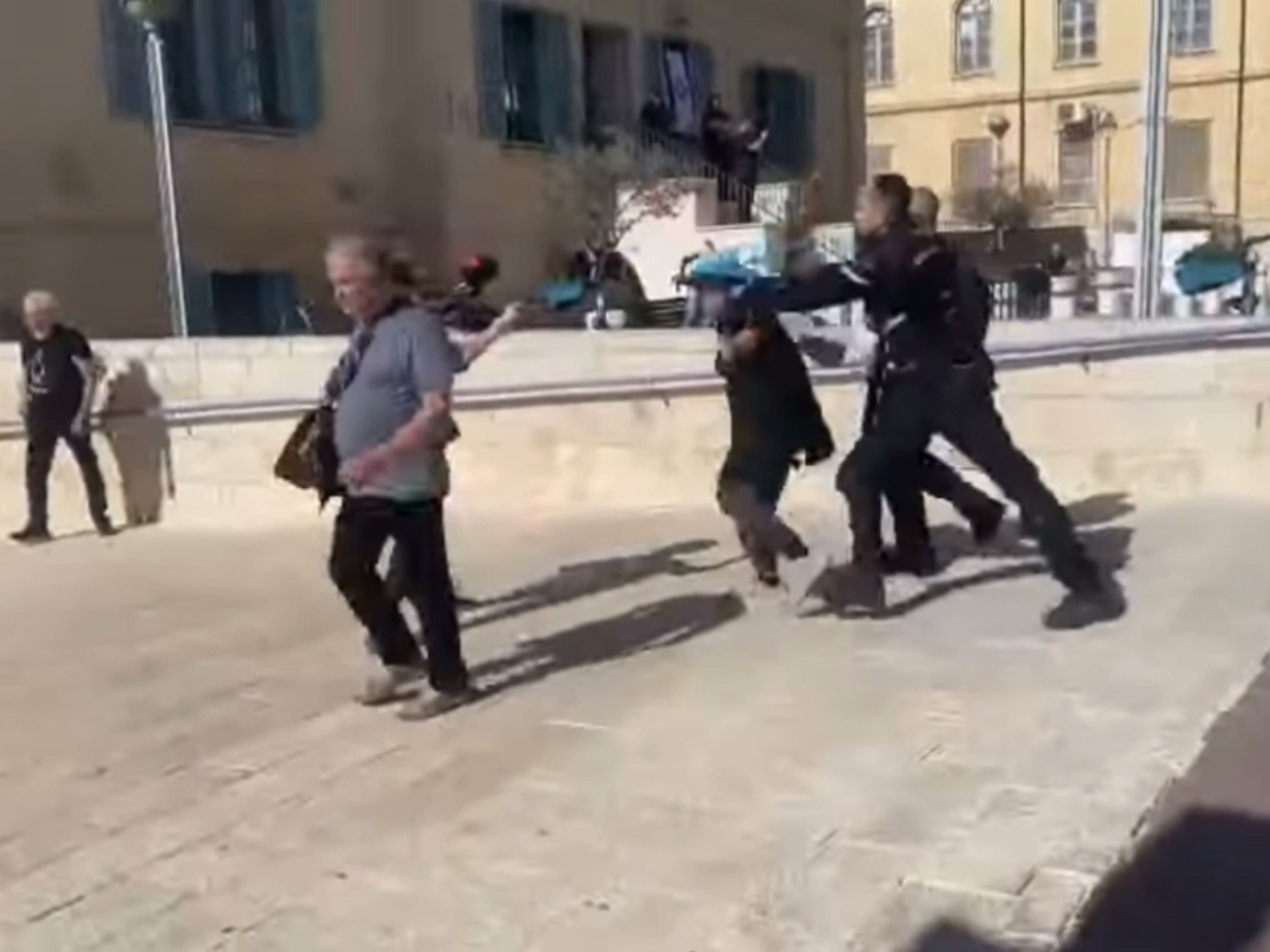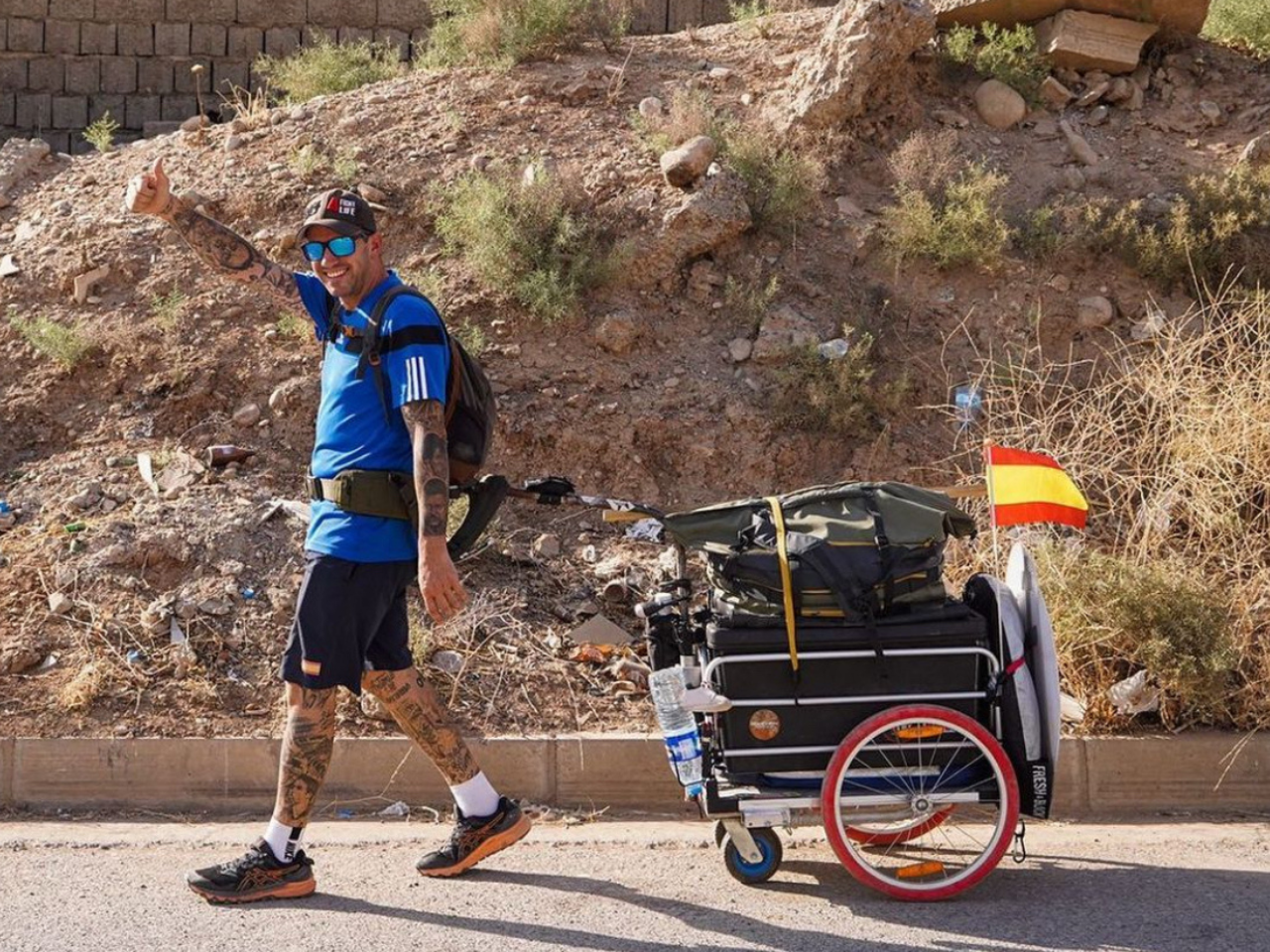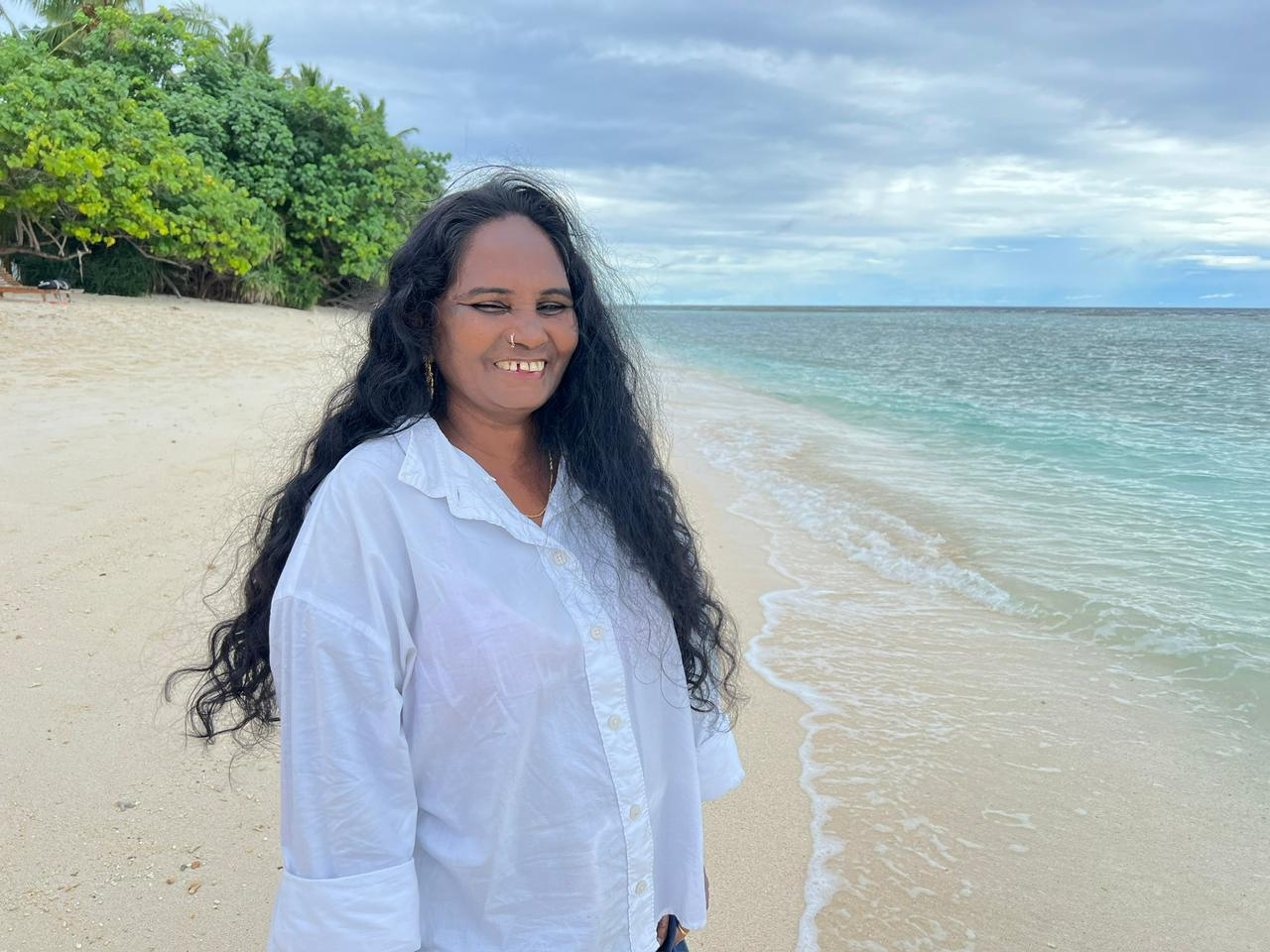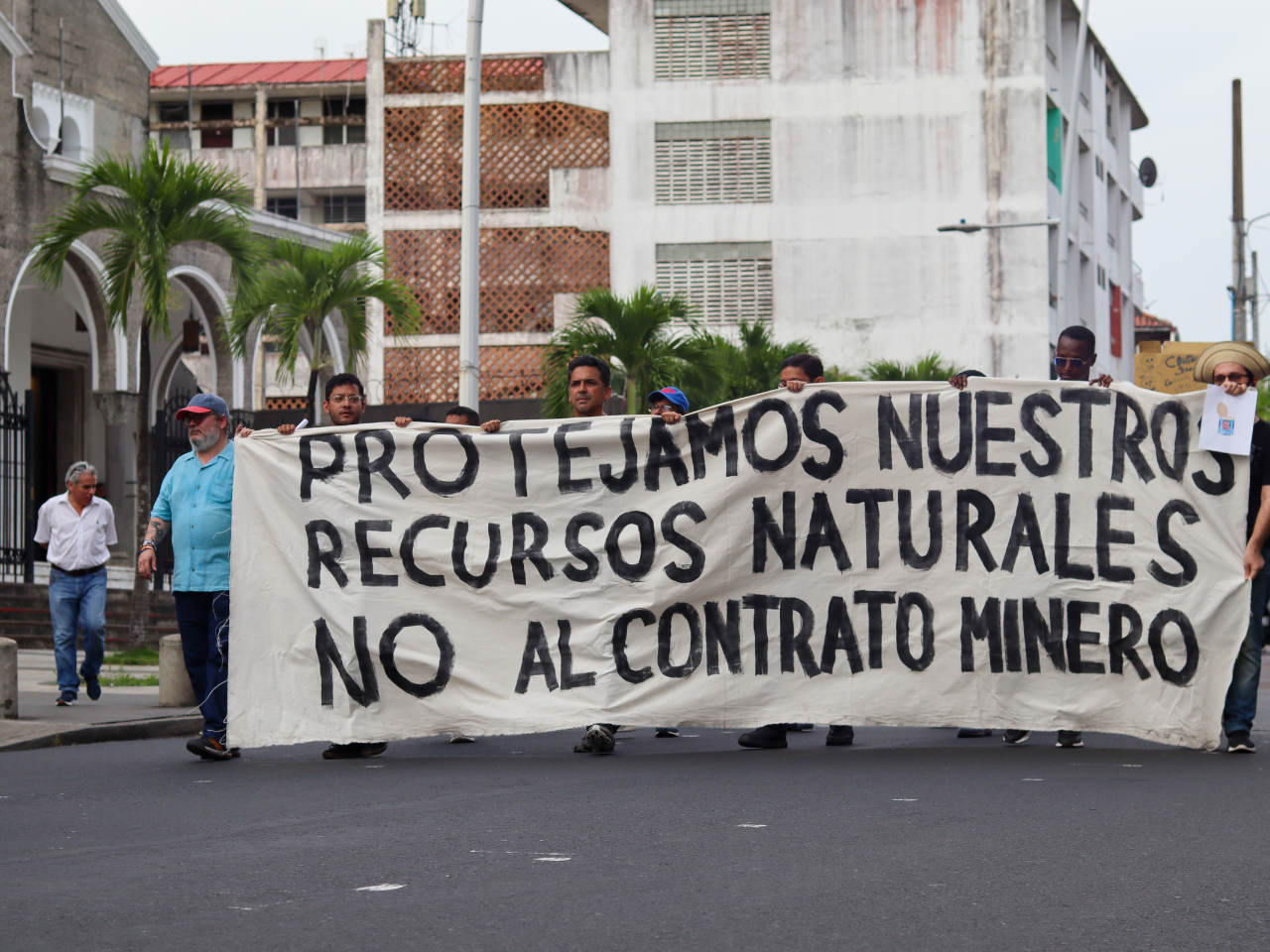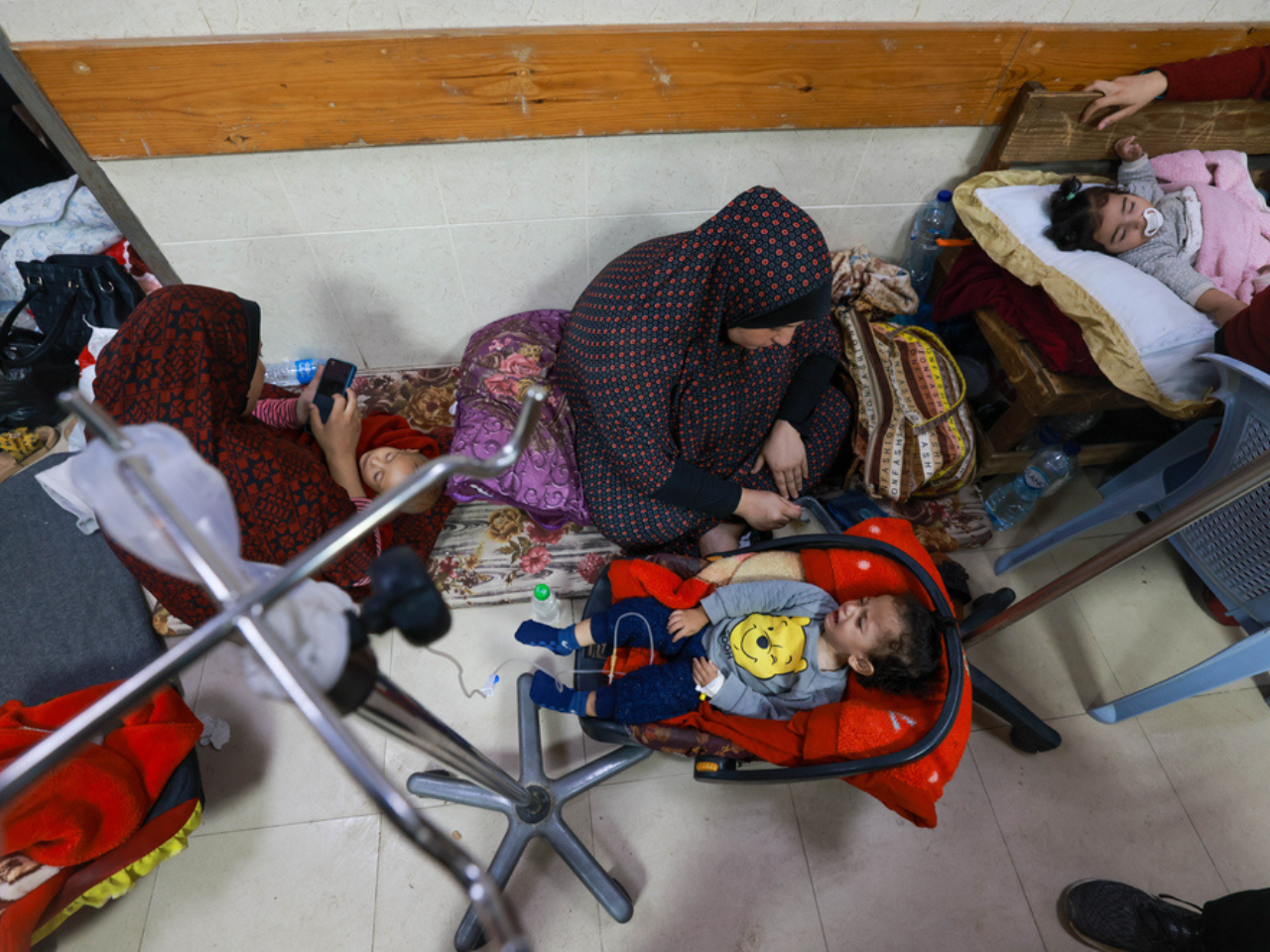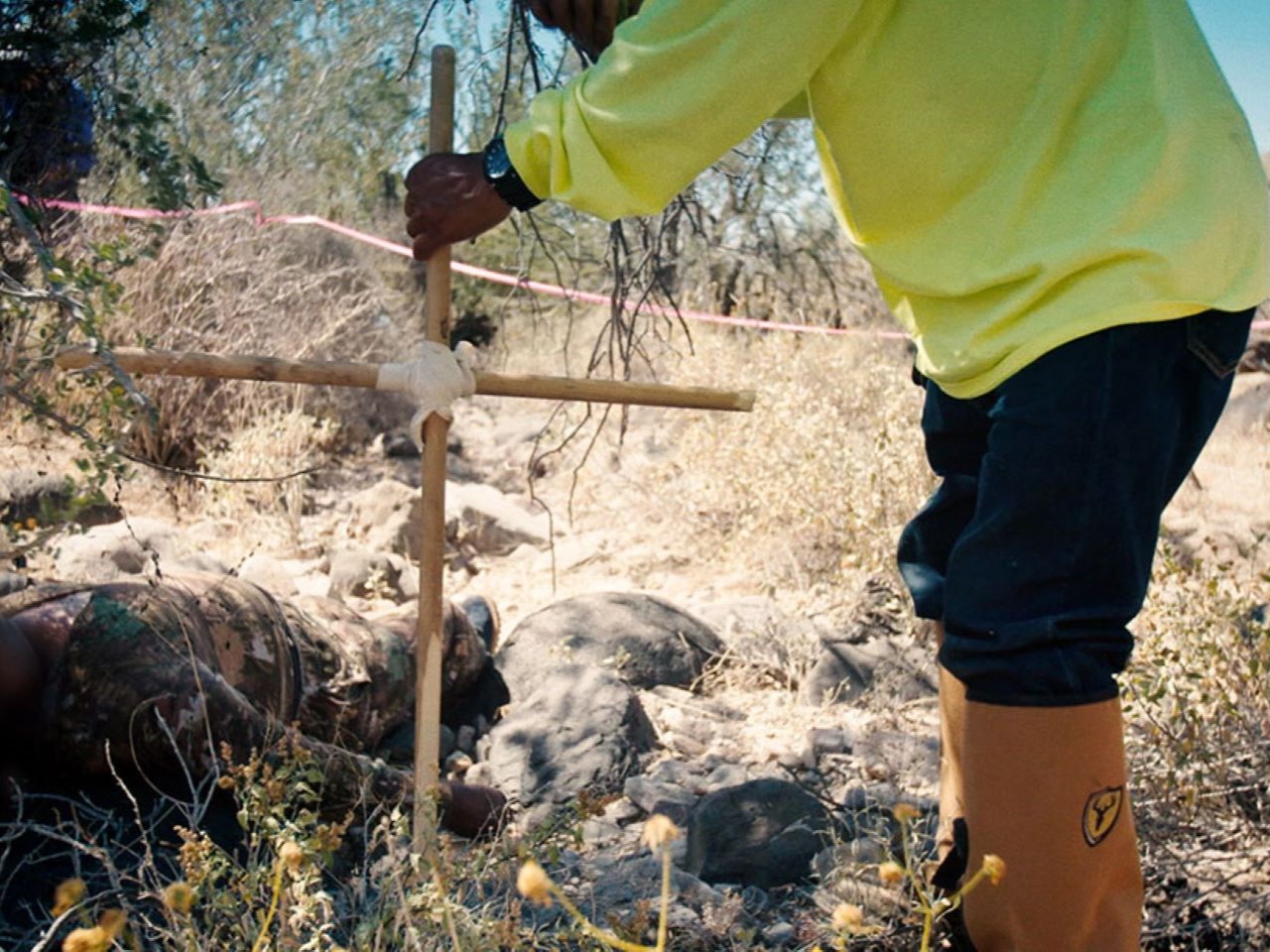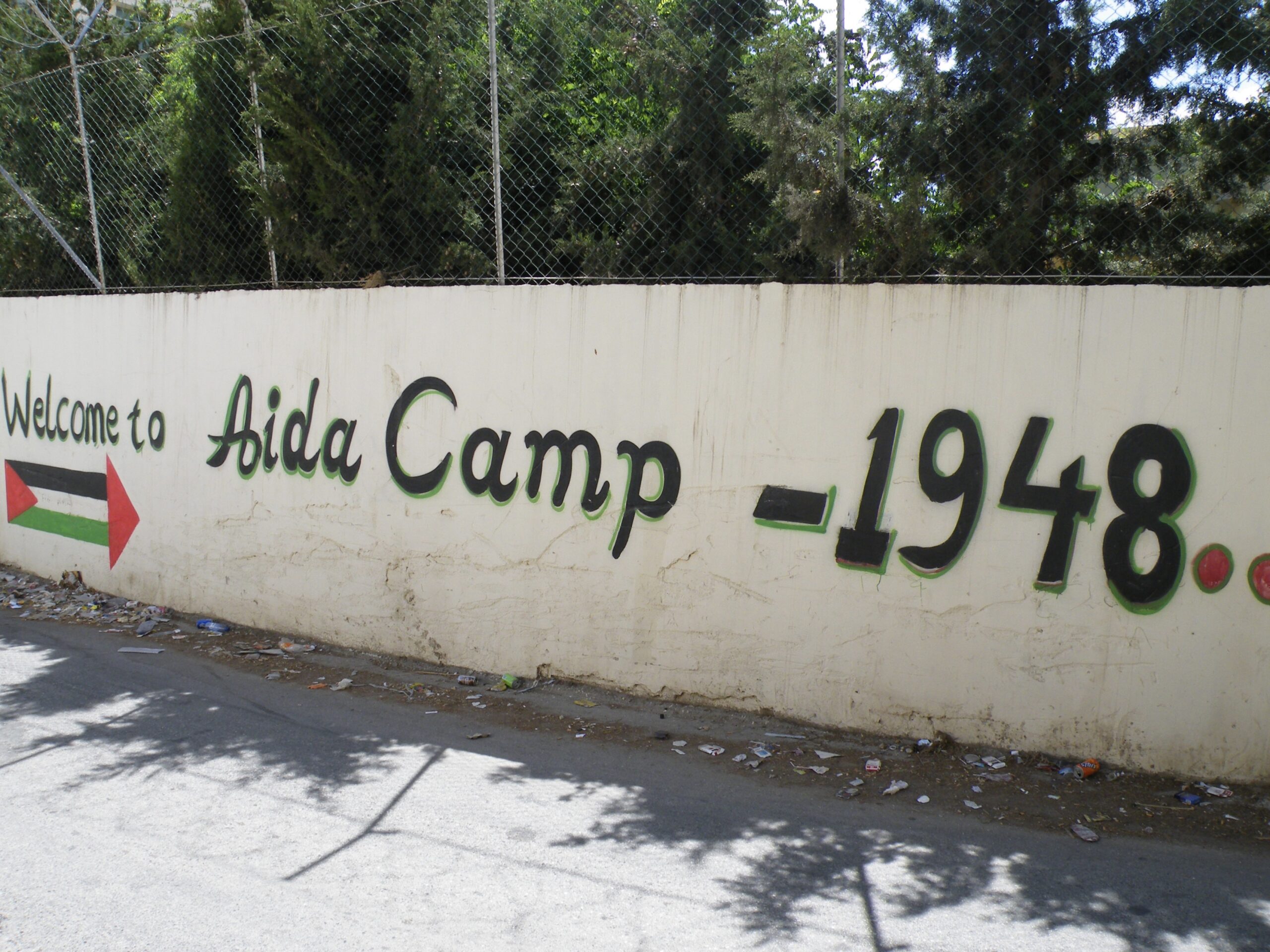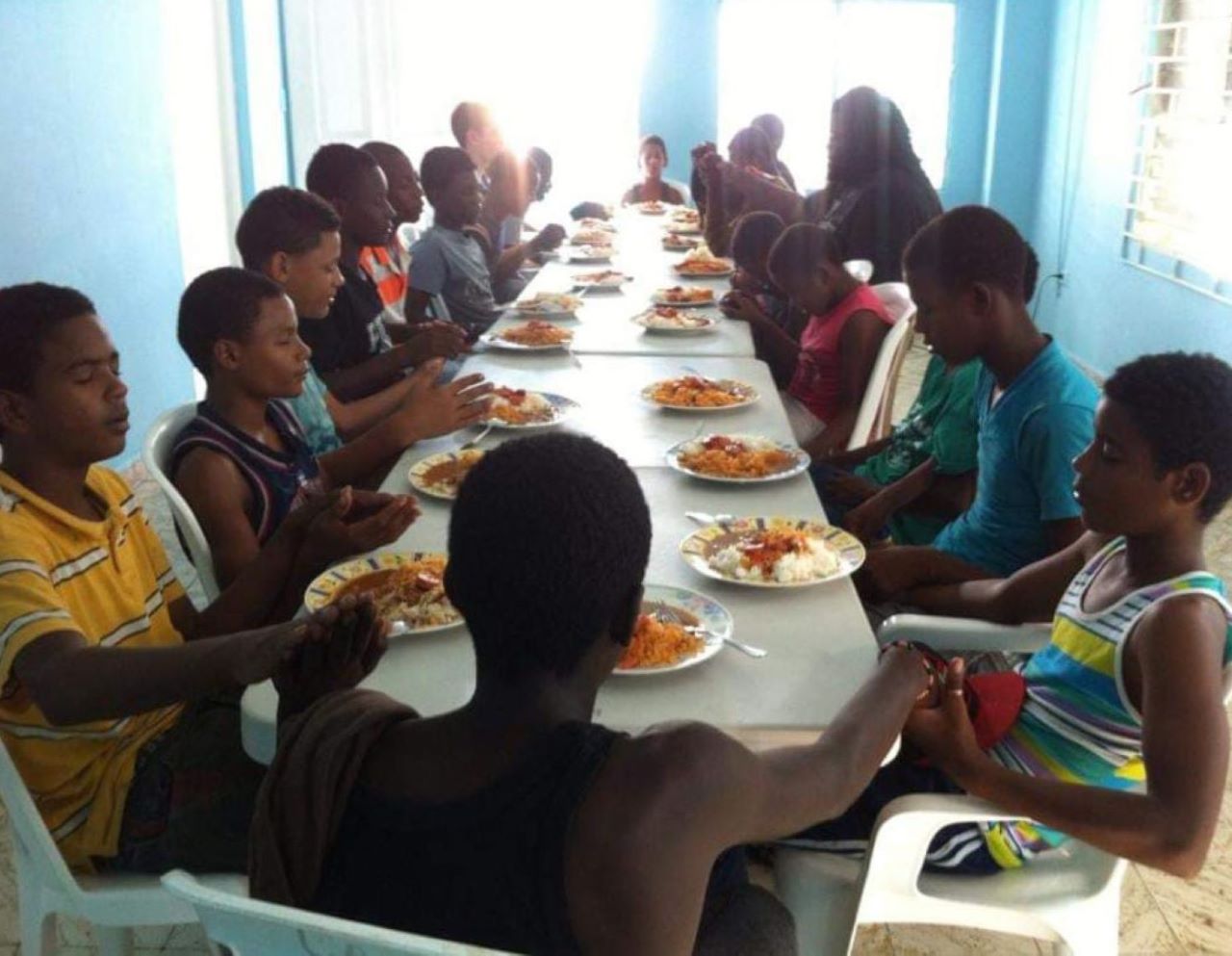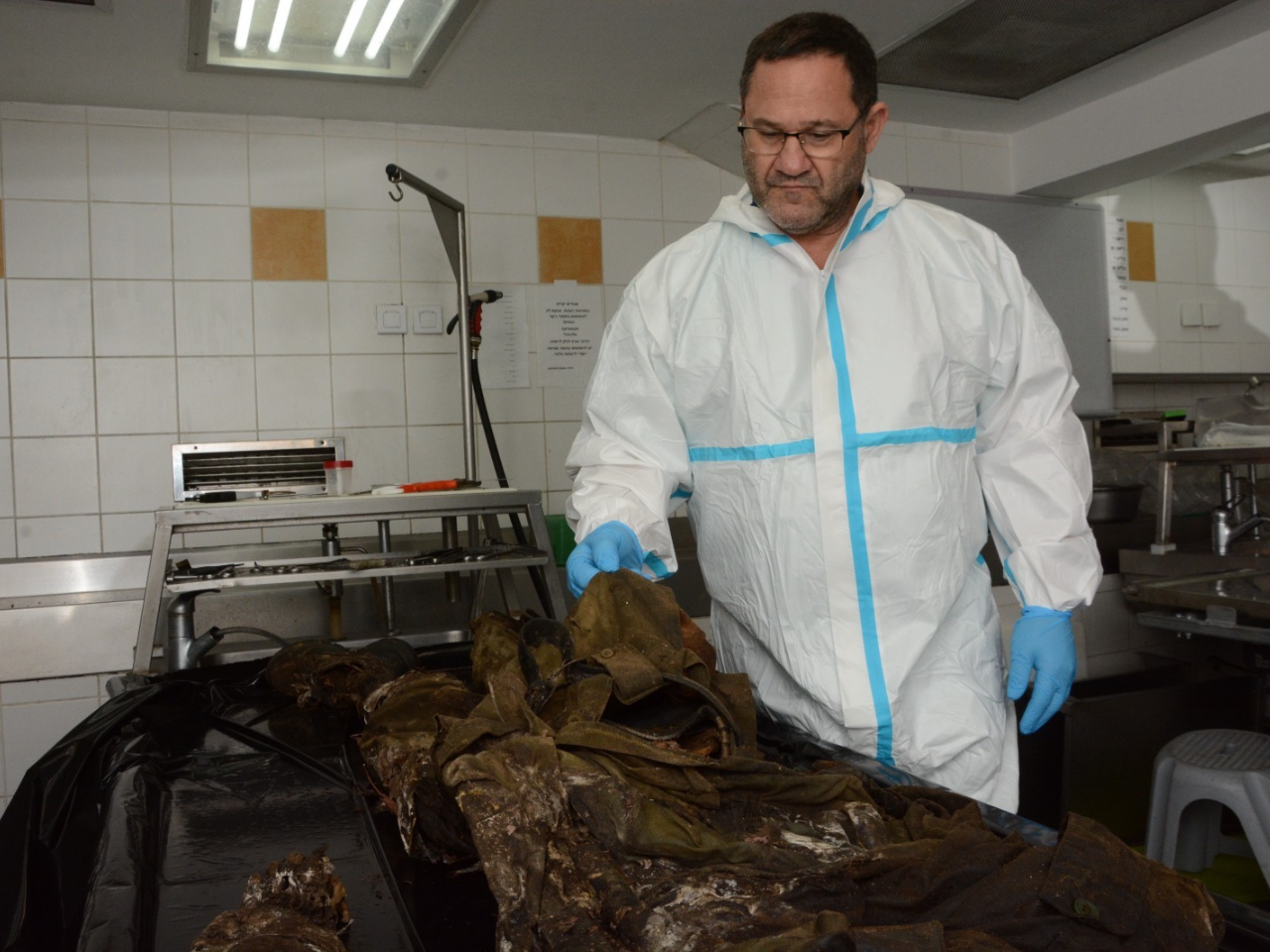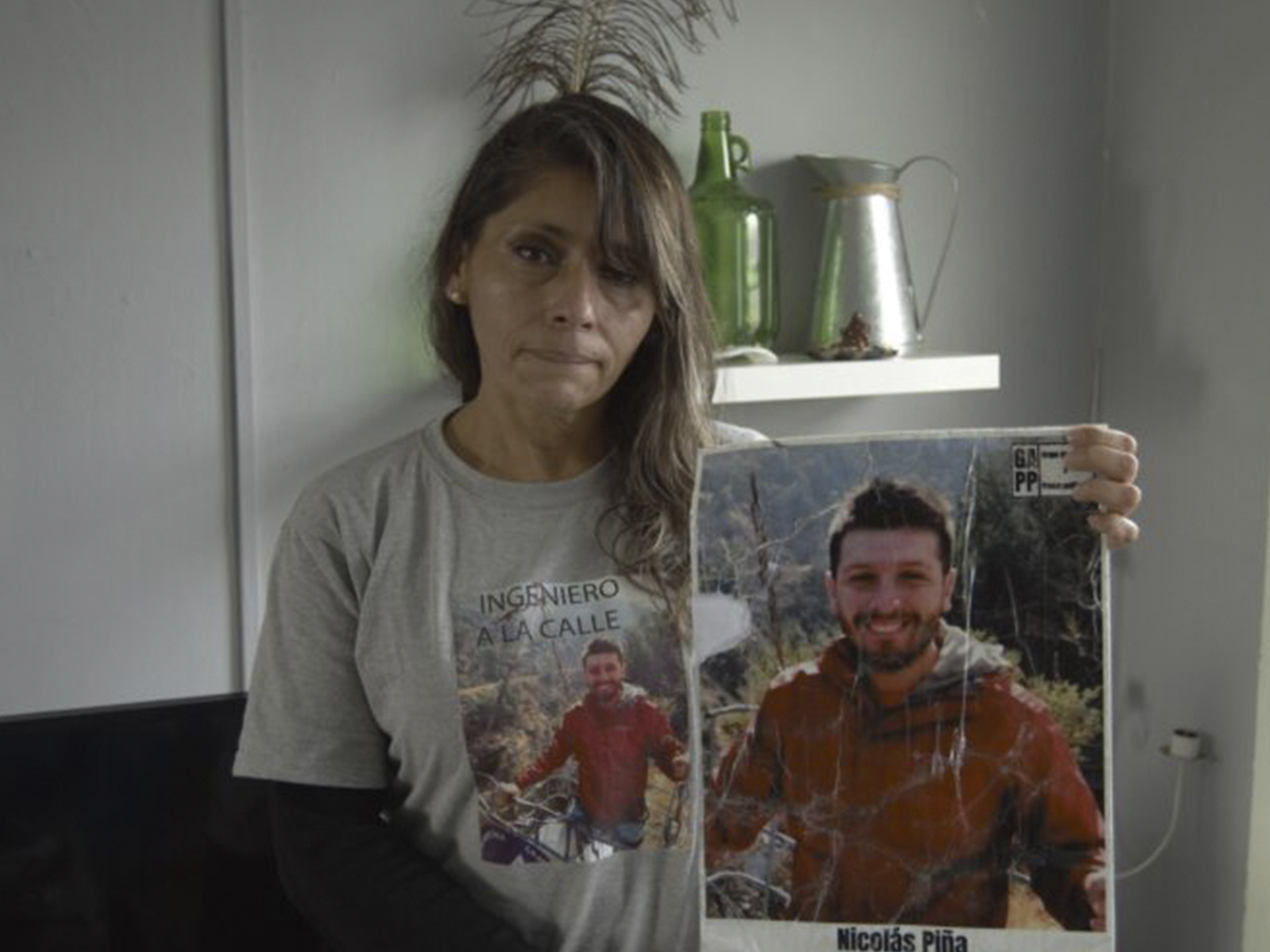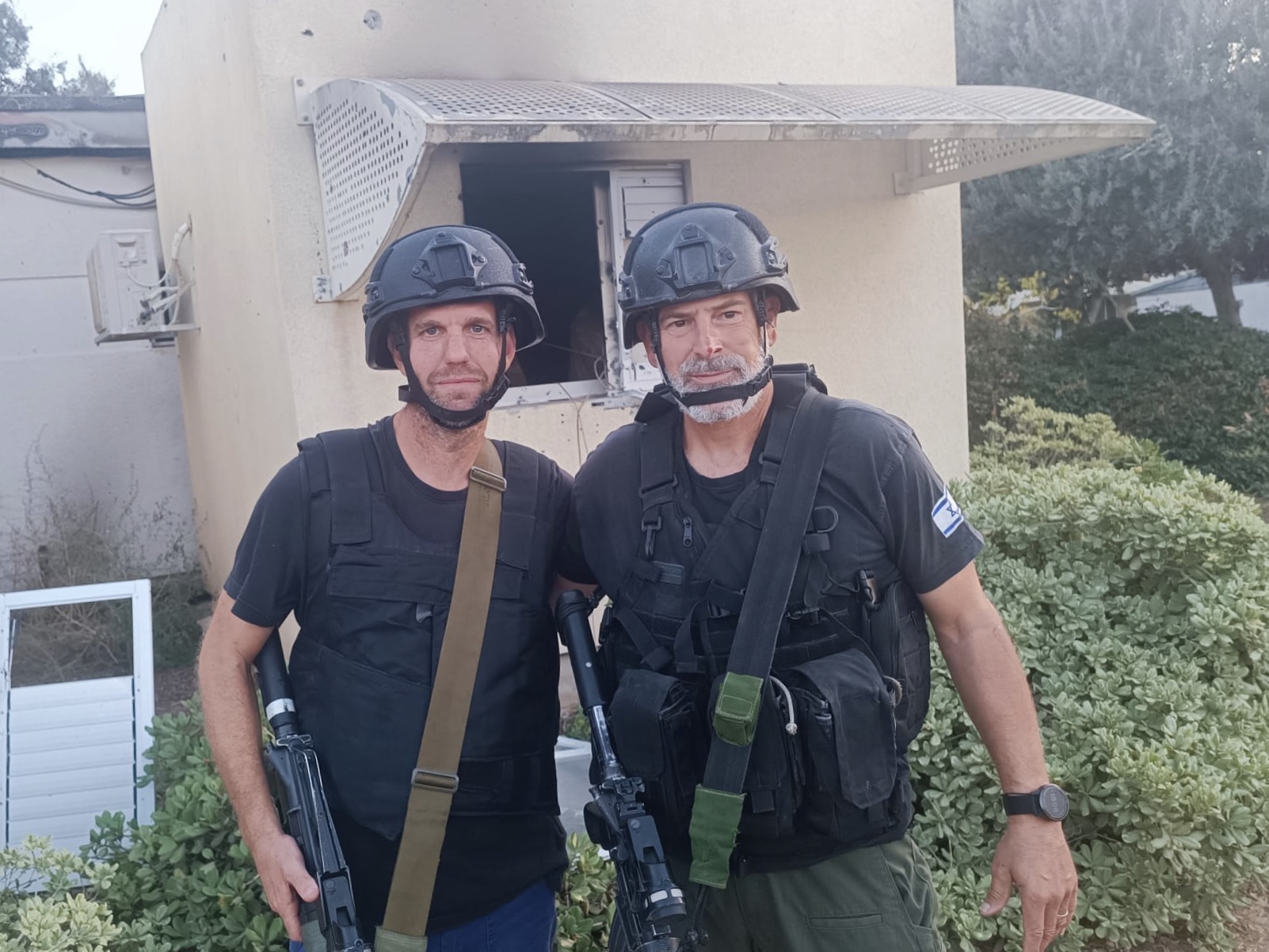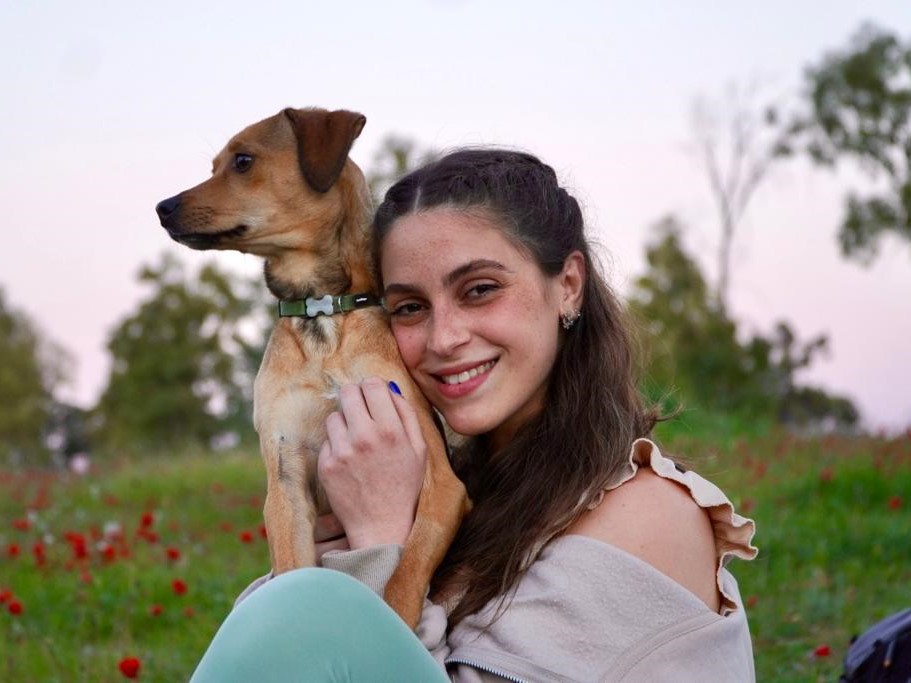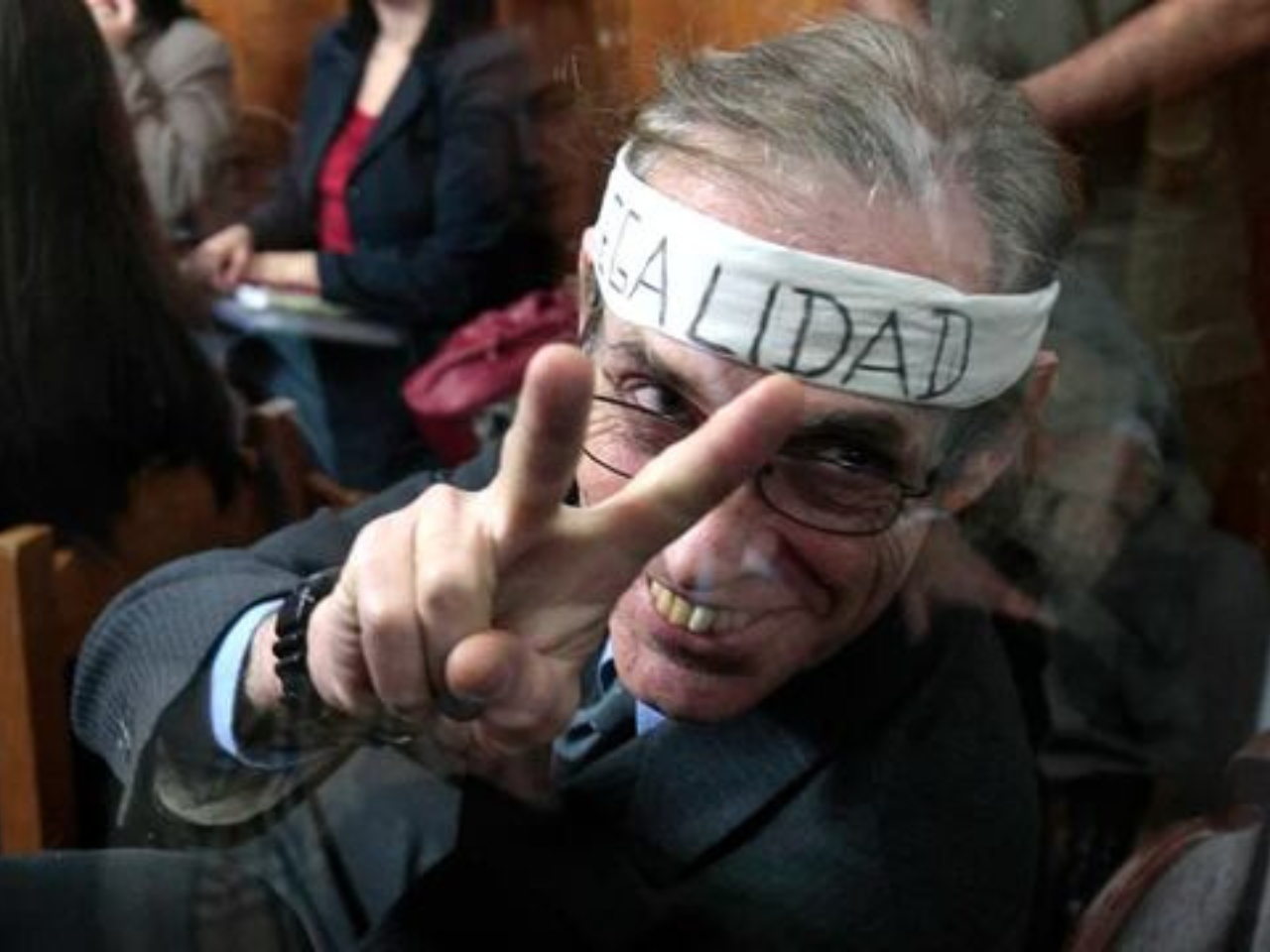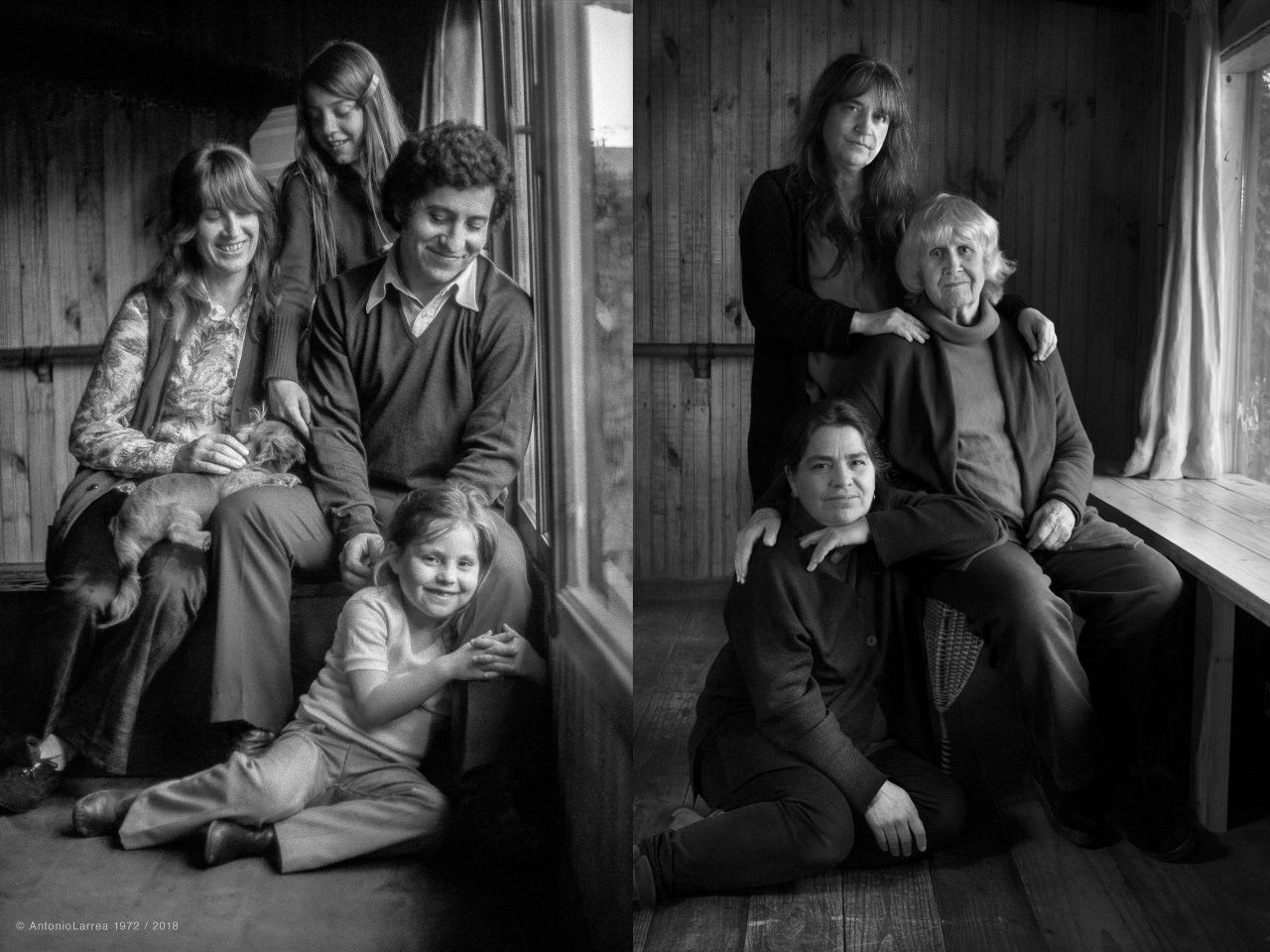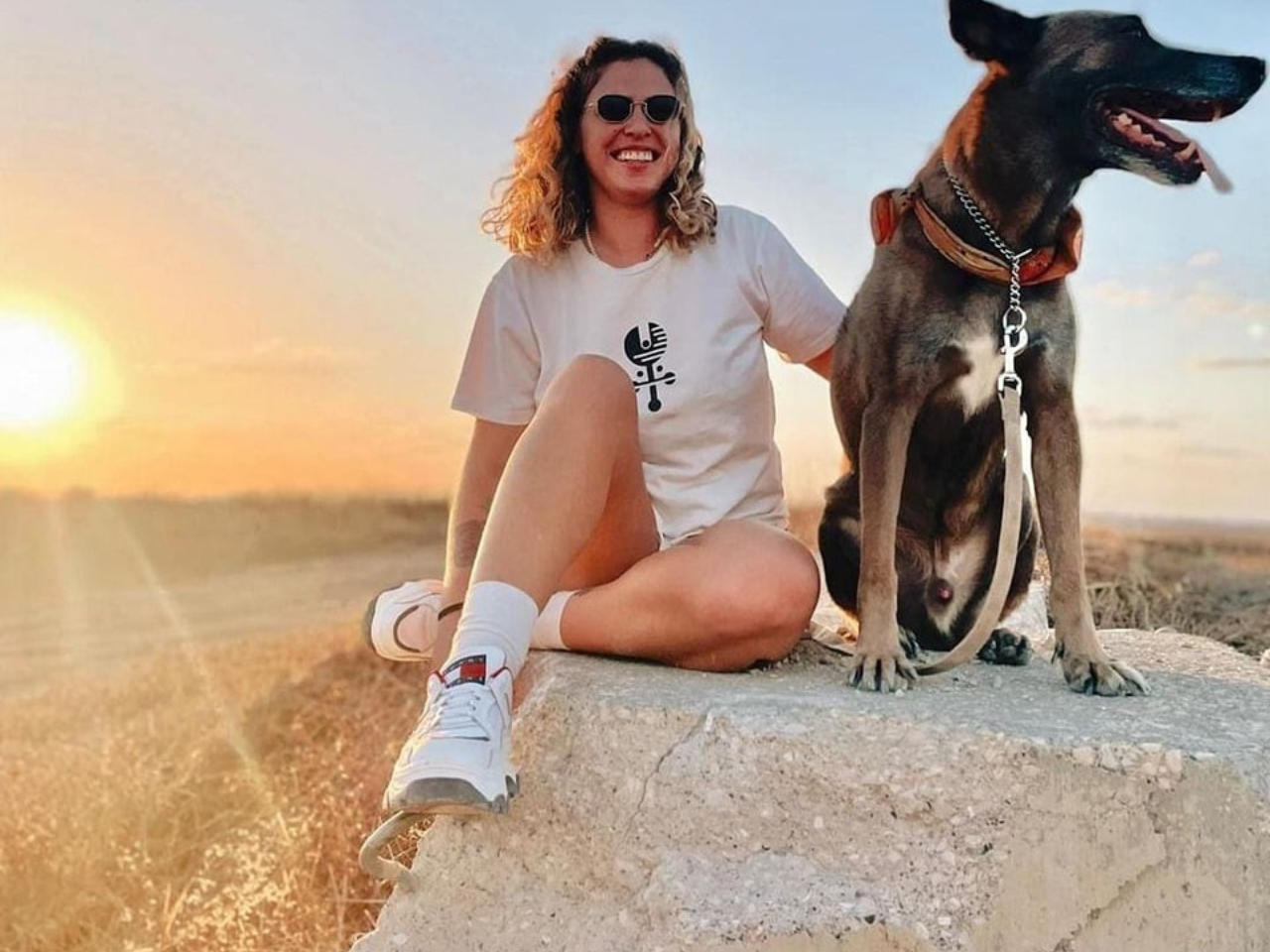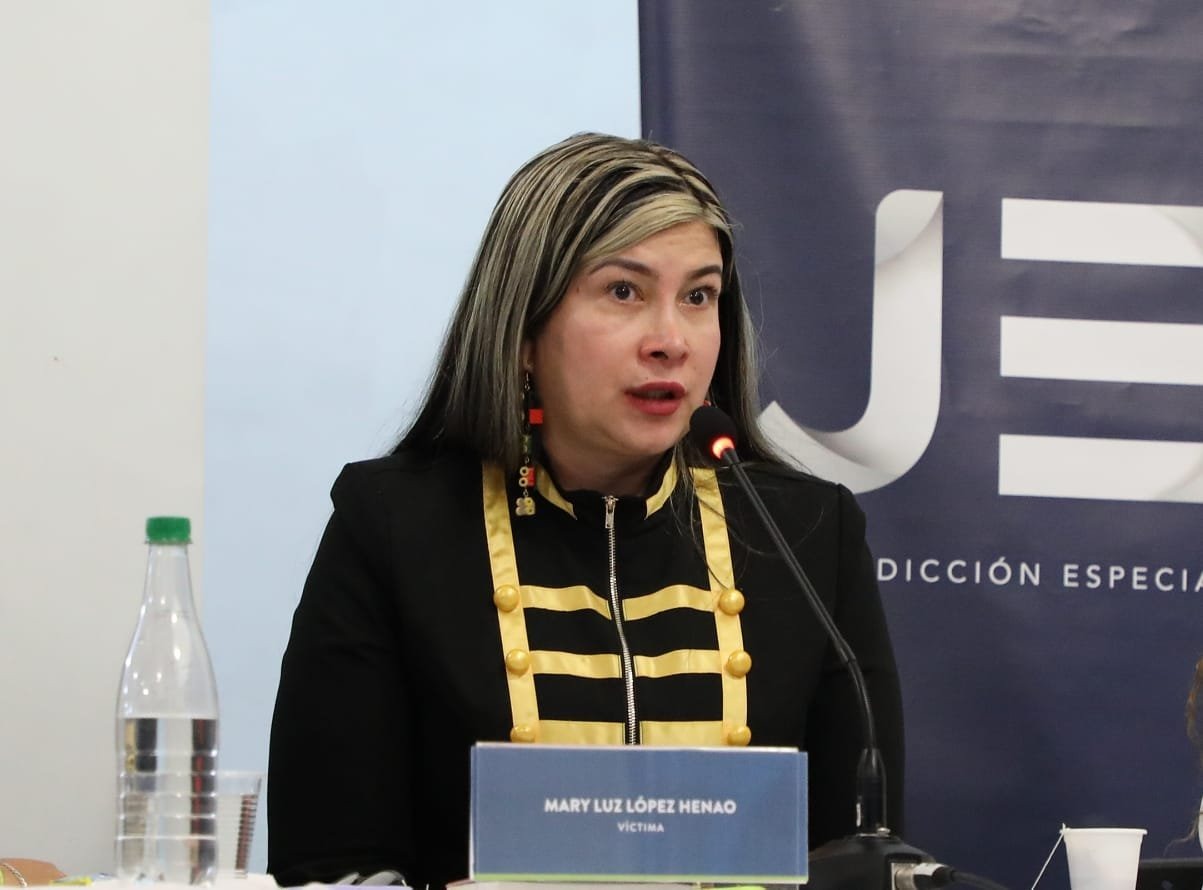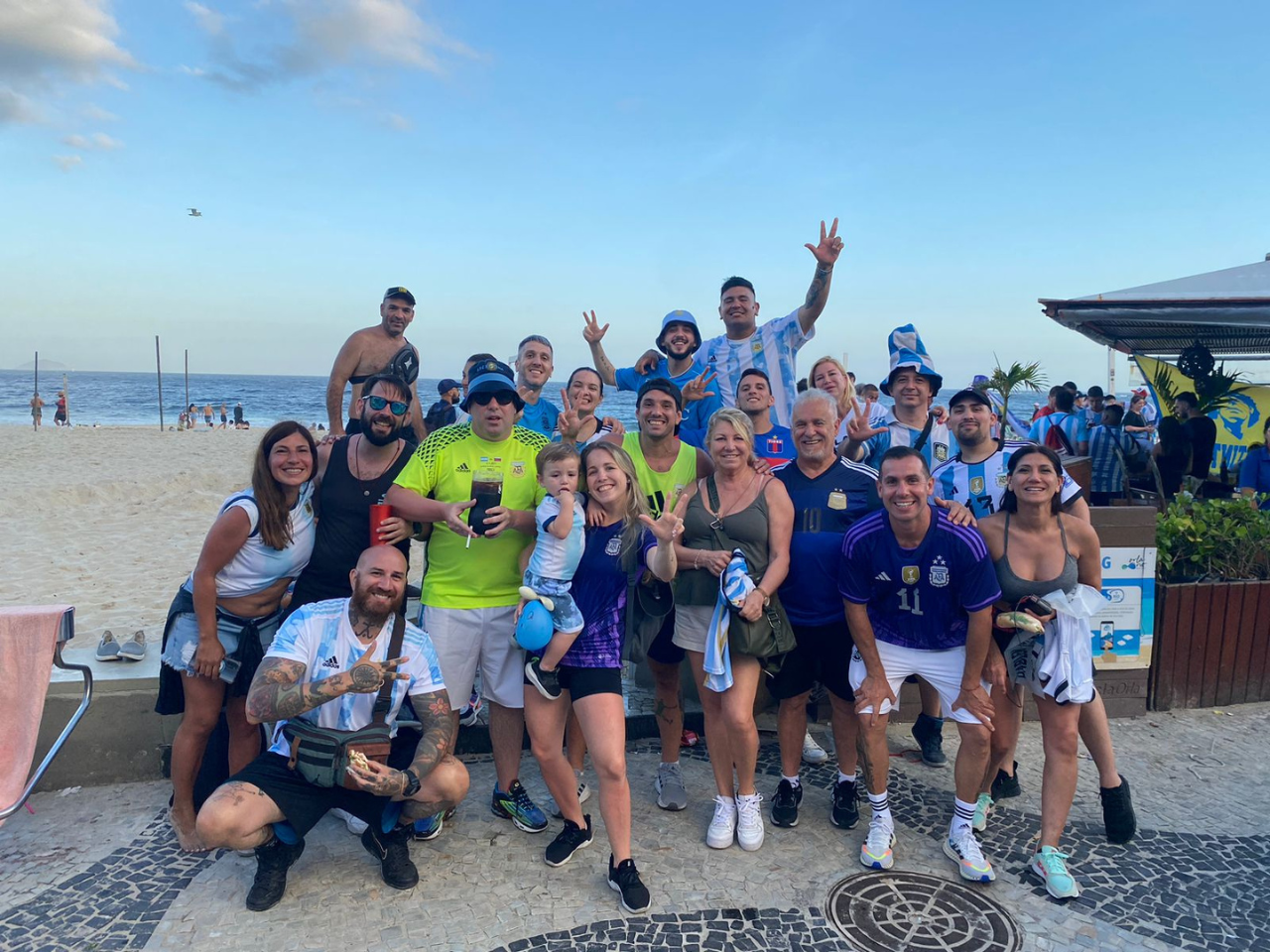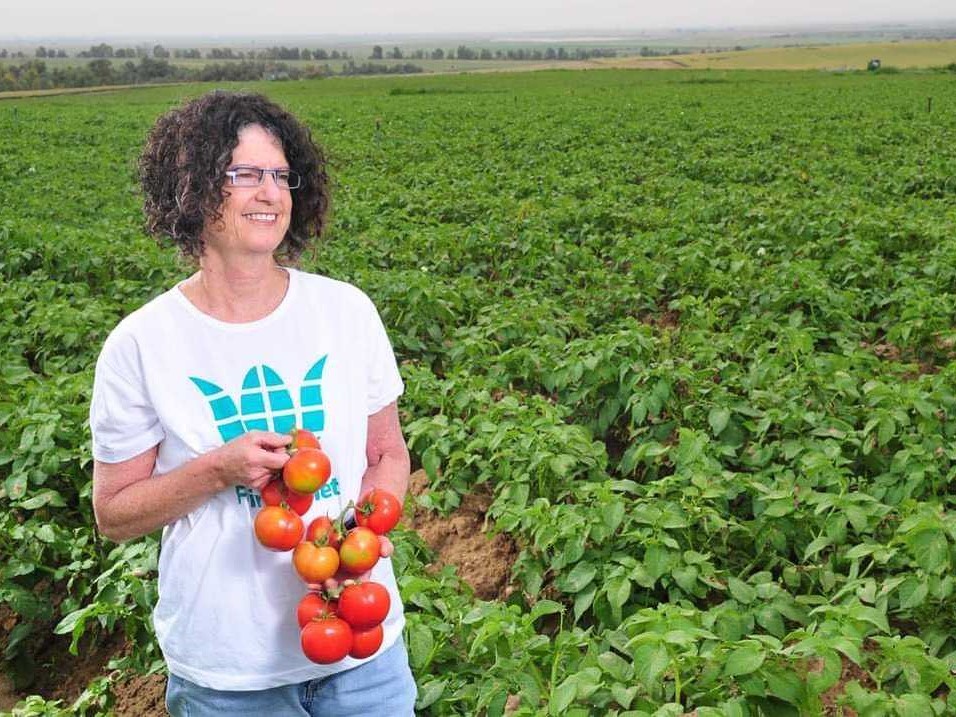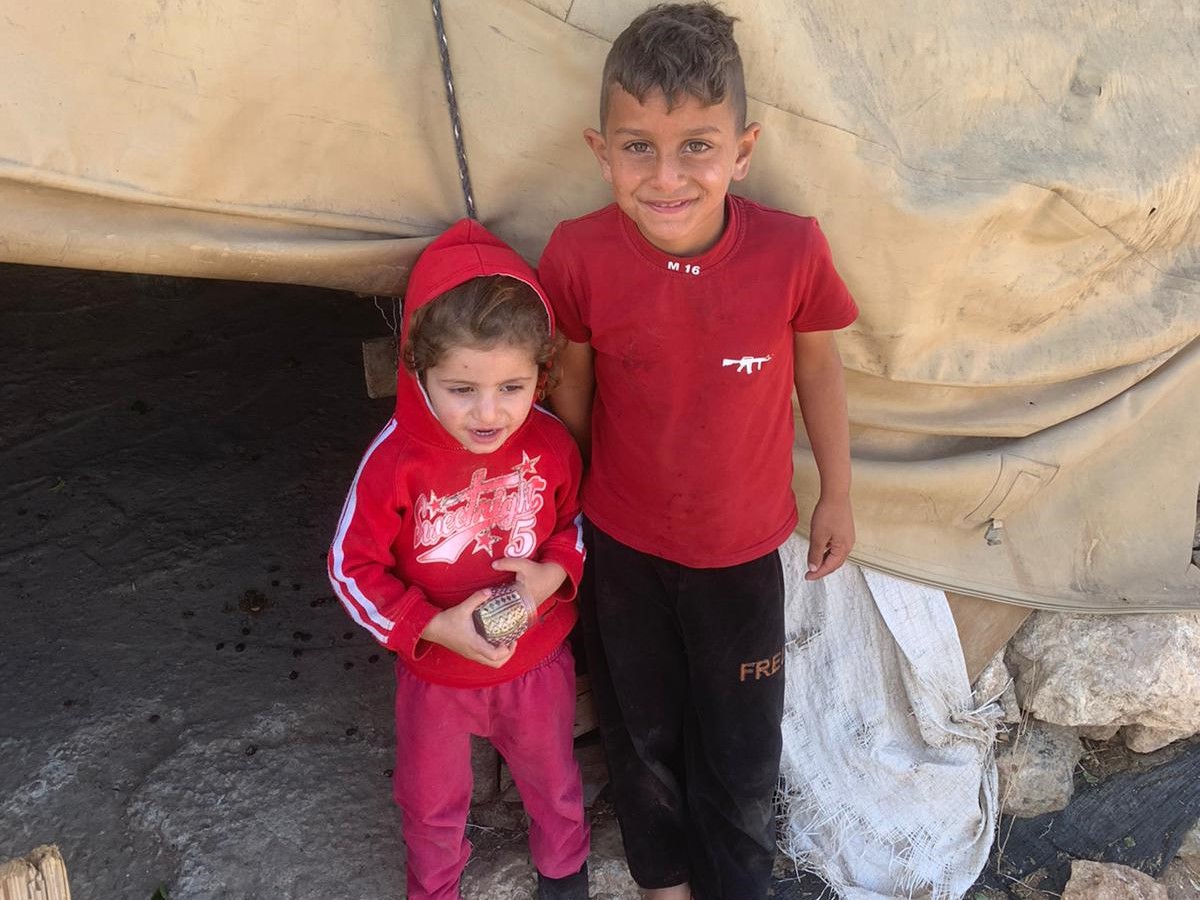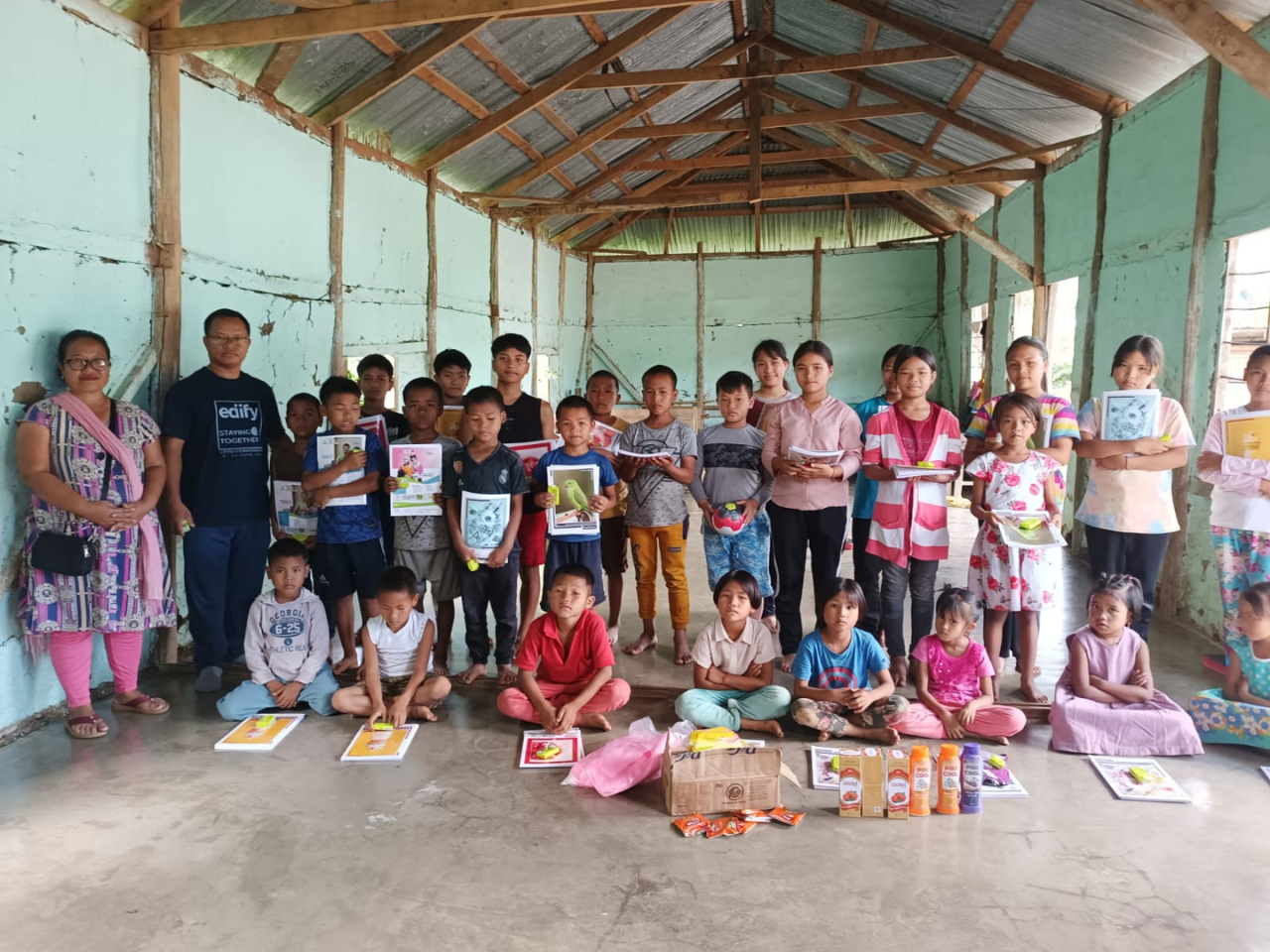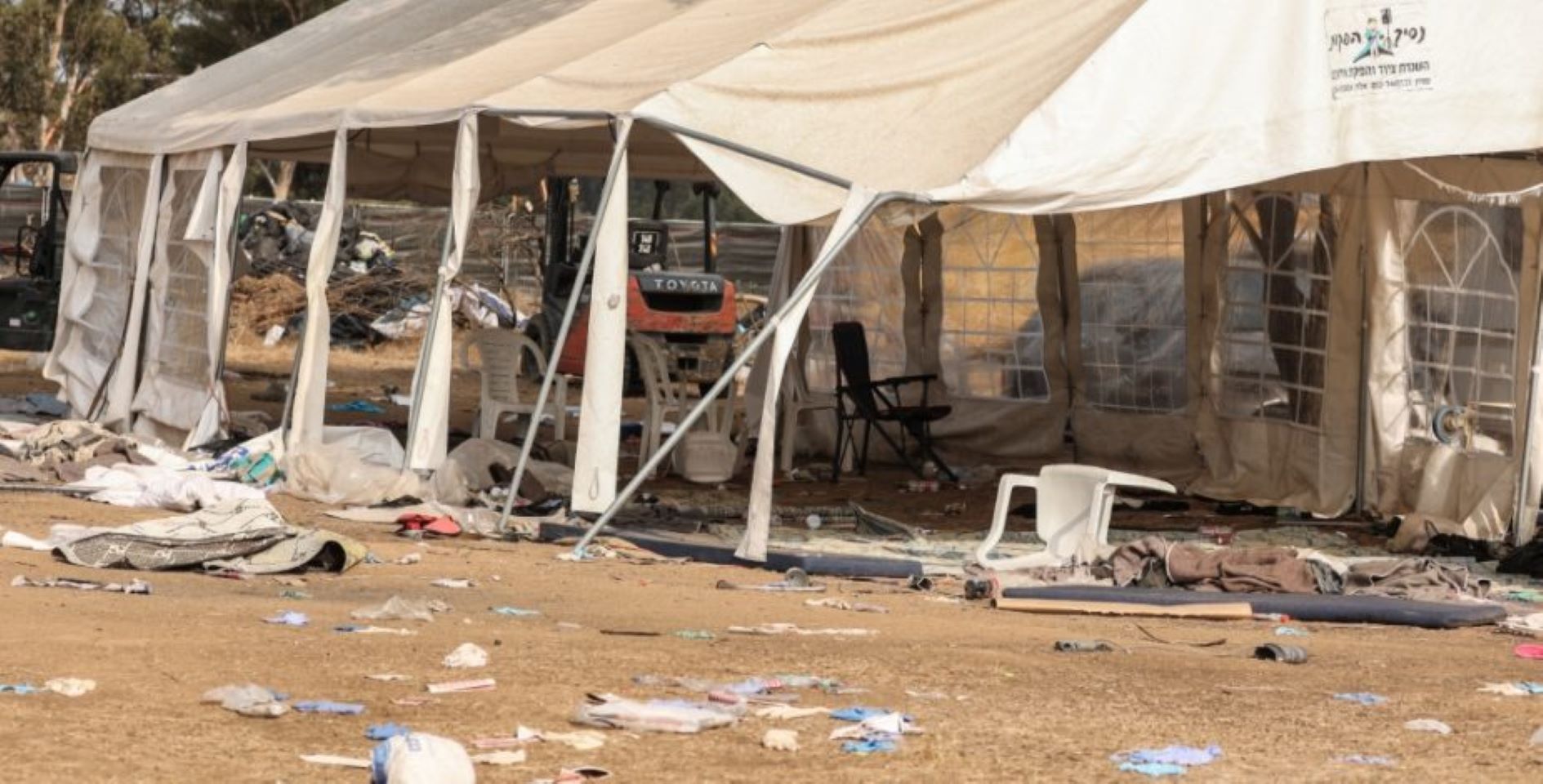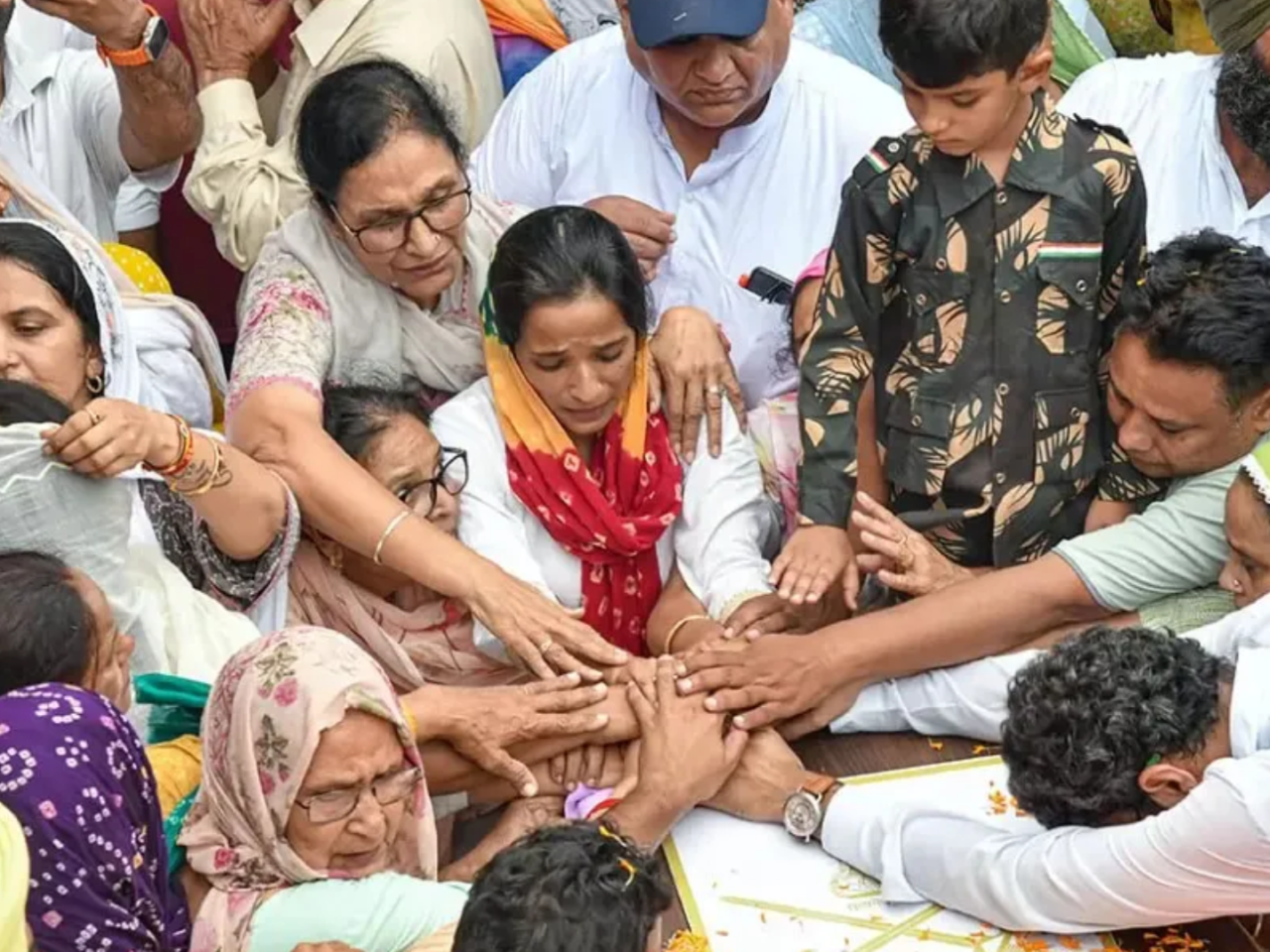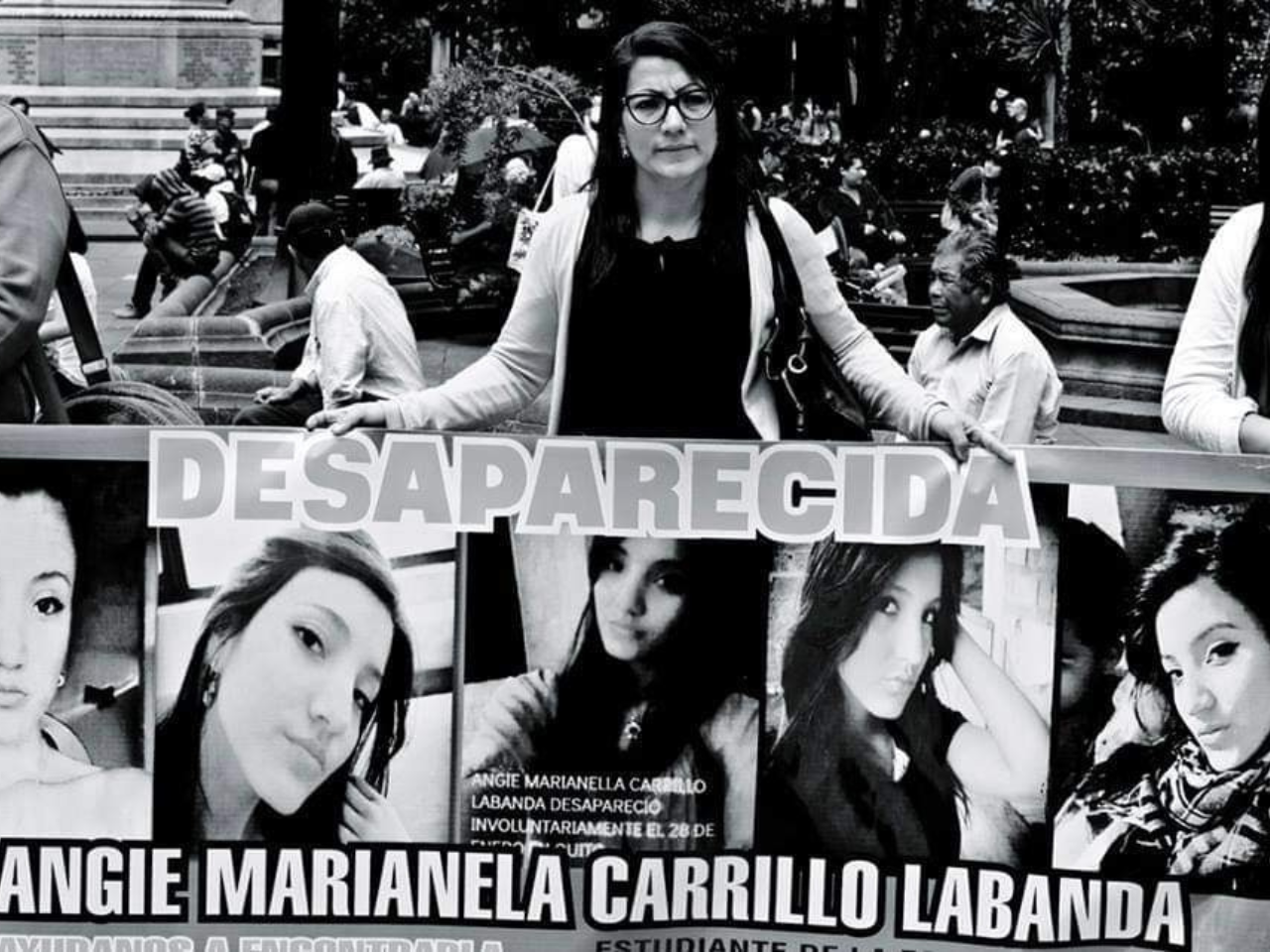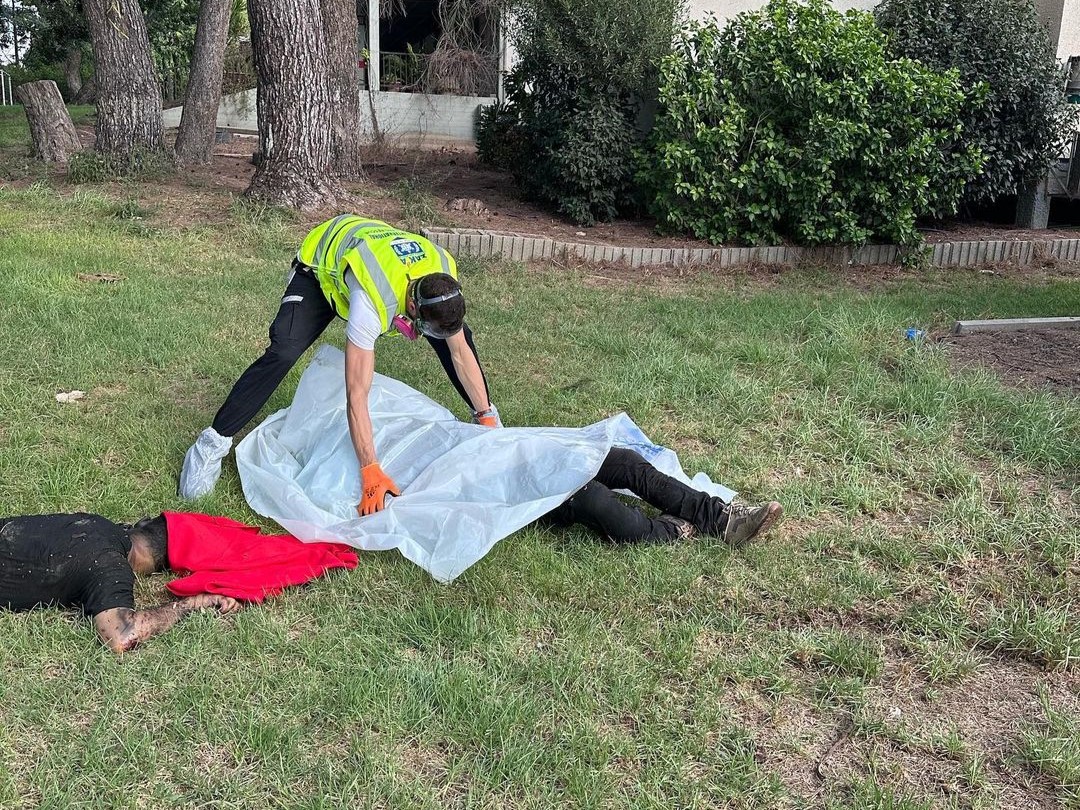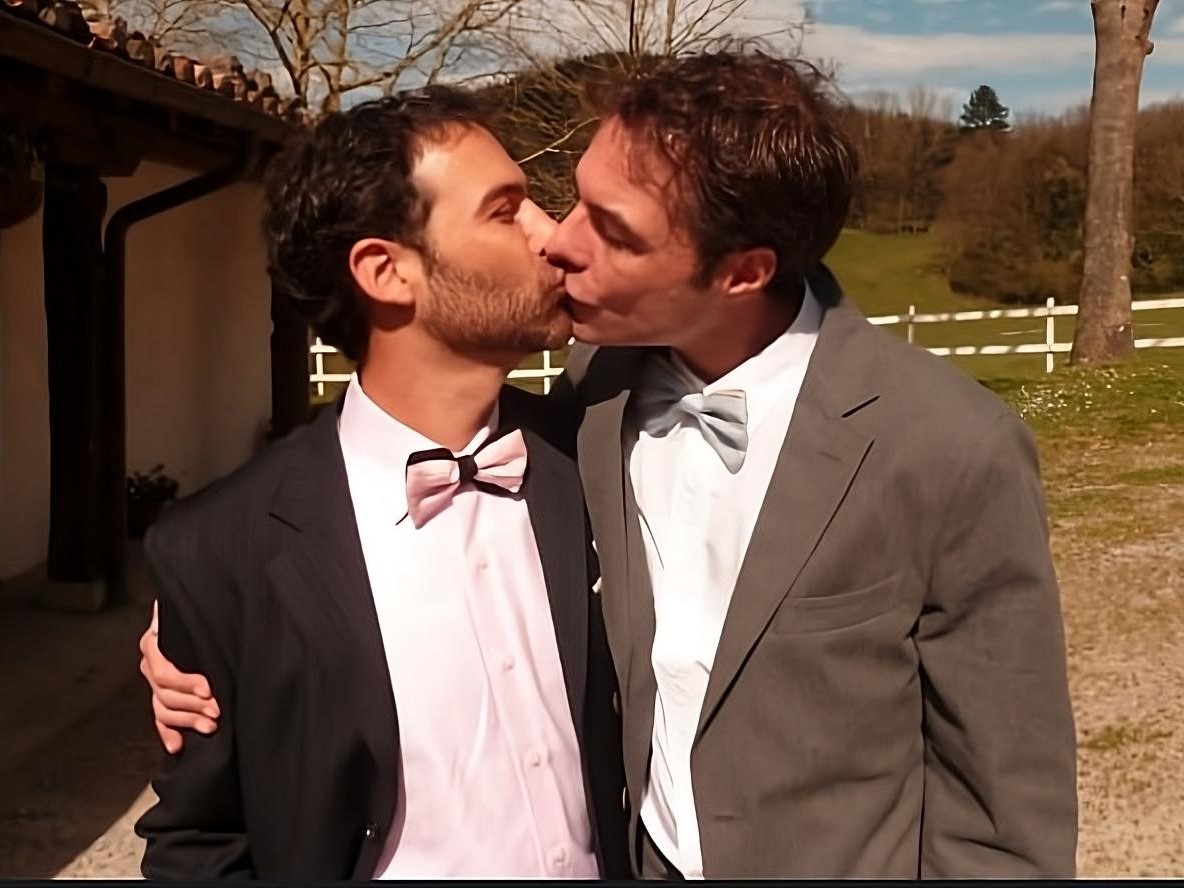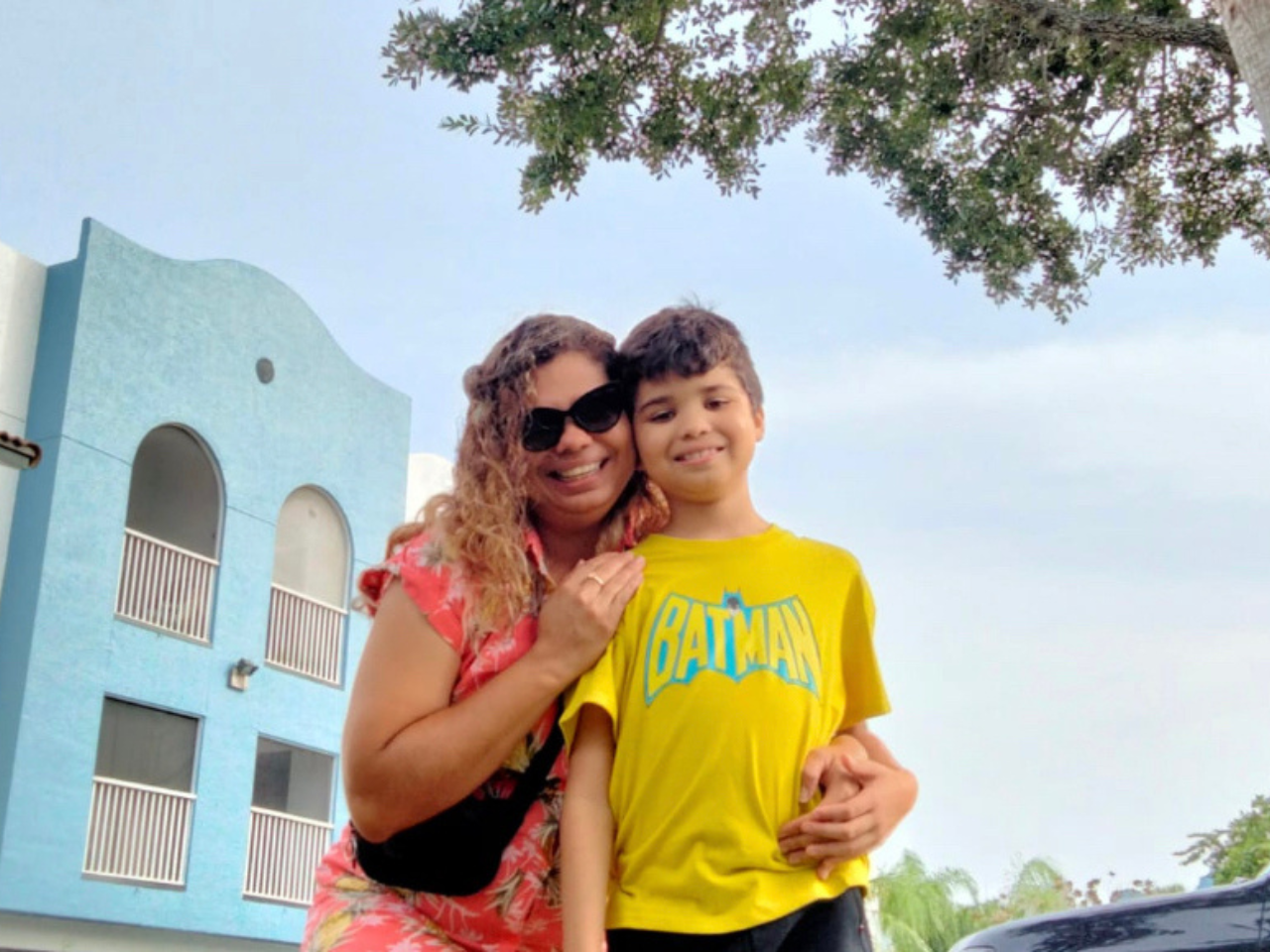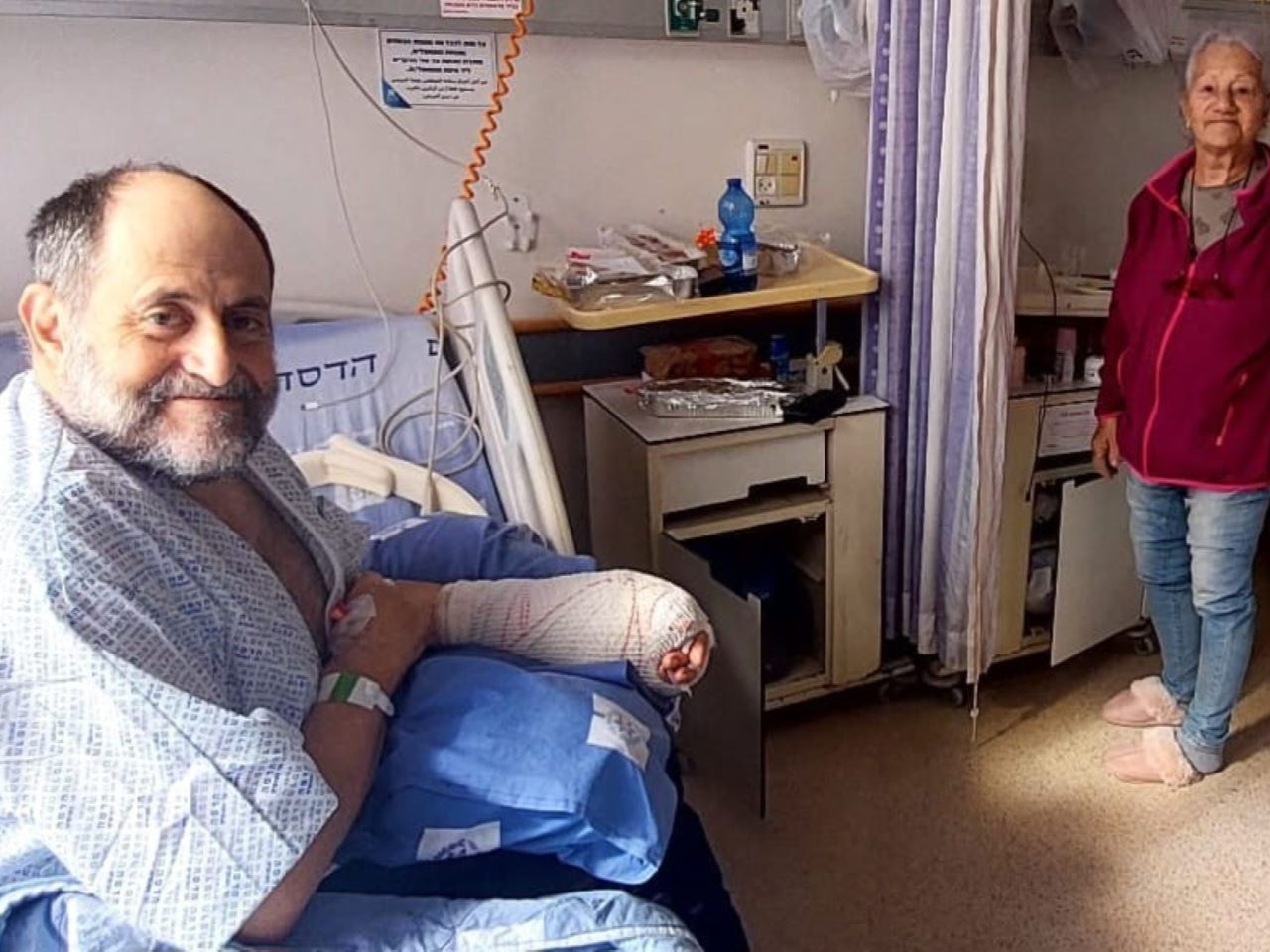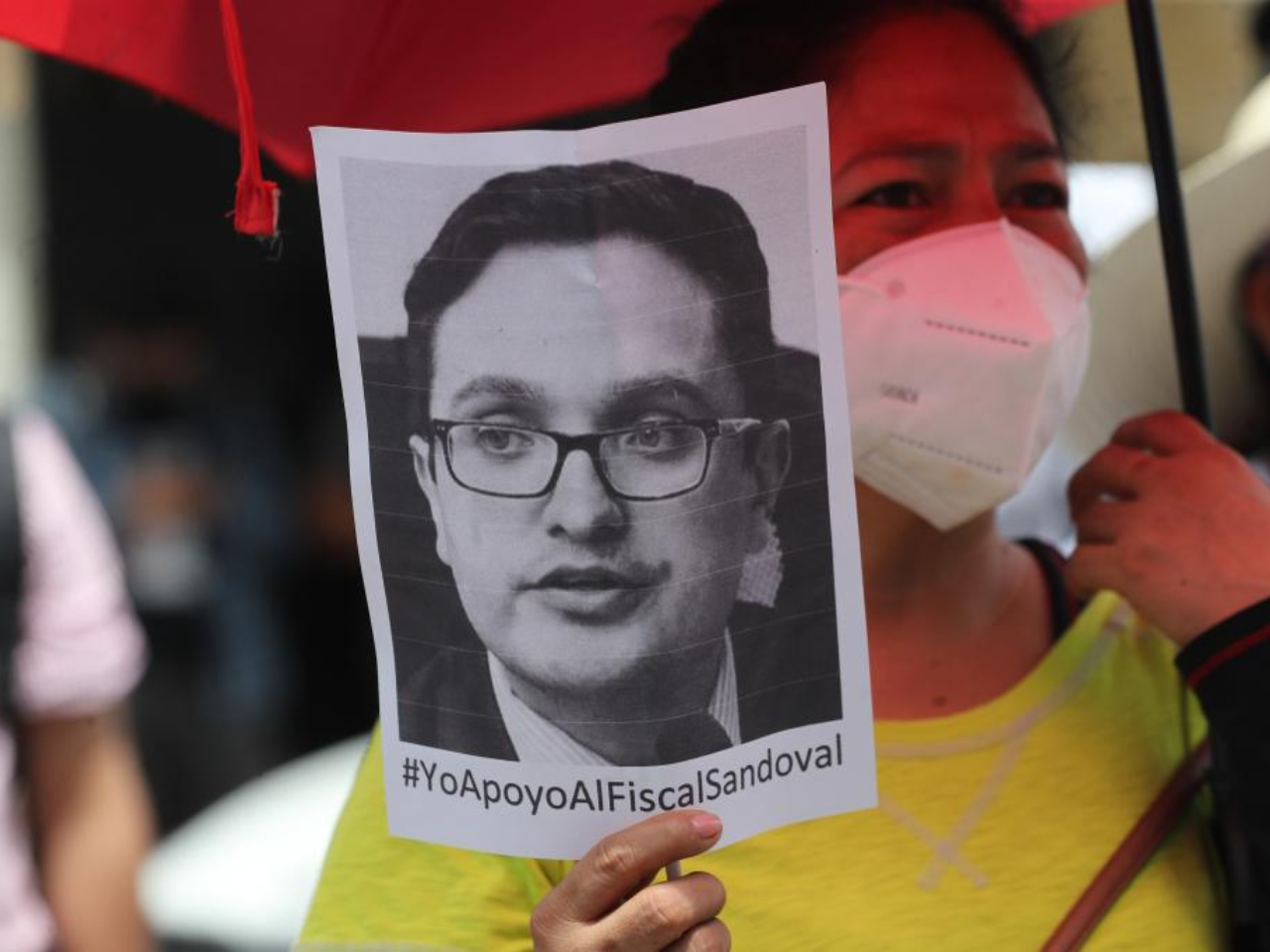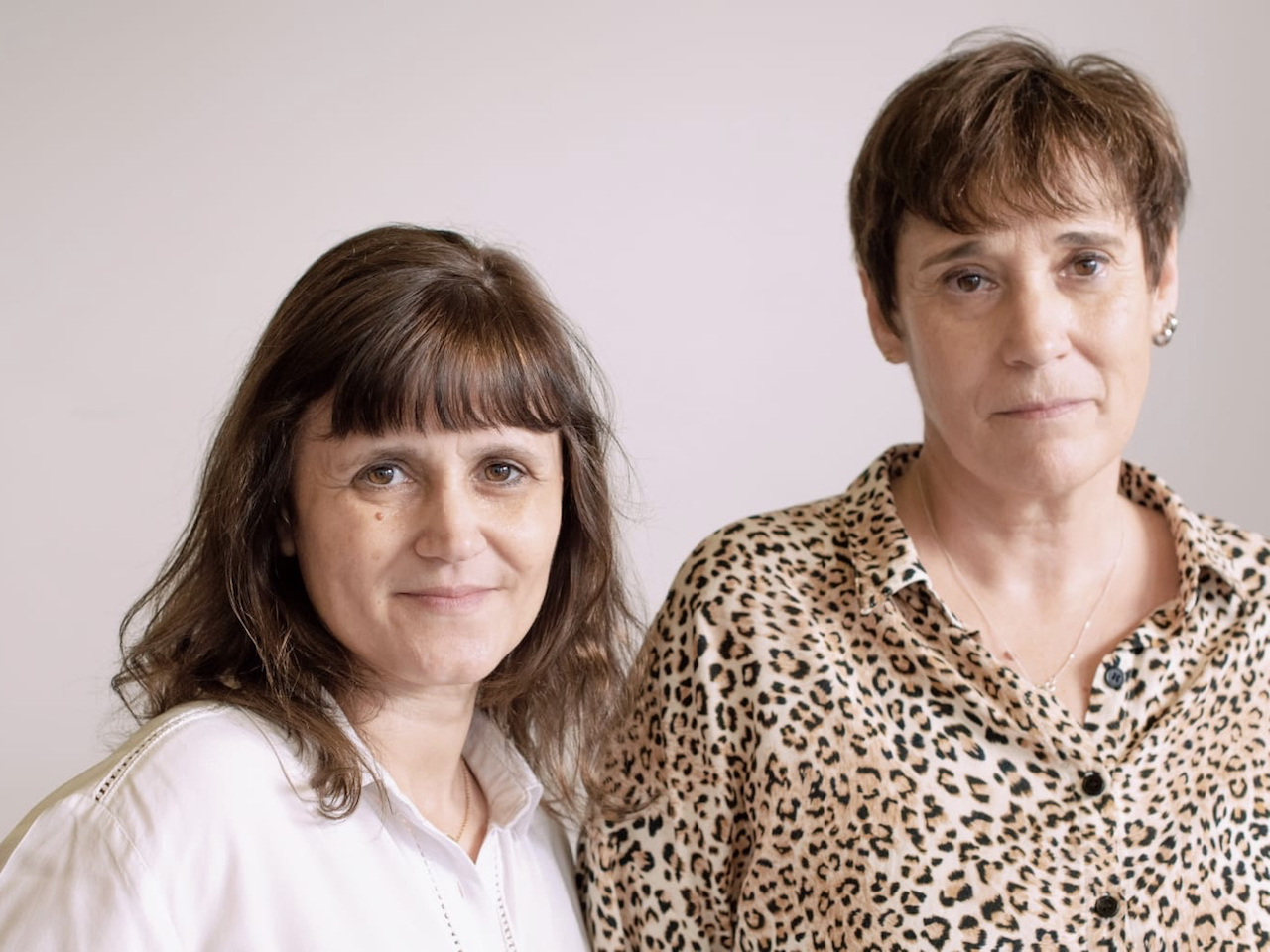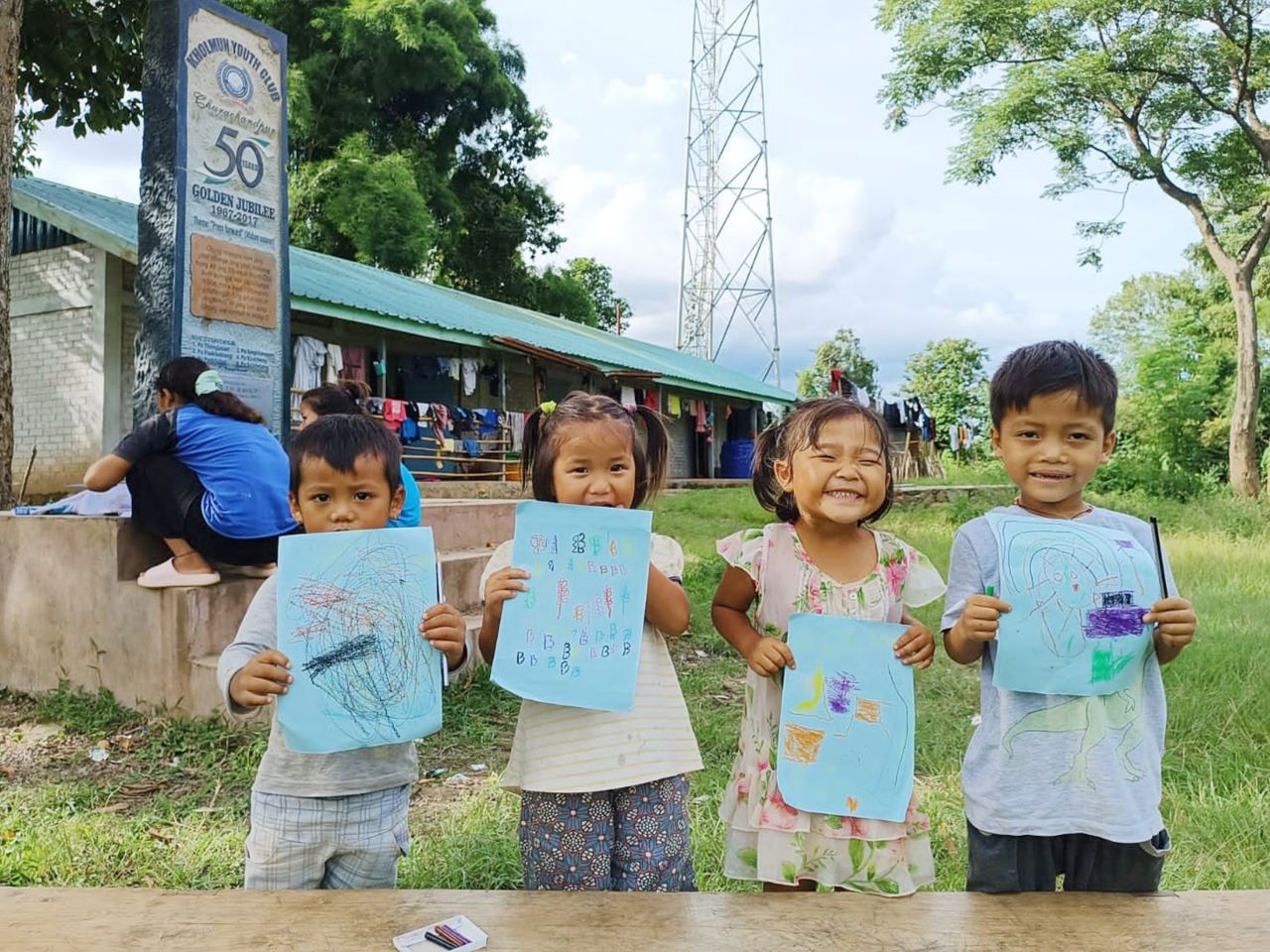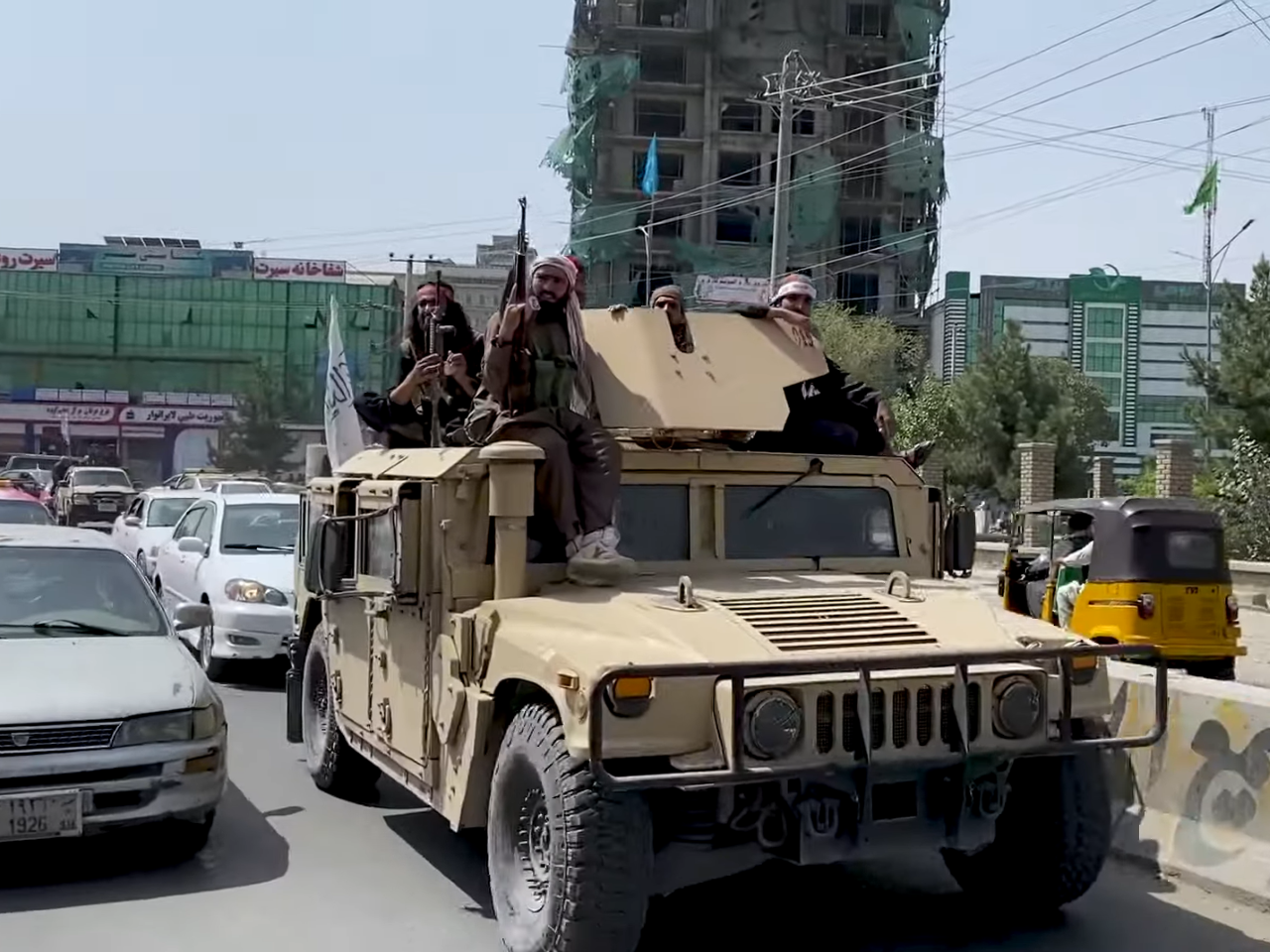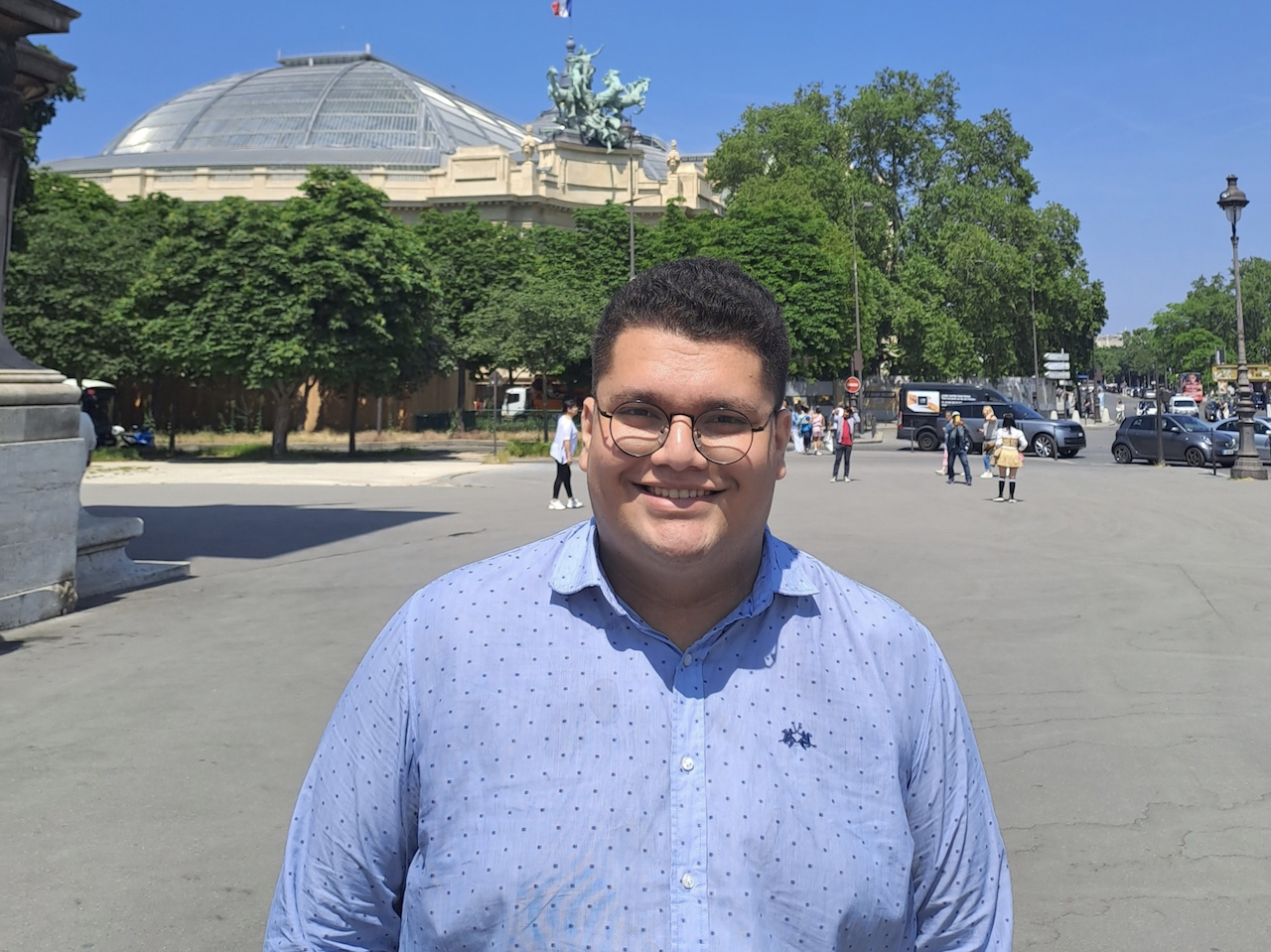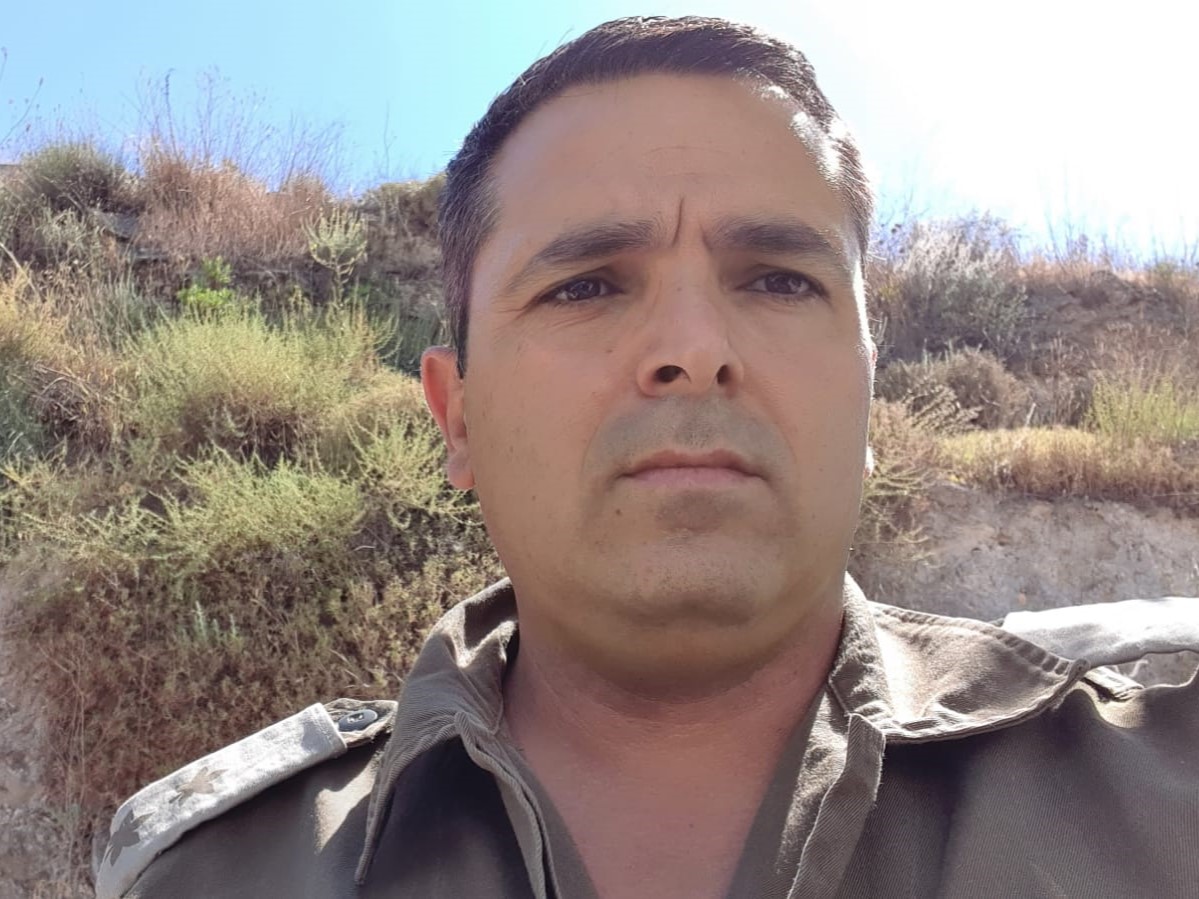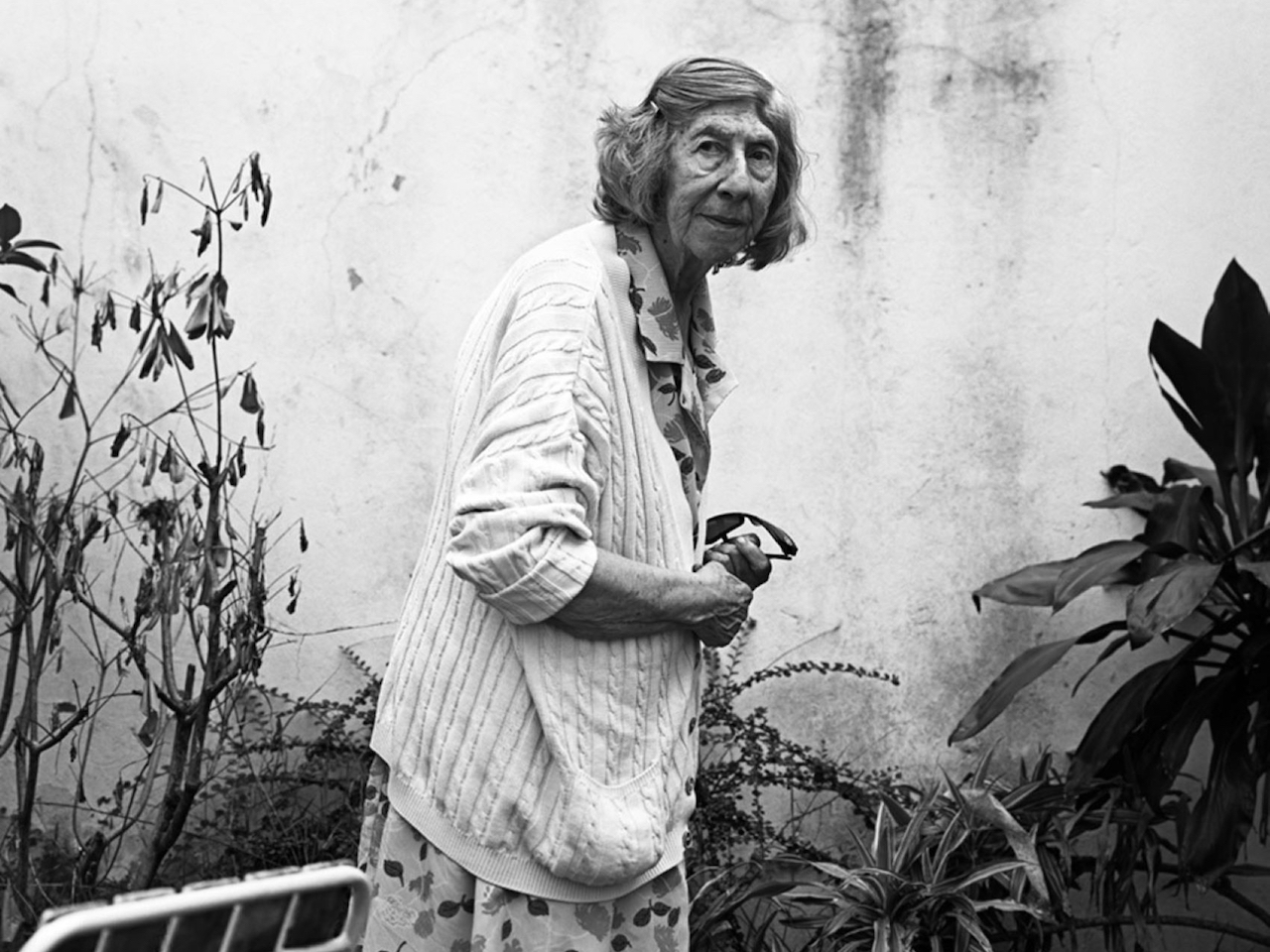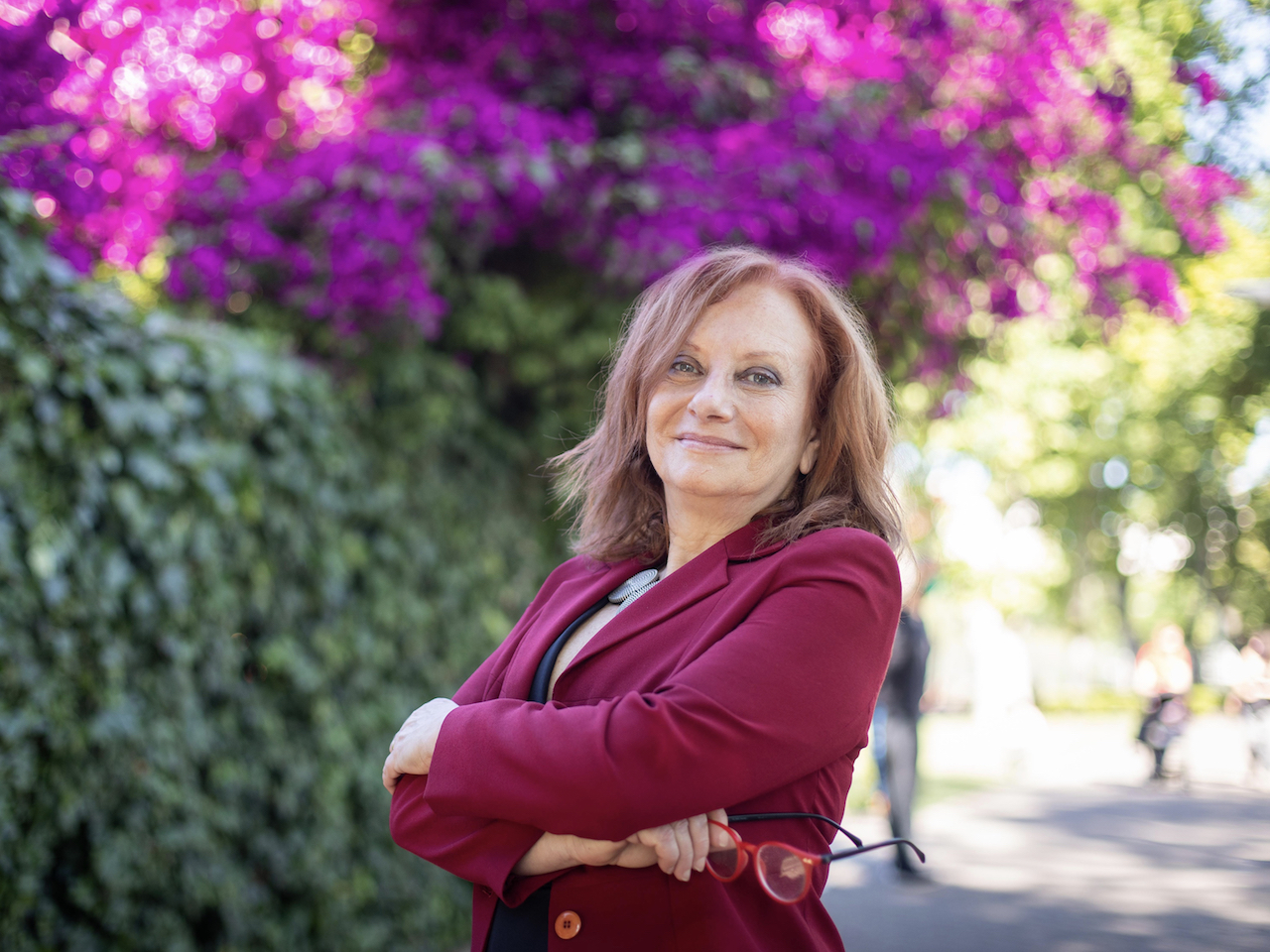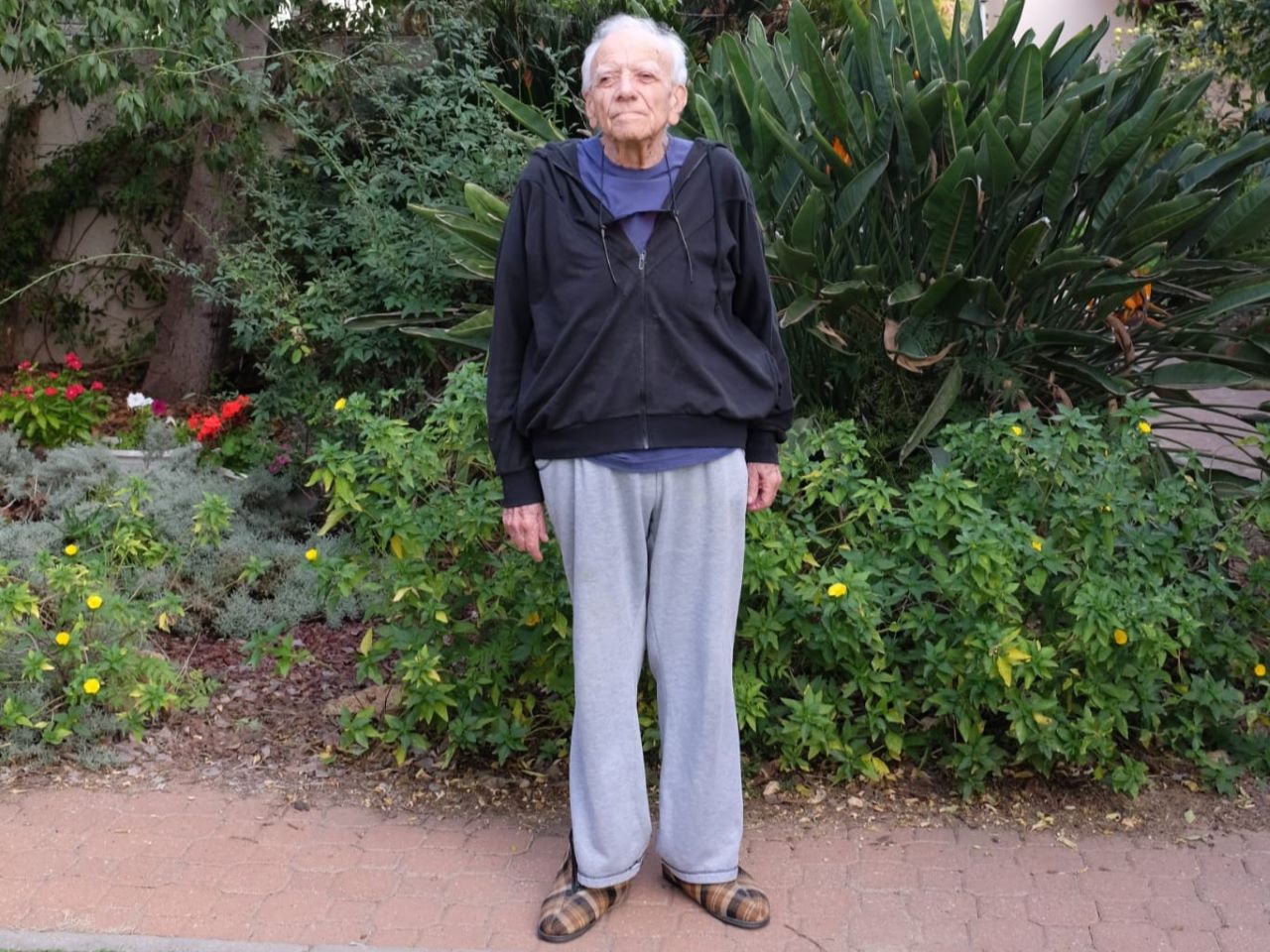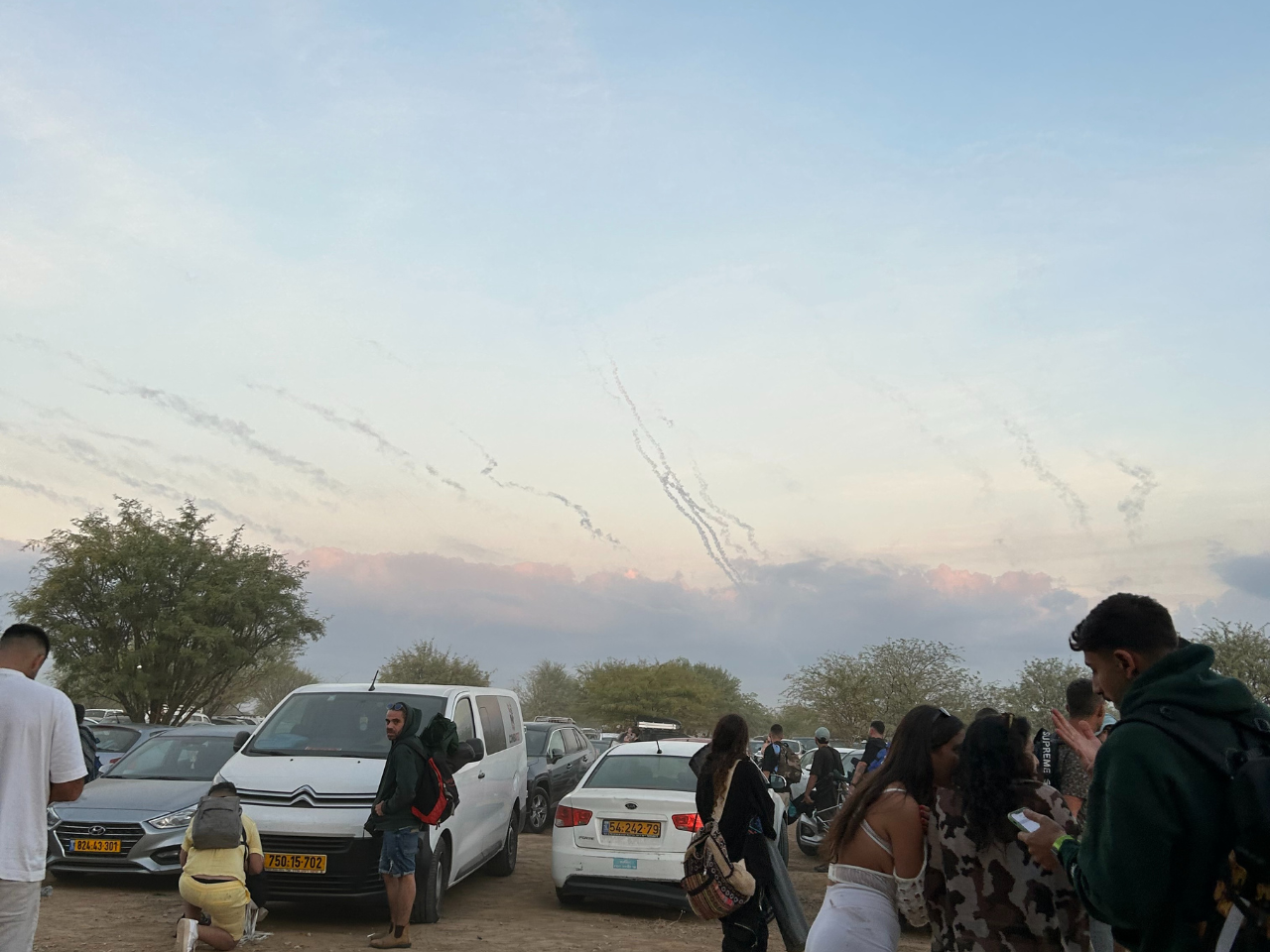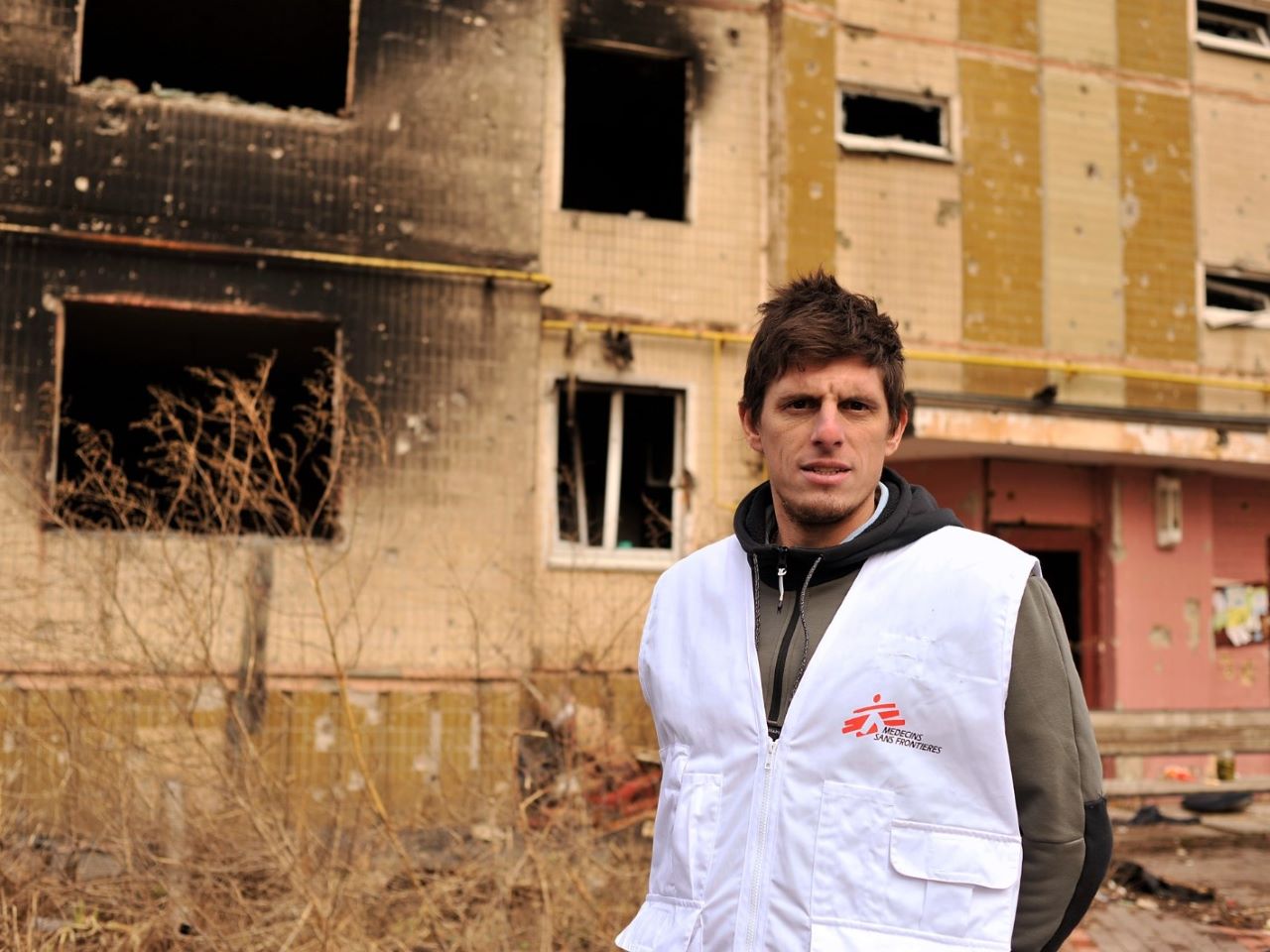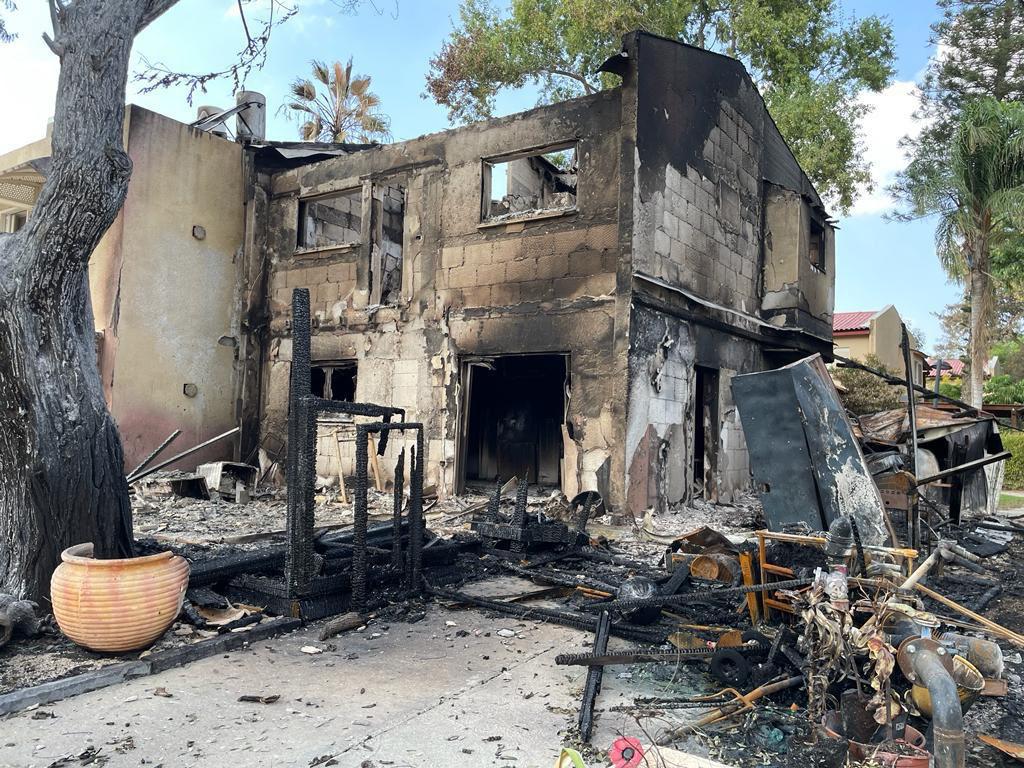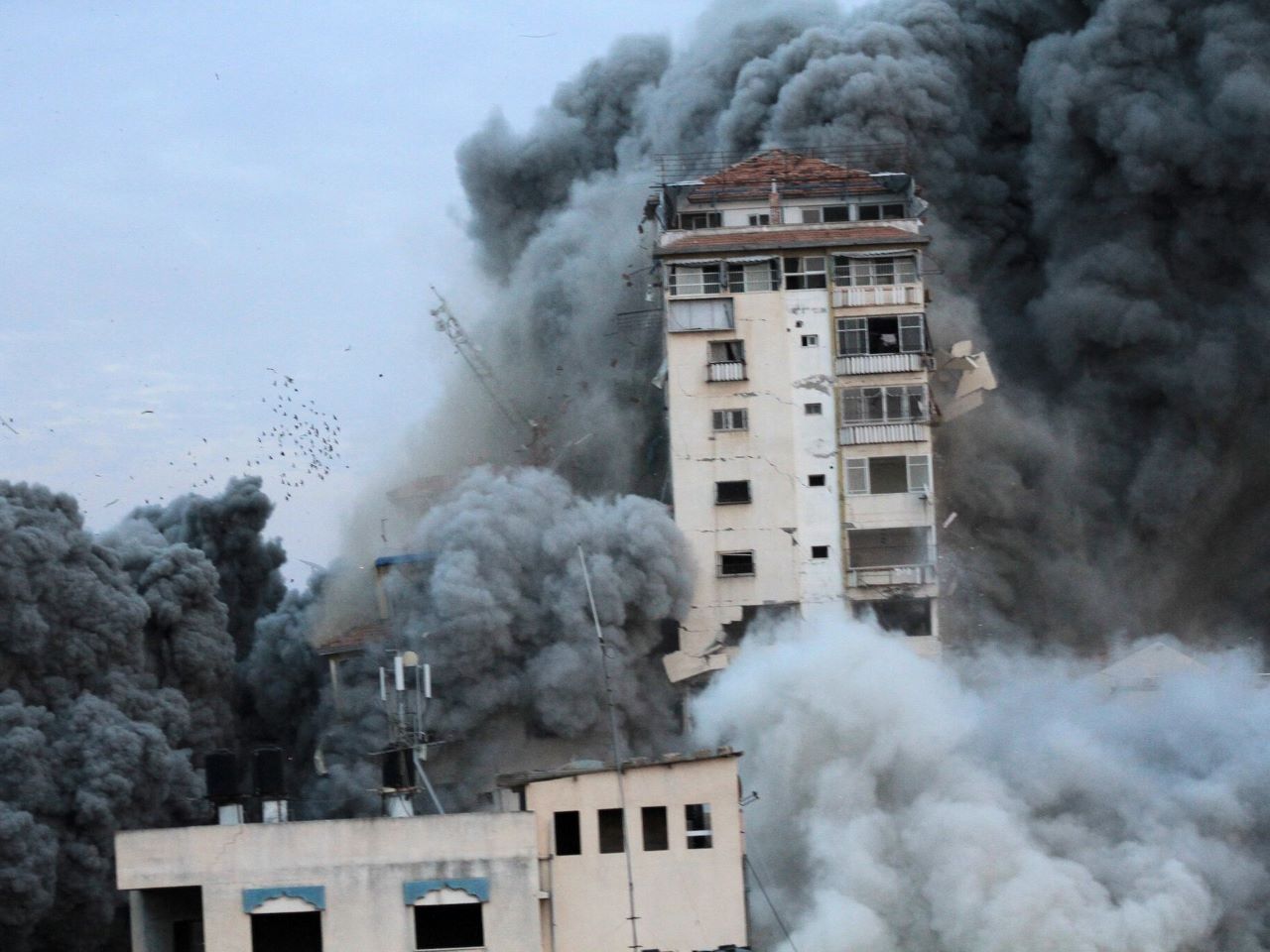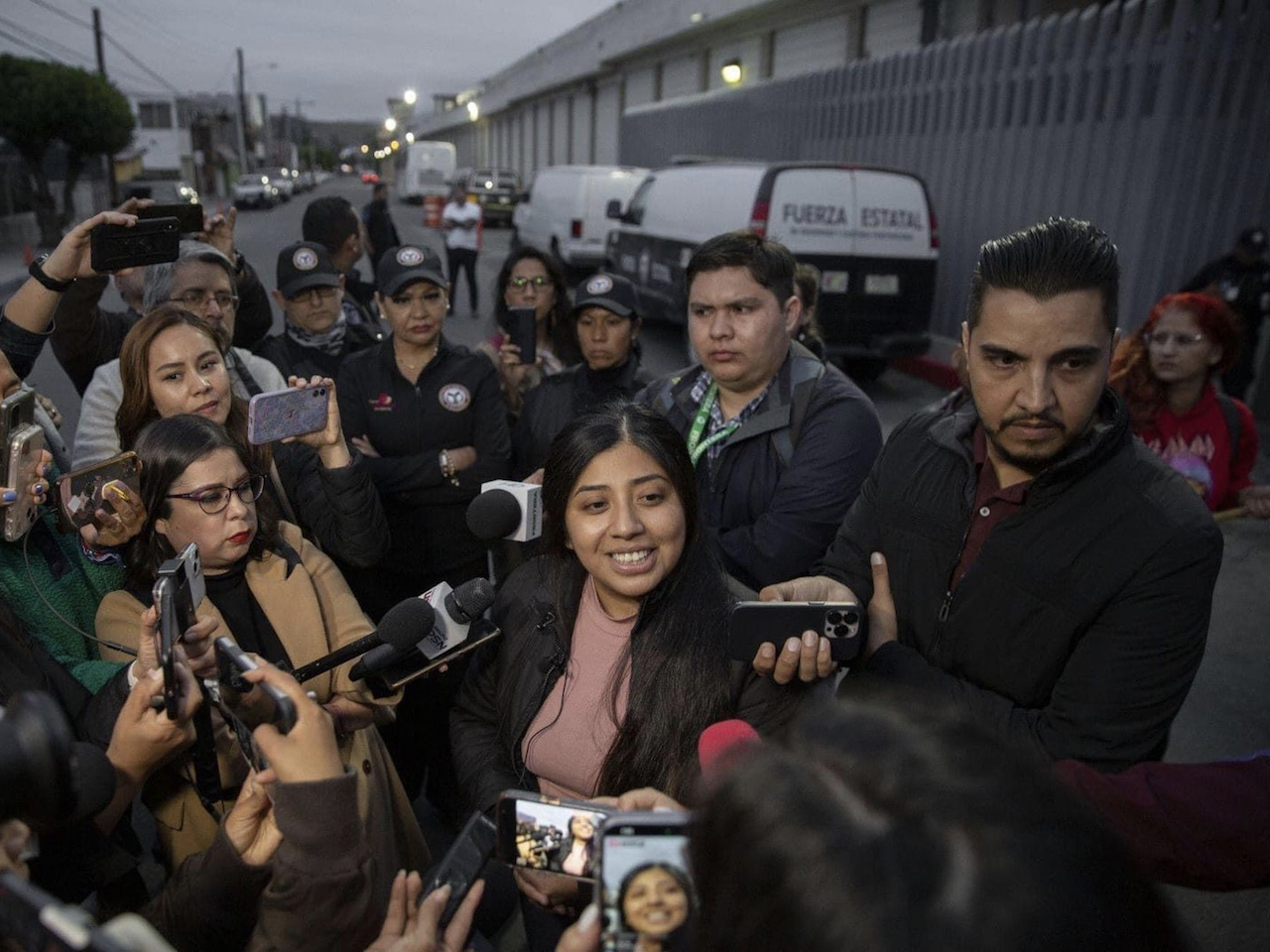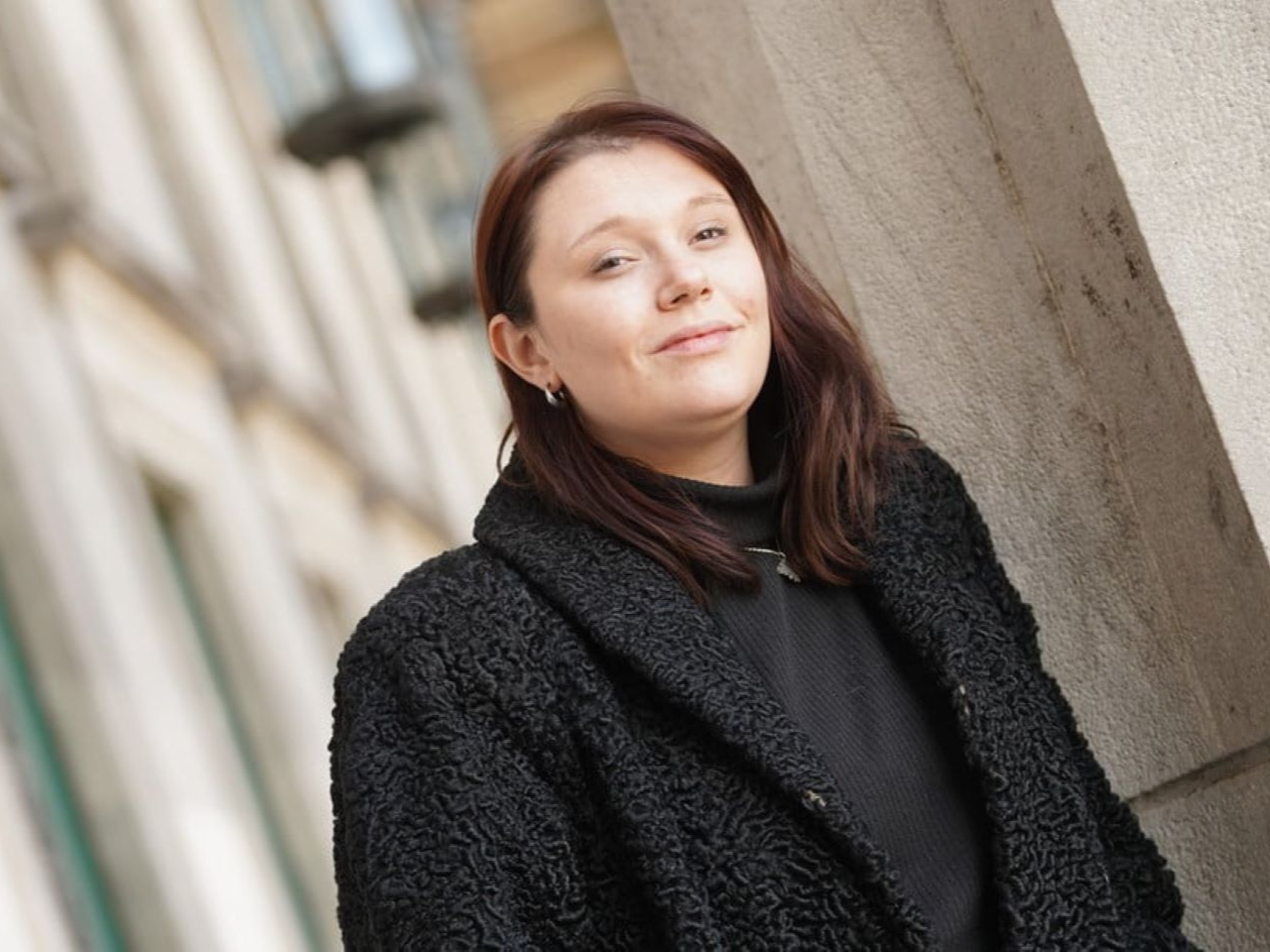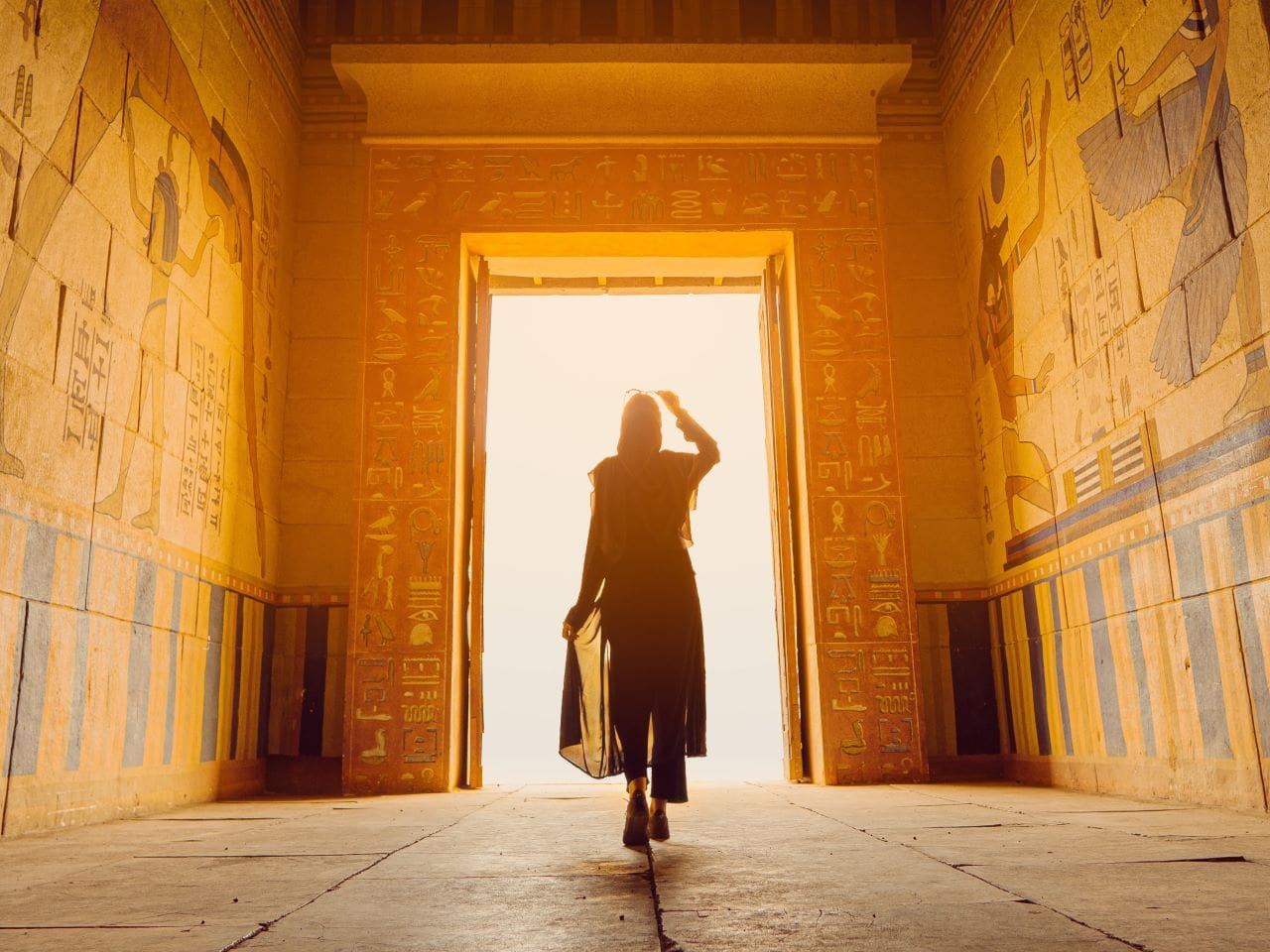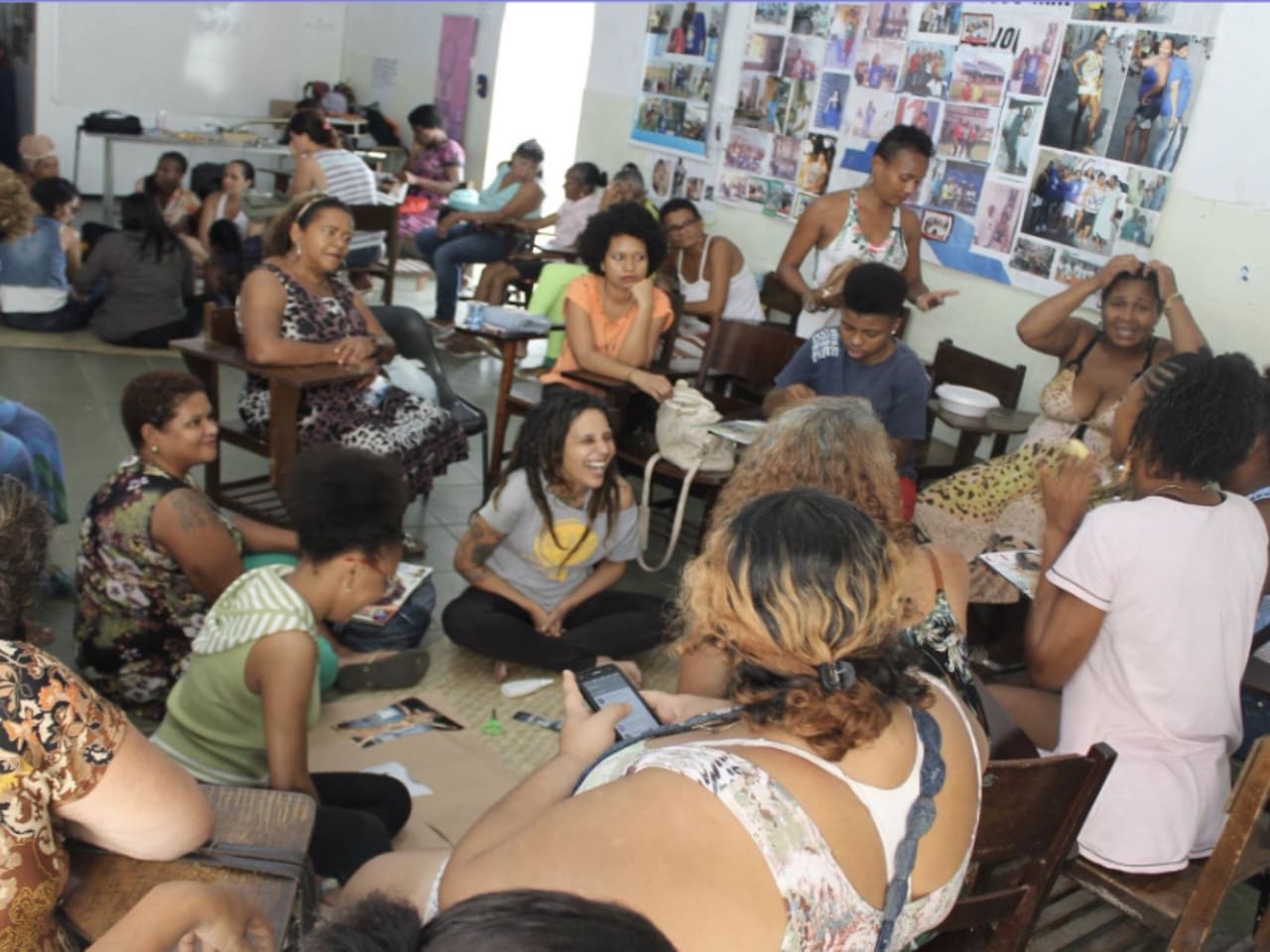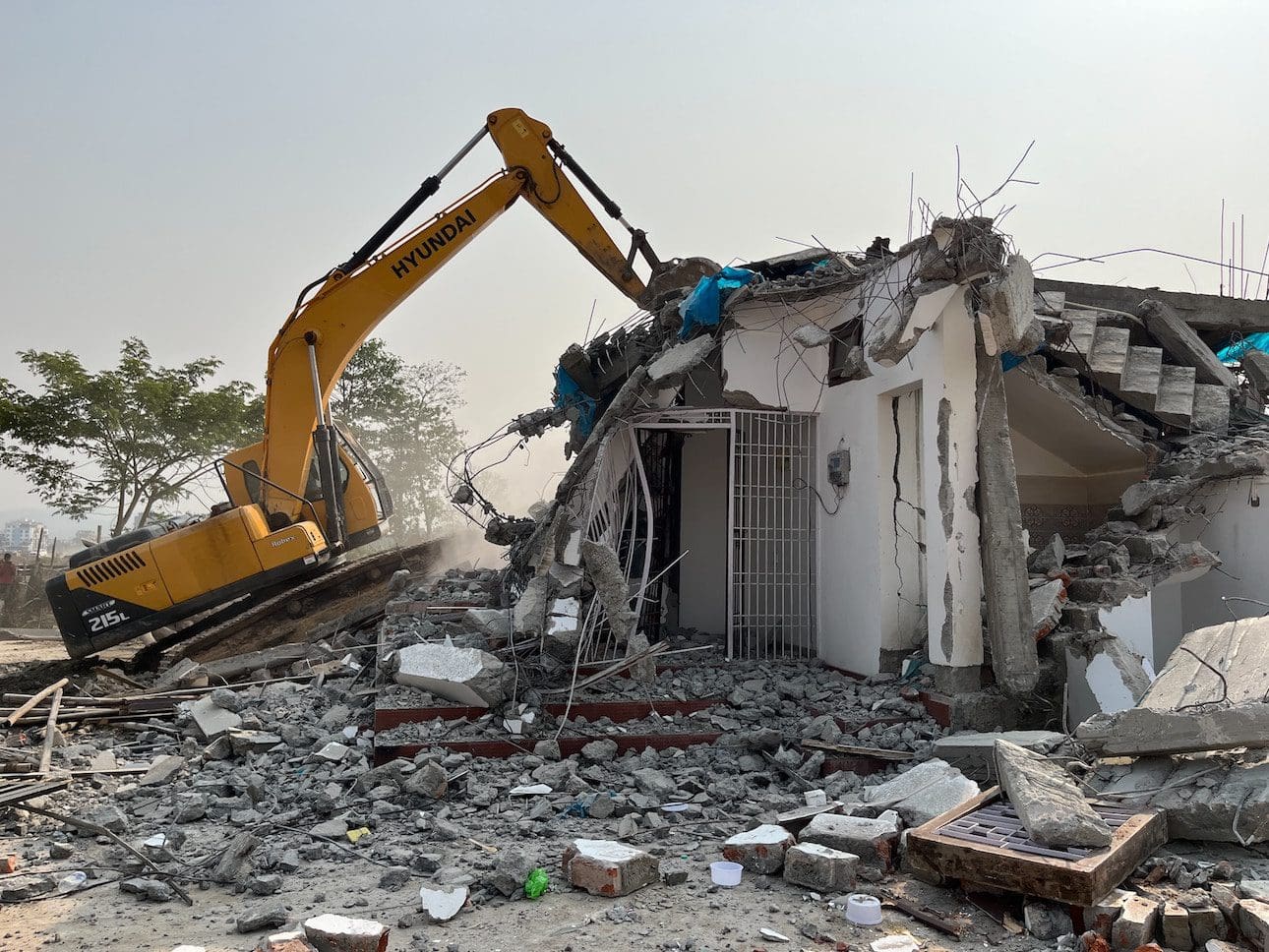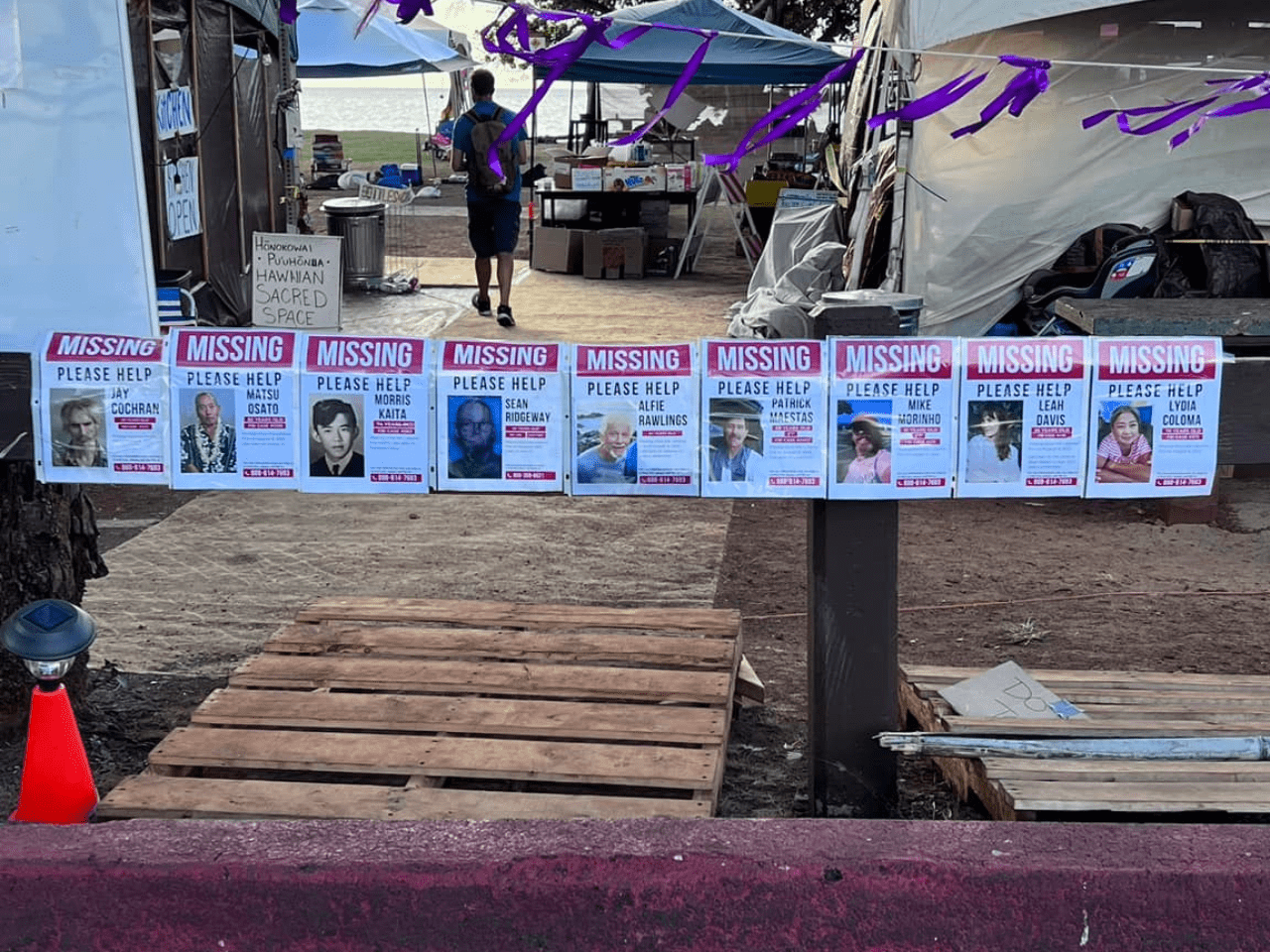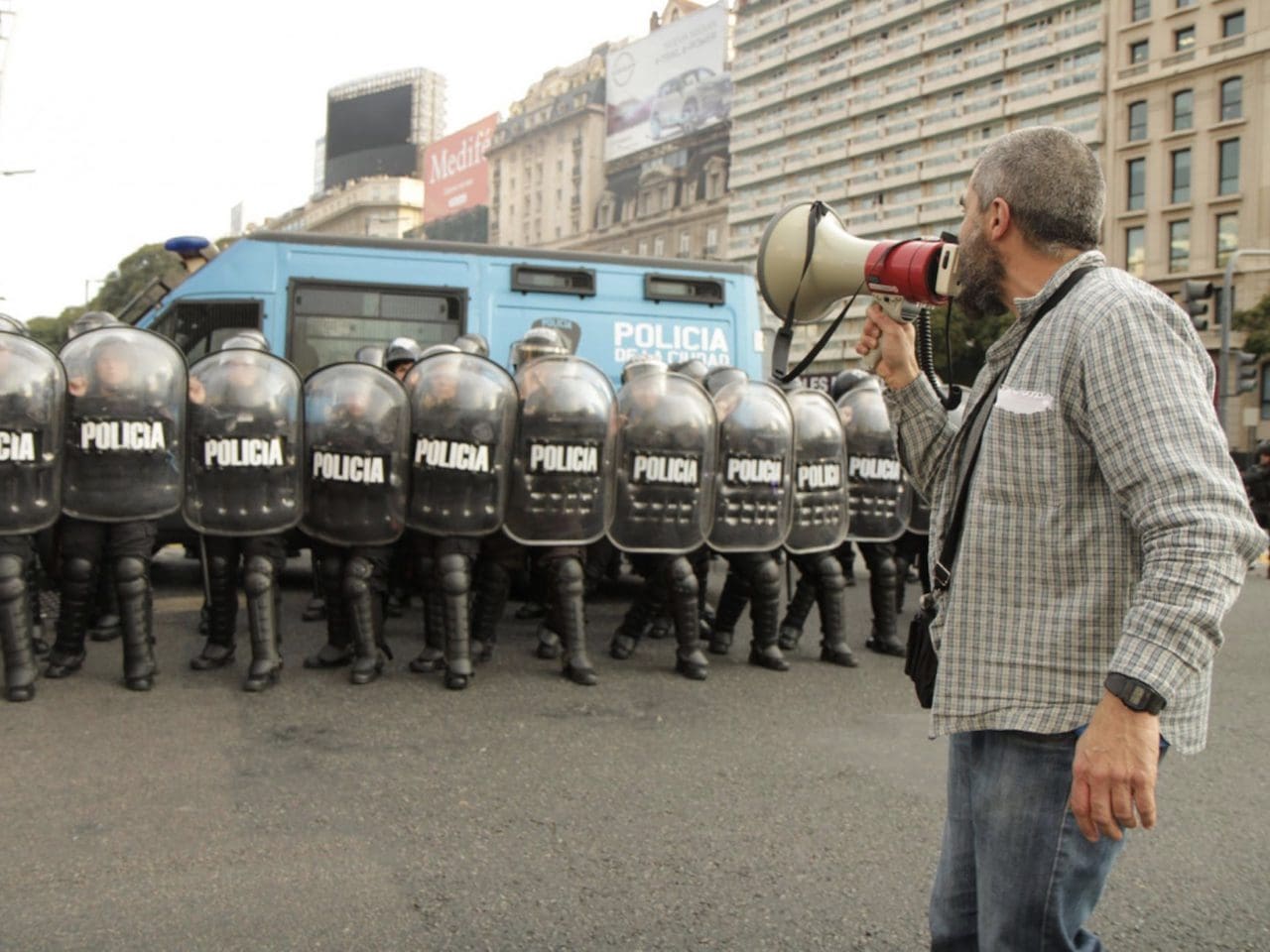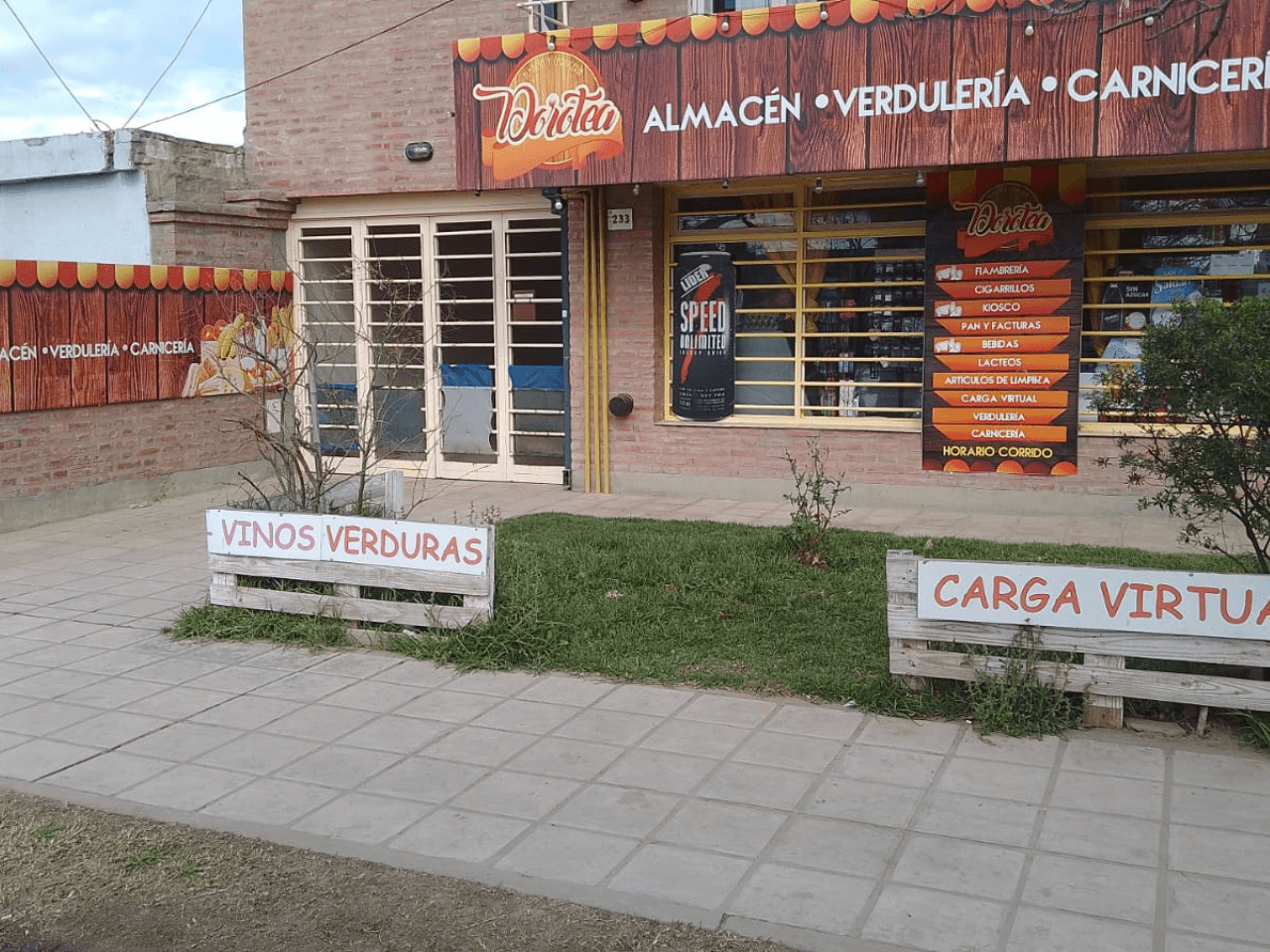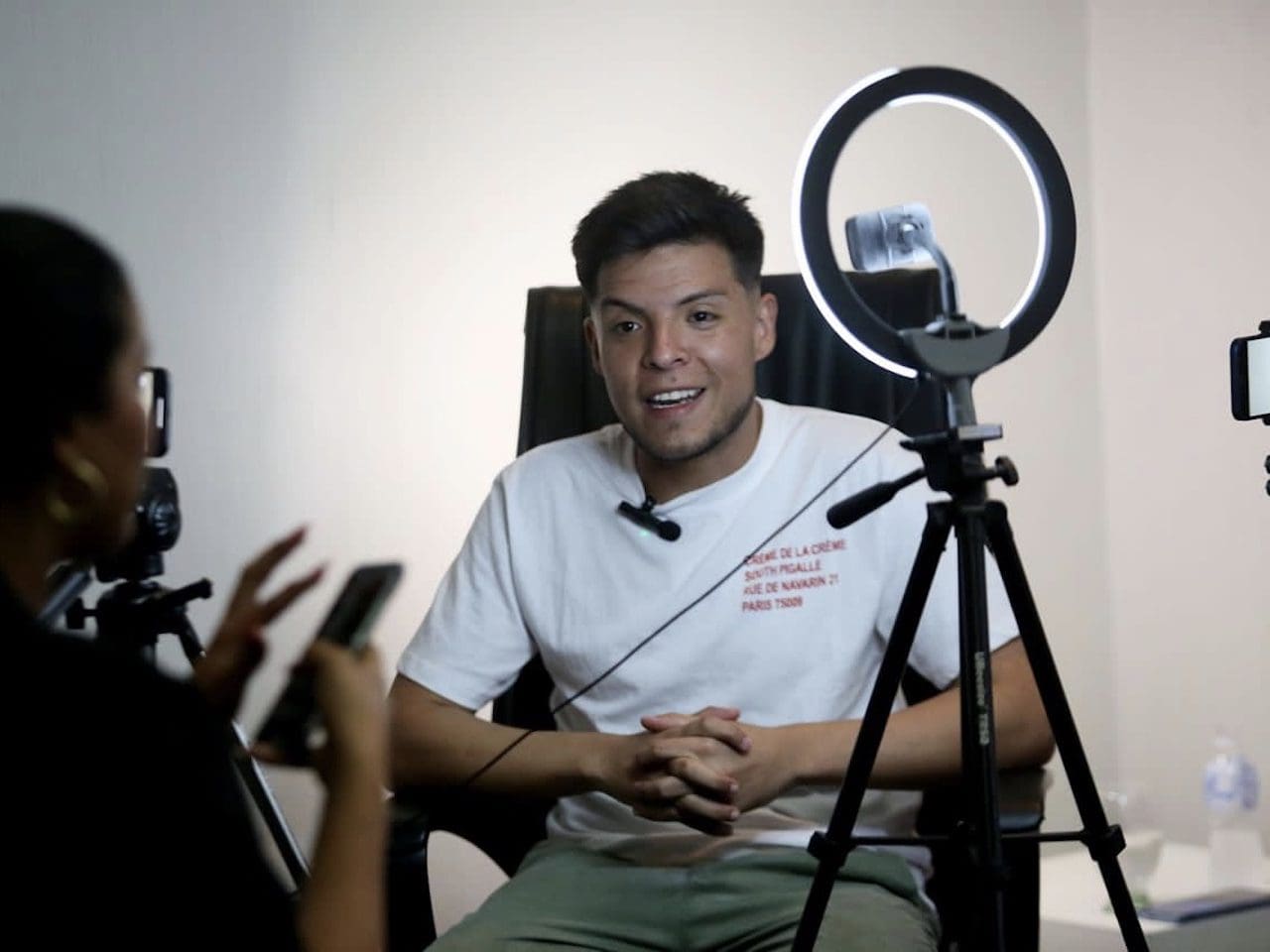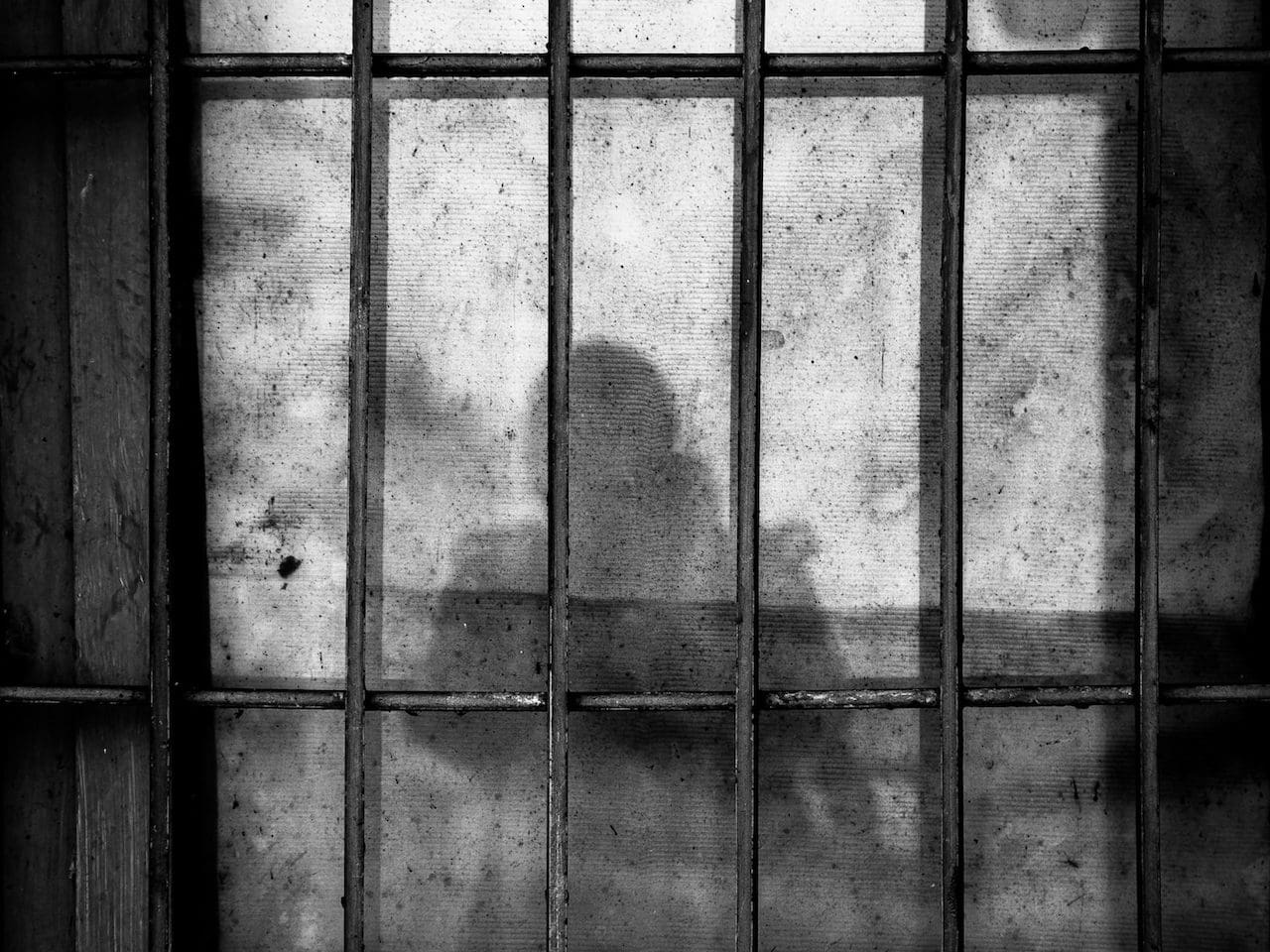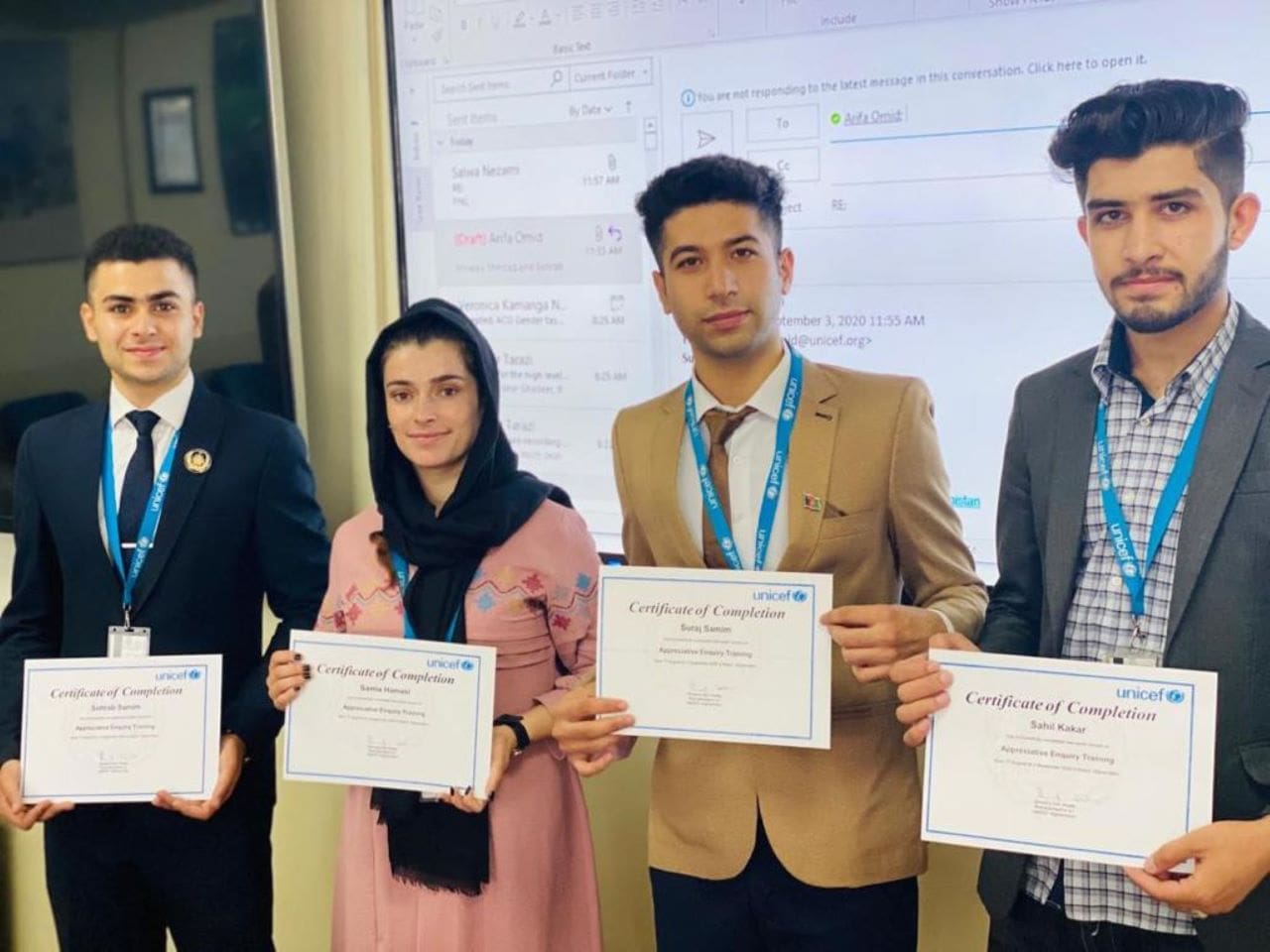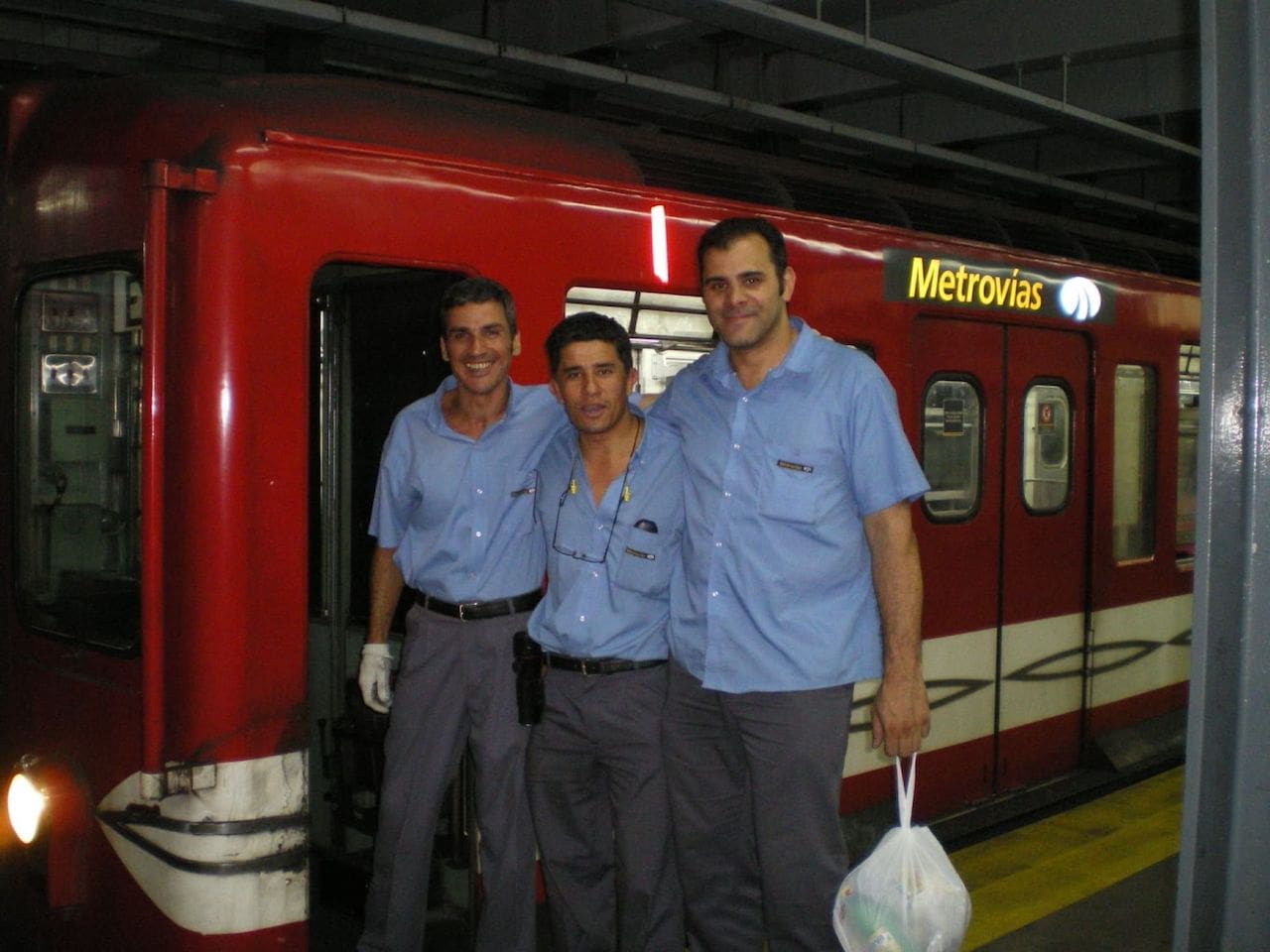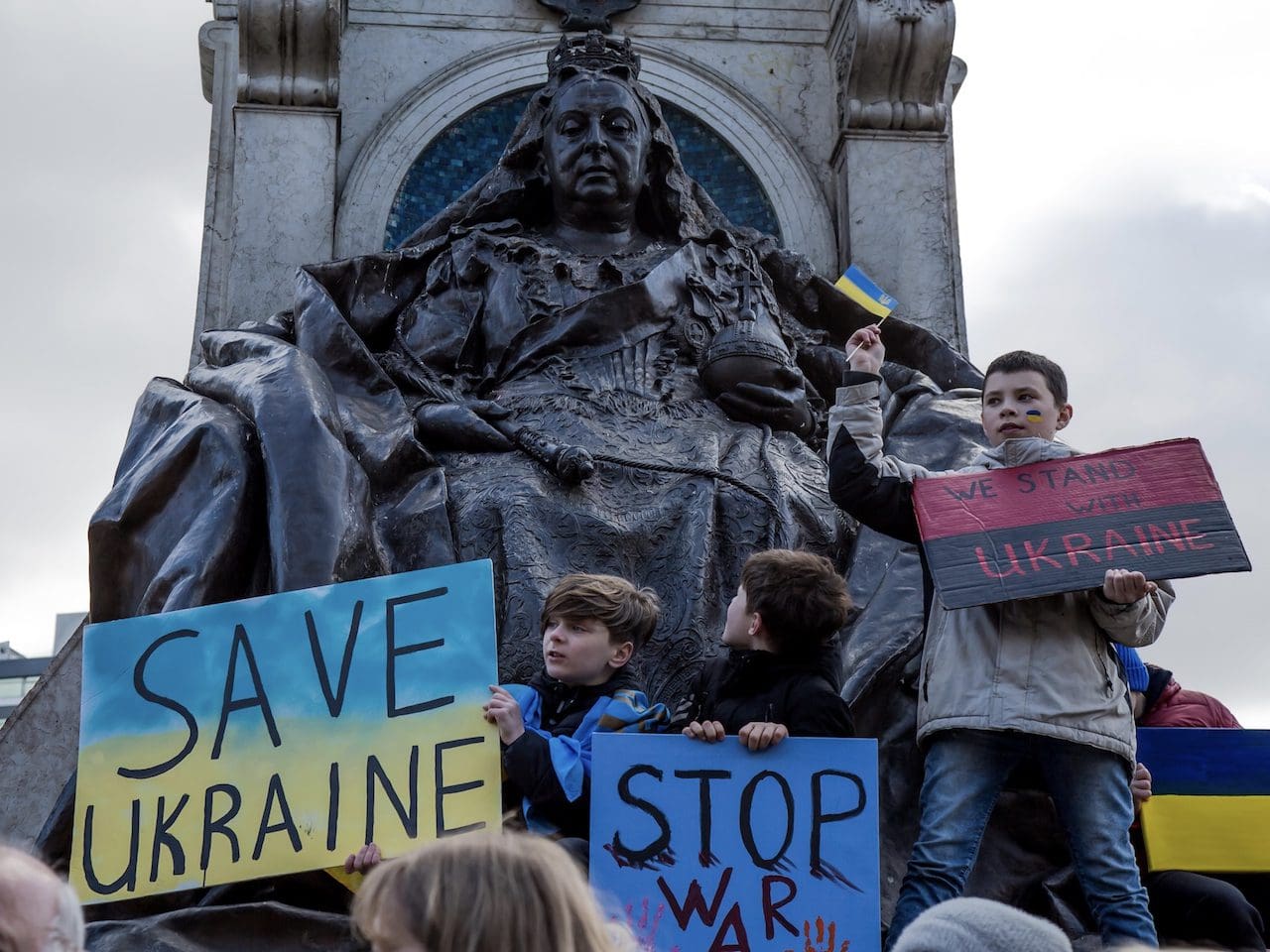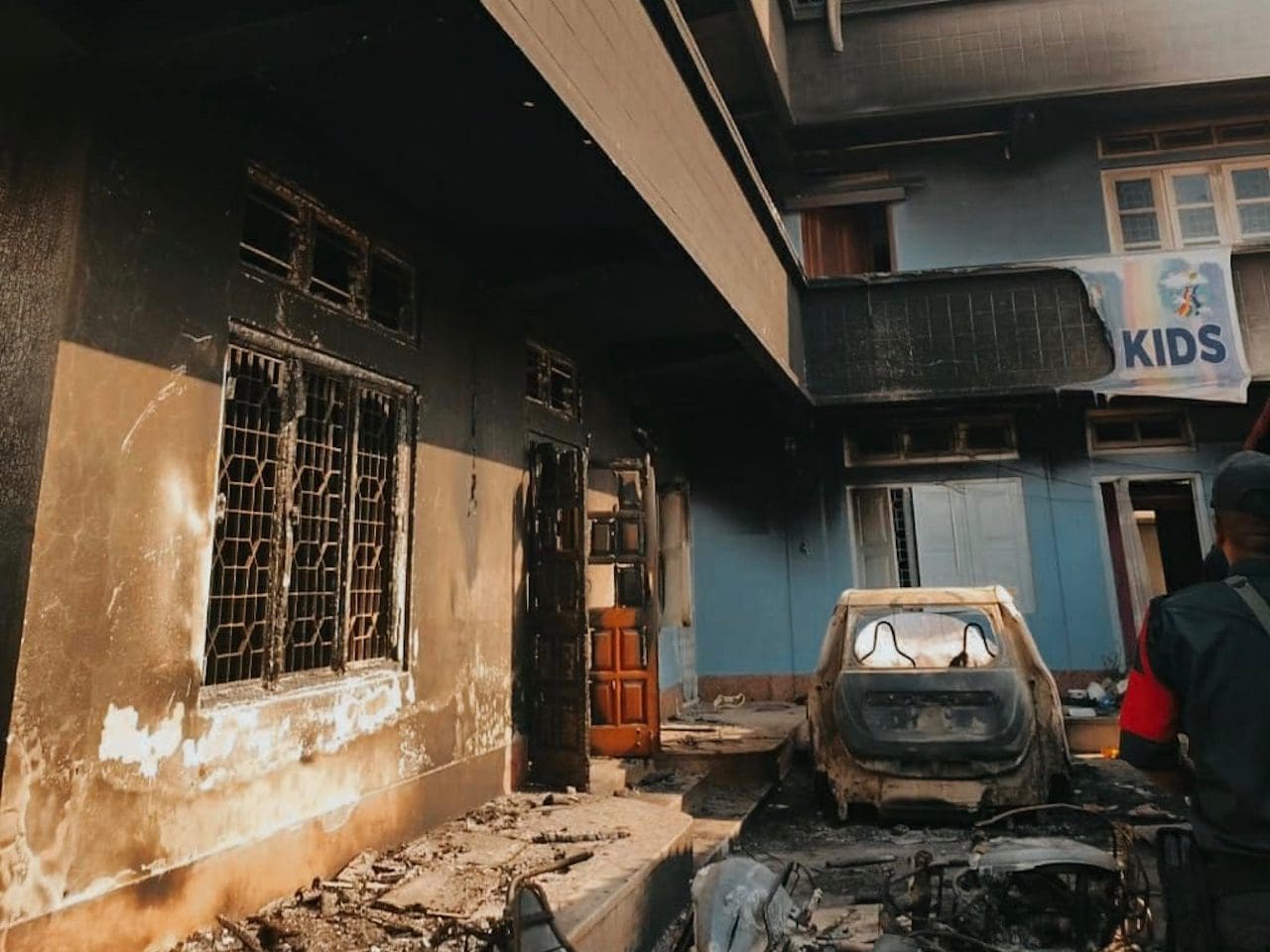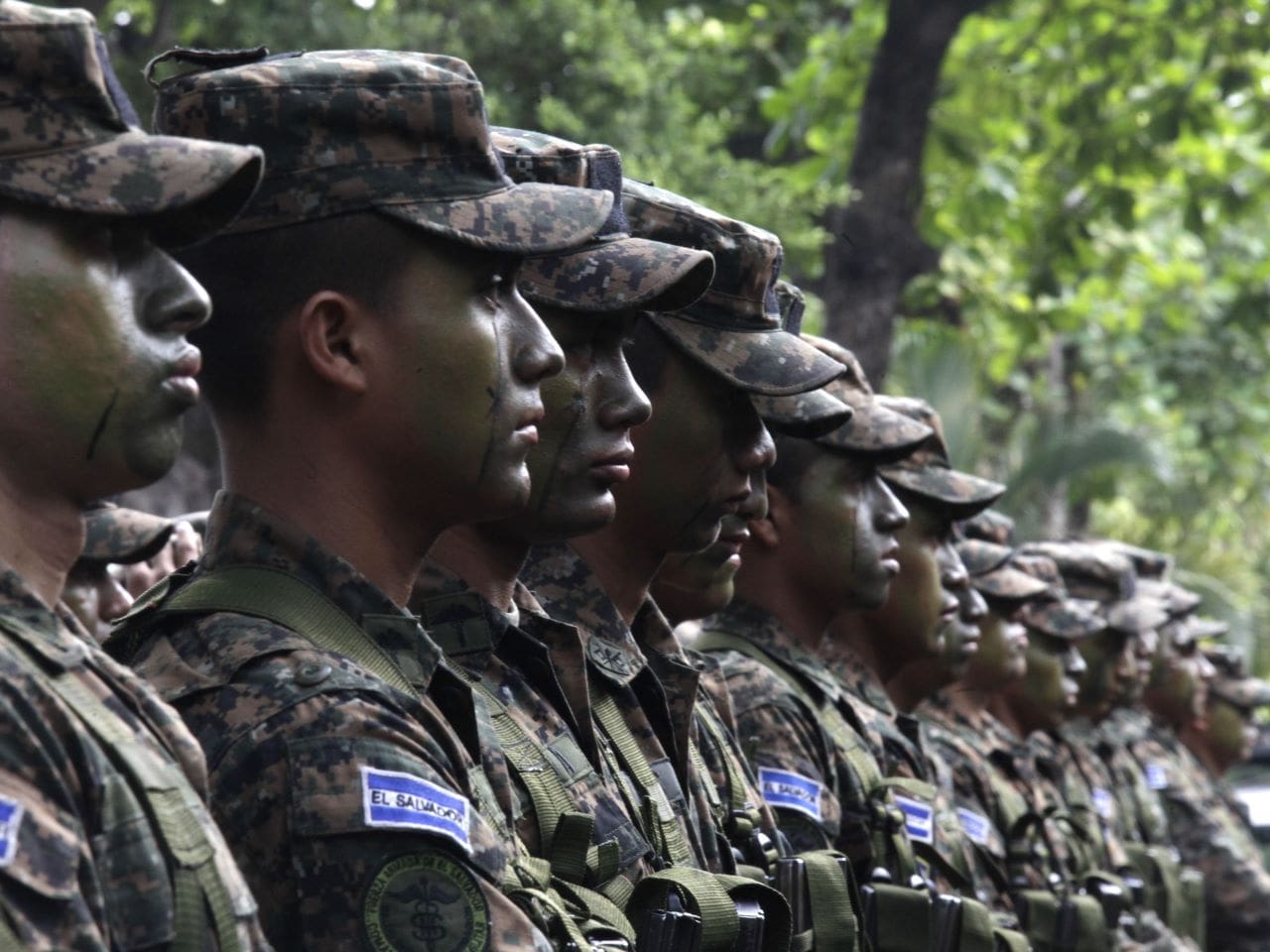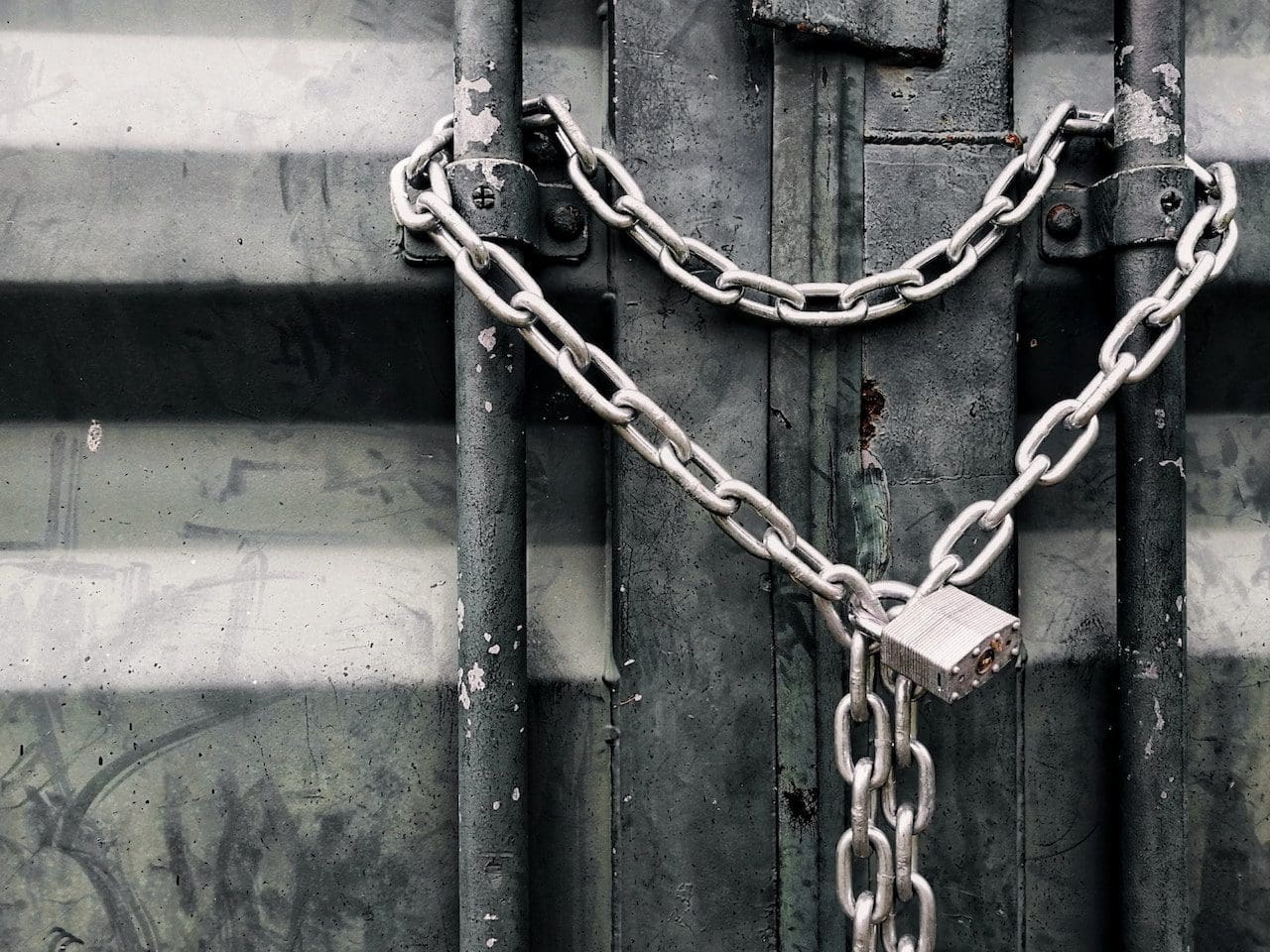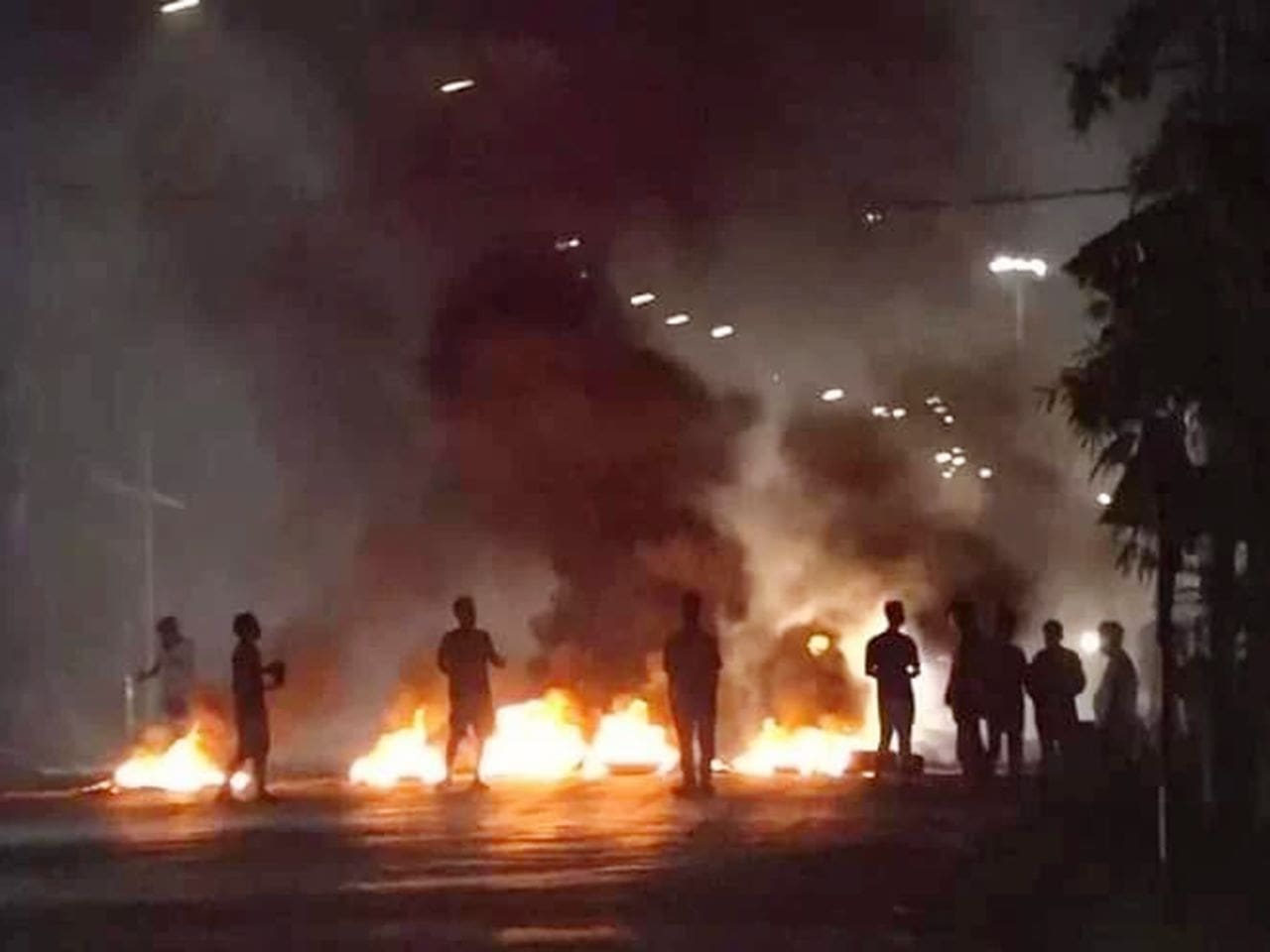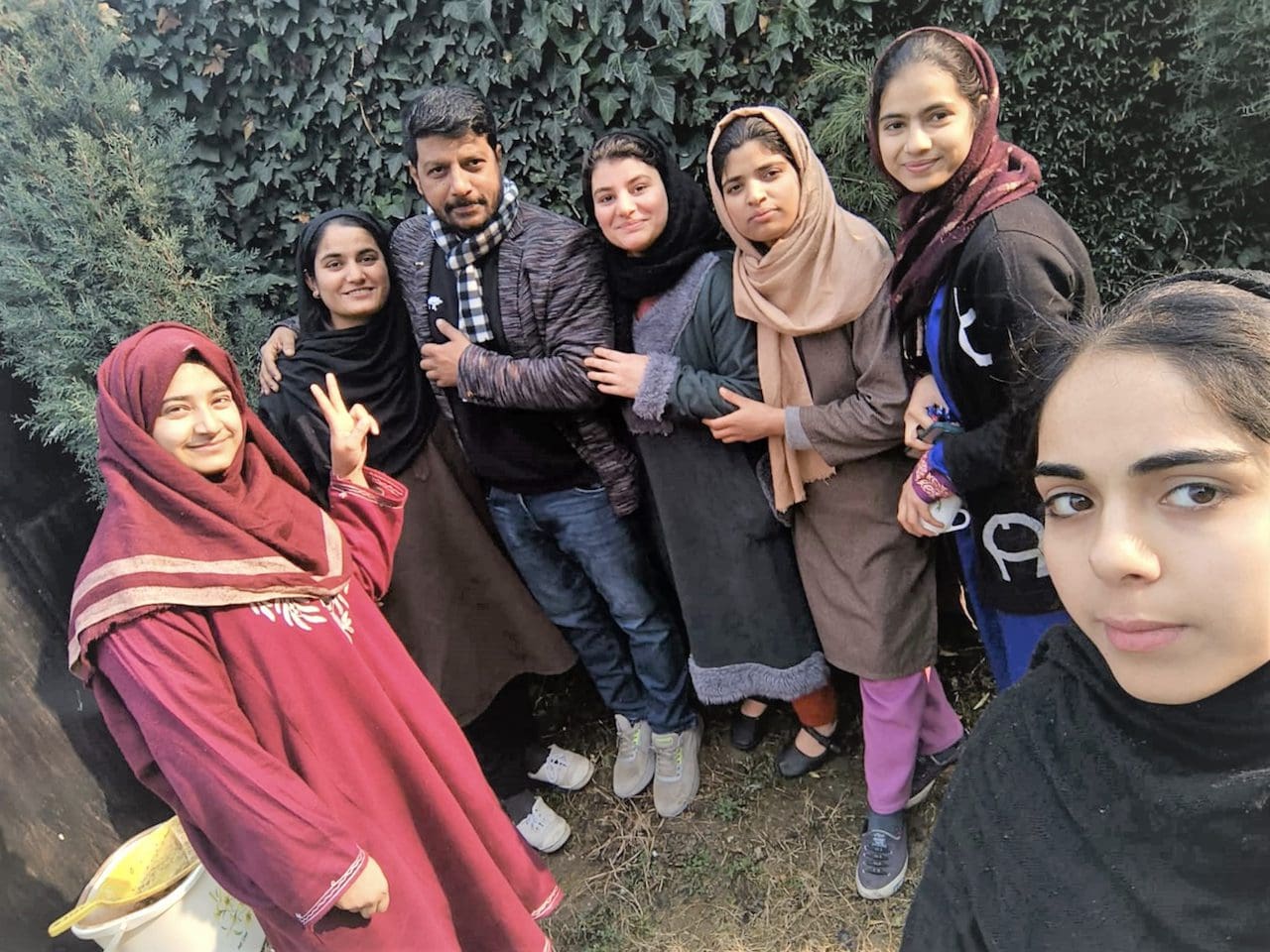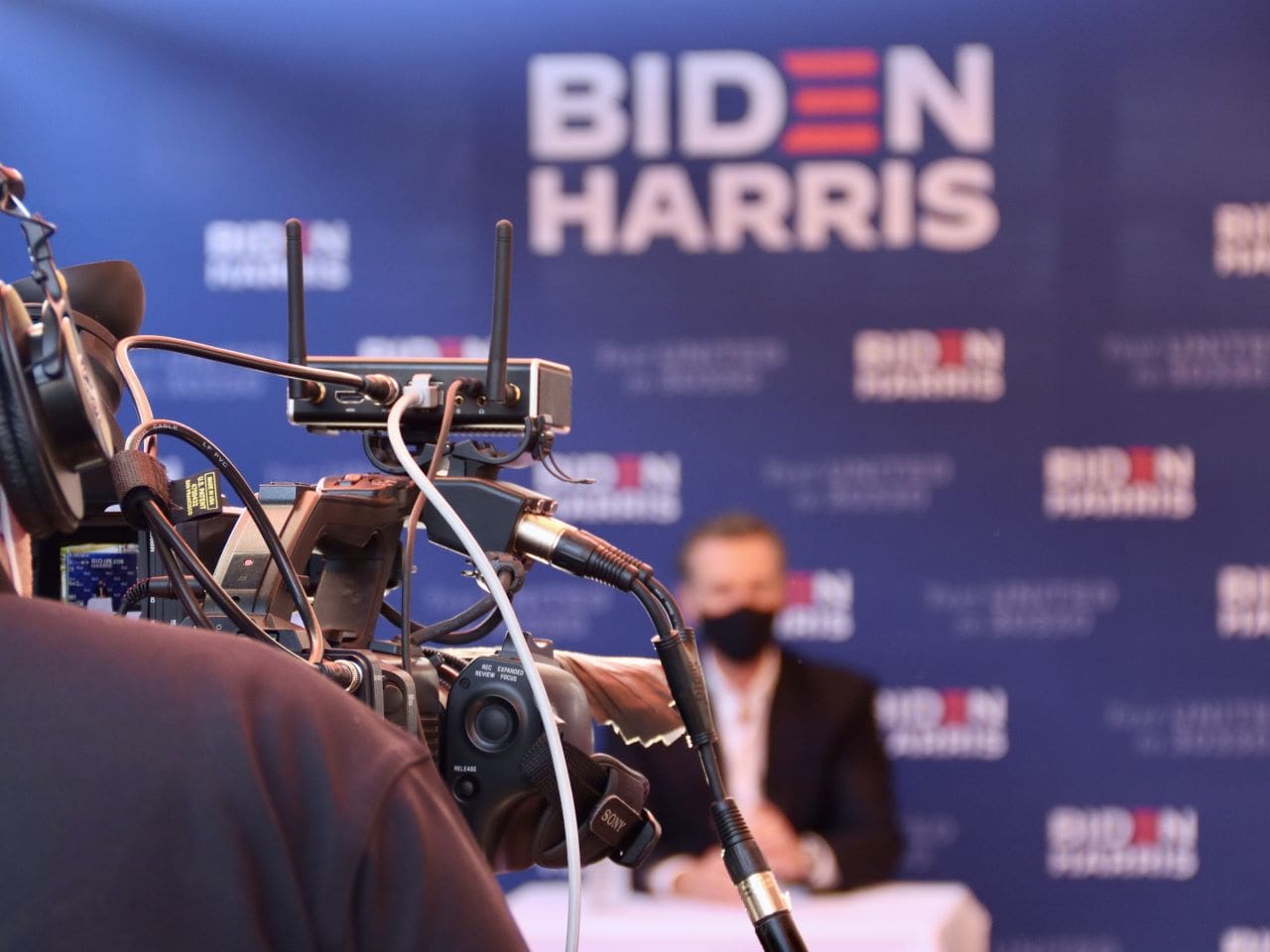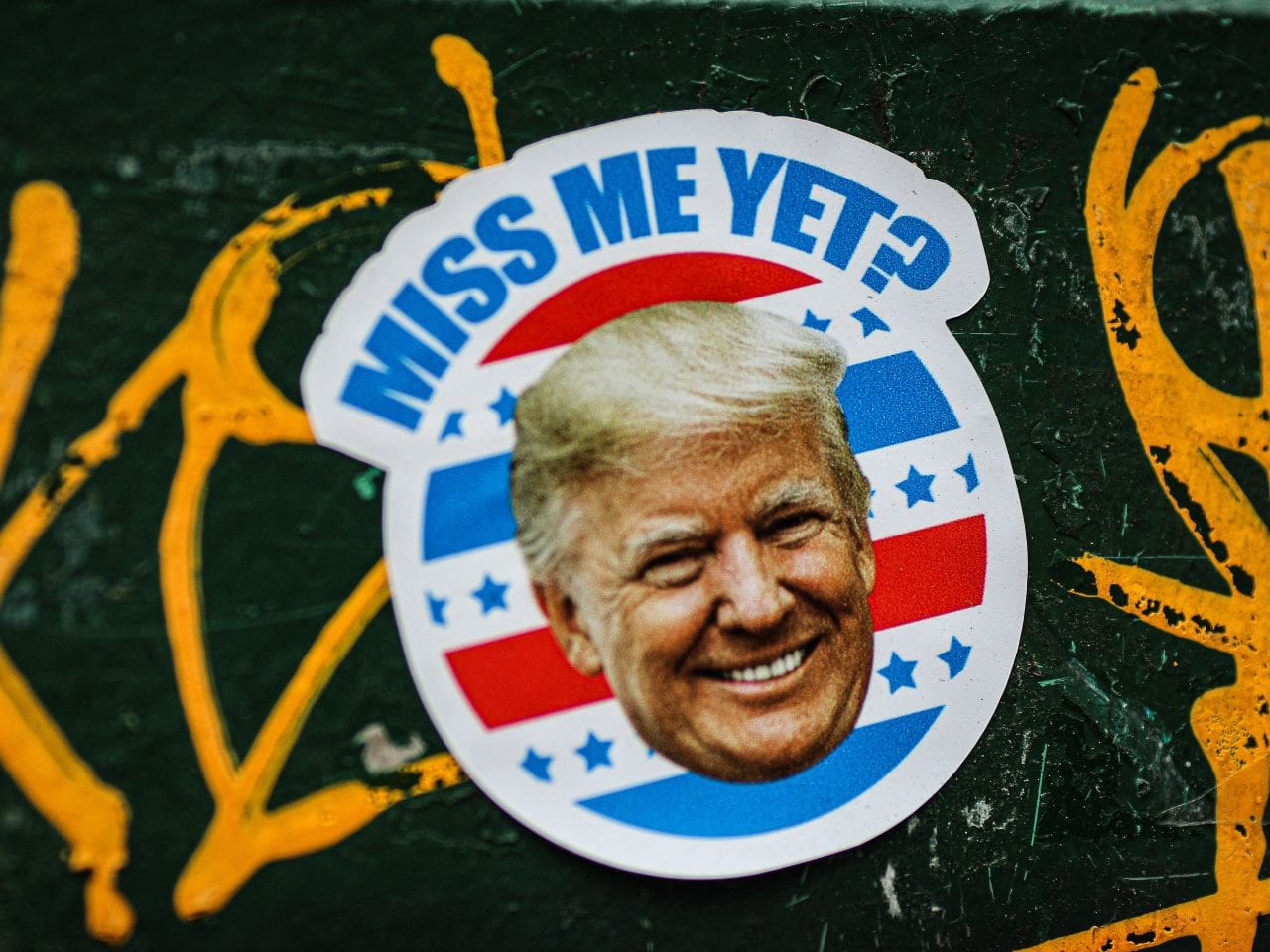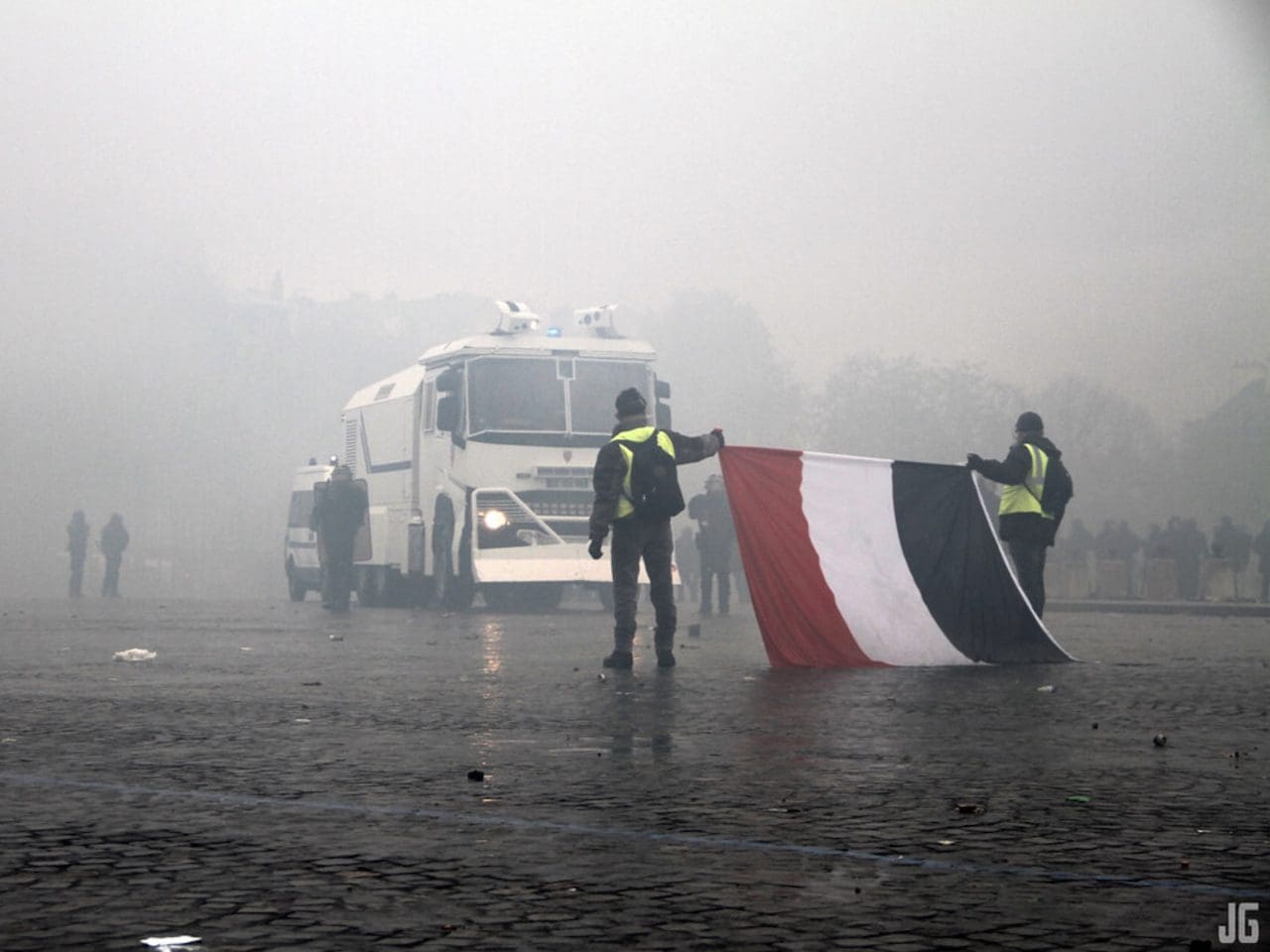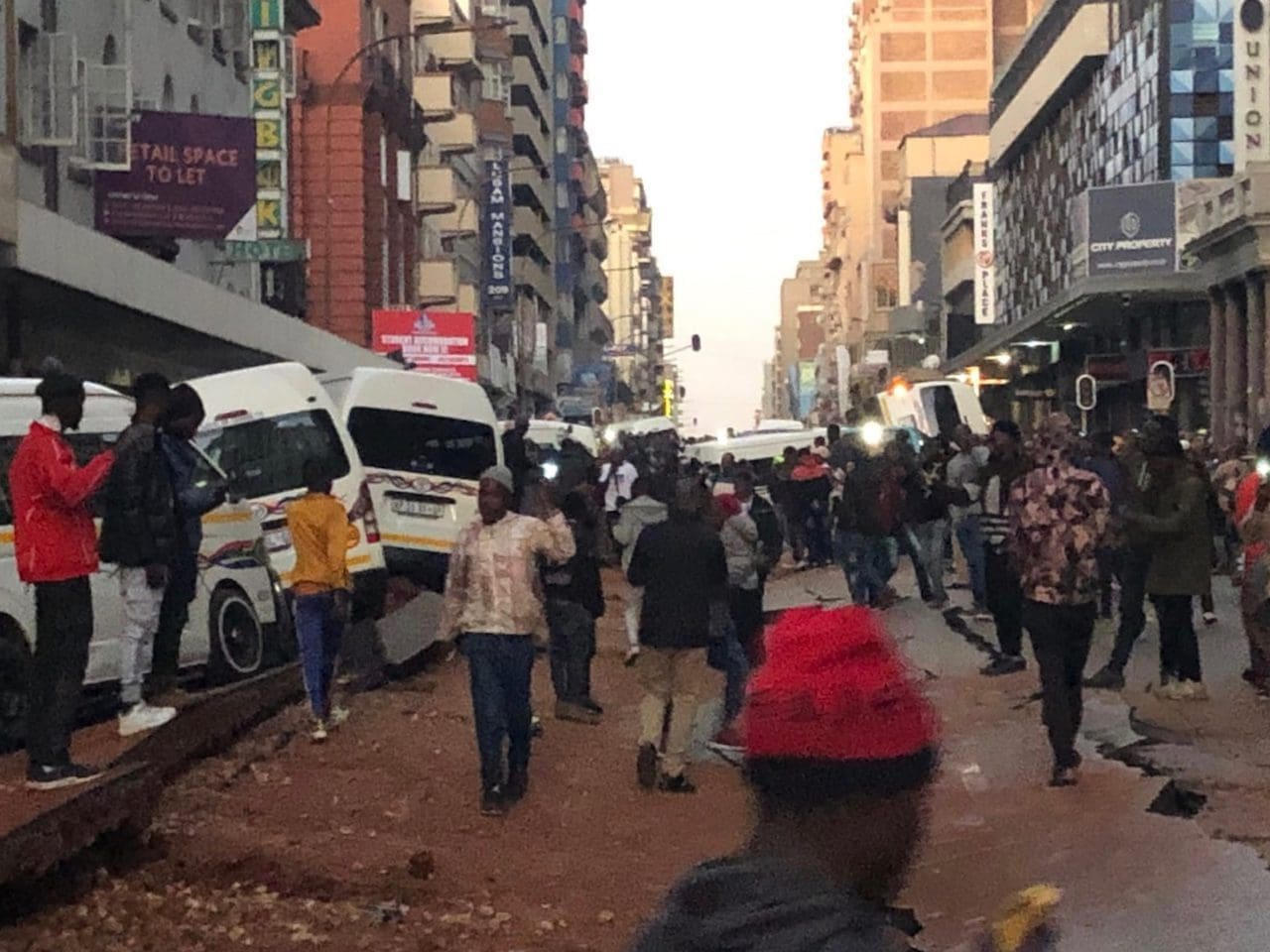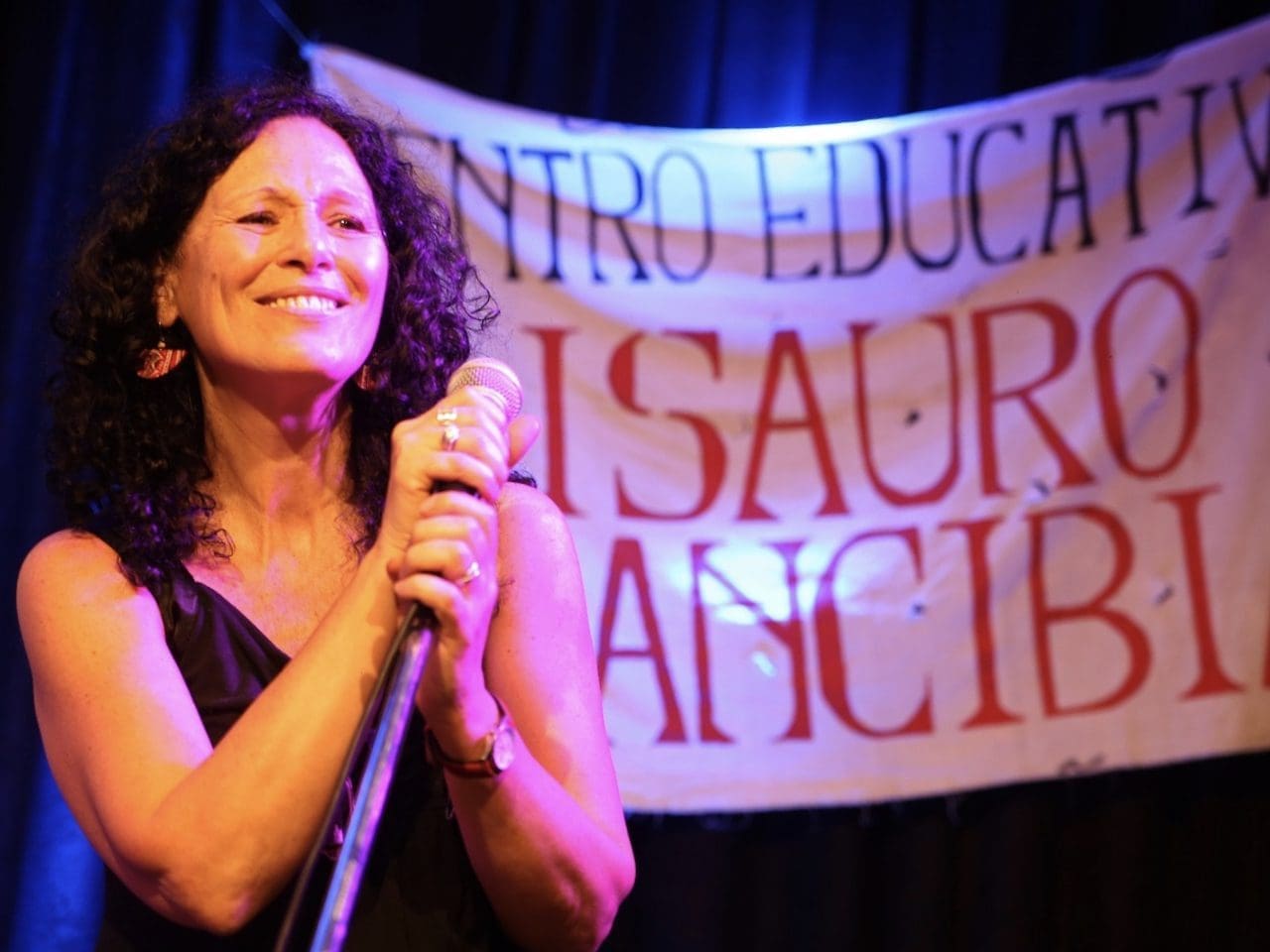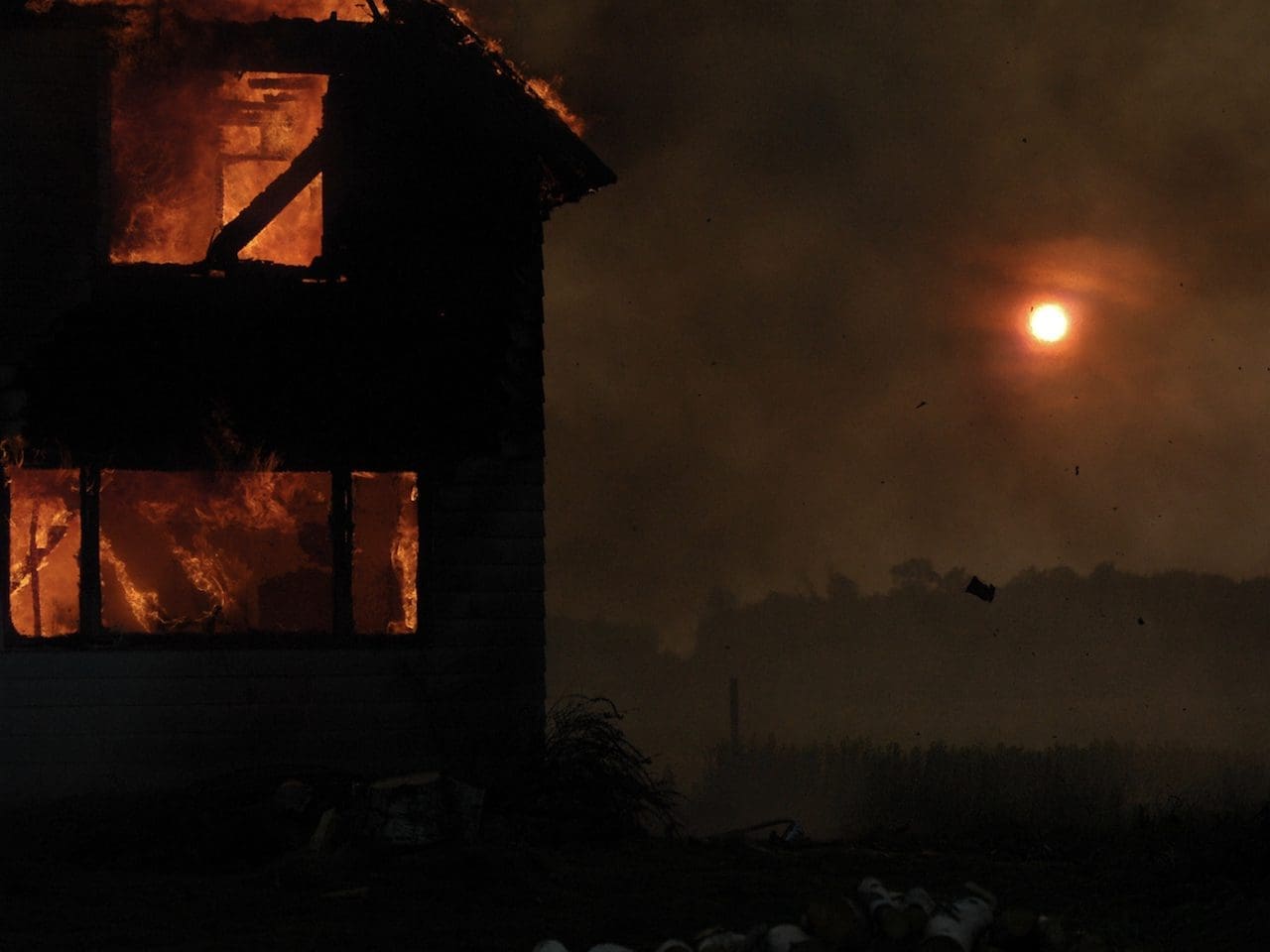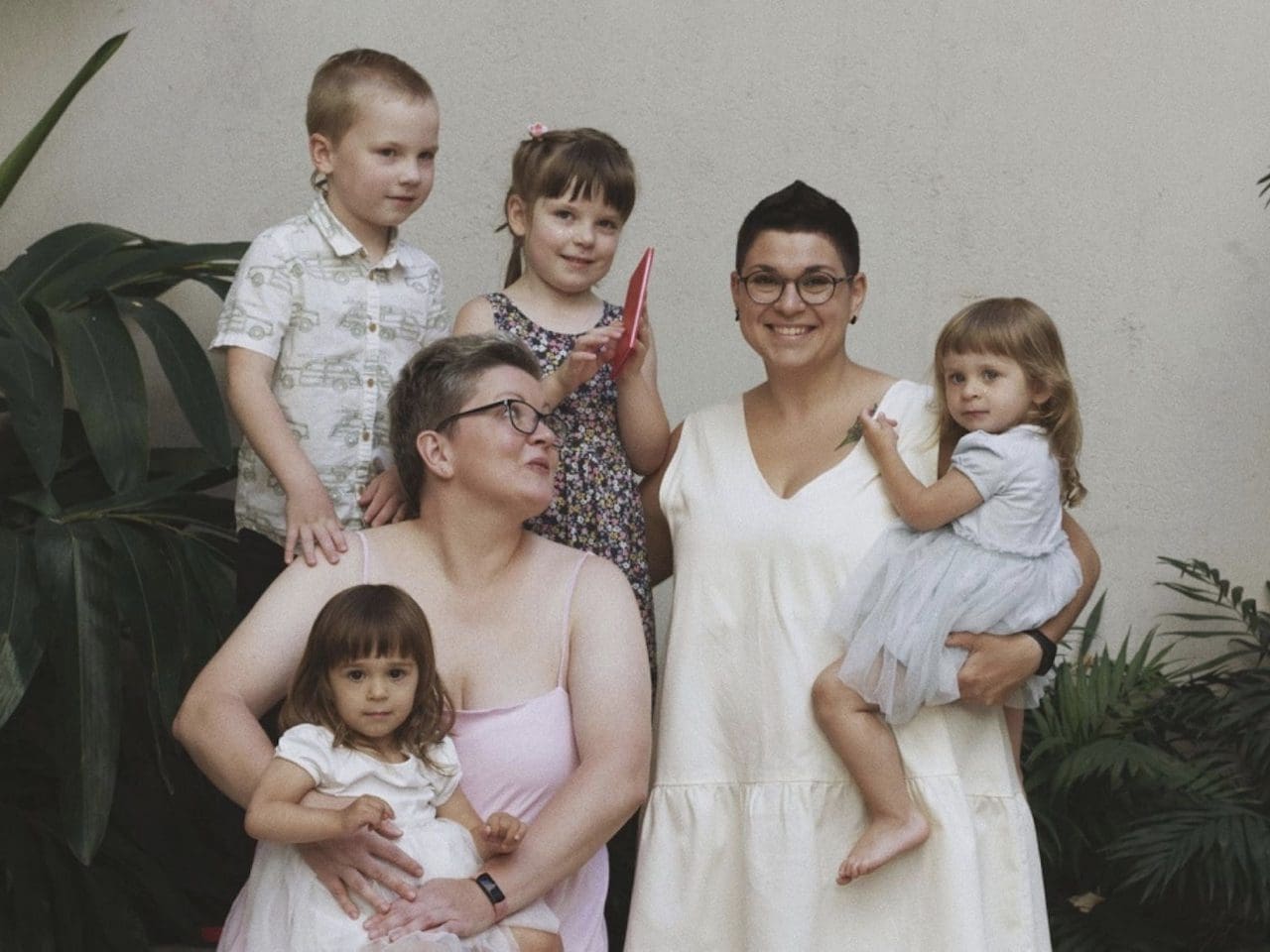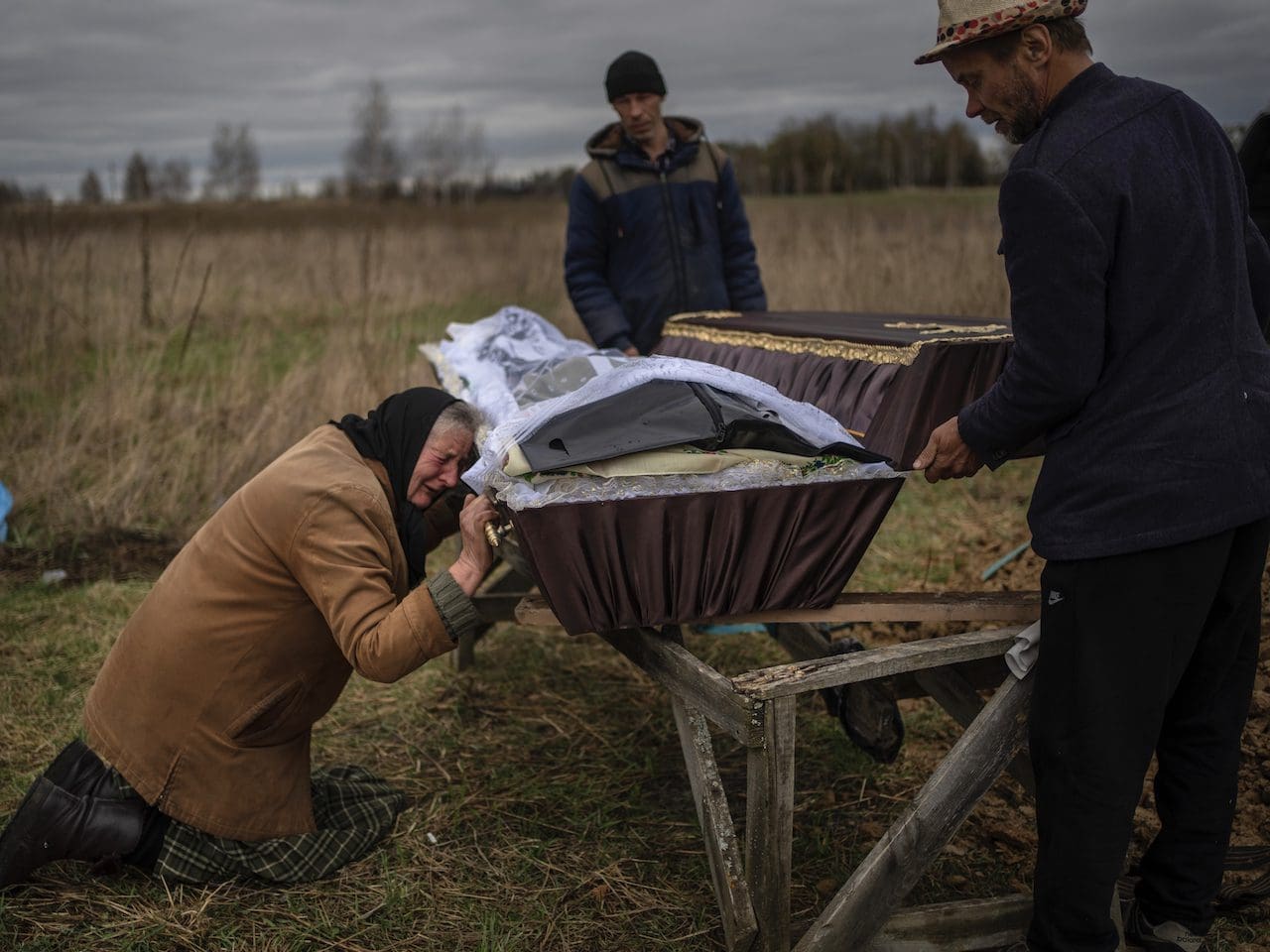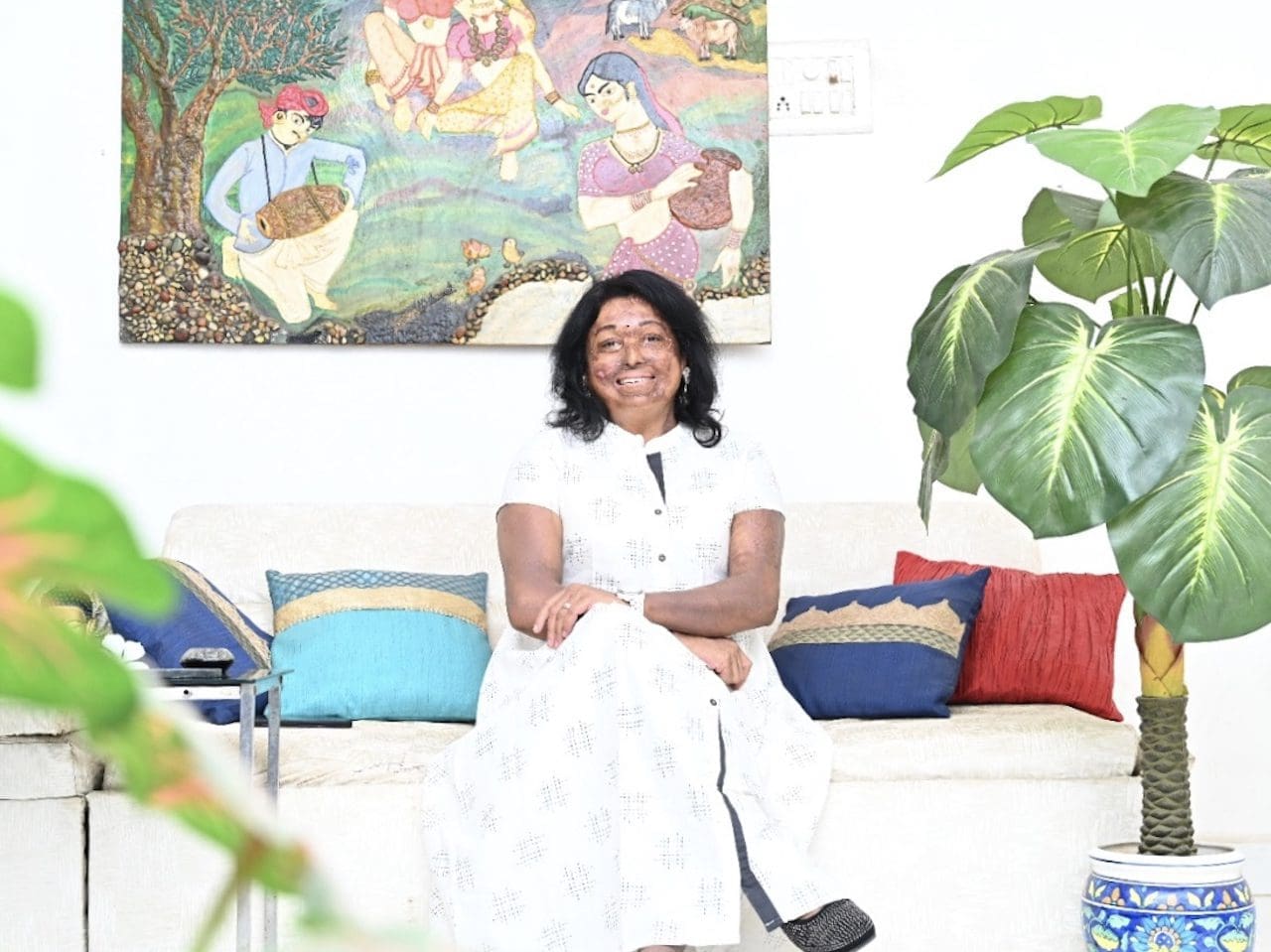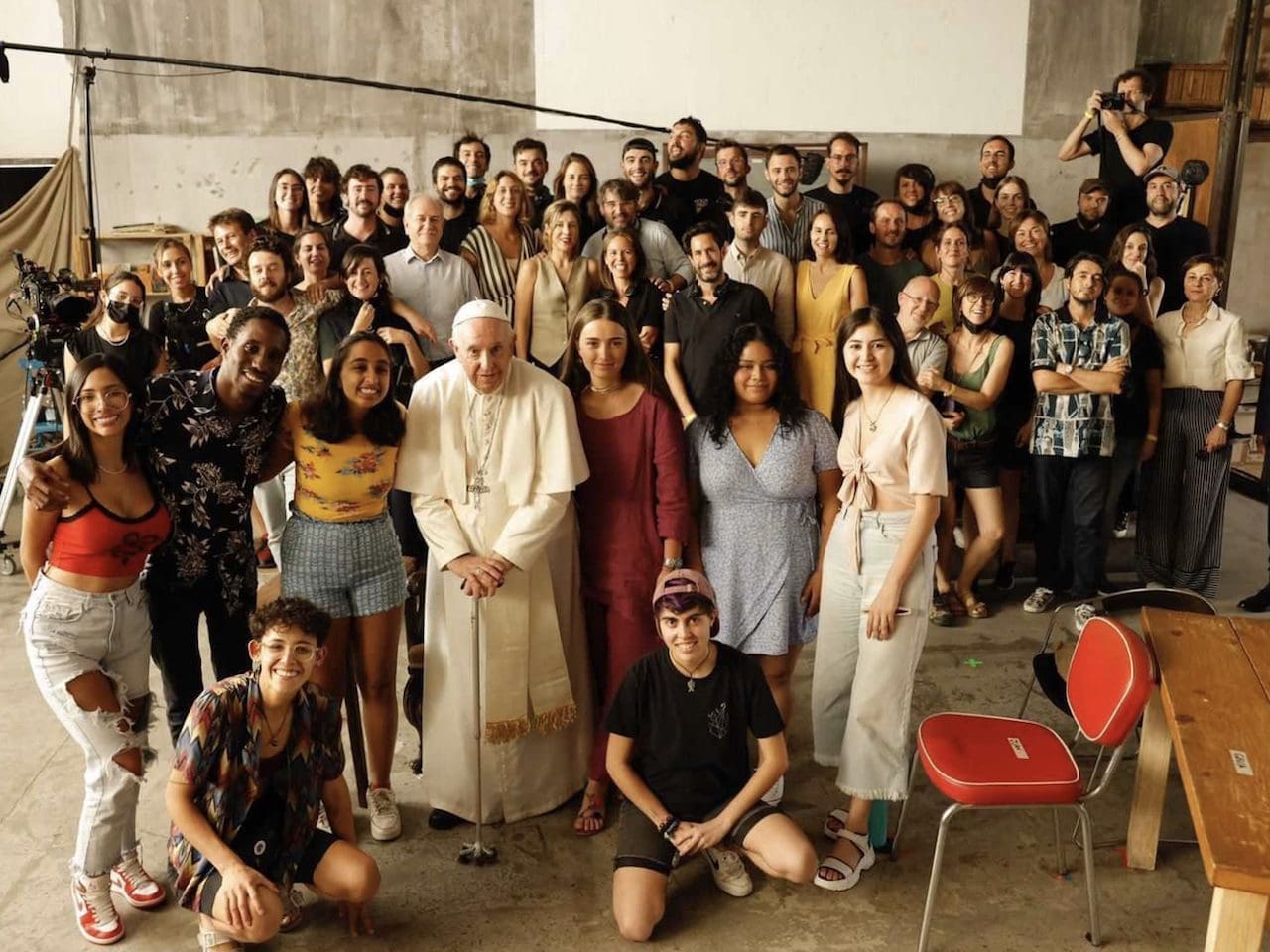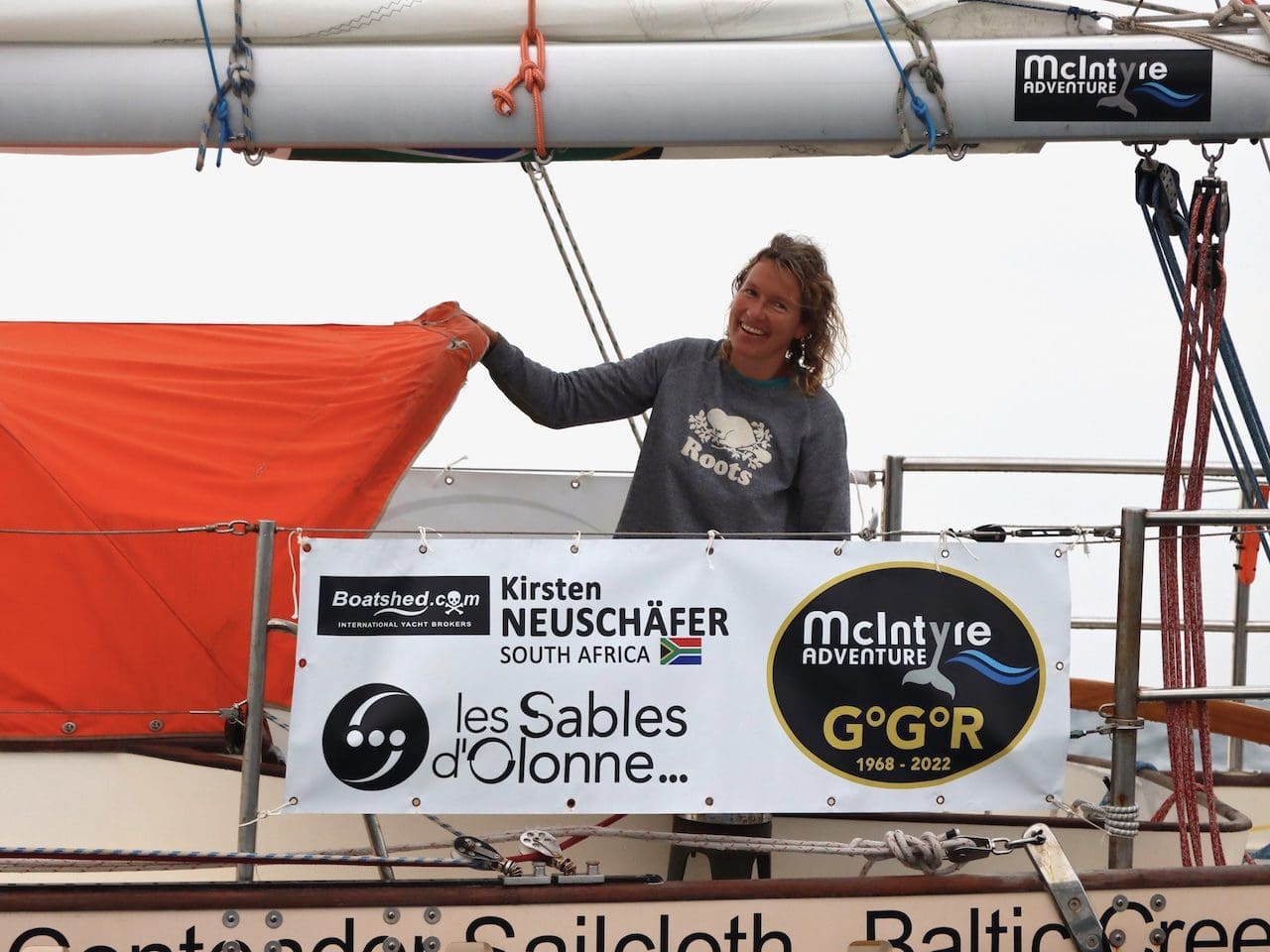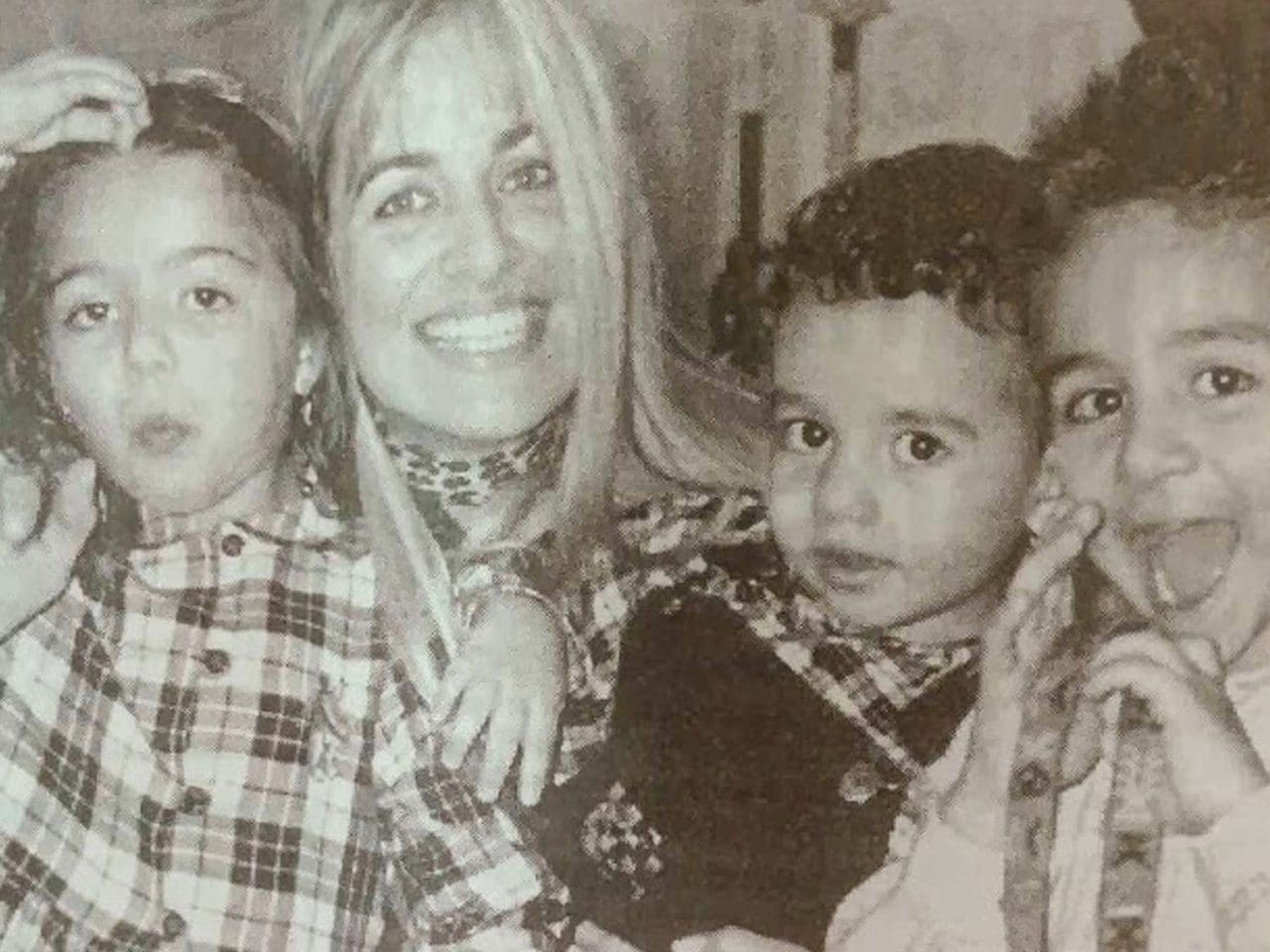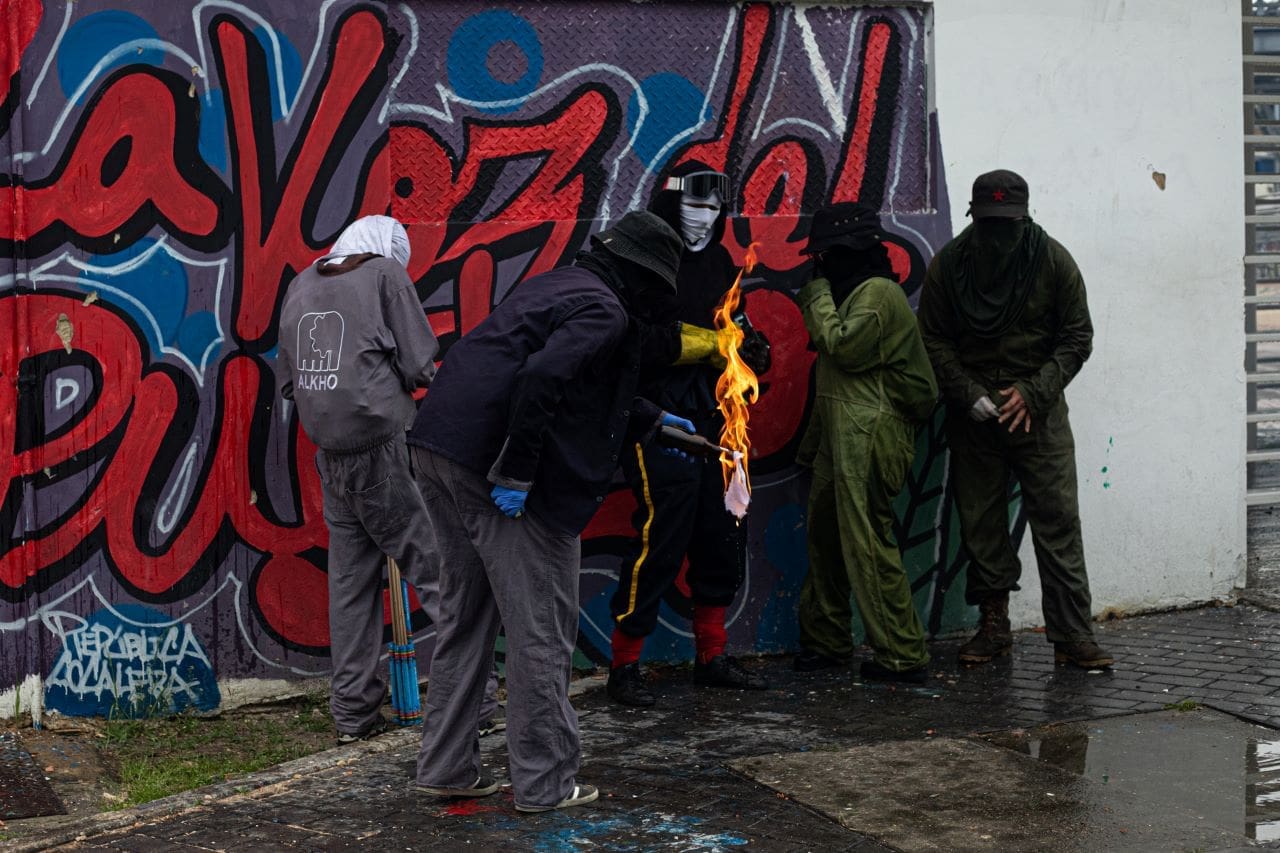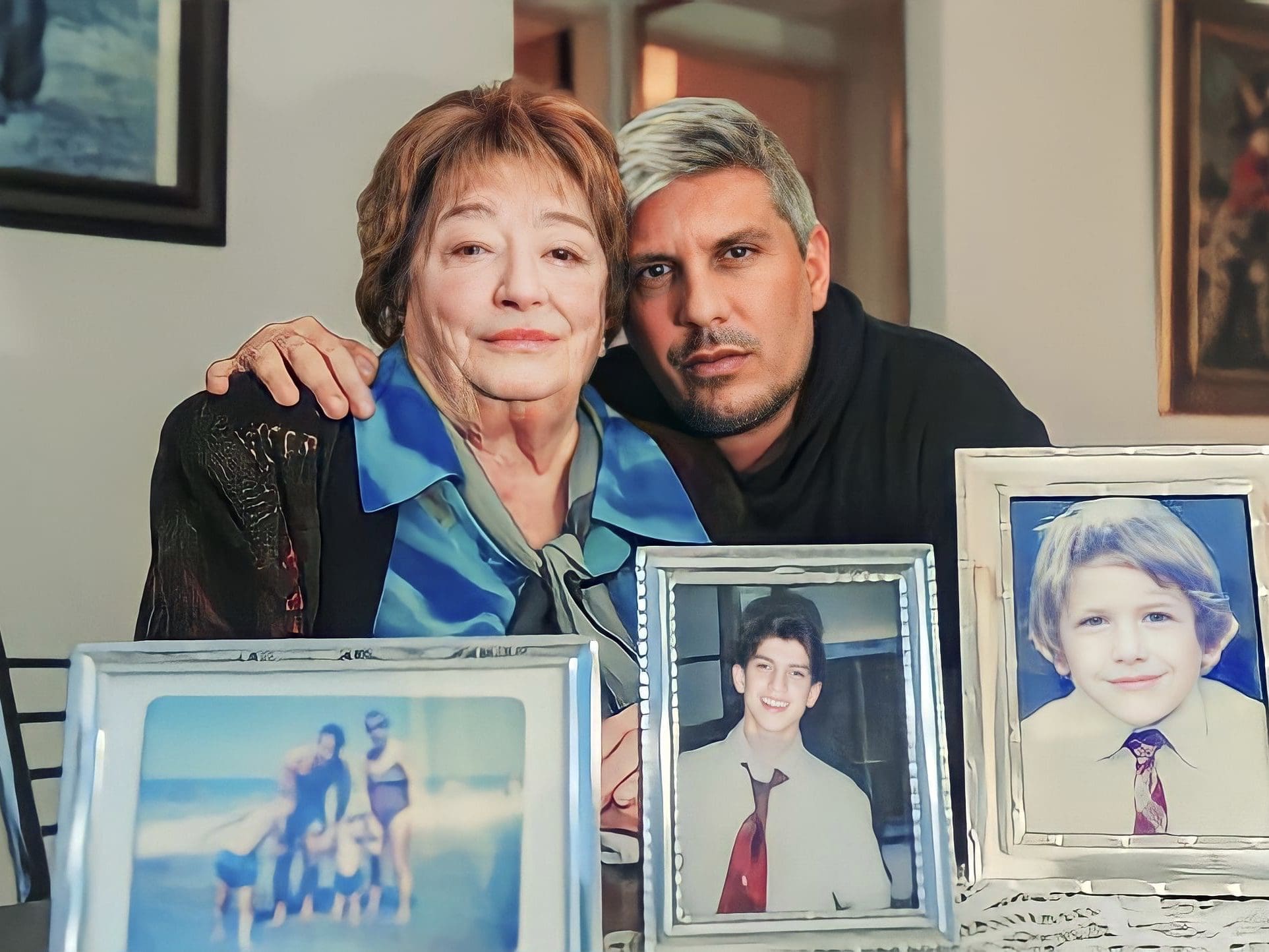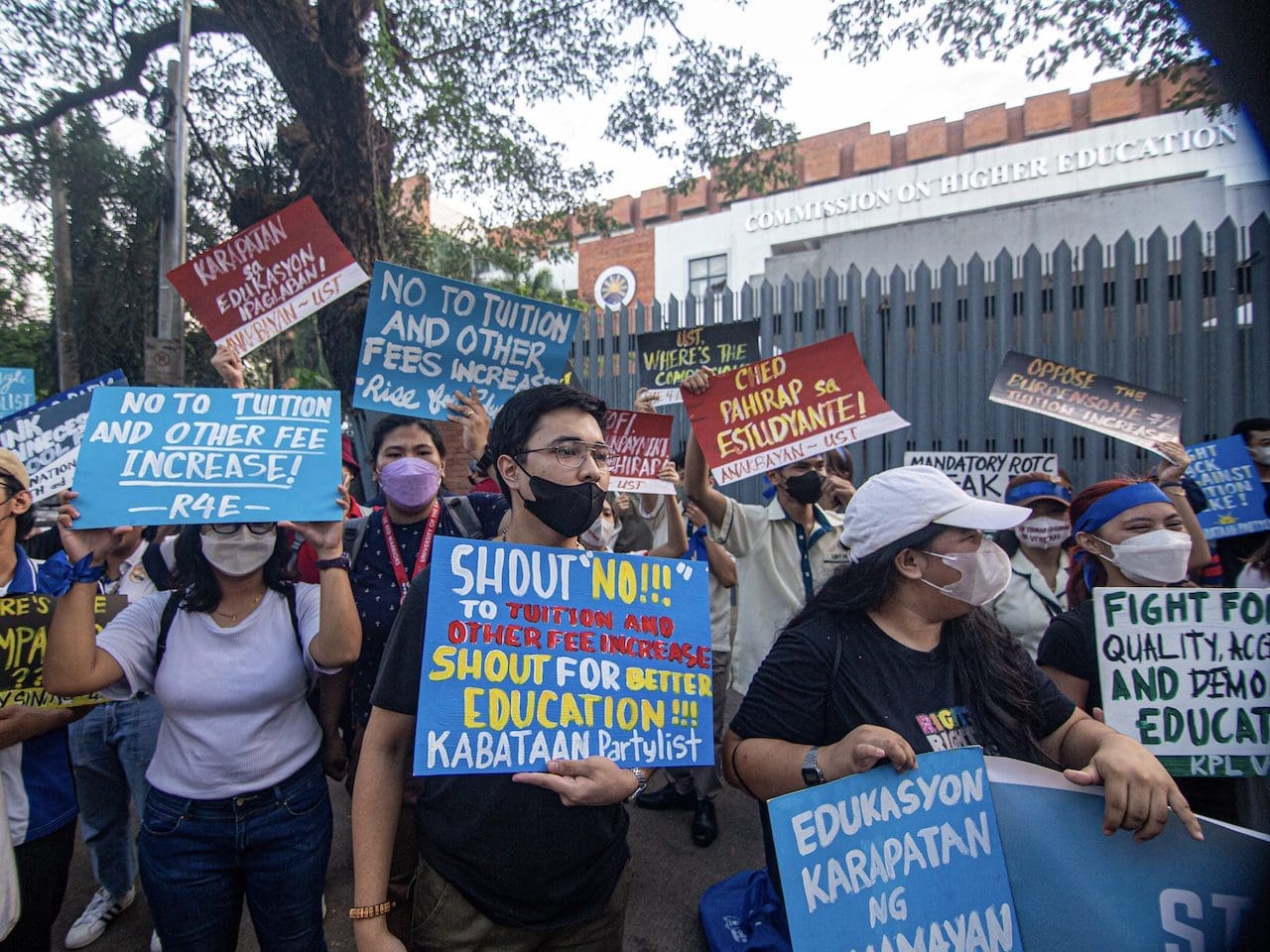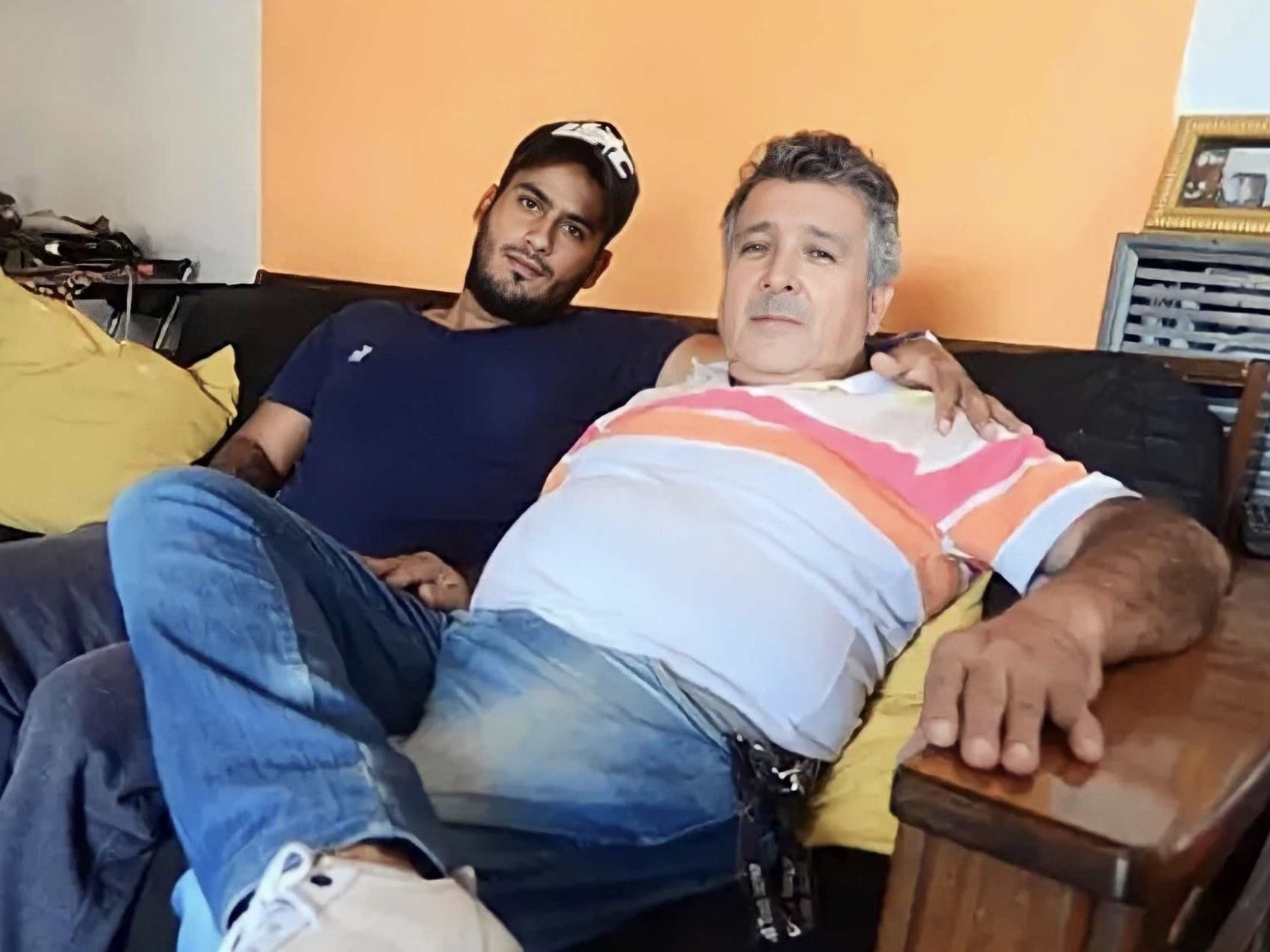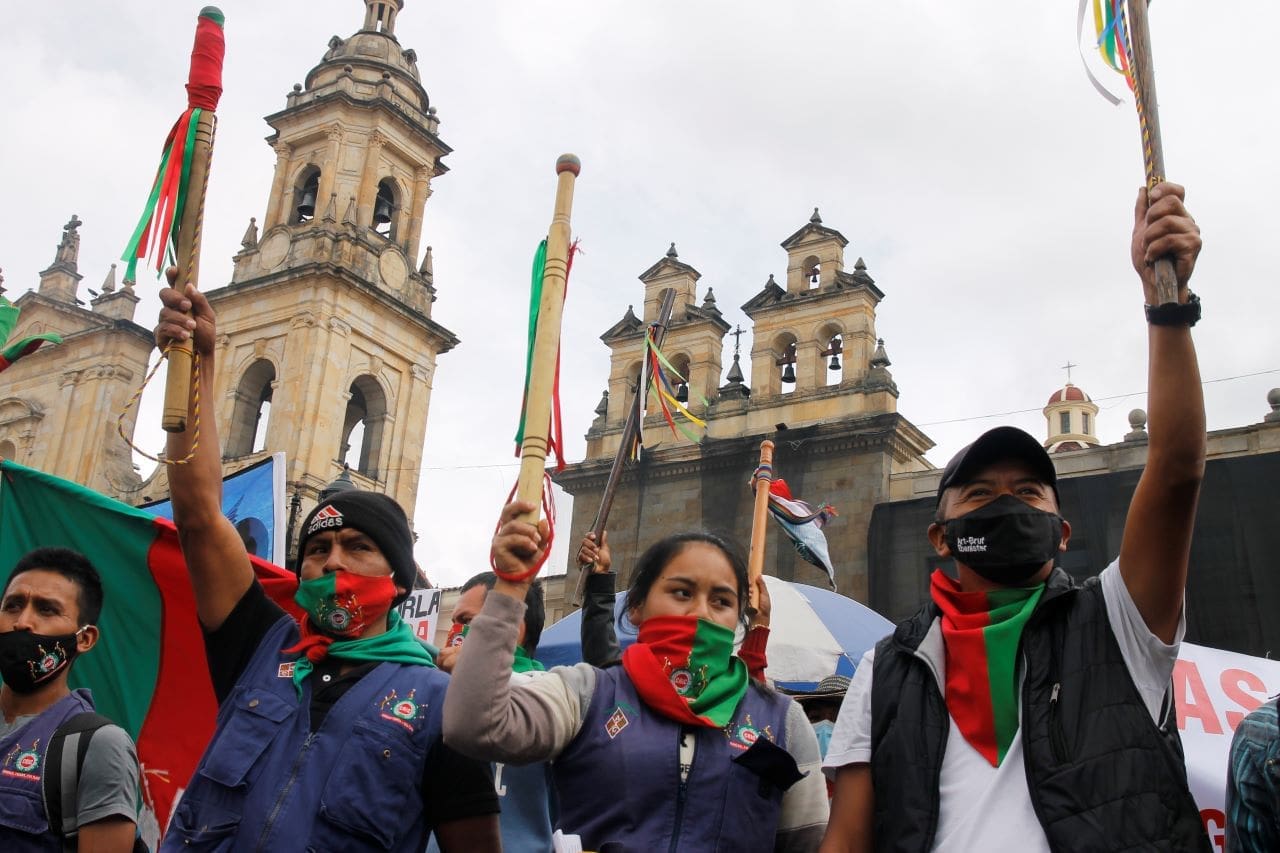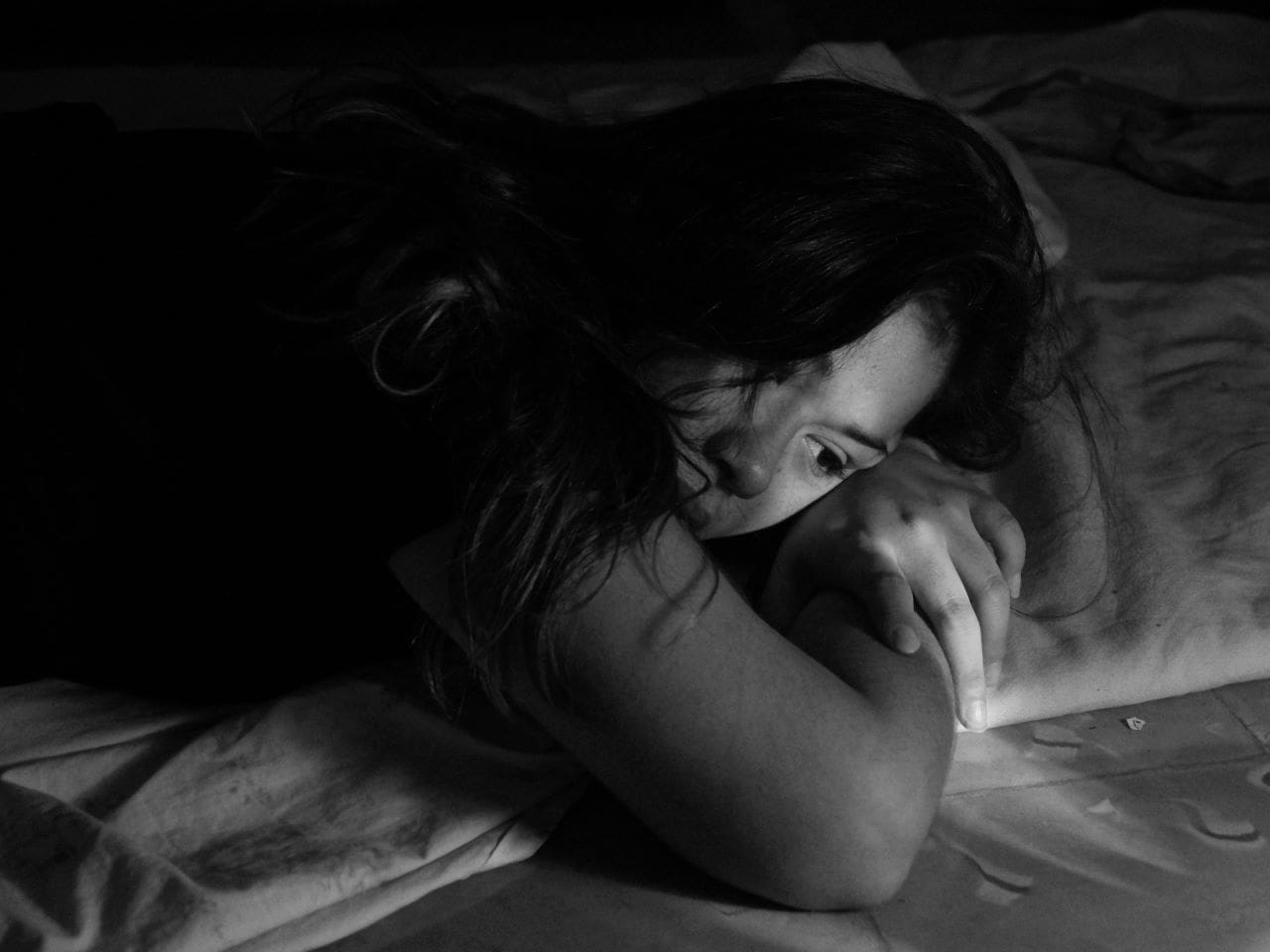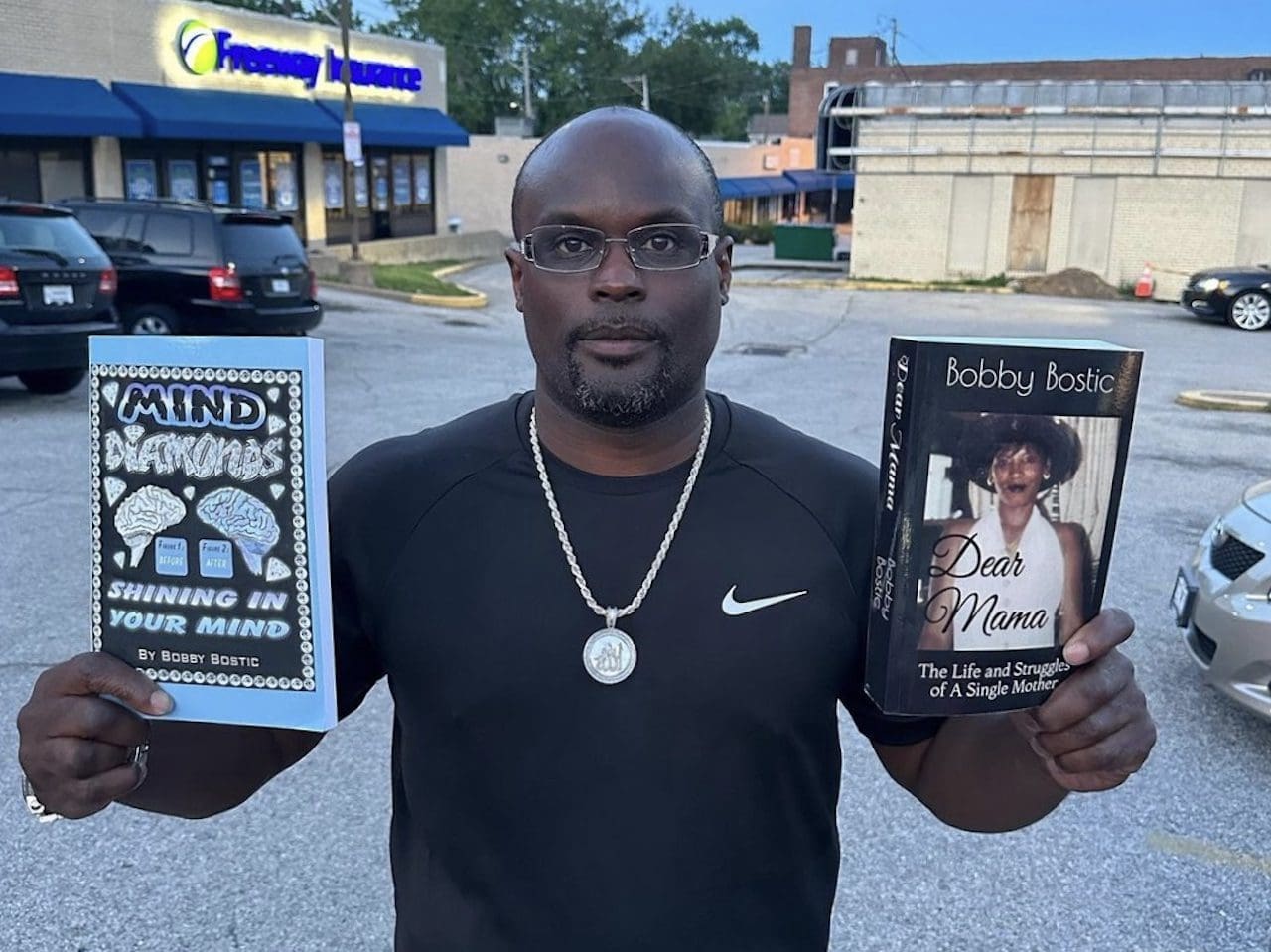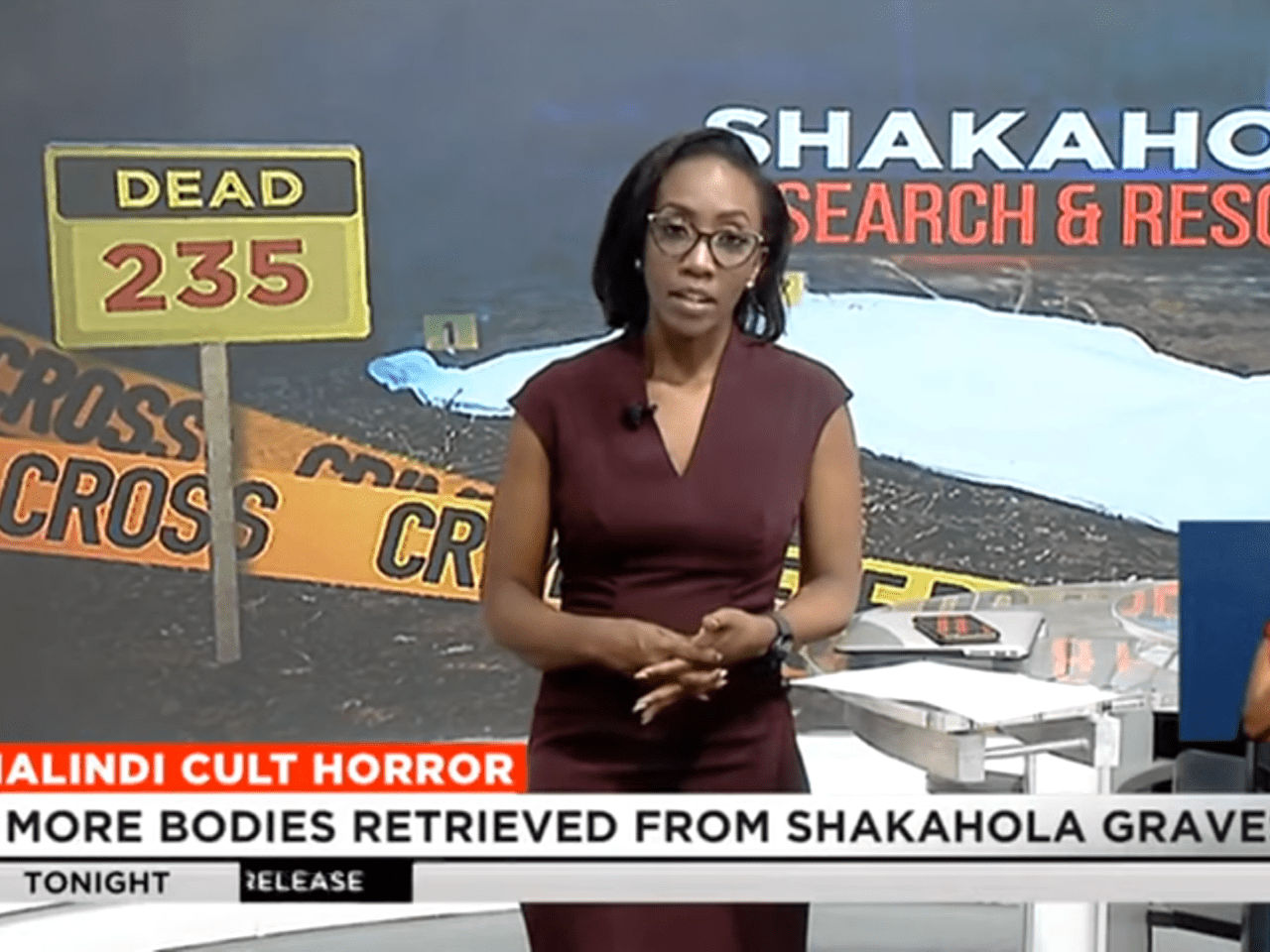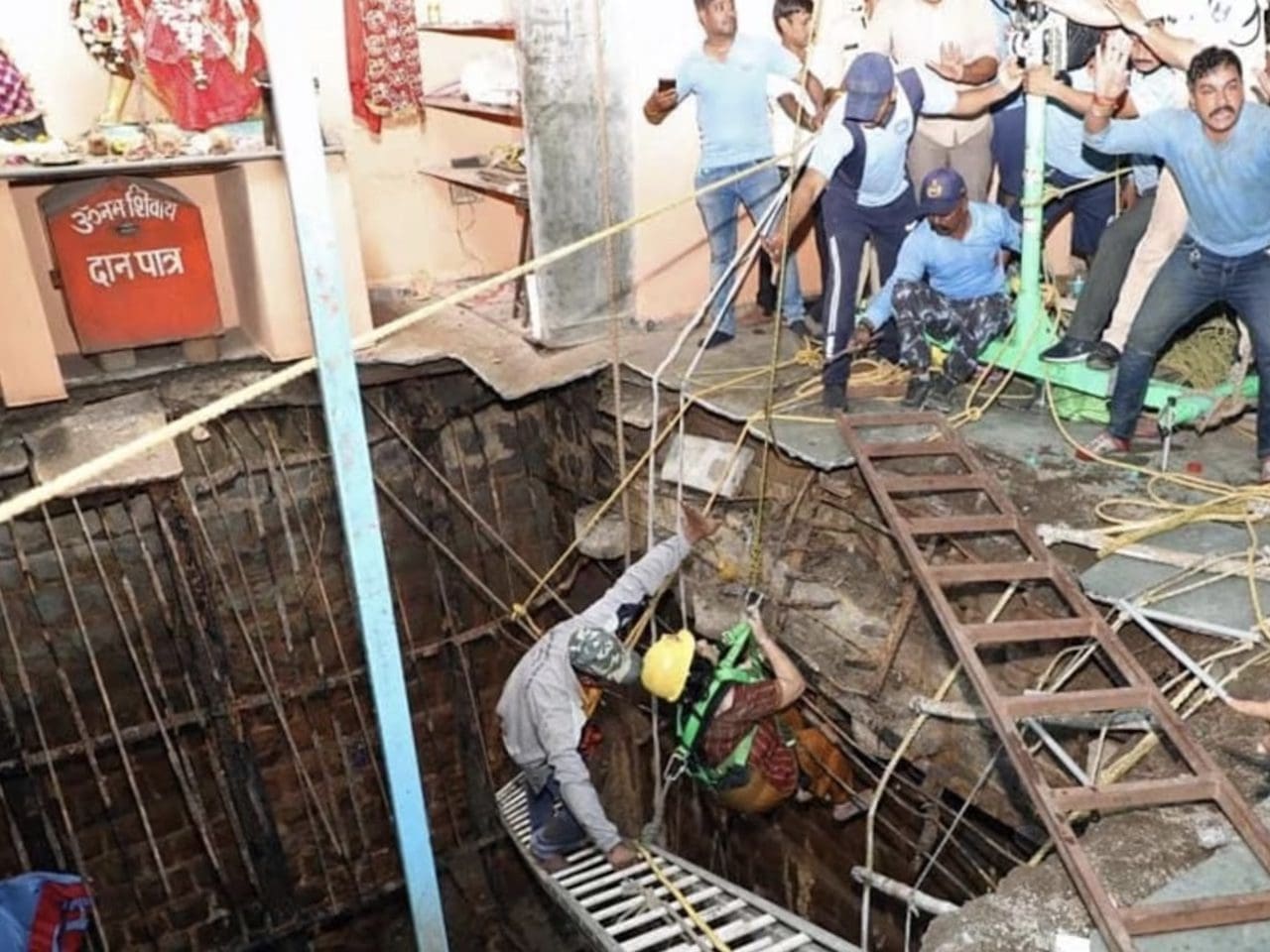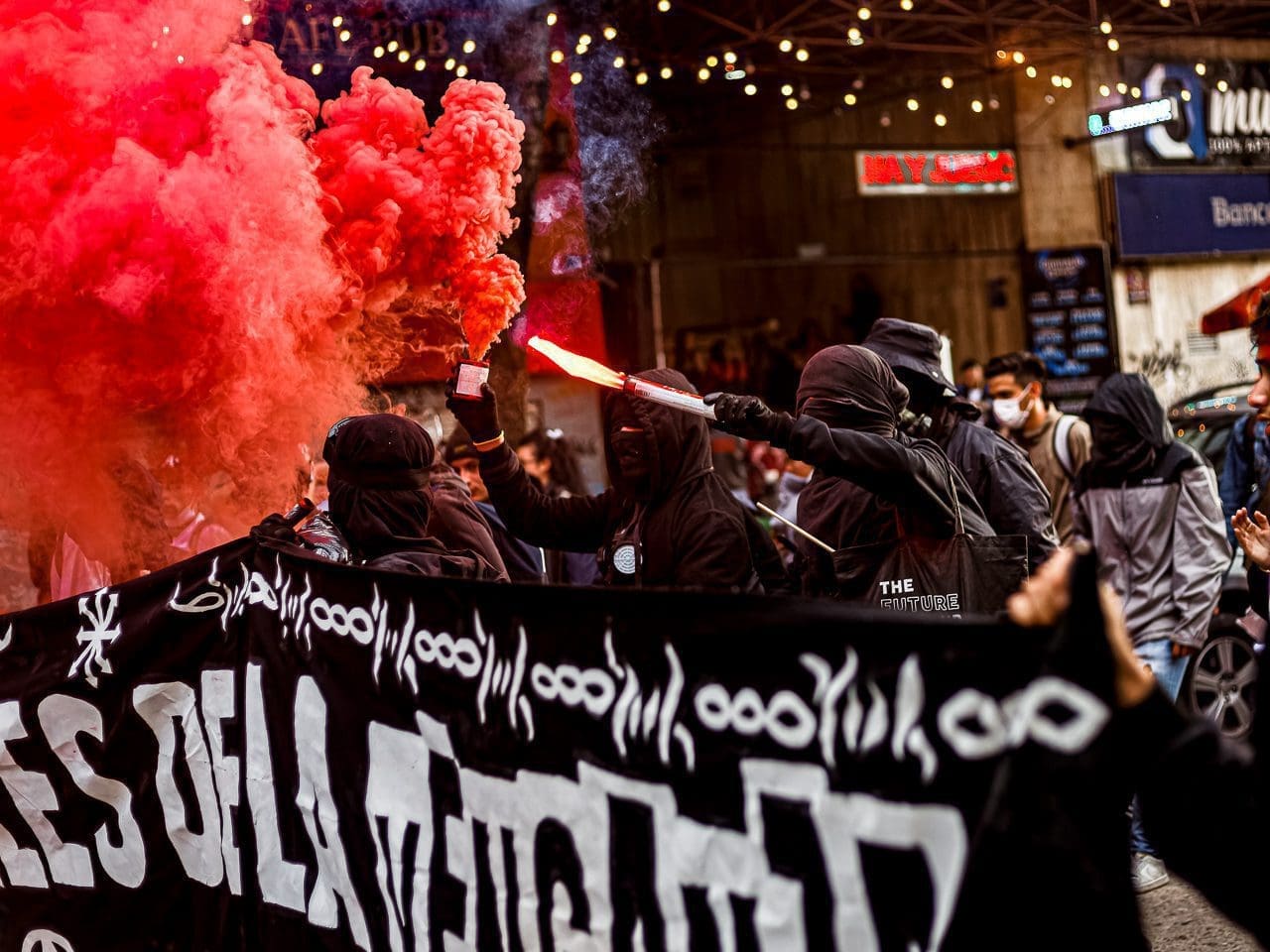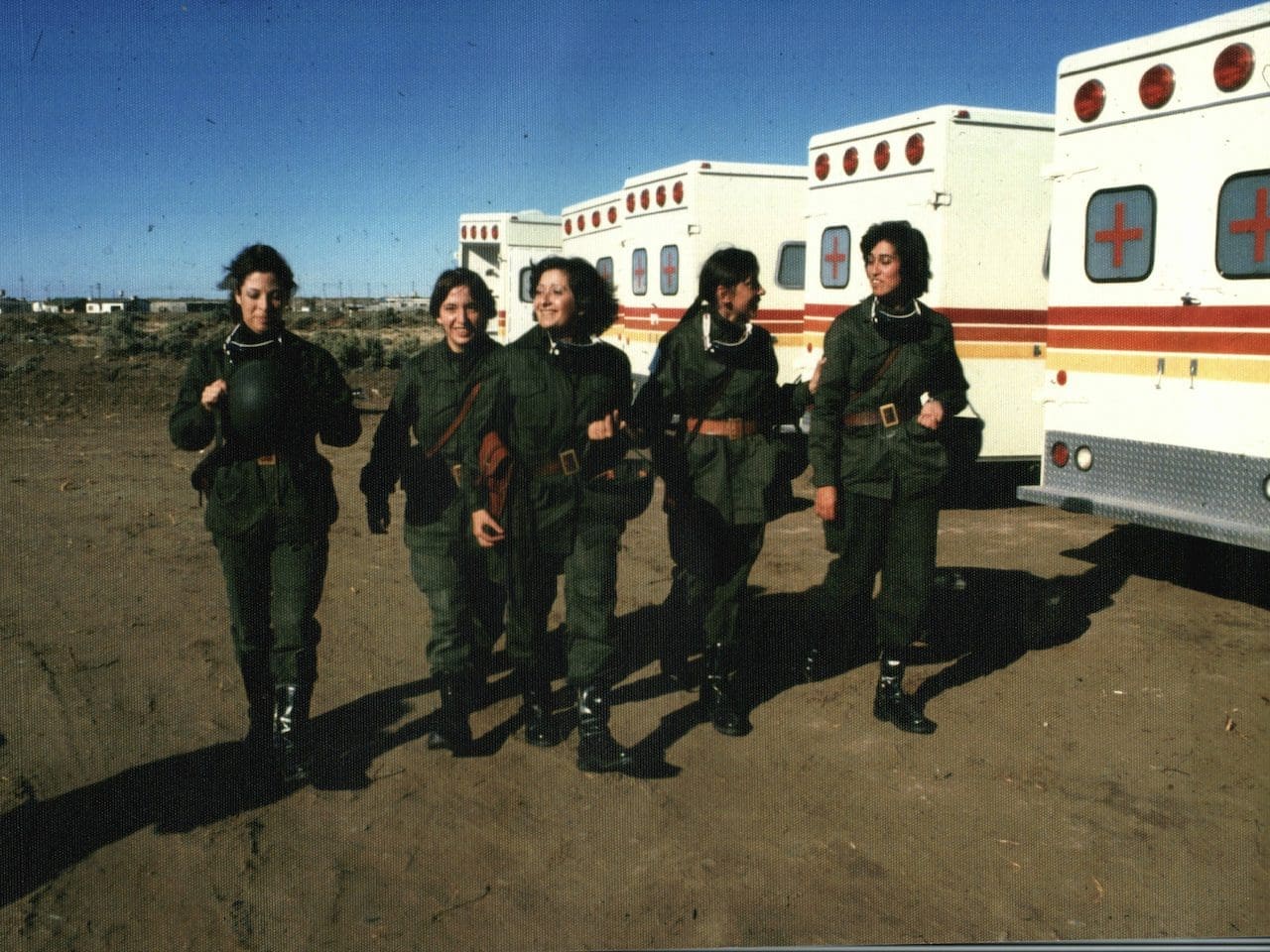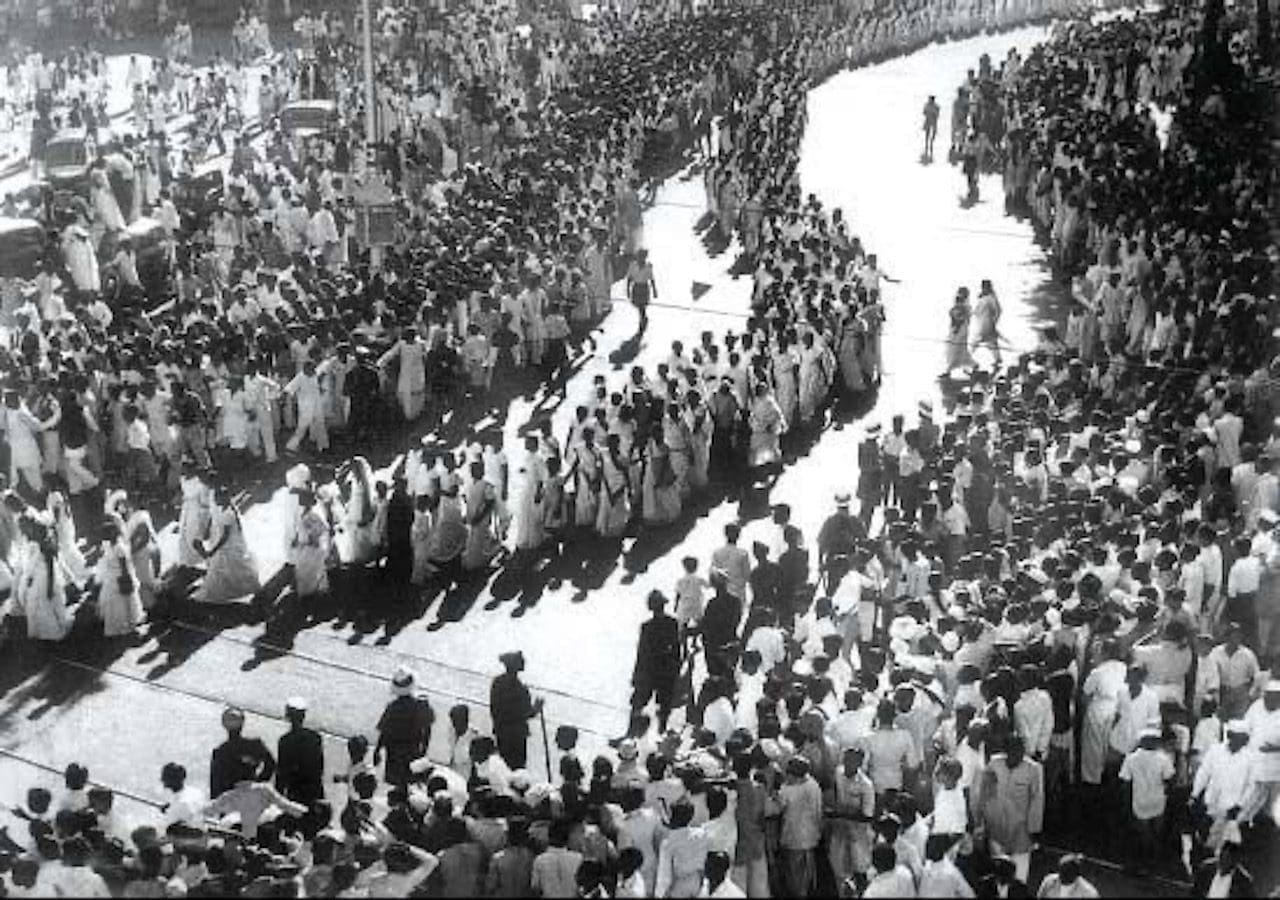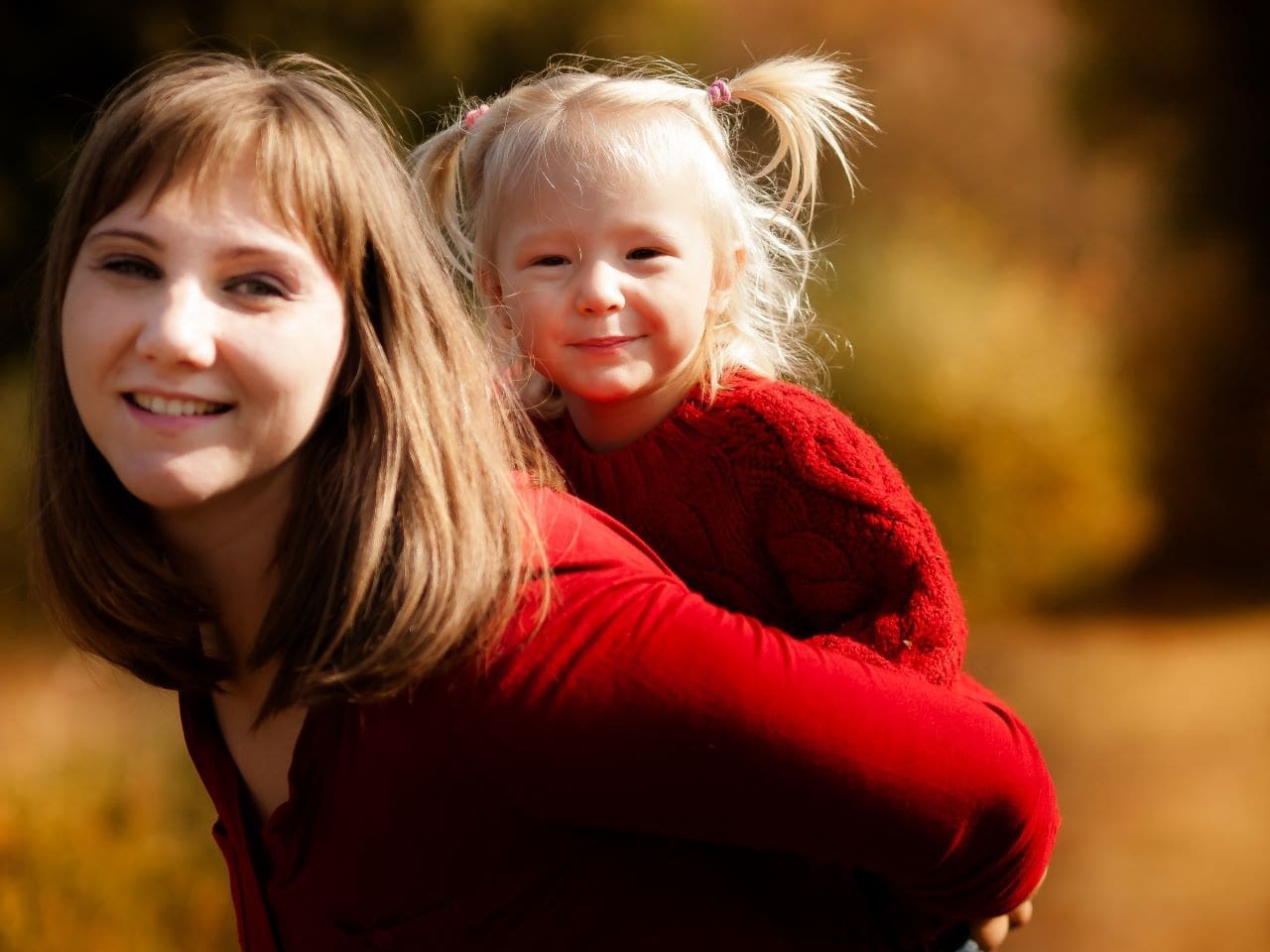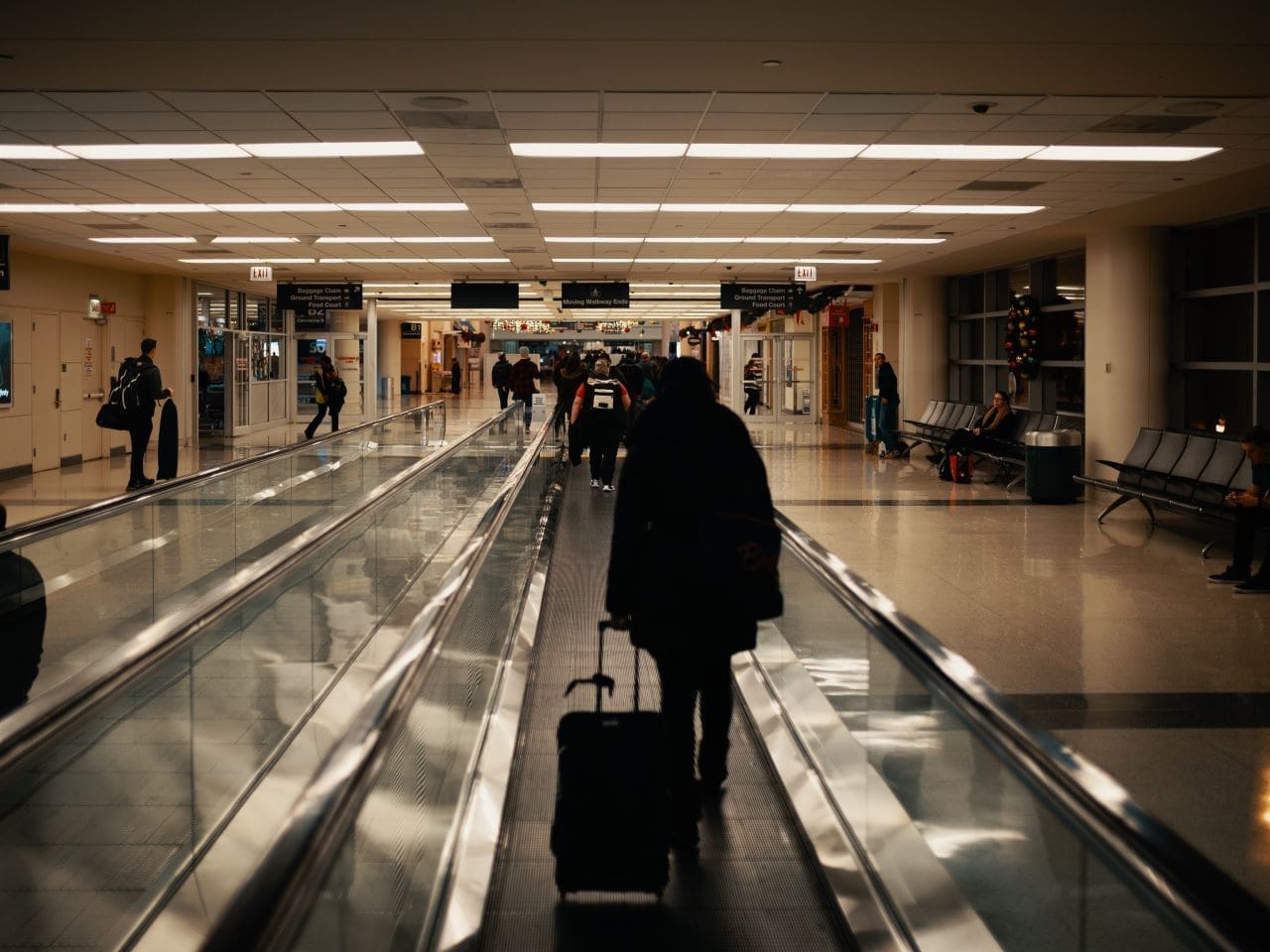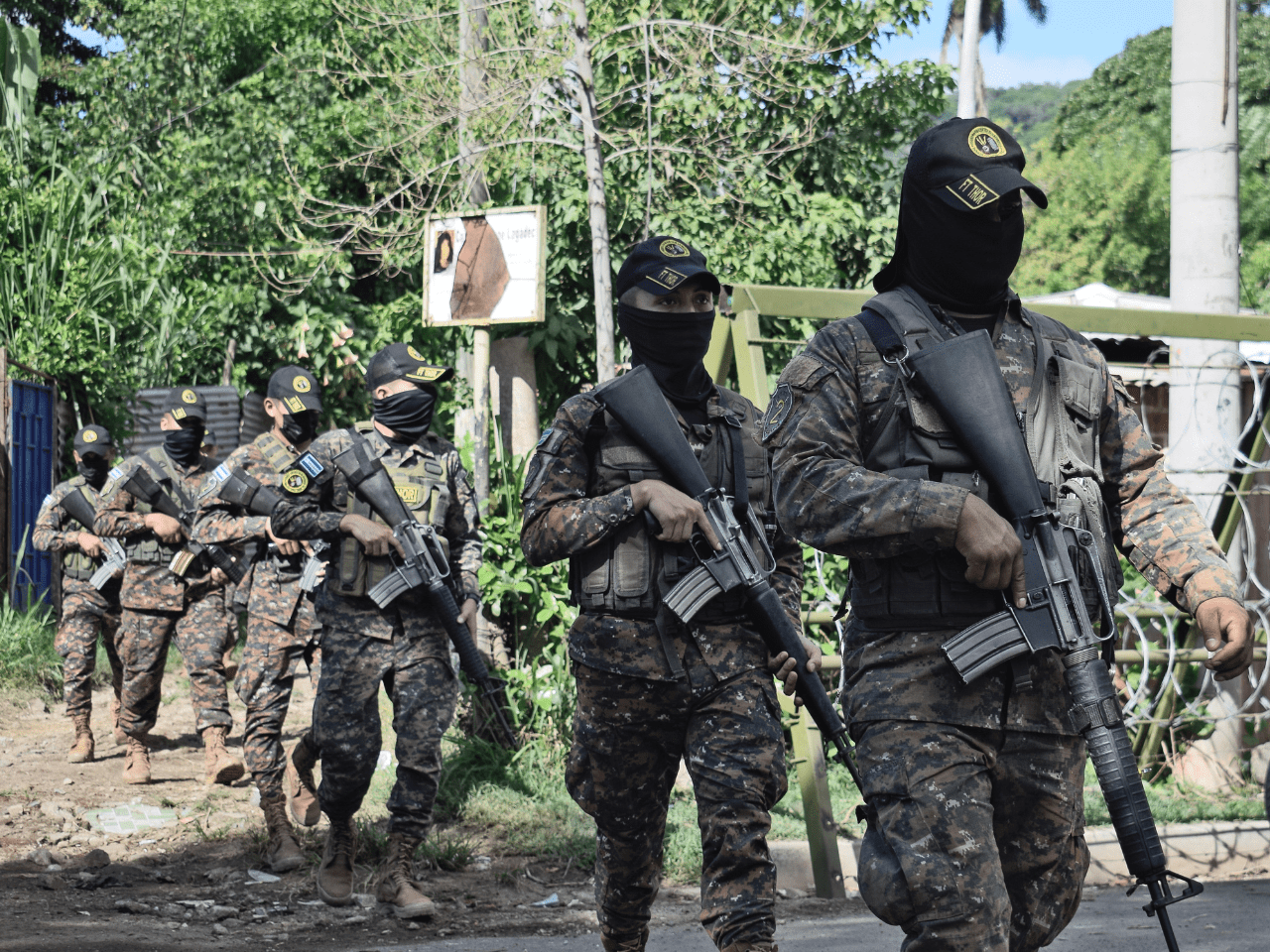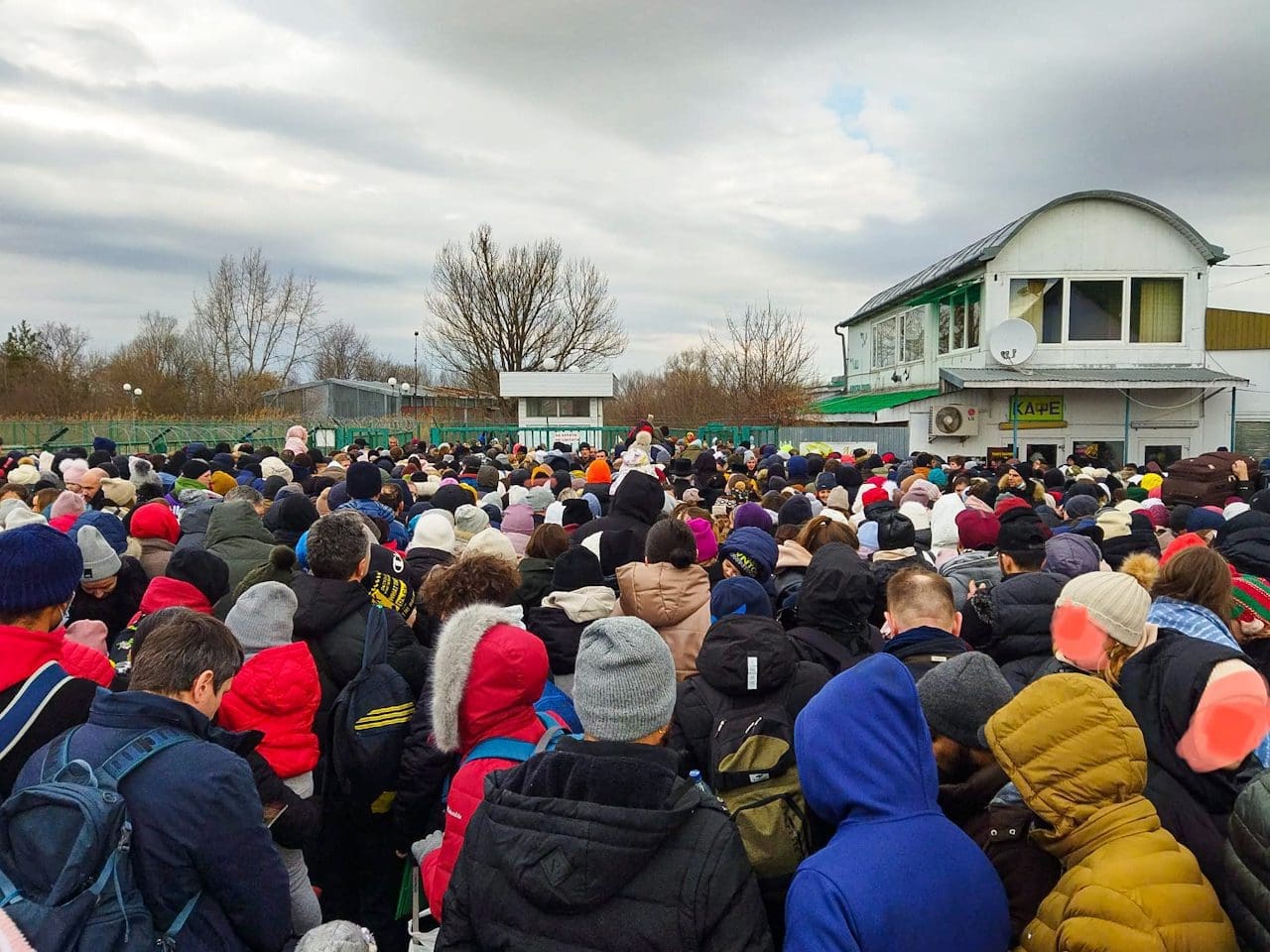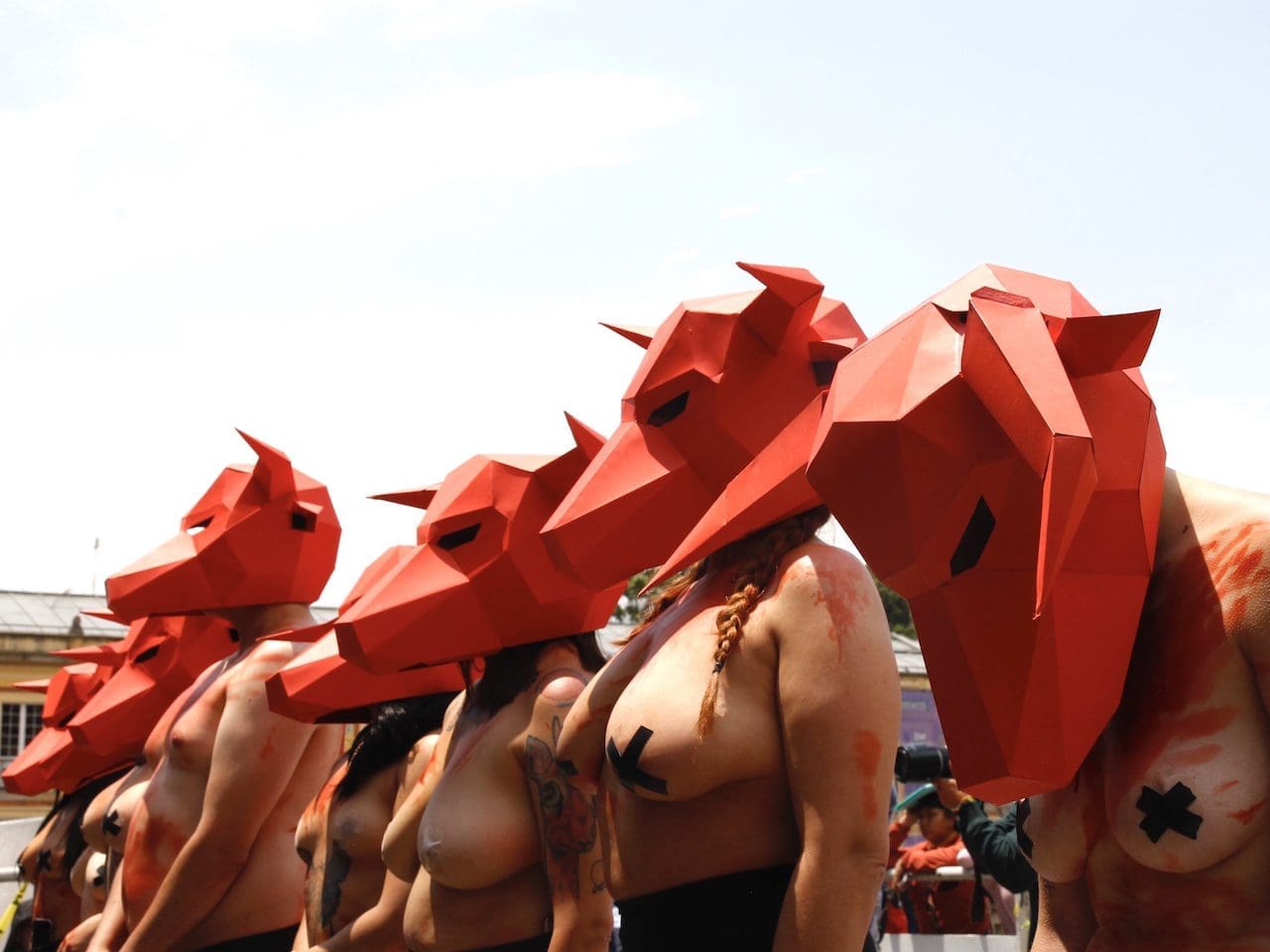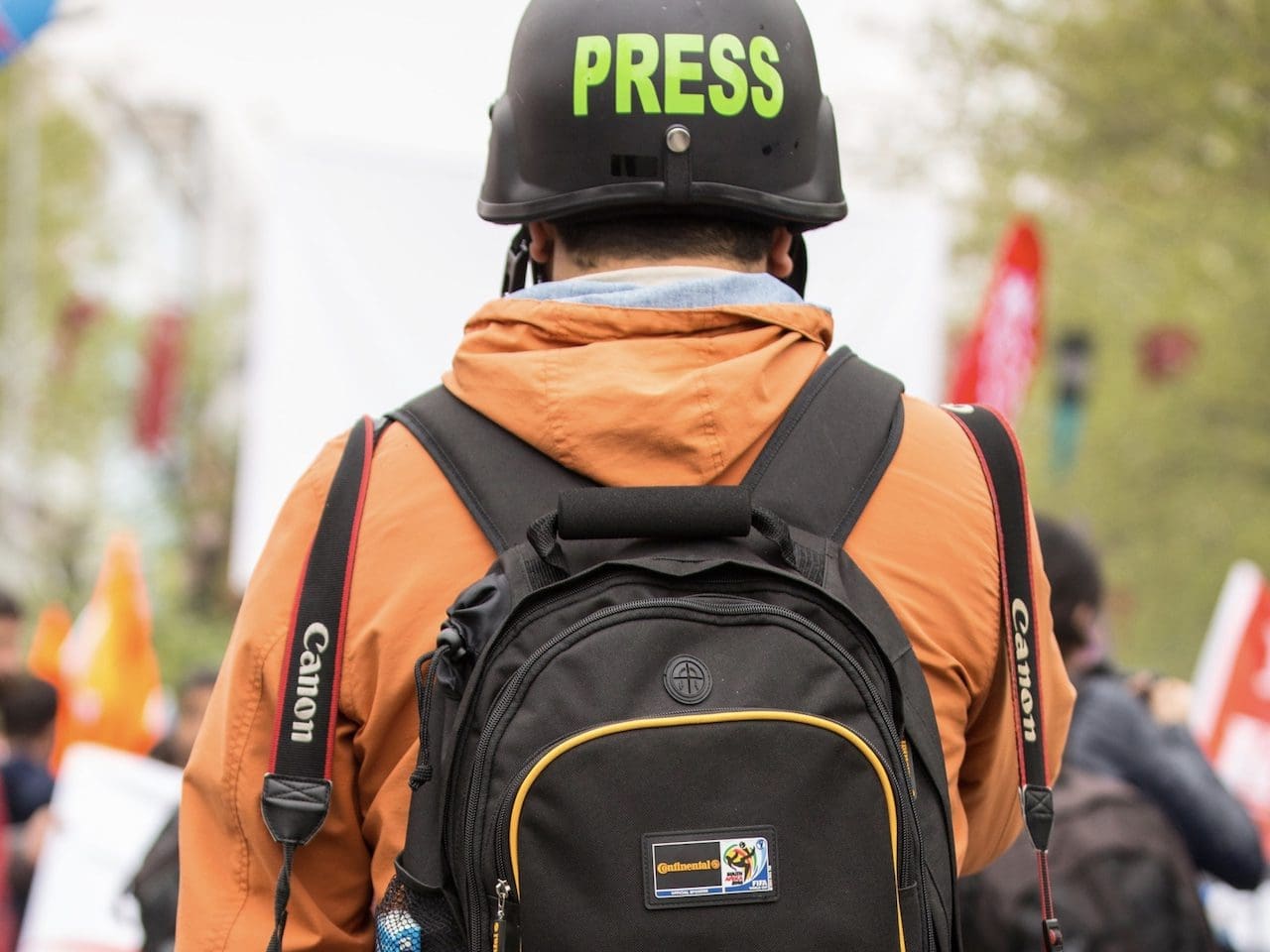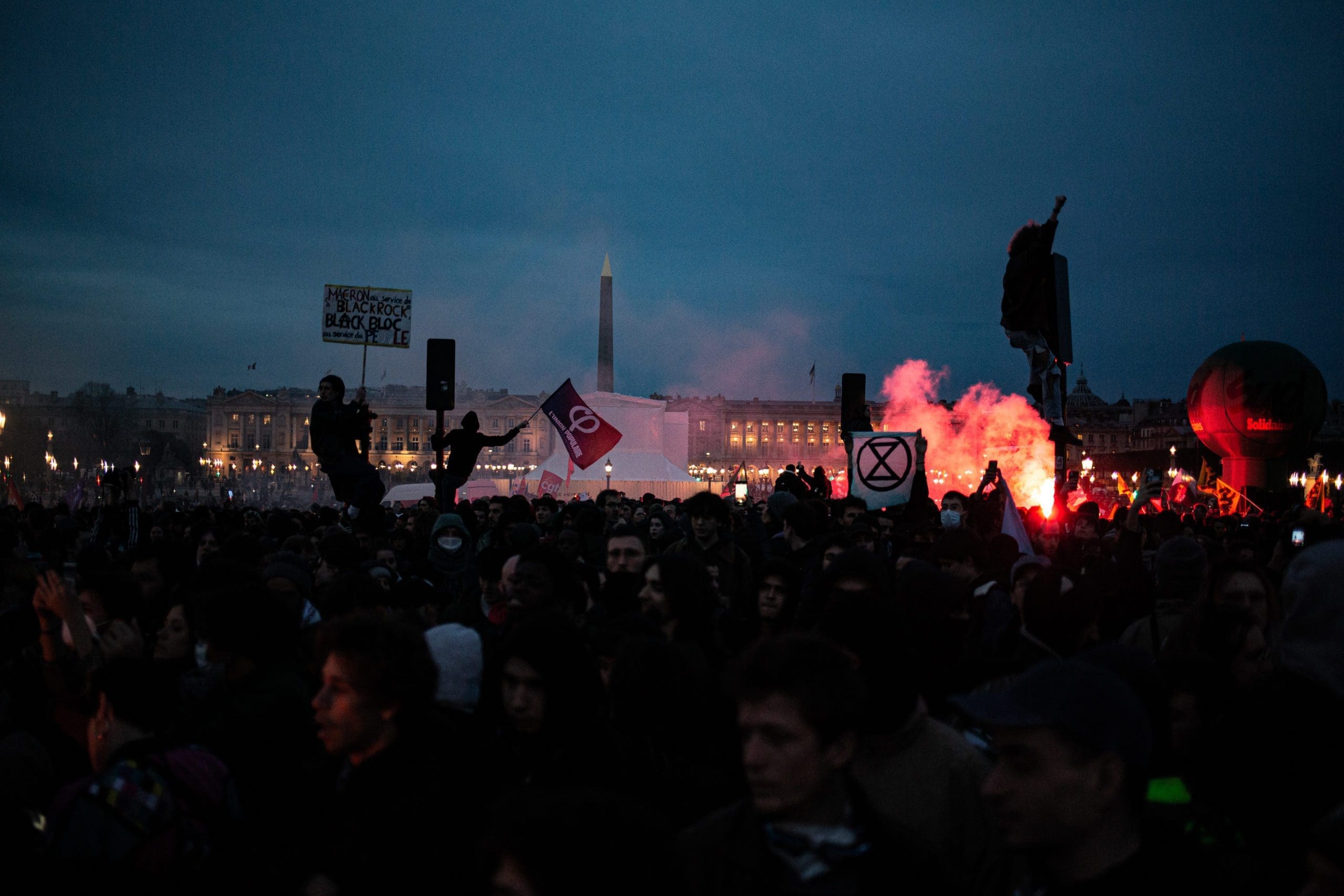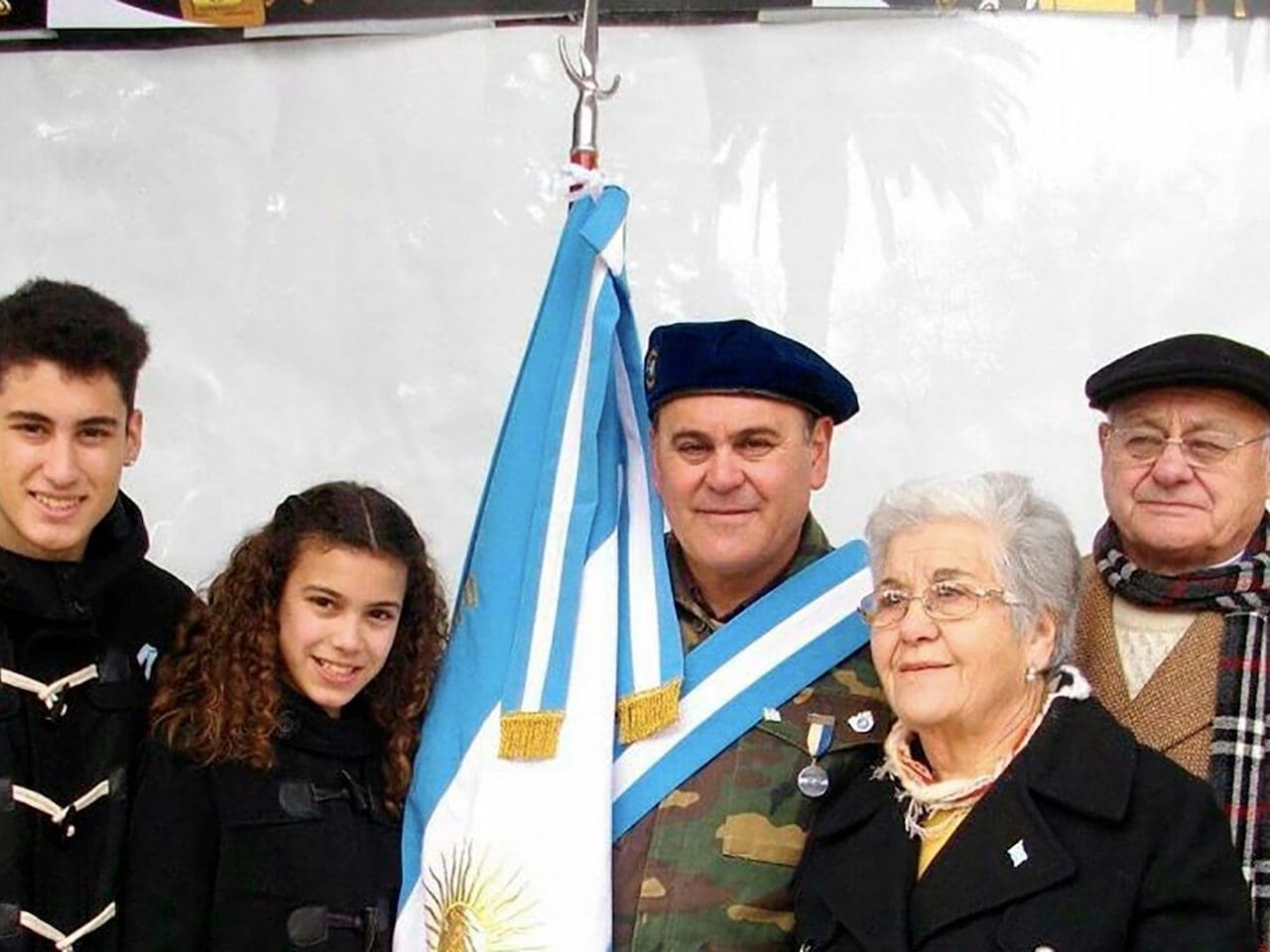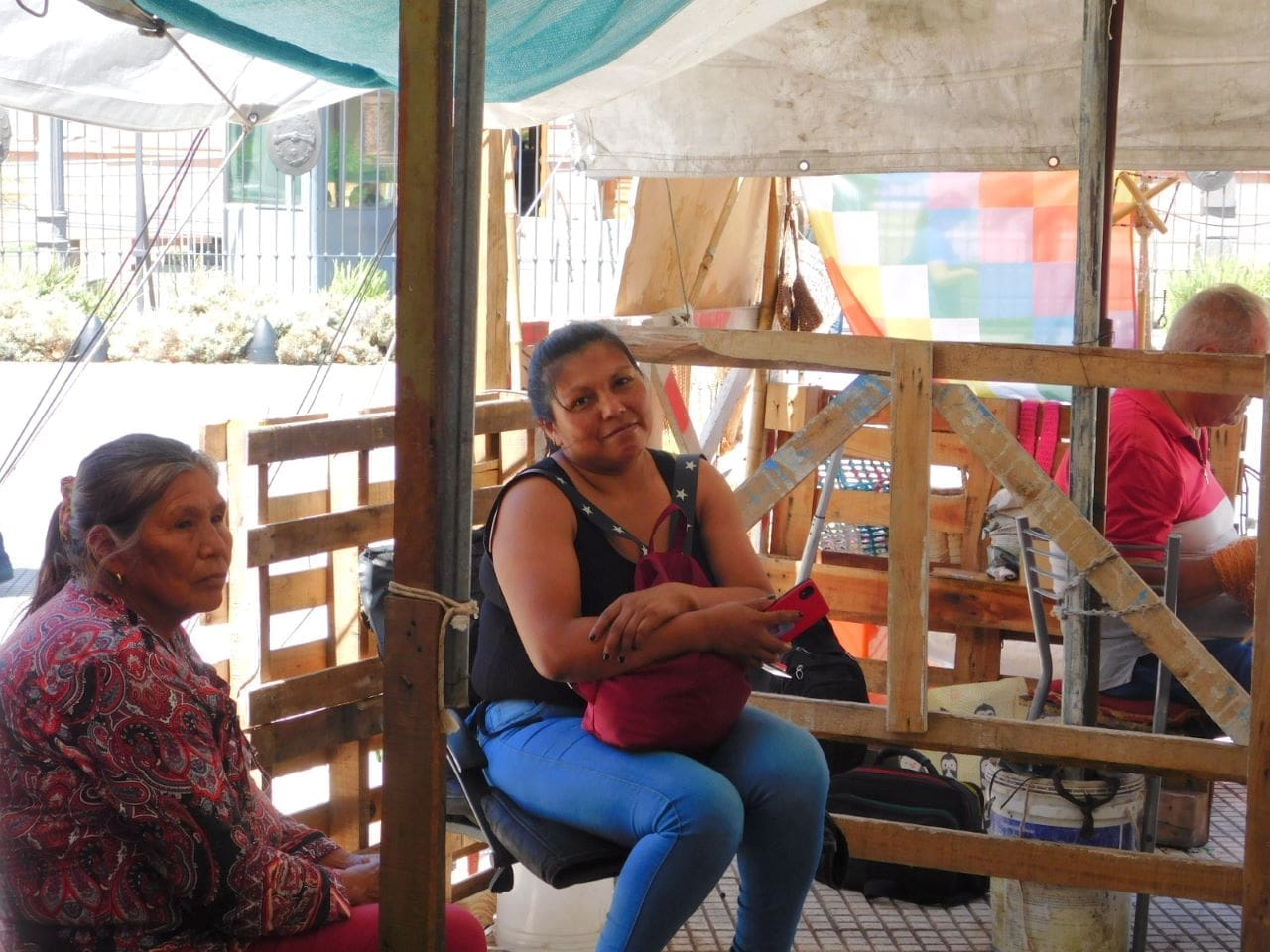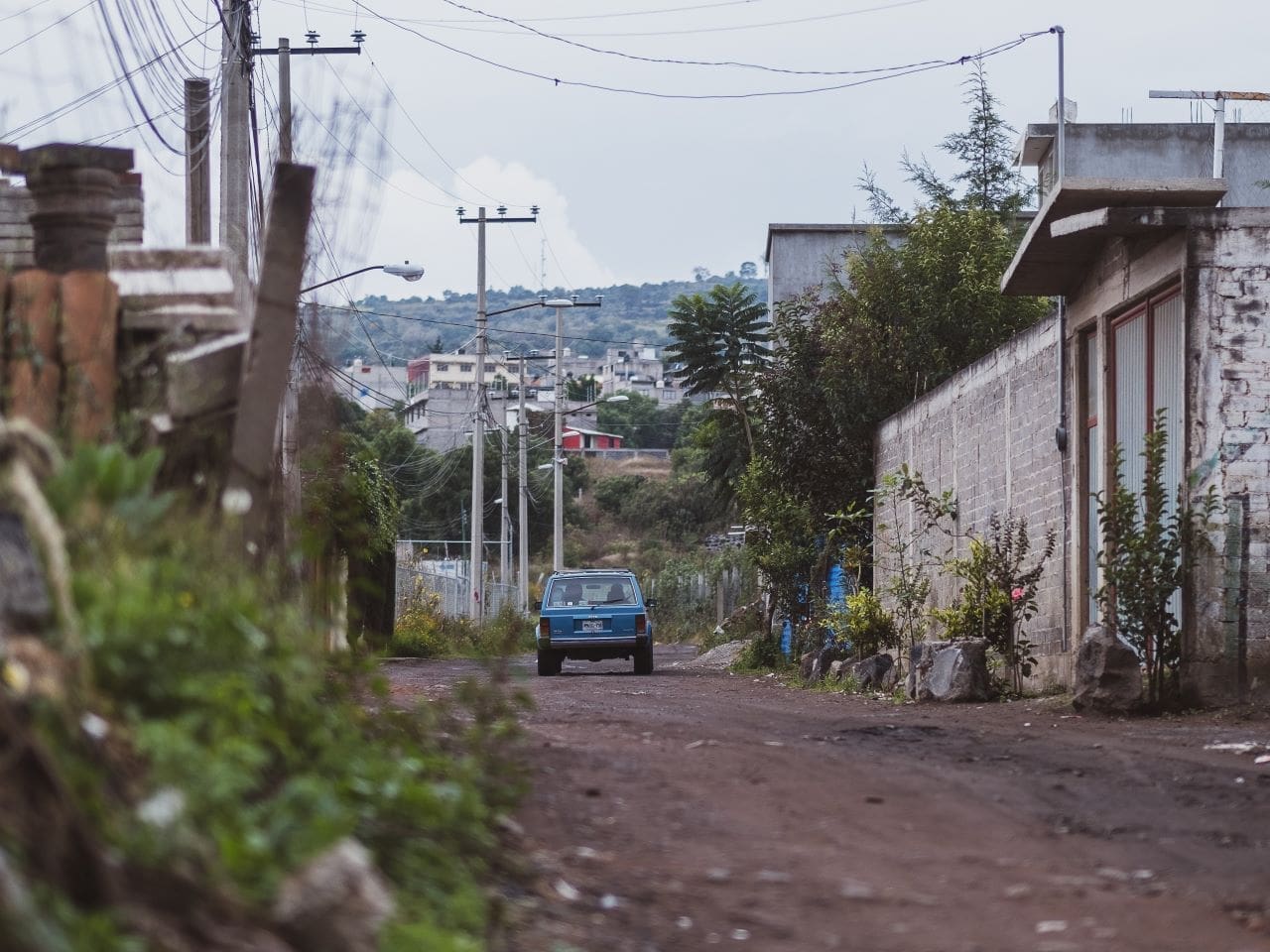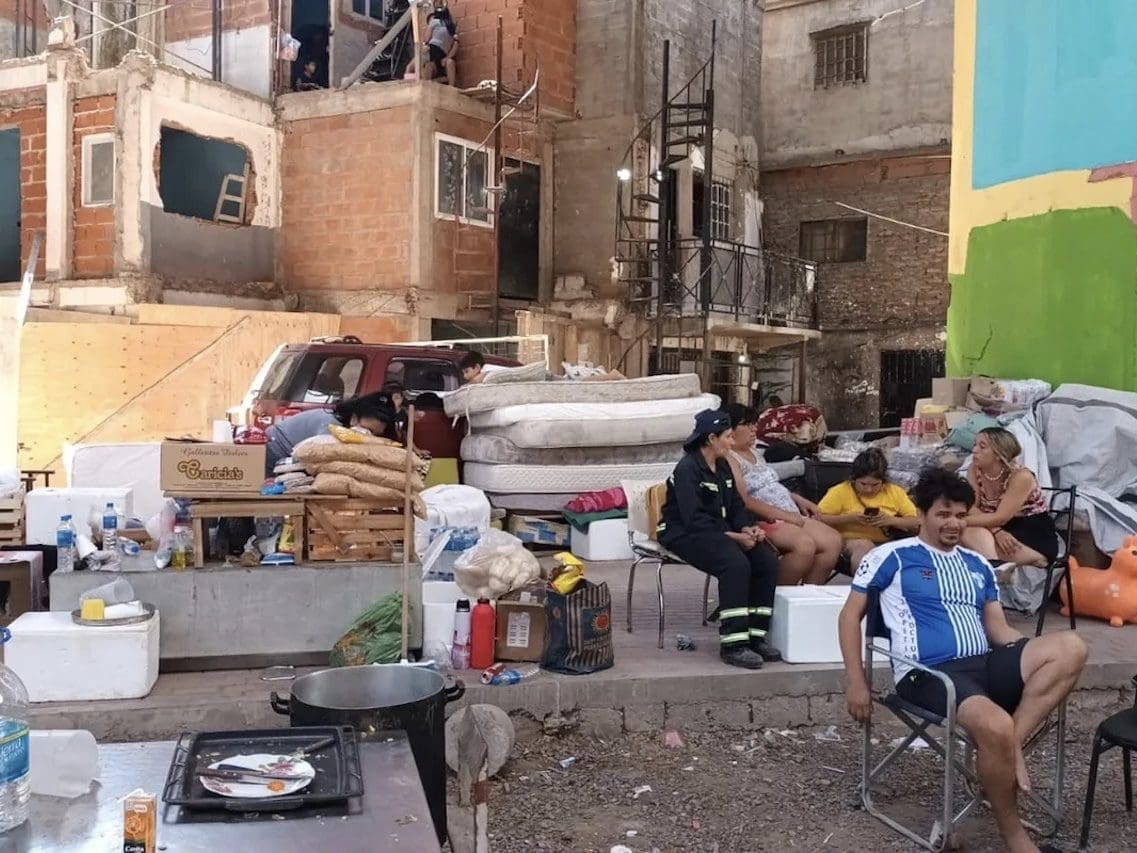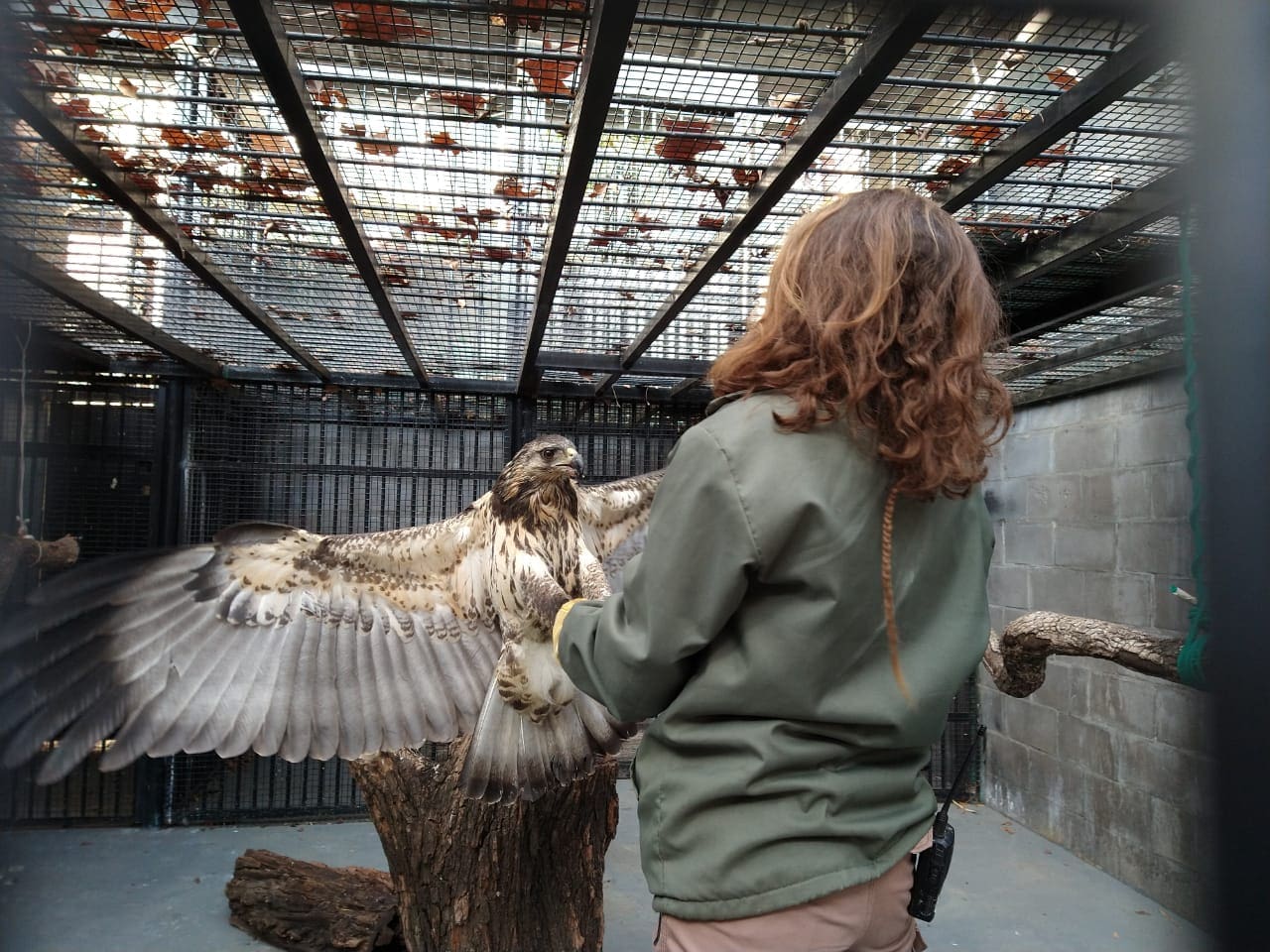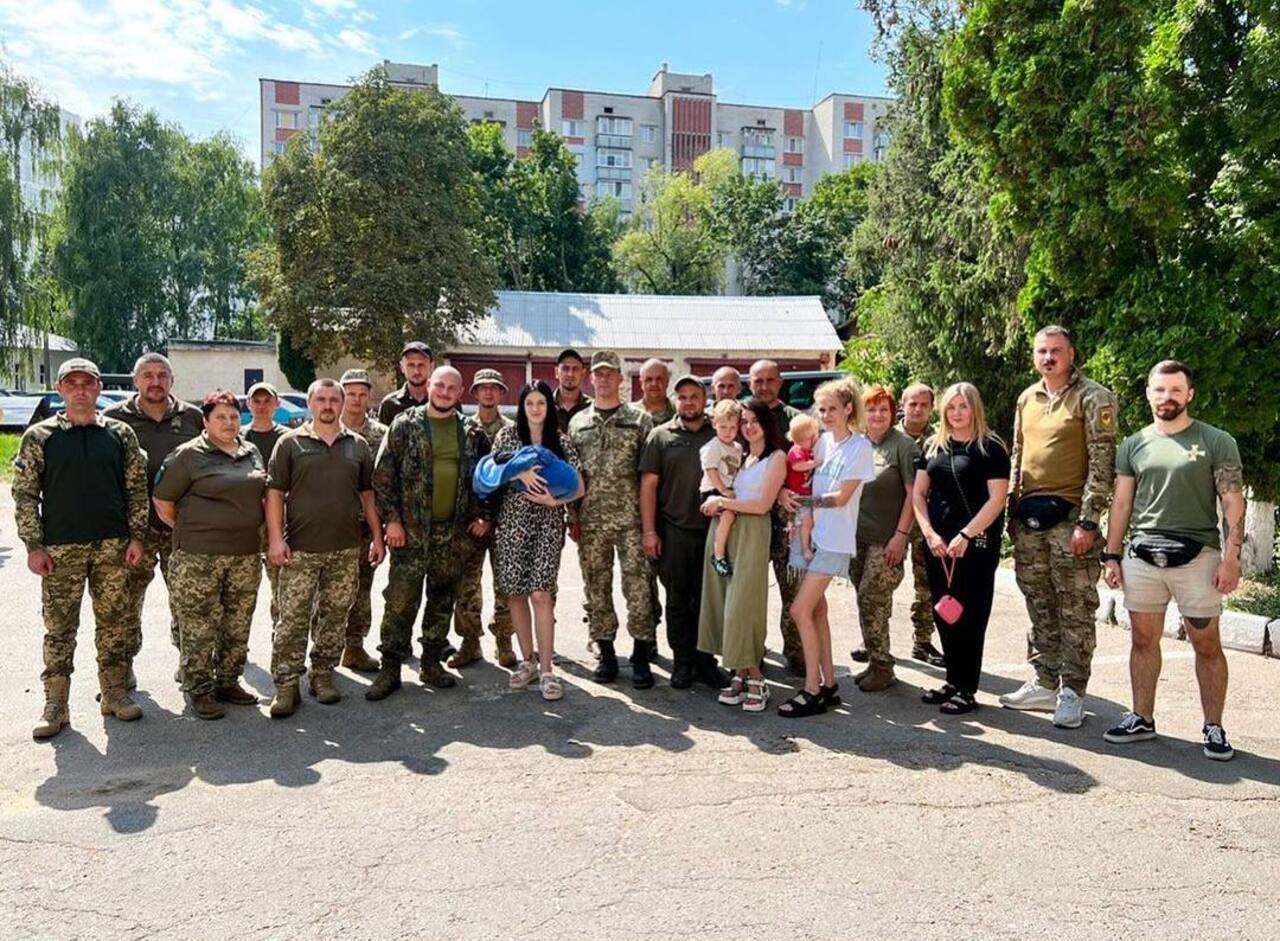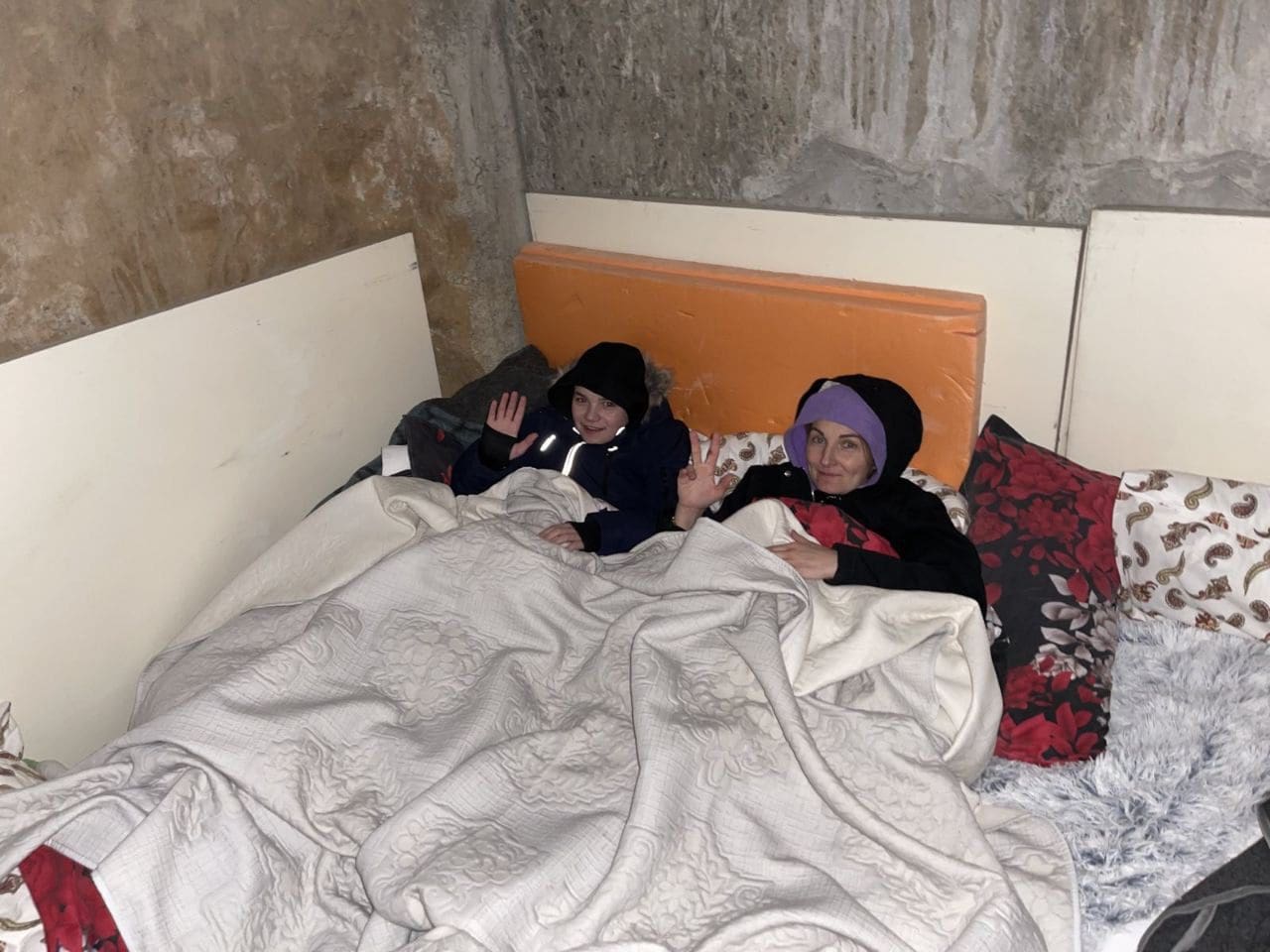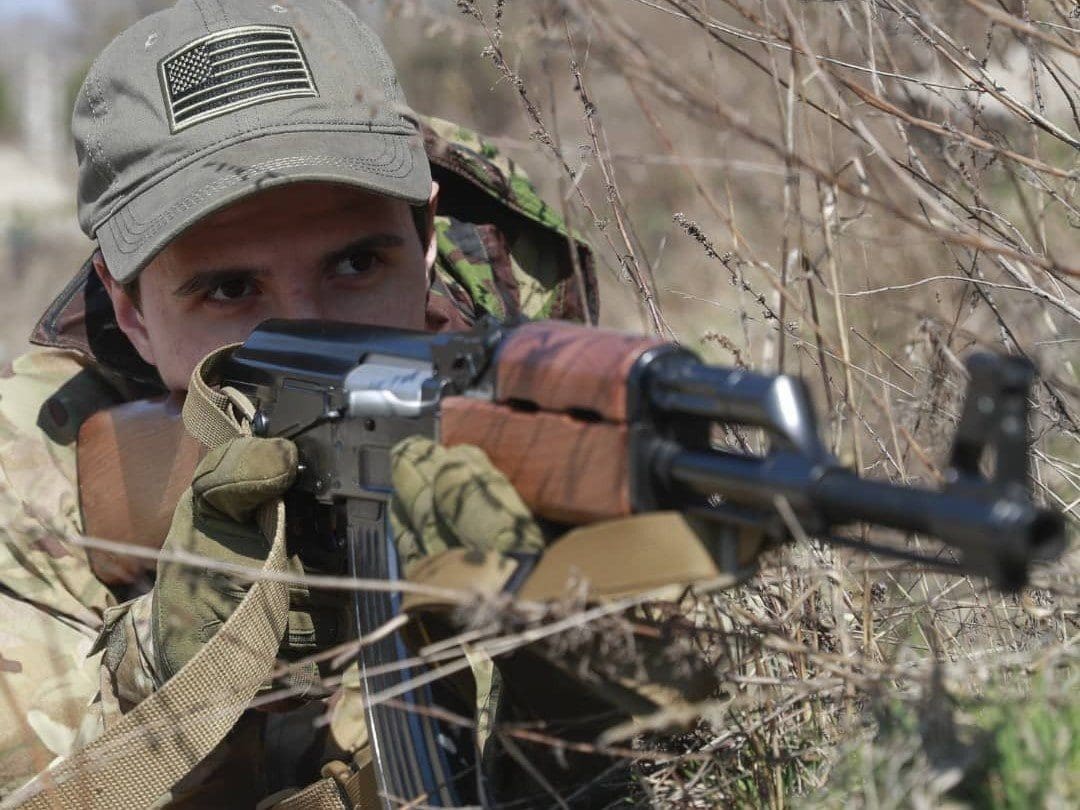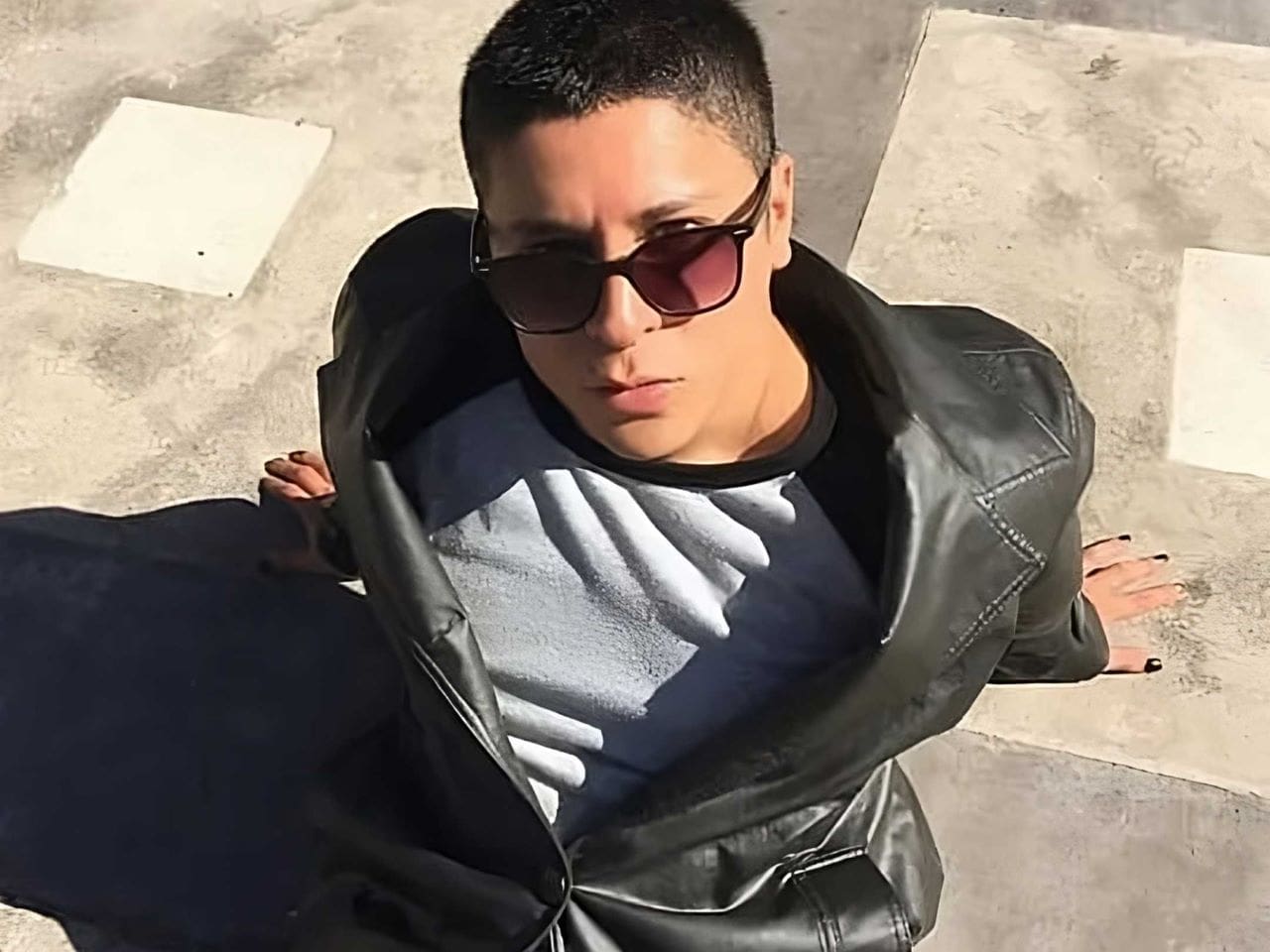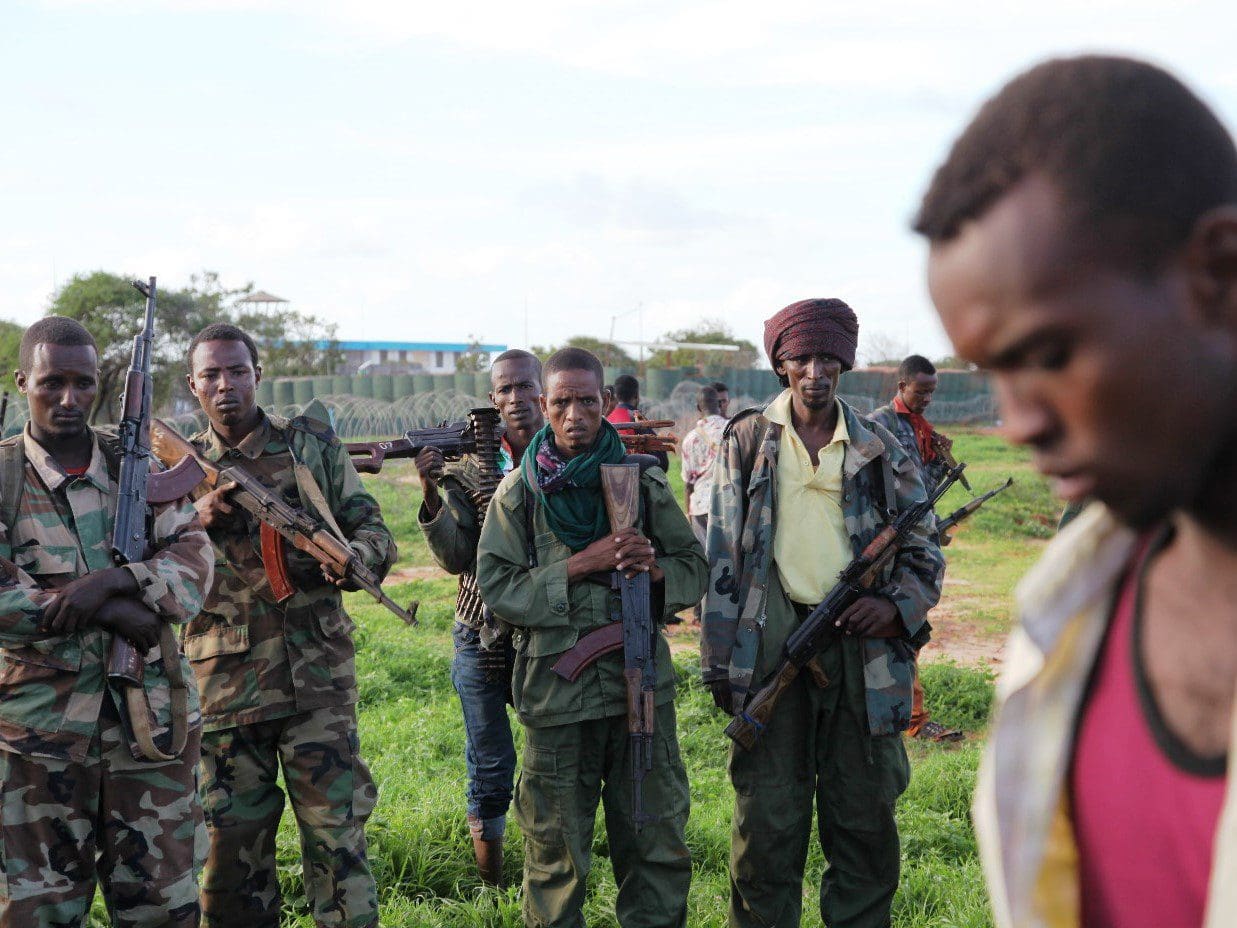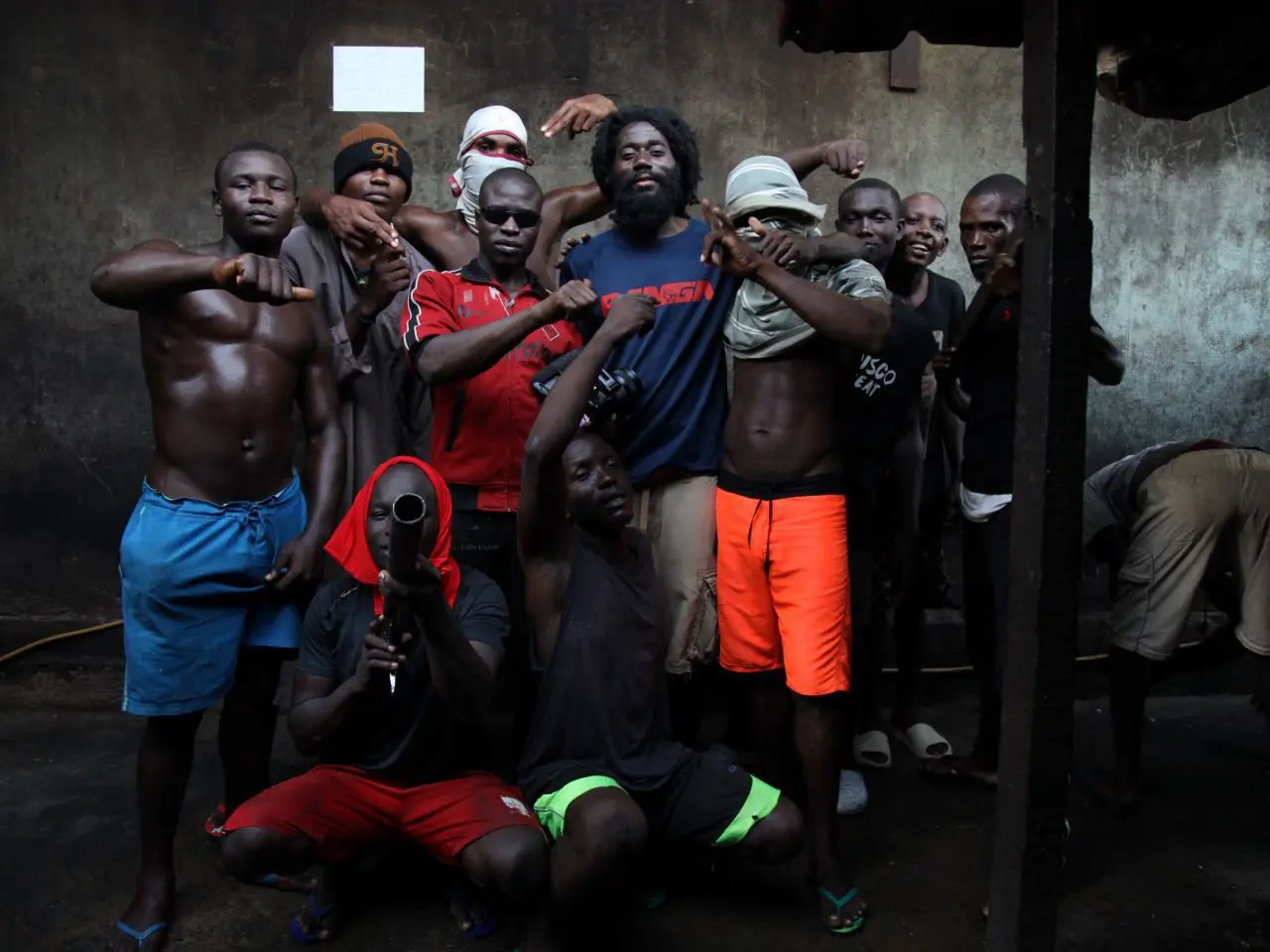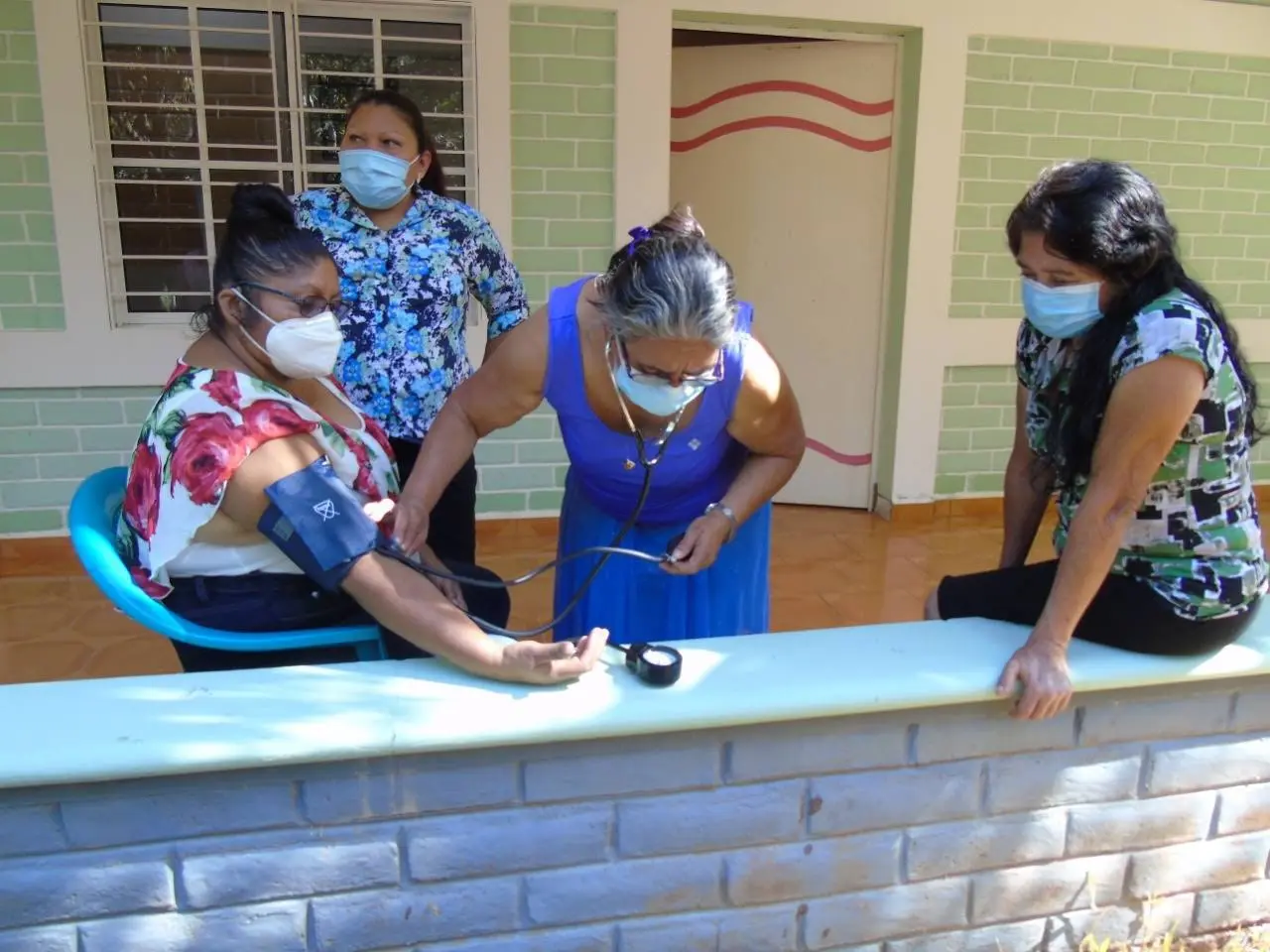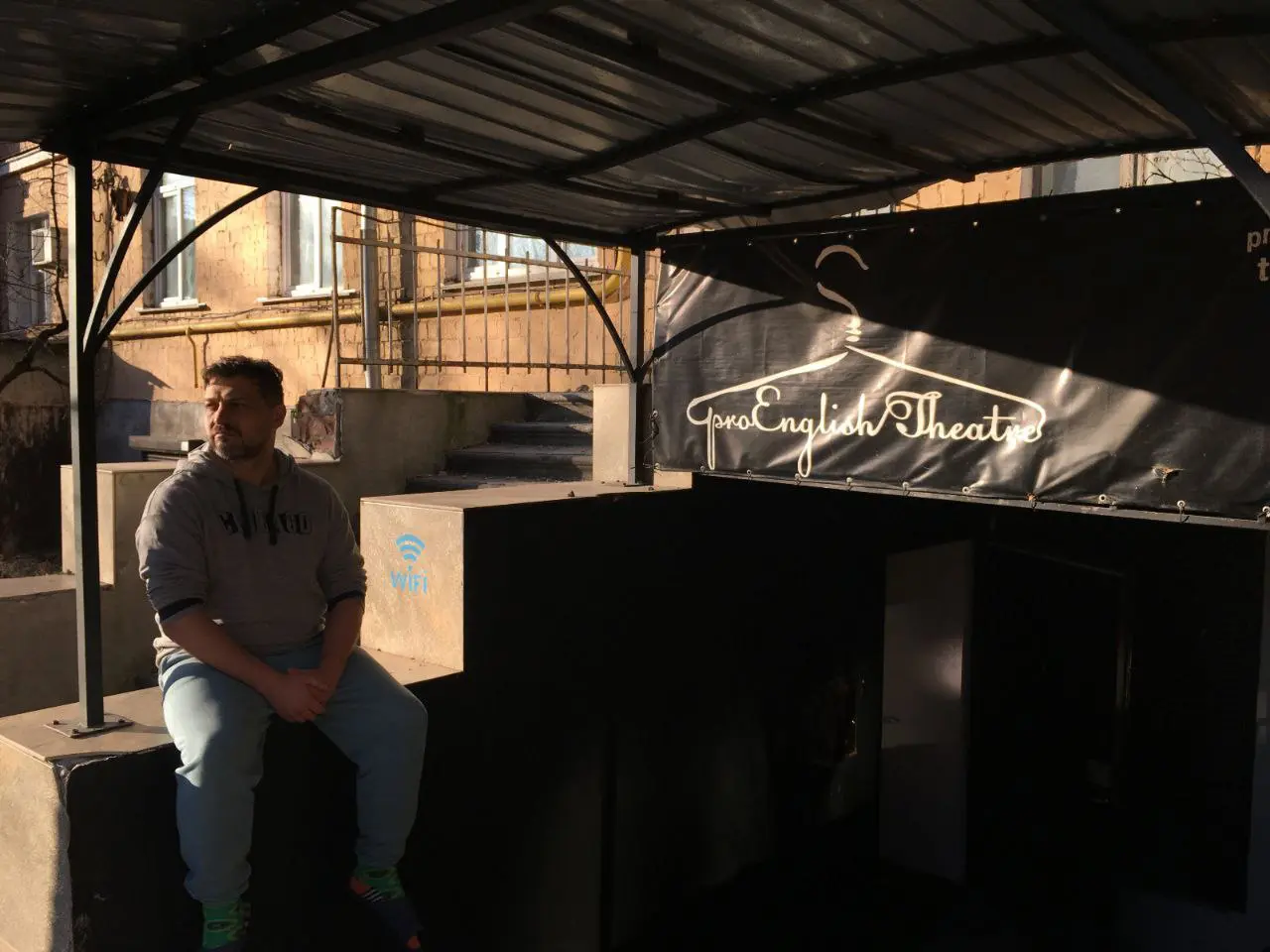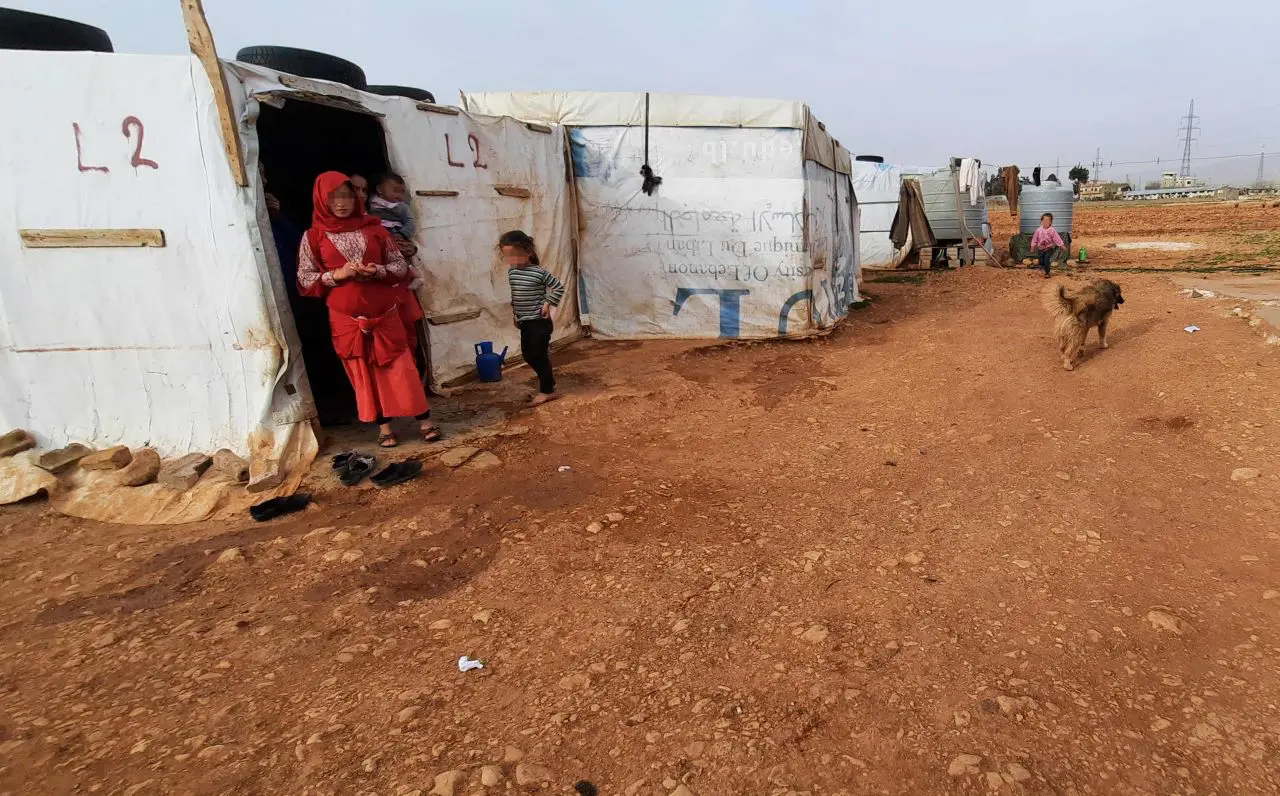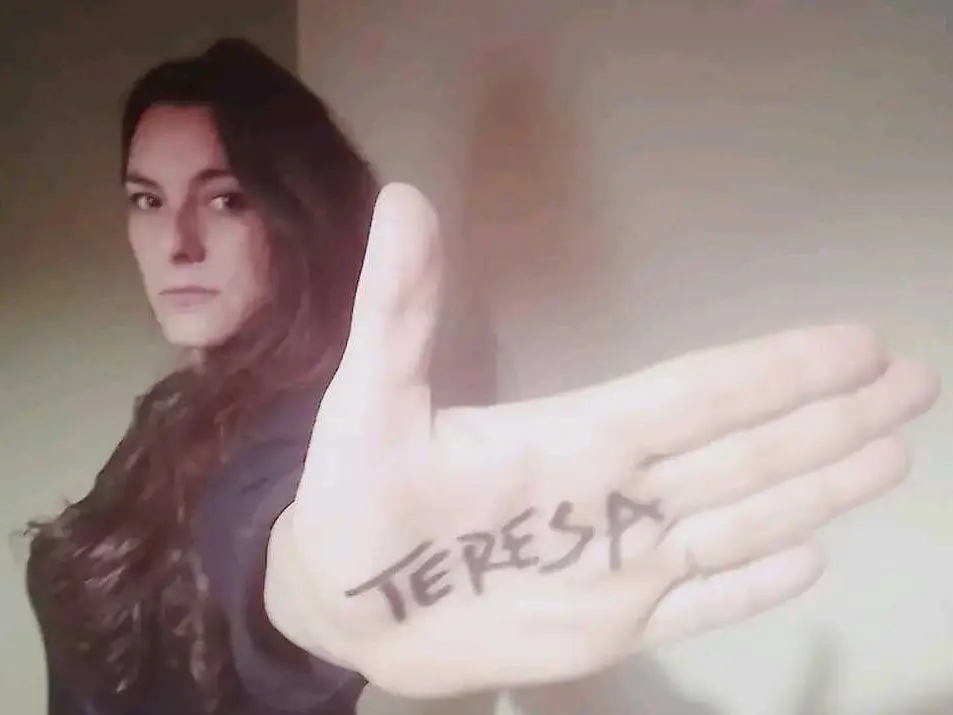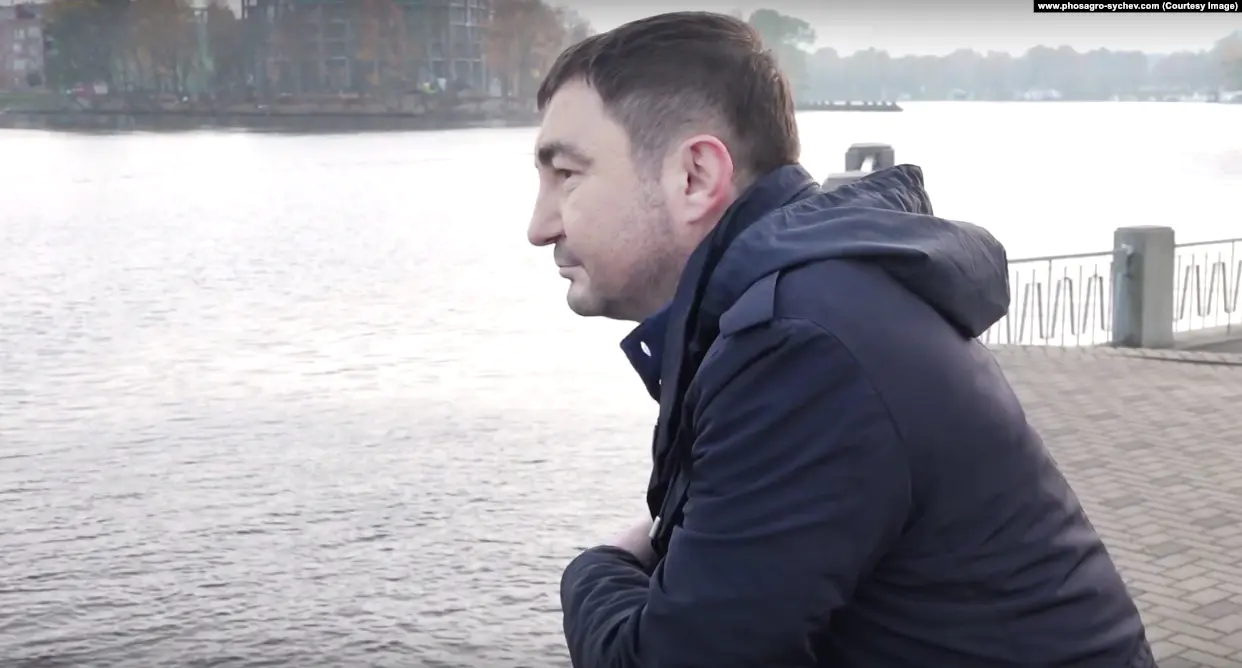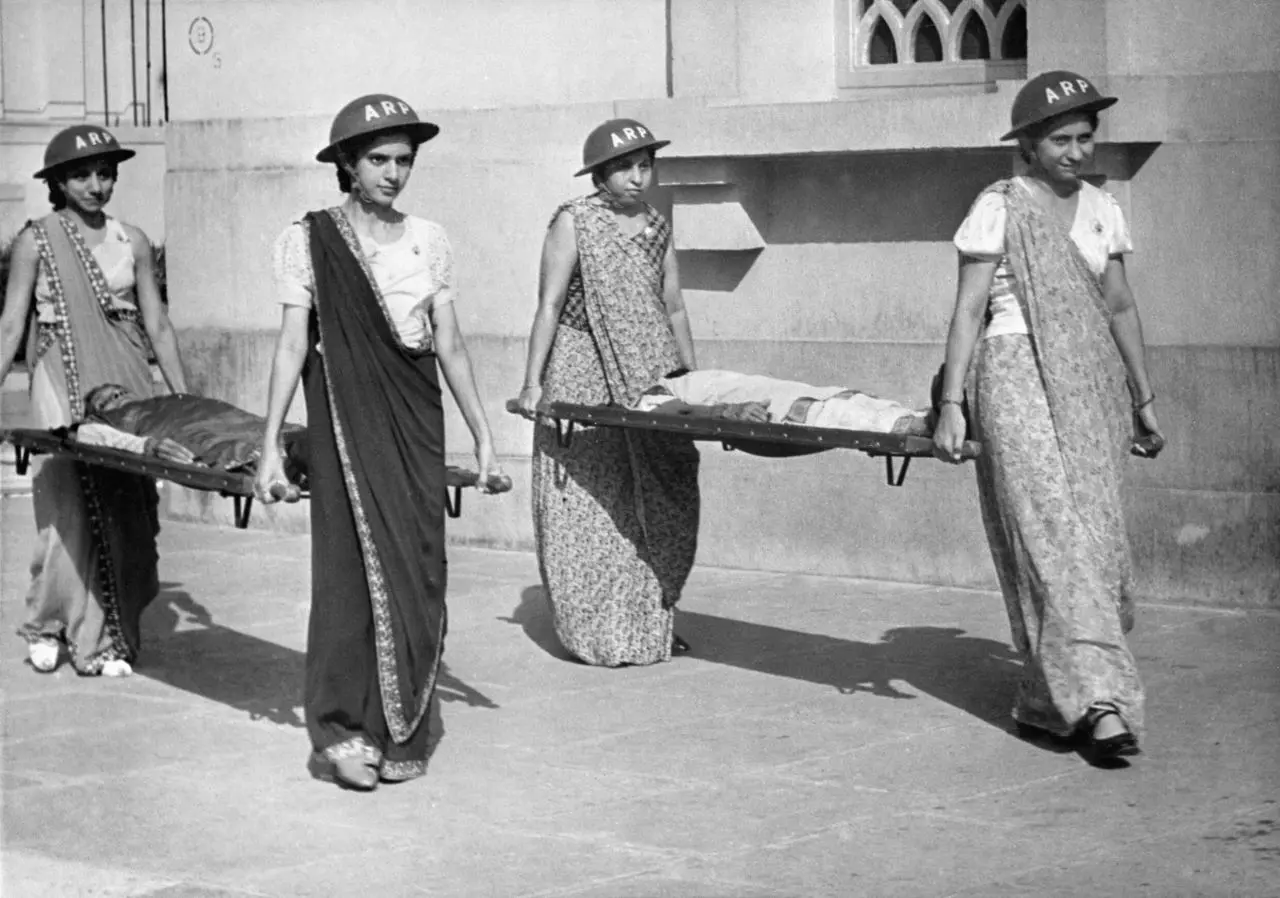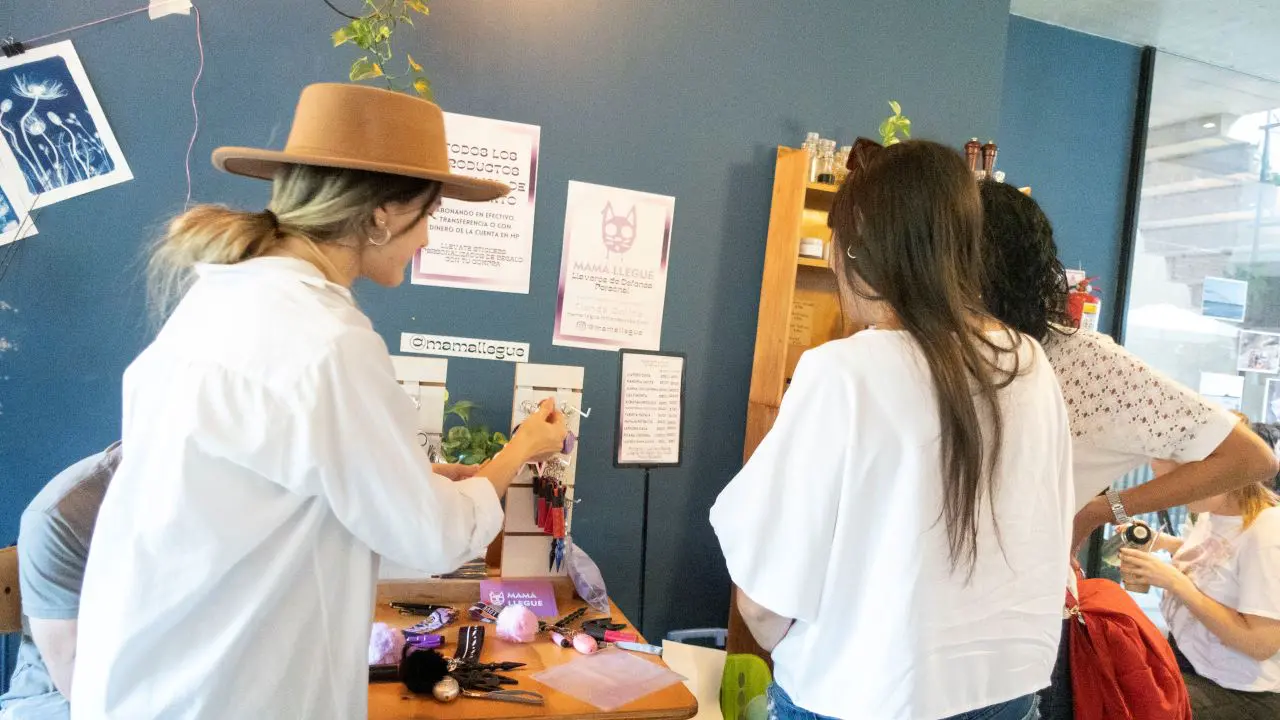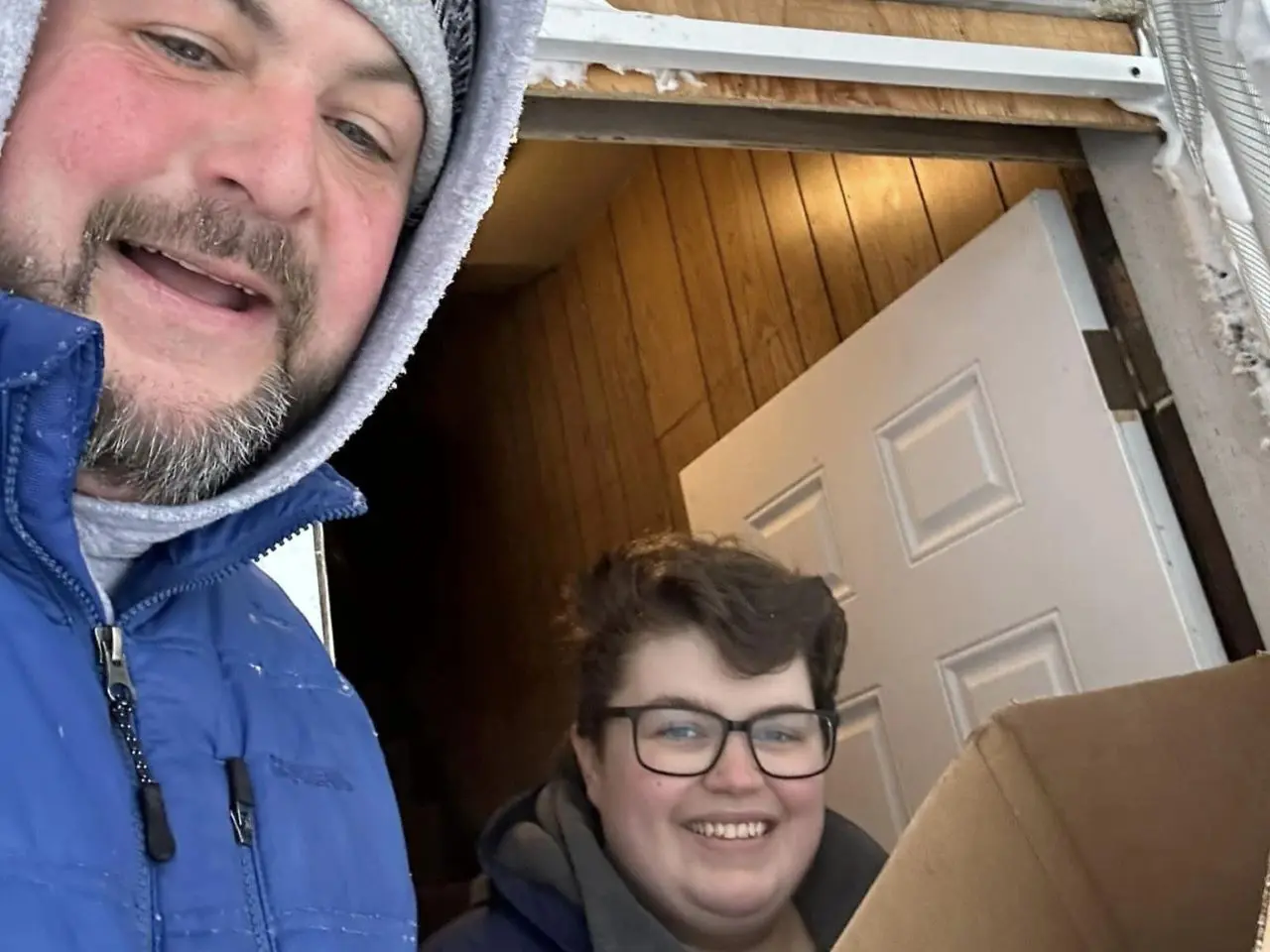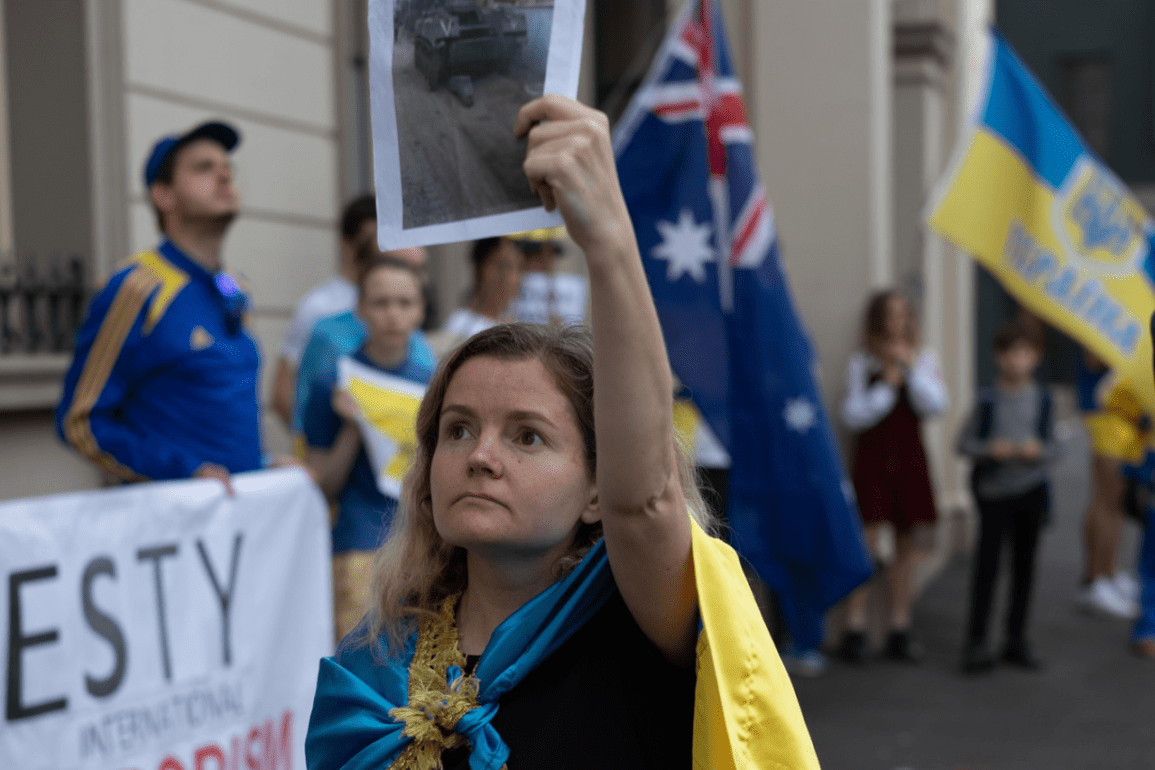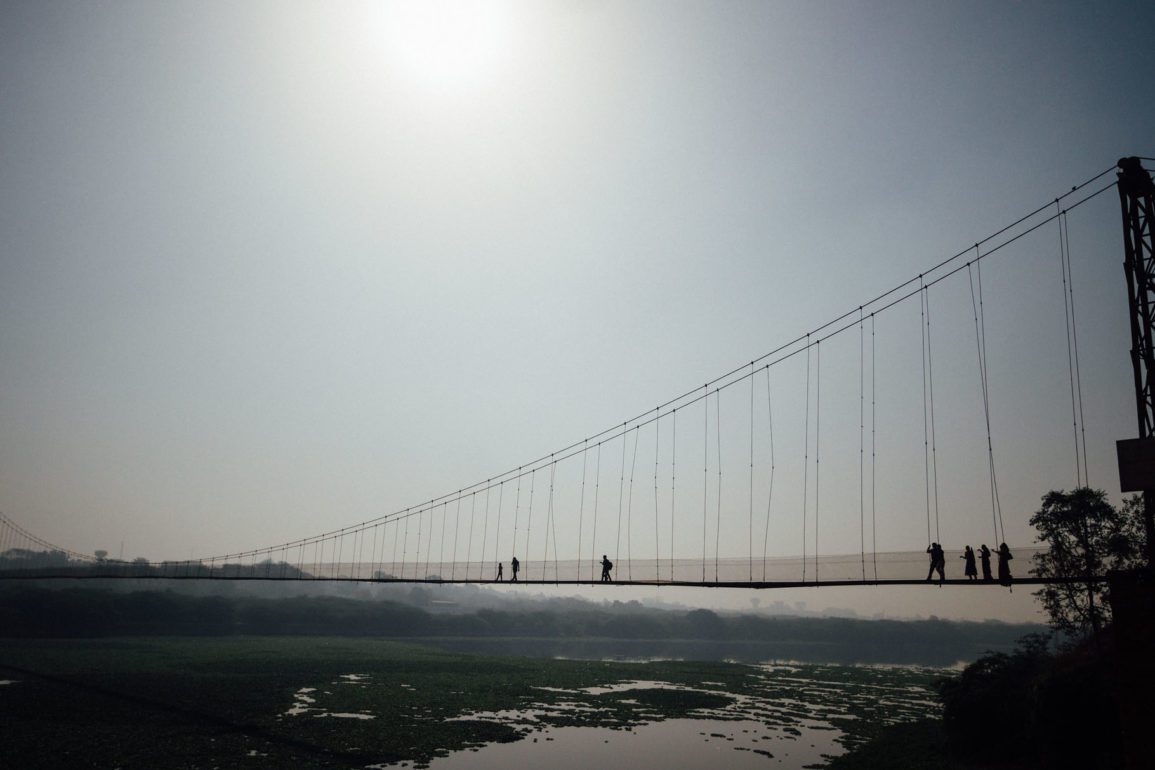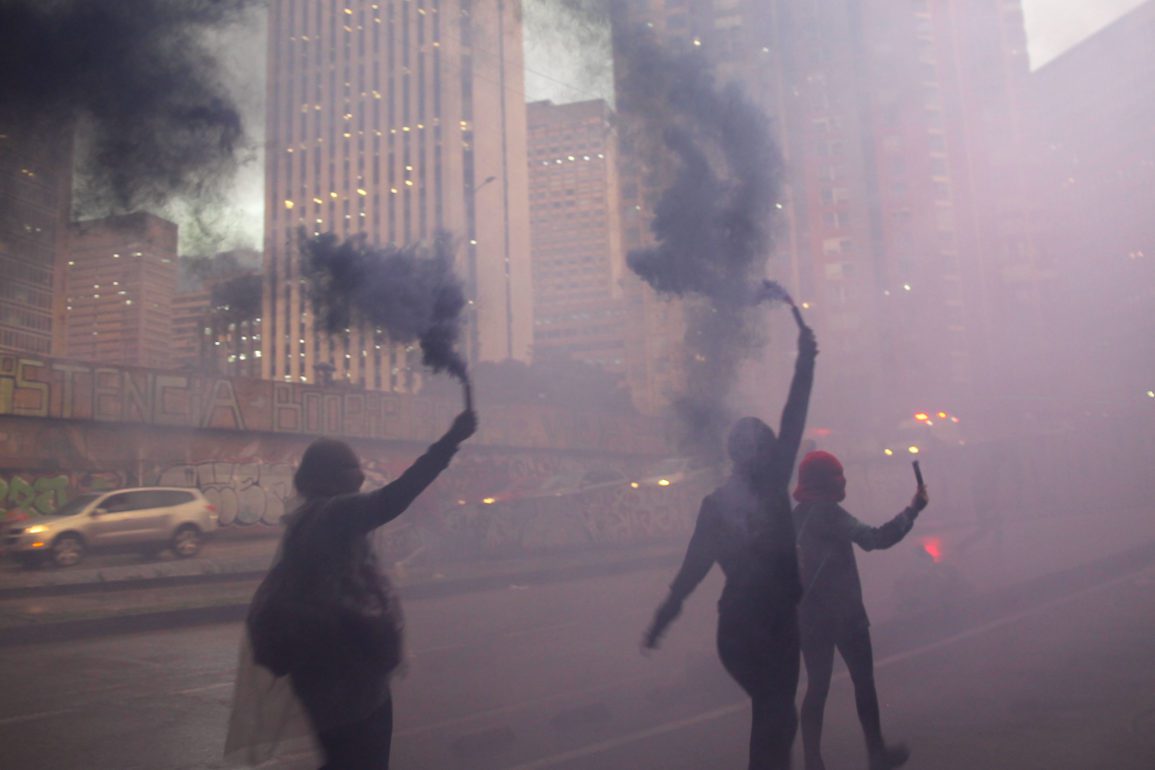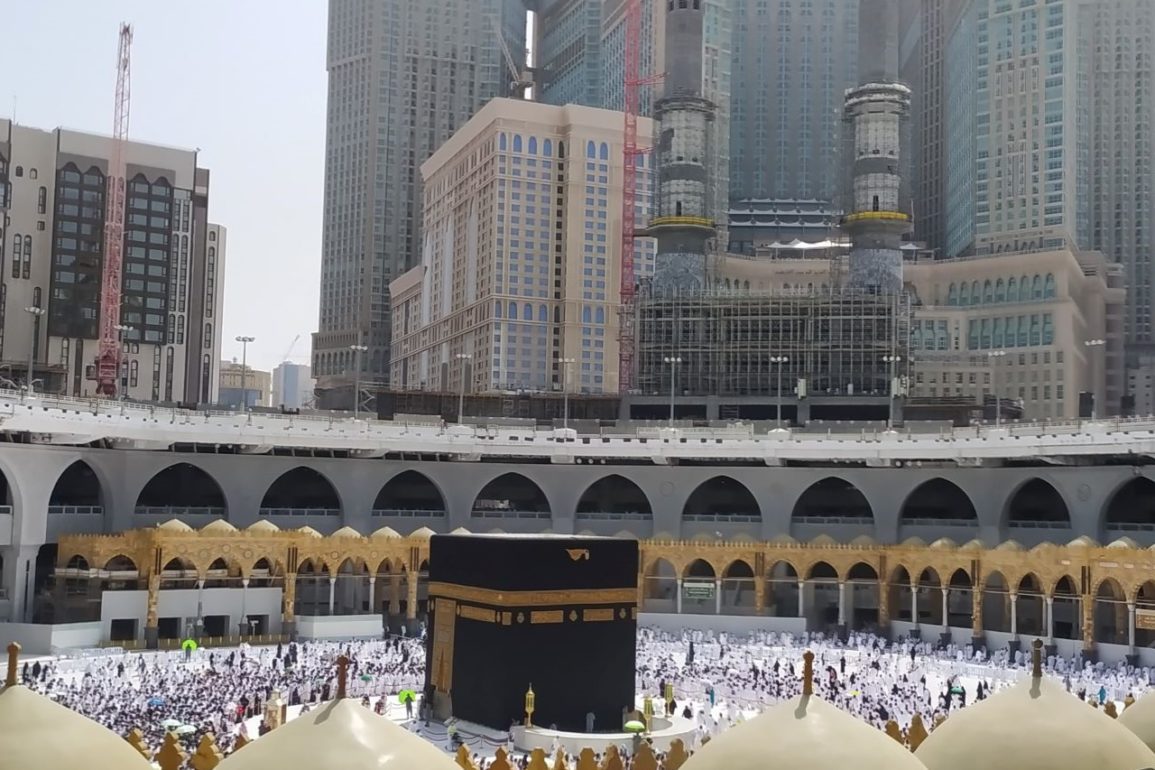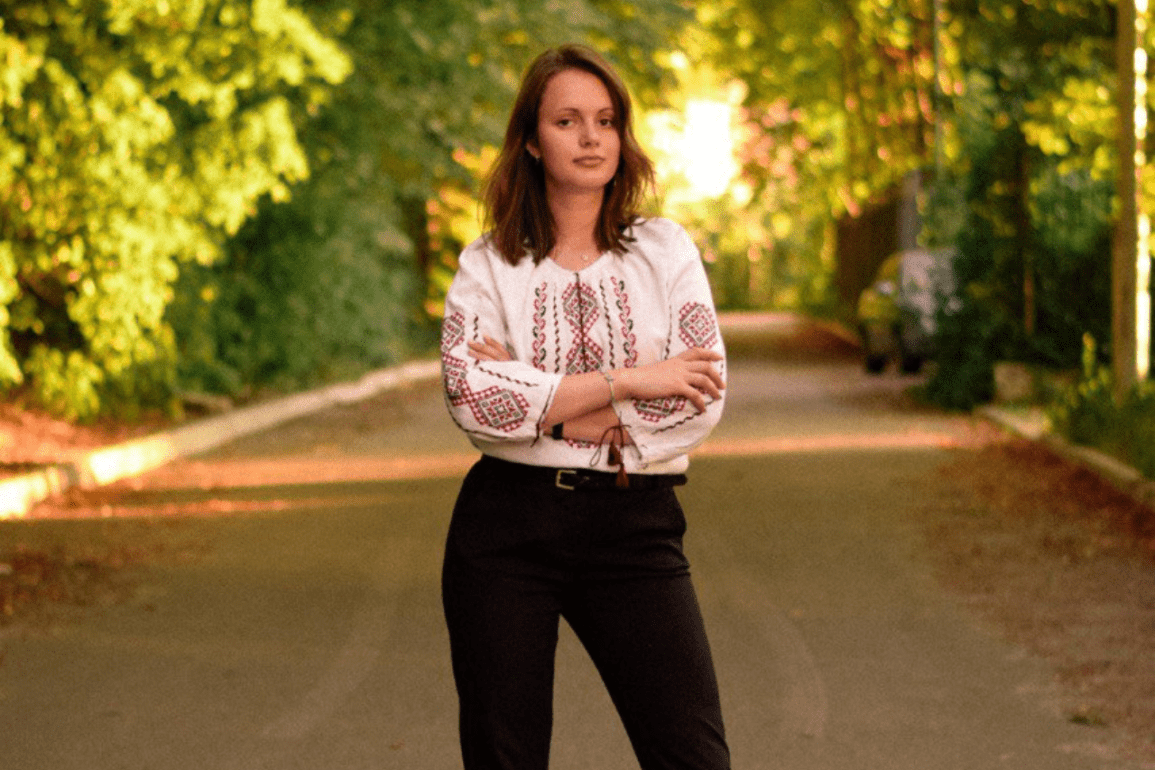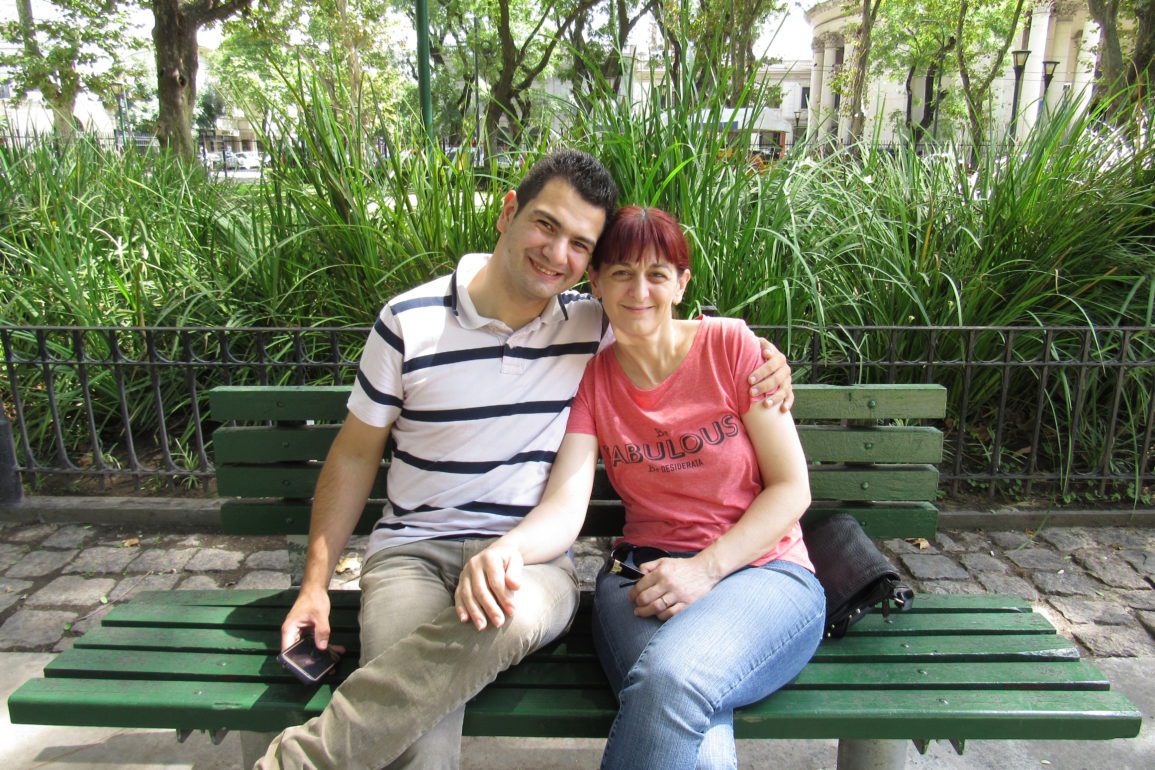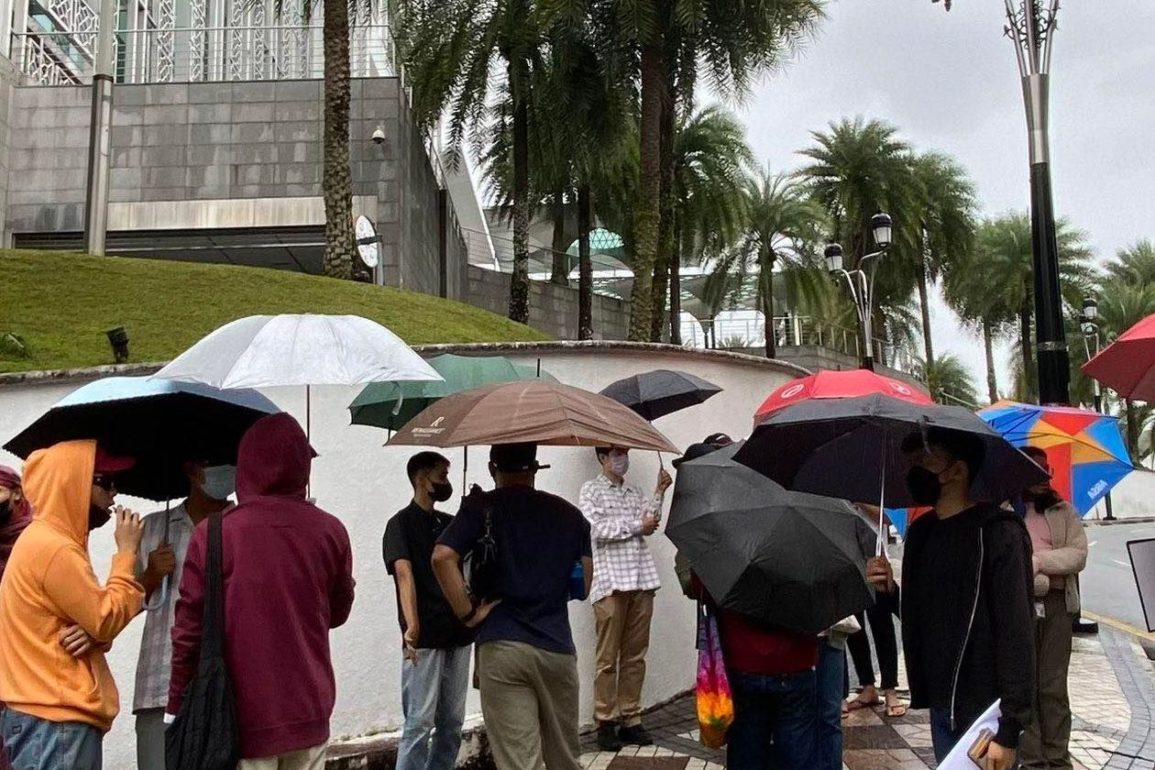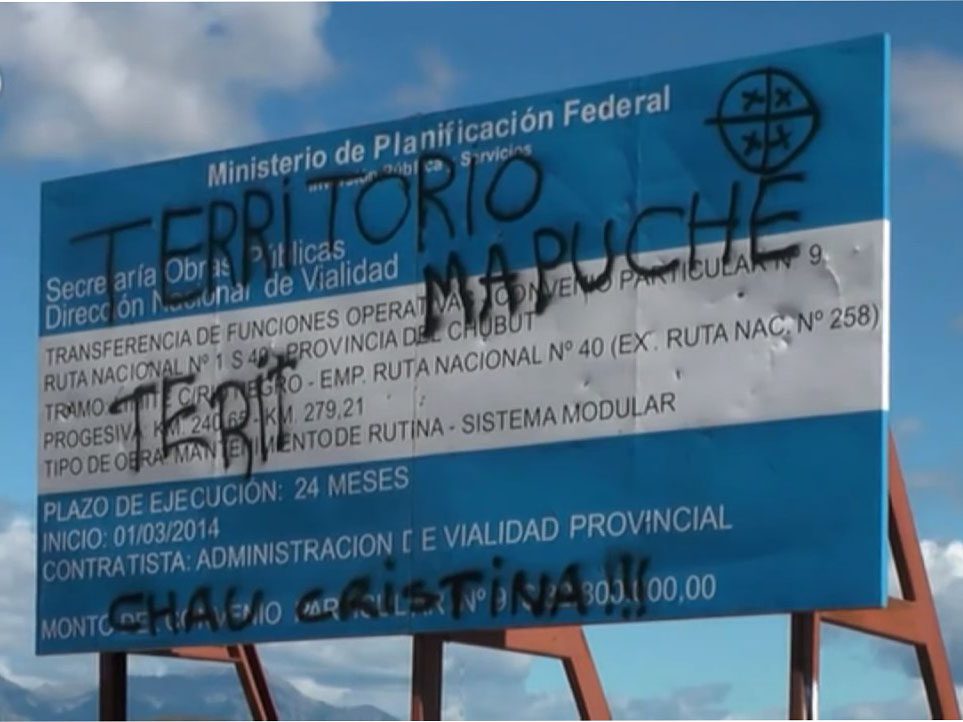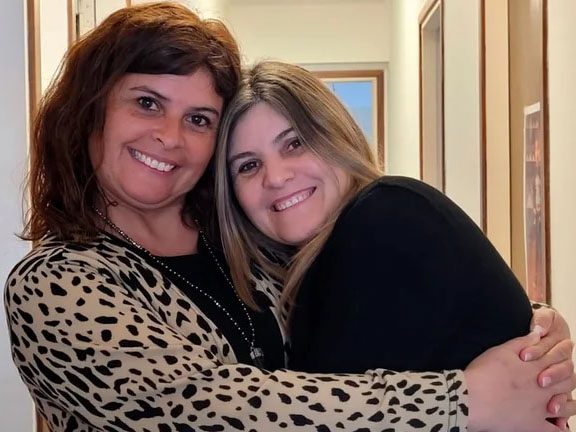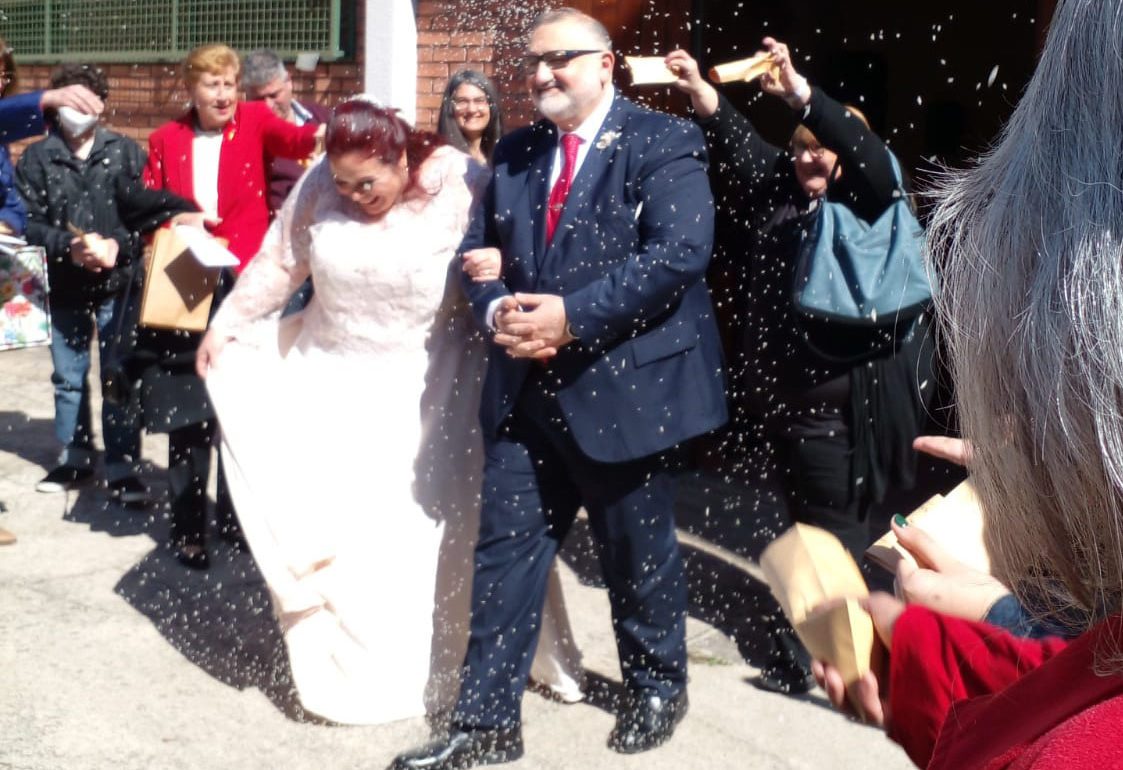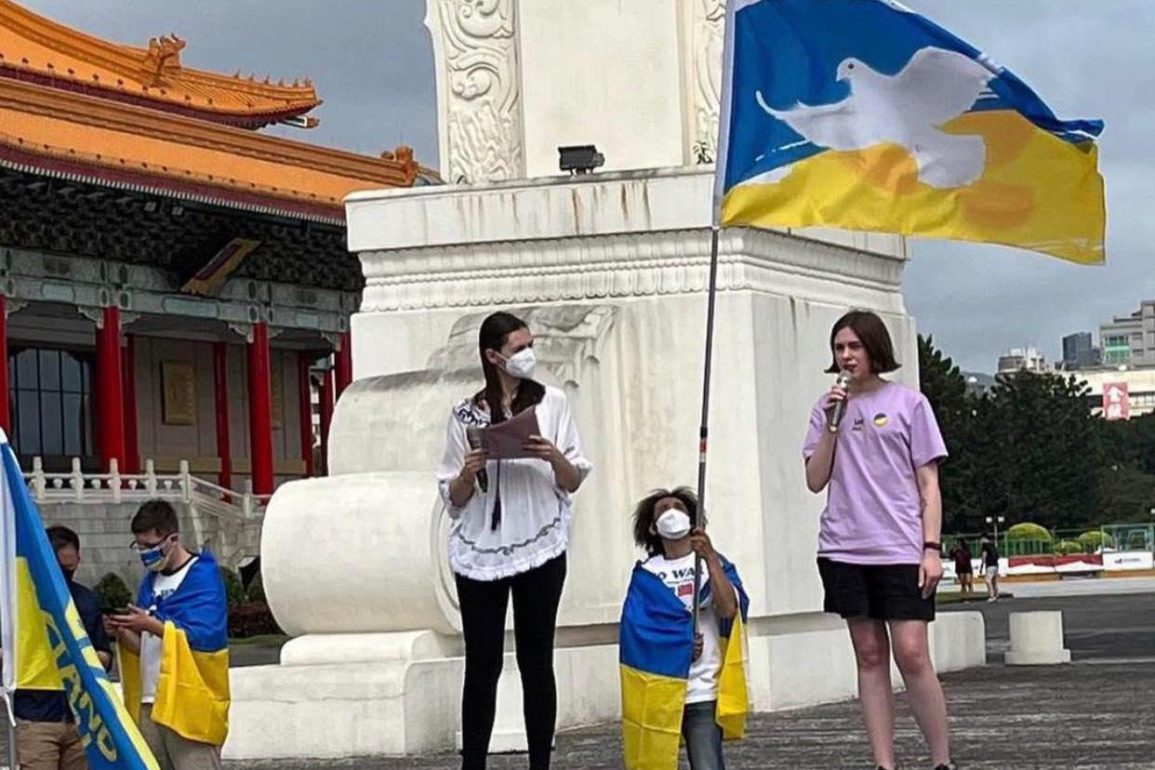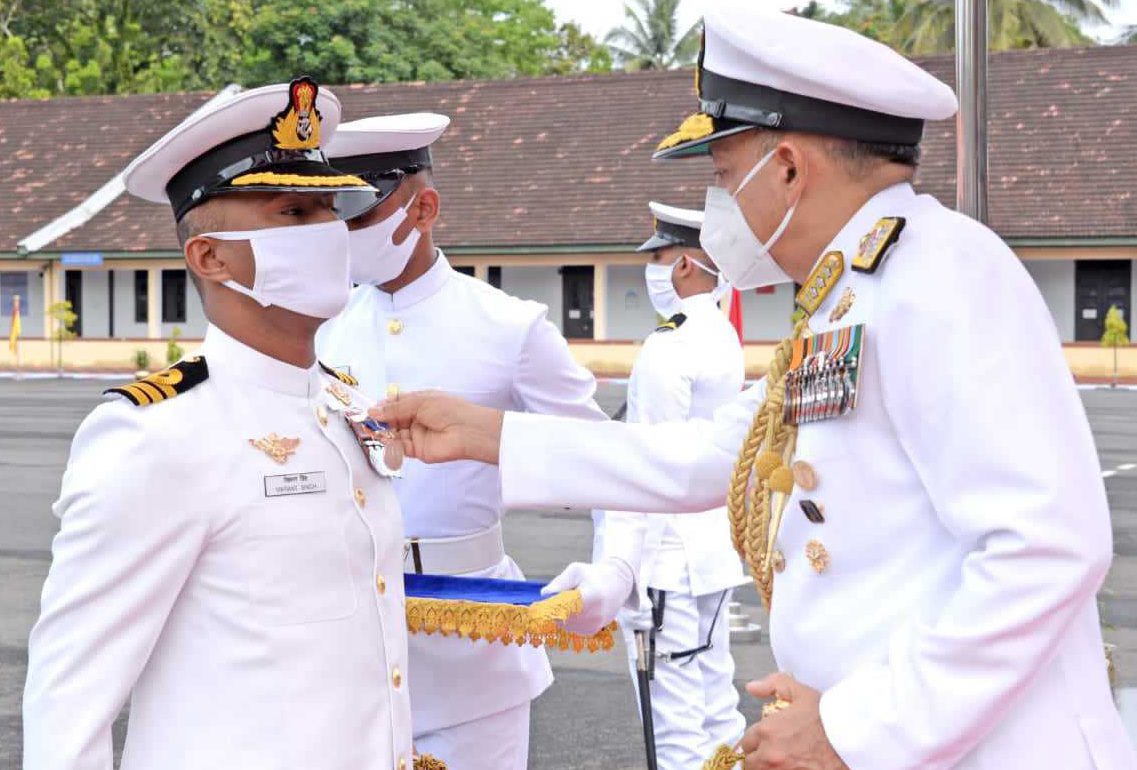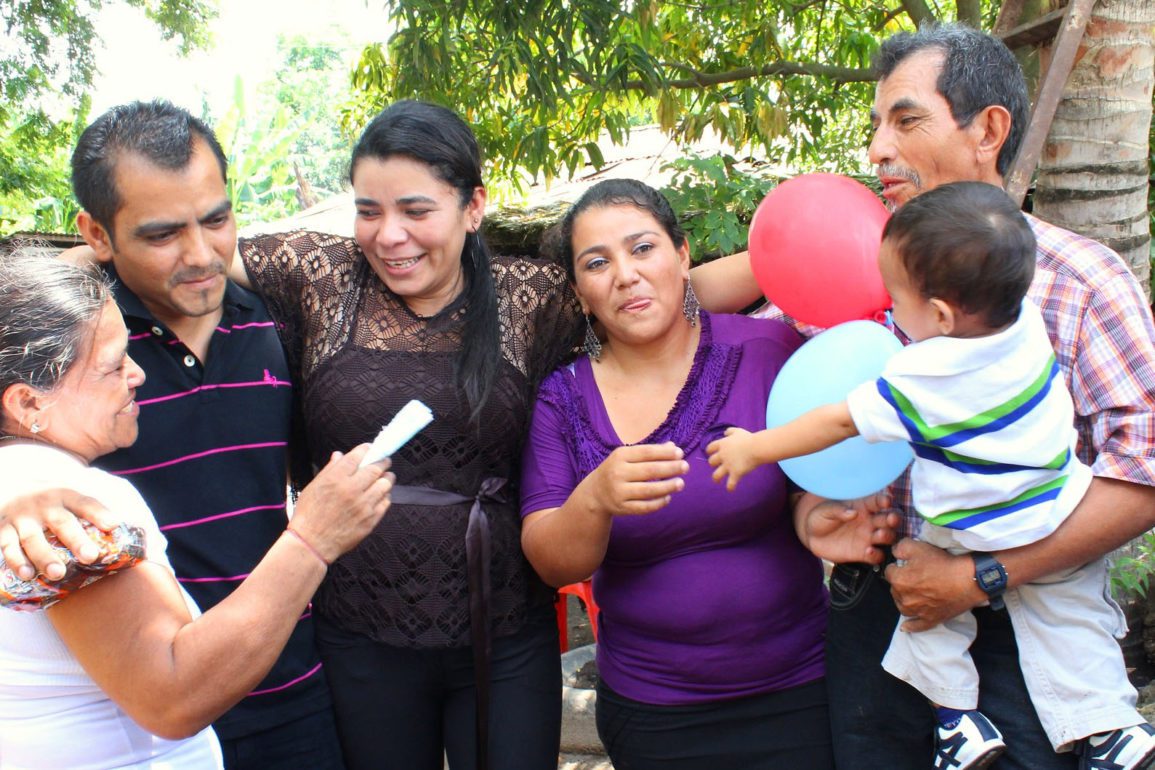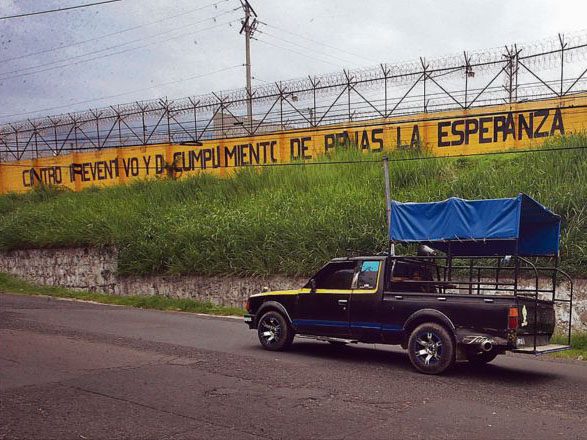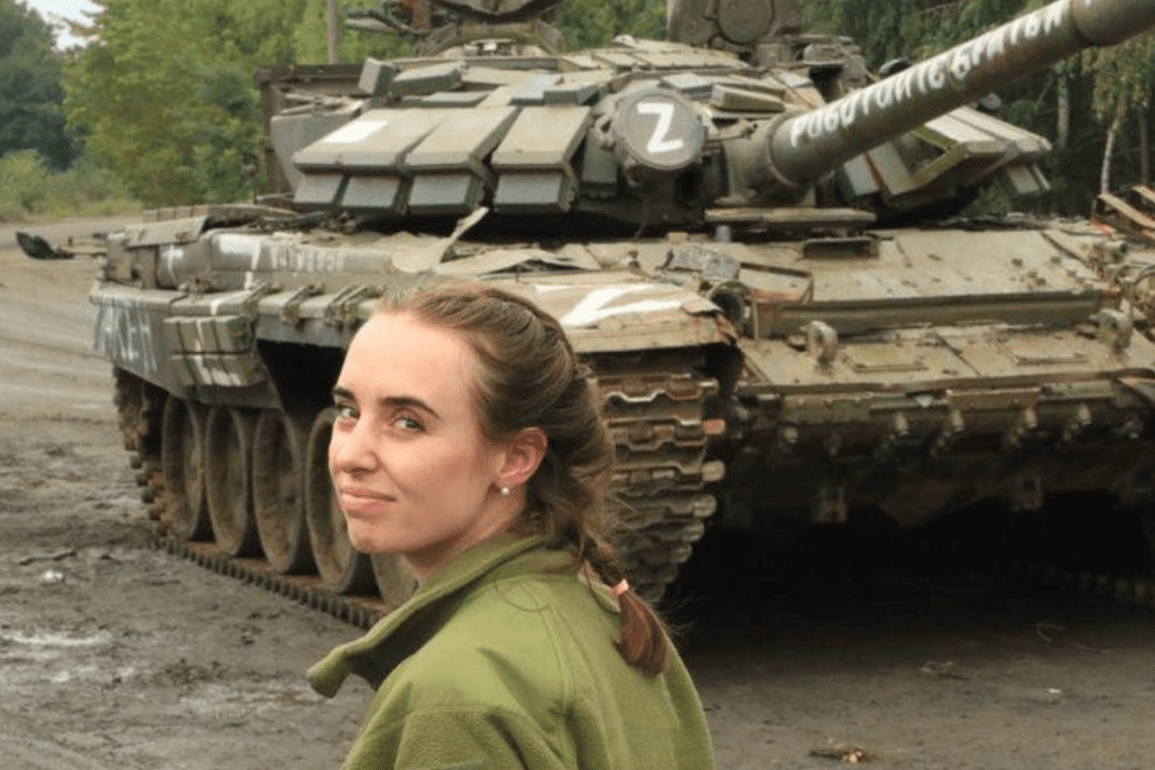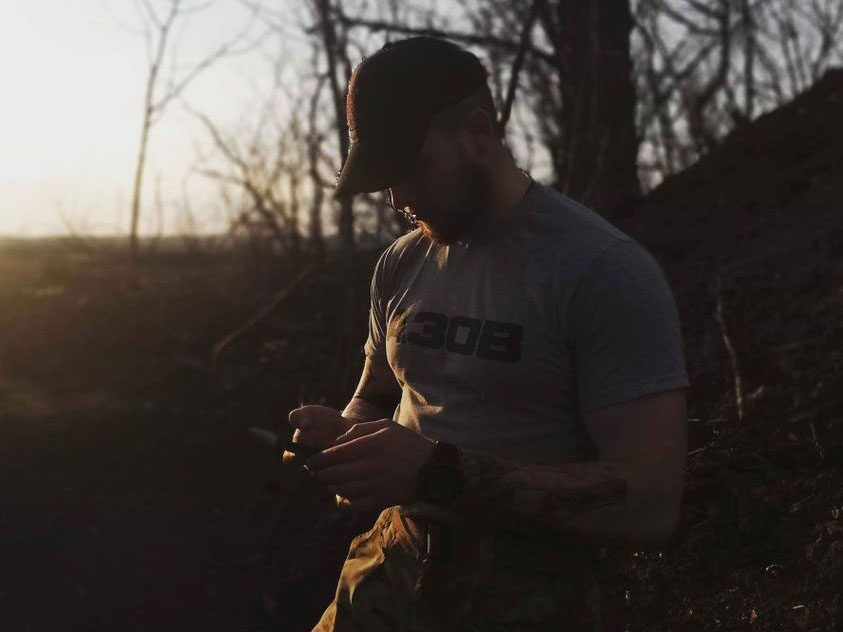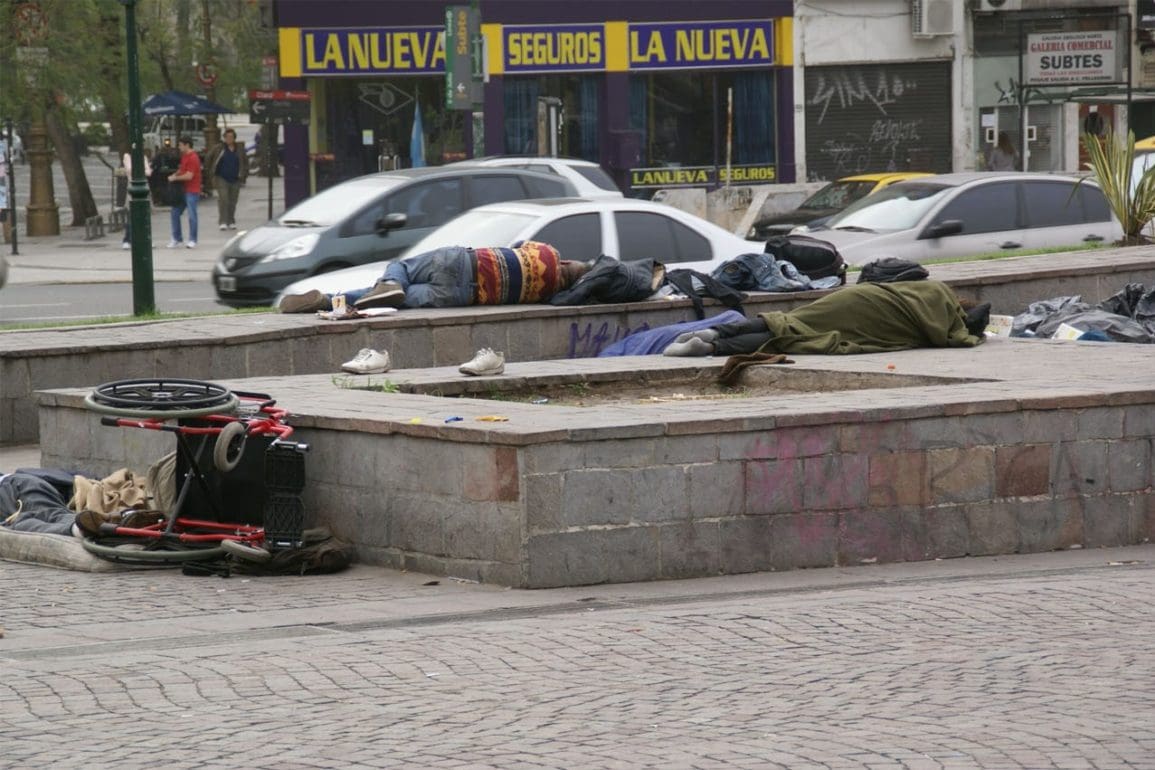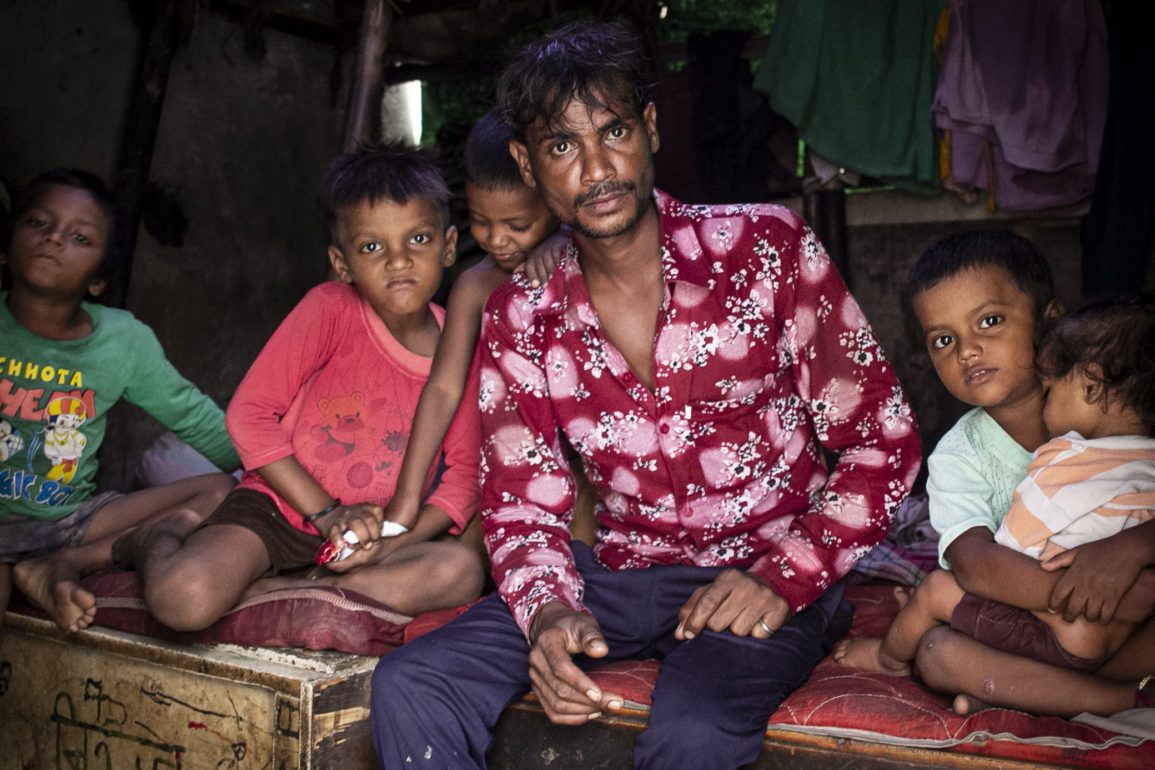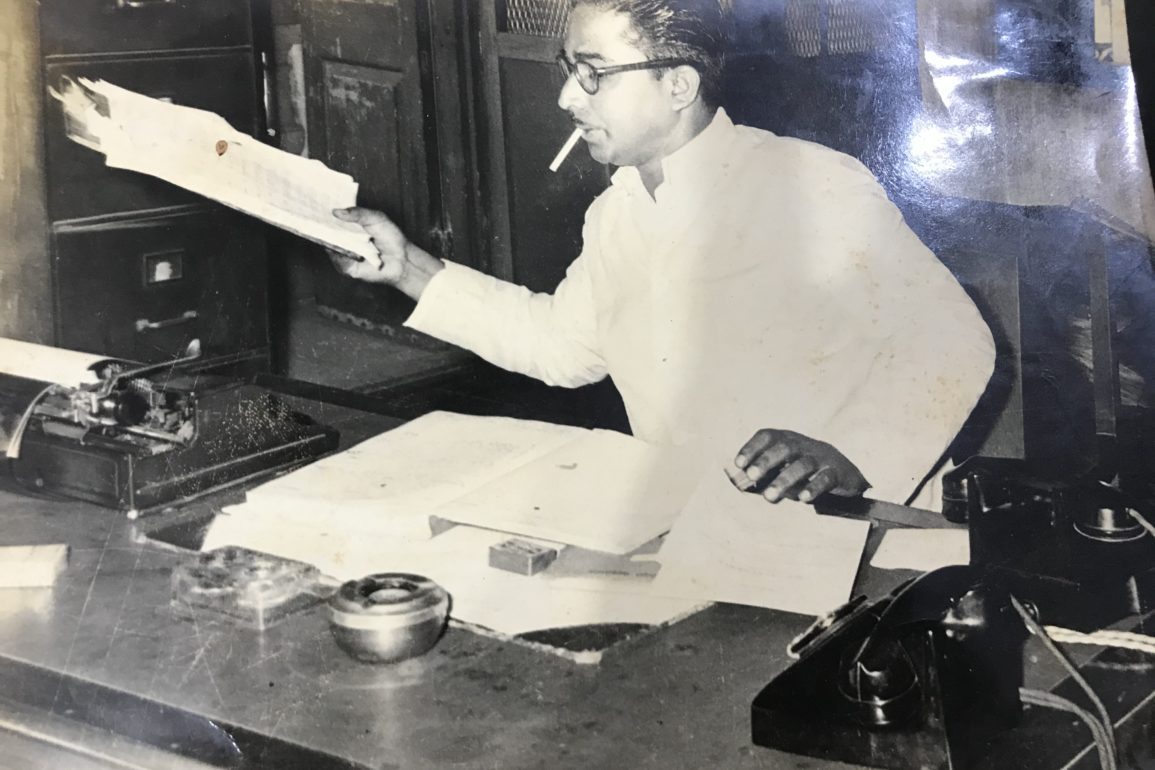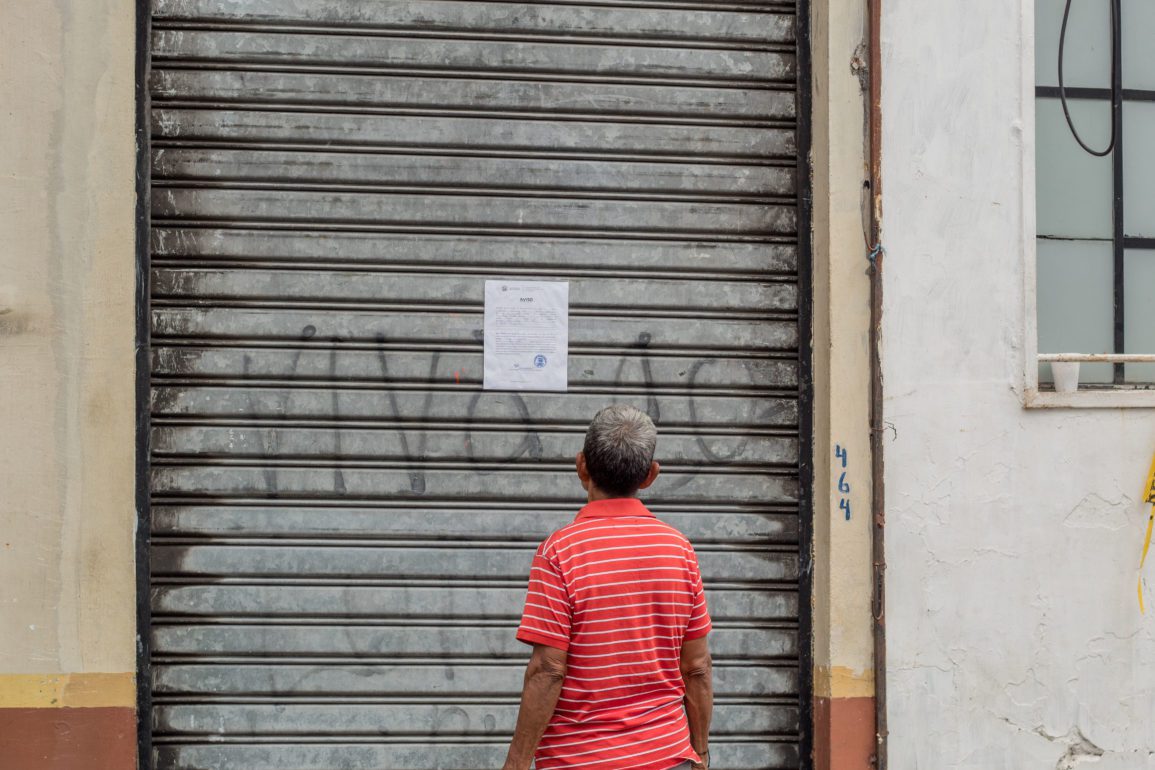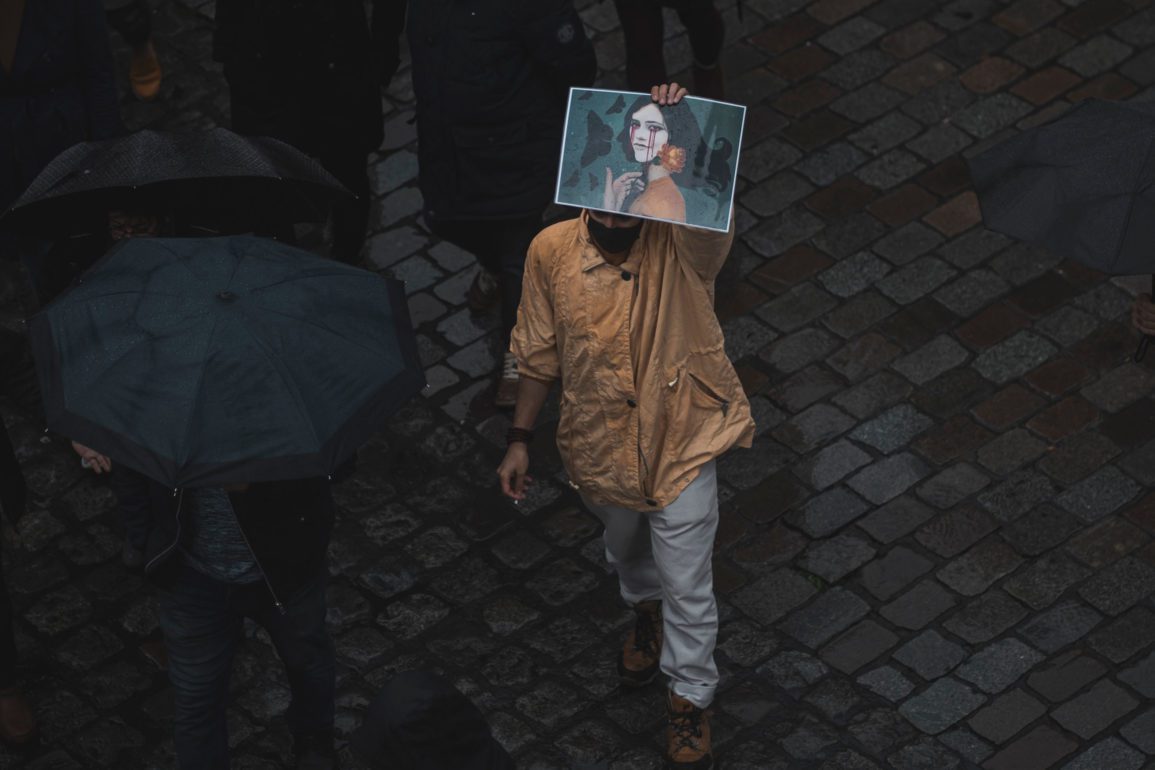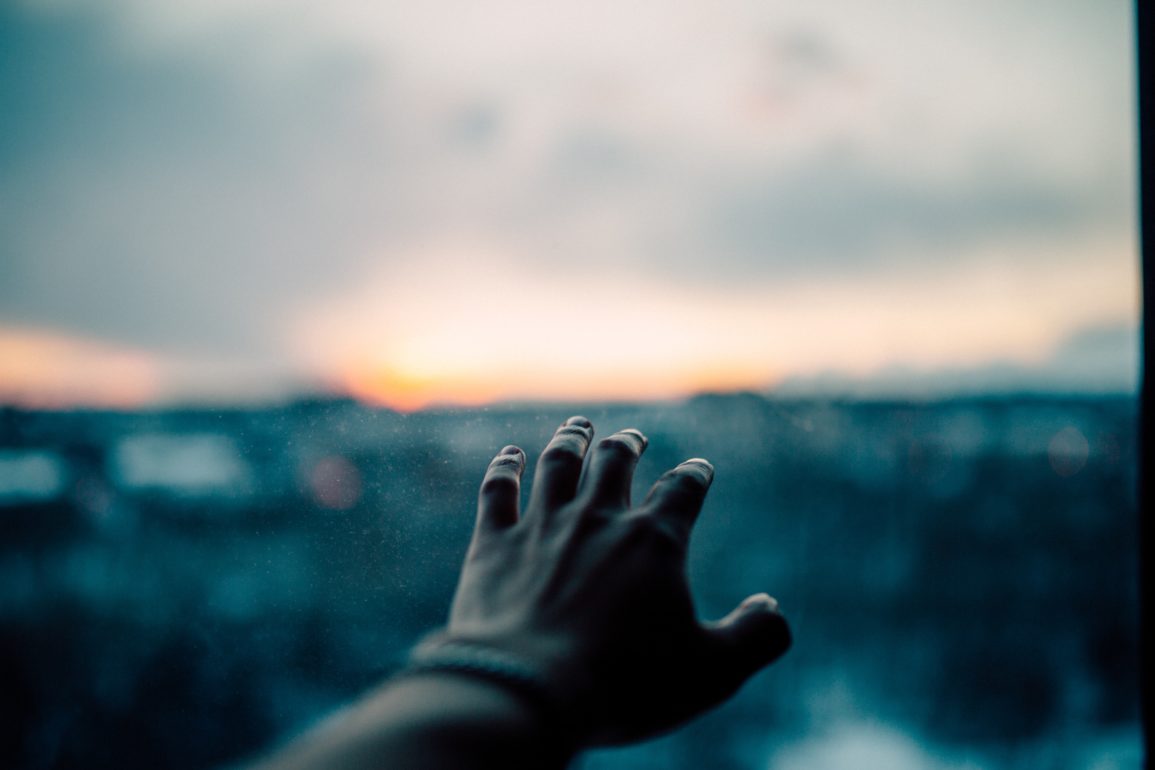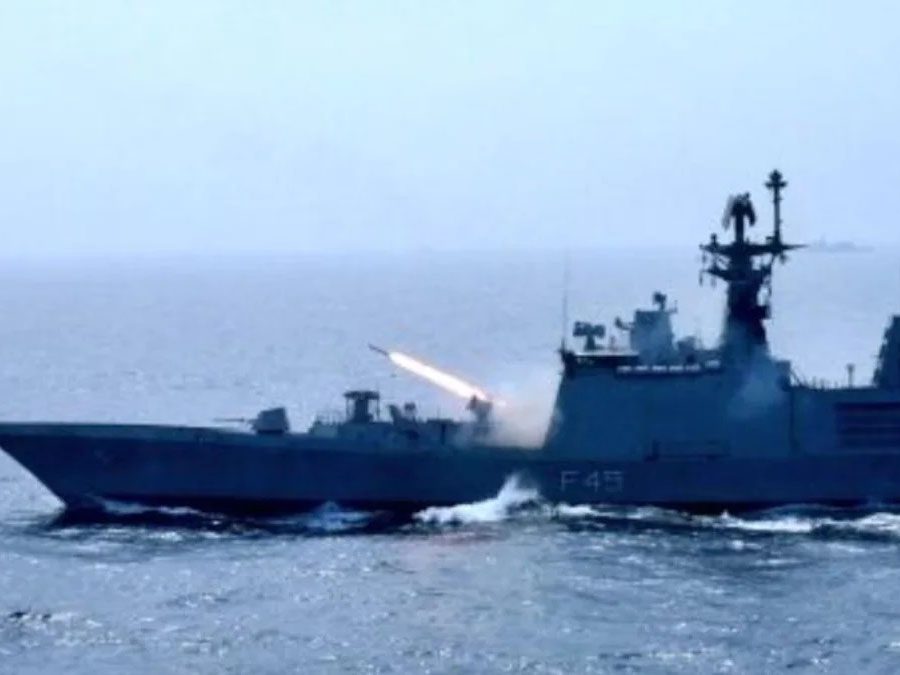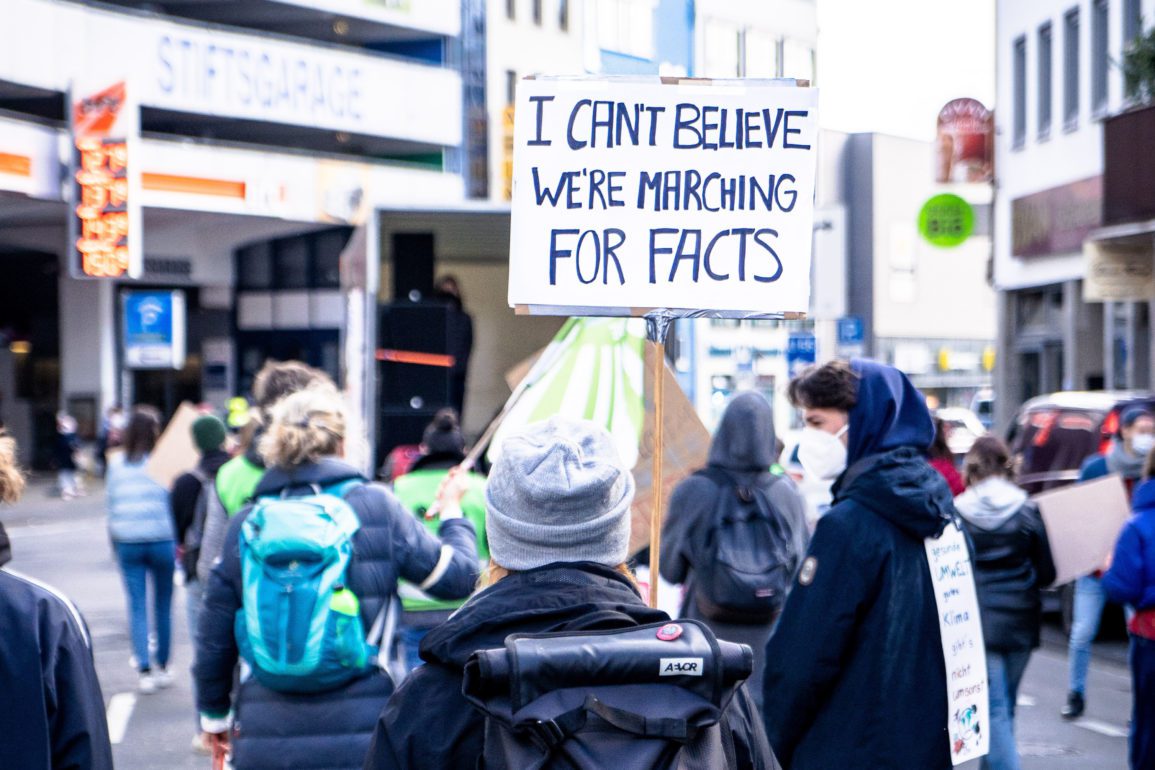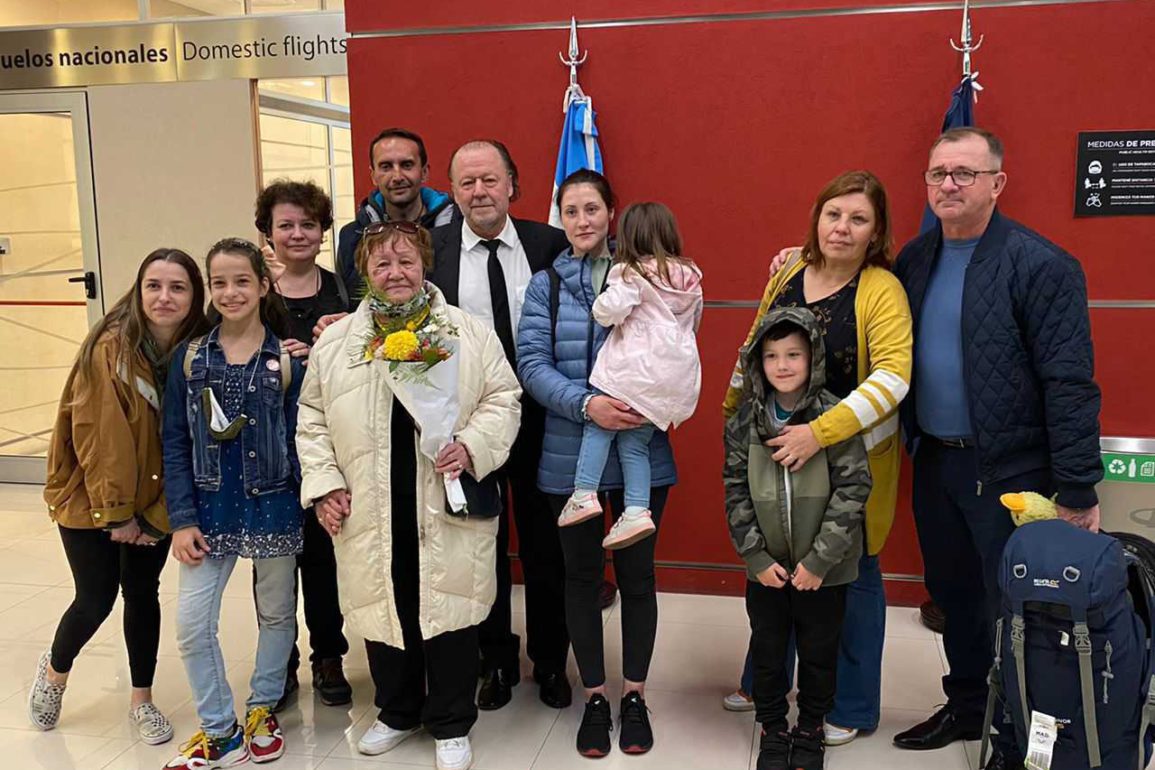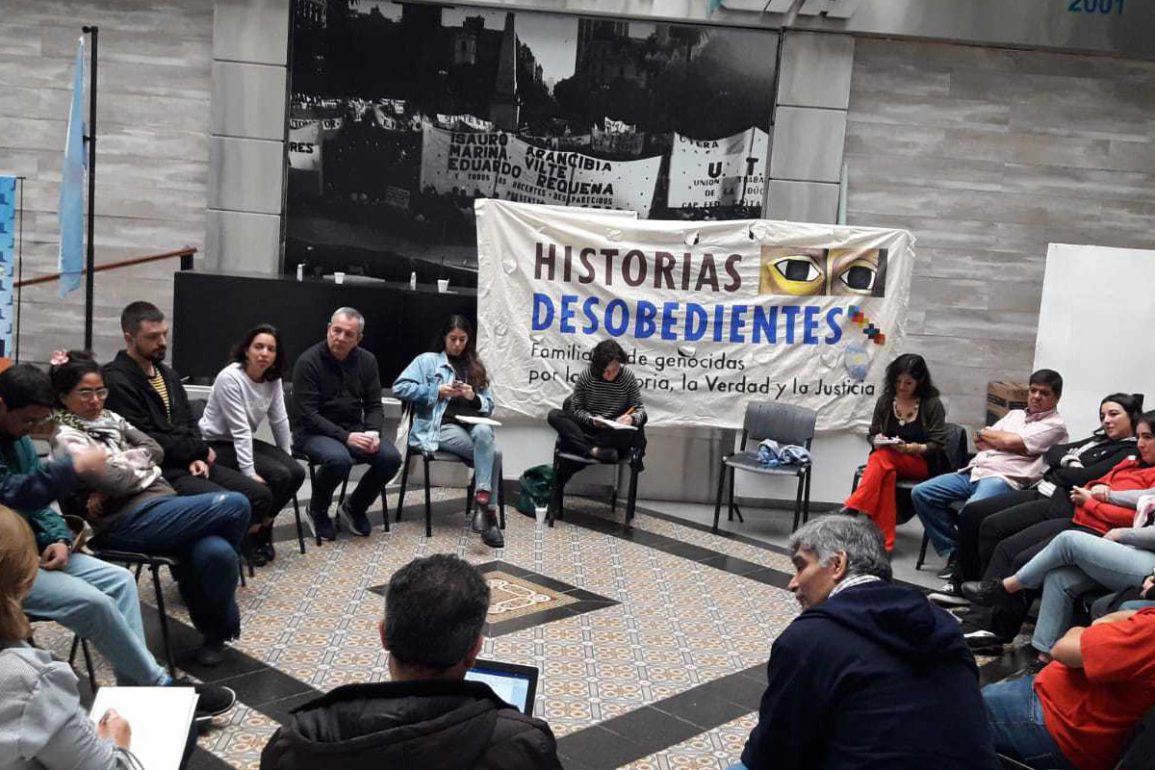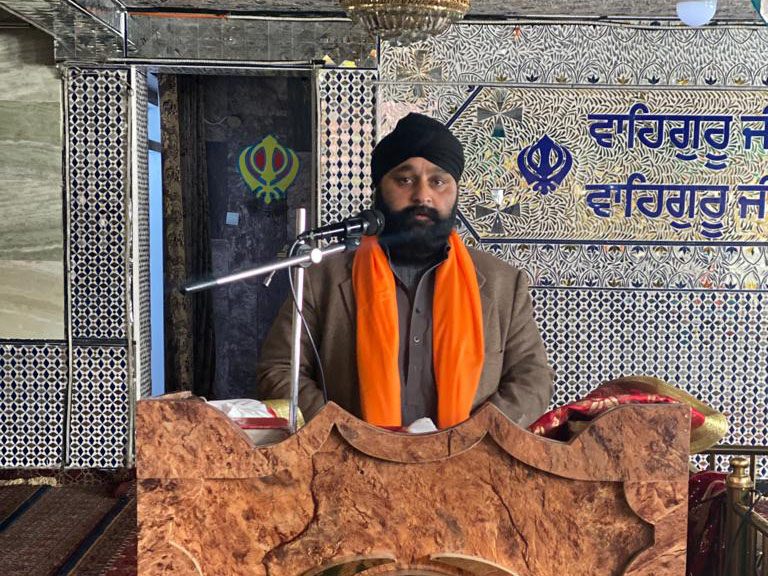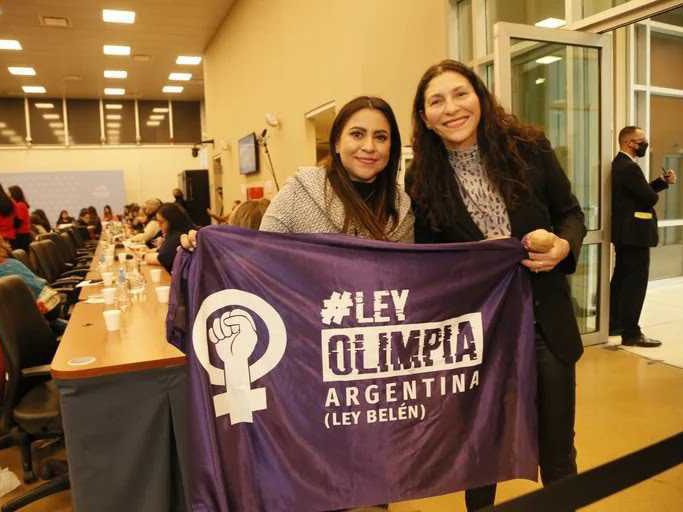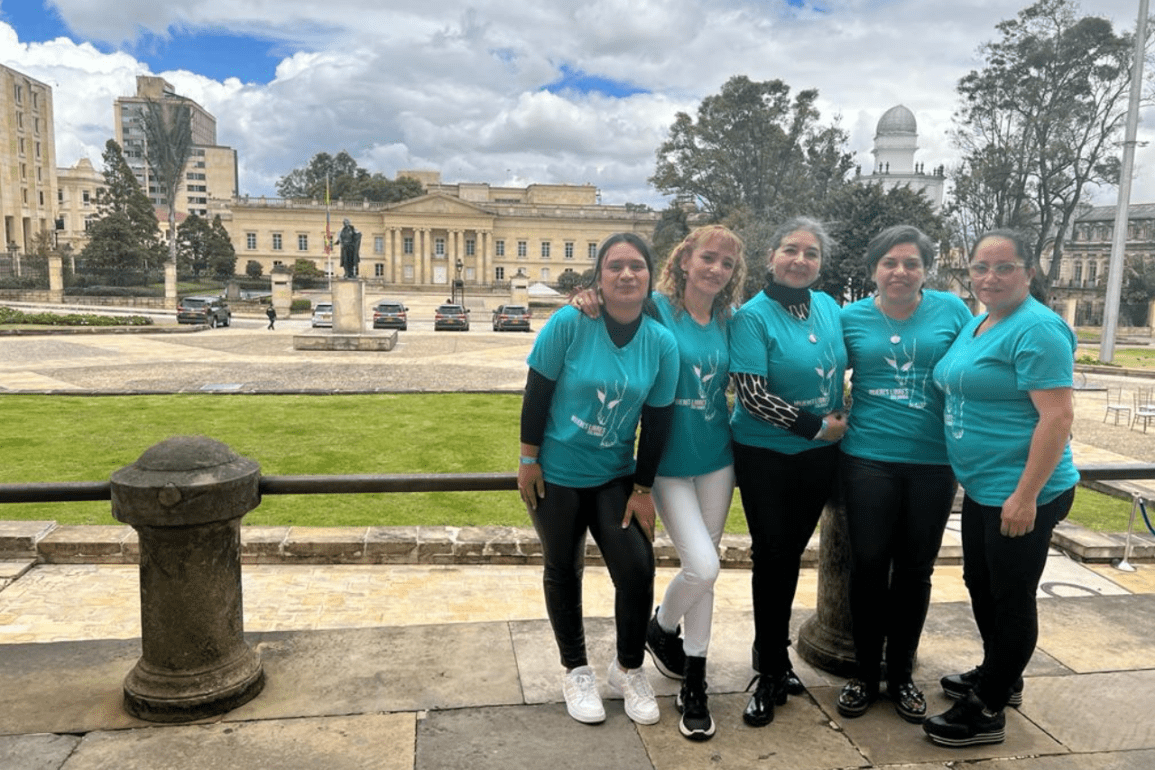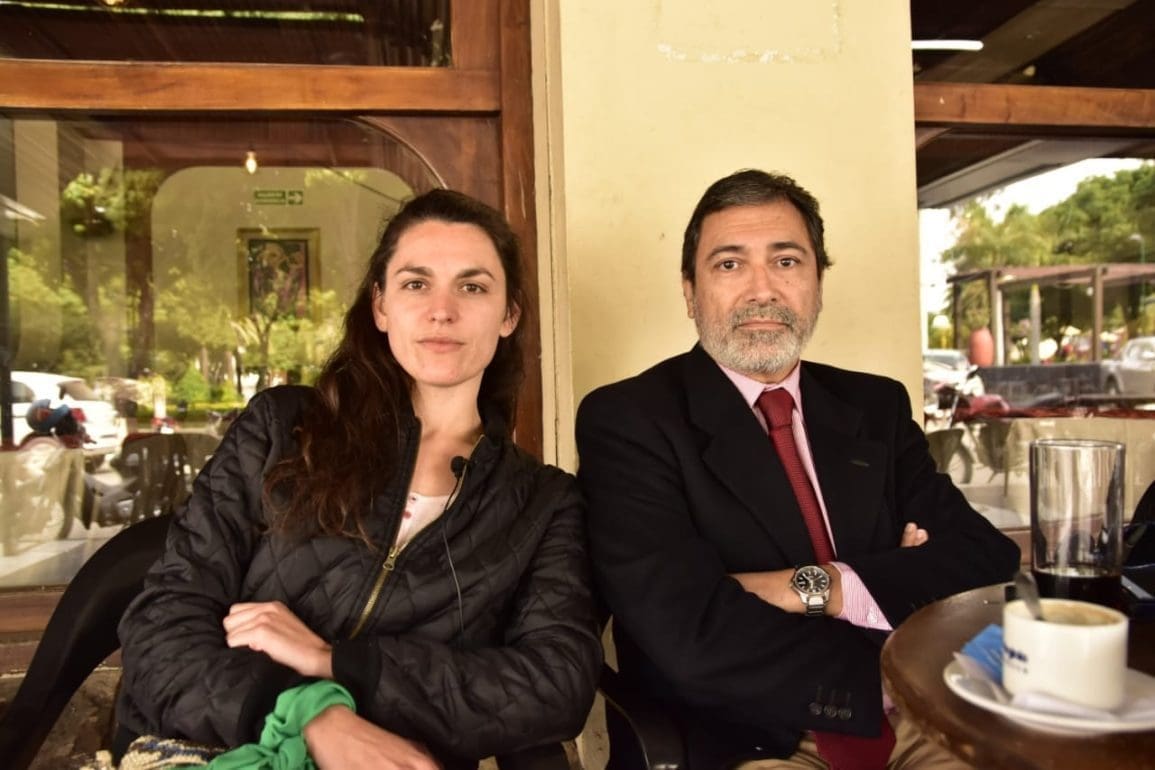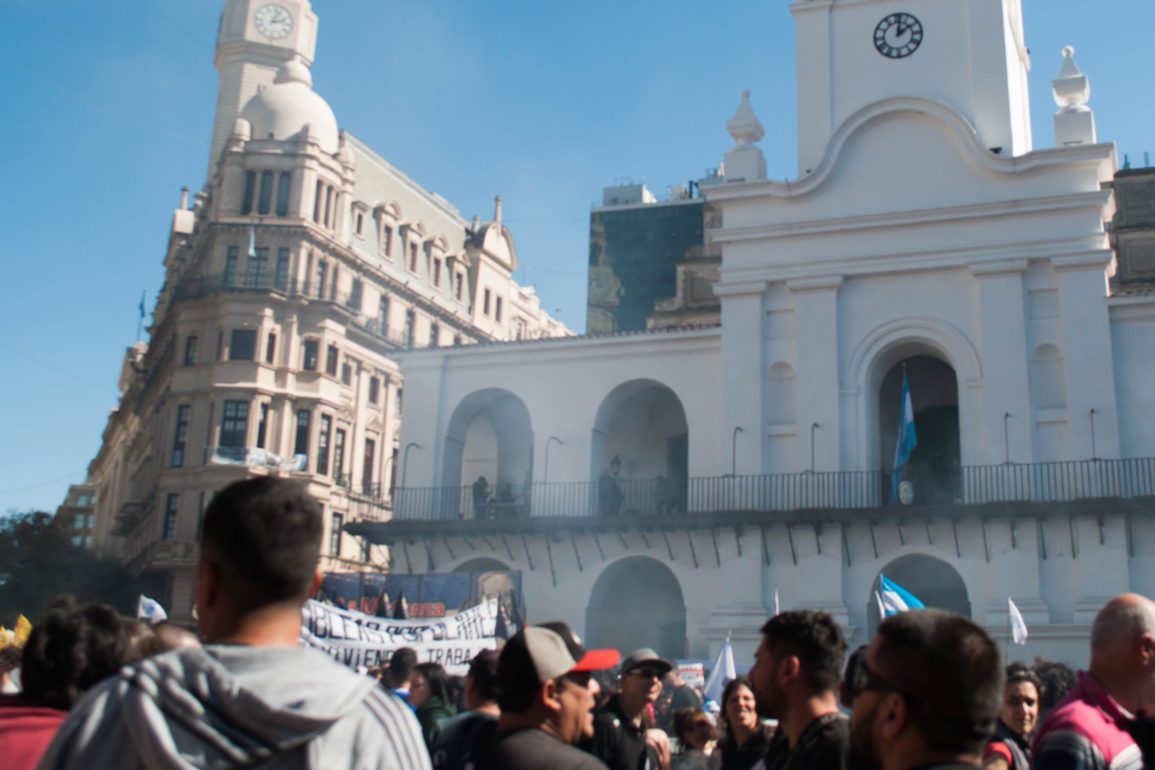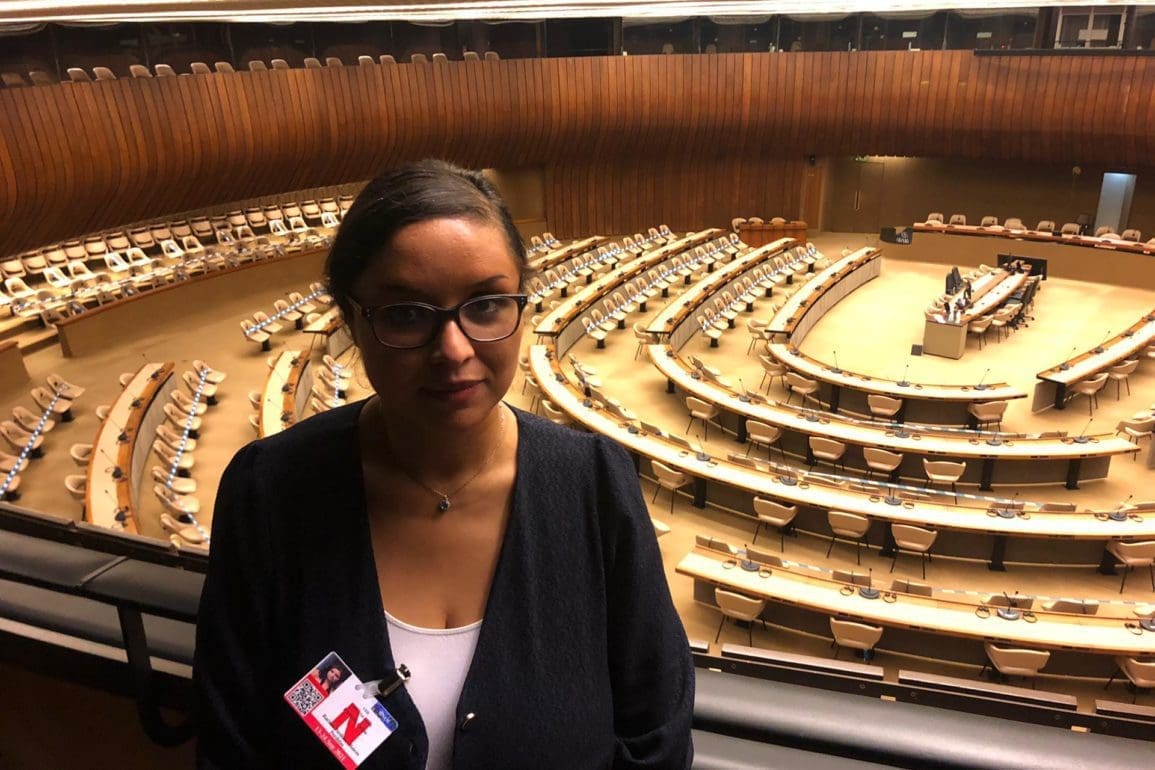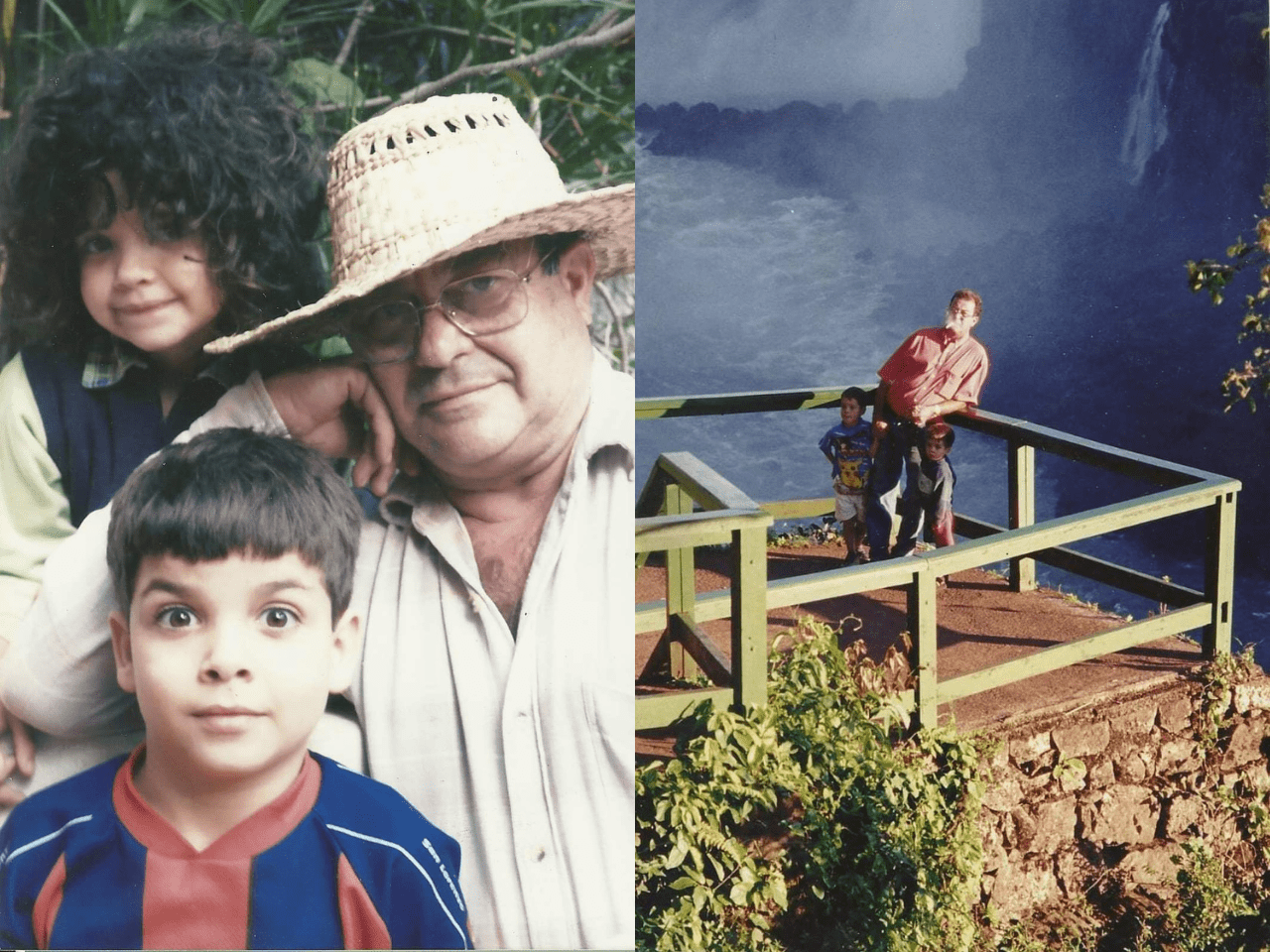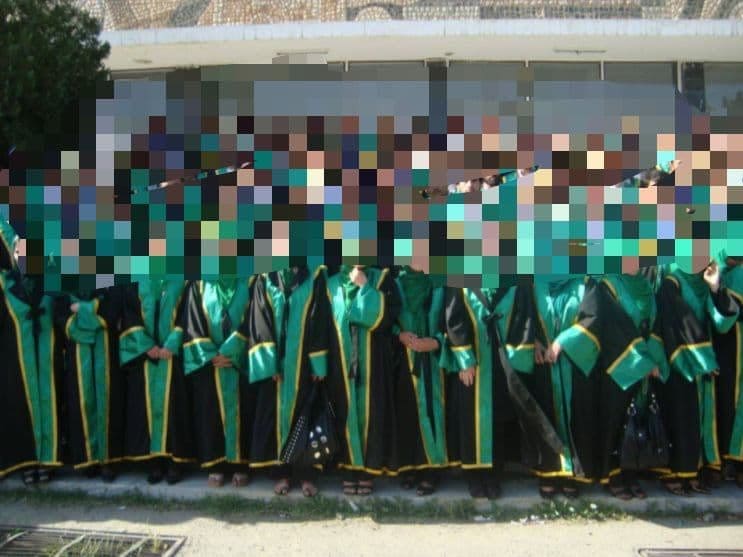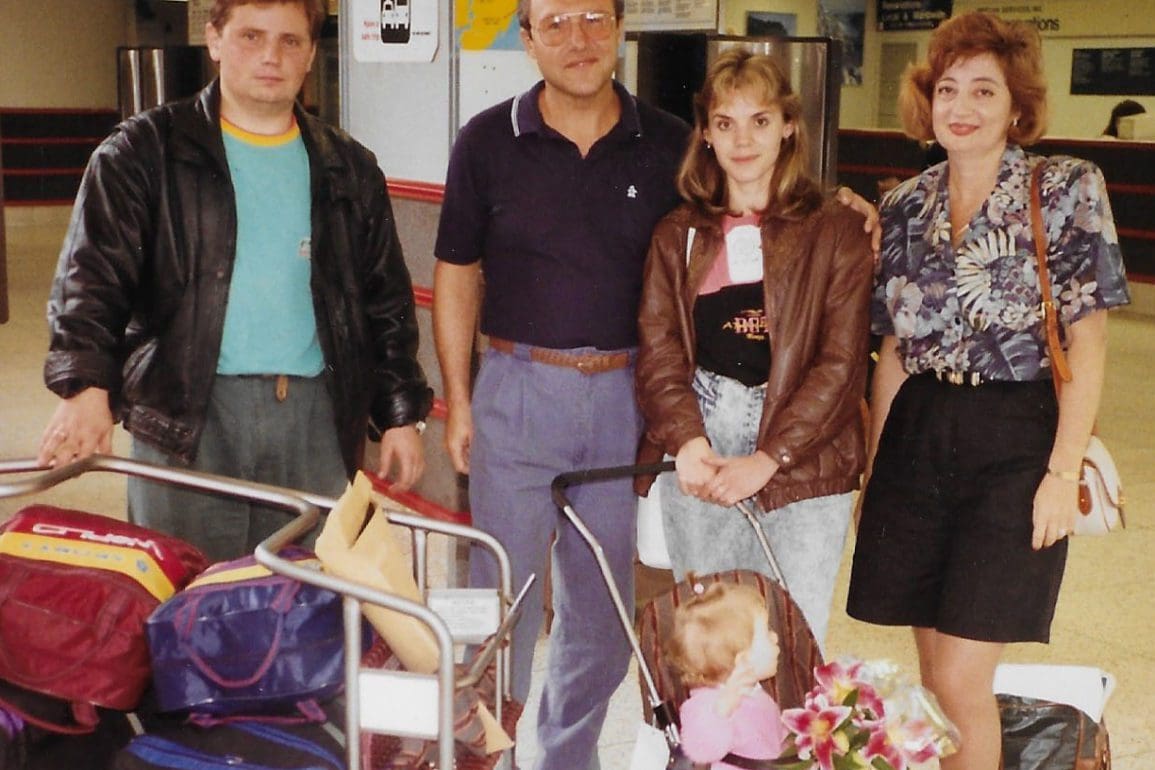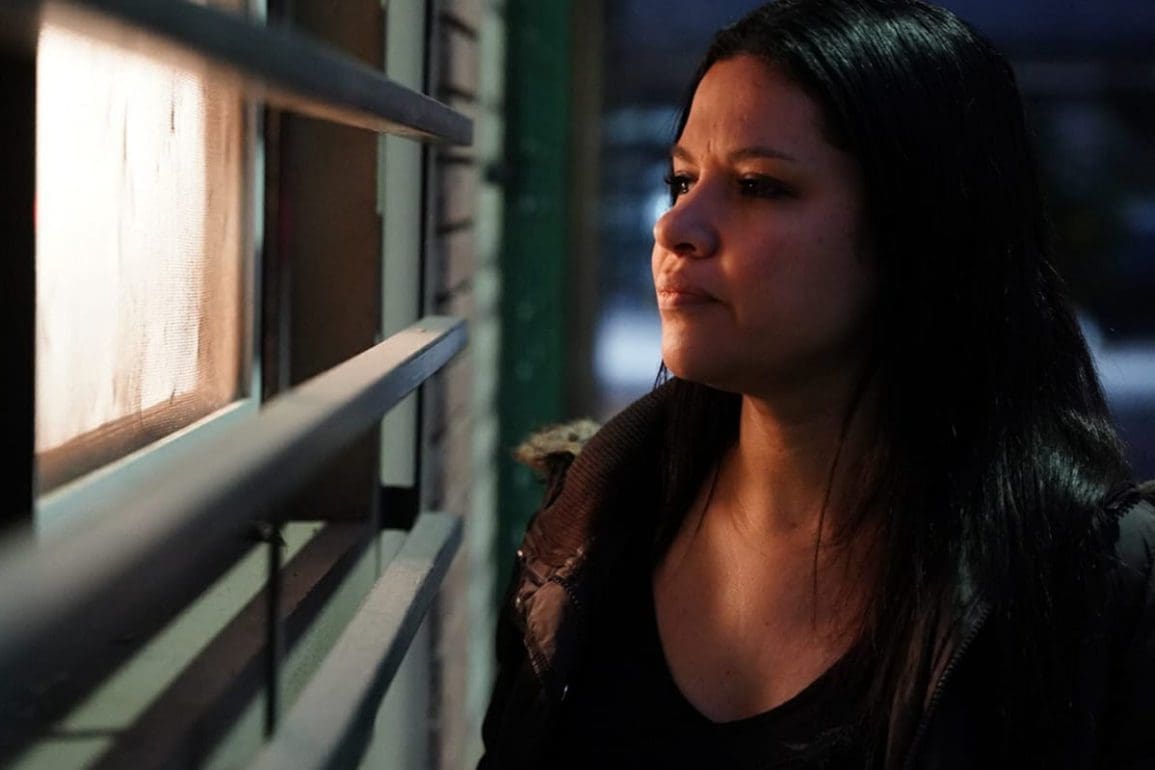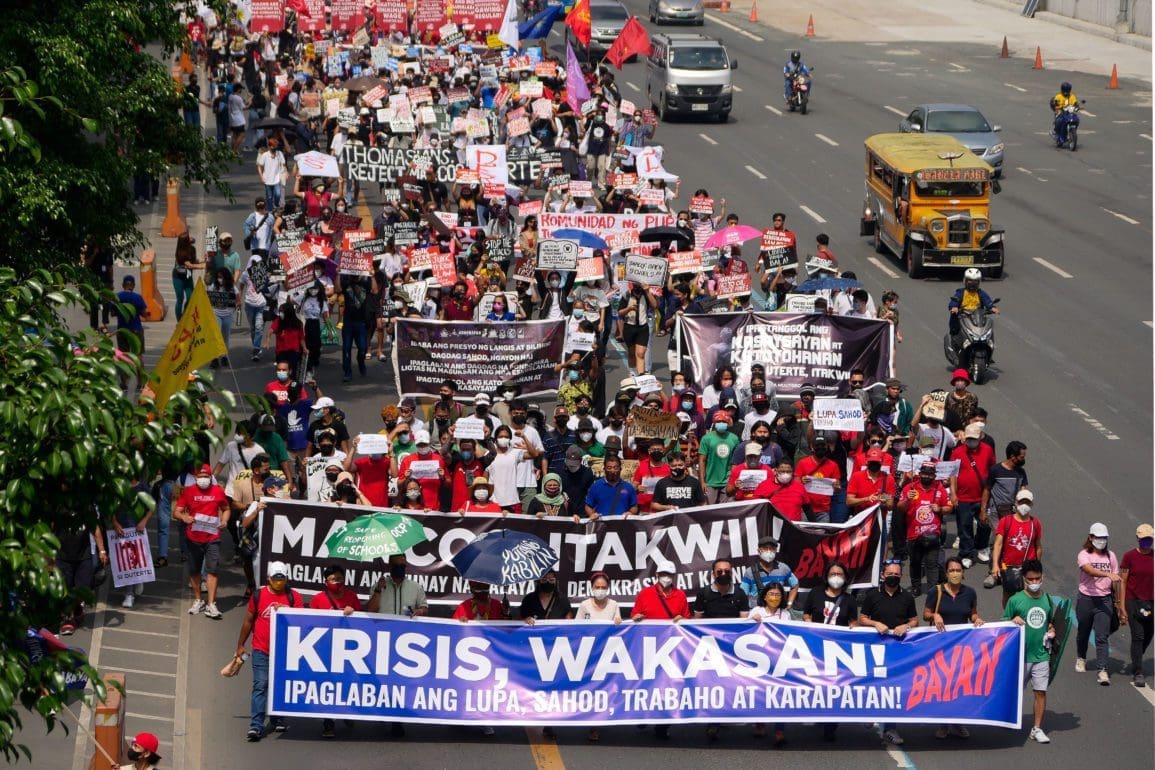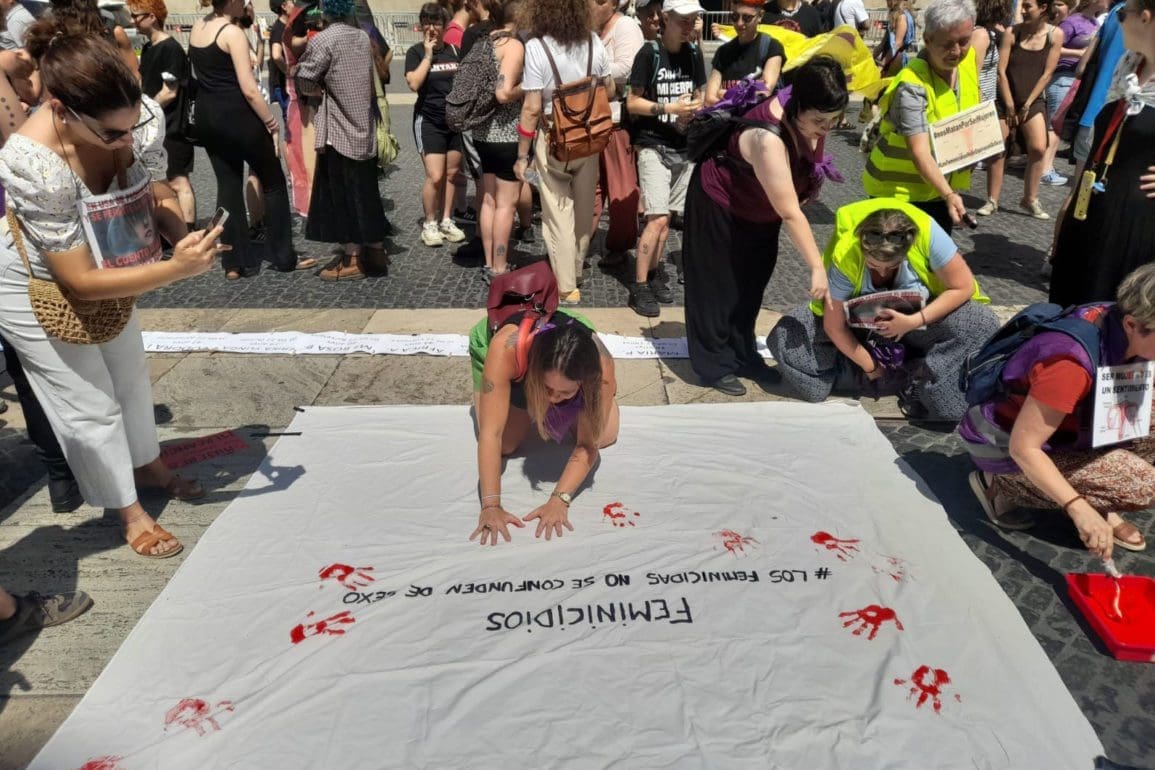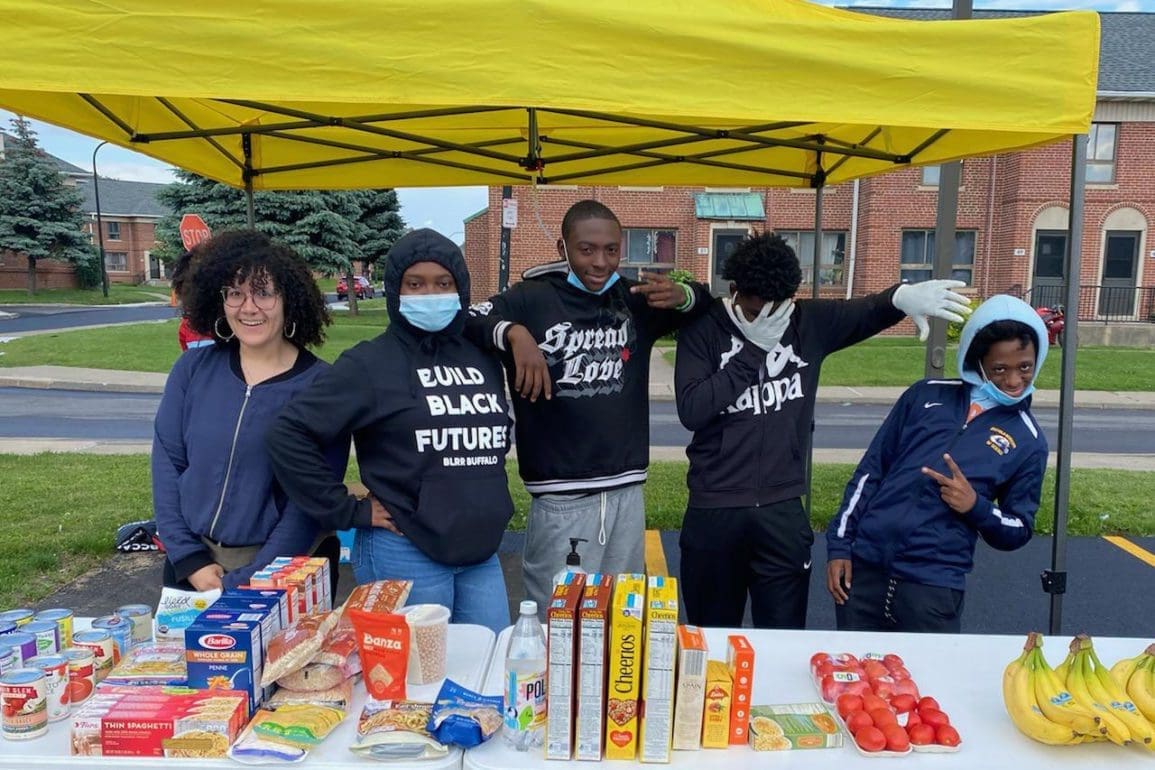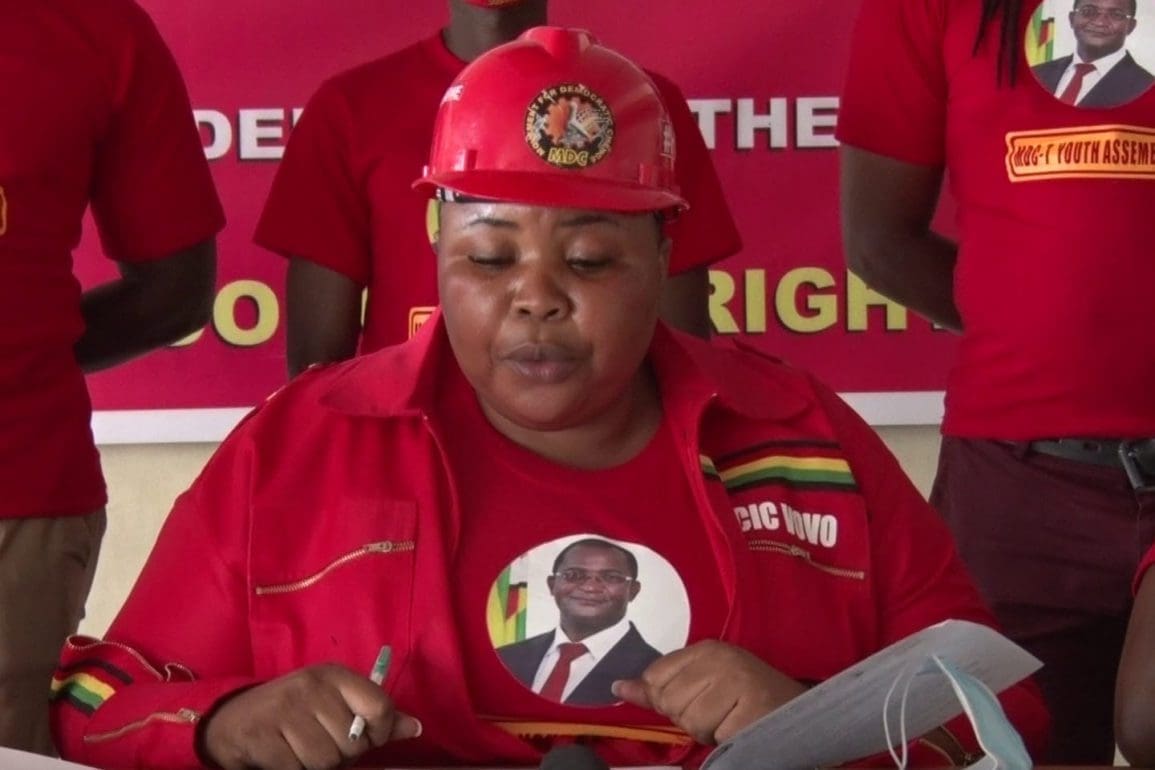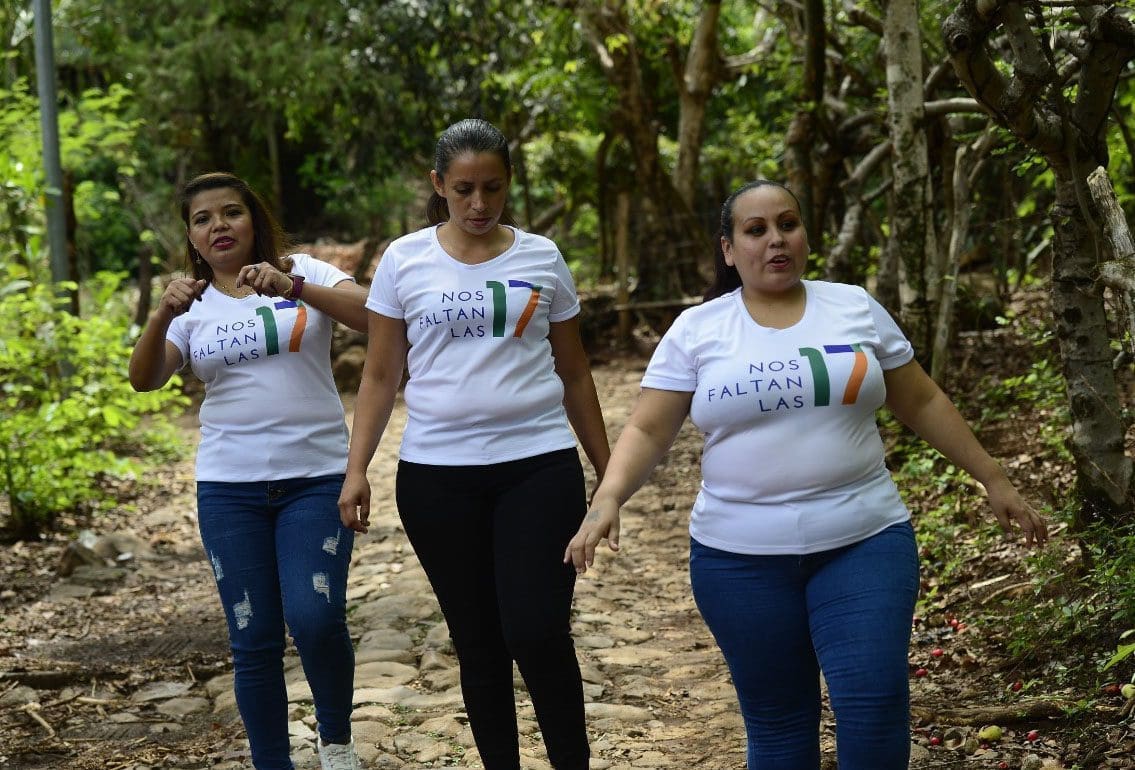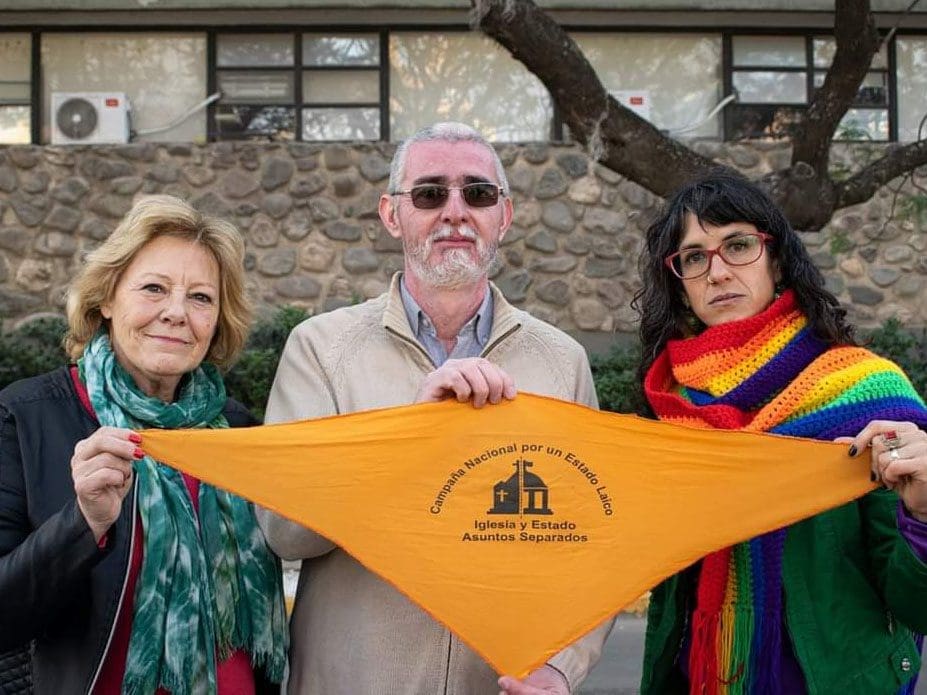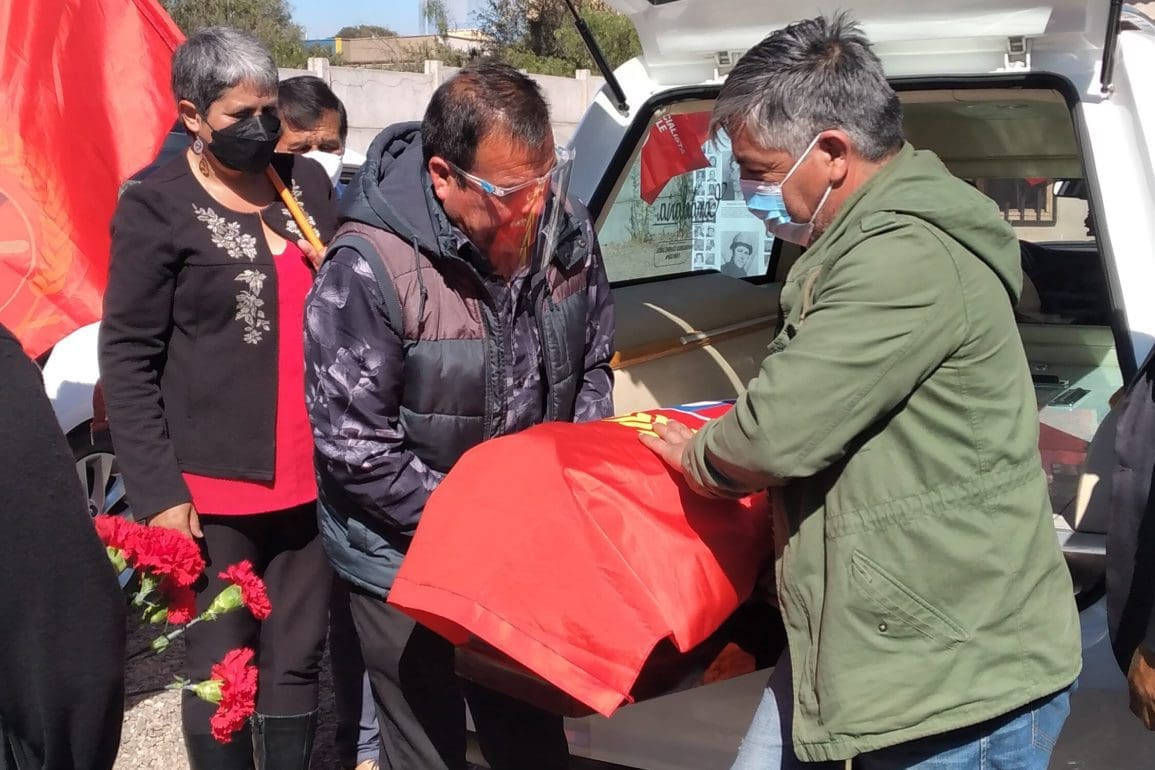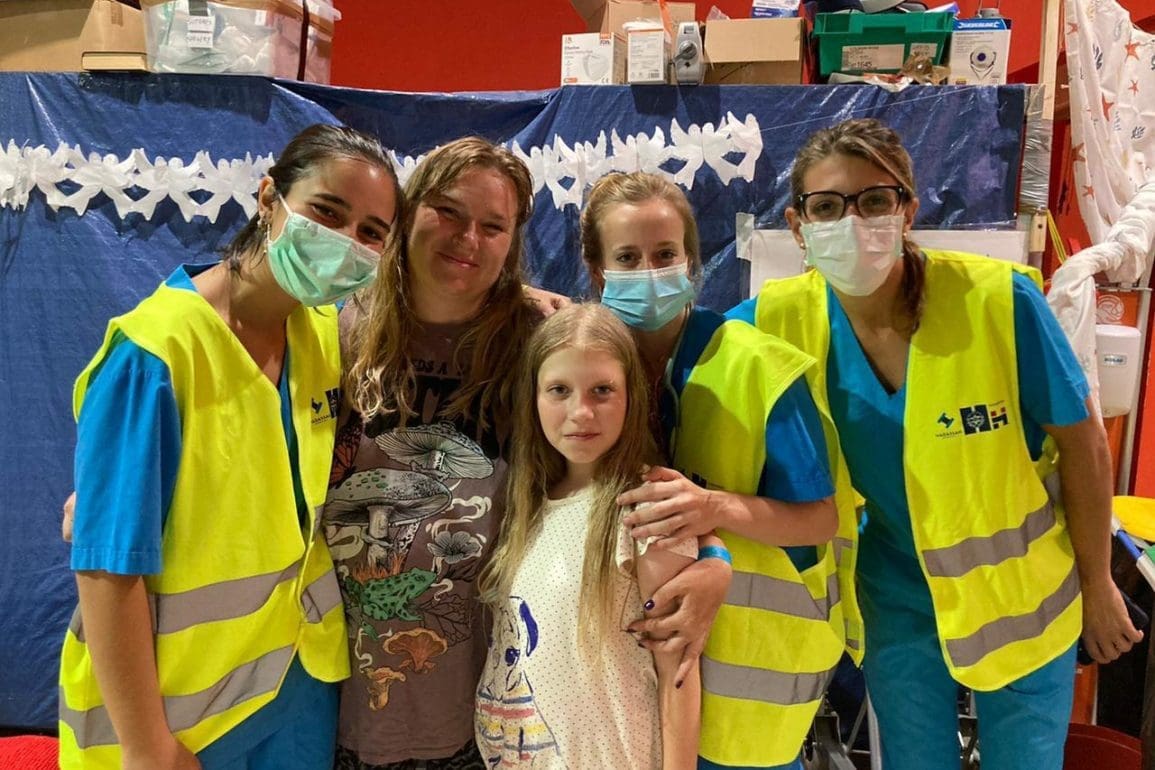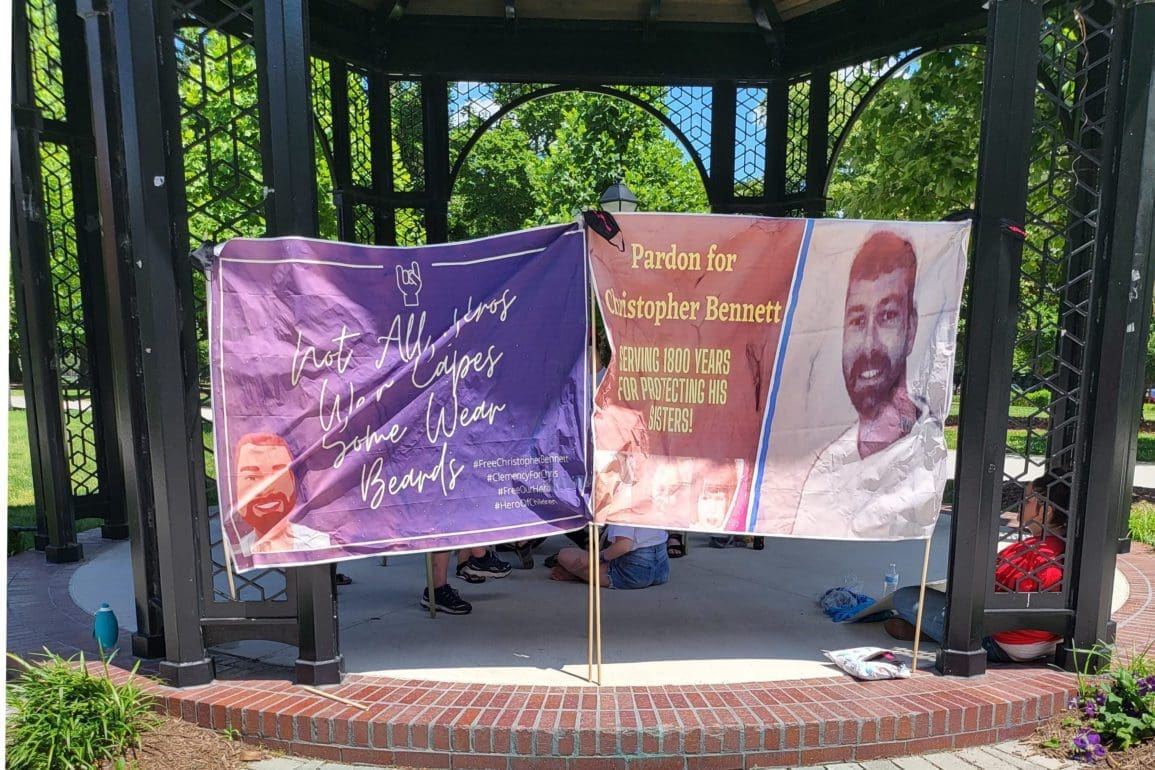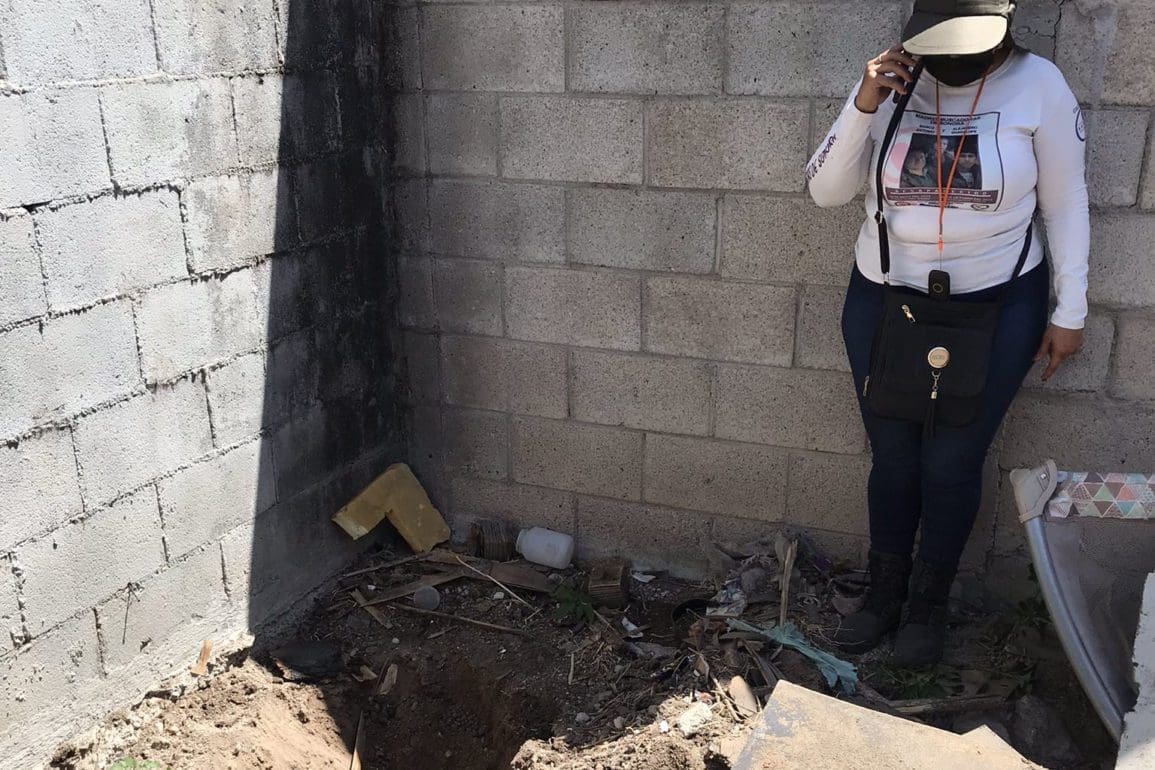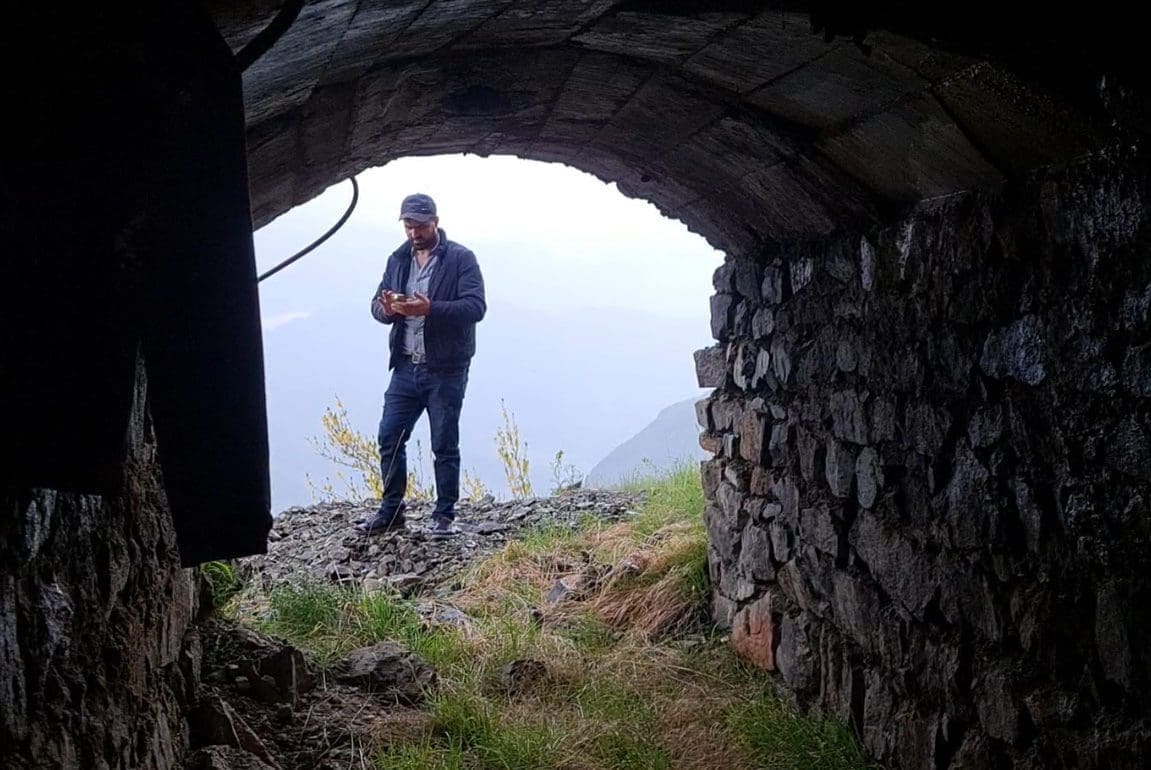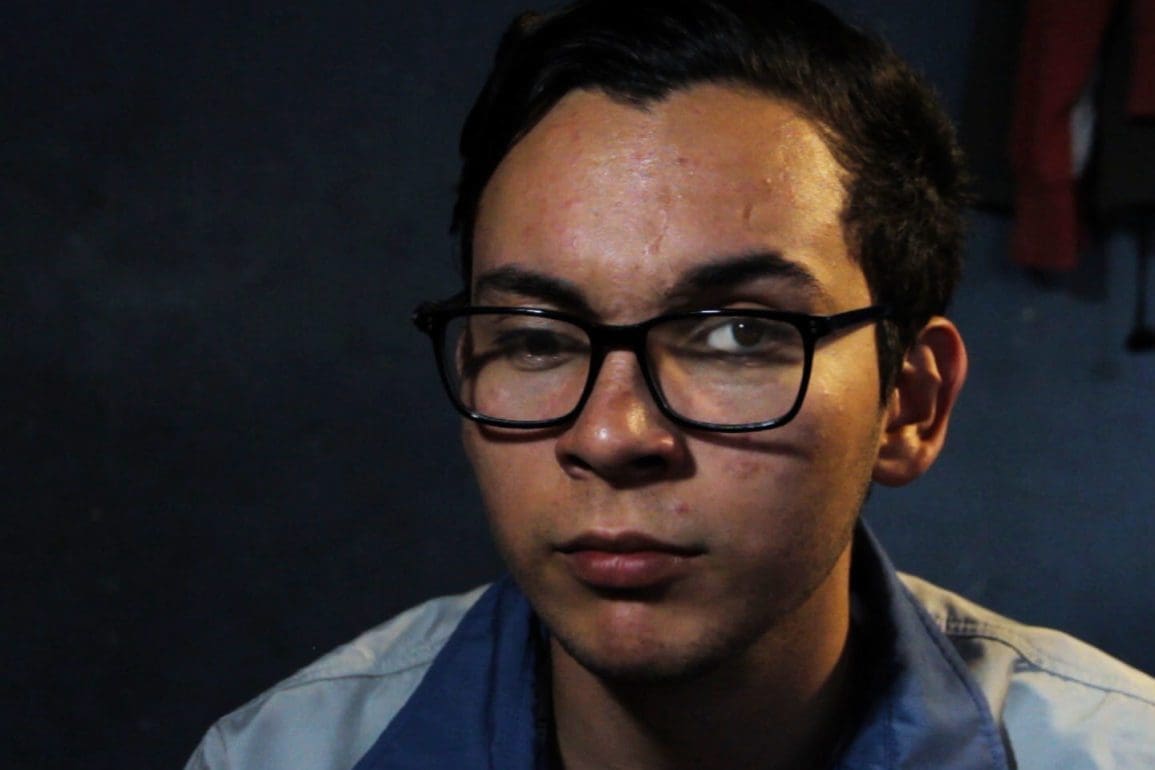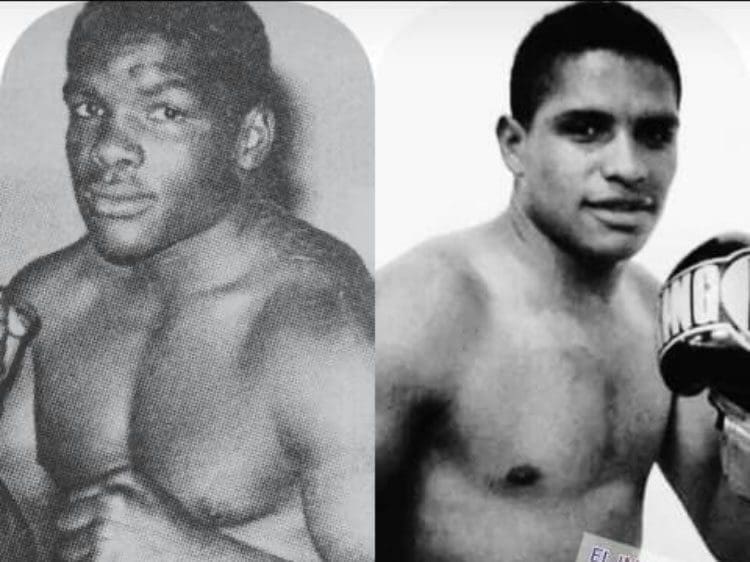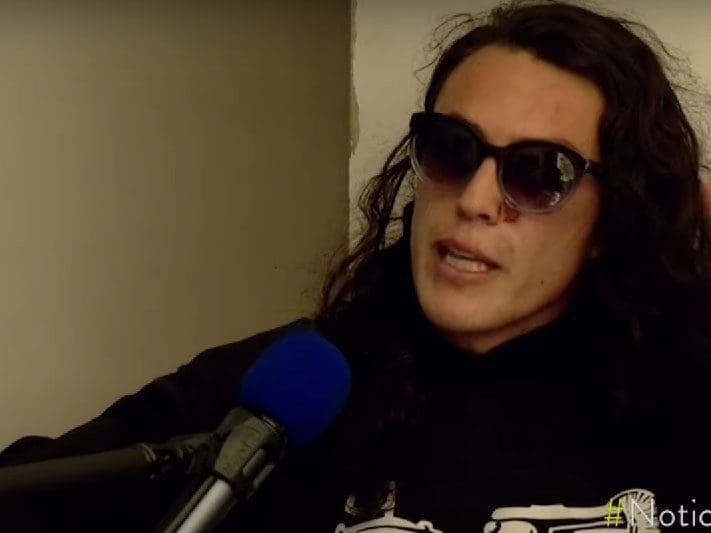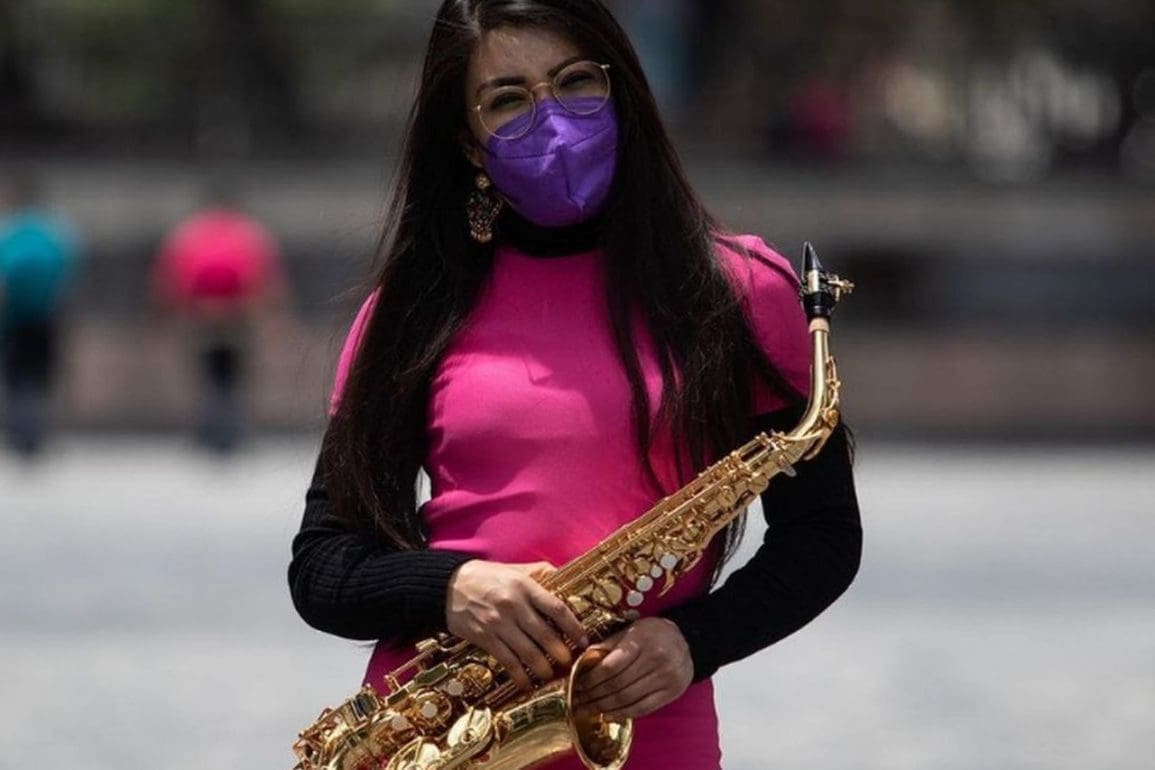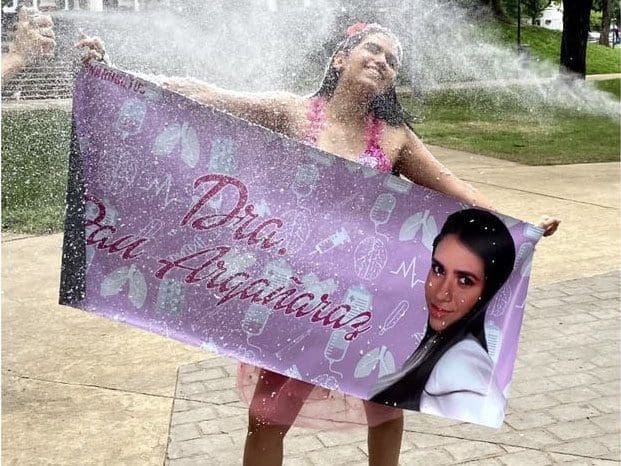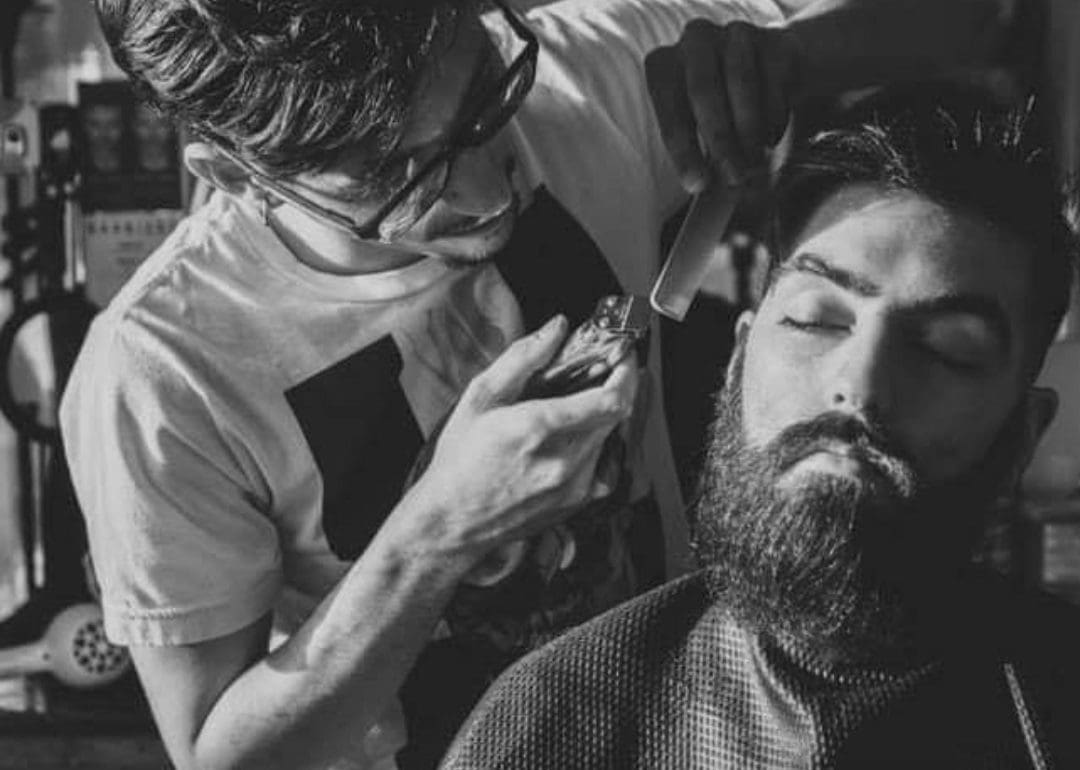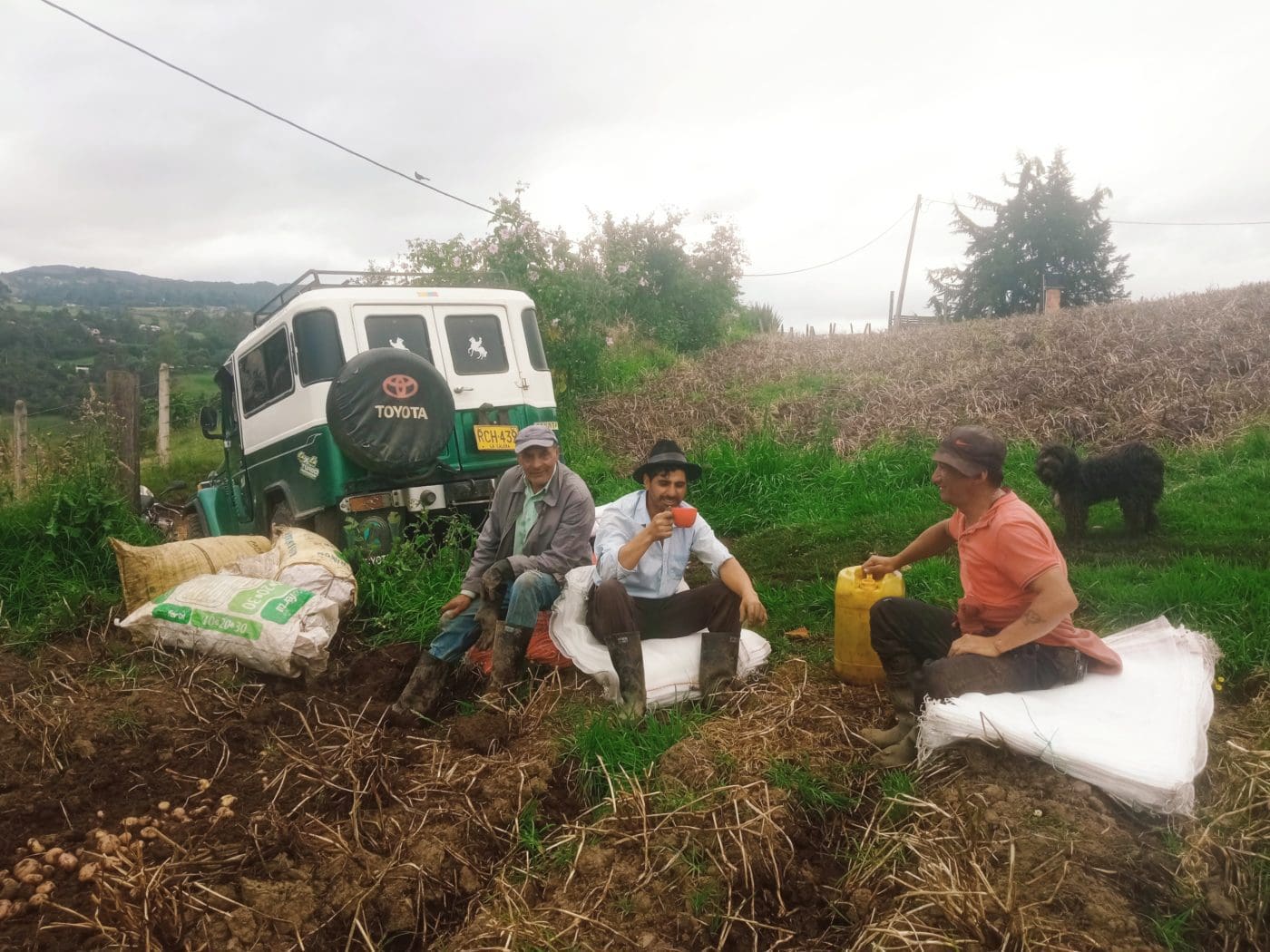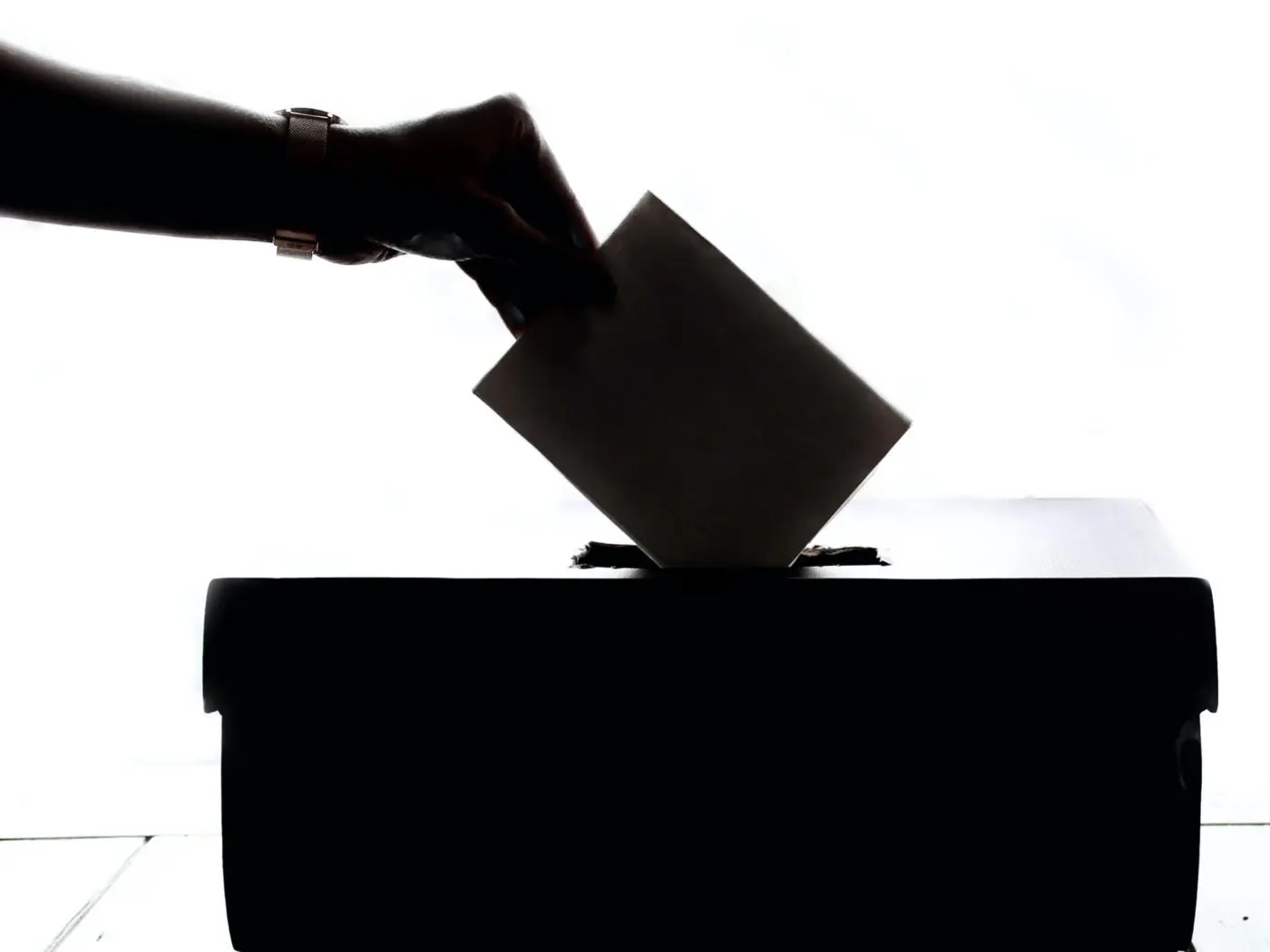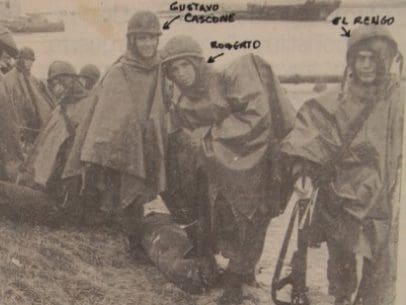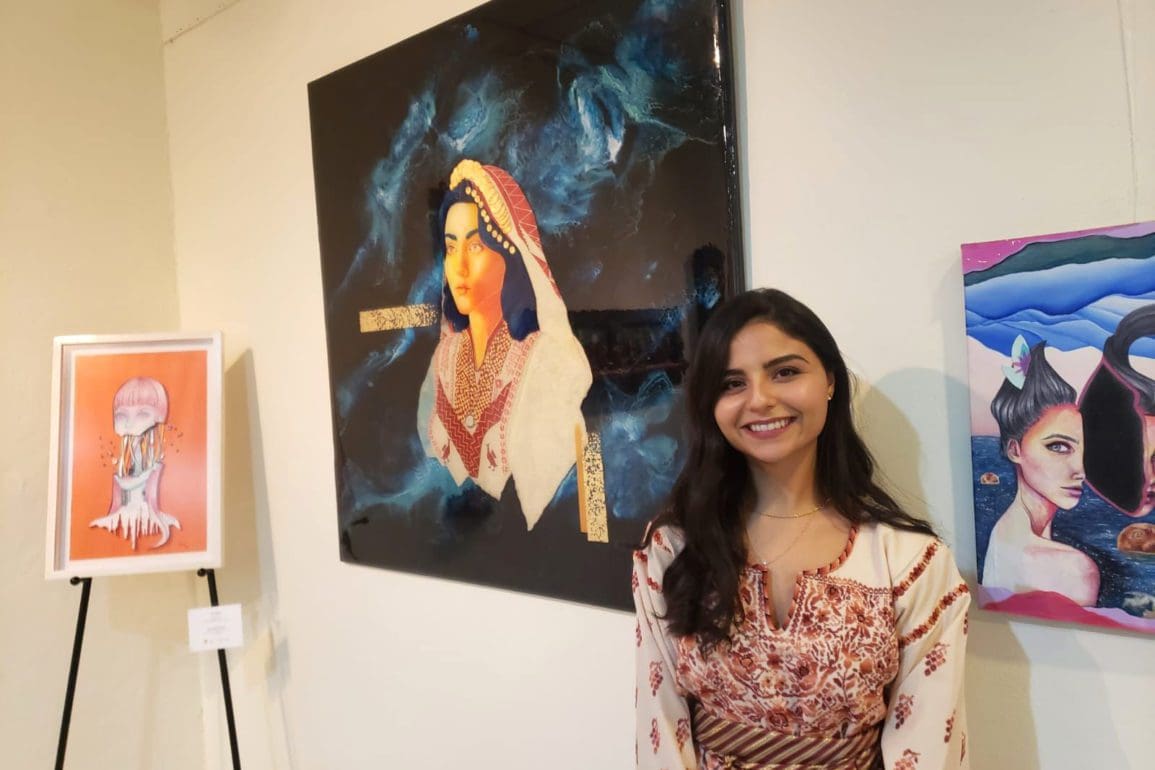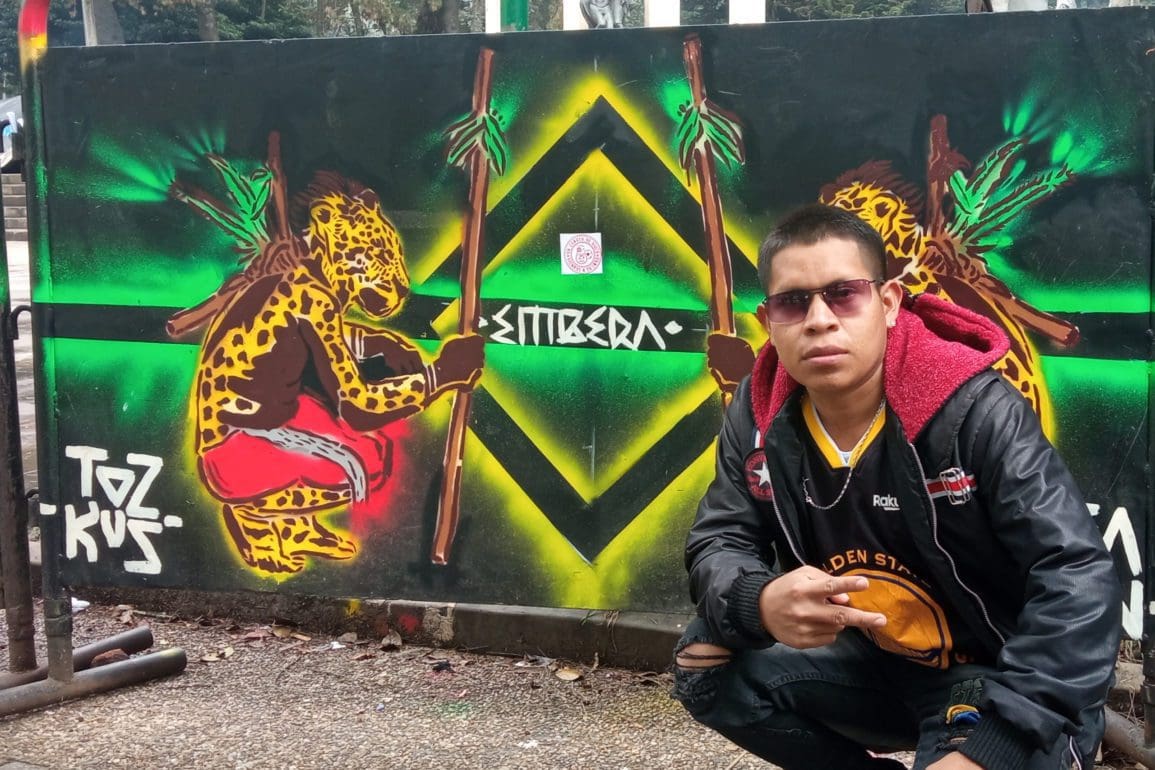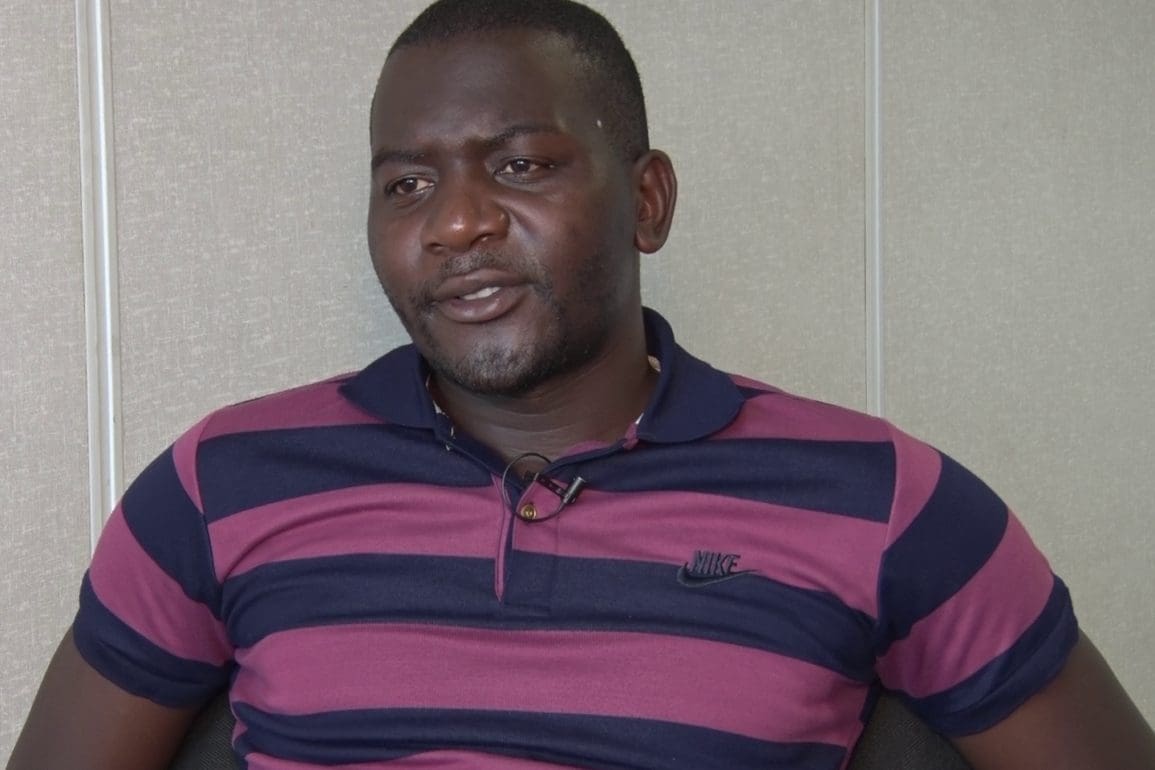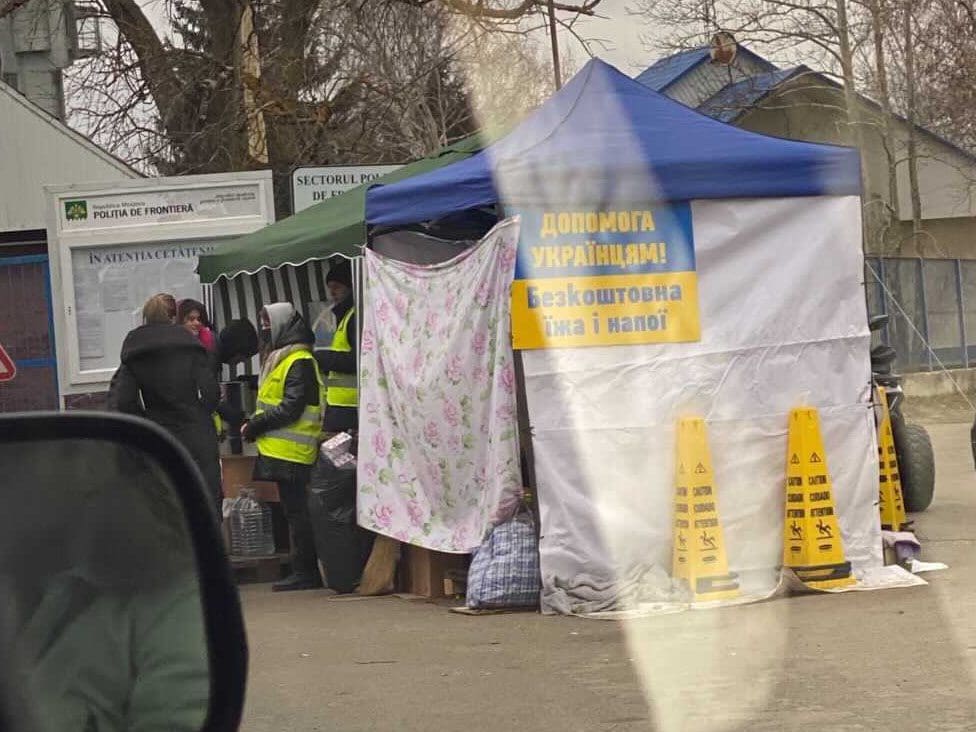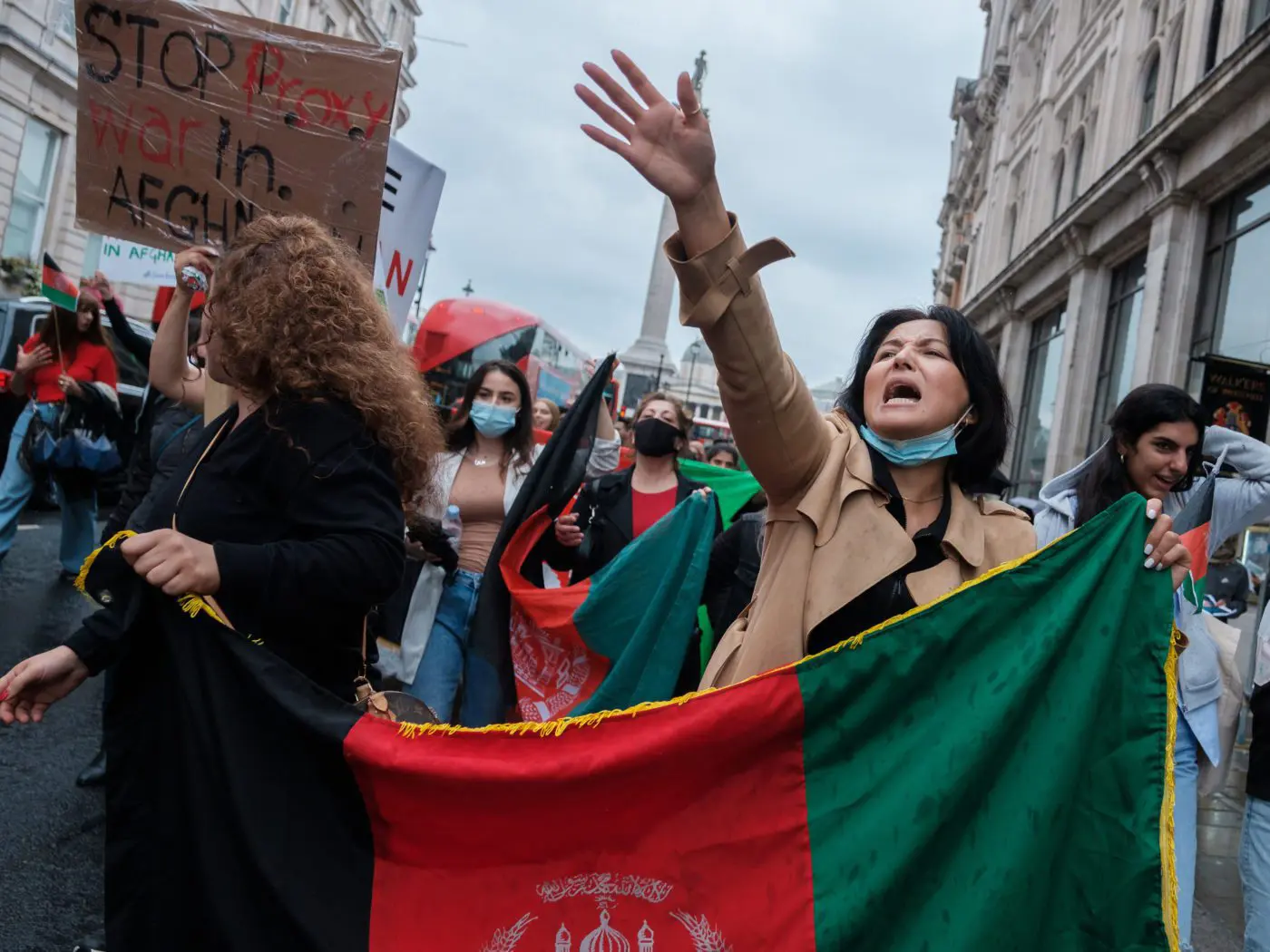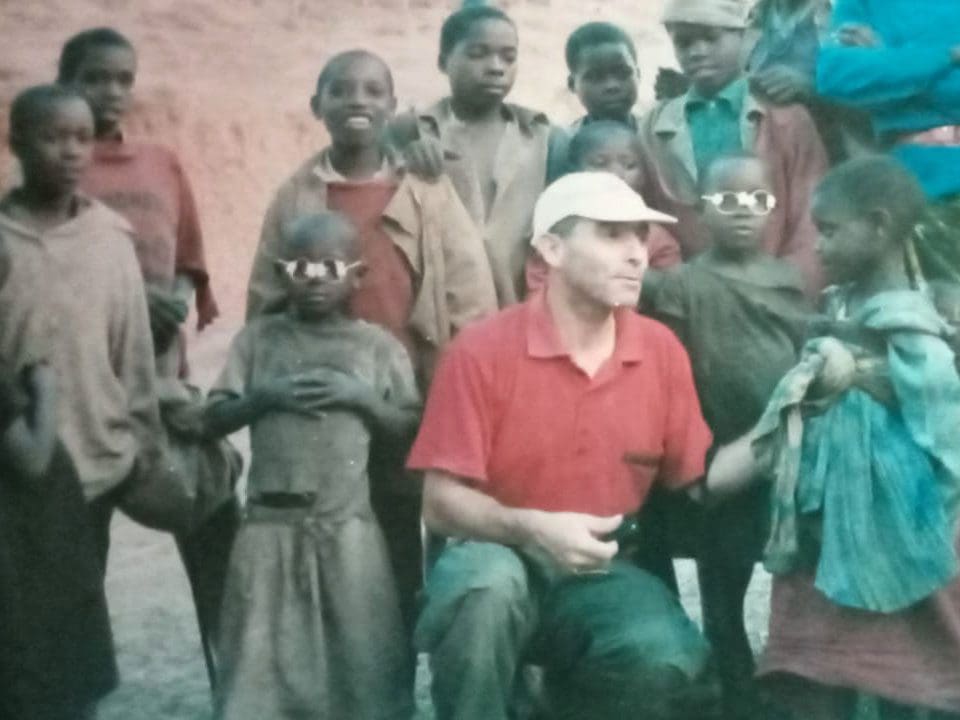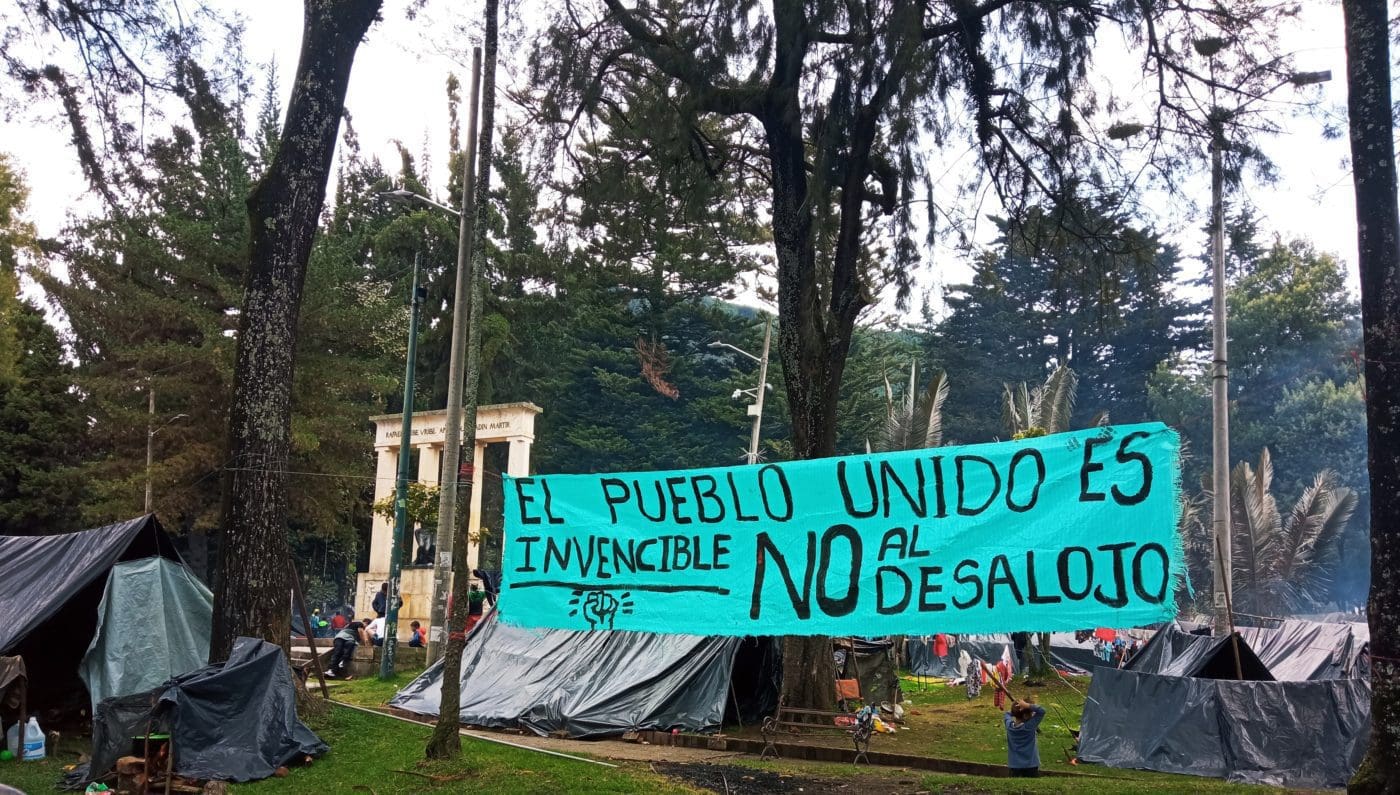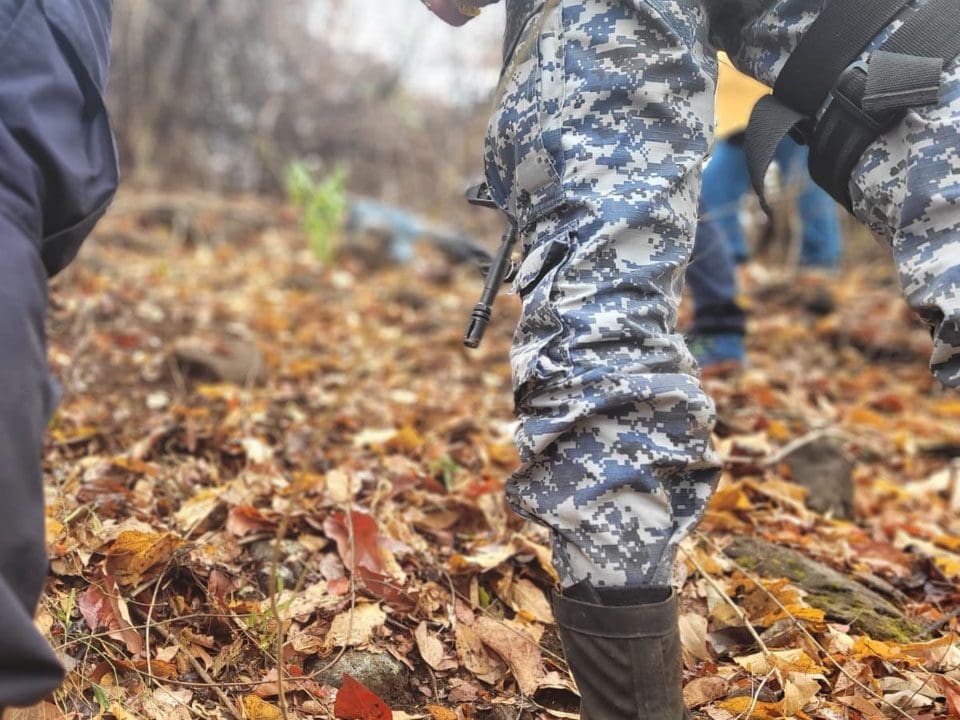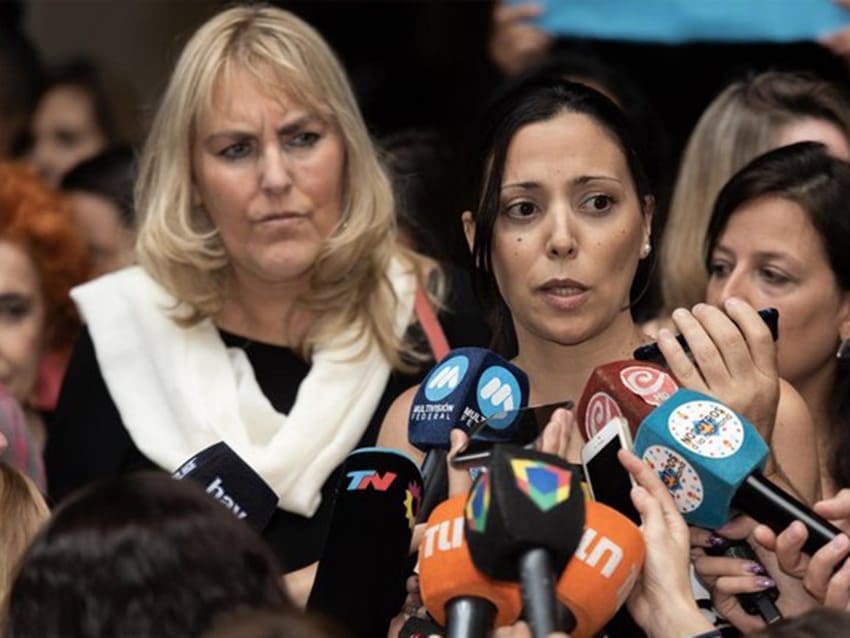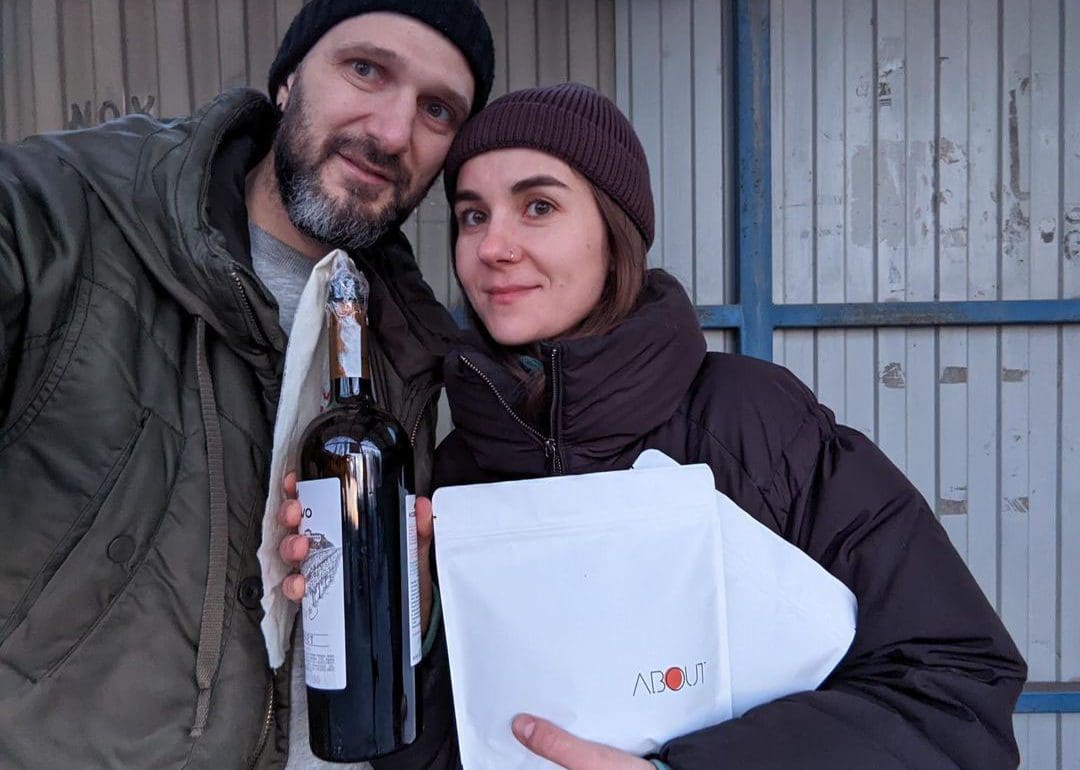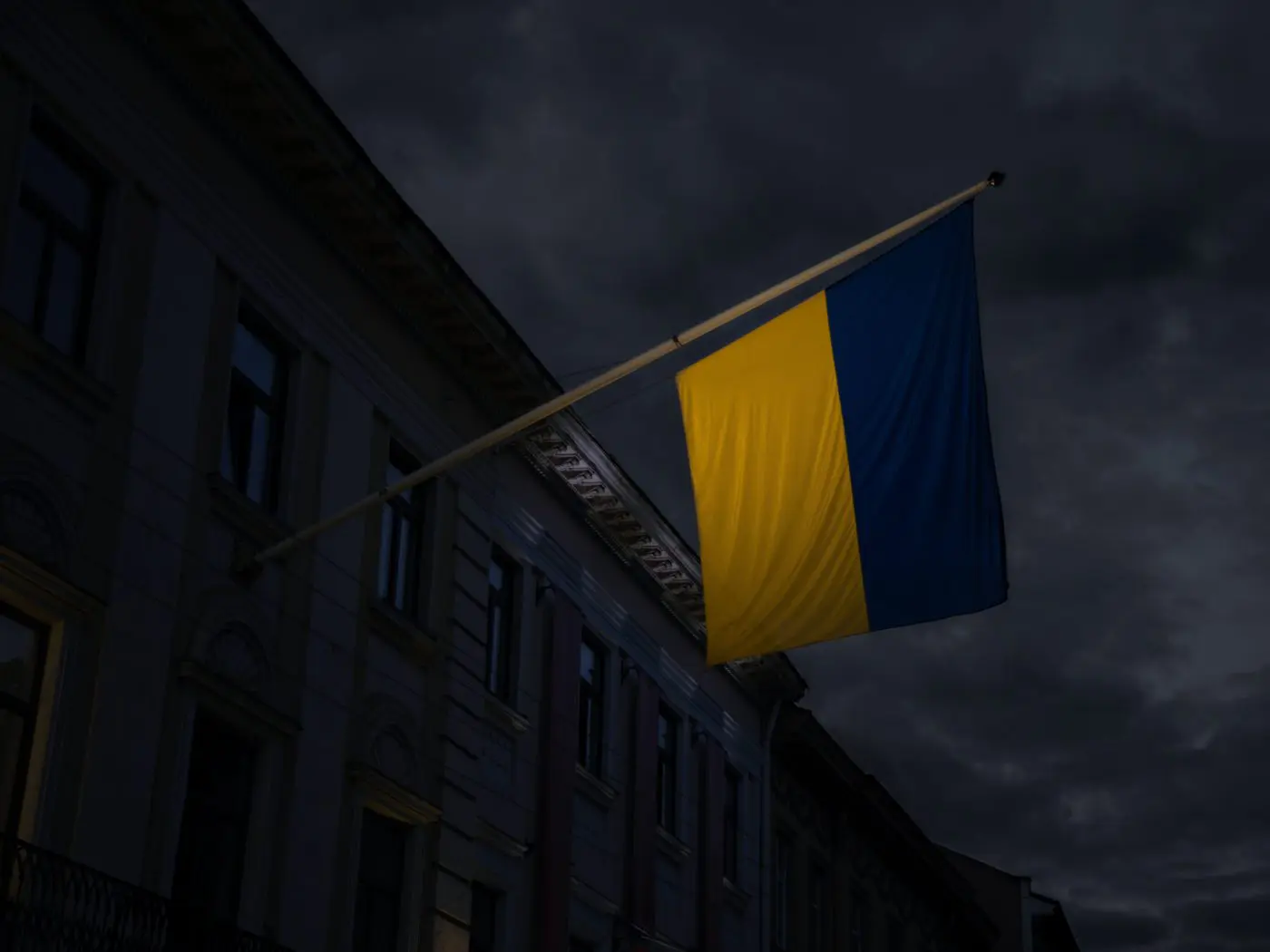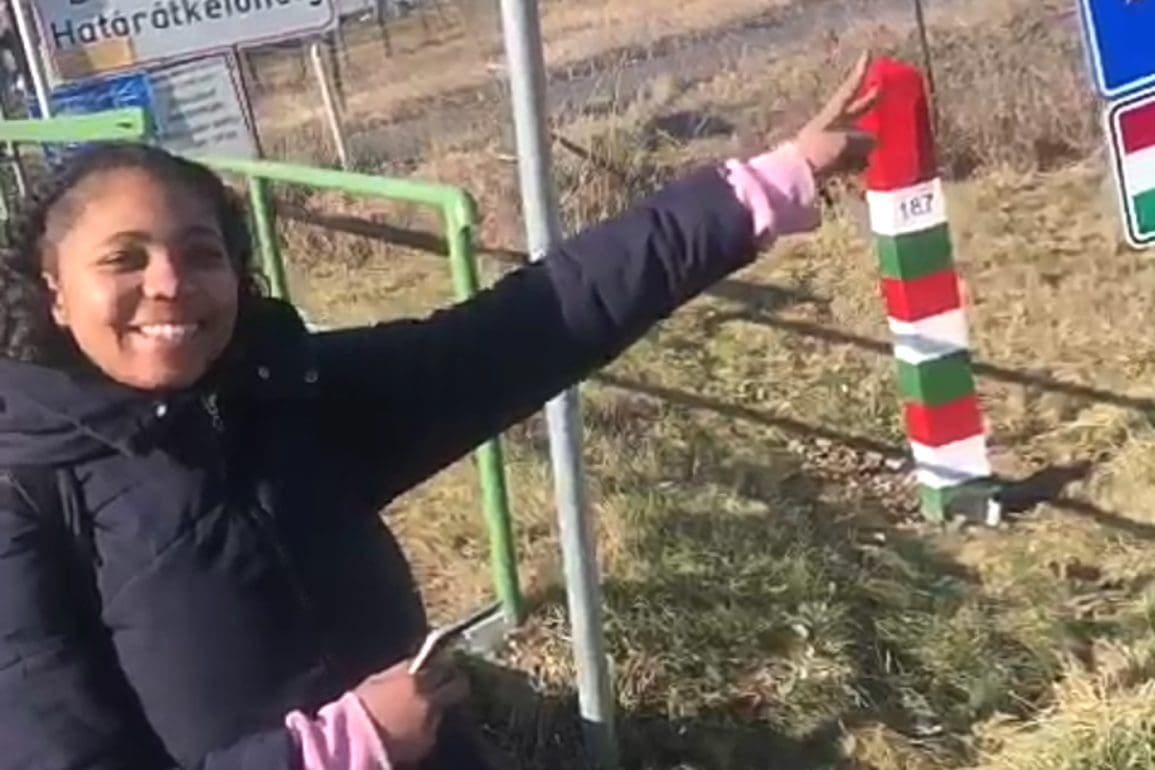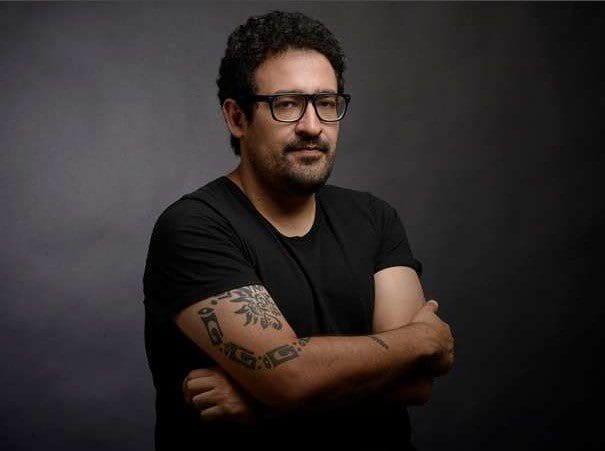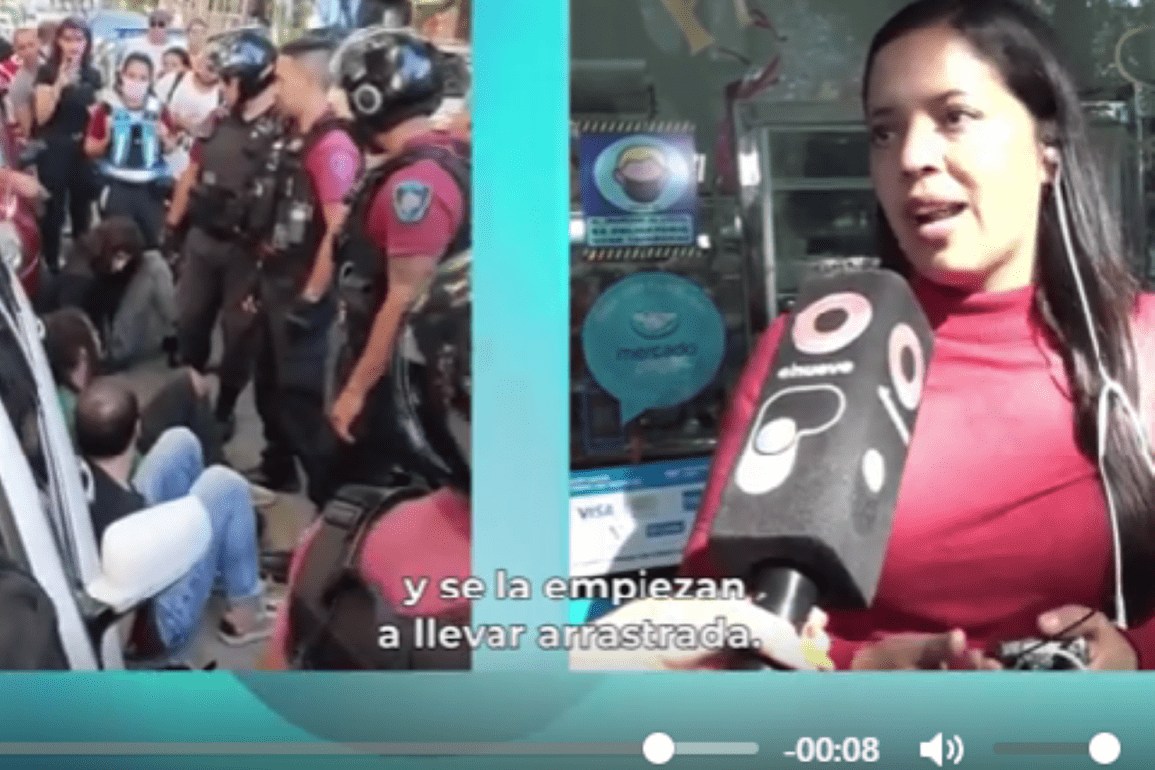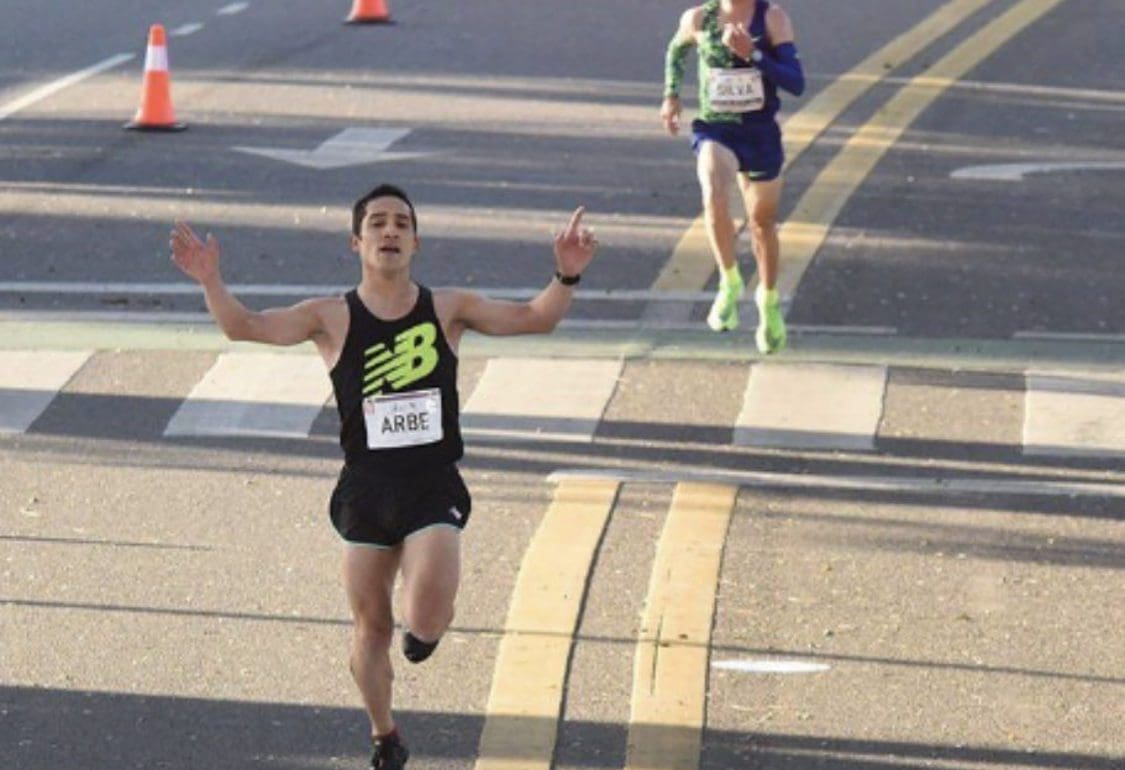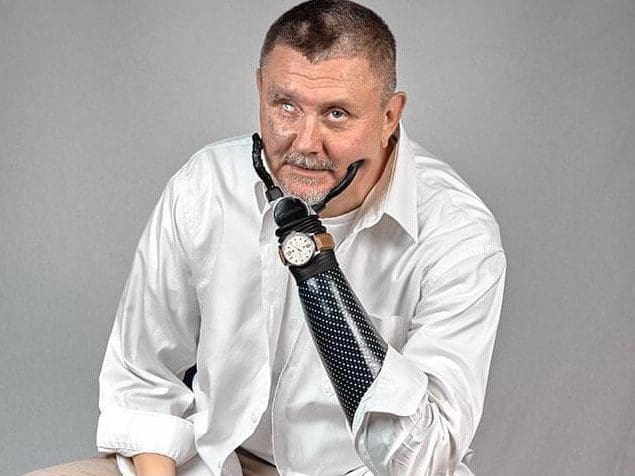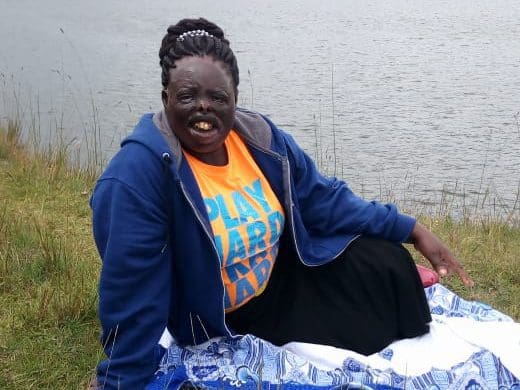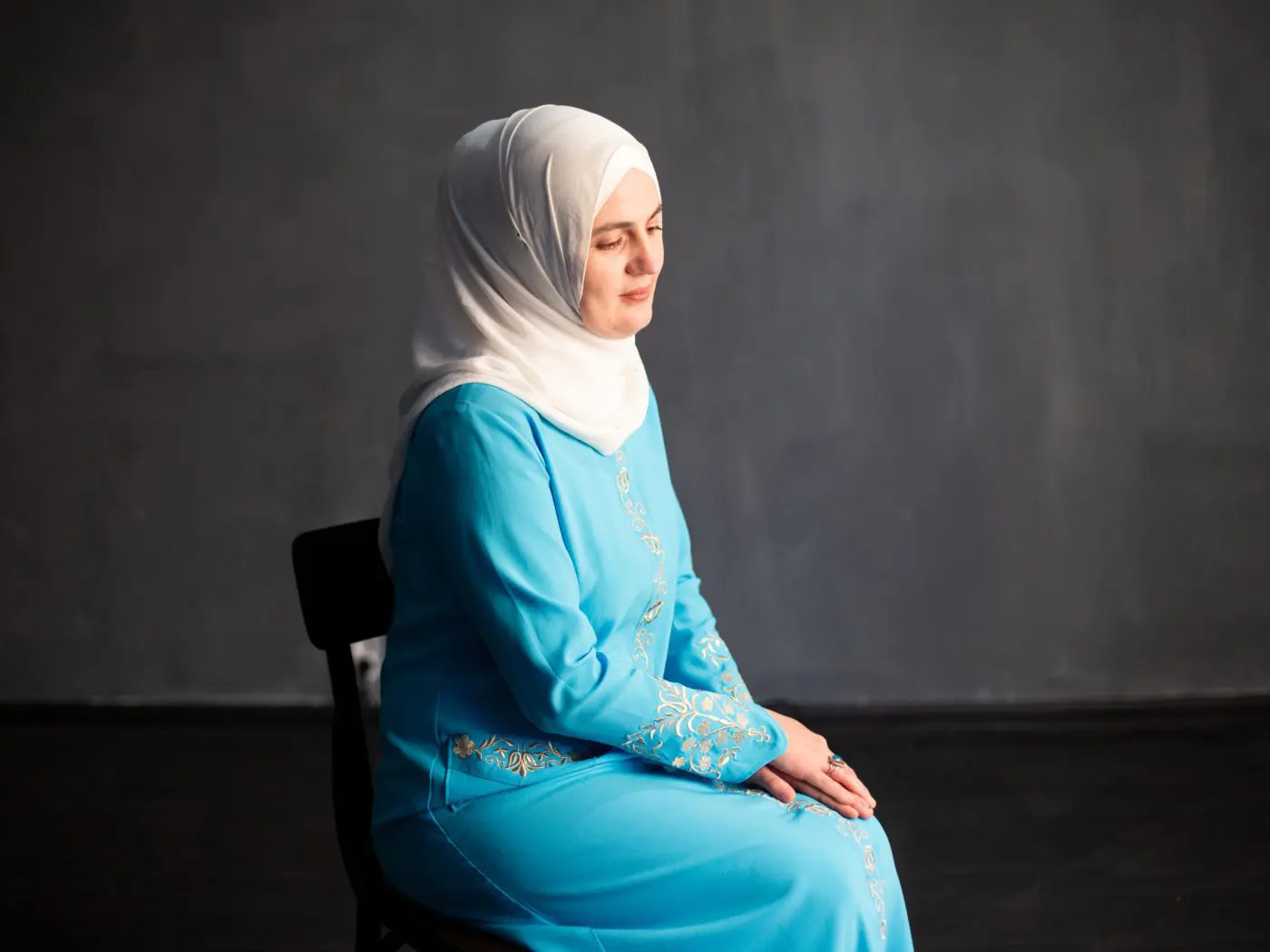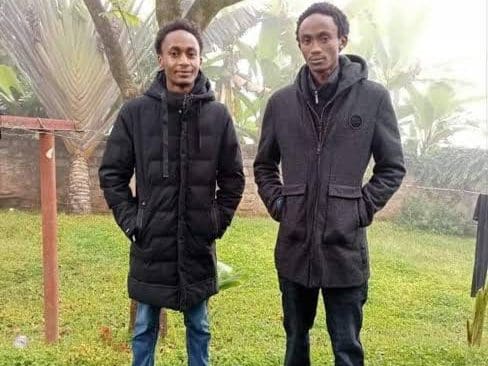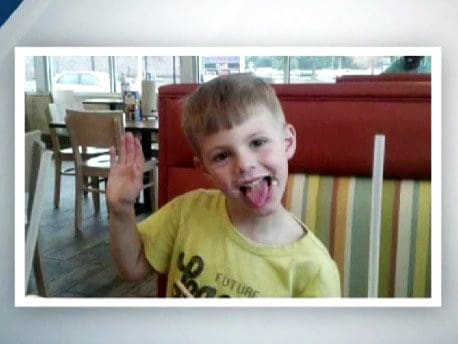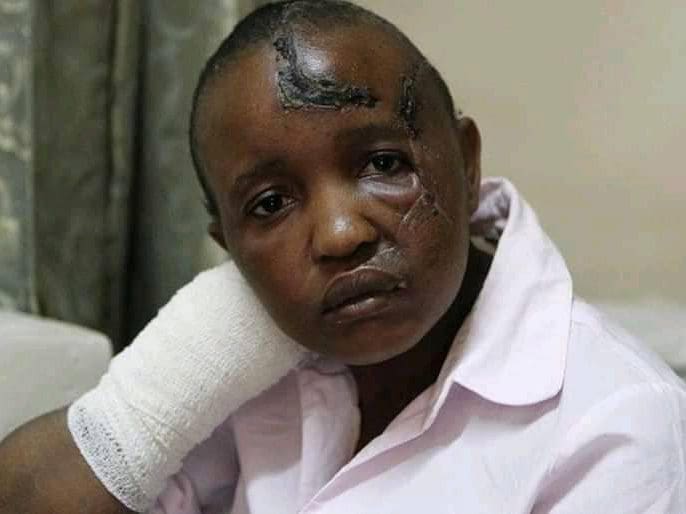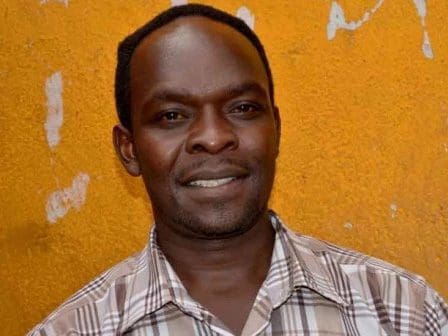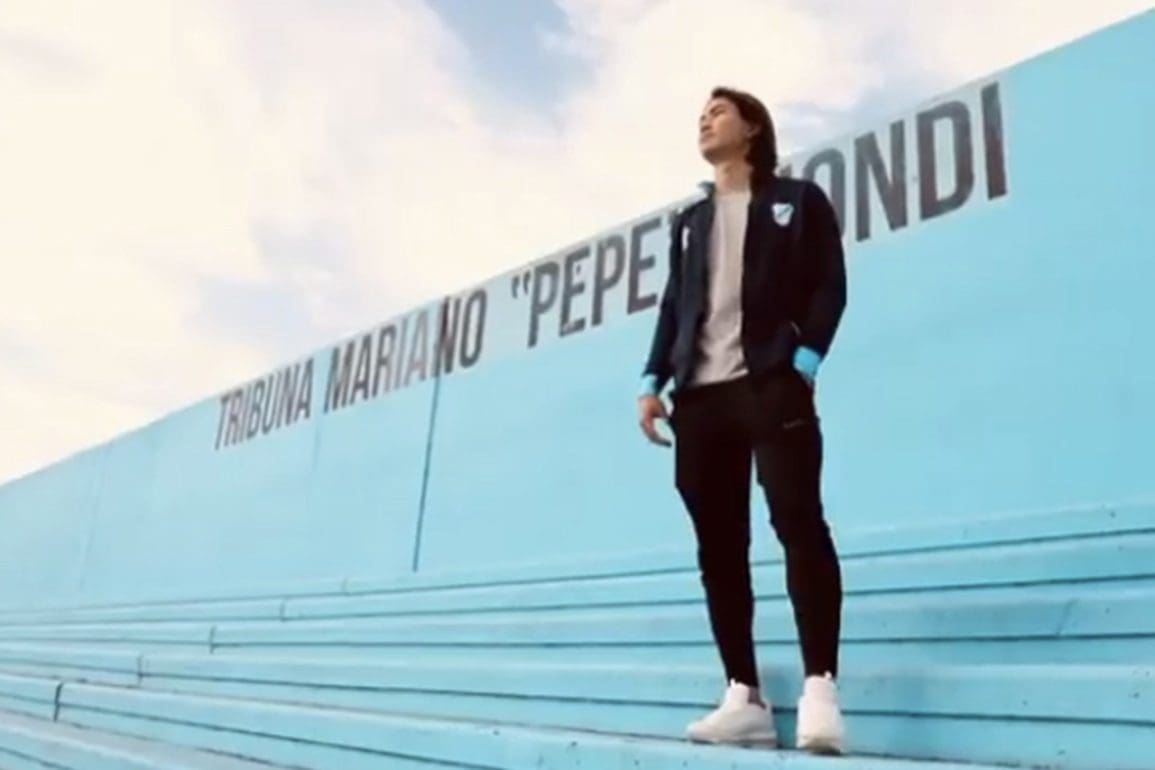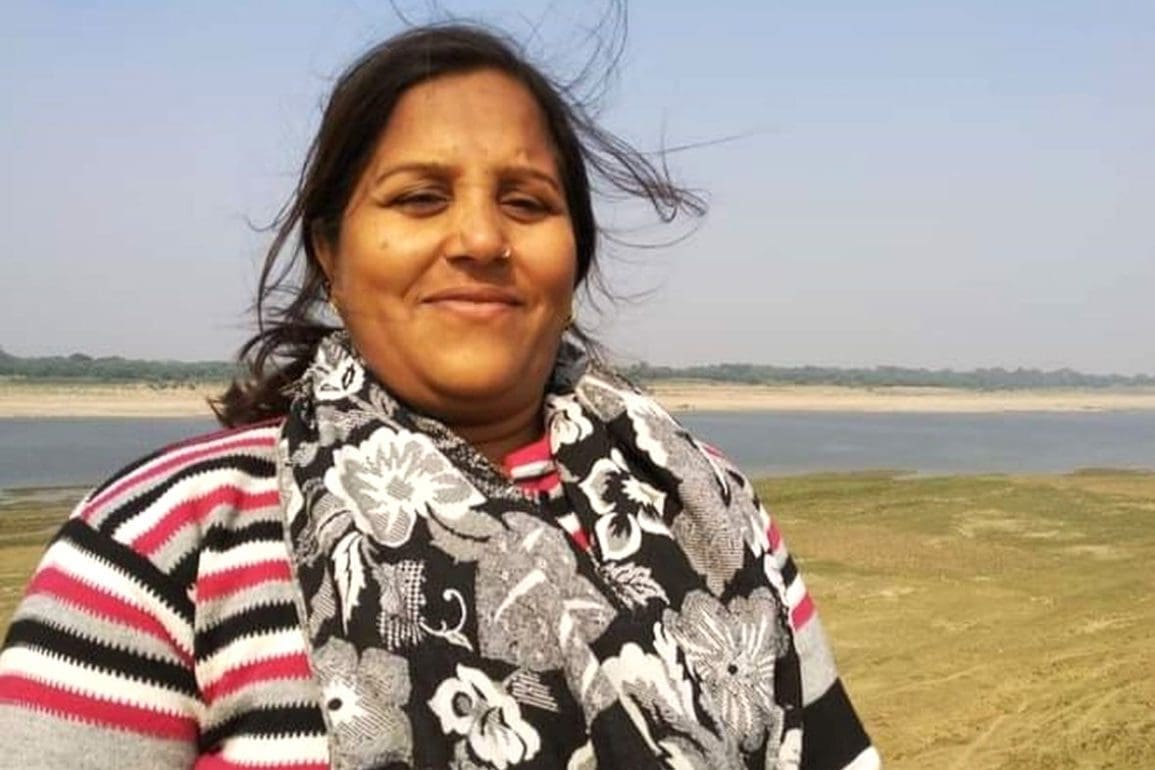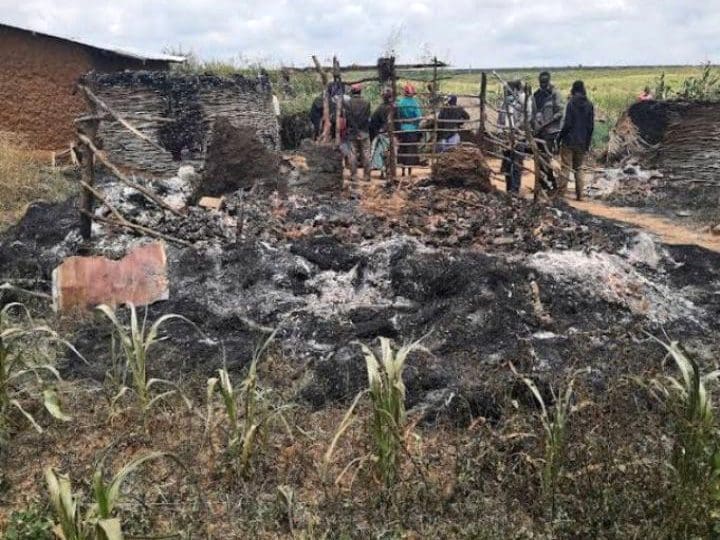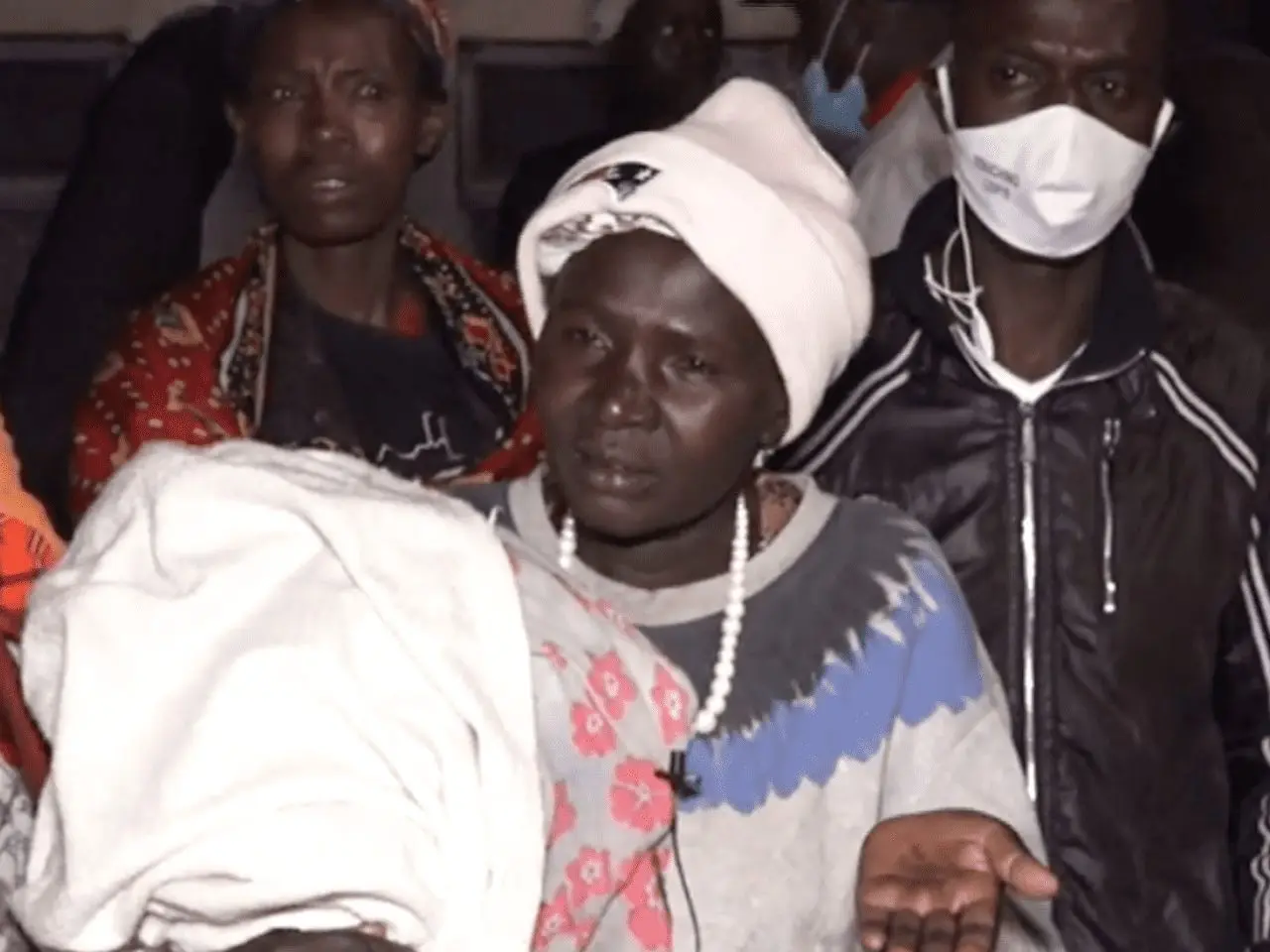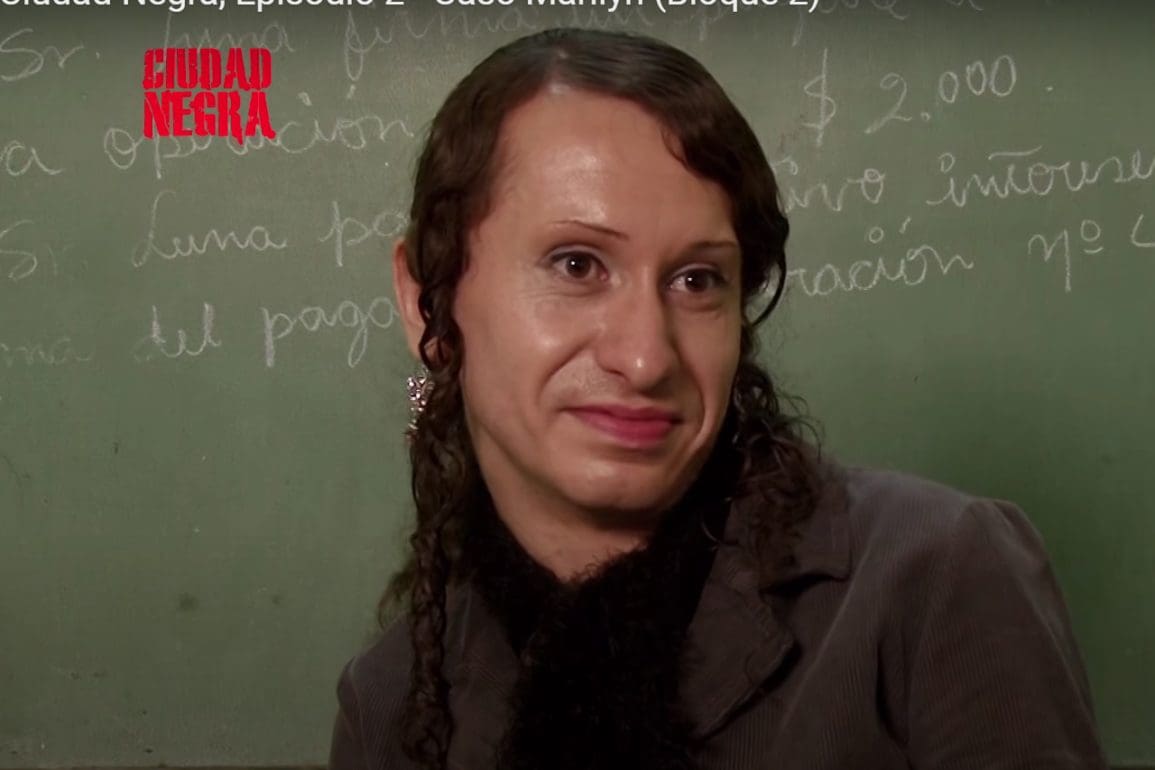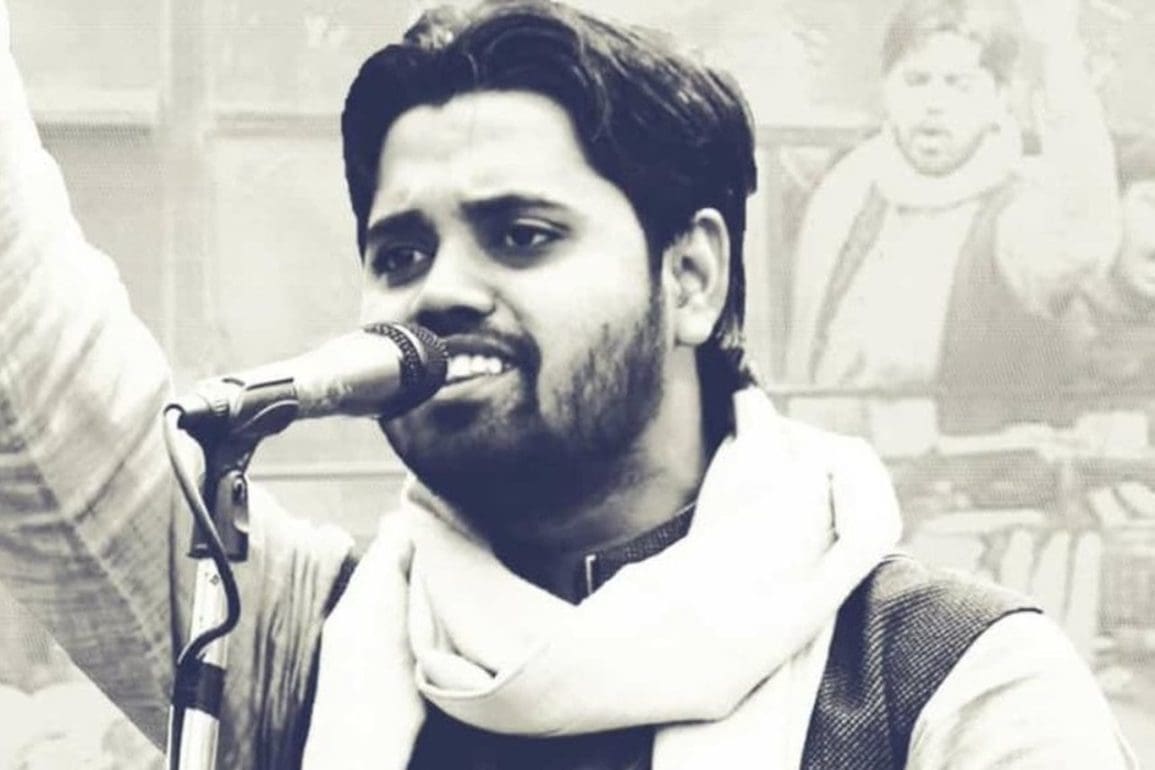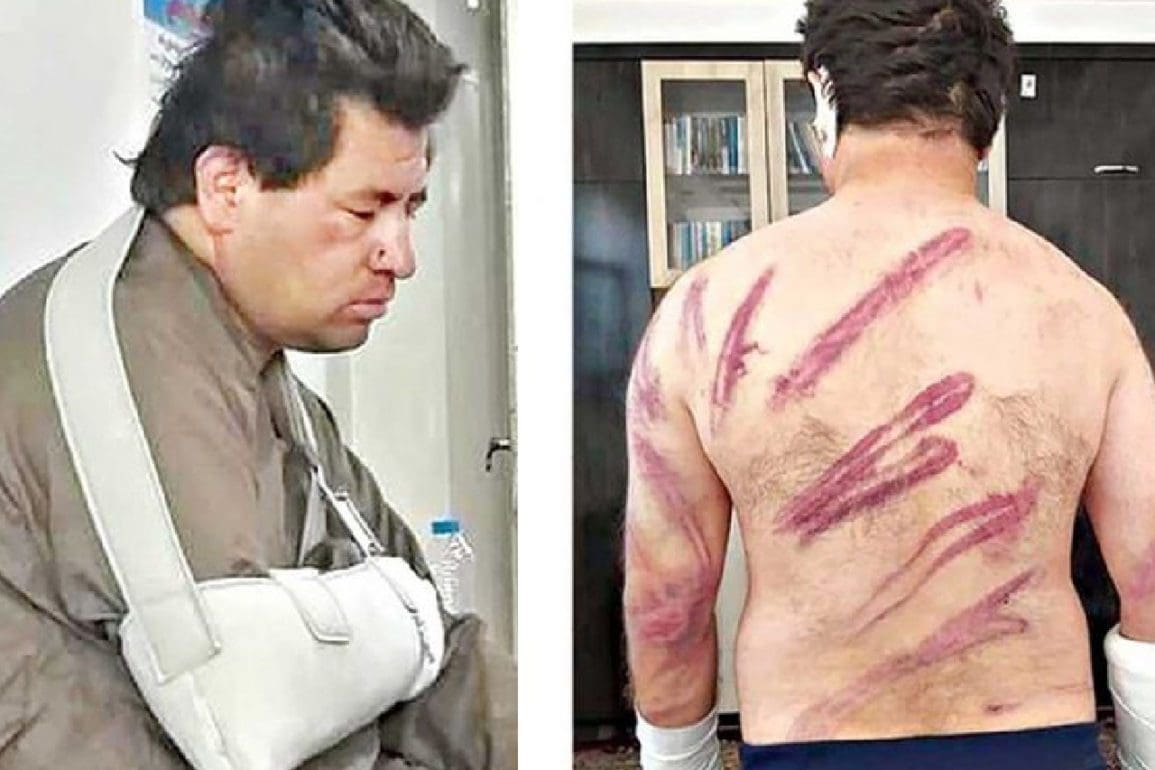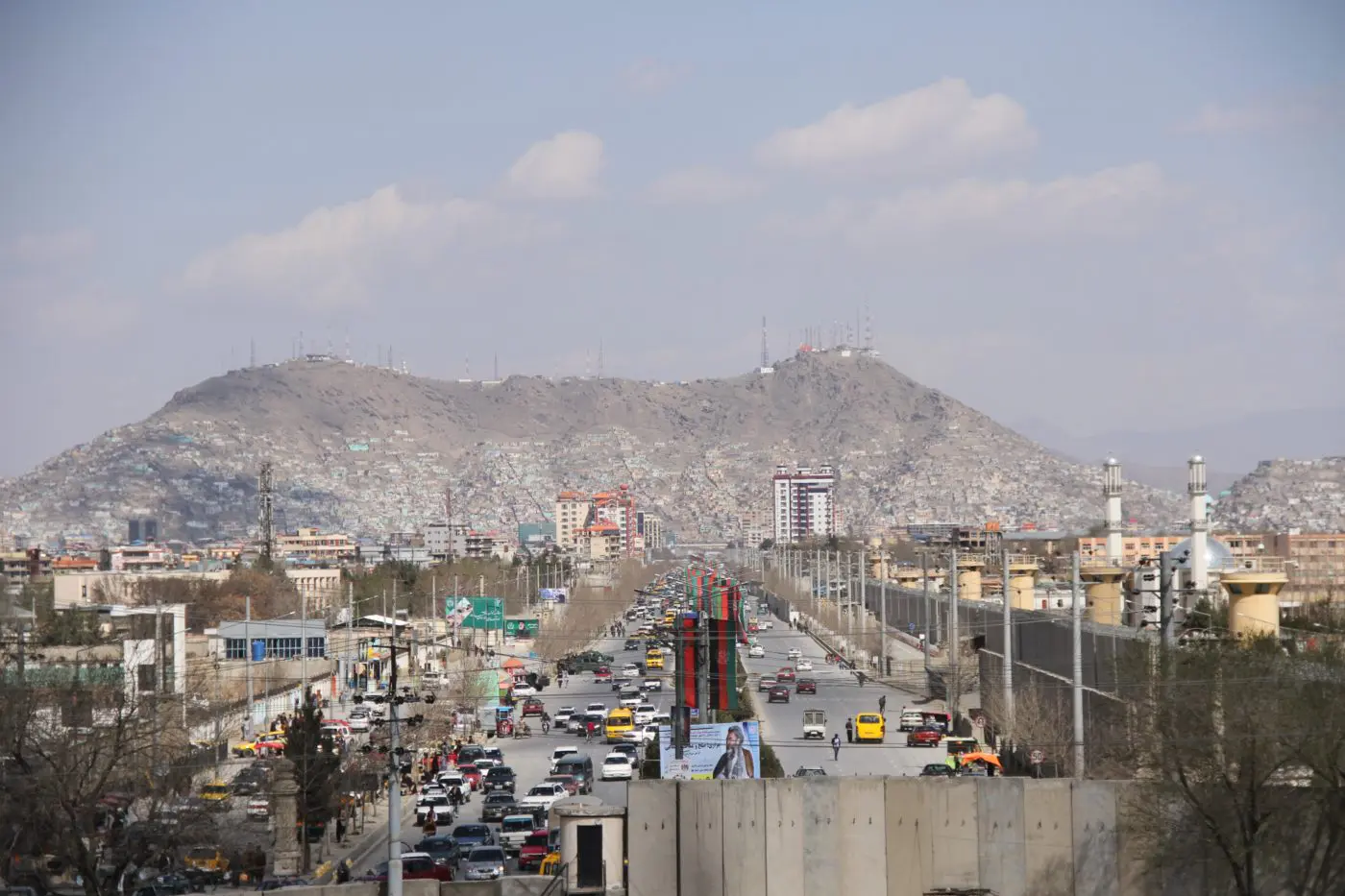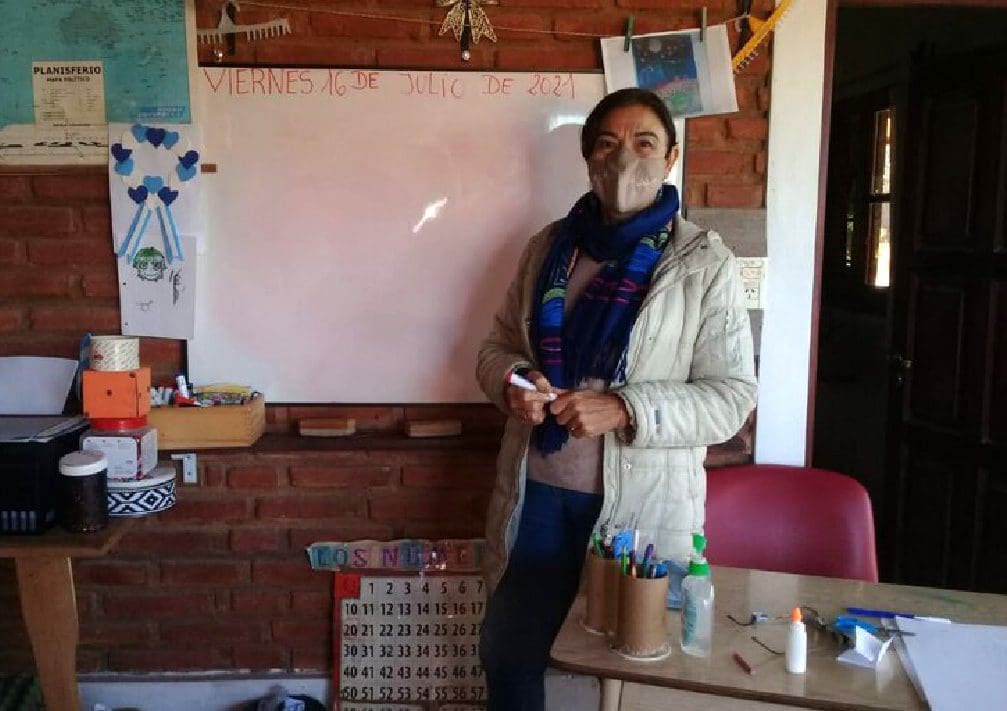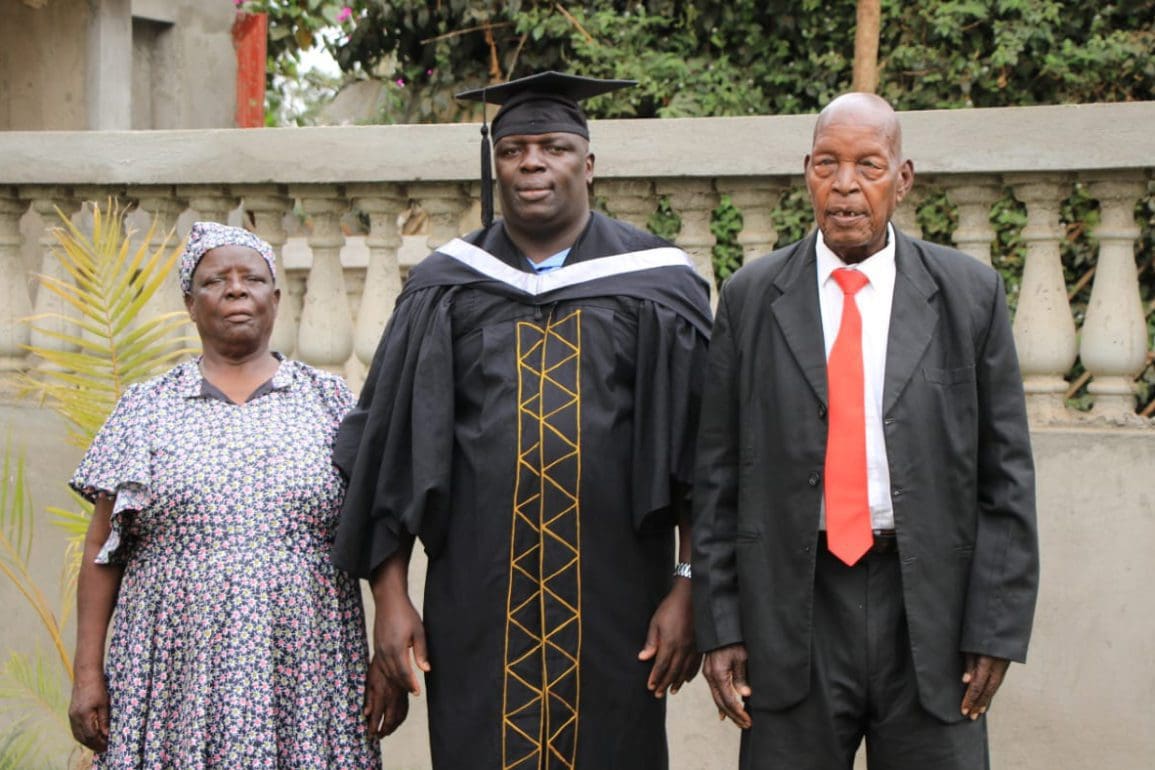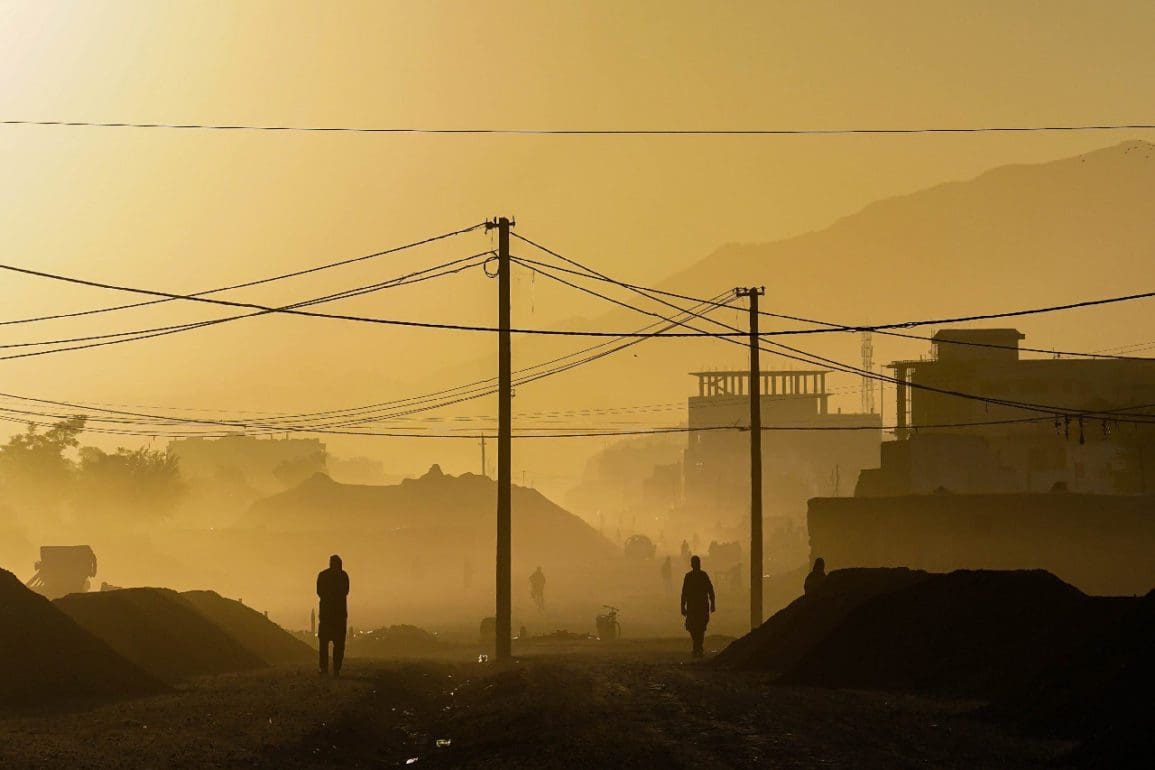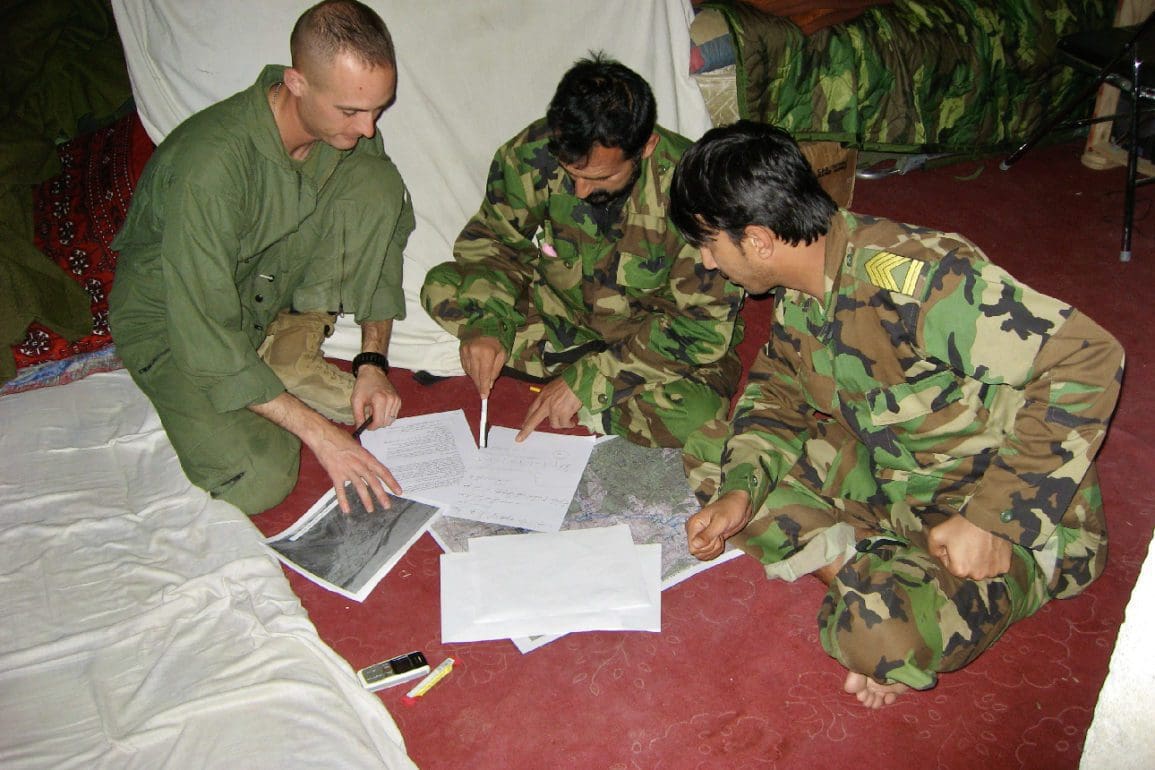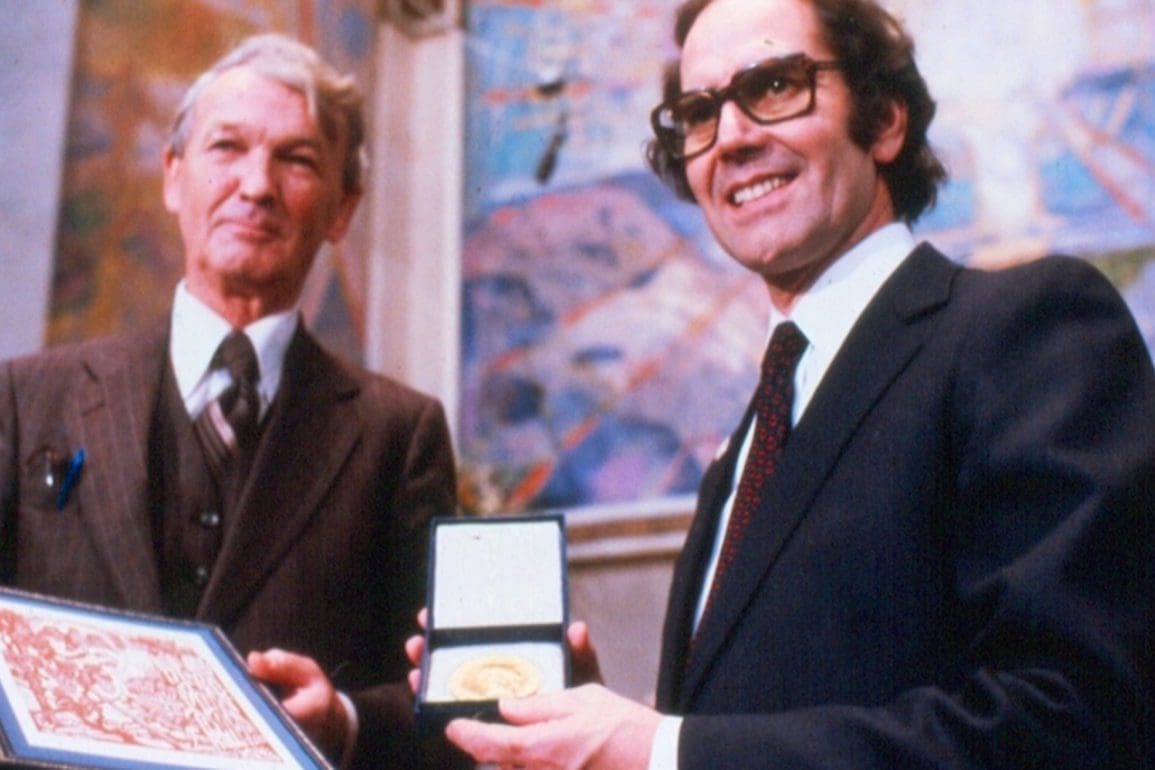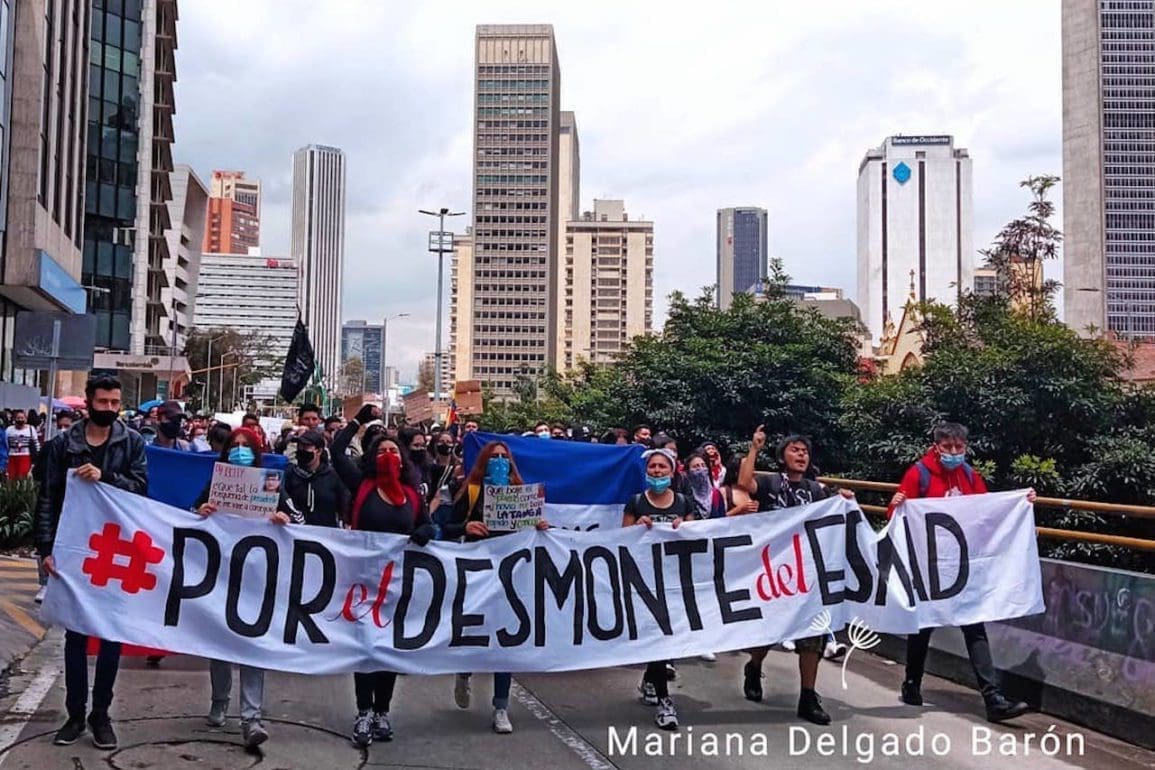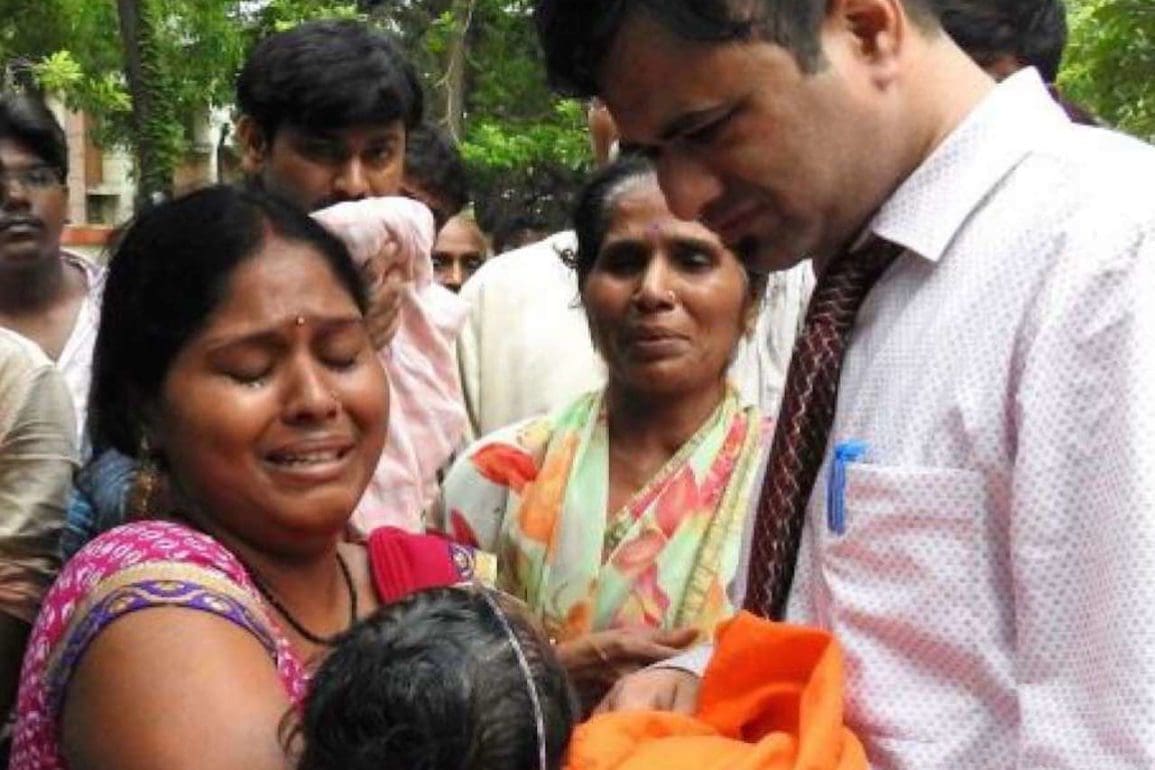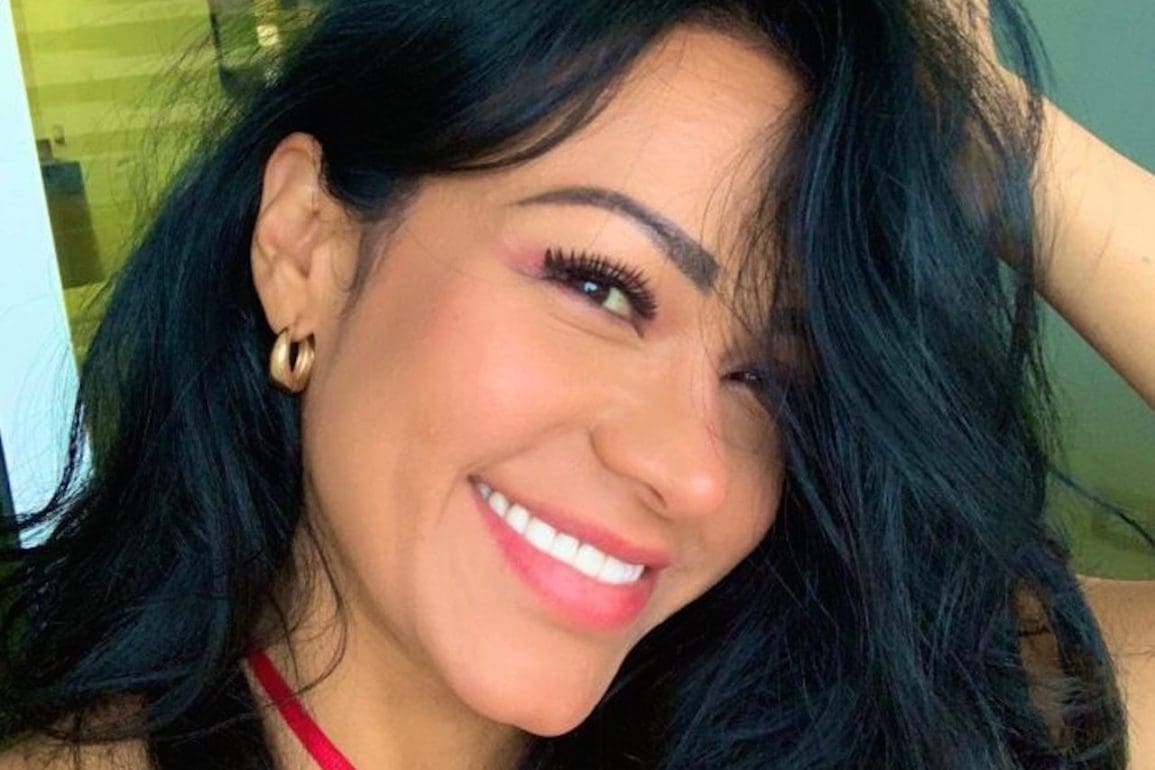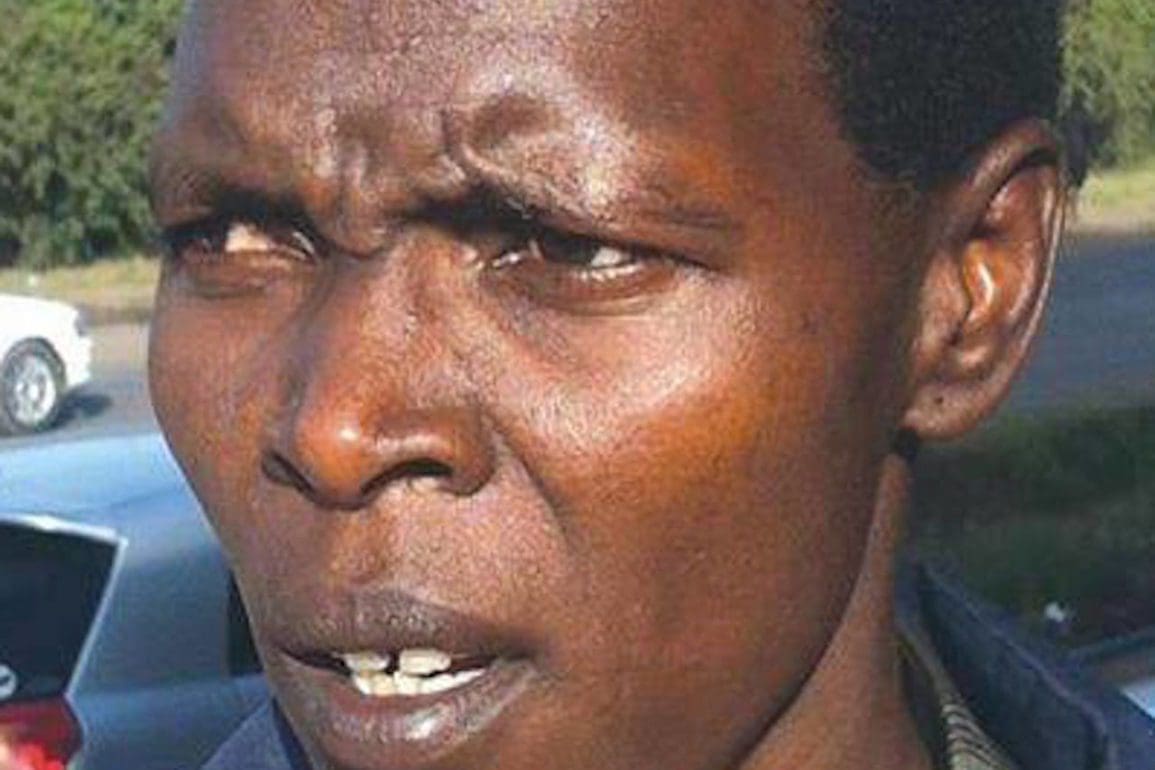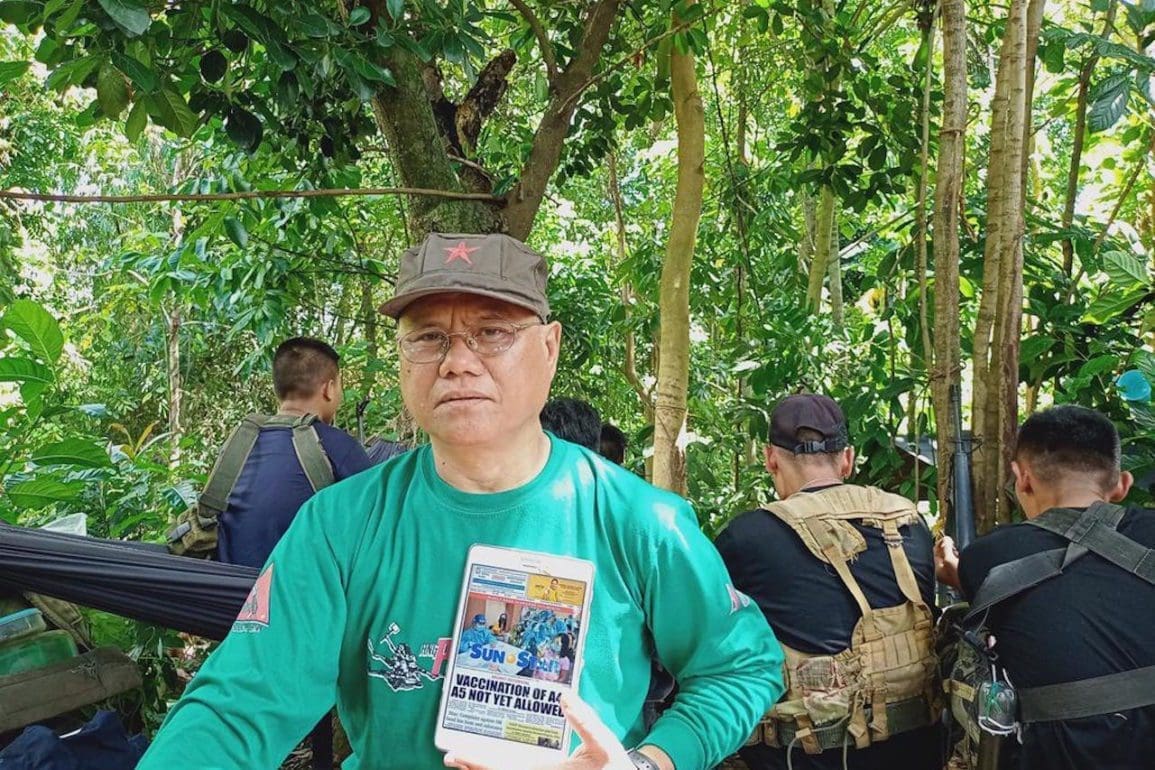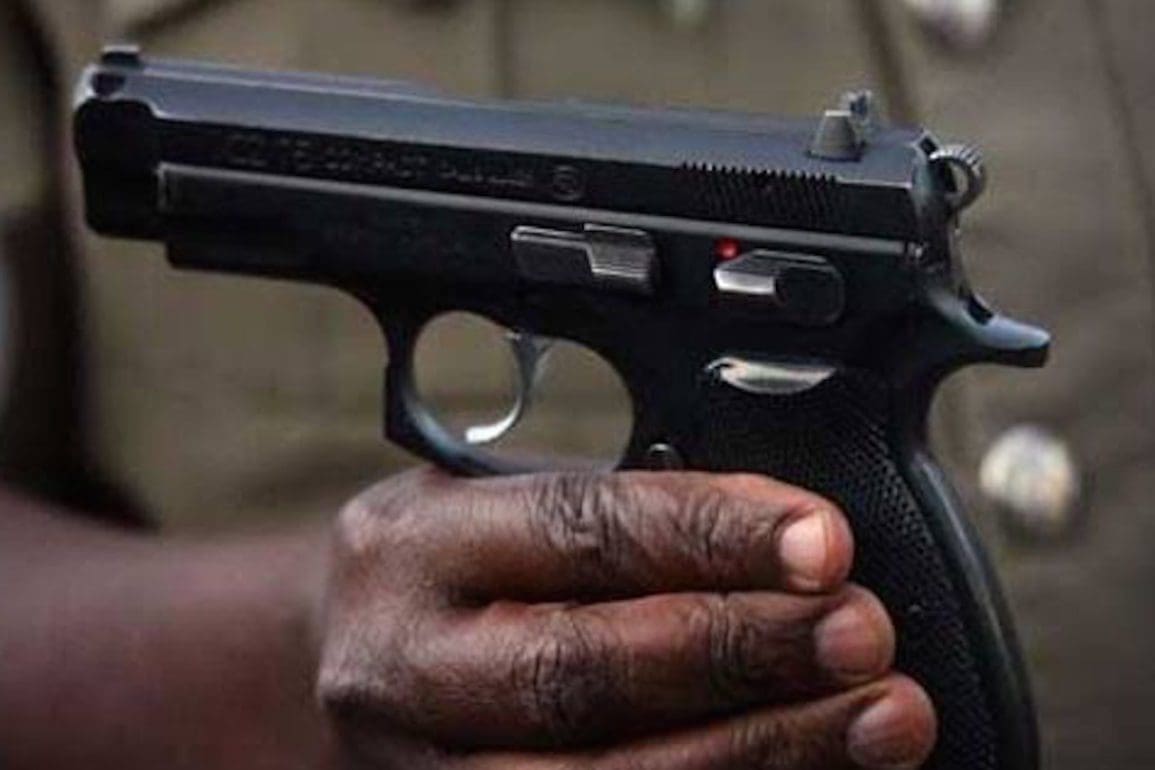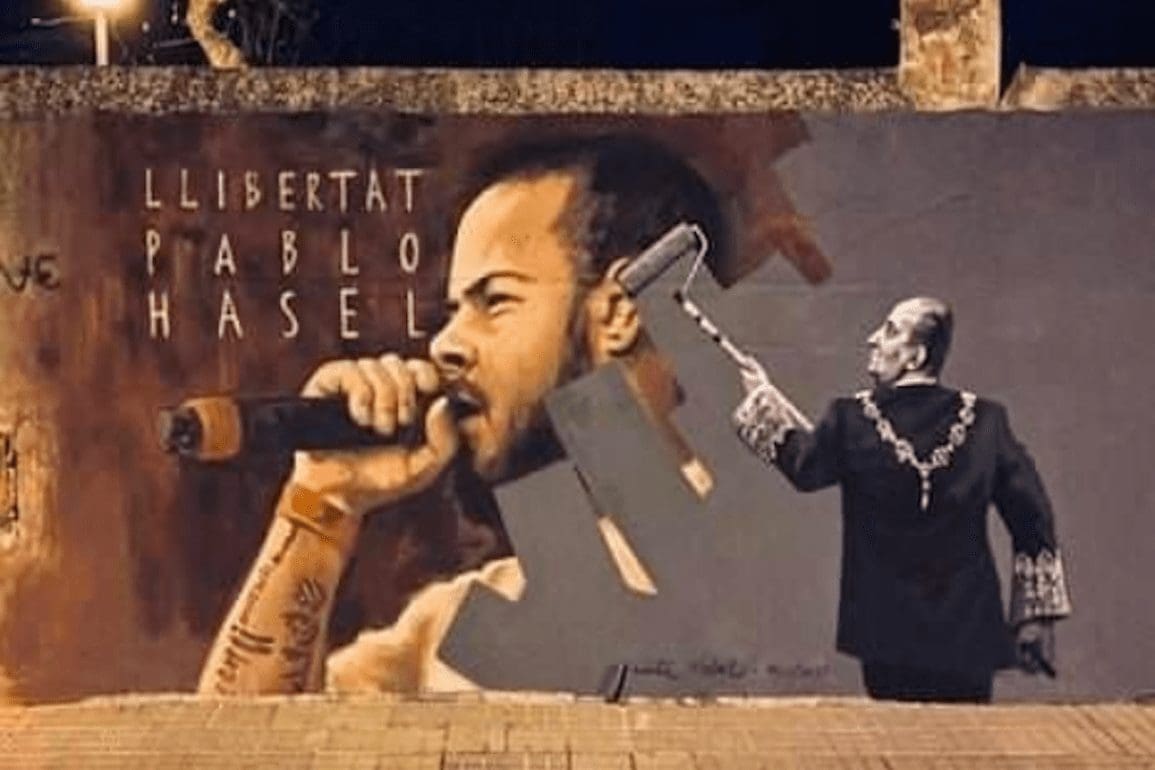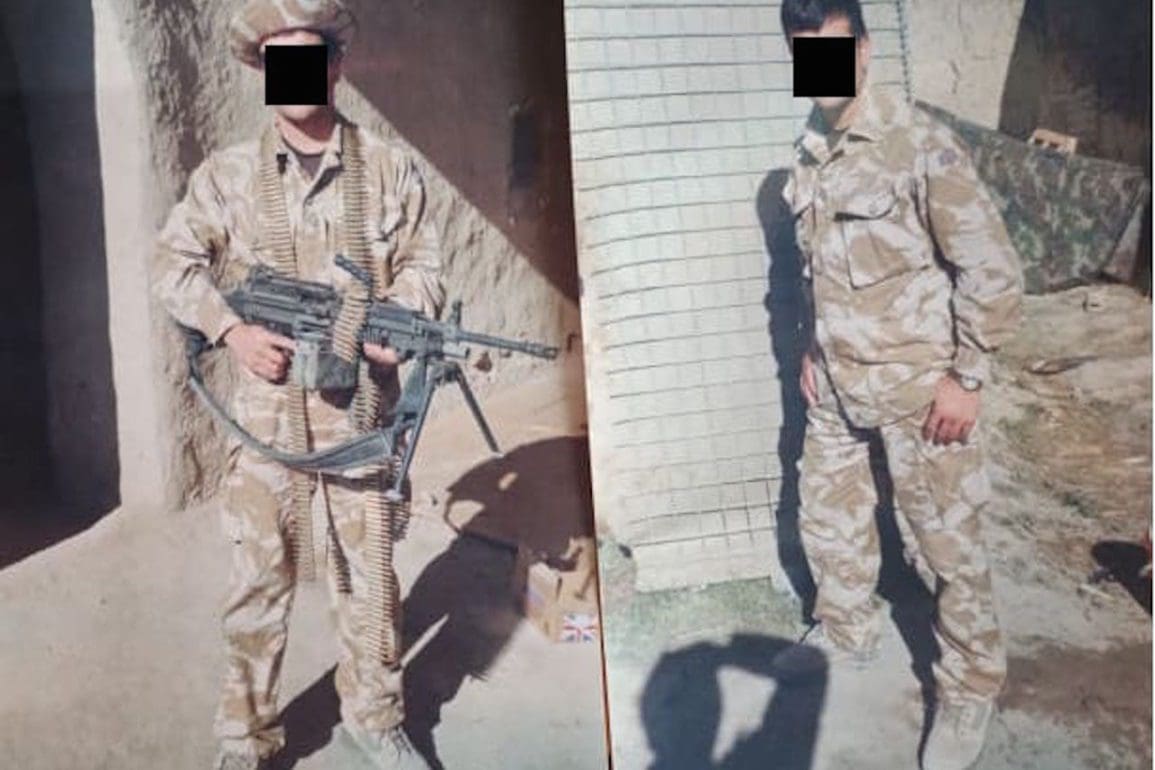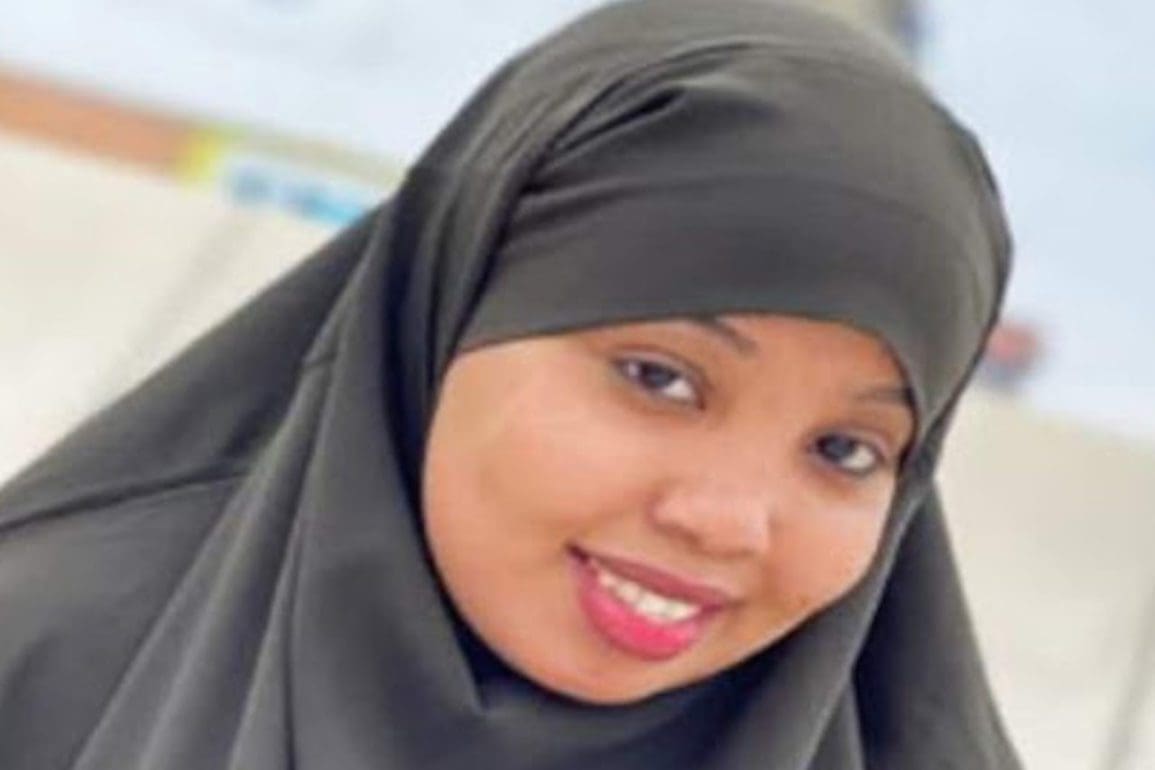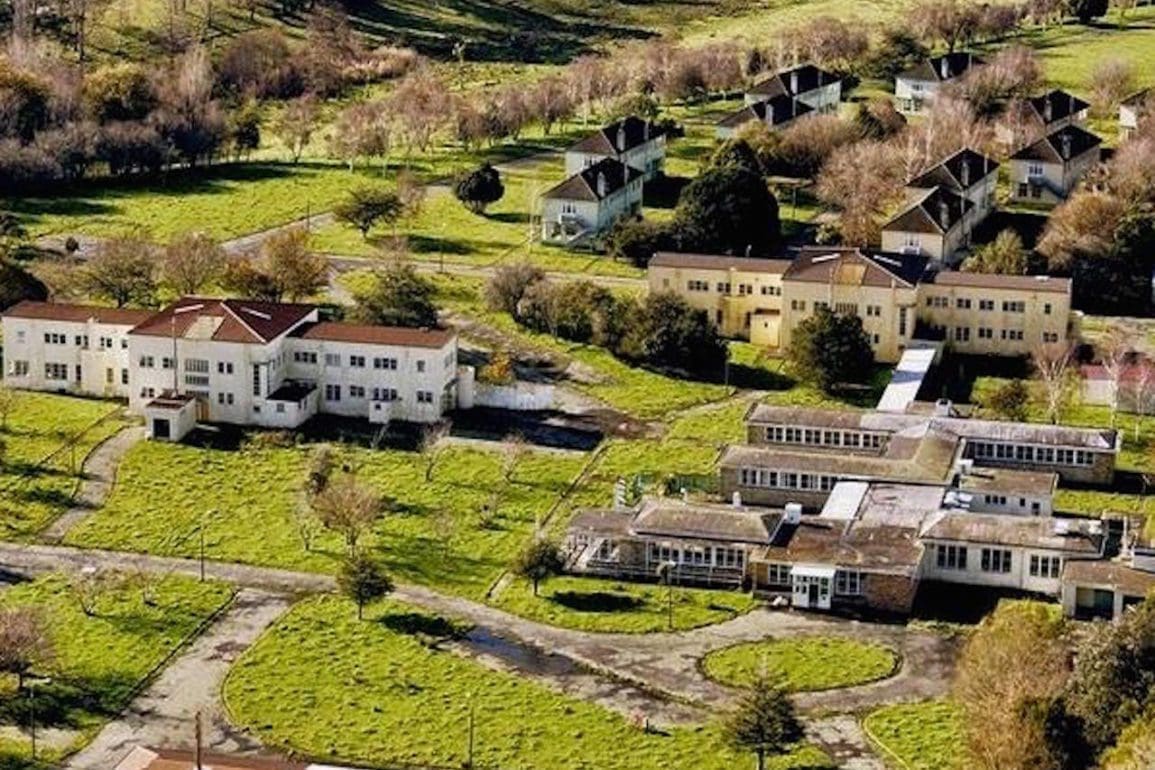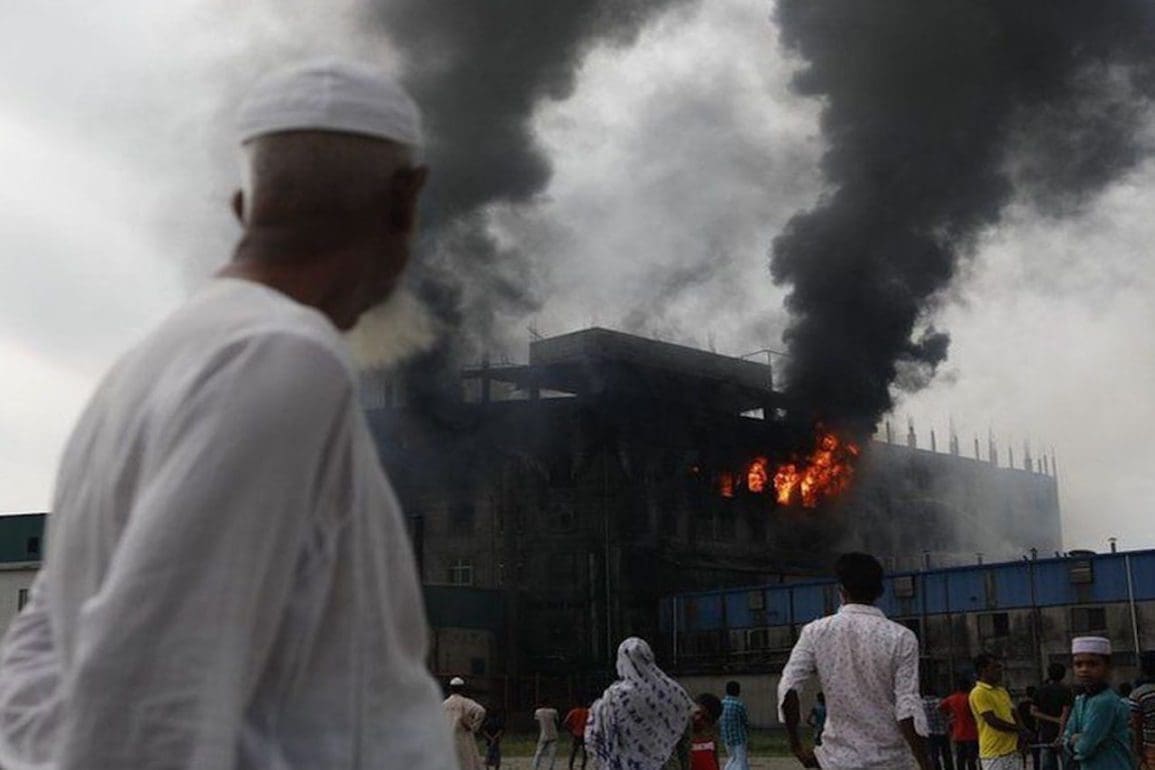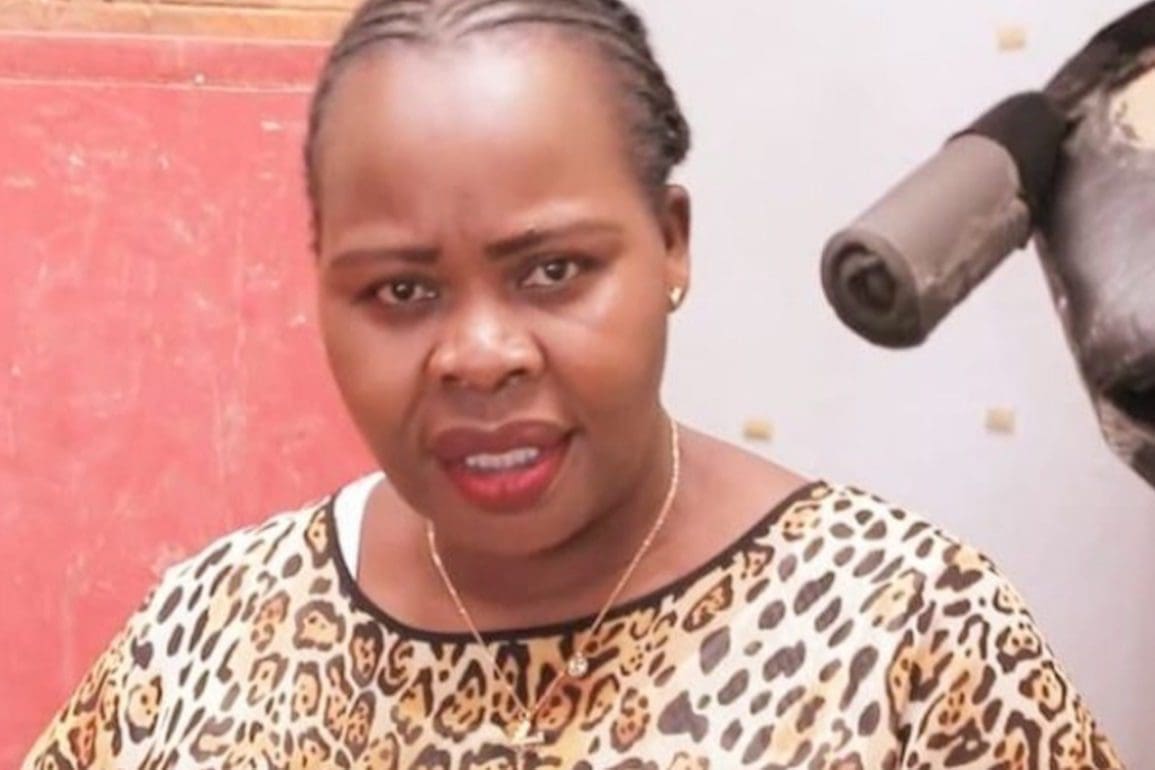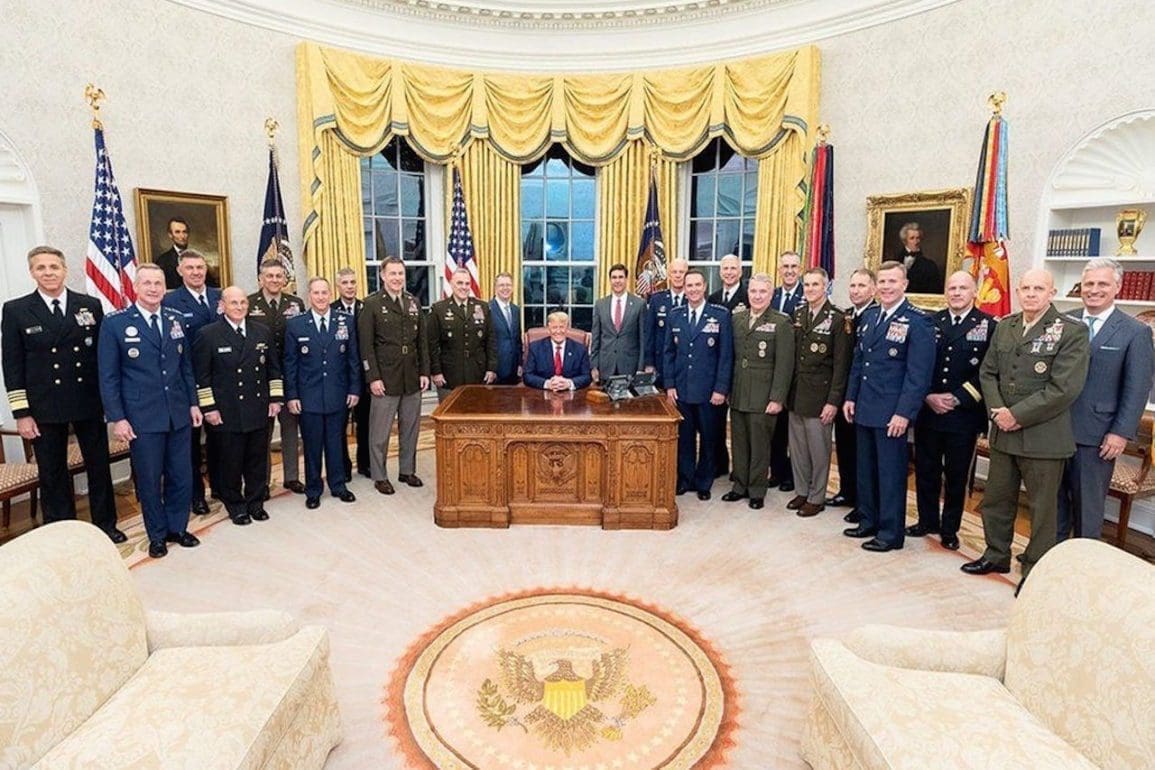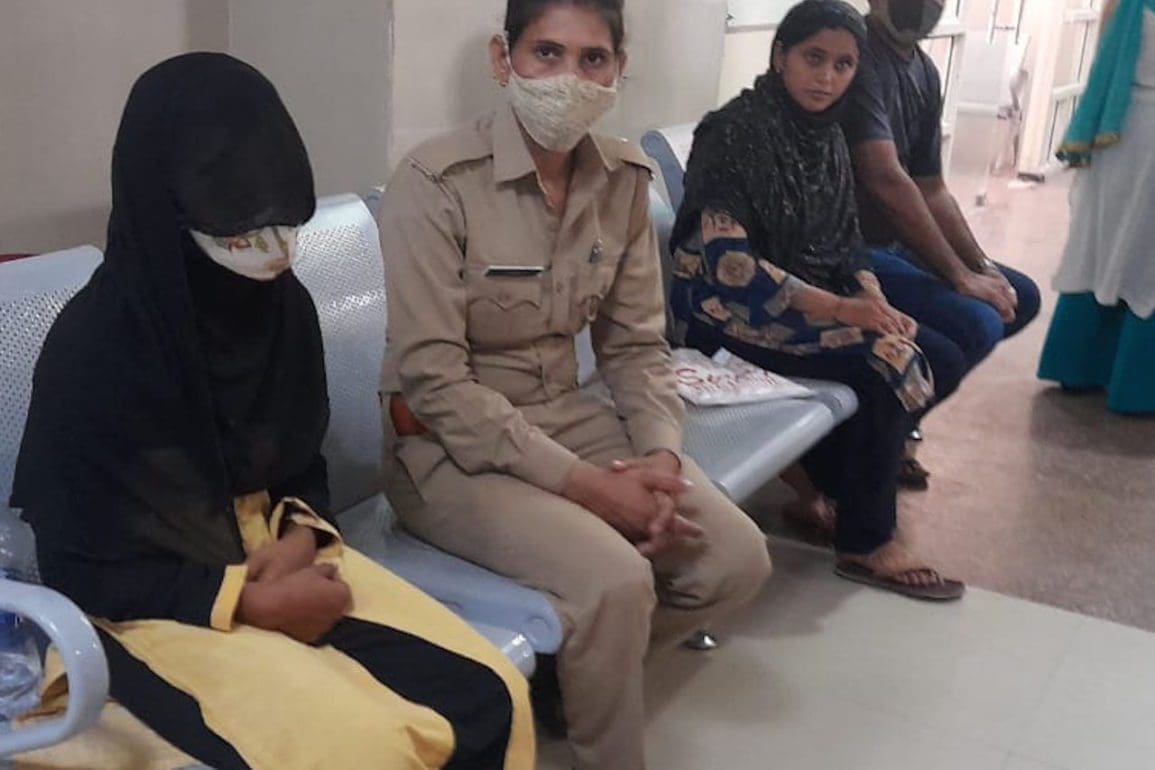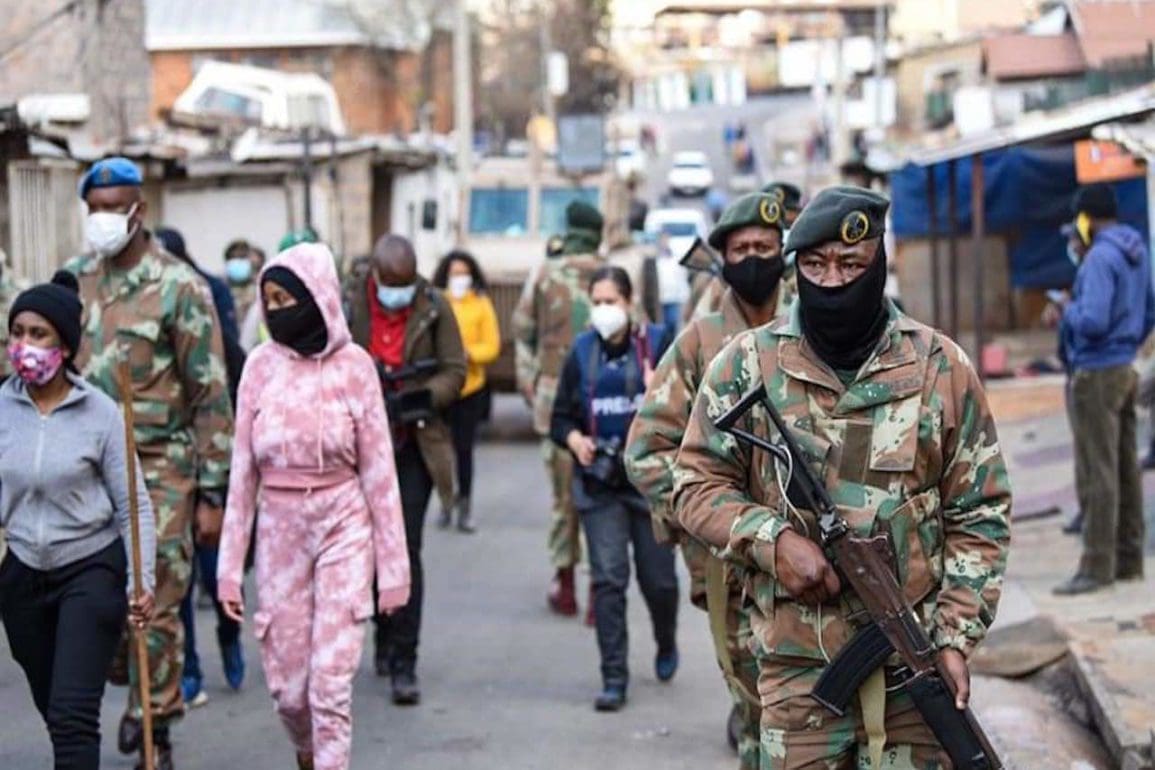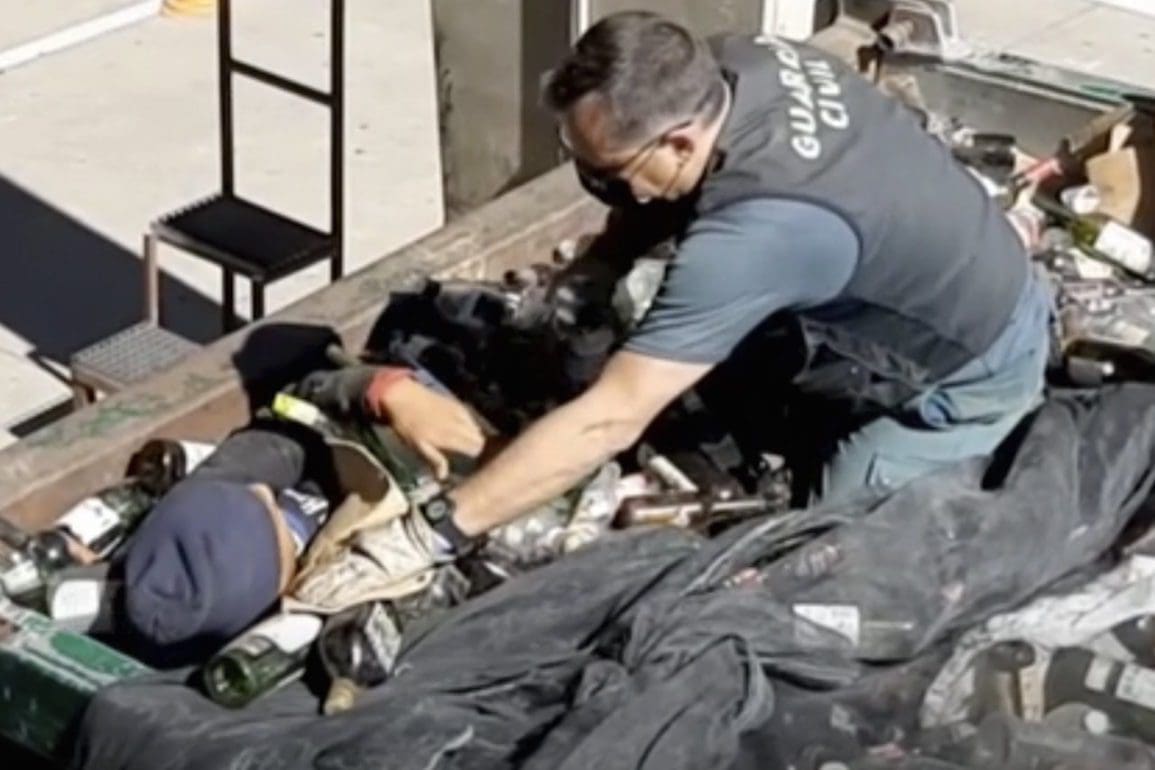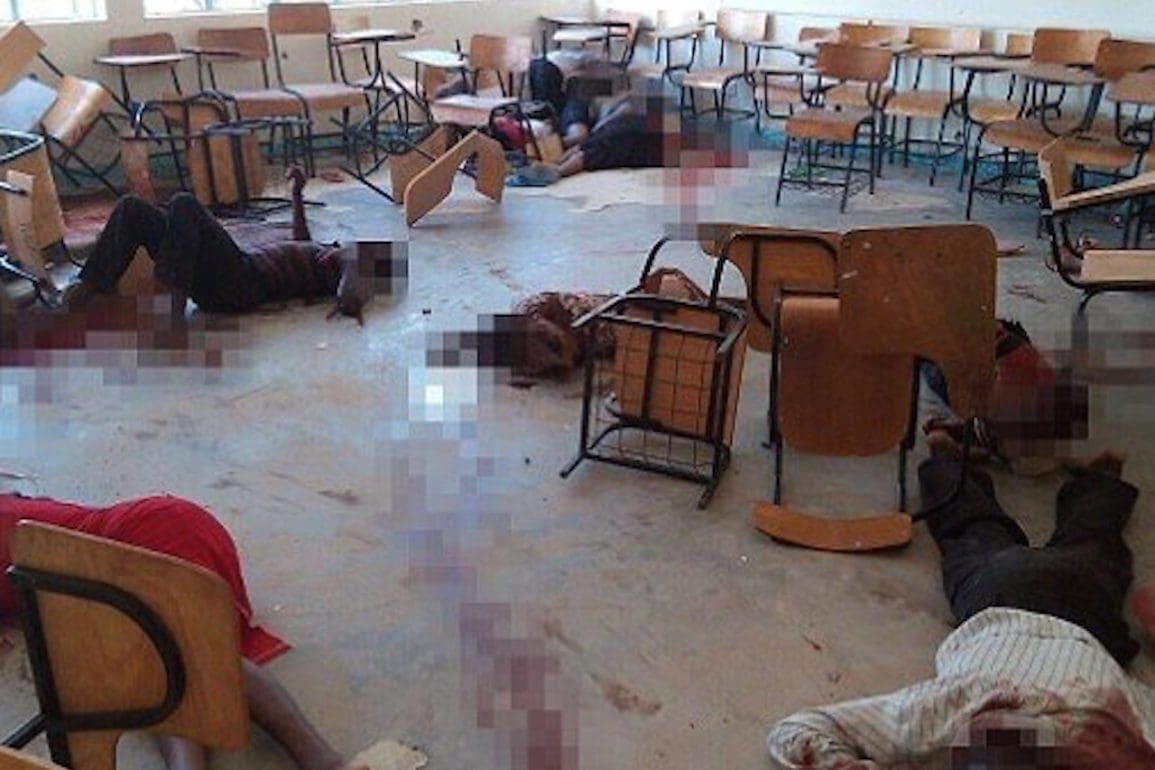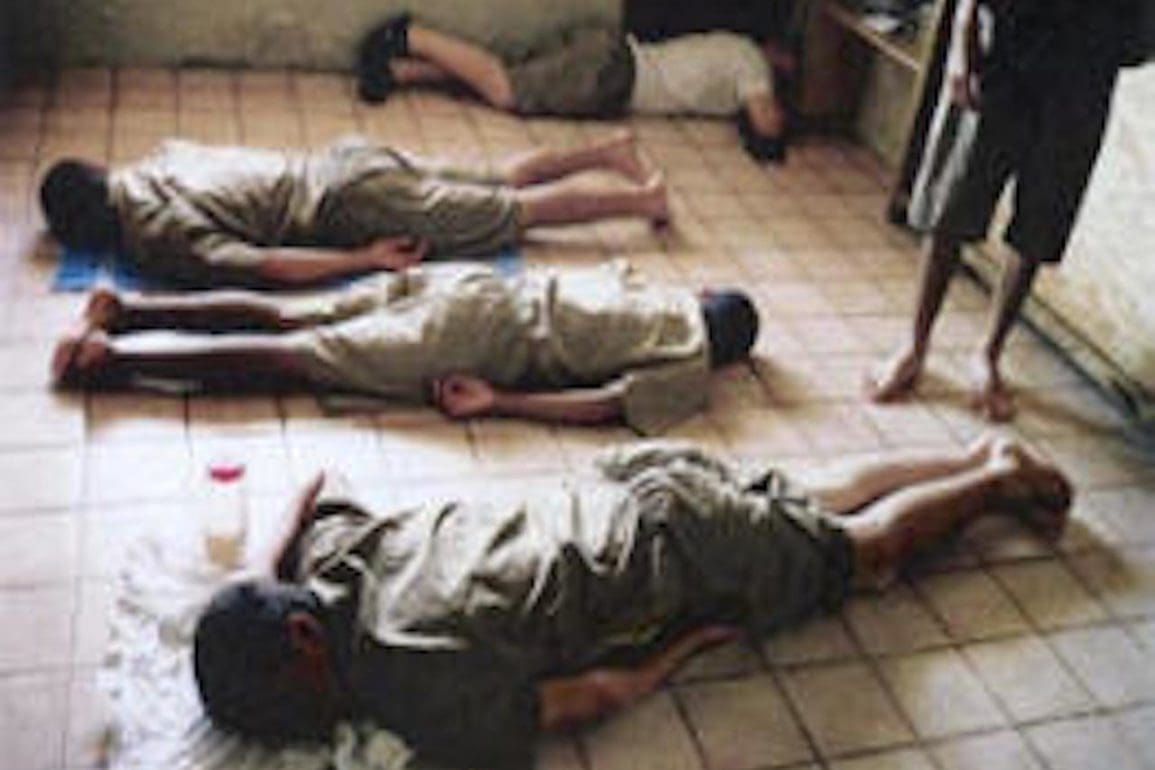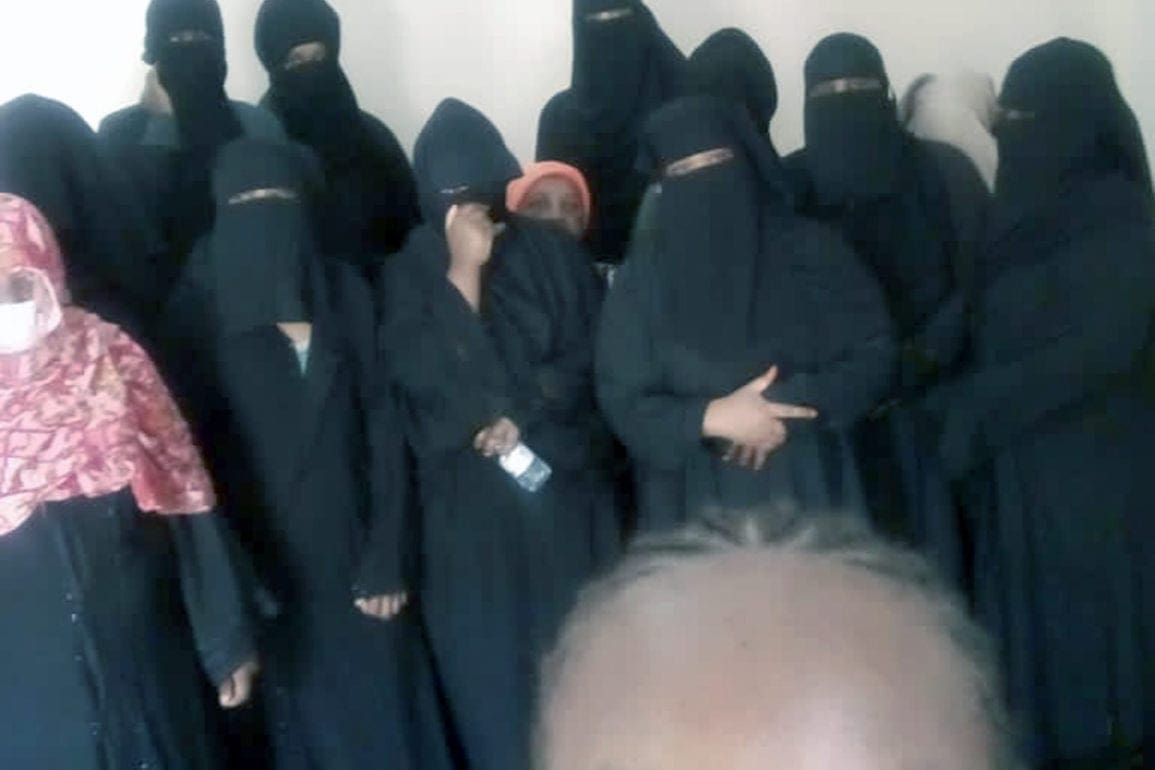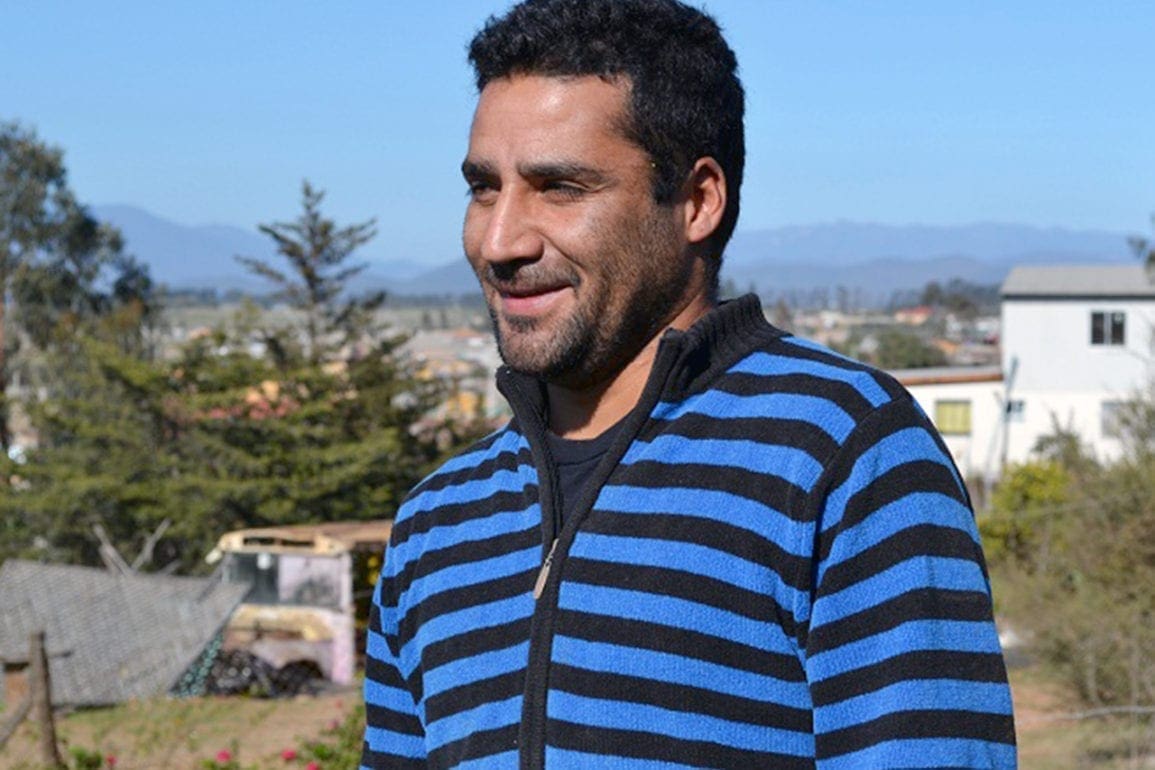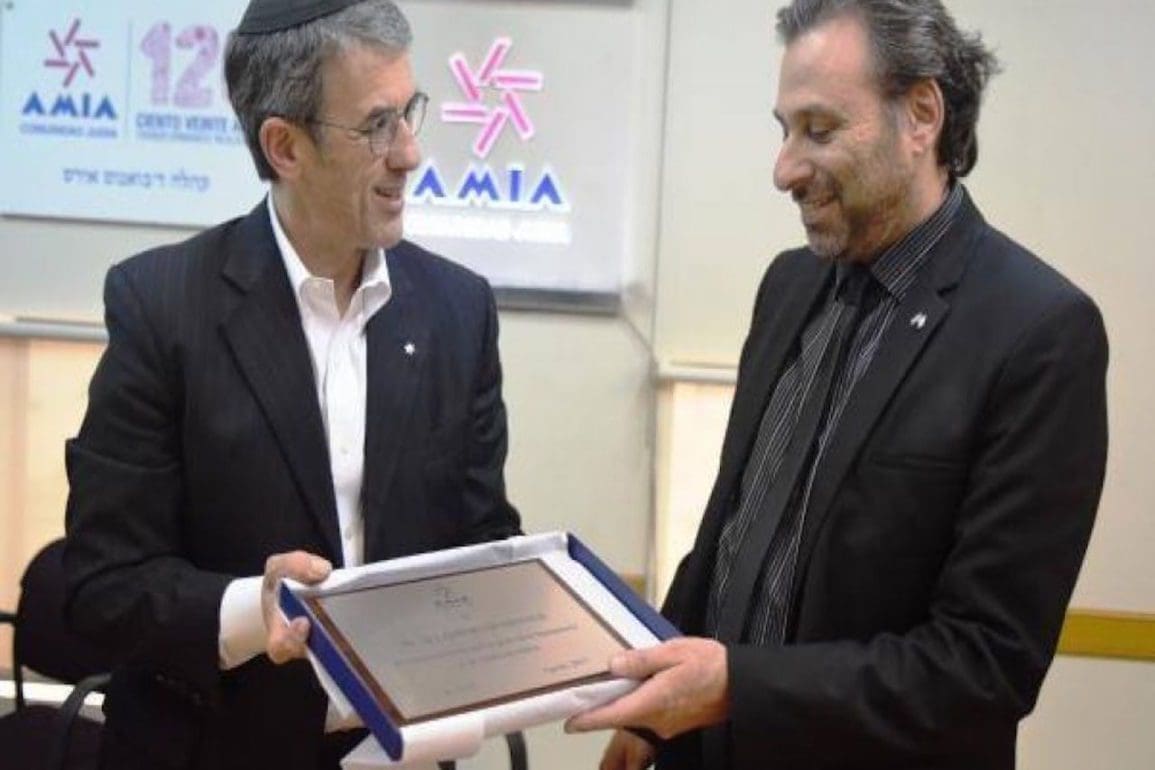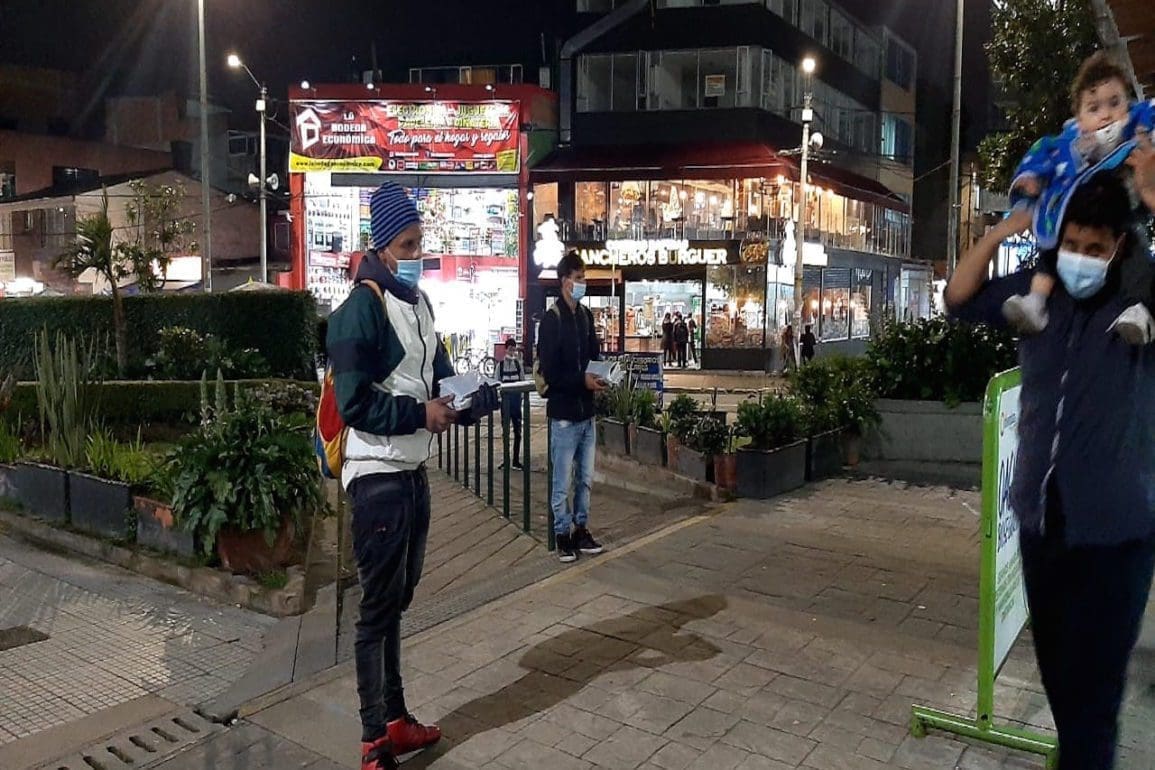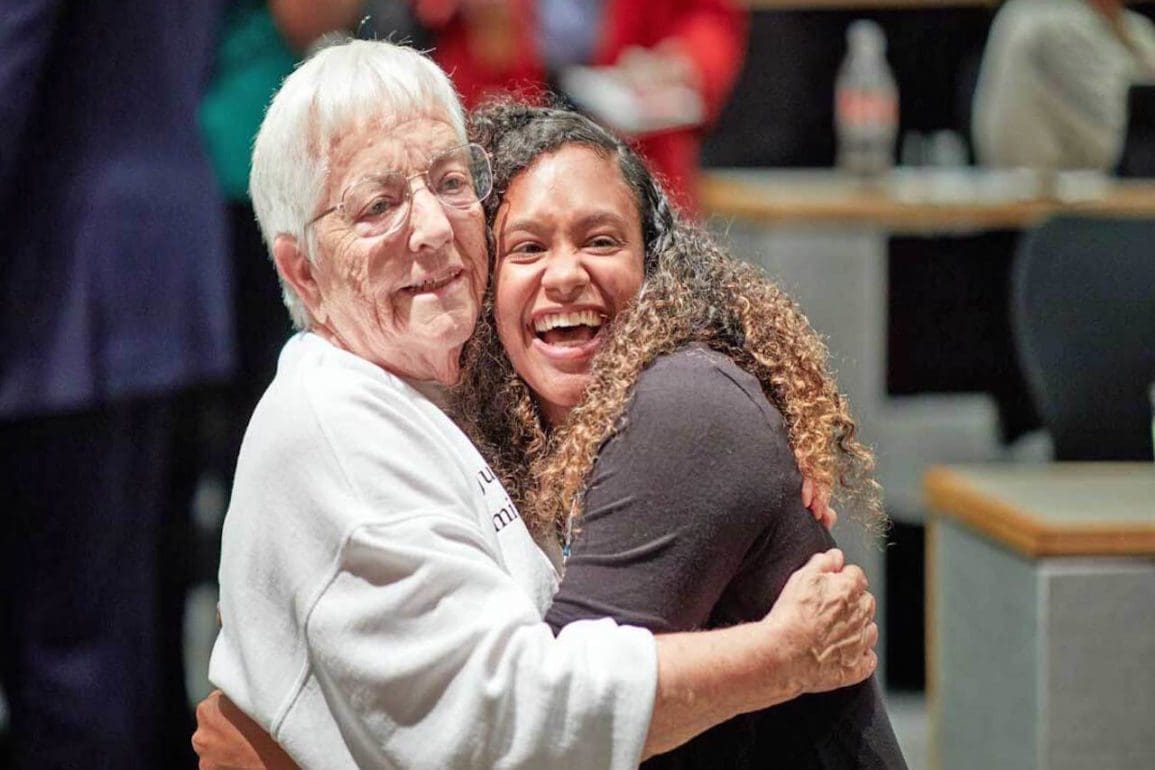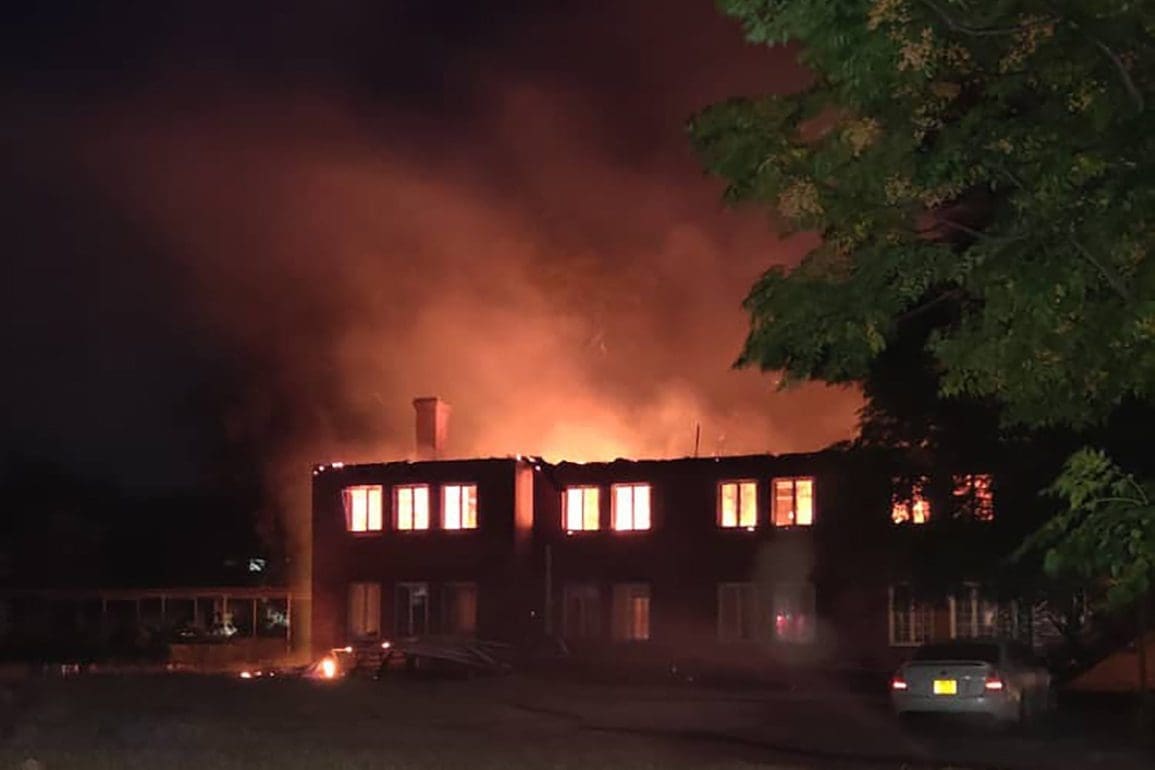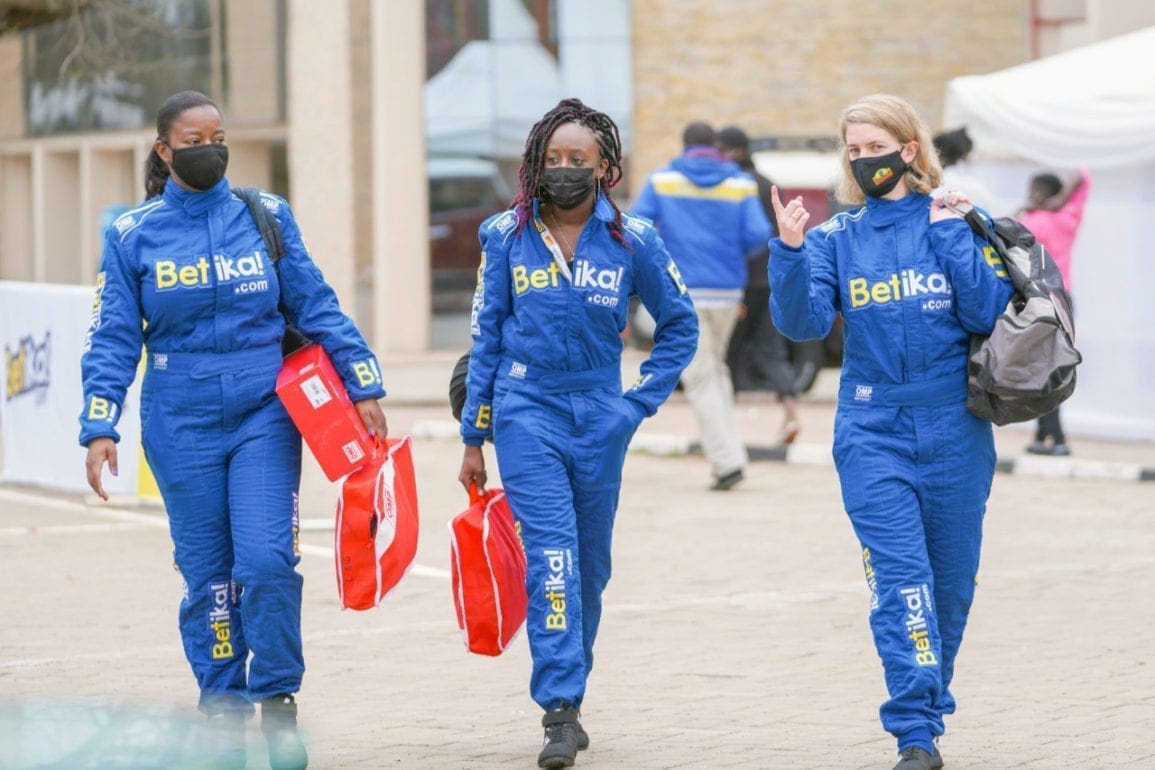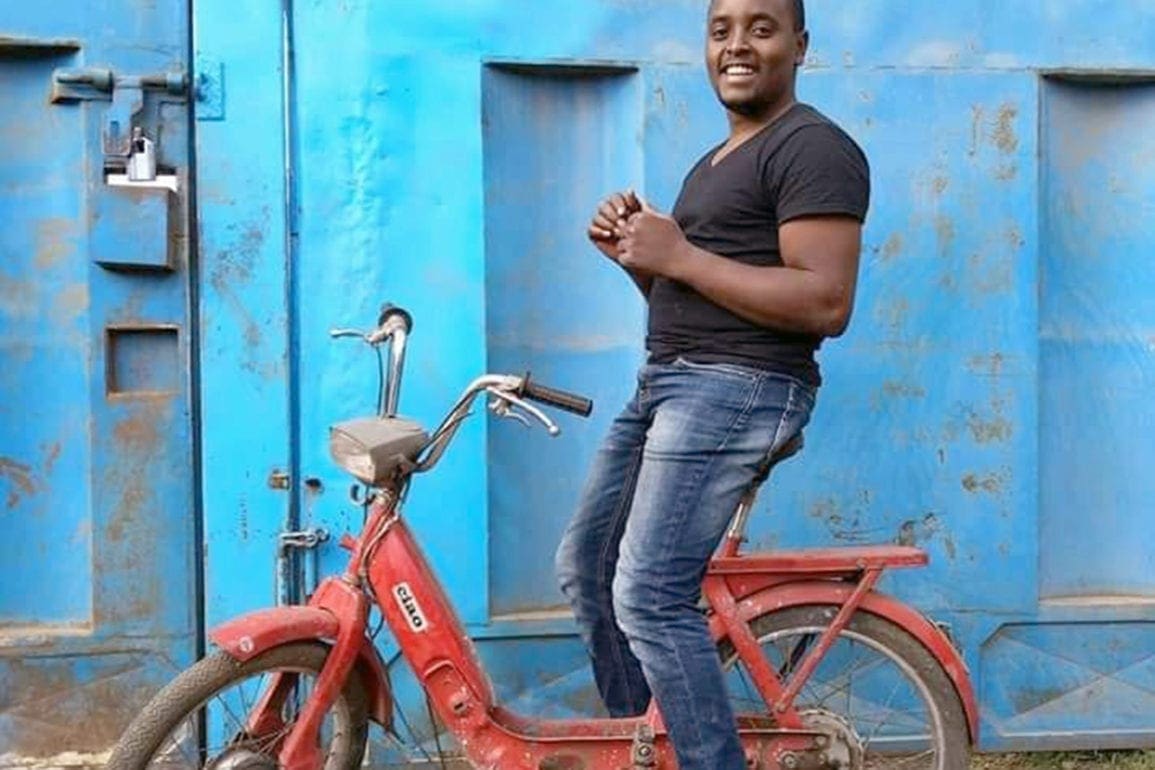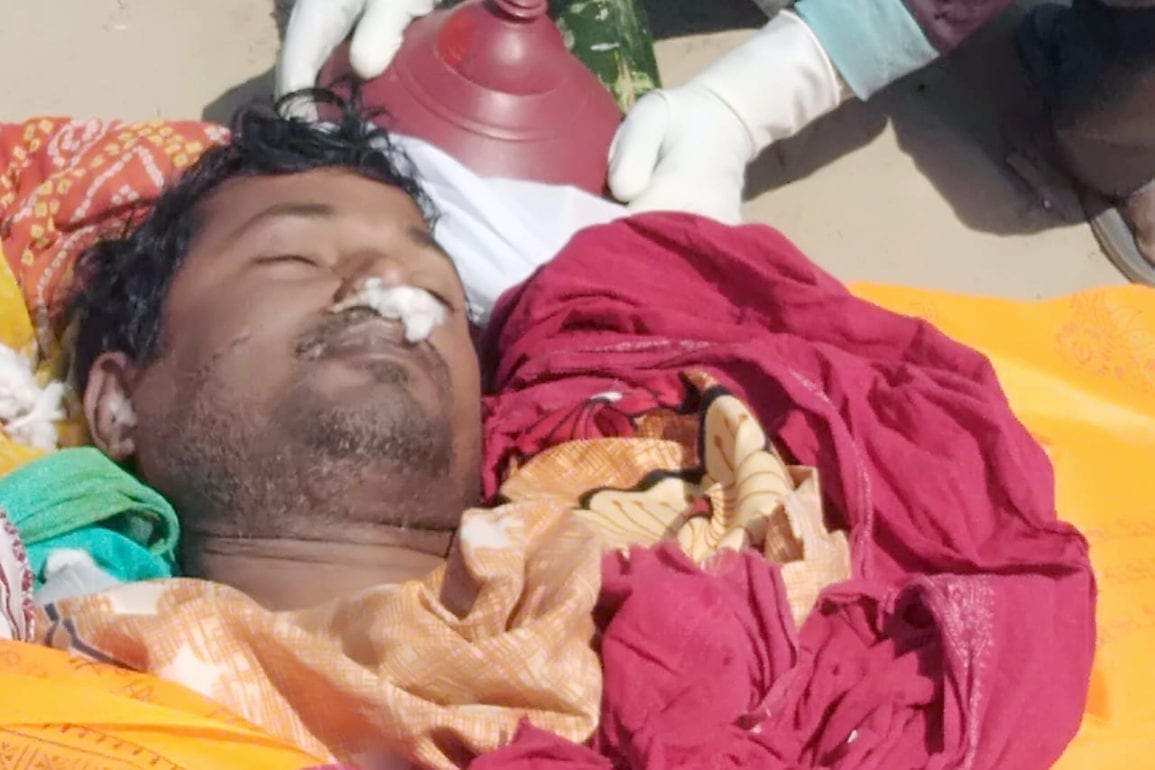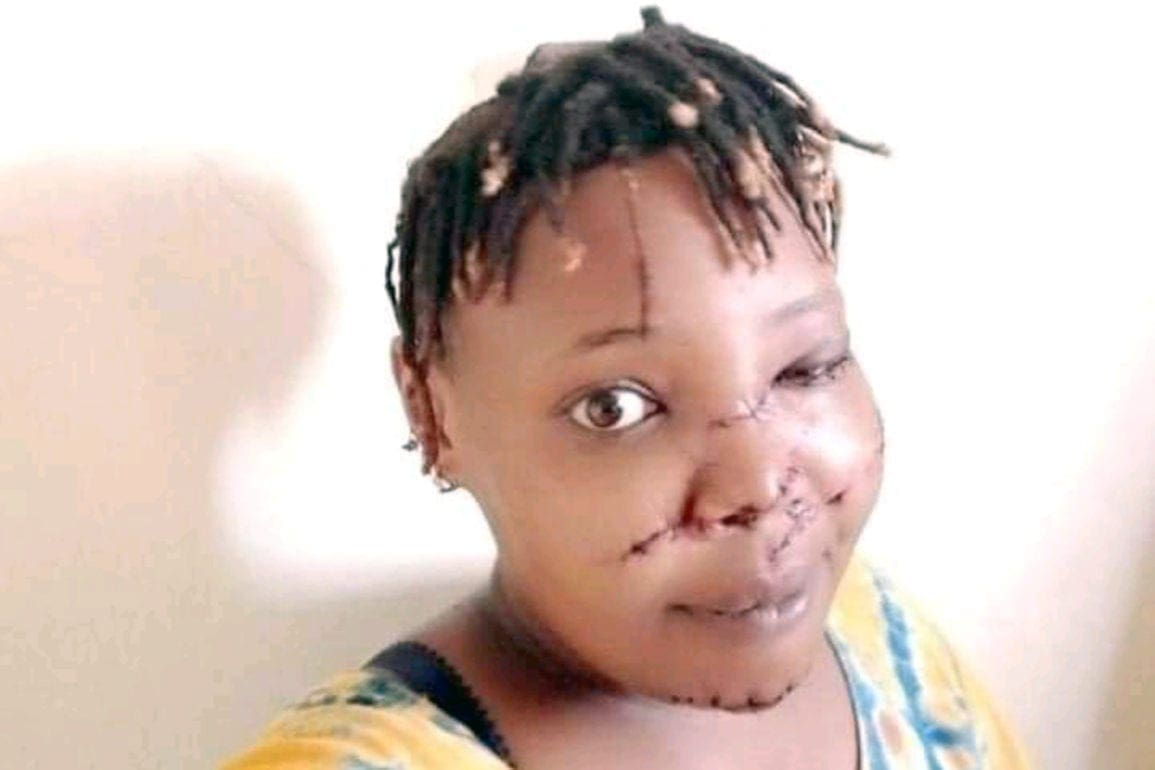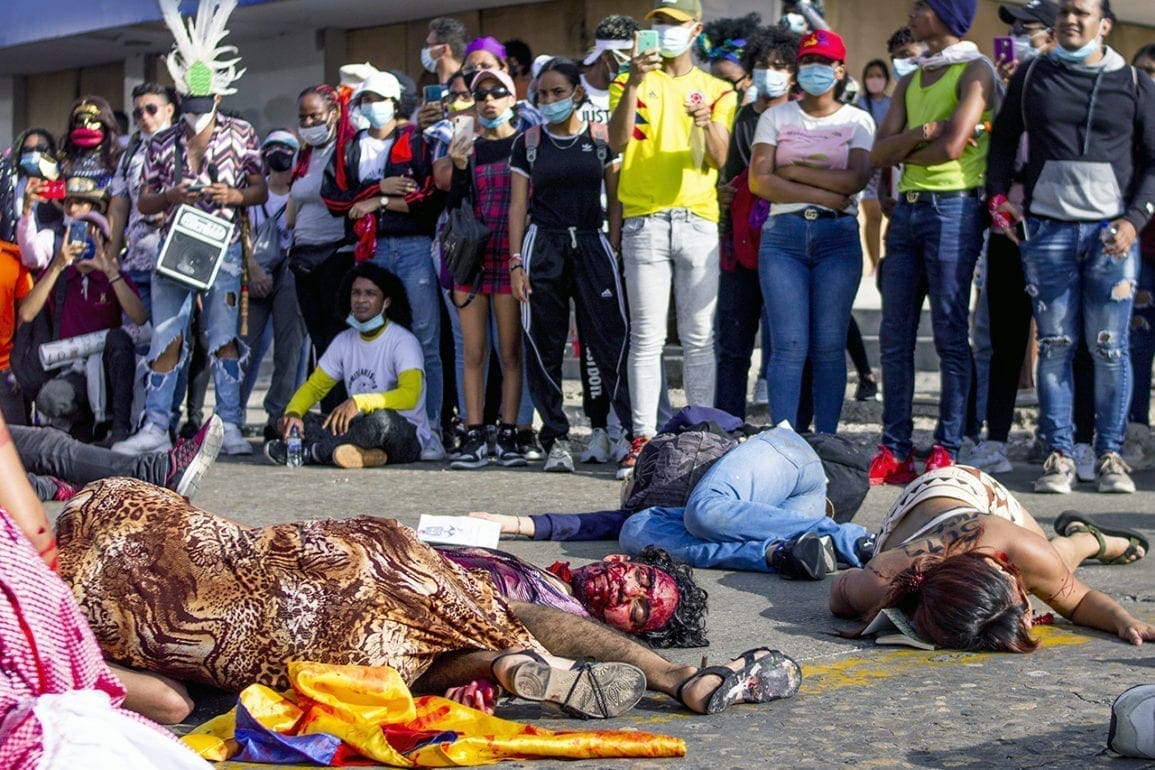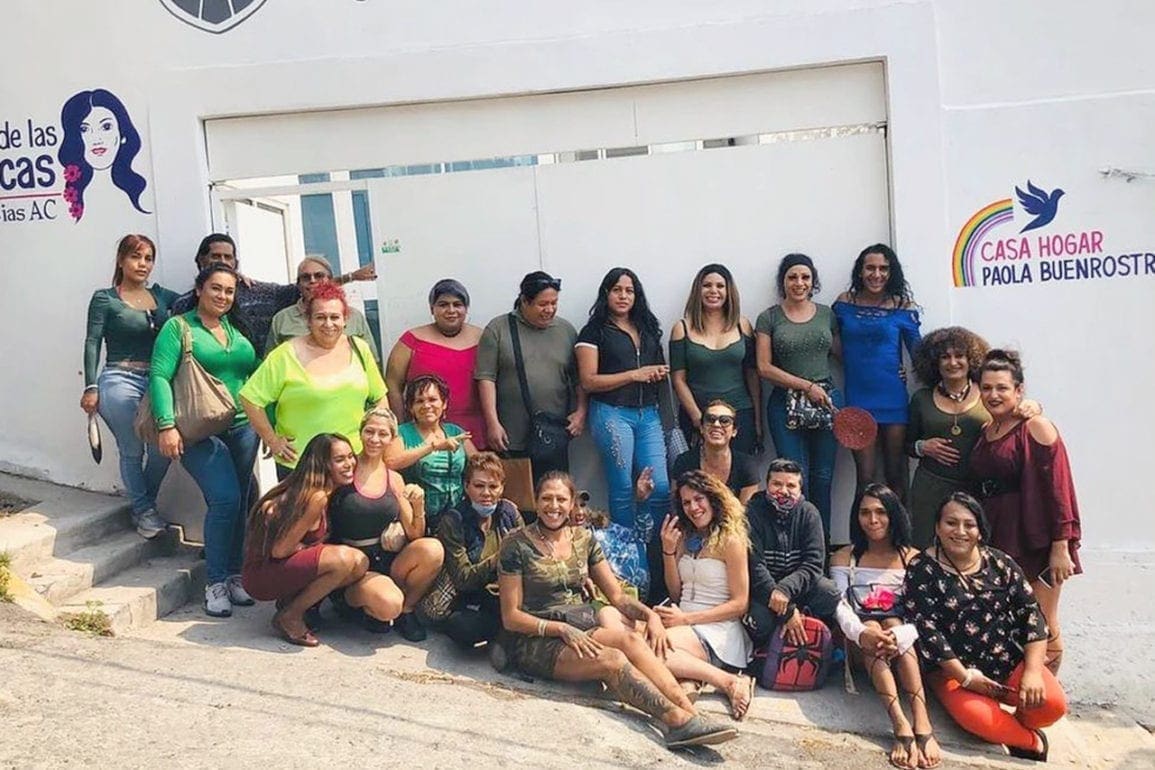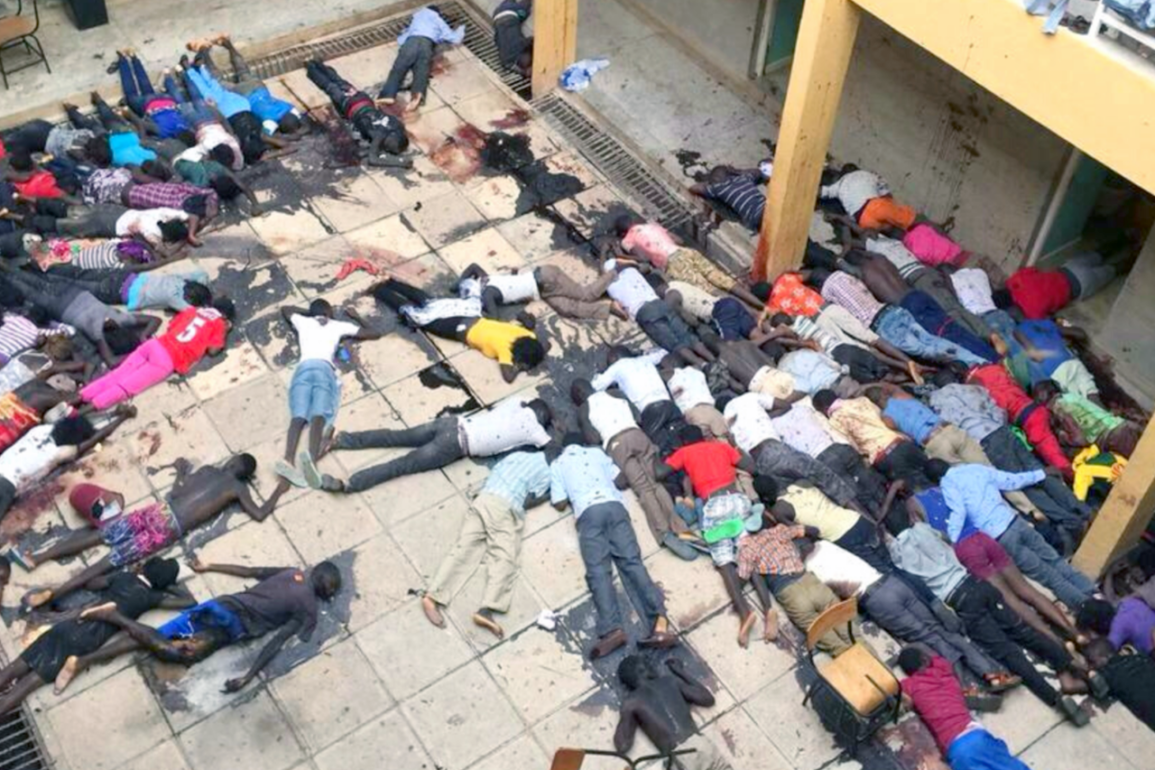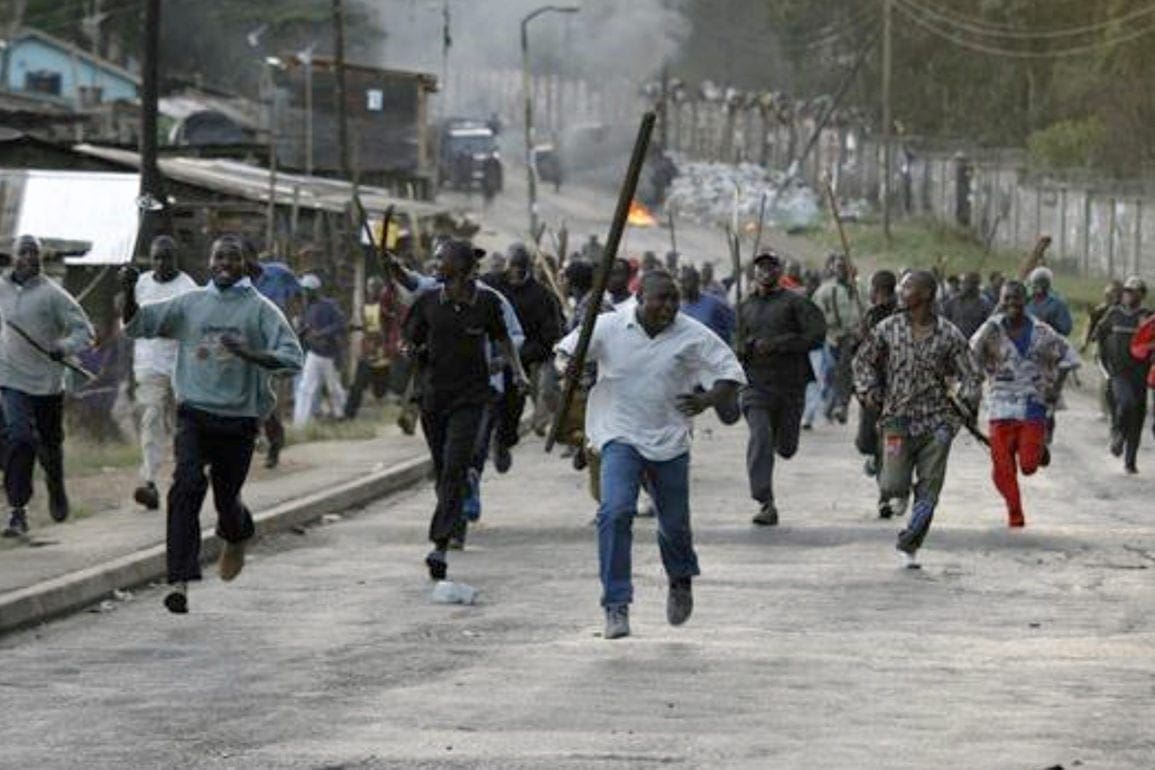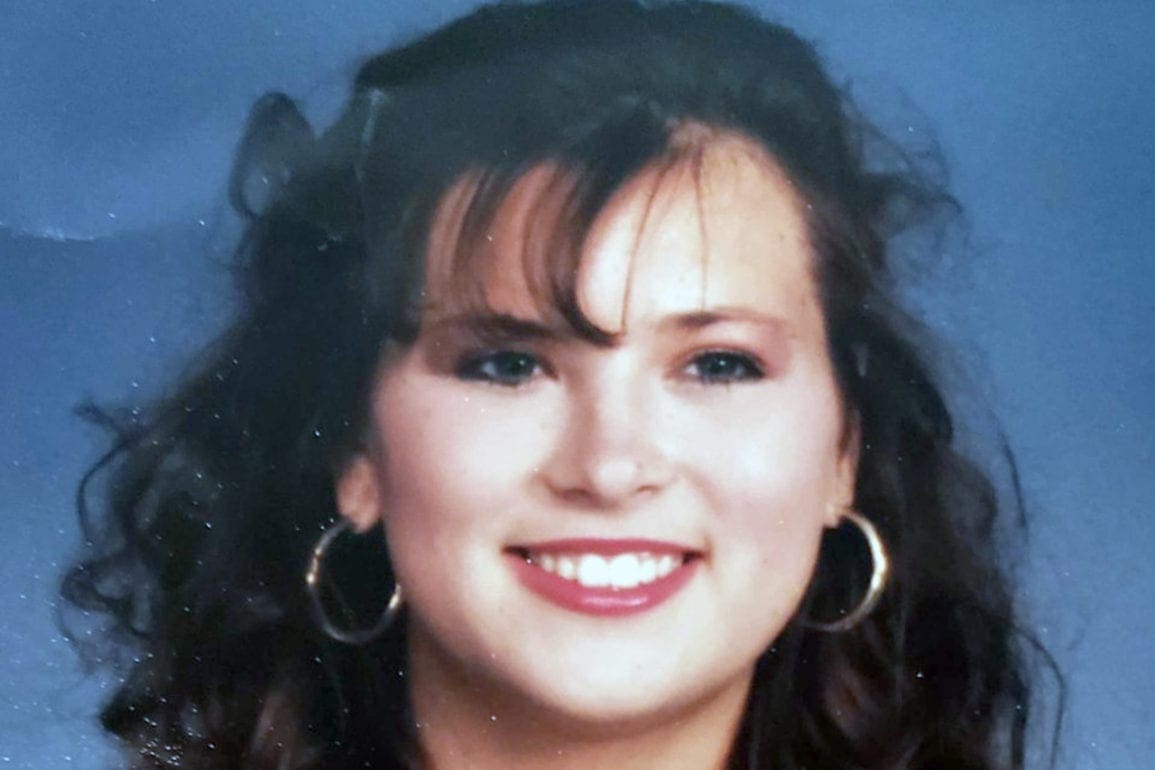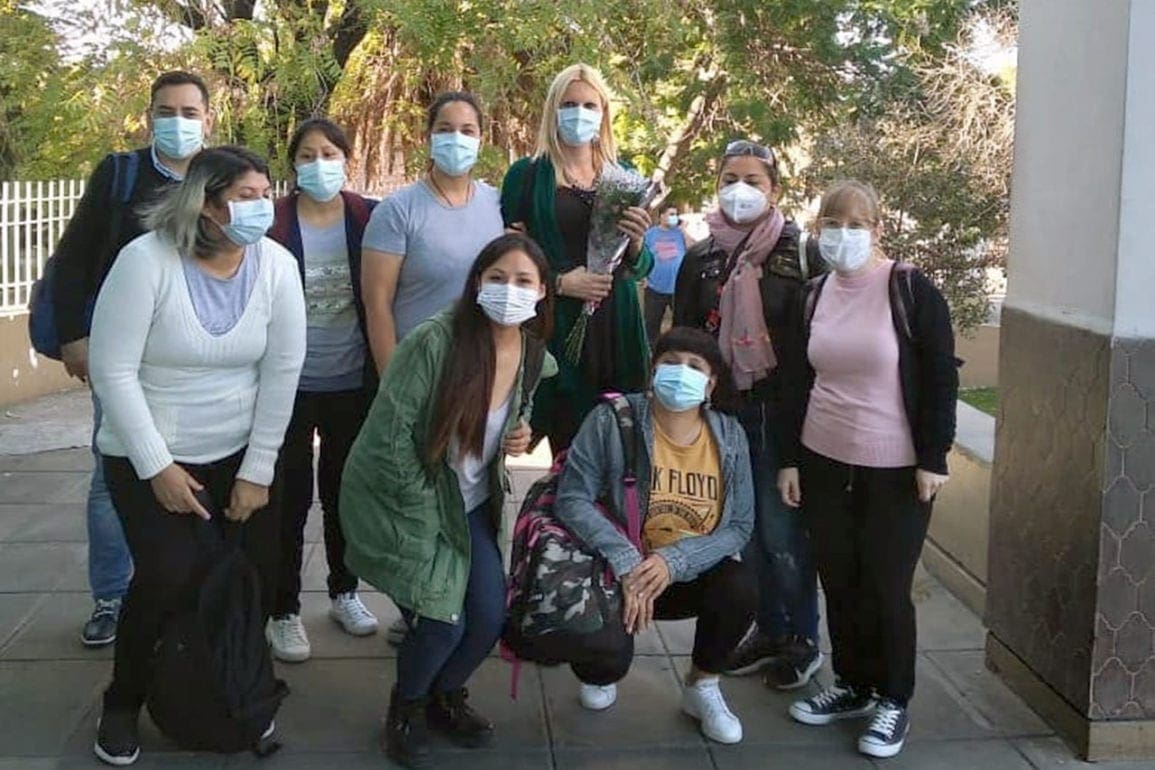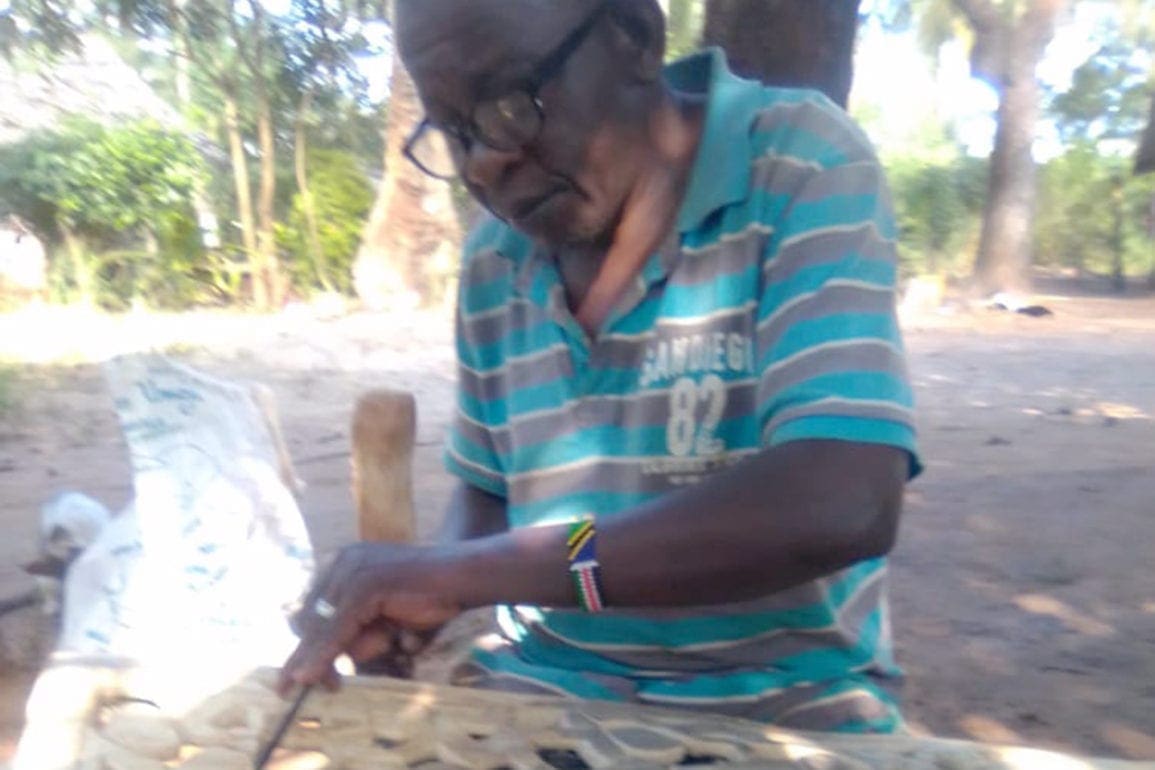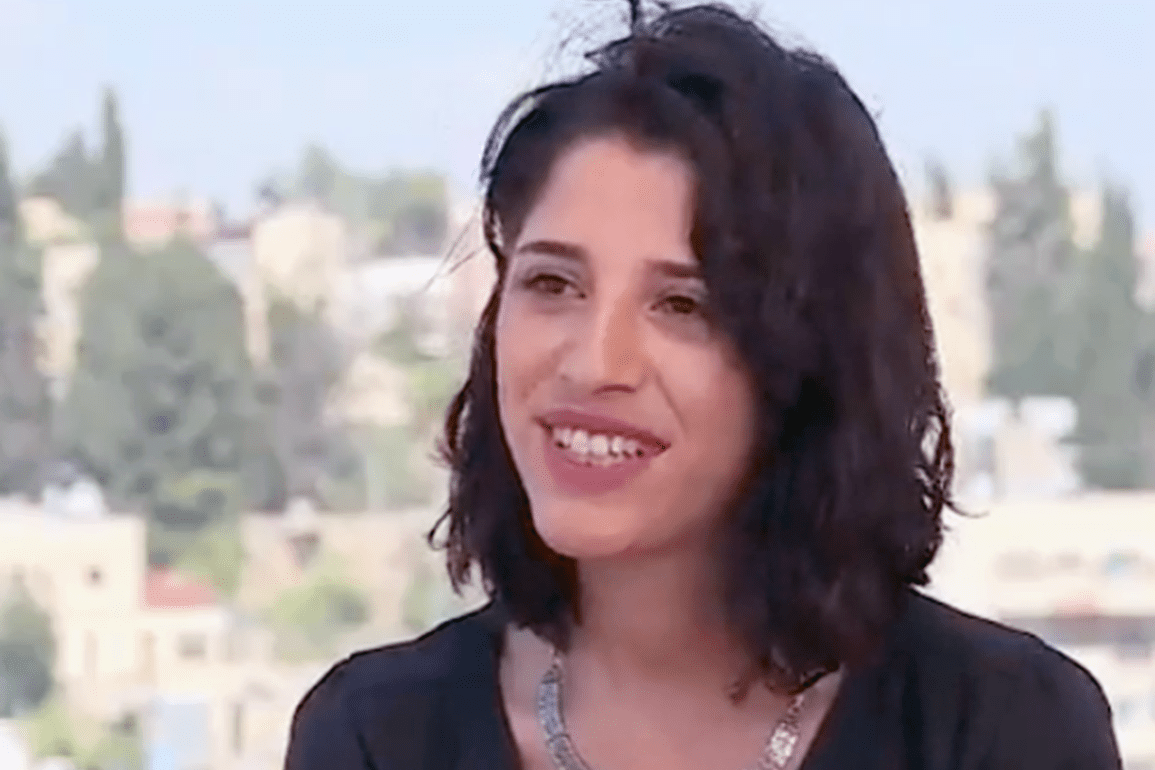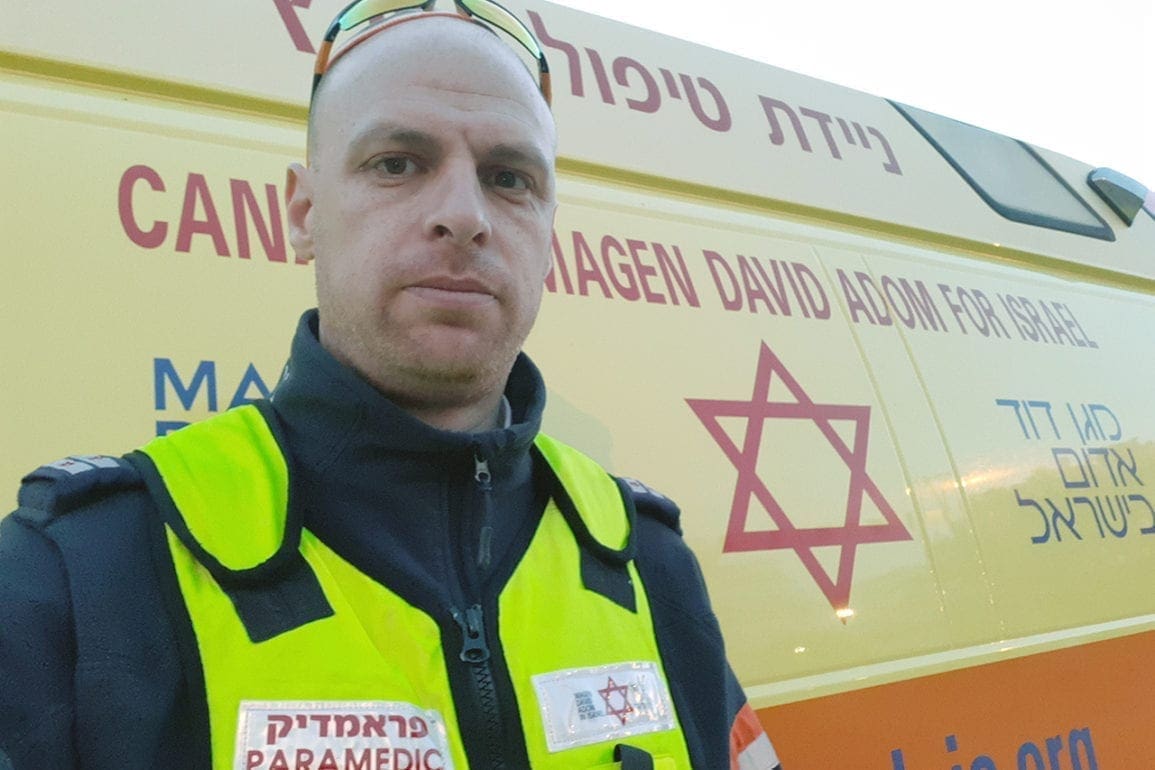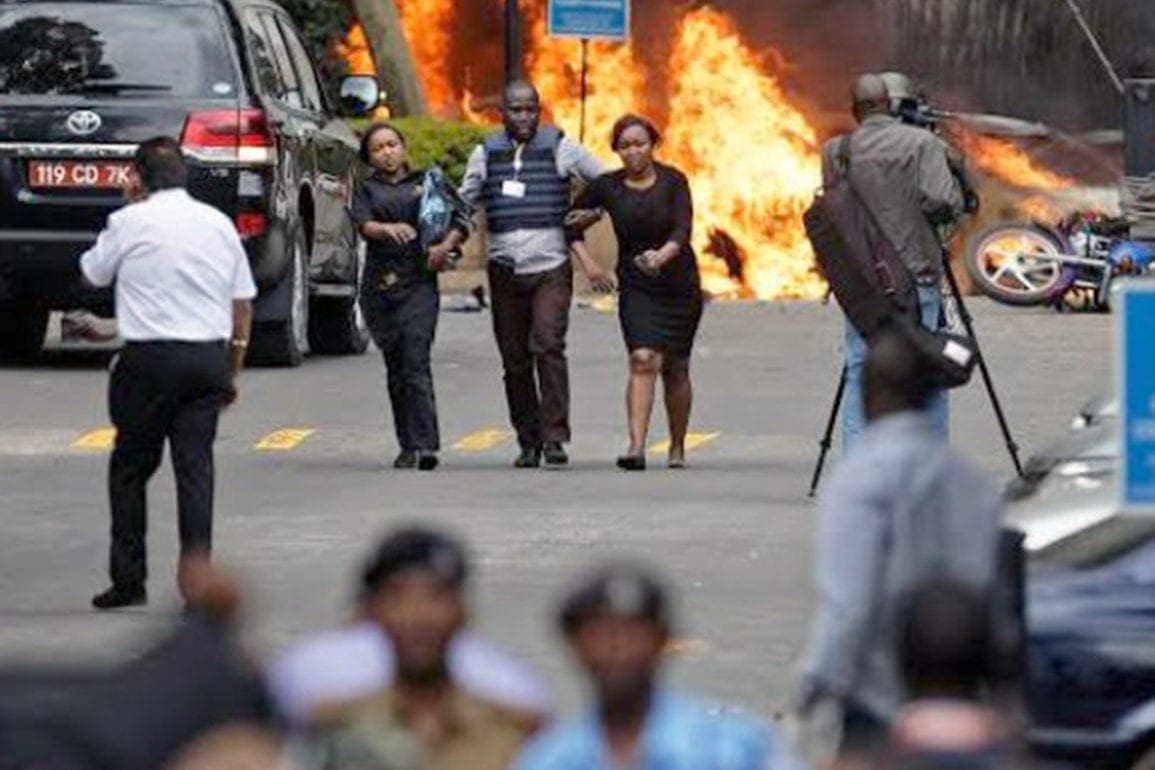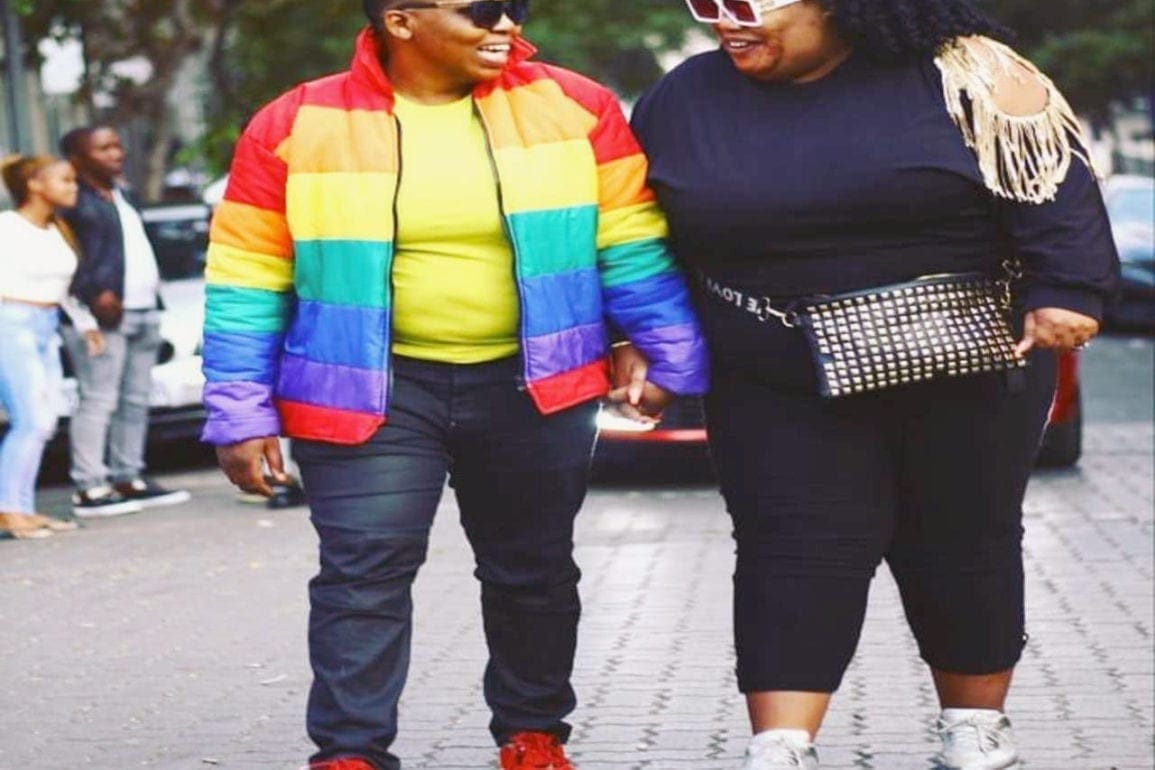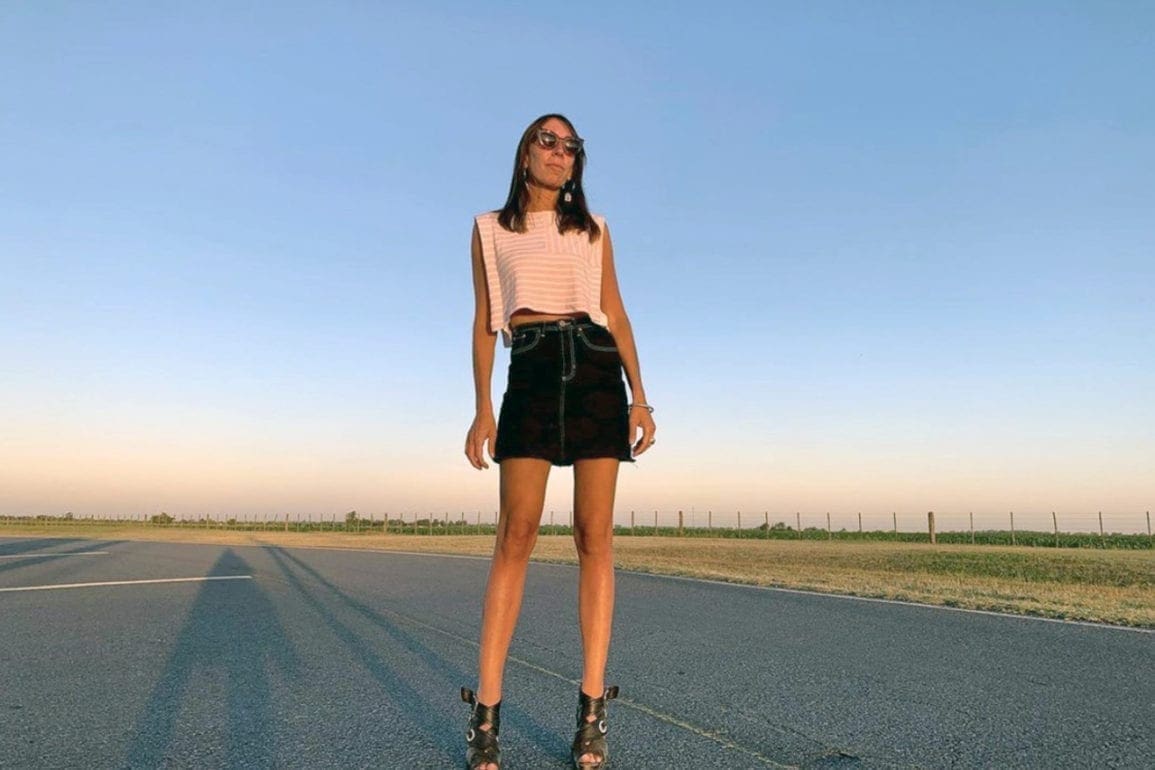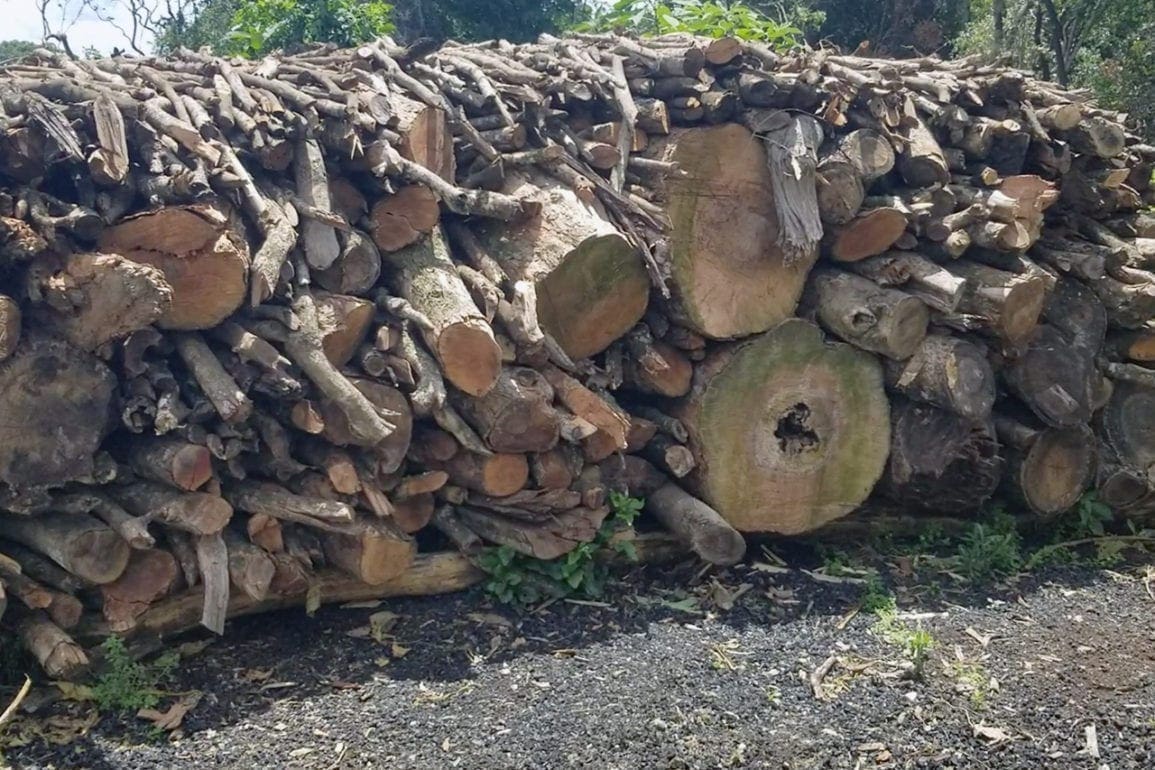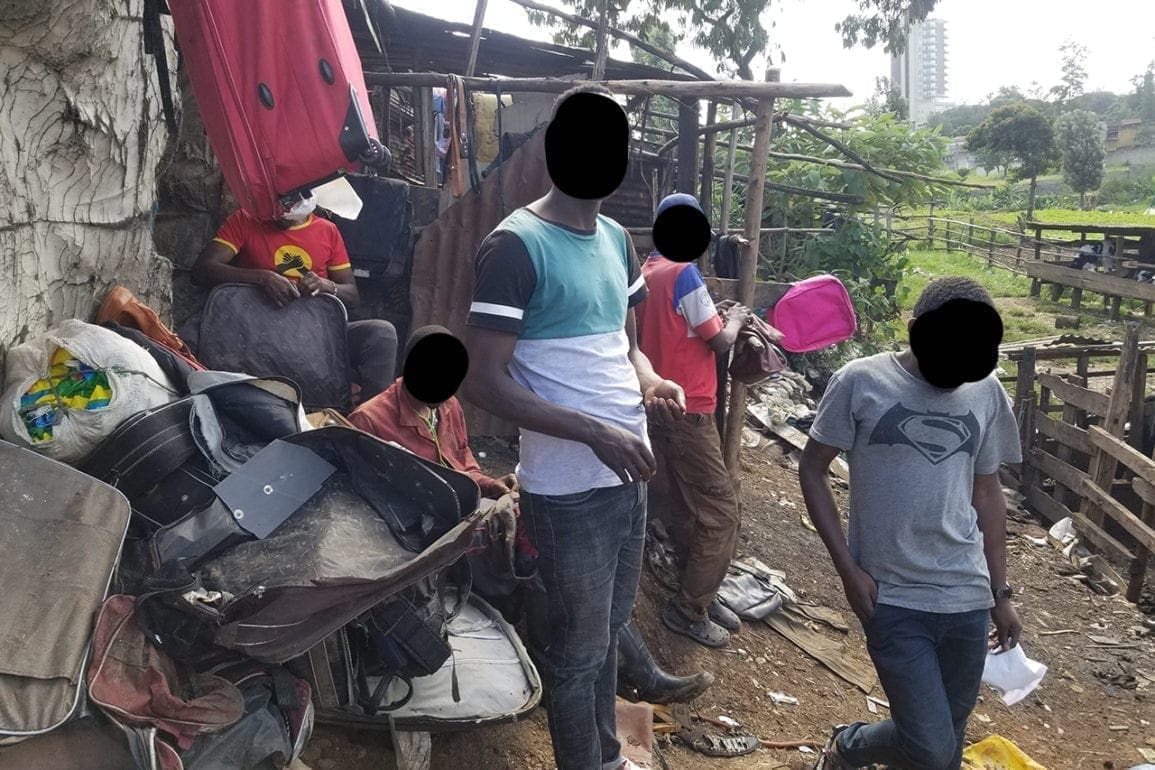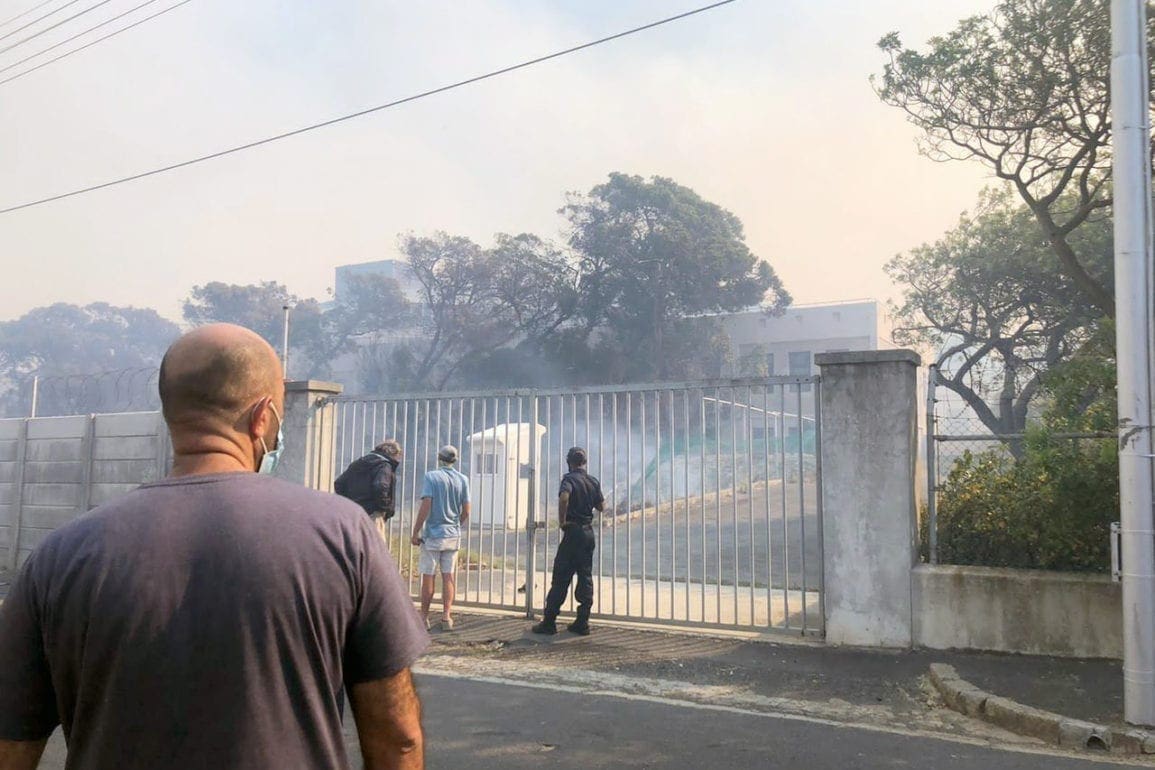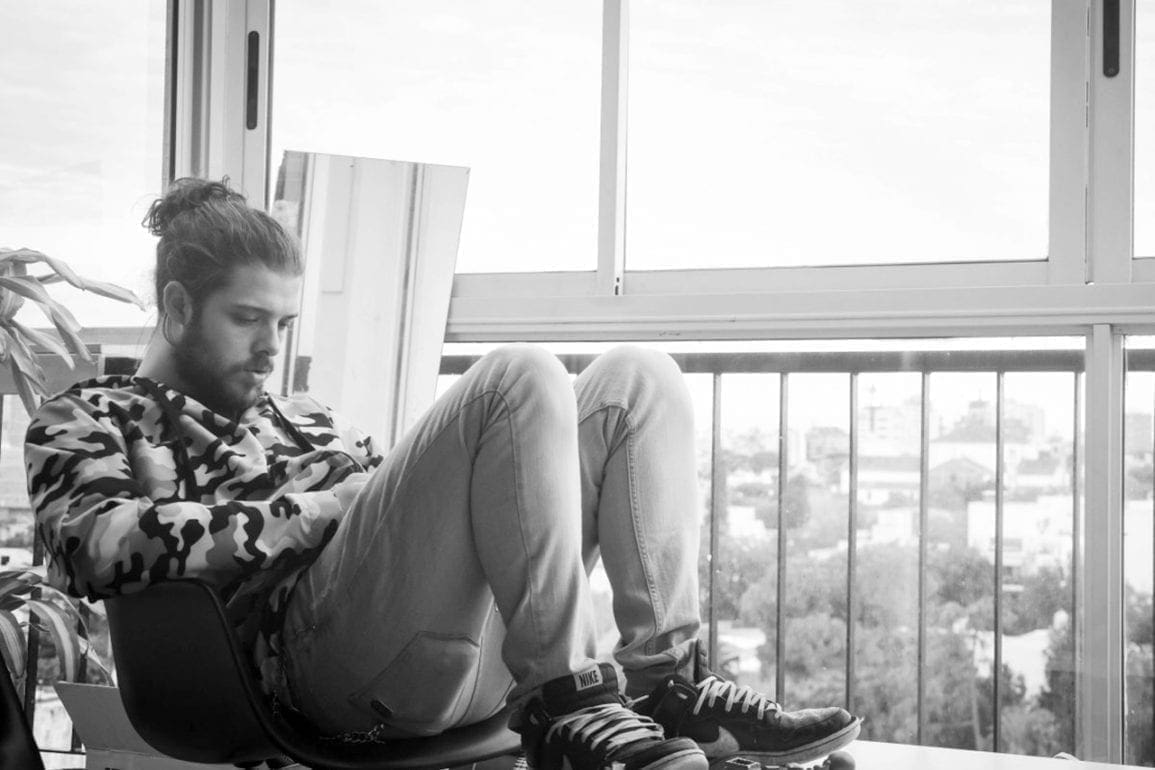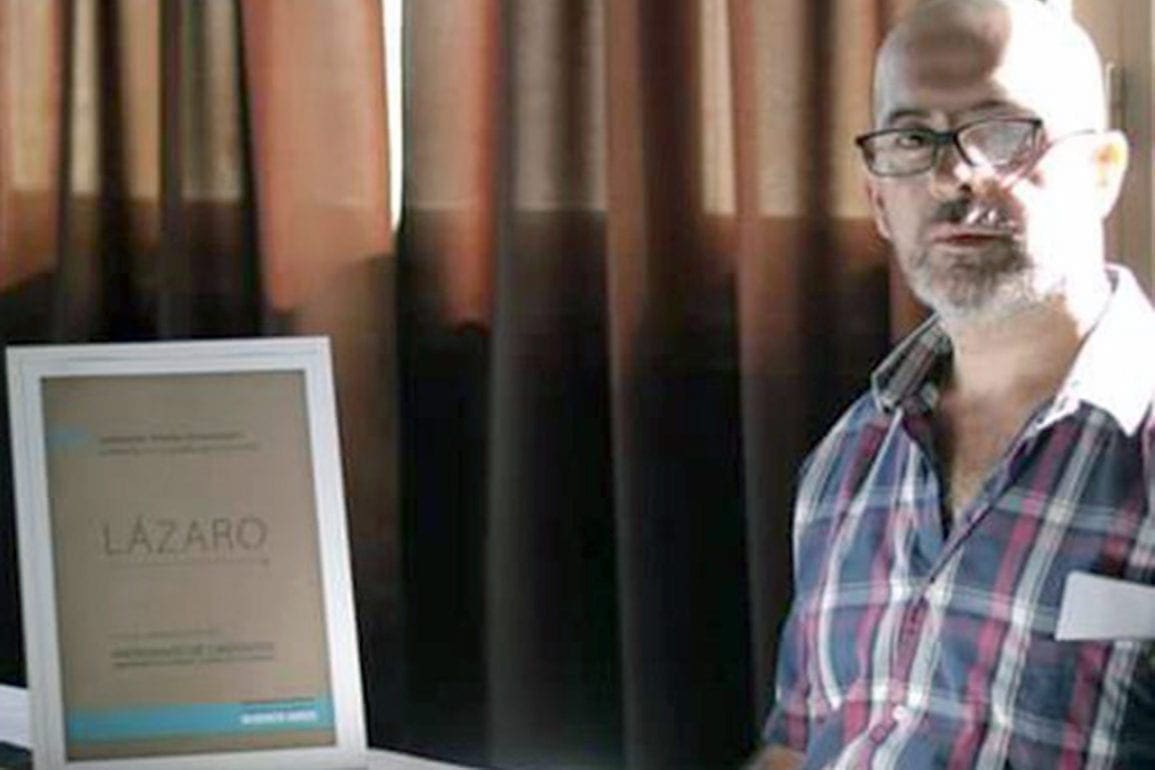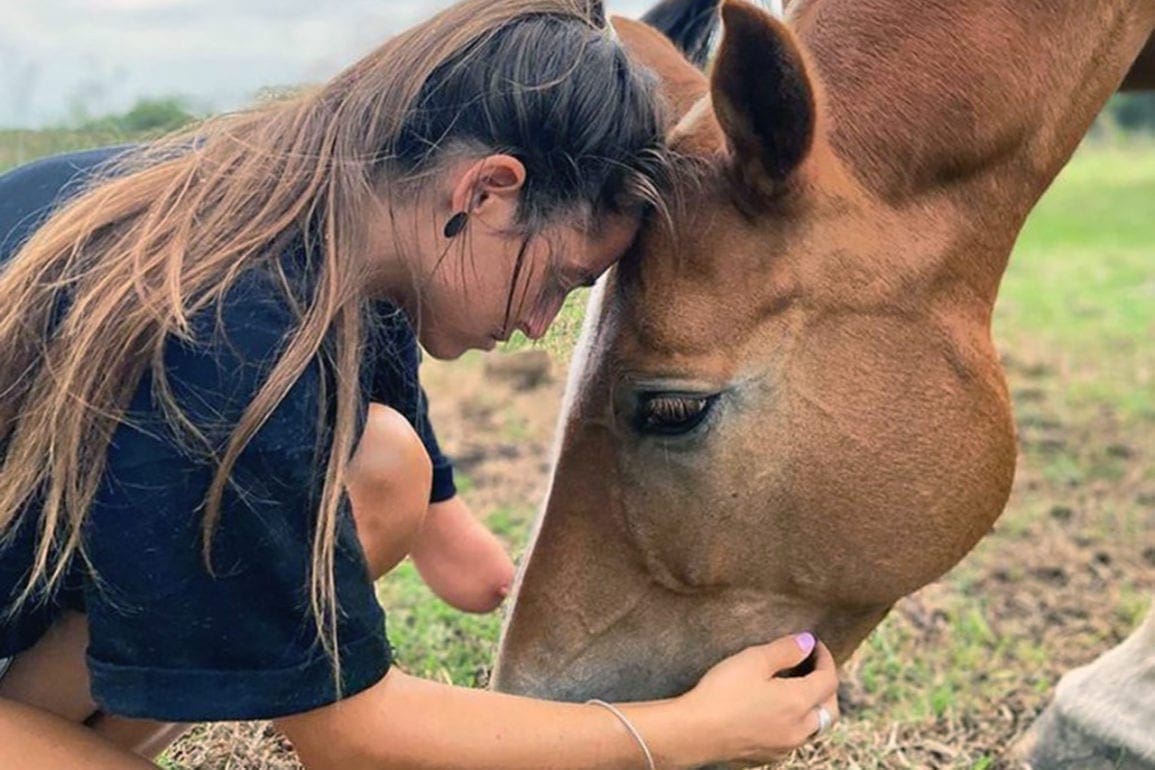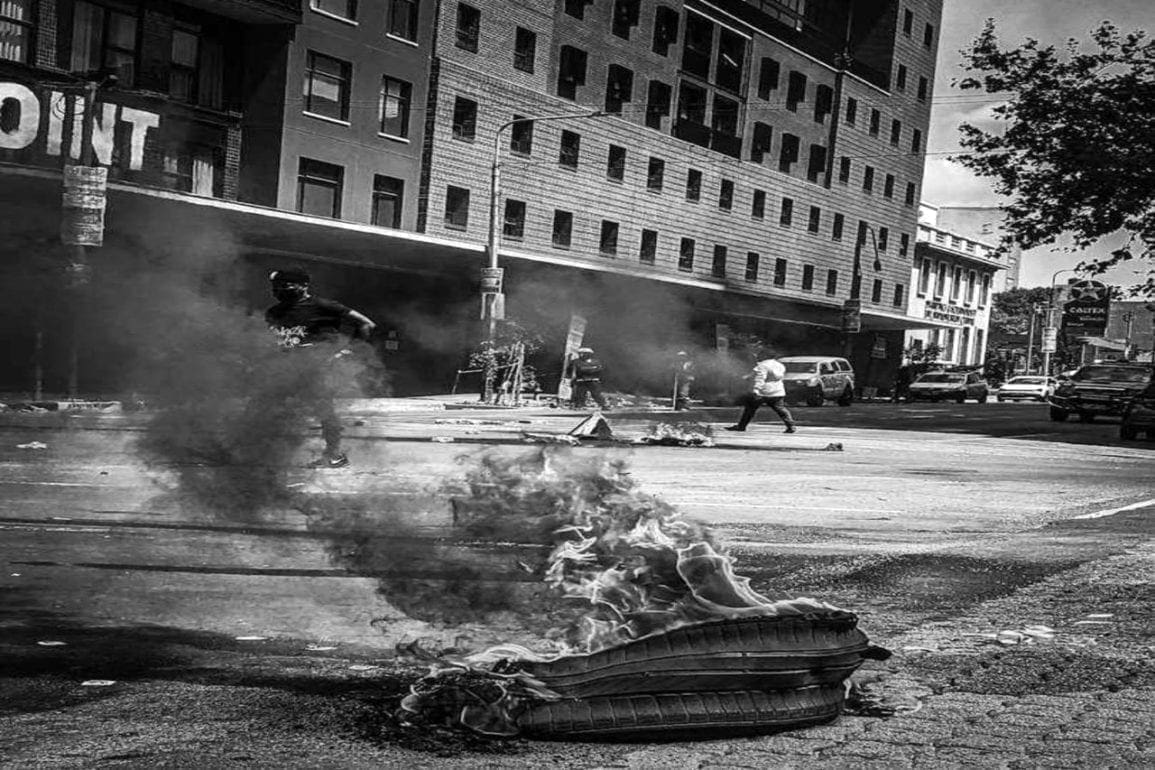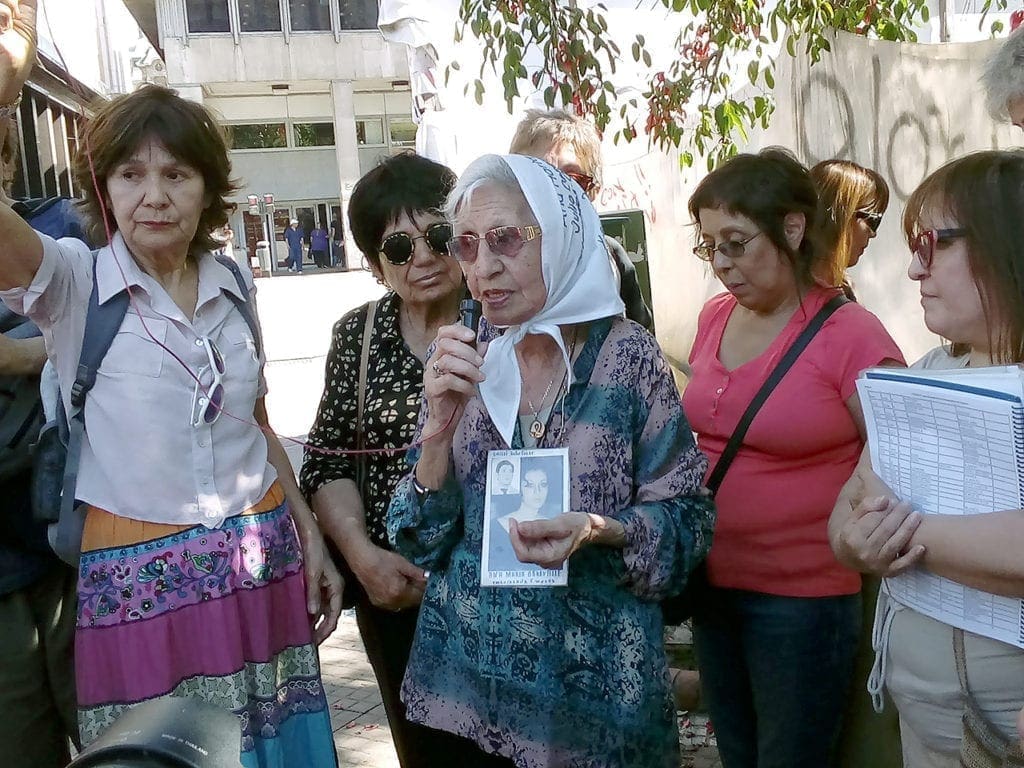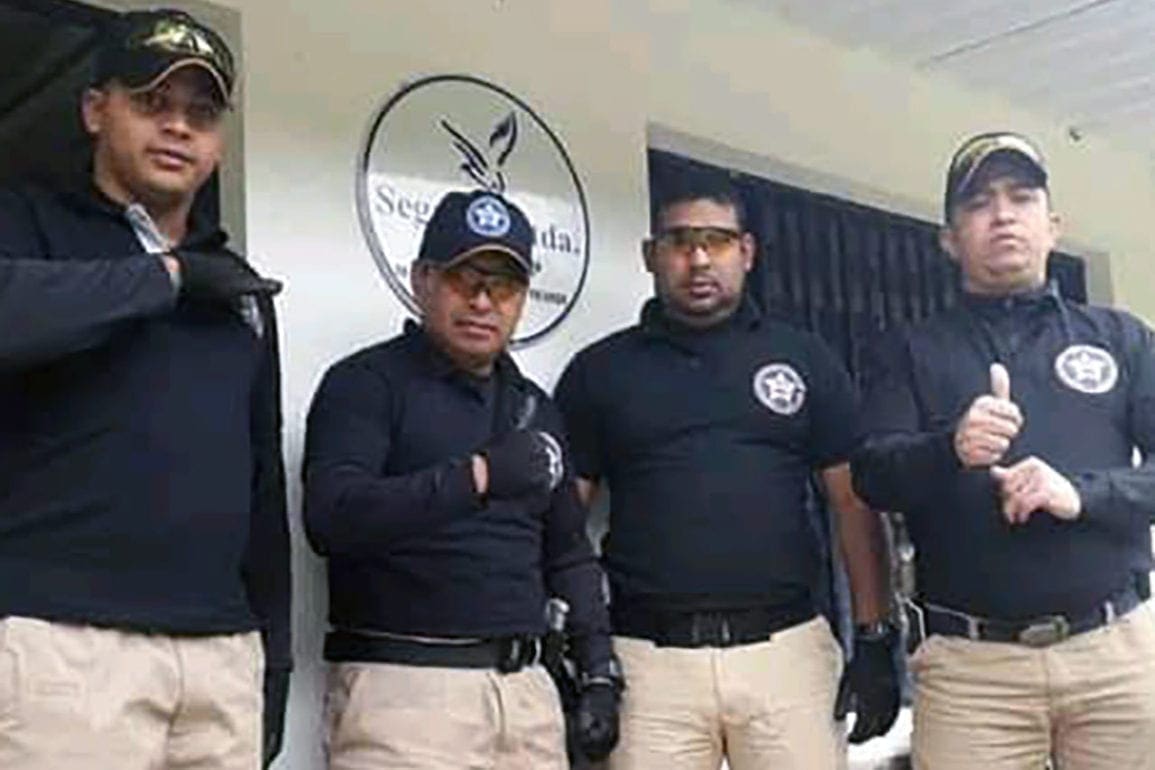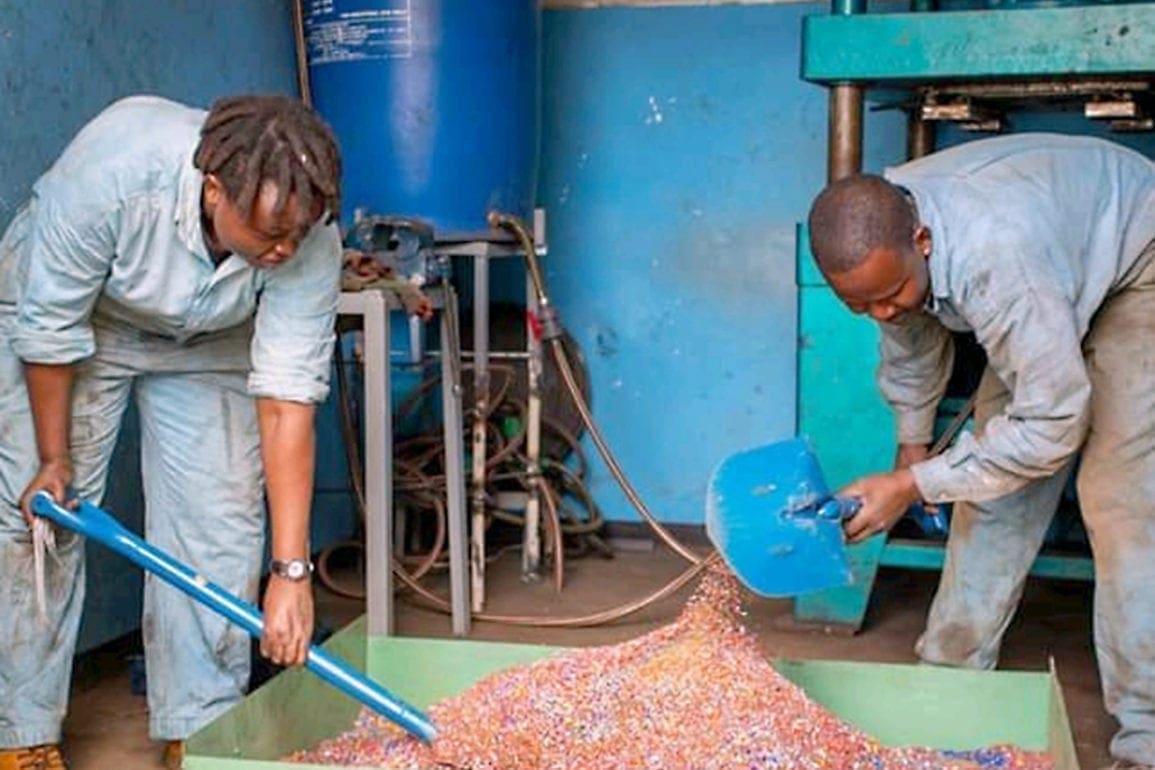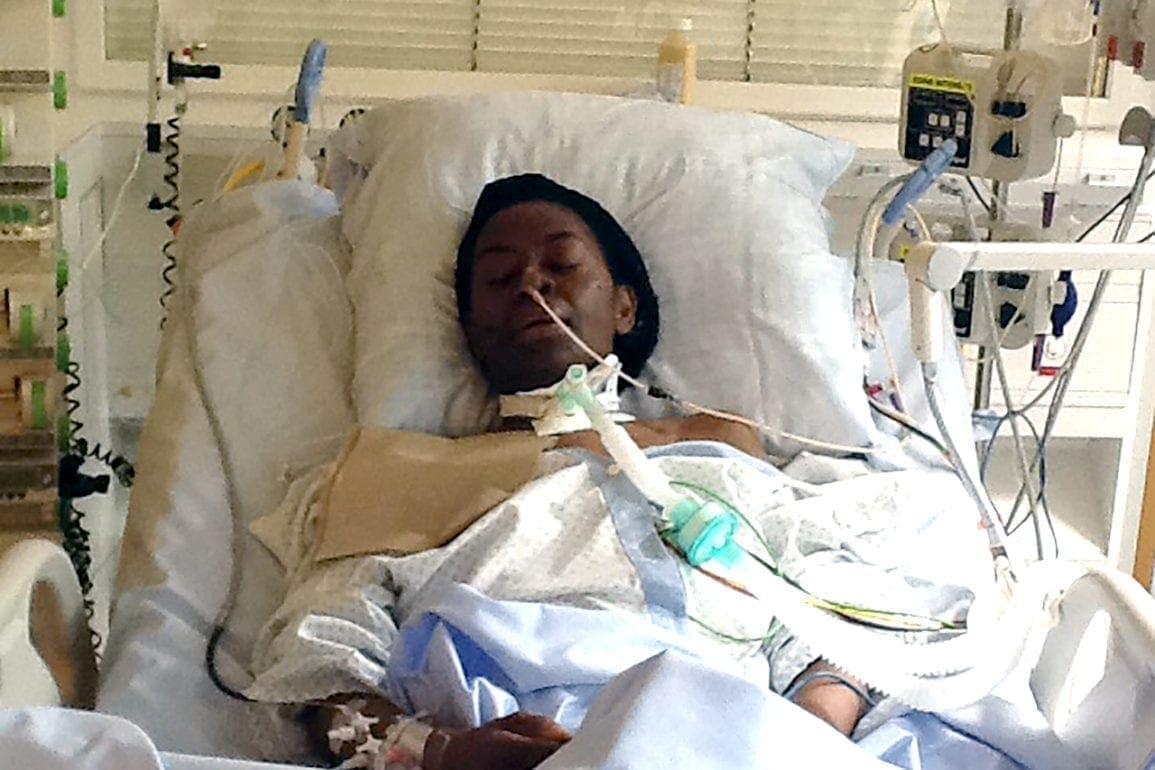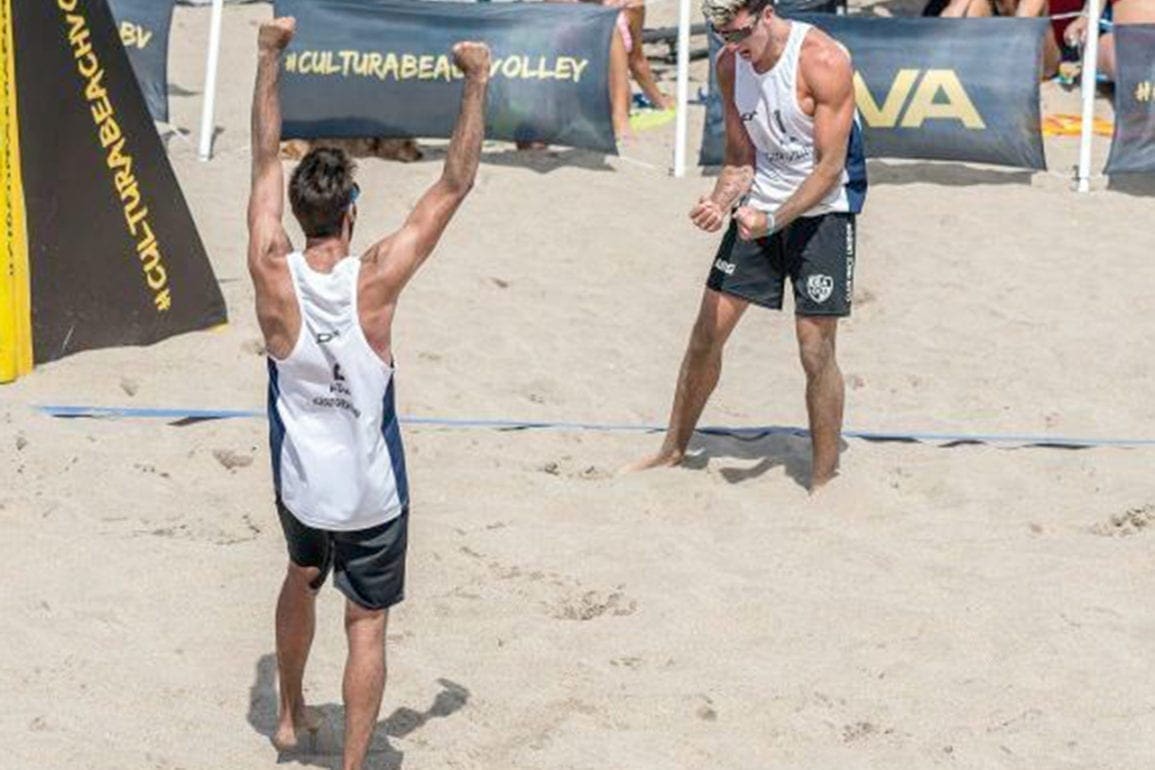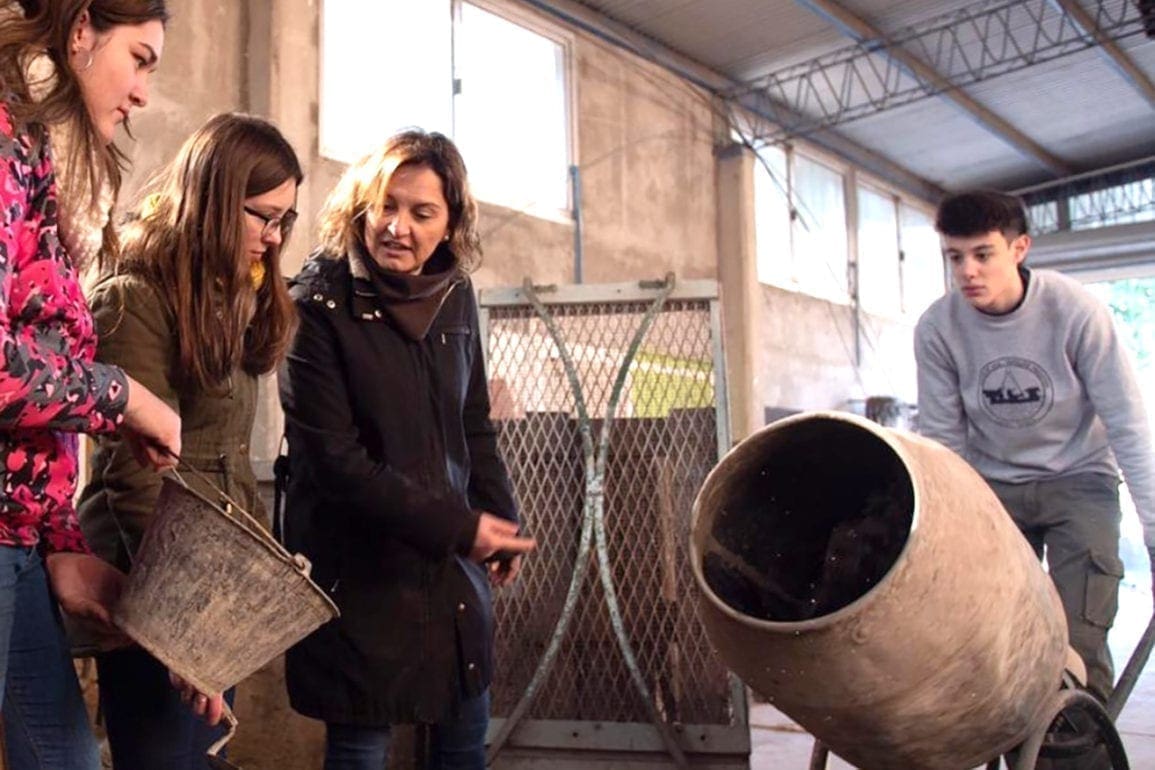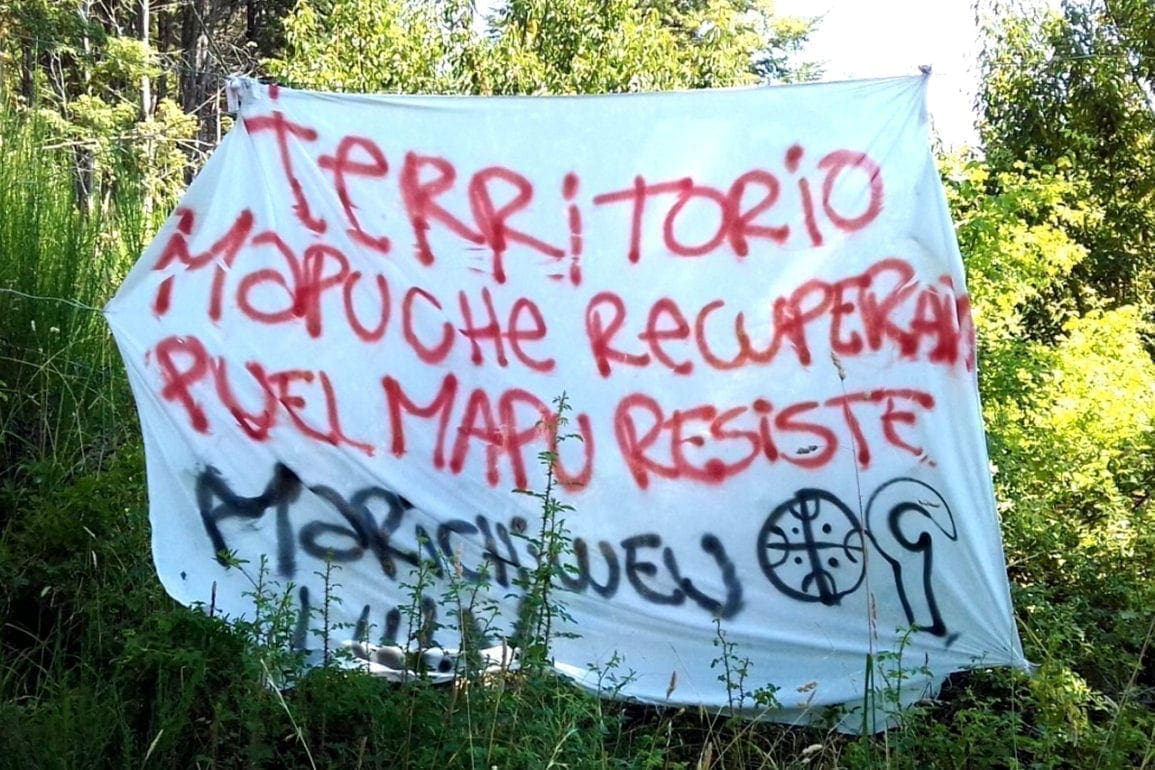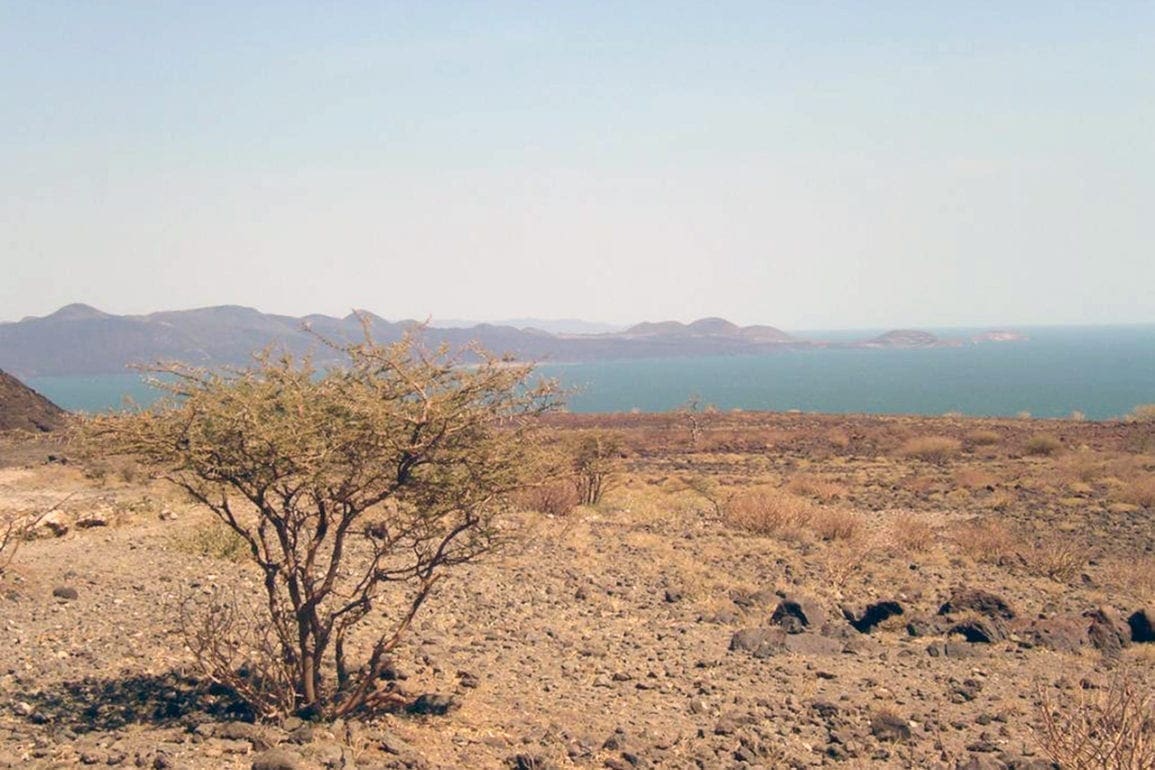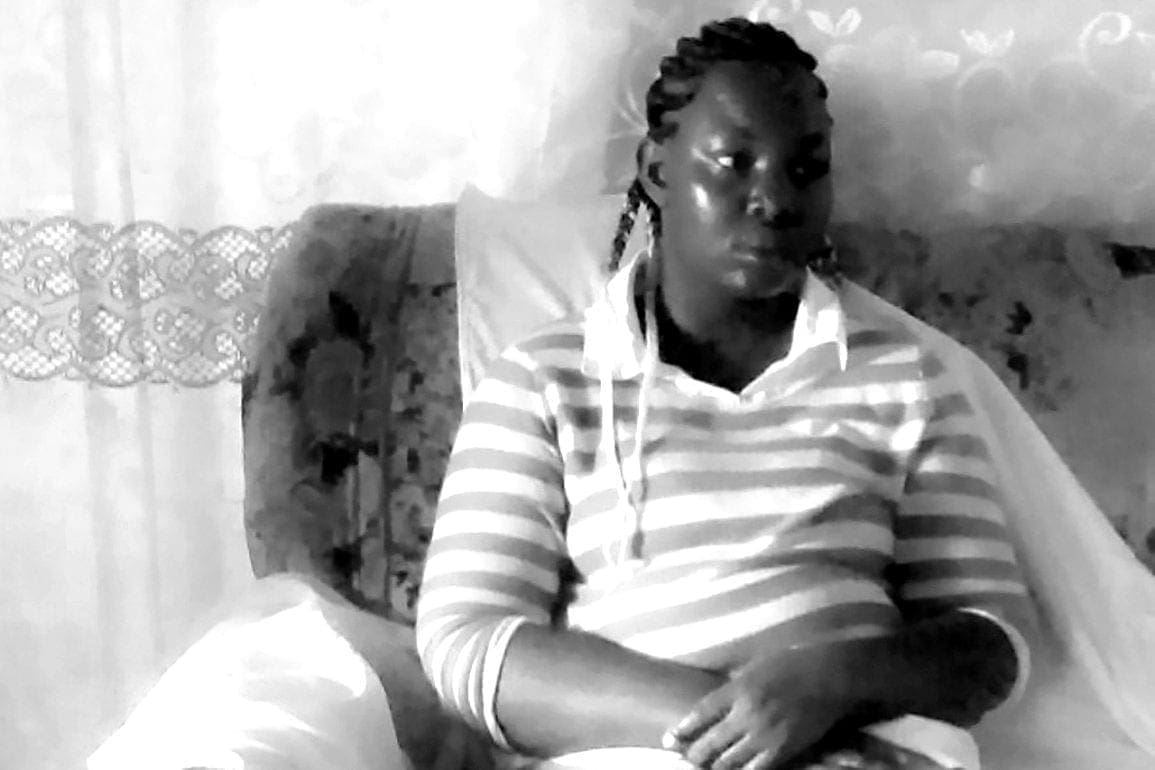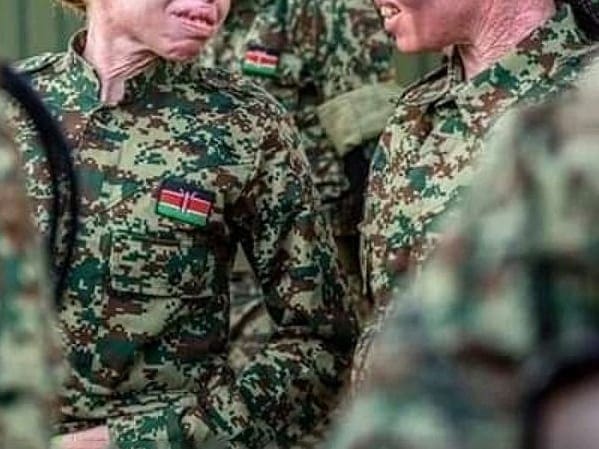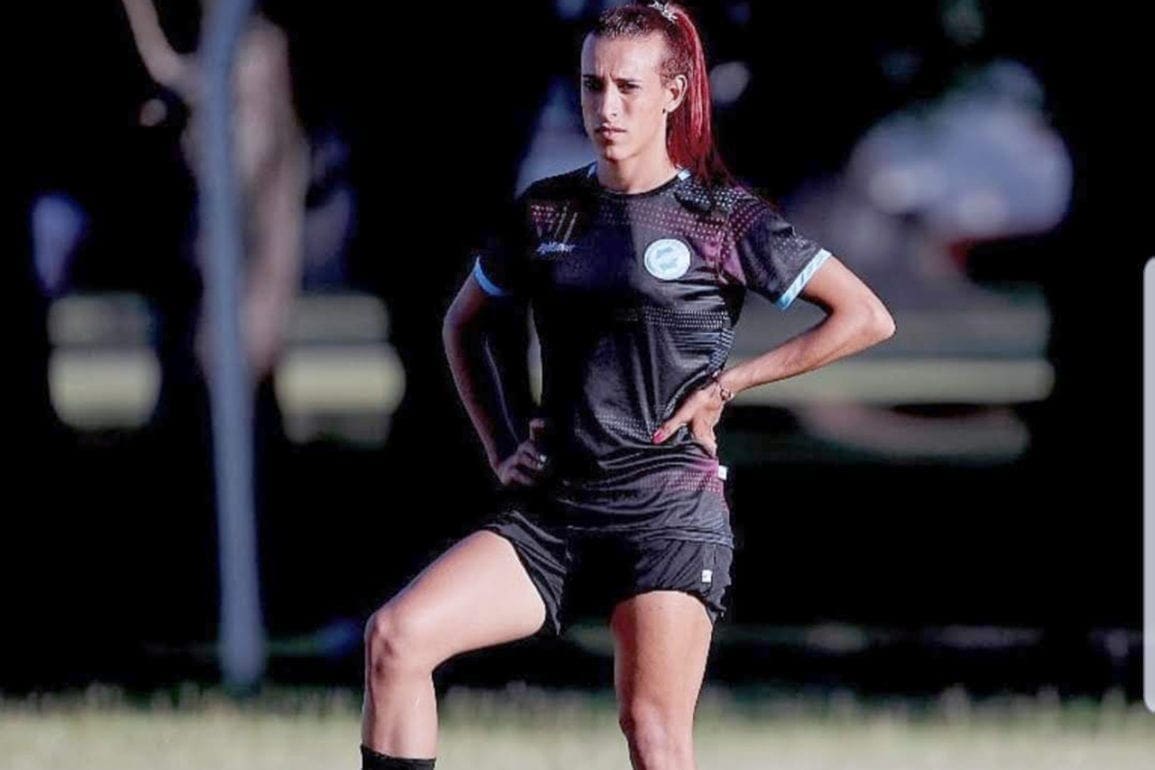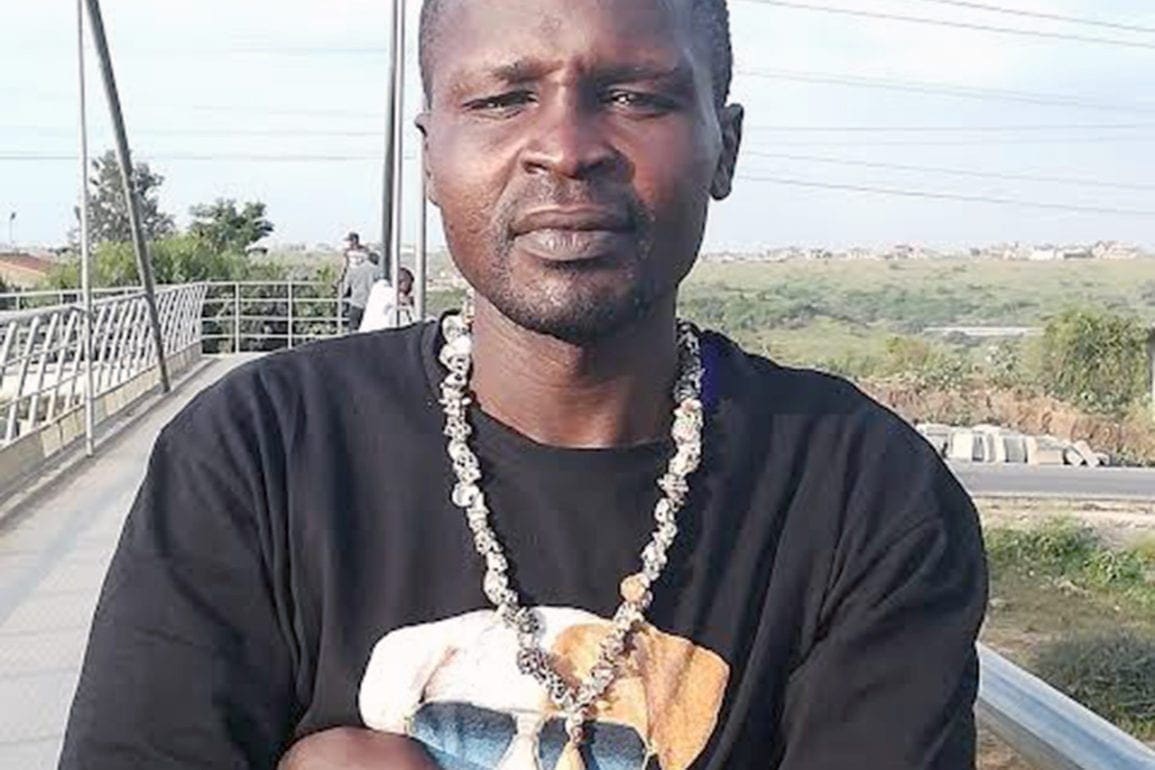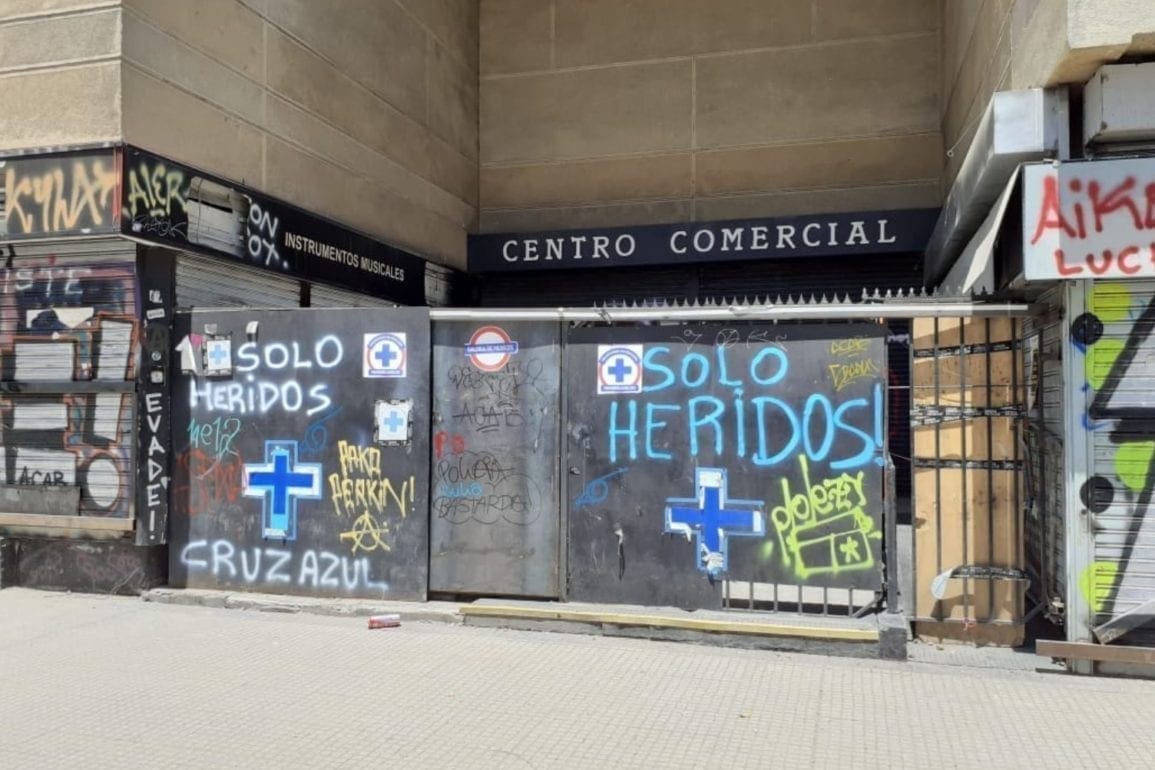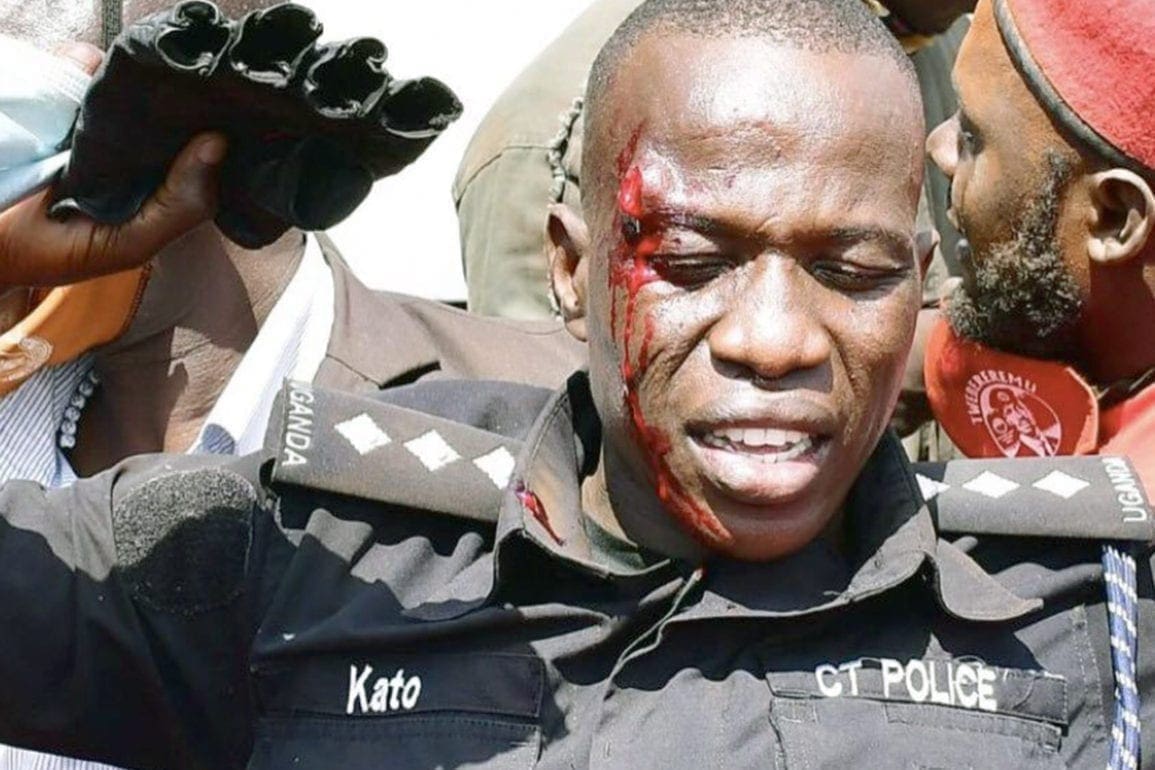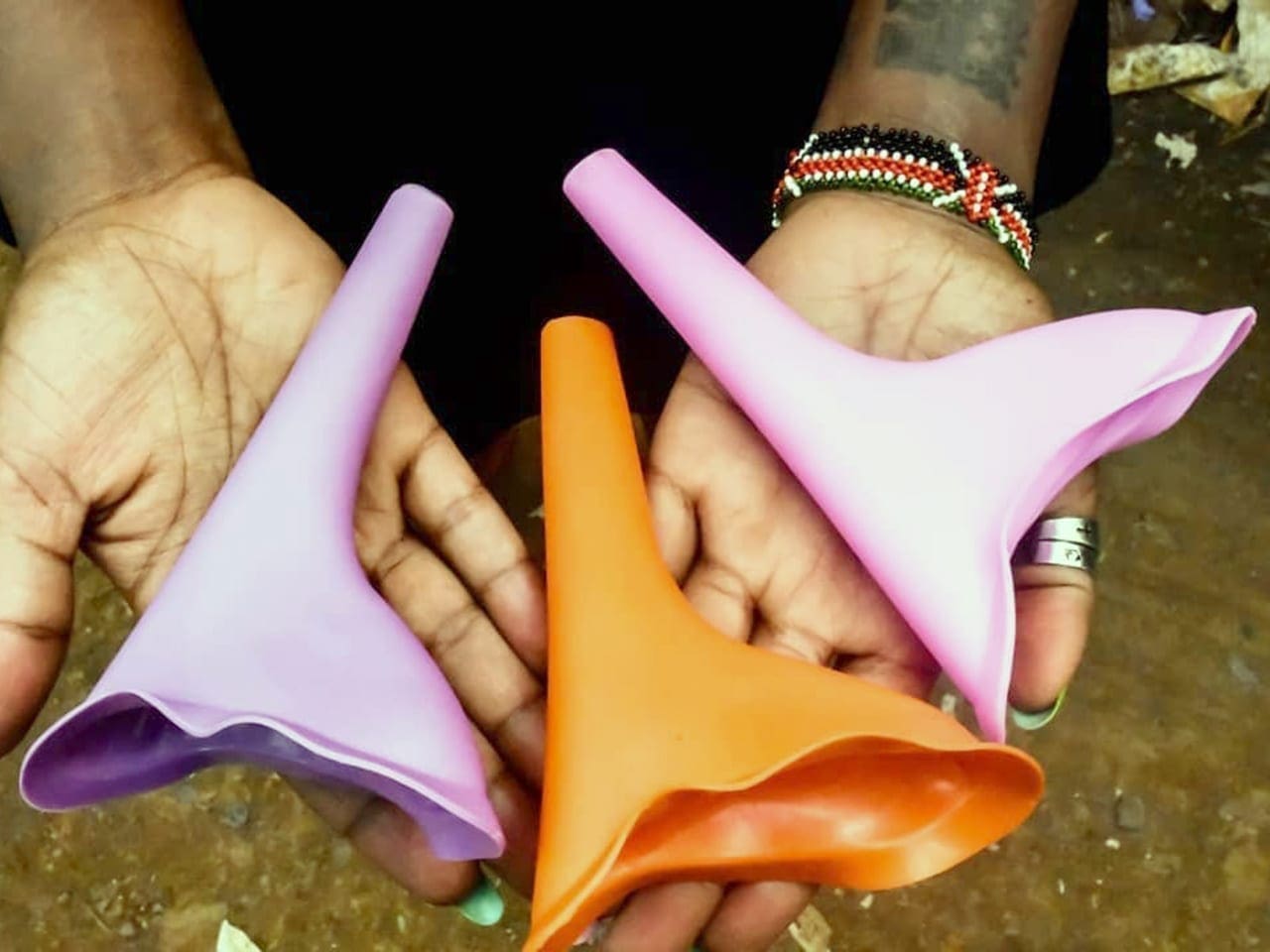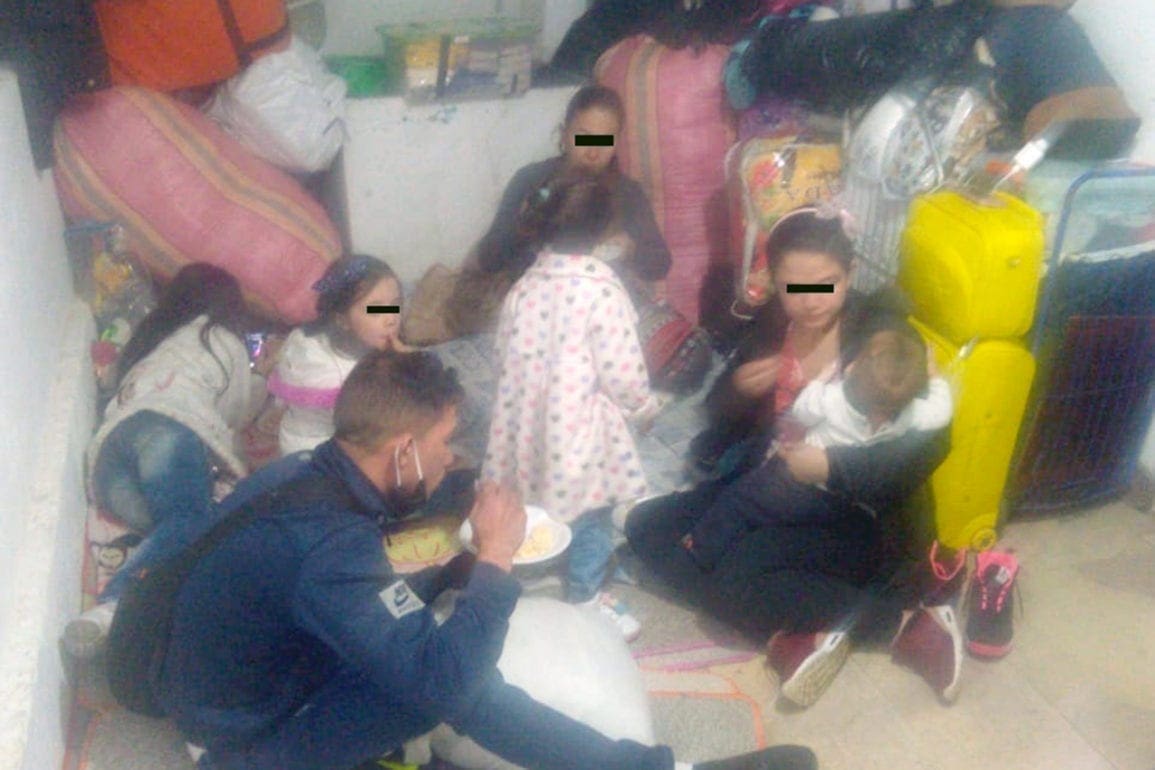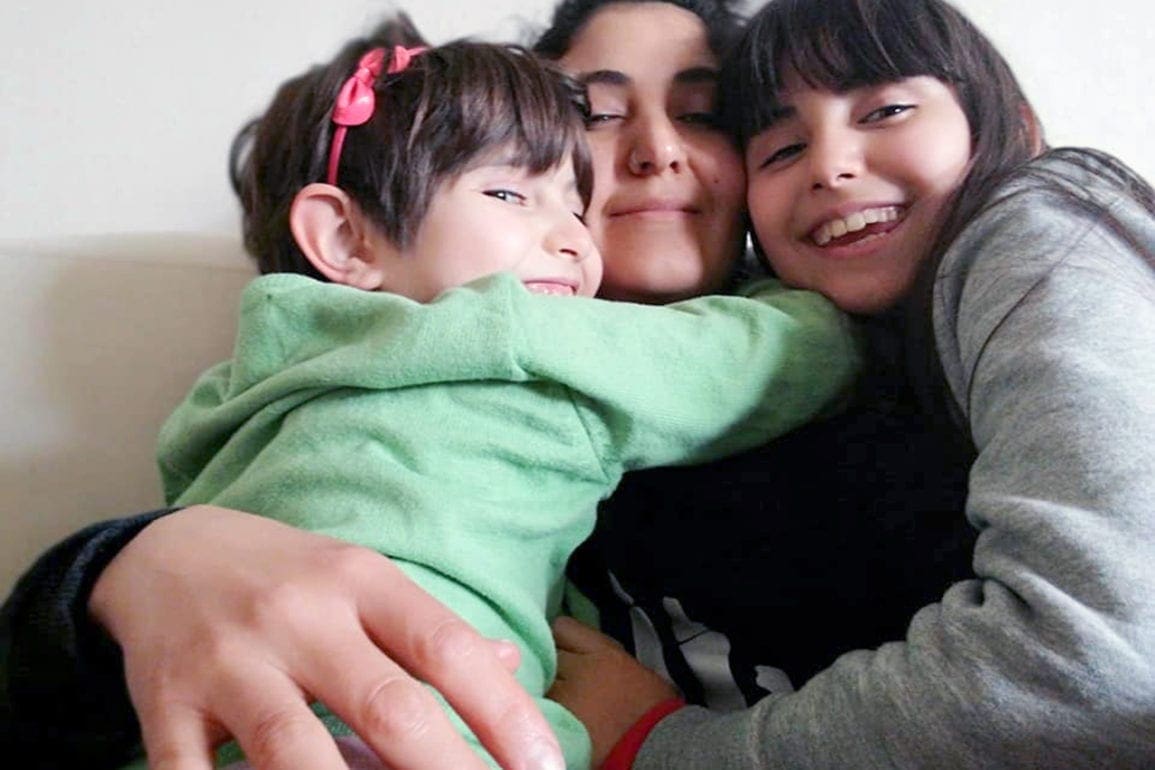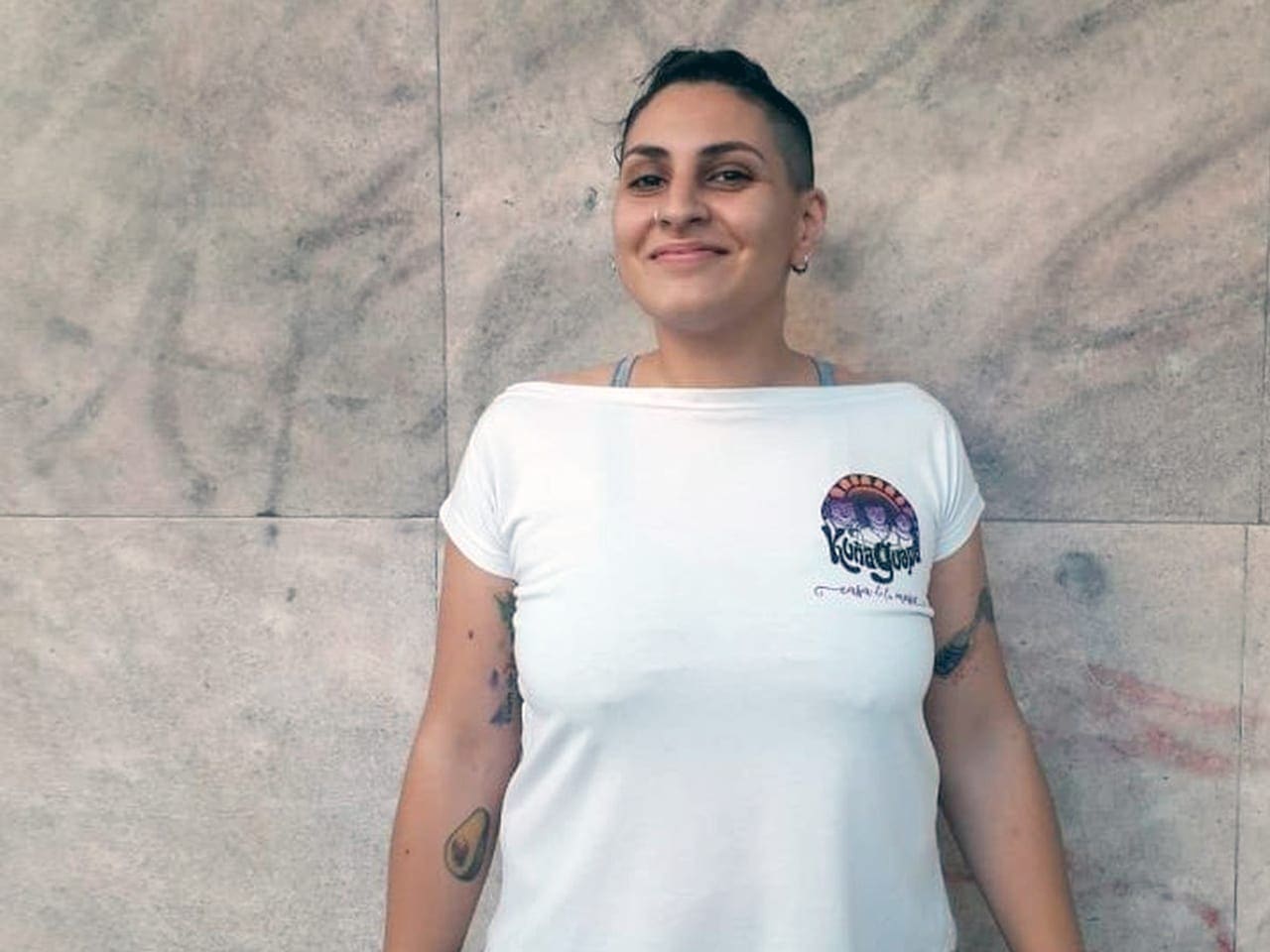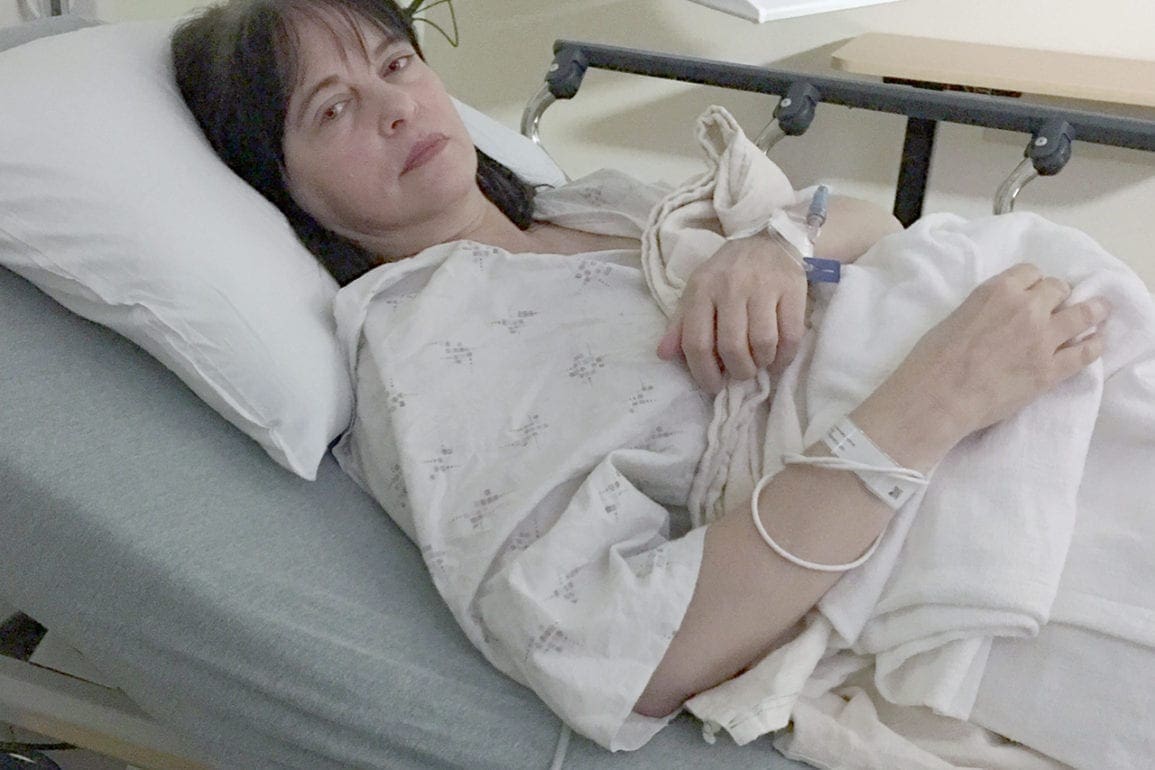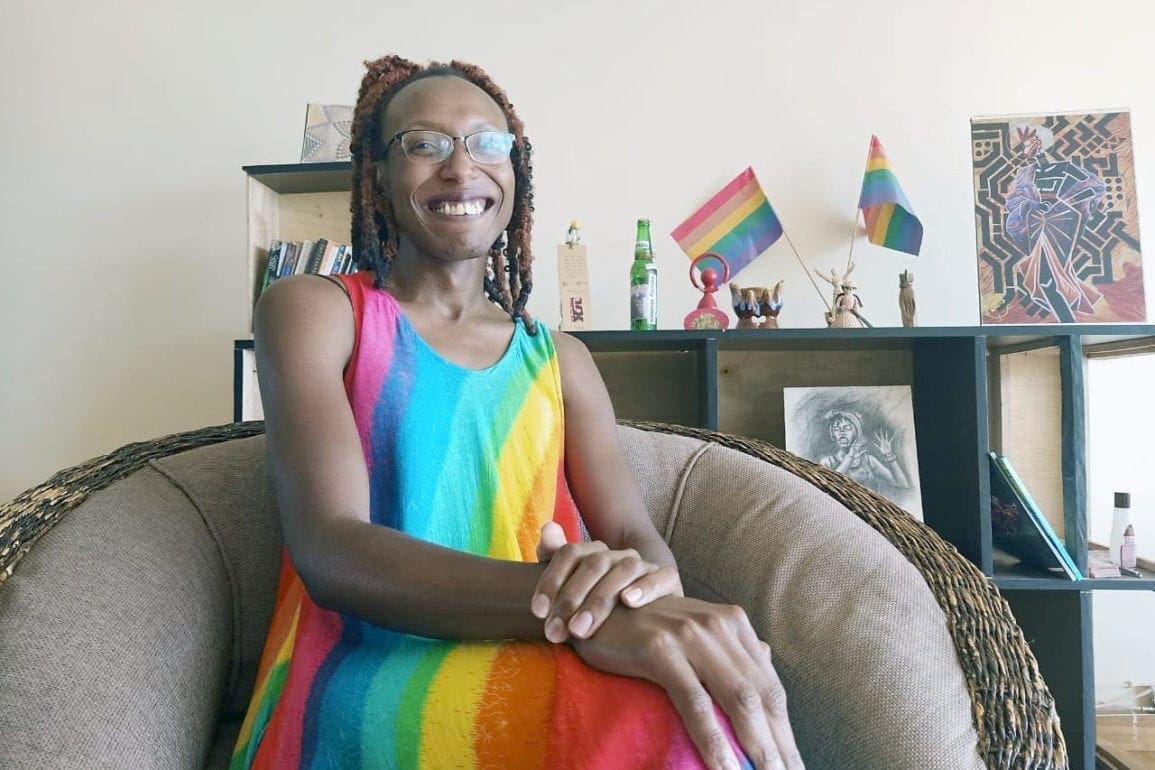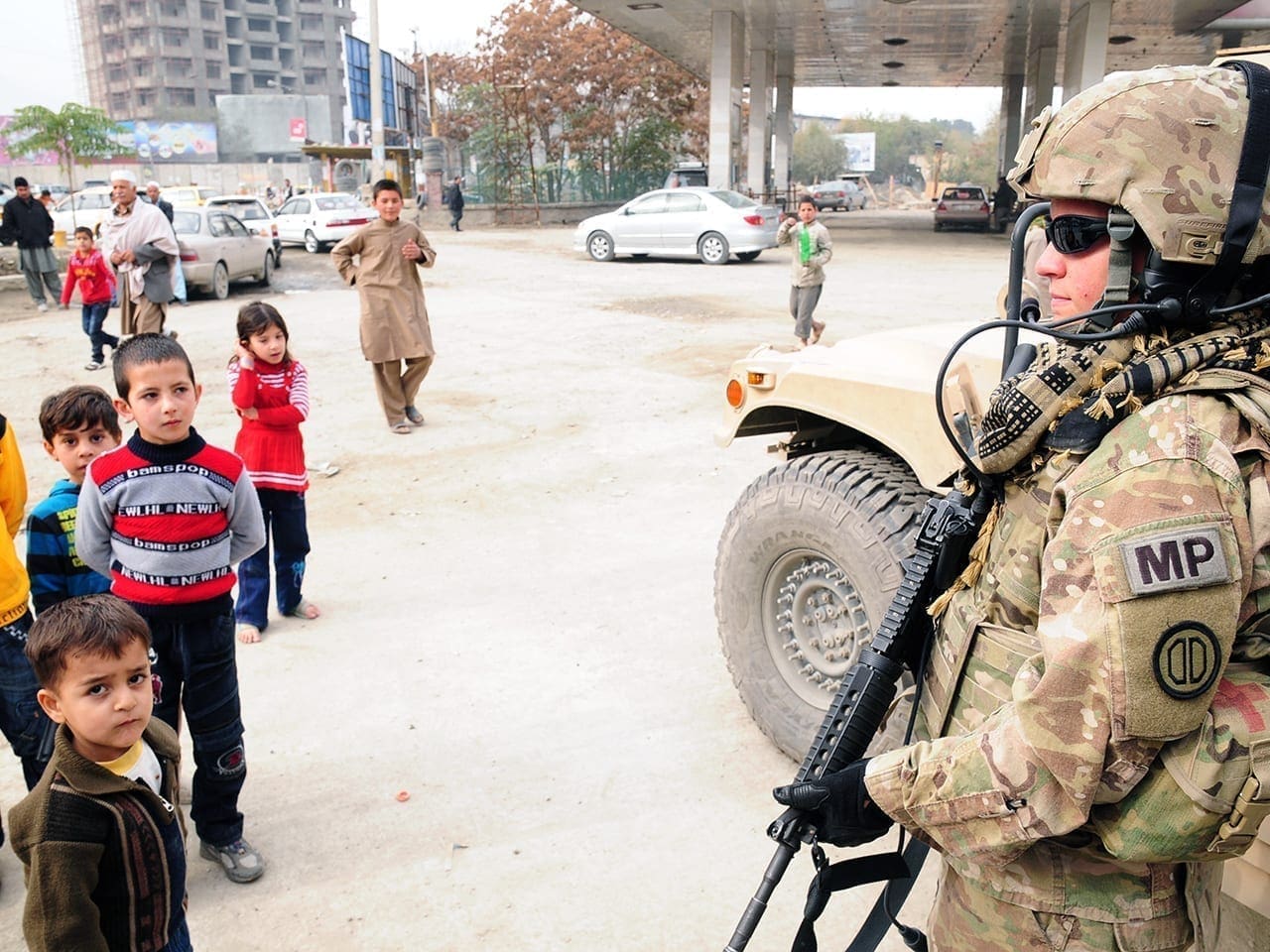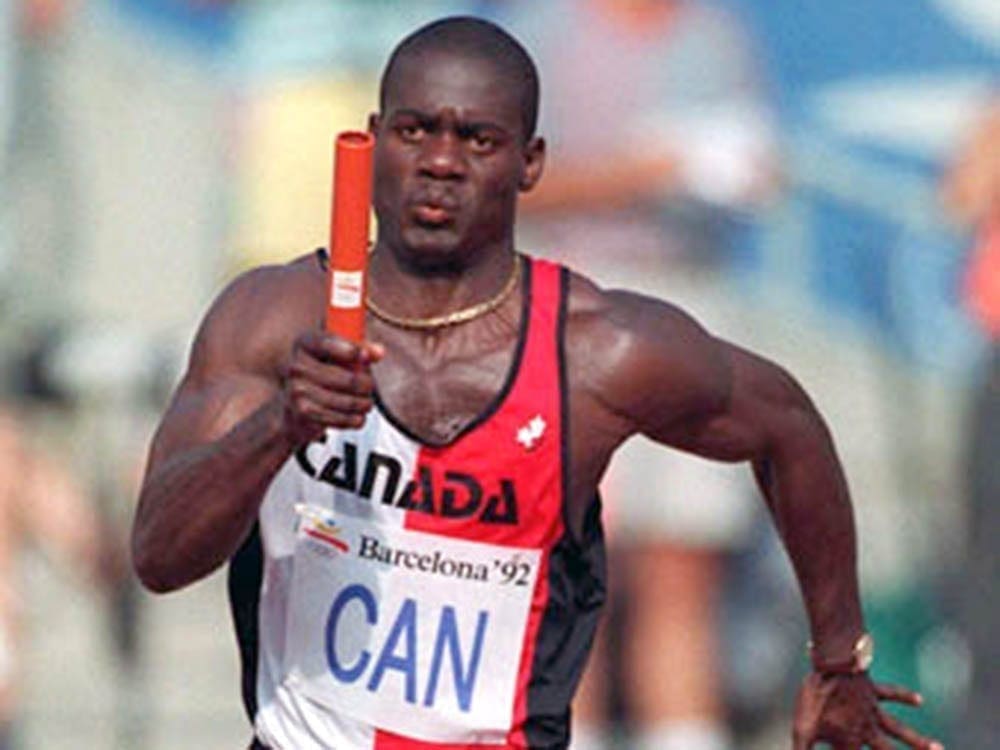Decade after Ayotzinapa tragedy, survivor fights for justice as 43 students remain missing
Seeking help, we reached a media gathering point, hoping to expose the brutality. Before we could speak, armed men arrived in vans, opening fire immediately. We hit the ground as journalists scattered for safety. The night descended into a living nightmare. Two comrades fell before our eyes, their lifeless bodies marking the depth of violence. Others sustained grave injuries, and we soon discovered Edgard had been shot. He lay bleeding in the street, barely conscious.
- 1 year ago
December 16, 2024
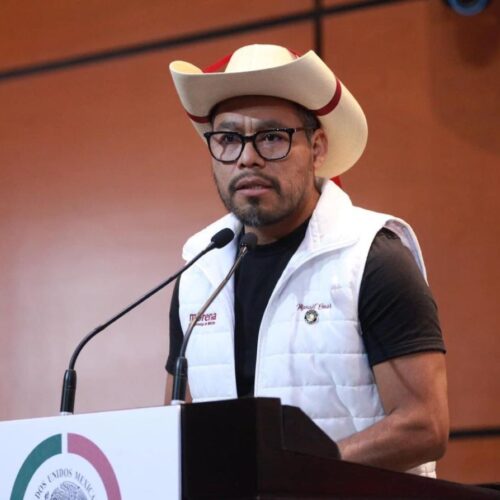
GUERRERO, Mexico — As a child, I witnessed fear and resistance shaped daily life in our community. Gunshots shattered the silence as I saw people collapse on dusty roads, a grim reminder of the violence defining our days.
One afternoon, when I was 7 years old, my mother rushed my siblings and me into the basement while a gun battle turned the streets into a war zone. Trembling, my father held the door and urged us to stay silent.
Read more crime & corruption stories at Orato World Media.
Man’s fight for justice: transforming tragedy into activism
I grew up in the Sierra de Guerrero, where violence pervaded every corner of our lives. In General Heliodoro Castillo, my family of 13 siblings relied on the land for survival while my parents toiled as humble farmers. Despite our efforts to remain untouched by the violence around us, it eventually reached us.
In June 2014, my younger brother was murdered, falsely accused of ties to drug trafficking. I remember him in his huaraches, a simple peasant with dreams of a better life. His death became a turning point, propelling me into the social struggle. I realized that if I remained silent, others would continue to dictate our history in blood.
From a young age, I learned that fear can immobilize, but it can also sharpen survival instincts. That same rawness later drove me to seek justice and demand answers. I understood the need to change the structure of our reality, as it was not an inevitable fate. This understanding led me to pursue a path as a rural teacher.
Determined to fight for education and social justice, I chose to attend Ayotzinapa, a place that symbolized resistance and transformation. Inspired by stories of those who defied adversity to teach and learn in marginalized communities, I viewed Ayotzinapa as a beacon of hope. It offered a space where I could share my experiences and learn how to build a more equitable Mexico through the classroom and collective organization.
I arrived at Ayotzinapa with a deep conviction that knowledge held the power to transform reality. In the classrooms, we spoke of revolution—not through weapons, but through the force of ideas driving change.
Man struggles for social justice at Ayotzinapa
During lessons, we studied theories of social transformation, debated Marxism and anarchism, and envisioned a Mexico built on justice and dignity. Ayotzinapa became more than a rural school; it stood as a refuge for those determined to rewrite the narrative of violence. Our days began early with community work and ended late with books and assemblies, fostering an environment where every conversation reflected our shared yearning for freedom and justice.
Being a student at Ayotzinapa demanded courage. Our discussions on politics and justice transcended theory, grounded in the urgency we felt to confront oppression. Ayotzinapa challenged us to engage with communities that expected action, not words. We organized marches, defended rural education, and resisted a system intent on silencing us. Not as heroes, but as young people desperate for a different Mexico, we fought against erasure.
On September 26, 2014, we divided into groups to secure buses for our journey to Mexico City. As rural students, we often relied on such transportation to participate in the October 2 commemorative march—a practice both common and controversial. That afternoon, we set out for Iguala, unaware that our efforts to organize and protest would soon descend into a nightmare.
At the bus terminal, drivers hesitated, blocking our way under orders from the authorities. Tension escalated as patrol cars surrounded us, and the first signs of violence emerged. The cold, dark night felt oppressive, illuminated only by the flashing police lights that exposed us. Vulnerability gripped us, like prey caught in a predator’s sights.
Gunfire rocks Iguala streets, leaving two dead
Suddenly, the police chased us through Iguala’s narrow streets. Shouts and gunshots tore through the night as we sprinted, fear propelling us forward. I saw comrades stumble, dive into trucks, or hide behind posts and parked cars, desperation carved into their faces. The night dissolved into terror and the instinct to survive.
Reaching Juan N. Alvarez Avenue, we ran into an ambush. Police fired relentlessly, bullets striking the pavement like a grim symphony. Officers dragged some protesters into patrol cars like criminals. Others fell injured while the rest of us kept running, lungs burning and hearts pounding. The flashing lights painted the streets into a maze of panic and chaos.
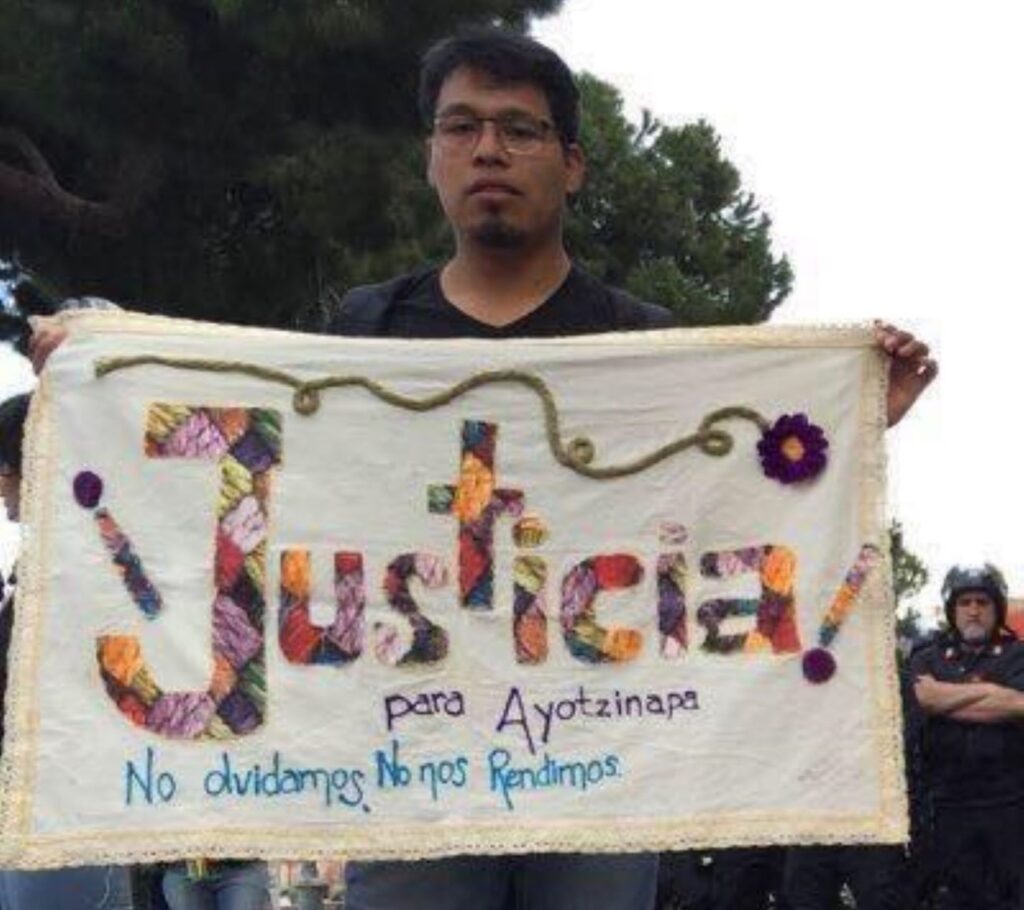
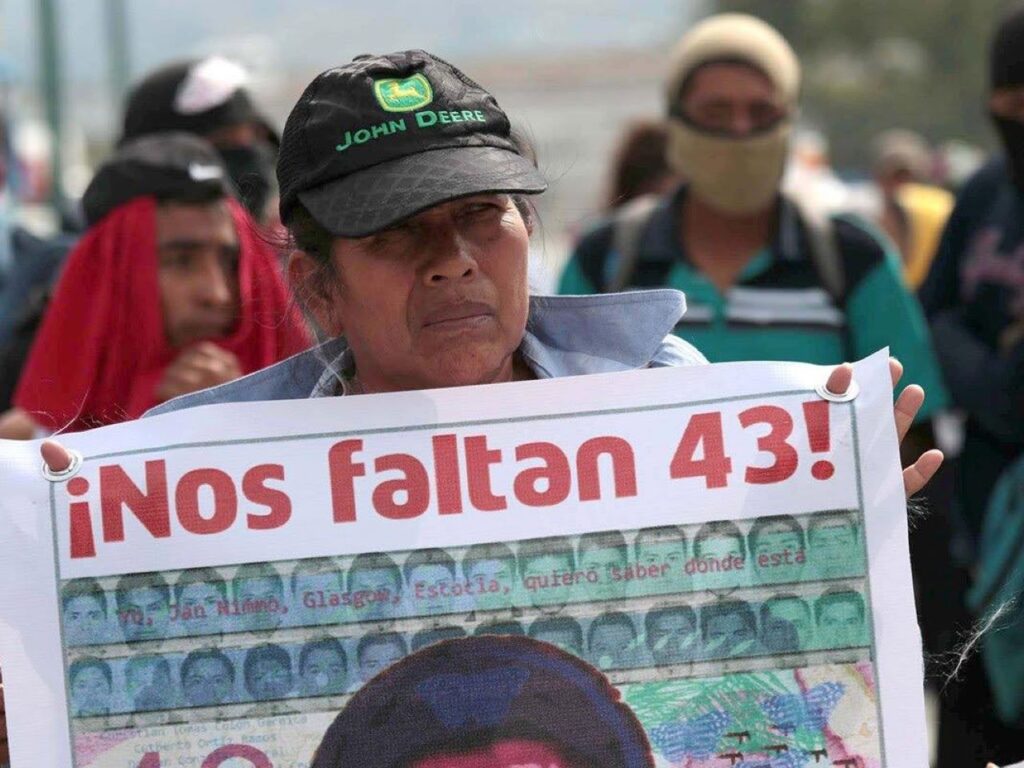
Seeking help, we reached a media gathering point, hoping to expose the brutality. Before we could speak, armed men arrived in vans, opening fire immediately. We hit the ground as journalists scattered for safety. The night descended into a living nightmare. Two comrades fell before our eyes, their lifeless bodies marking the depth of violence. Others sustained grave injuries, and we soon discovered Edgard had been shot. He lay bleeding in the street, barely conscious.
We found him writhing in pain, his face pale and blood-soaked. Lifting him carefully, we ran through the streets, searching desperately for help. Gunfire echoed behind us as voices from balconies shouted, “Run, boys, there’s a private hospital ahead!” Reaching the Cristina Clinic, we begged the nurses for assistance. They refused, explaining they lacked specialists to treat him. Desperation surged, and we pleaded to stay inside as the police closed in. Reluctantly, they allowed us to remain, the sheer presence of our group making it impossible to turn us away. The clinic became our fragile sanctuary as the streets outside seethed with violence.
Soldiers detain students and withhold medical help as one remains severely injured
To assess the situation, I climbed to the roof with some comrades. Midnight rain poured relentlessly, drenching everything in sight. From the water tanks, we spotted two army pickup trucks speeding toward the clinic. Moments later, soldiers stormed inside.
We rushed downstairs, hoping they had come to help, but a comrade whispered anxiously, “They will do to us what they did in Tlatlaya.” Soldiers soon reached the second floor, rifles raised, shouting for us to move. David, our secretary general, tried to explain, “We are students from Ayotzinapa. The police threatened us with guns.” A soldier cut him off sharply: “Shut up. Serves them right for being unruly.” They confiscated our phones, stacking them on the counter. Each time a phone rang, a soldier answered, forcing the caller to say, “I am fine. I will call back in five minutes.”
The commanding officer demanded our real names, his voice heavy with menace. “If you give me fake names, no one will ever find you,” he warned. Meanwhile, Edgar lay writhing on the couch, his blood staining my shirt as I wiped him down. Desperate, we called for an ambulance. Instead of assistance, they requested a photo of Edgar’s injuries “to prepare.” The ambulance never arrived. At one point, Edgar tried to step outside for air, but a soldier pointed his rifle at him, barking, “Back to the couch.”
Then, commotion erupted outside. The commanding officer answered a call and returned with a drastically altered tone. “Stand down,” he ordered, his apology mechanical. “We got a report of a break-in. We came in hard because you never know who you are dealing with.” Before leaving, he added, “Now we will deal with the municipal police.” His words lingered, offering no reassurance as they exited.
Survivors confront pain as 43 students remain missing
Edgard writhed in agony, barely able to move or speak. With his last ounces of strength, he grabbed a piece of newspaper and scrawled a desperate message with a pen, hoping to communicate what he needed. Meanwhile, one of us called her father, seeking guidance and support. When we finally reached him, I handed the phone to Edgard. Though he could not speak, the sound of his father’s voice seemed to sustain him, giving him the strength to hold on just a little longer. When the cab finally arrived, we carefully carried him to the hospital, praying with every step that there was still time to save him.
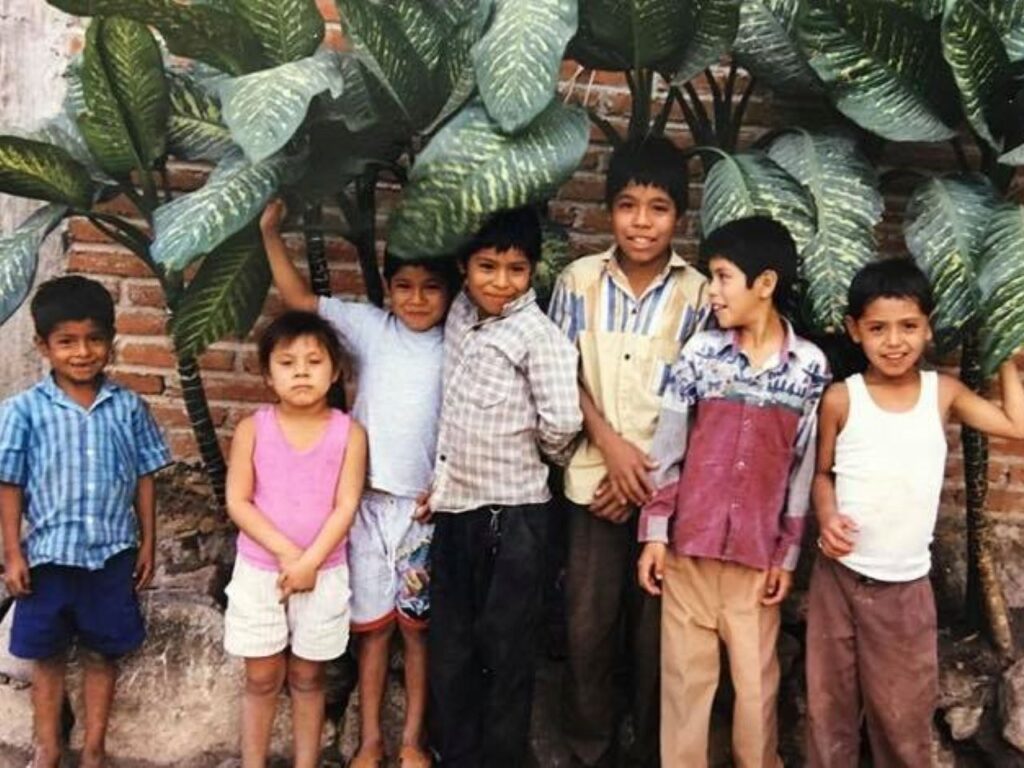
Later, we found Julio Cesar Mondragón at dawn, lying lifeless on a street in Iguala. The sight shattered my world. His face, unrecognizable, bore the marks of inhuman cruelty. Hitmen had mutilated him so severely that only his exposed bones remained, as if they sought to erase his identity entirely. Julio, a young freshman brimming with hope and dreams of making a difference, became the face of unspeakable violence. Confronting his condition felt like staring into the deepest abyss of human brutality.
From that night, fear clung to us like a shadow, but so did resolve. Surviving became an act of defiance, and we realized justice would not come without a fight. The night never truly ended. We endured by supporting one another, yet the cost remains unbearable. We still miss 43 comrades—46, counting those who did not survive—and thousands remain unaccounted for. The wound stays open, and so does our struggle. We will not stop until they return.
Parents and survivors unite in heartbreaking search for 43 missing students
At first, we thought the authorities would release our captured comrades after a beating or intimidation, as they did many times before. However, hours passed, and they never showed up. Agony consumed us as we gathered at school, trying to understand what happened. Each call and message felt like a blow: no one knew anything. Rumors of forced disappearances spread, but we hesitated to believe them.
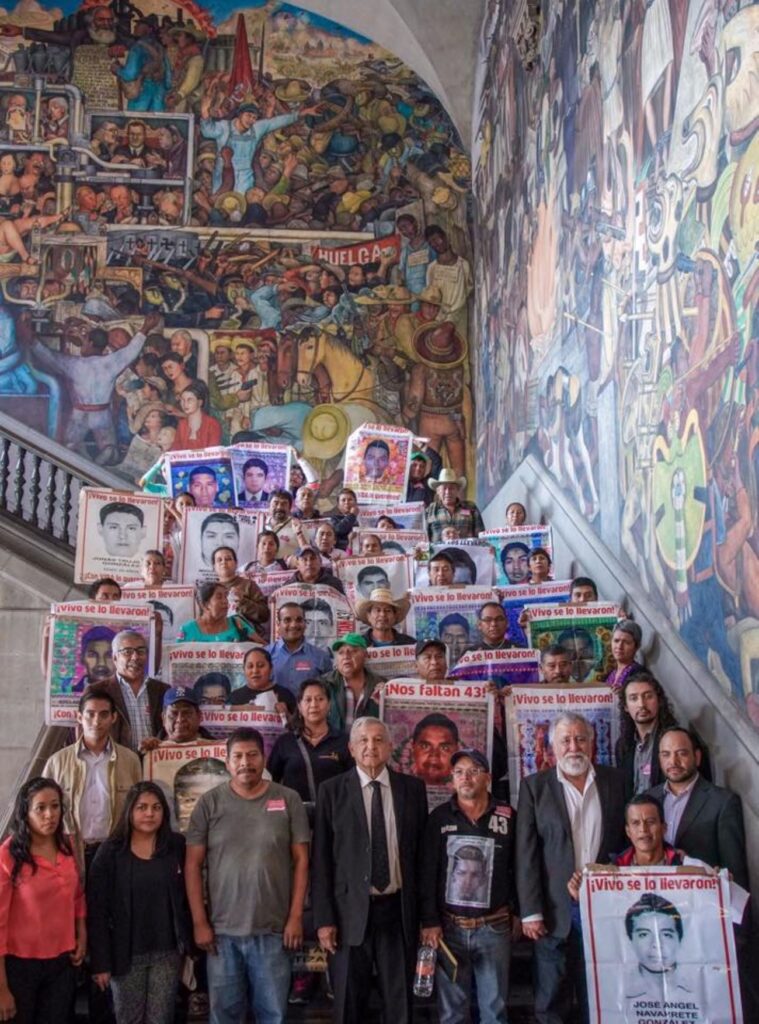
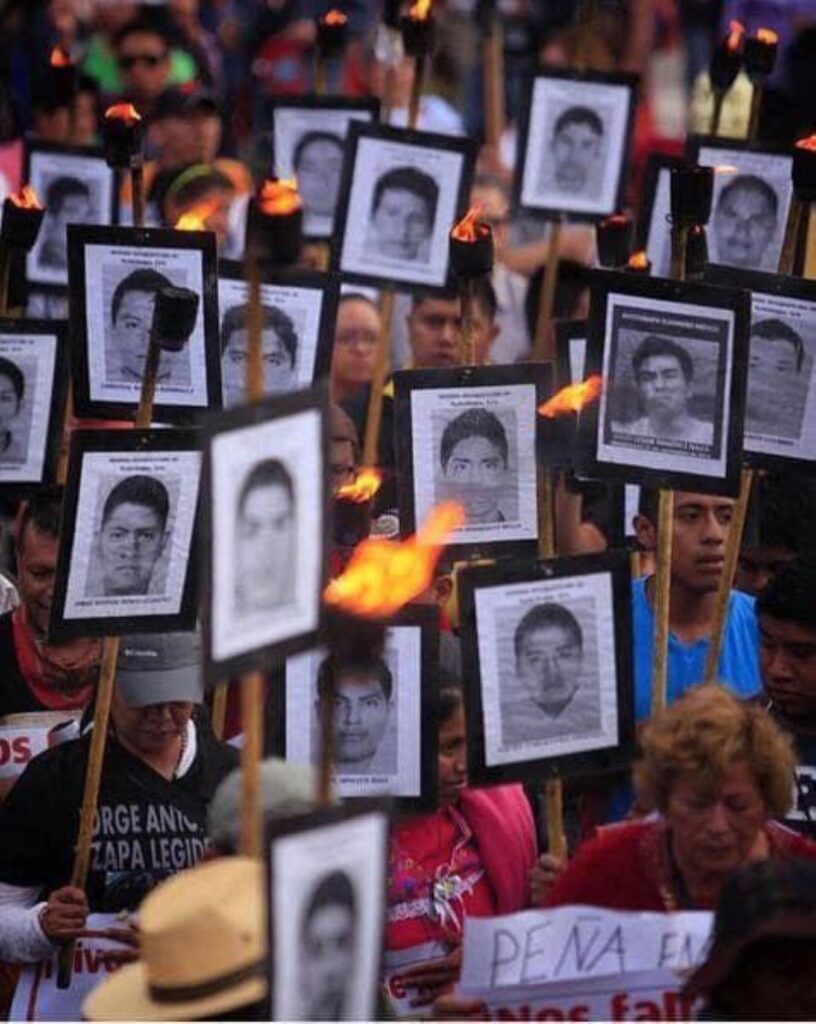
The true horror became clear when the parents arrived. We watched them walk miles to search for their children, tears in their eyes and photos in their hands, leaving us heartbroken. Despair and disbelief reflected on their faces, as they struggled to comprehend something so monstrous happened to them. We joined them in caravans, searching hospitals, police stations, and every corner in Iguala. Sadly, we found only silence and evasion from the authorities. Then, the rumor became undeniable: the 43 disappeared.
Walking alongside the parents in their search felt like walking through an abyss. We watched them confront the authorities’ indifference, which devastated us. At every barracks and police station, the same answer echoed: “We know nothing.” But they did not stop. I remember one mother holding her son’s photo tightly, crying in front of the soldiers and shouting, “Give him back to me, he didn’t do anything to you!” In those moments, the weight of the horror fell on all of us who survived.
The disappearance of 43 students revealed as a state crime, sparking nationwide protests
I vividly remember how the initial horror transformed into an even more terrifying reality. What we saw as an isolated act of police brutality soon unfolded into something much larger and darker. The clues were undeniable: authorities coordinated, institutions remained silent, and the sheer magnitude of the violence turned the truth impossible to ignore.
Each passing day, as mothers and fathers desperately searched for their missing children, we uncovered an unbearable truth. The disappearance of the 43 was not an isolated incident—it was a State crime. We realized this as we witnessed the government unleash its full force to cover up the truth. As we received answers, it proved nothing but poorly veiled lies with justice appearing as an unattainable mirage.
Amid the uncertainty, fear did not paralyze us; it fueled our resolve. The next day, we organized protests, press conferences, and caravans. I recall sitting with other students at the school, in tears and full of anger, discussing what actions to take. Bravely, we improvised our first actions: organizing local demonstrations and press conferences where we shared our experiences. An urgency drove us—a need to expose what happened before the system buried us in silence.
The caravans transformed us as we traveled the country with the parents of the 43, carrying their pain and our call for justice to every corner. I remember the intensity of those days—long hours on the road, arriving at plazas full of people who joined our cry for justice. Each rally became an emotional flood: the mothers’ words moved the crowd to tears, and our young voices rose with a strength we did not know we had. The faces that looked down on us reflected hope, indignation, and commitment, strengthening our resolve to push forward.
Transforming press conferences into battlegrounds, rallying for justice
Gradually, we transformed the press conferences into battlegrounds. Facing cameras and microphones, we recounted the brutality of that night, presenting the scarce evidence we gathered to defy the bitter silence. We held up photographs of our missing comrades with trembling hands but continued to speak. Confronting fear with action, we refused to surrender despite the consuming pain.
Speaking to the crowd in the Zócalo marked an unforgettable moment. Tension and hope filled the air as thousands of faces, illuminated by candlelight, reflected a shared grief for the 43. As I walked to the podium, my legs shook, not from fear but from an overwhelming sense of responsibility. Each step toward the microphone sharpened images of my missing comrades and amplified their parents’ cries.
When I stood before the silent crowd, my voice cracked as I began, but the resounding clamor of the people soon steadied me. I described the brutality of that night in Iguala. I spoke of the parents’ caravans, the fruitless searches, and the cruel indifference of the authorities, filling everyone with grief. “We cannot let this be forgotten,” I declared as the crowd roared in agreement. Tears glistened in their eyes, but sparks of indignation ignited a collective fire.
When I finished, silence blanketed the plaza before thunderous applause erupted. It left me breathless as I gazed at the flickering candles, glowing like beacons of hope. As I stepped down from the podium with tears streaming, I knew the moment belonged to all who had been silenced, not just me. It belonged to the 43 who remained missing and to a Mexico demanding justice. Speaking before that crowd reminded me our struggle still lived in every heart, beating next to mine.
Man speaks for the 43 missing students in Congress
In 2018, life unexpectedly pulled me into politics. After surviving the harrowing night of 2014 in Iguala, I could no longer stand on the sidelines. That night etched an unshakable mark of injustice on my soul. Each time I stand before Congress as a deputy, the past seeps into my words. I see the faces that still cry out in silence—the faces of my 43 disappeared comrades and the mothers tirelessly searching for answers.
I speak for them, for all of us, and for Manuel, who endured that night of bullets, persecution, and threats. Witnessing such brutality reshaped my understanding of life and death. Congress does not offer solace, but it provides a different battleground. I do not present myself as a hero but as someone who carries this wound deeply. When I speak, it is because silence would be louder than any scream.
After September 26, 2014, the gunshots, the soldiers’ barked orders, and the silence after each blast still echo in my mind. The horror did not end with that night; it continued every morning when the names of my friends went unanswered. That day taught us the power of knowledge as a weapon against impunity and a system that punishes rebellion. They aimed to erase not only our lives but also our voices and legacy.
Today, Ayotzinapa remains in my heart. Every debate in Congress, every word I utter, carries the dreams we once shared. The struggle persists. Families continue to search for the 43, and as survivors, we fight for justice. Ayotzinapa is not a story of the past—it is a call to action, and we will not stop until the truth prevails.

